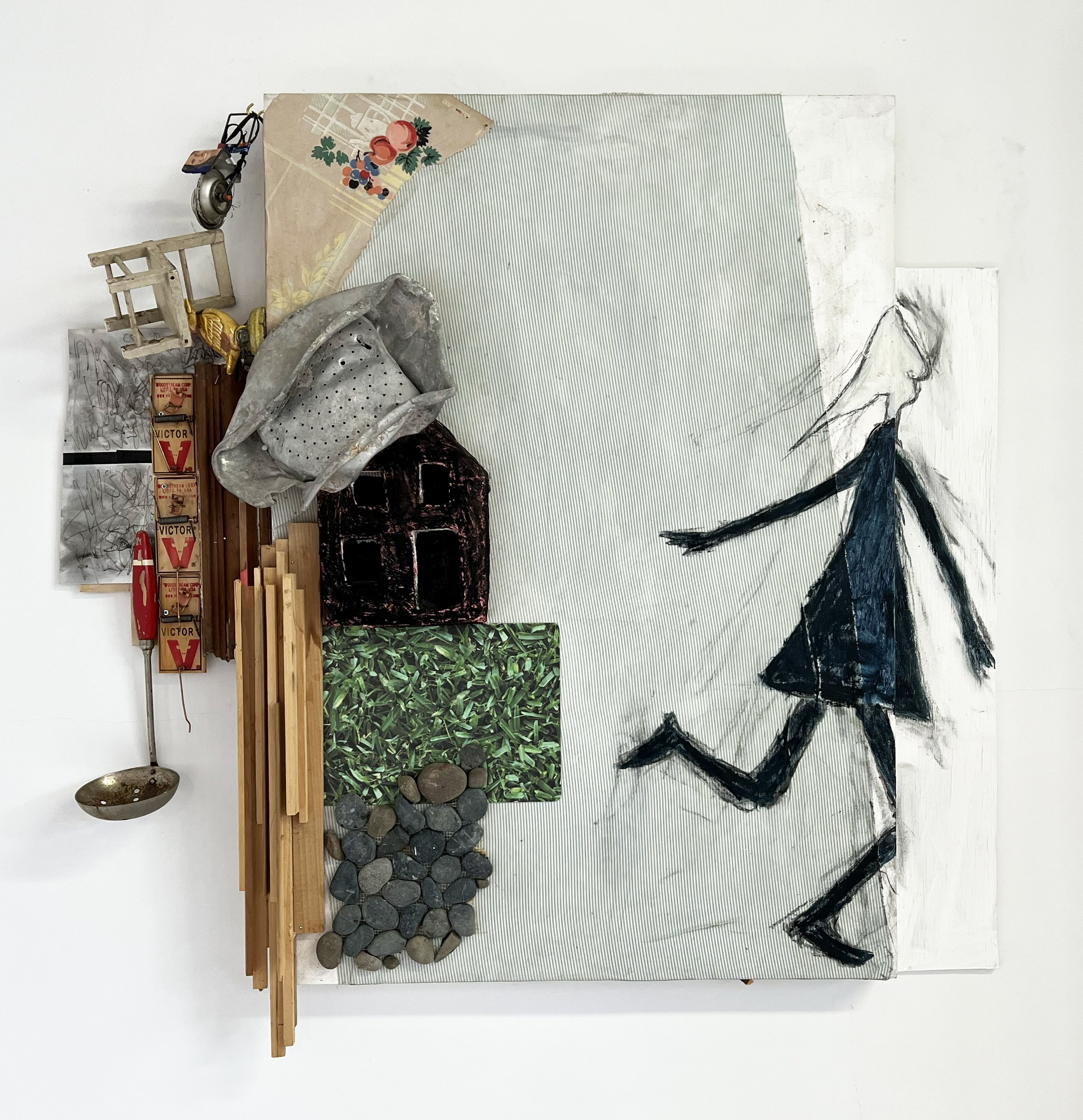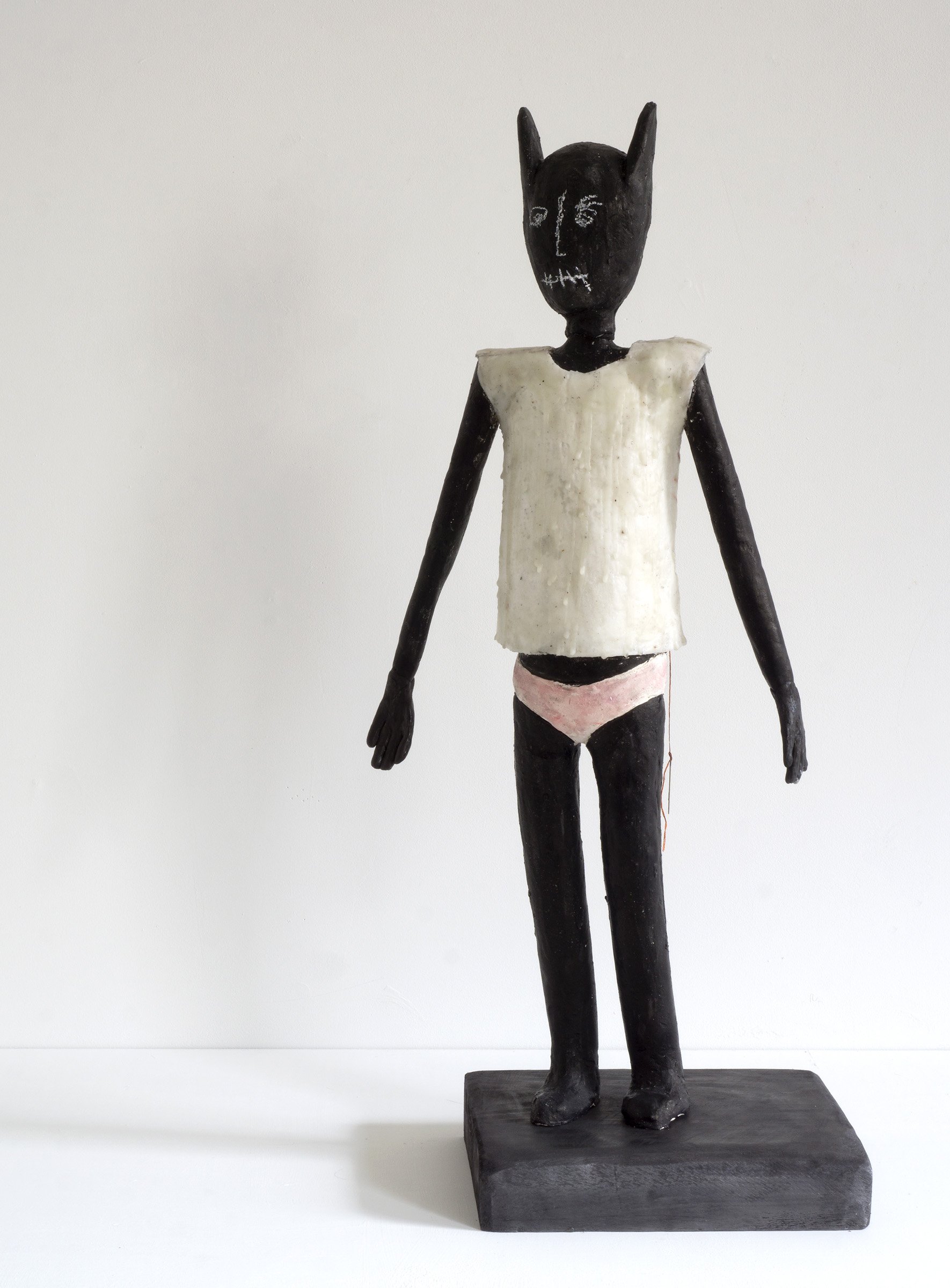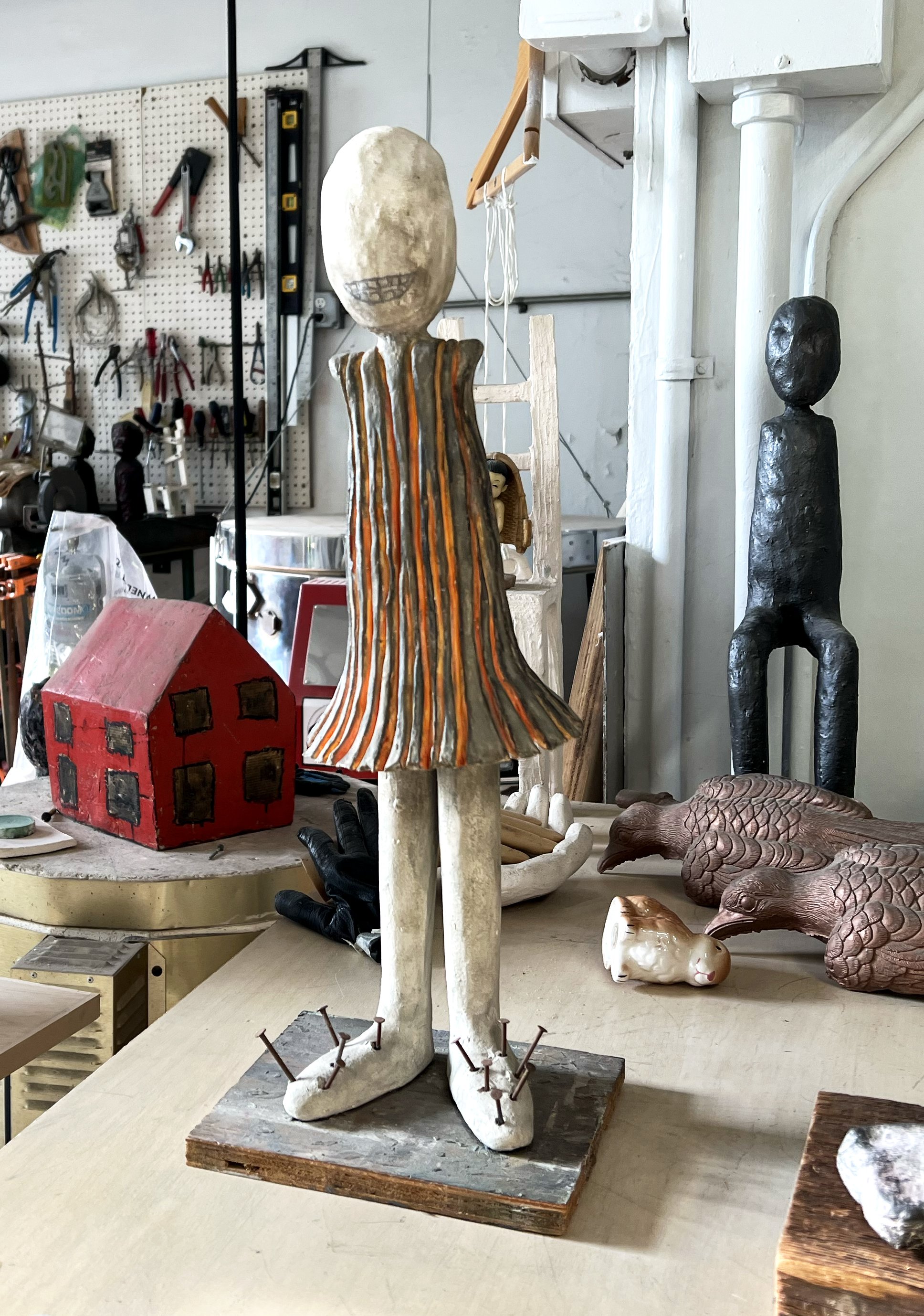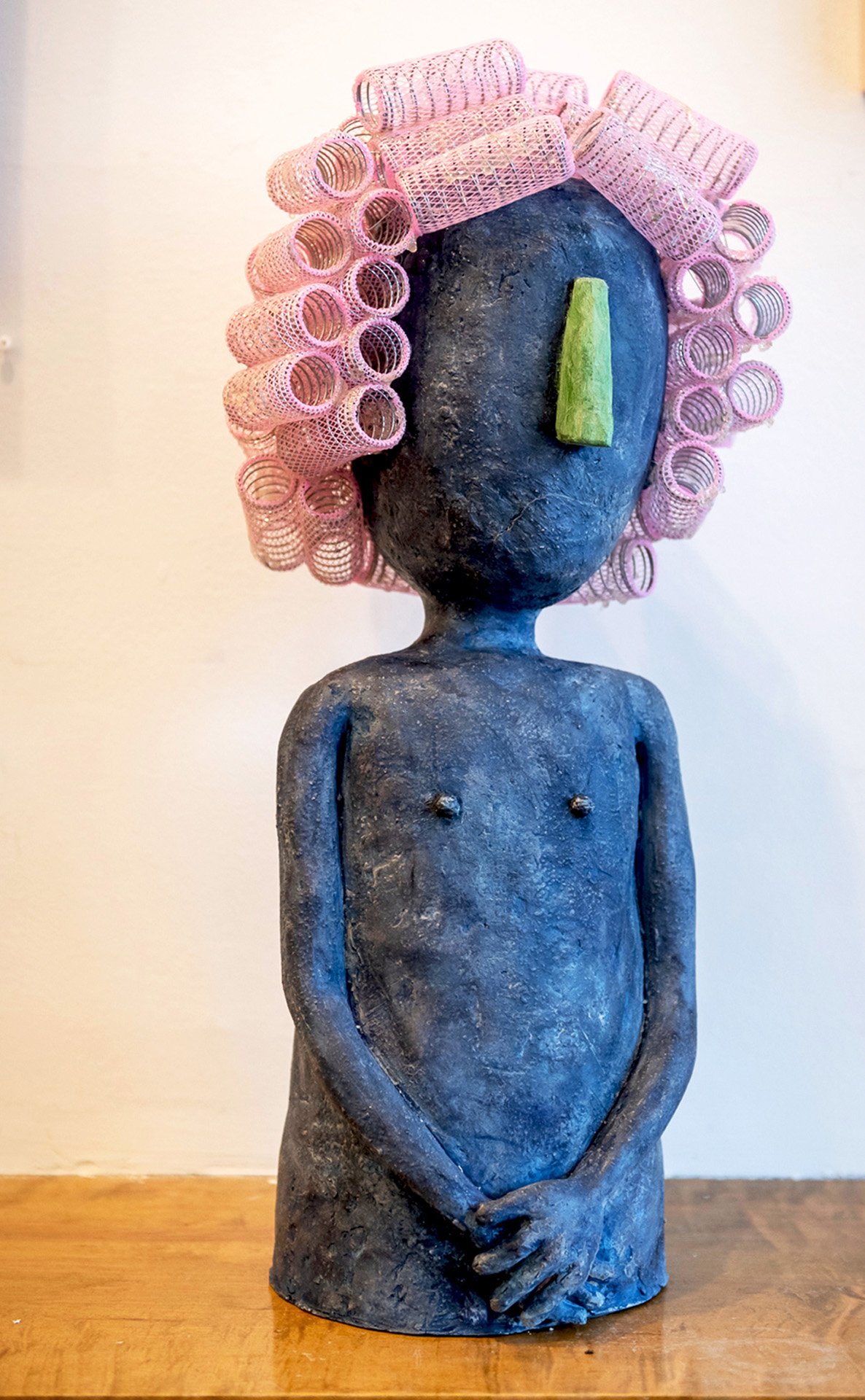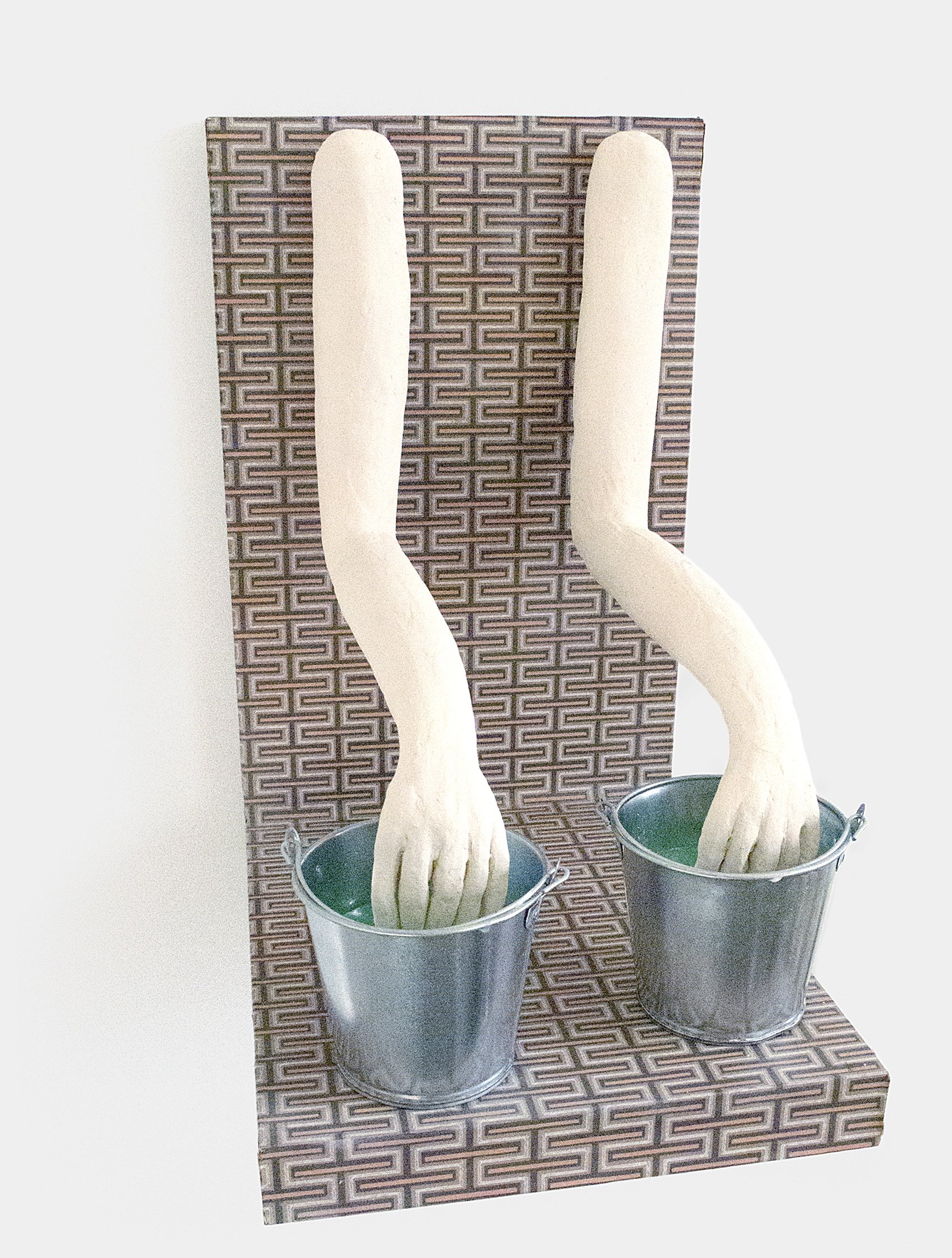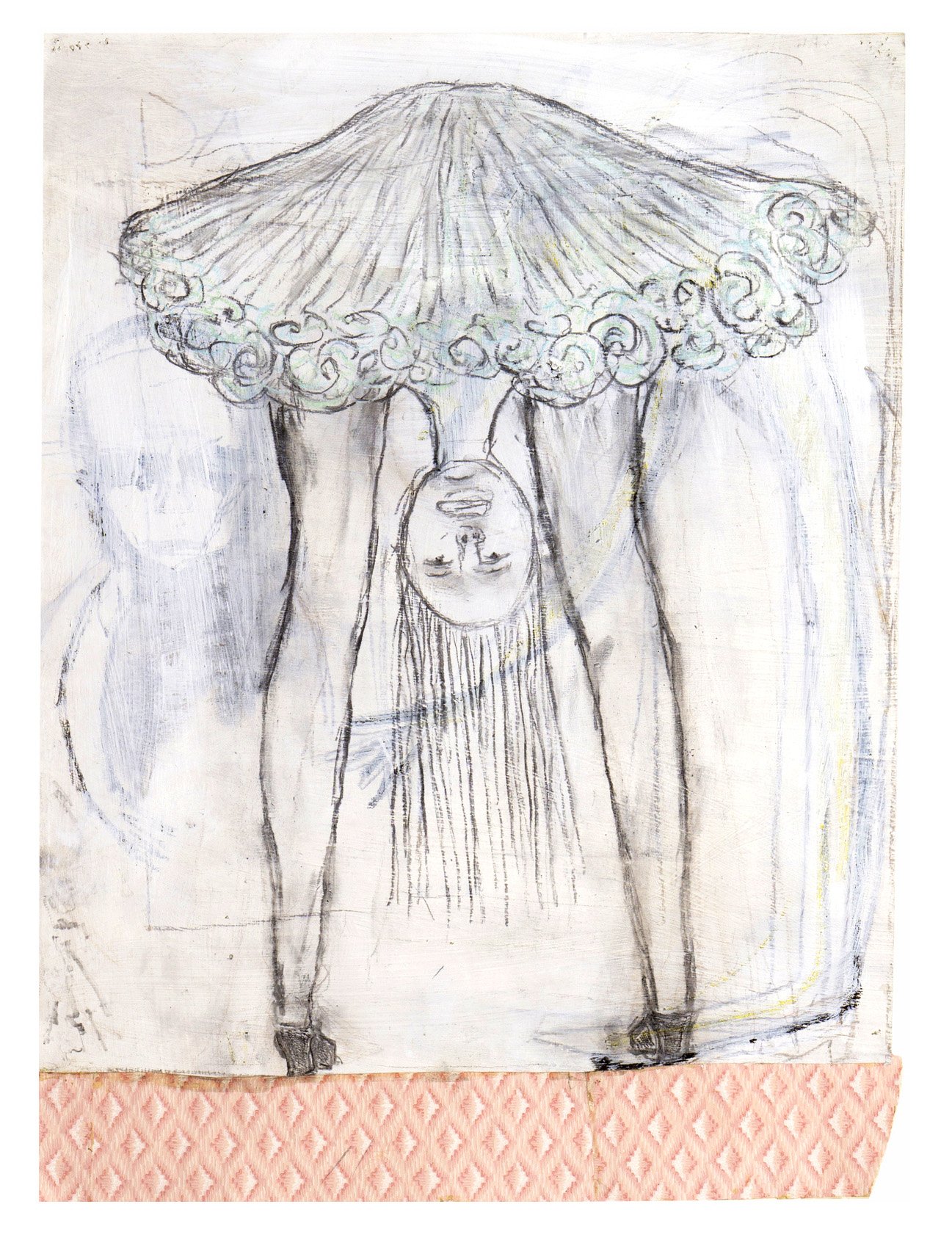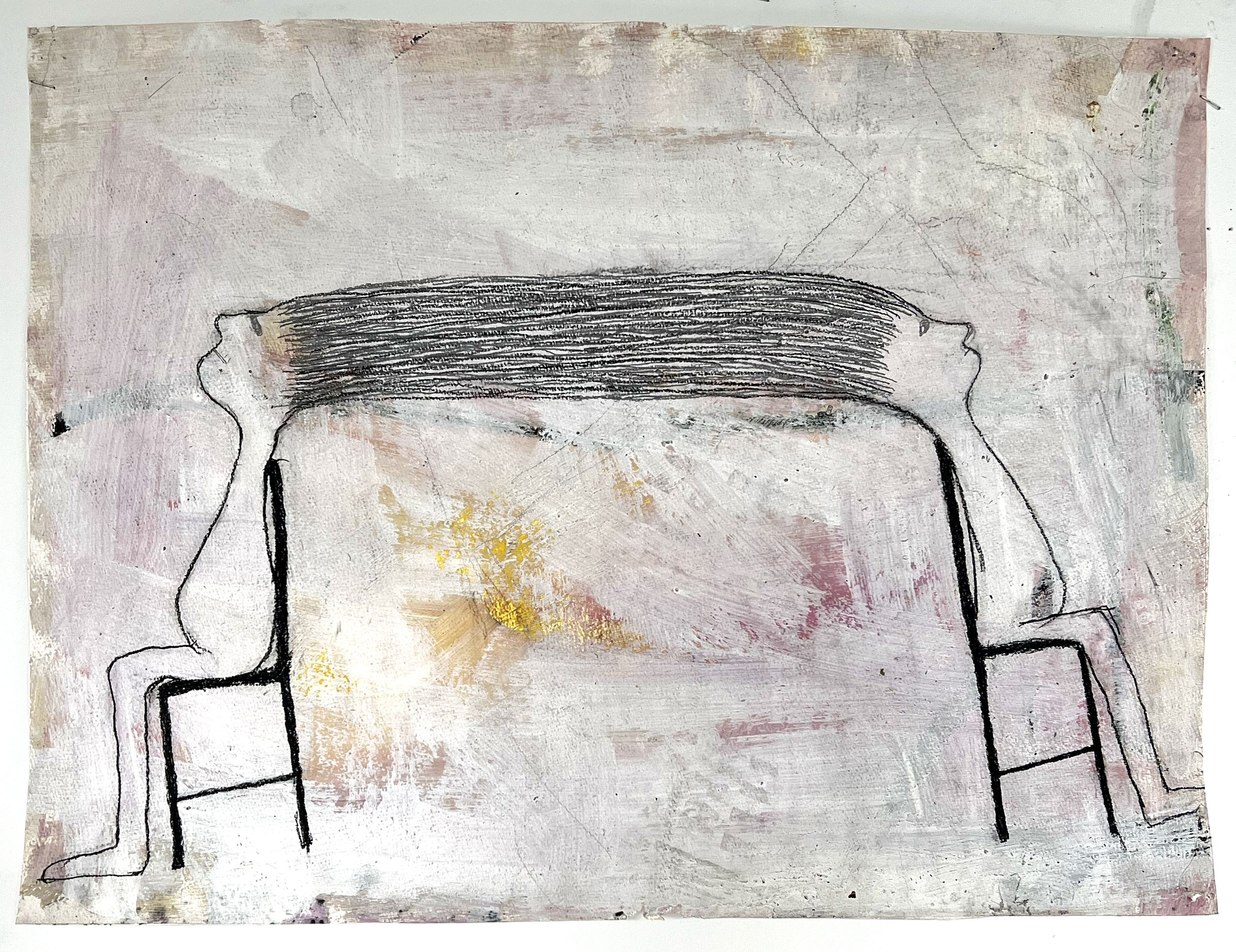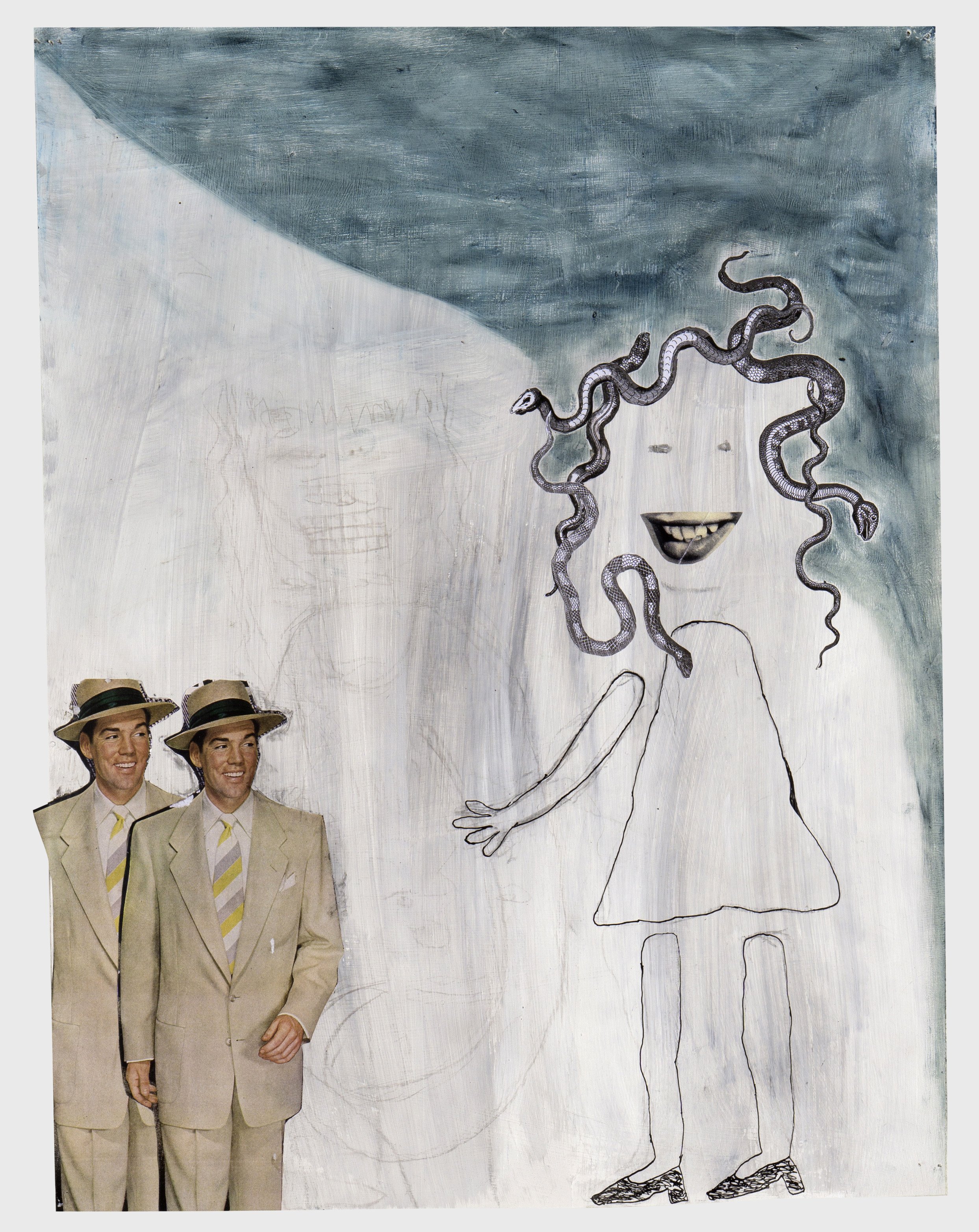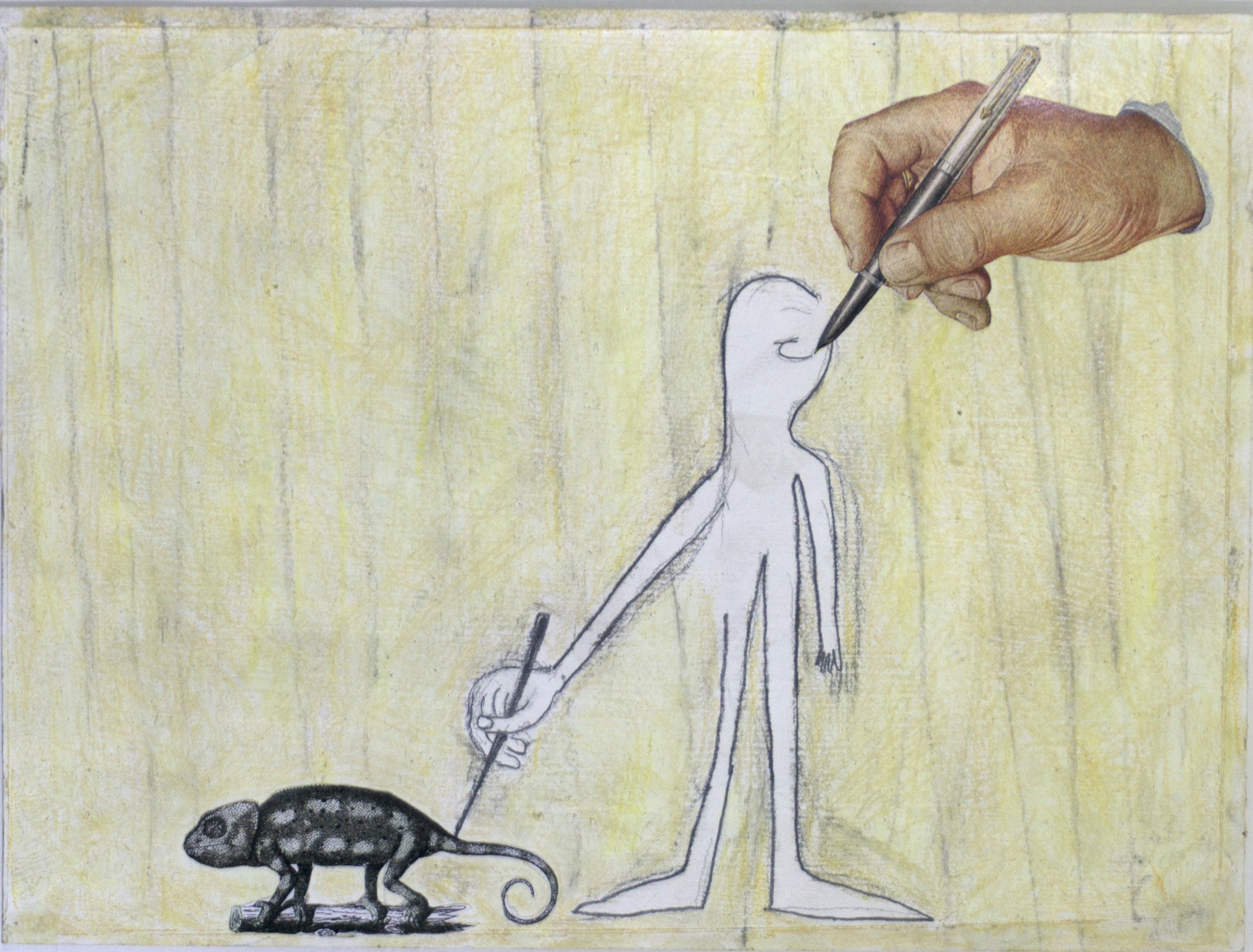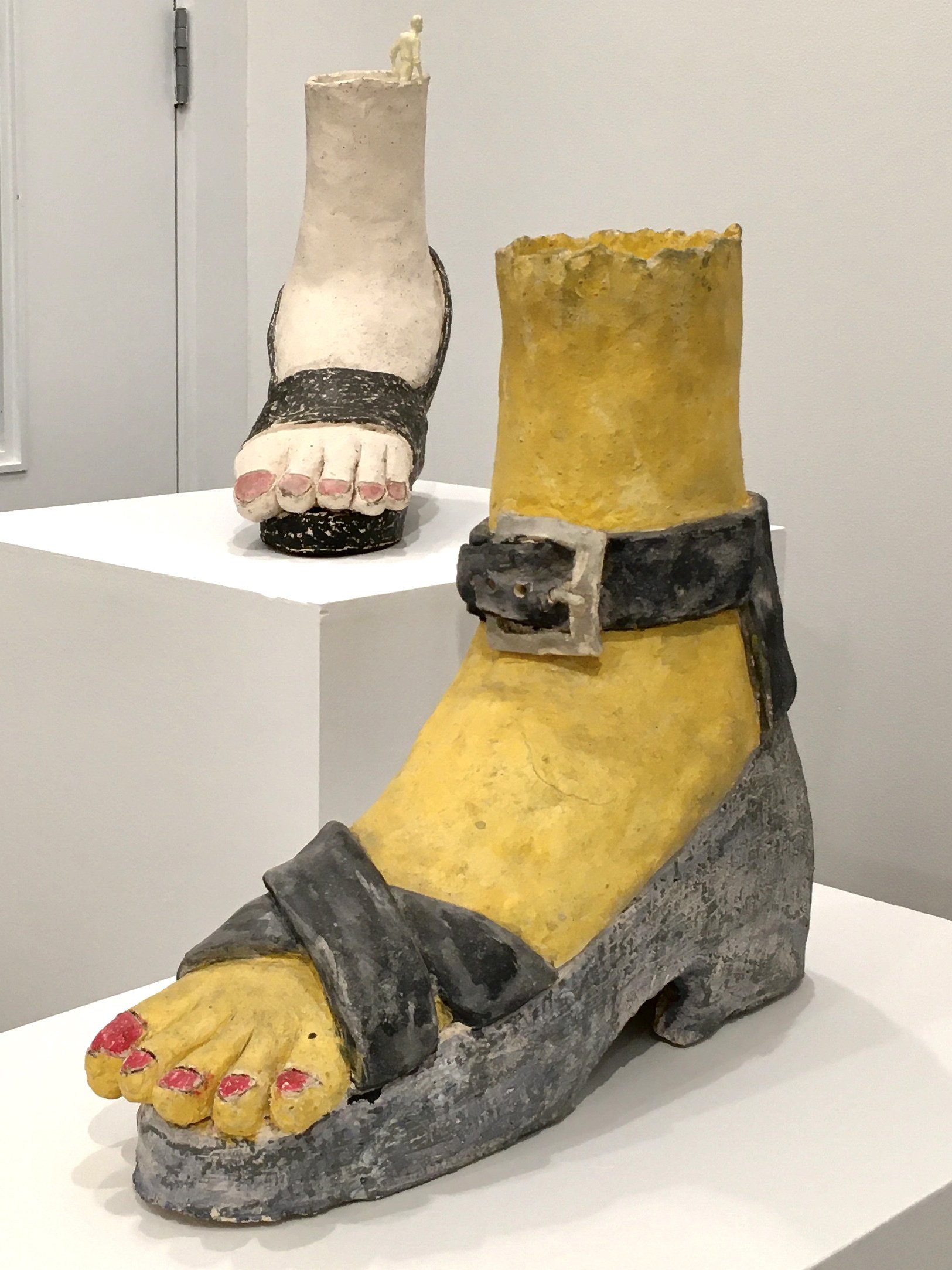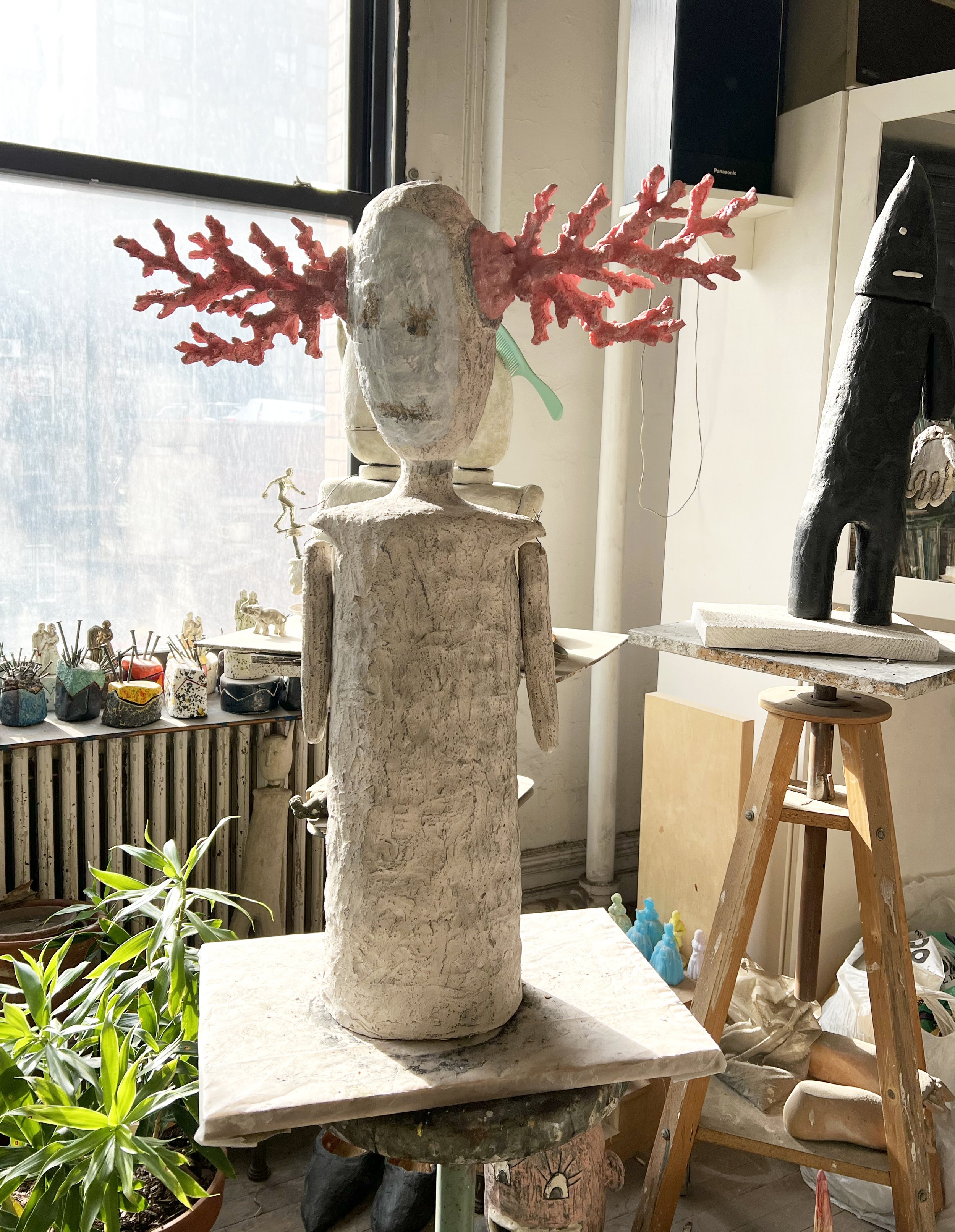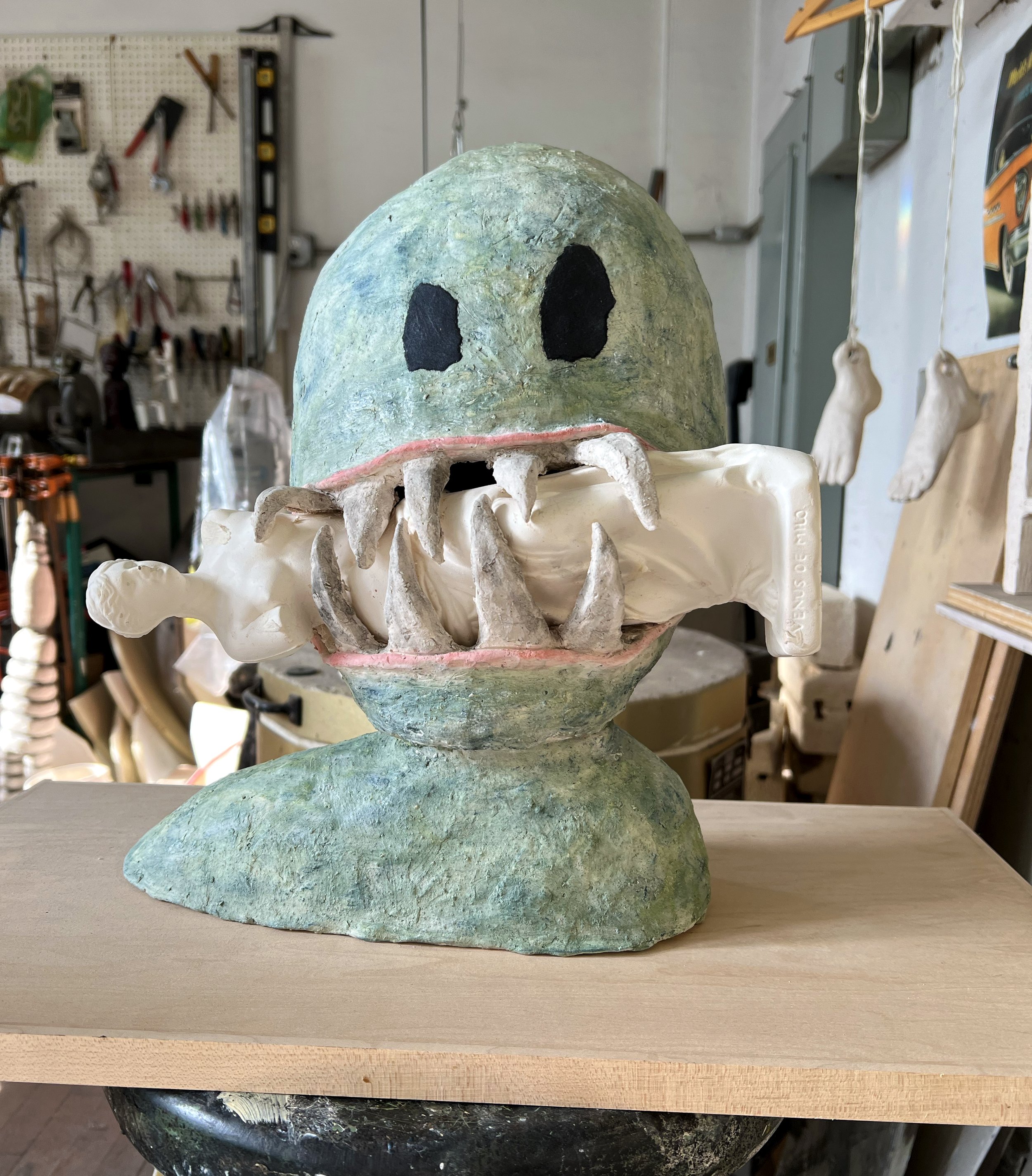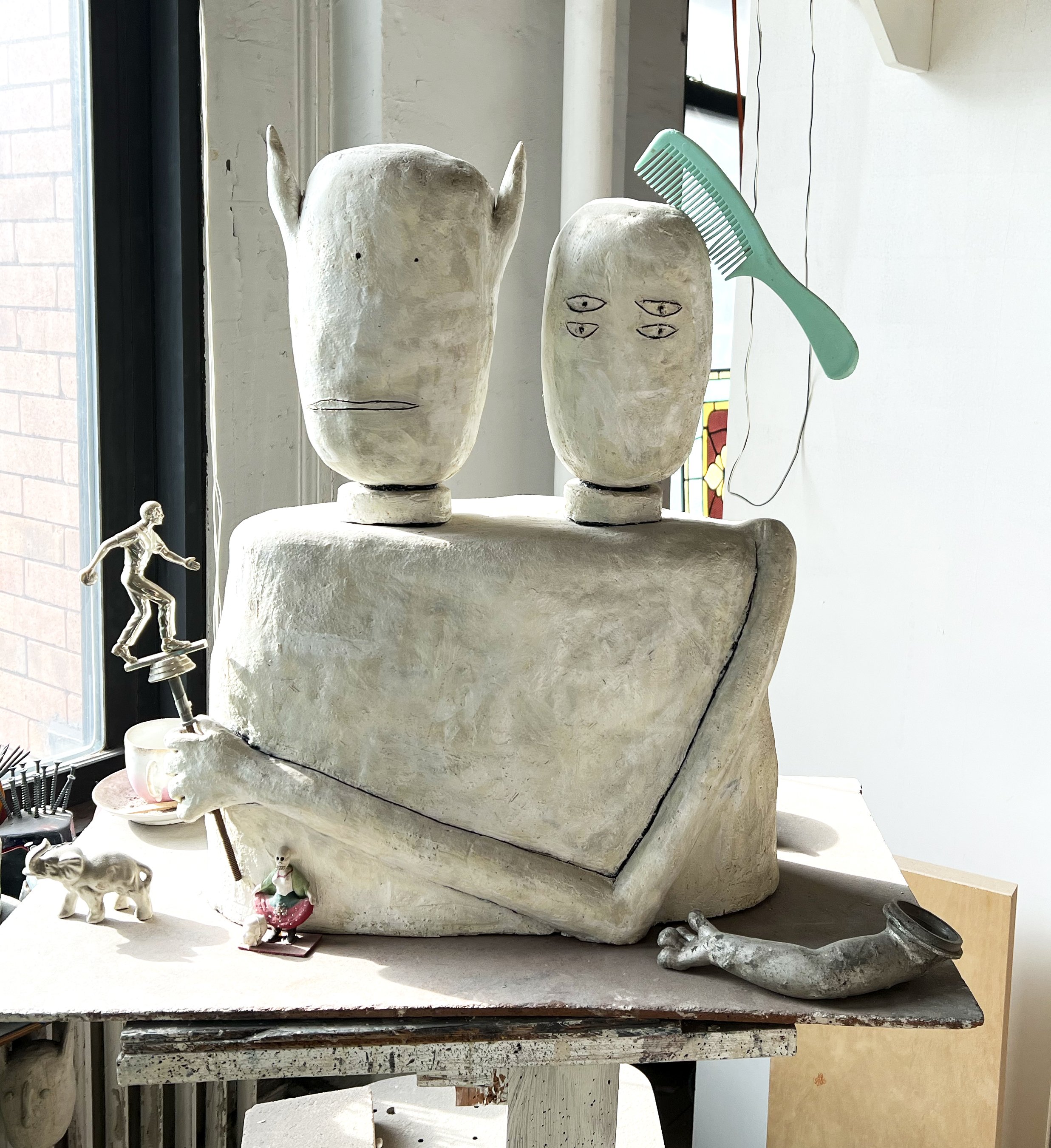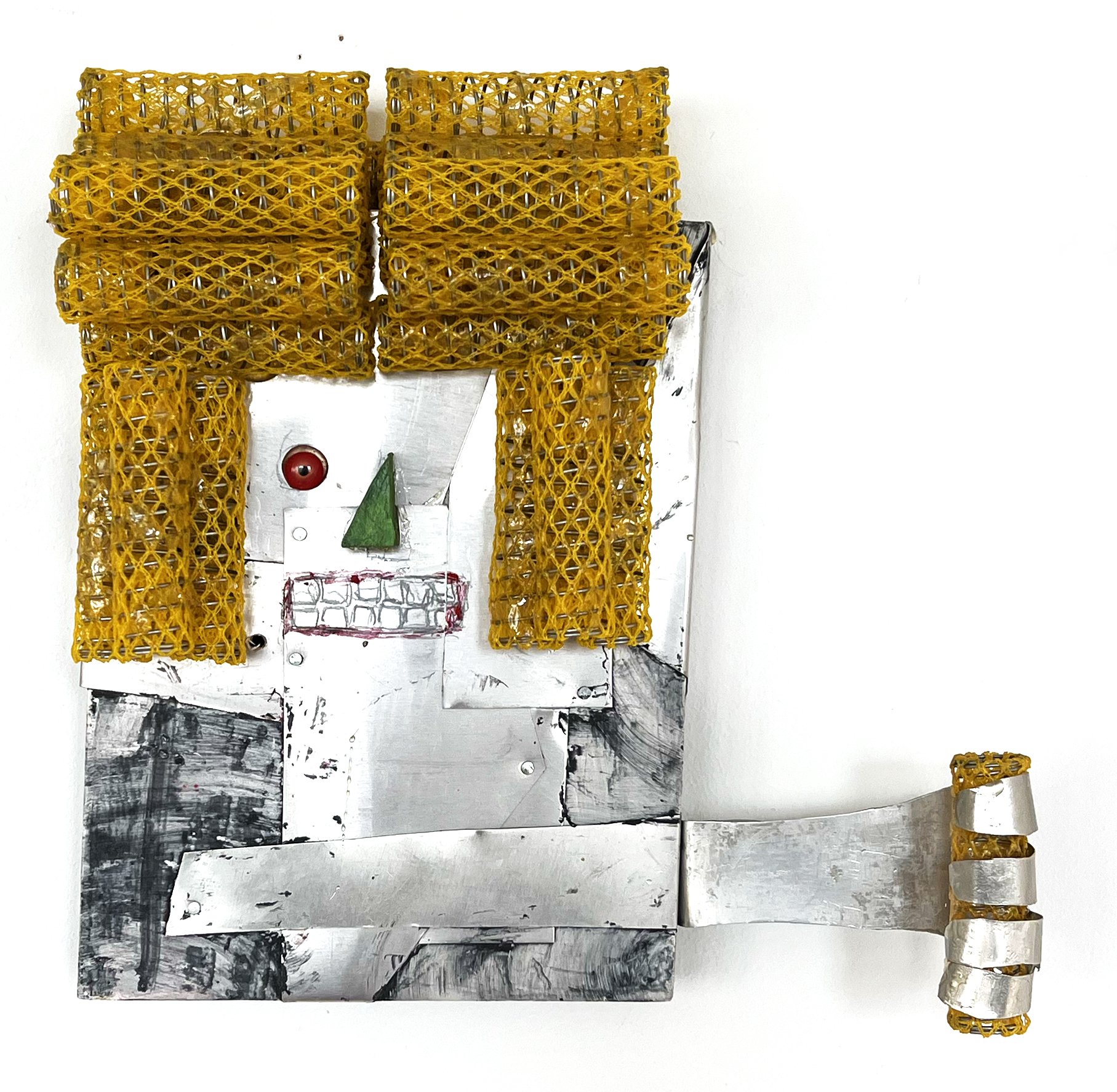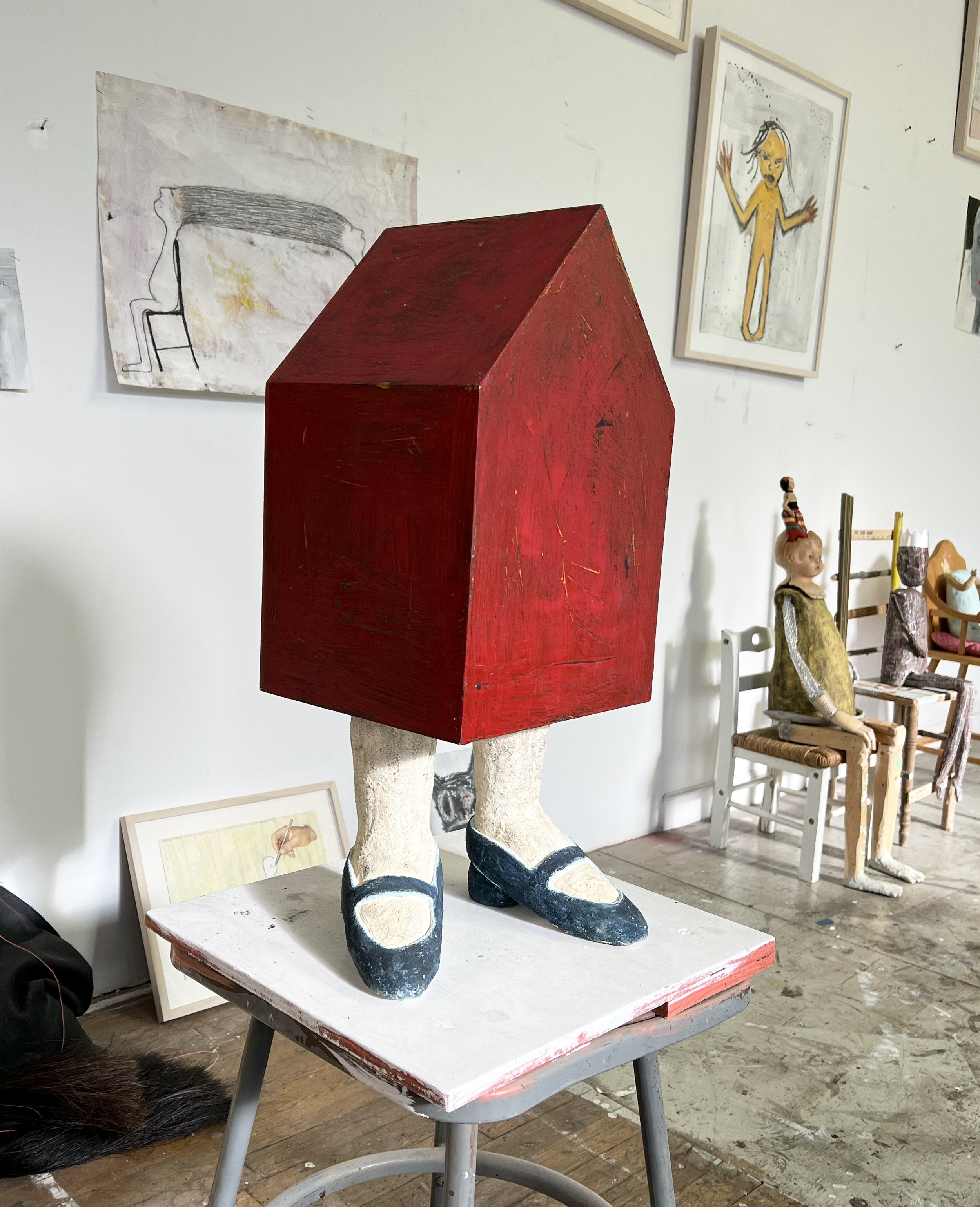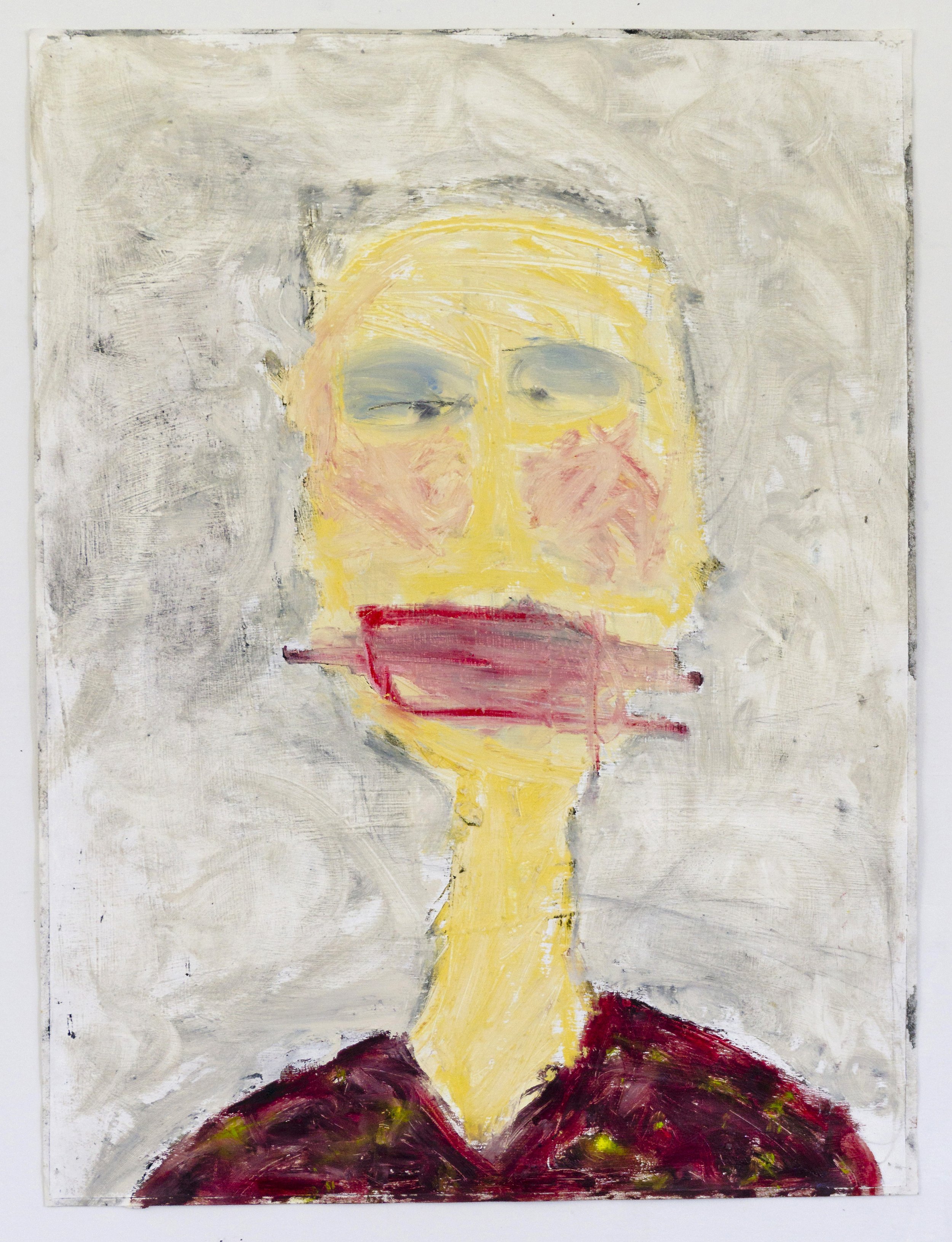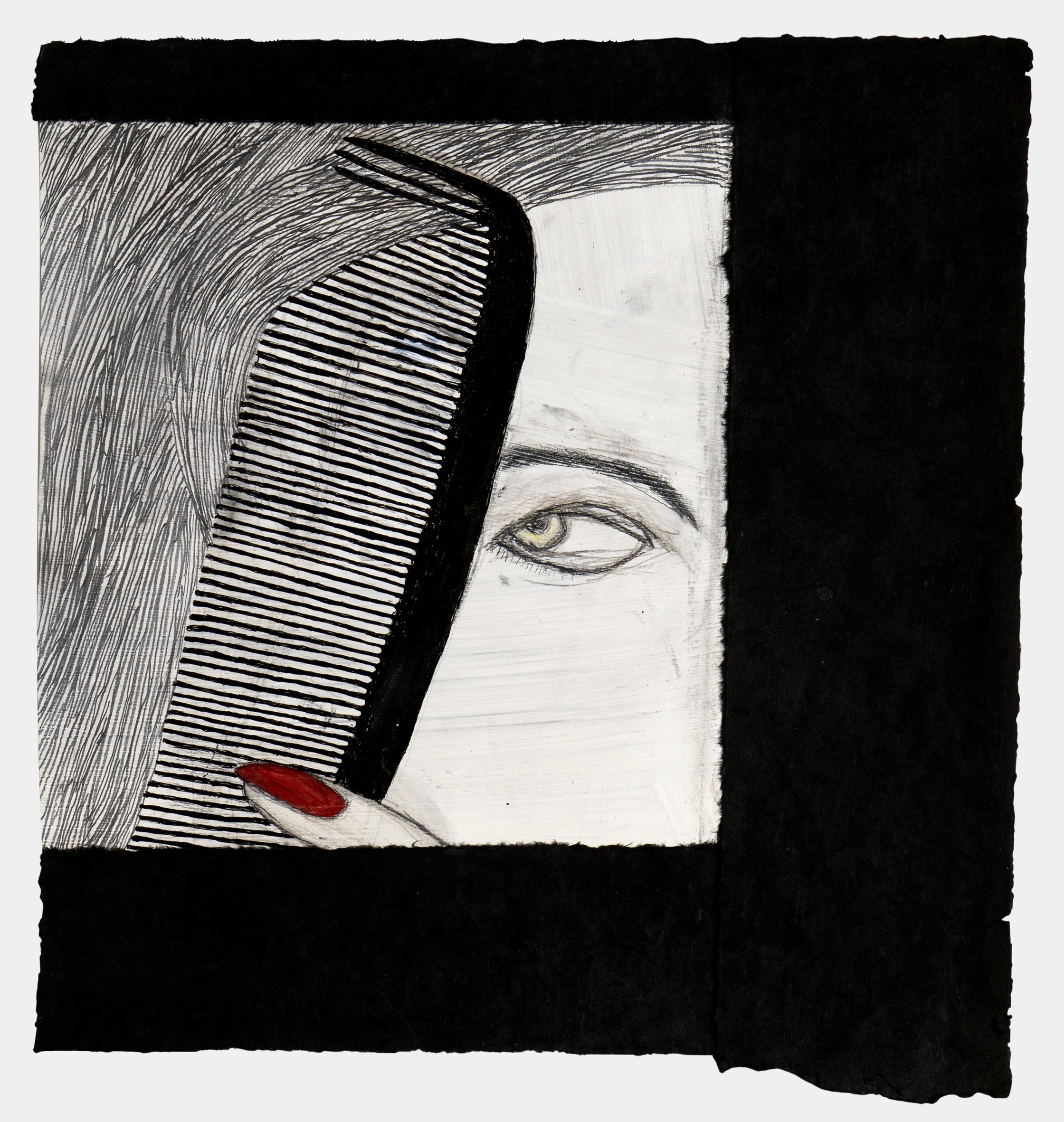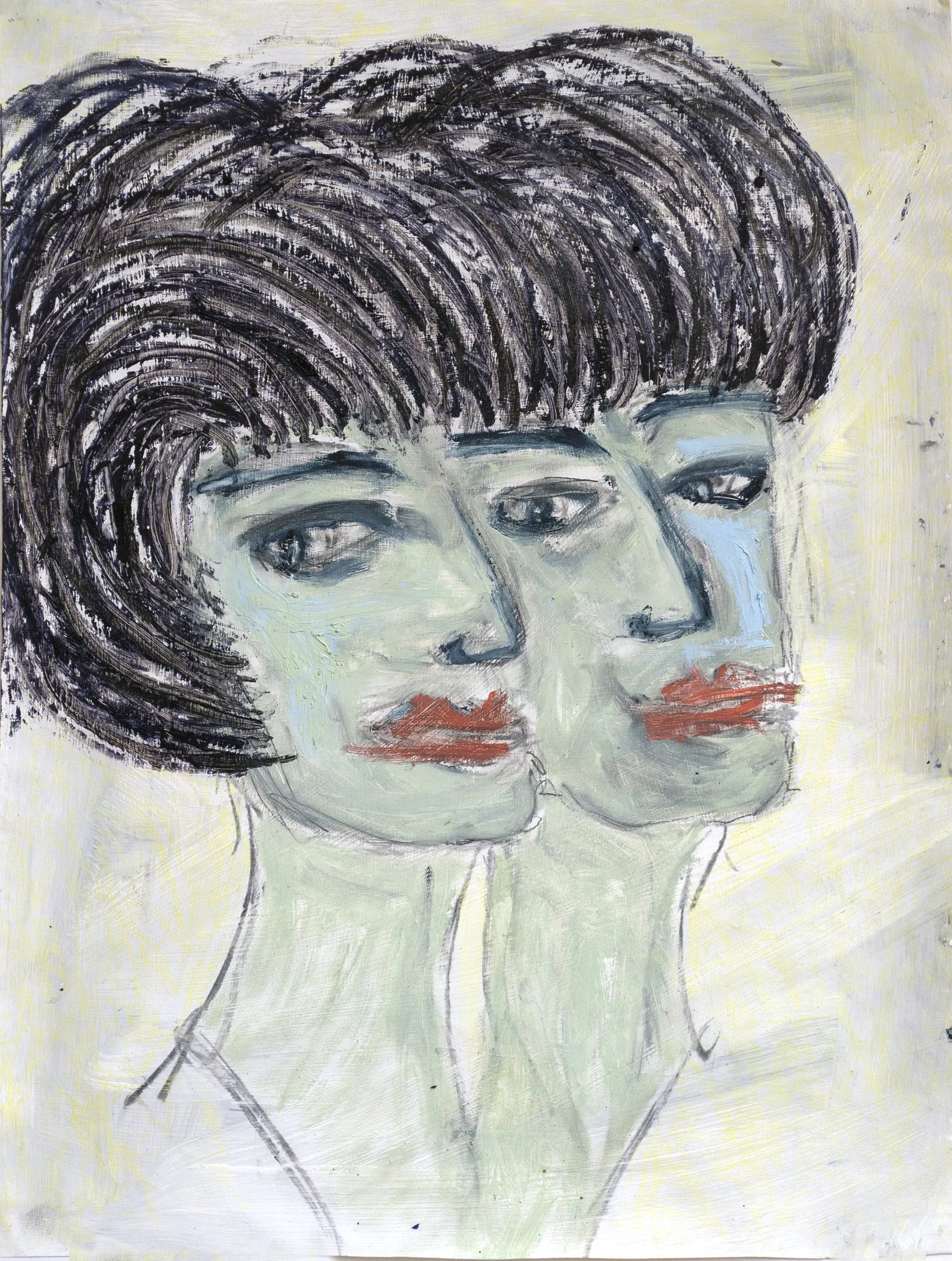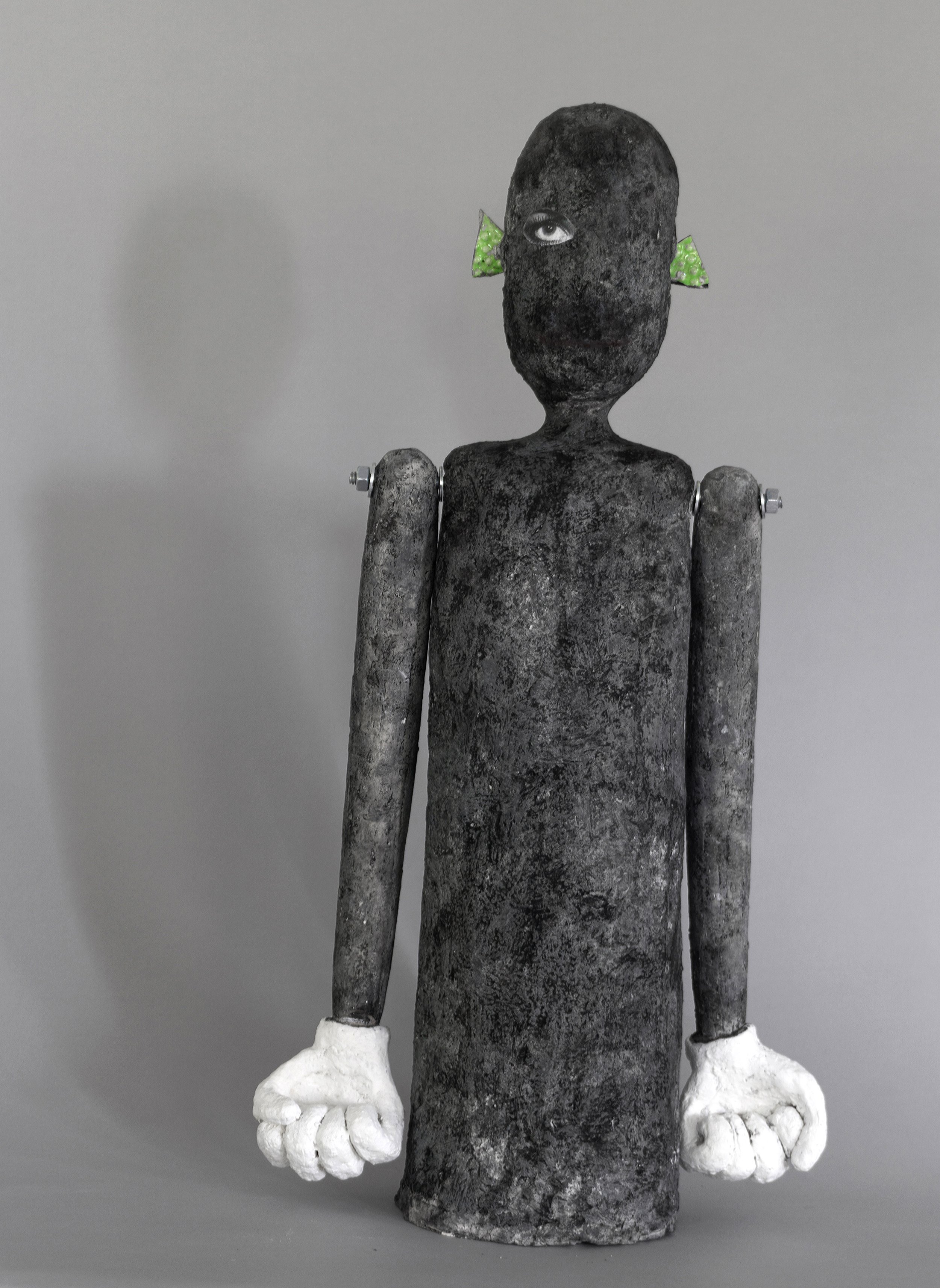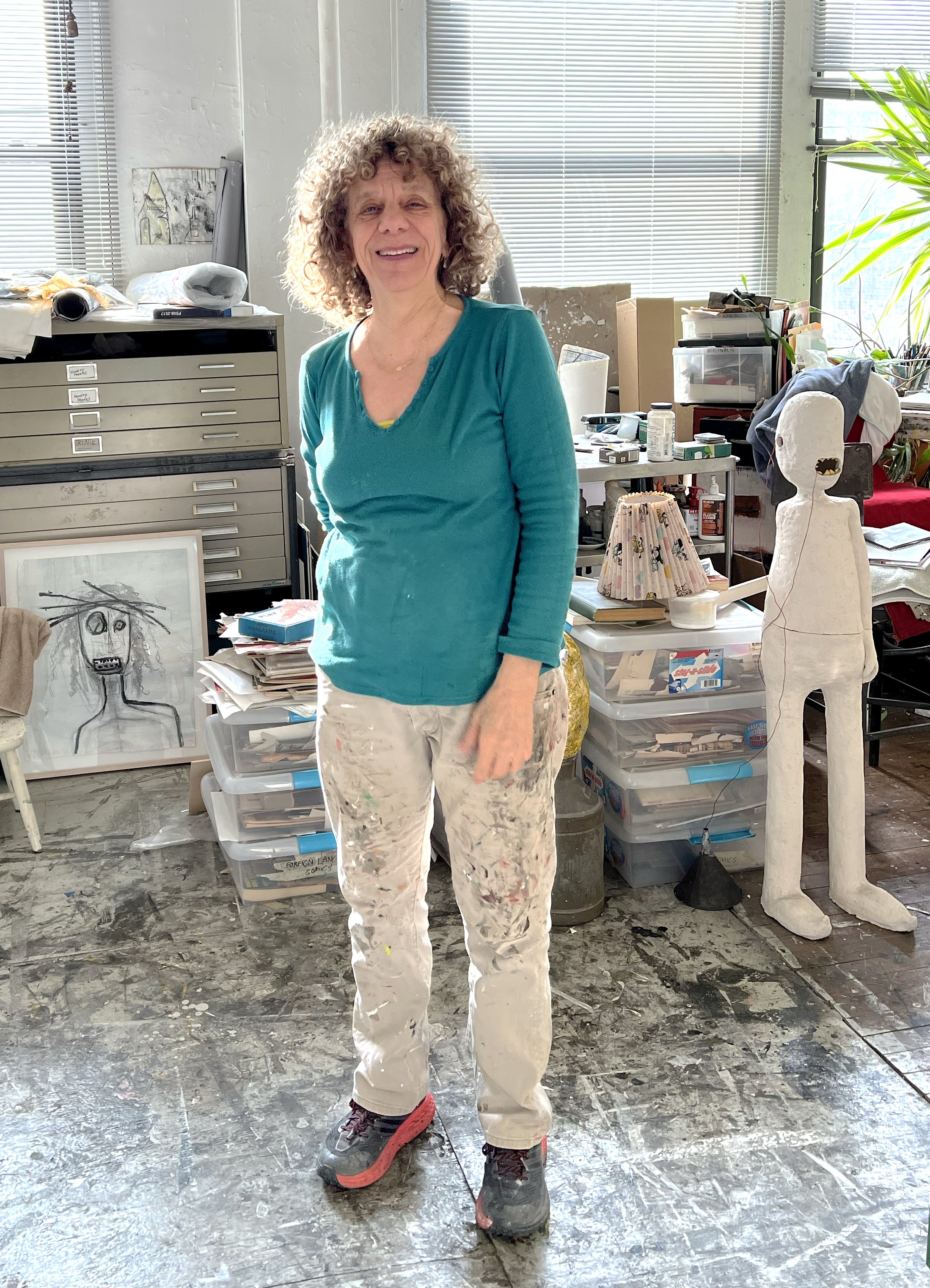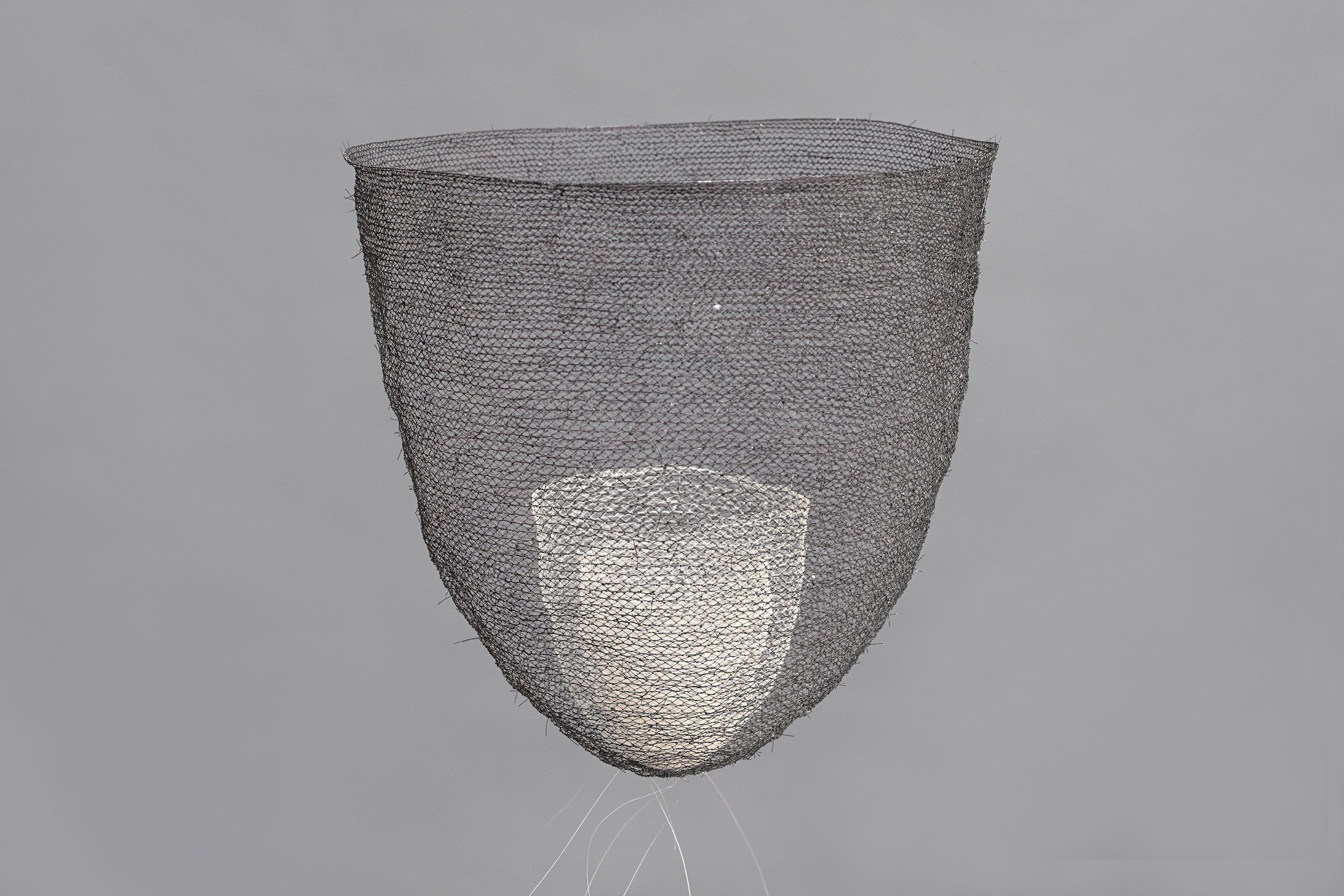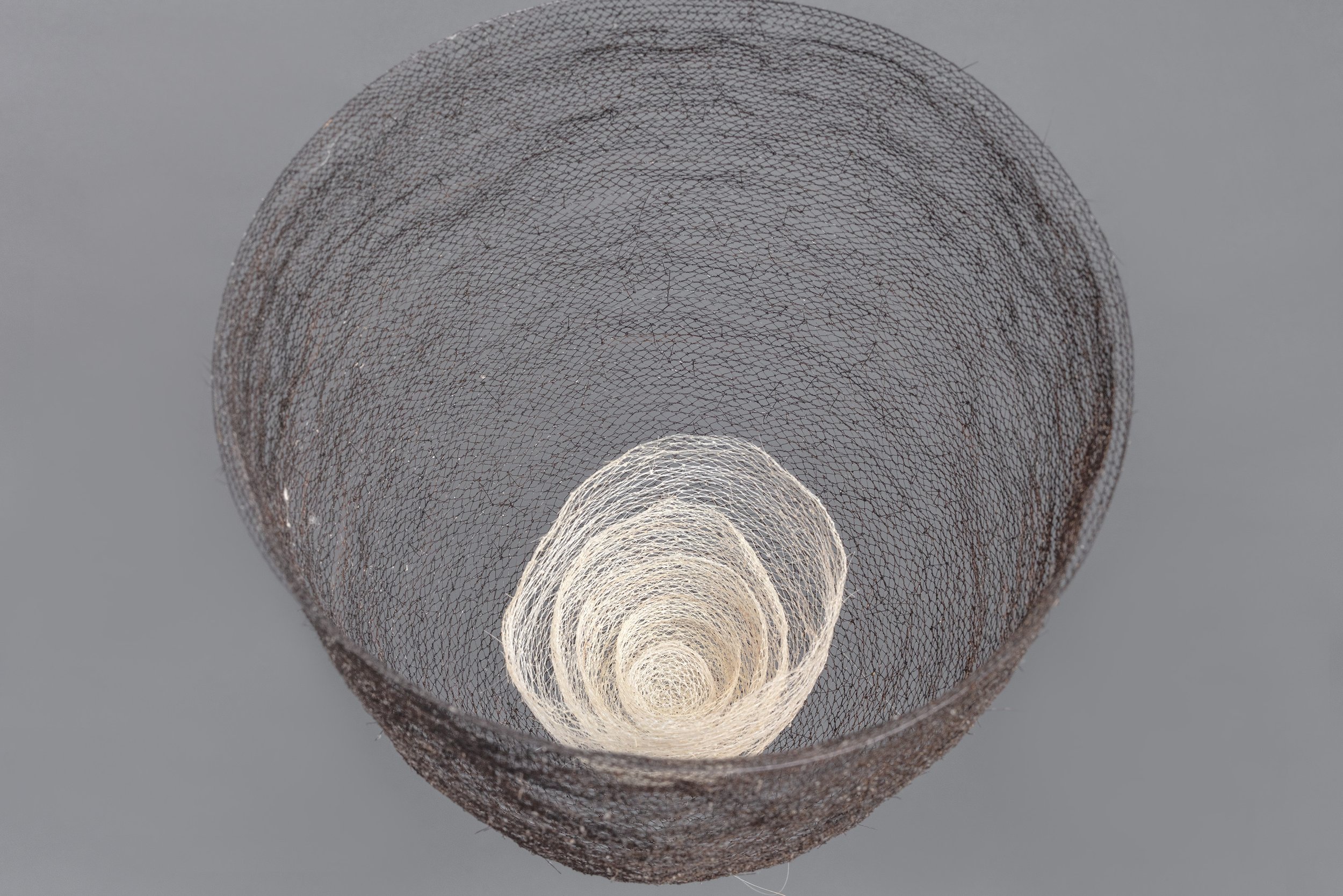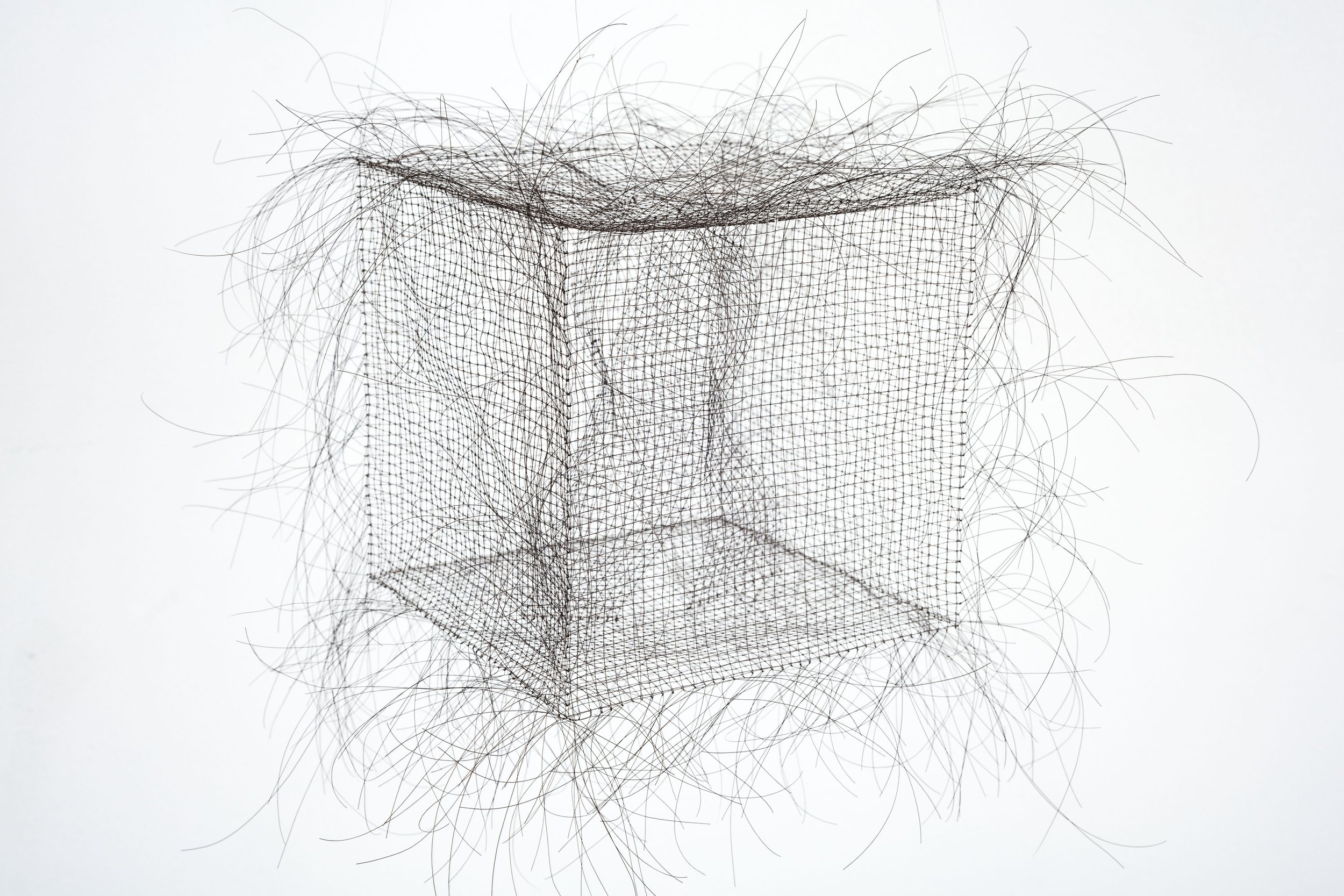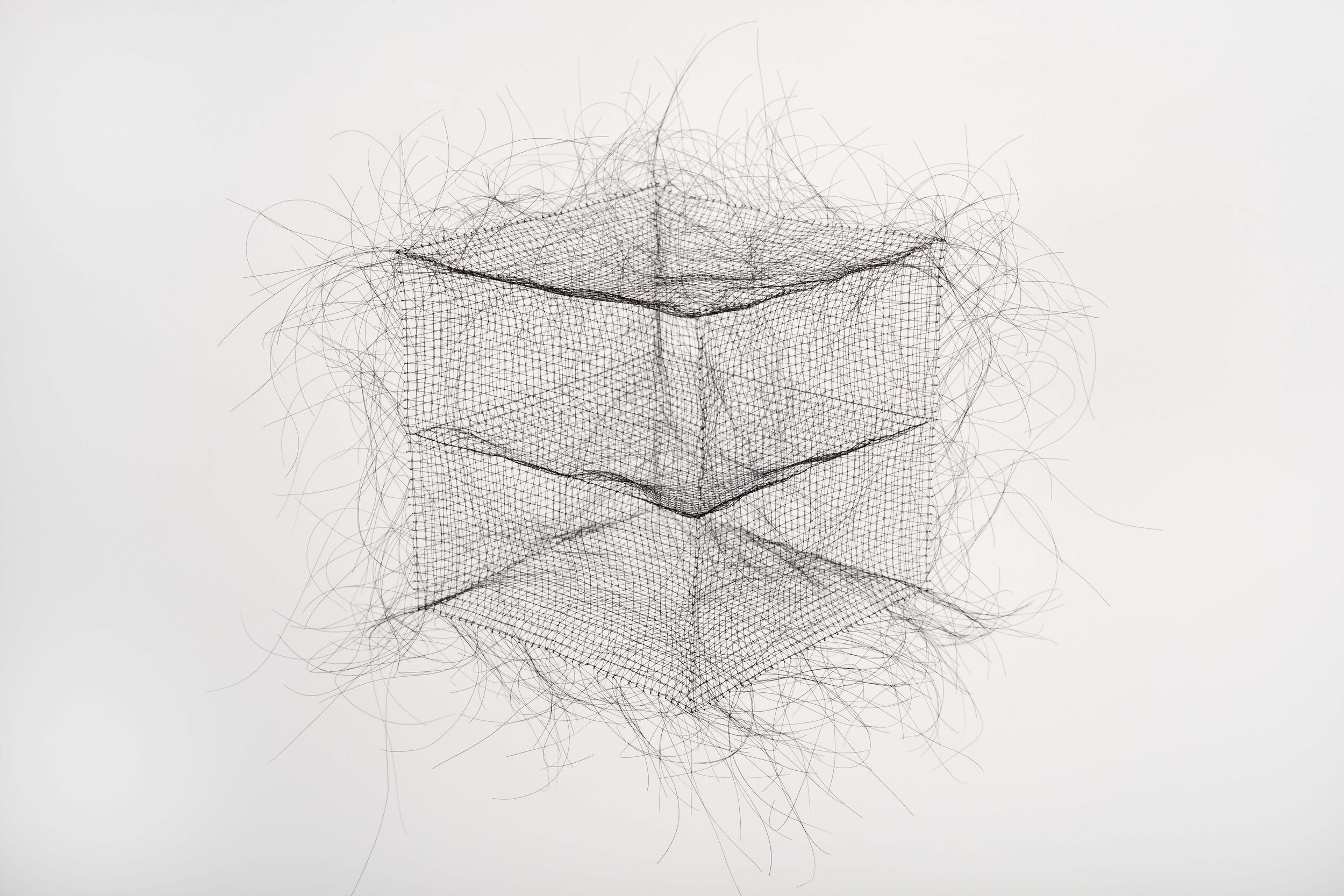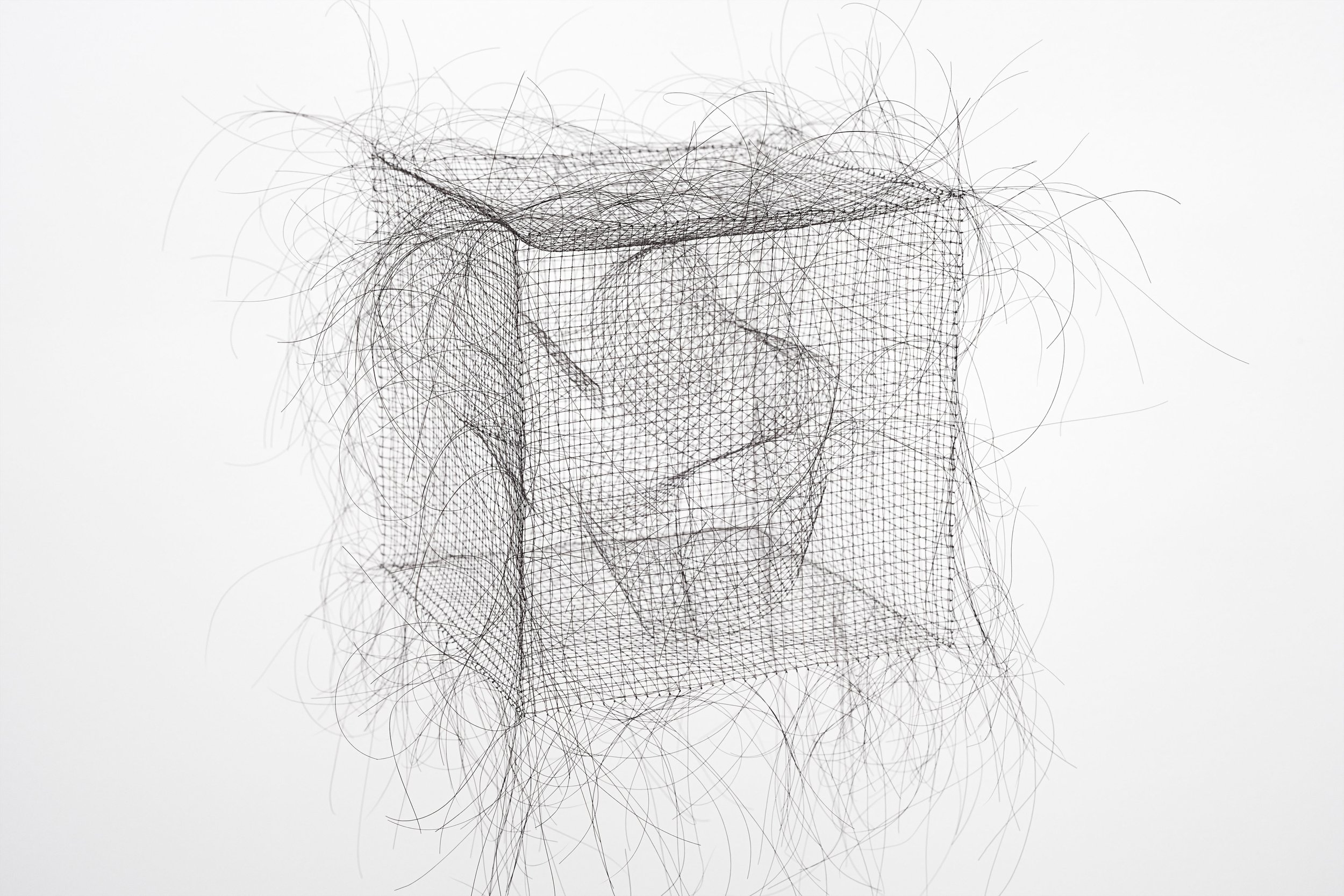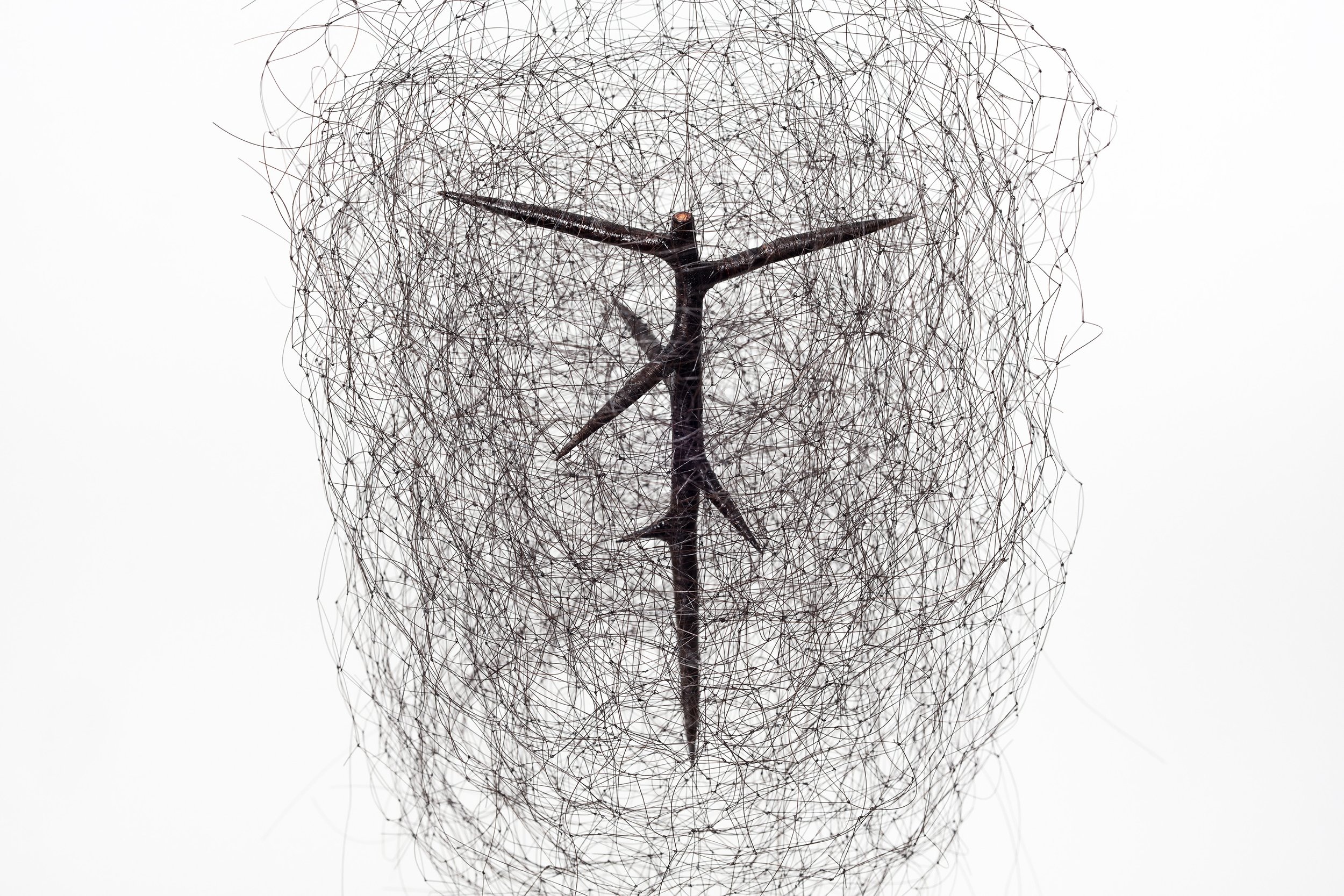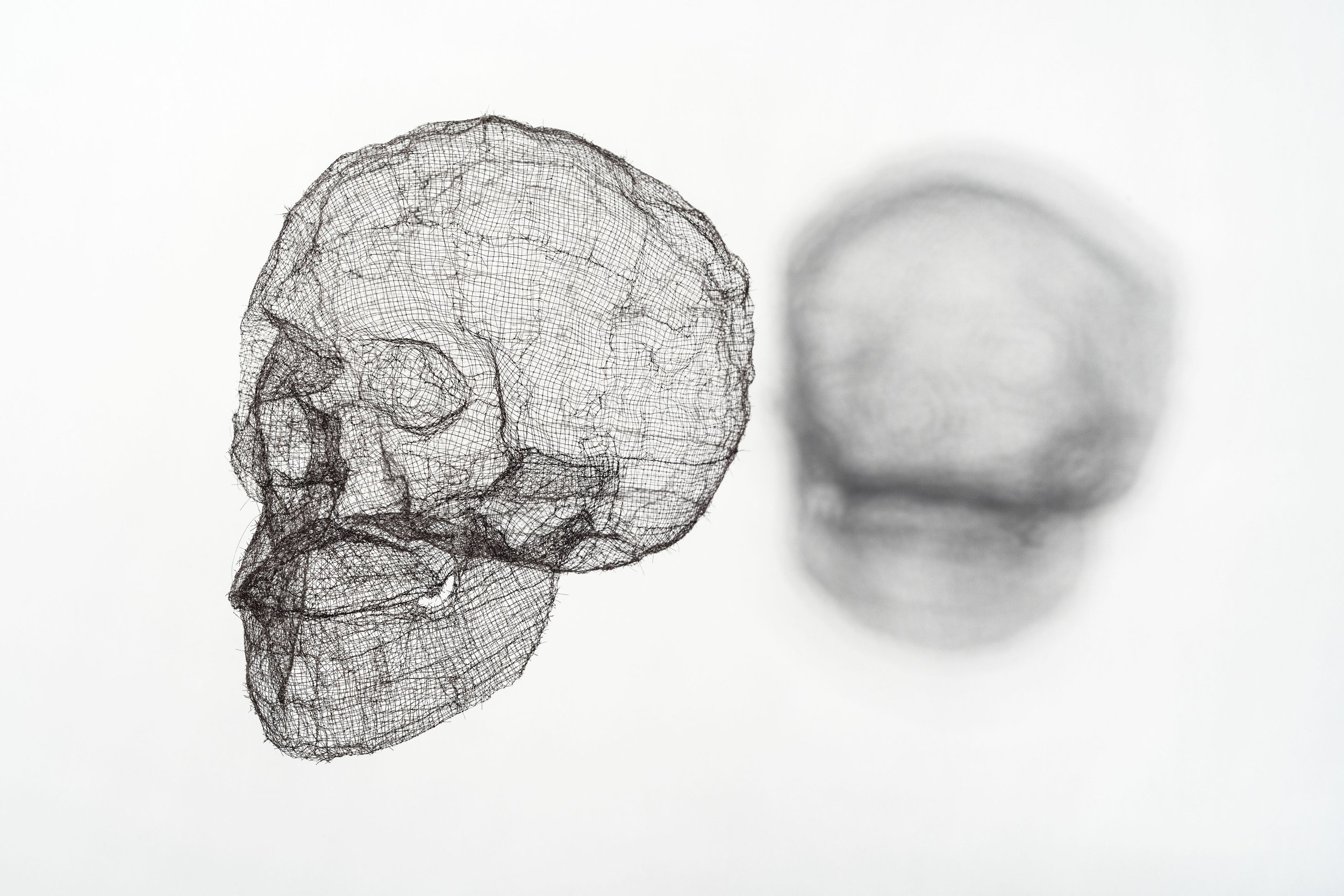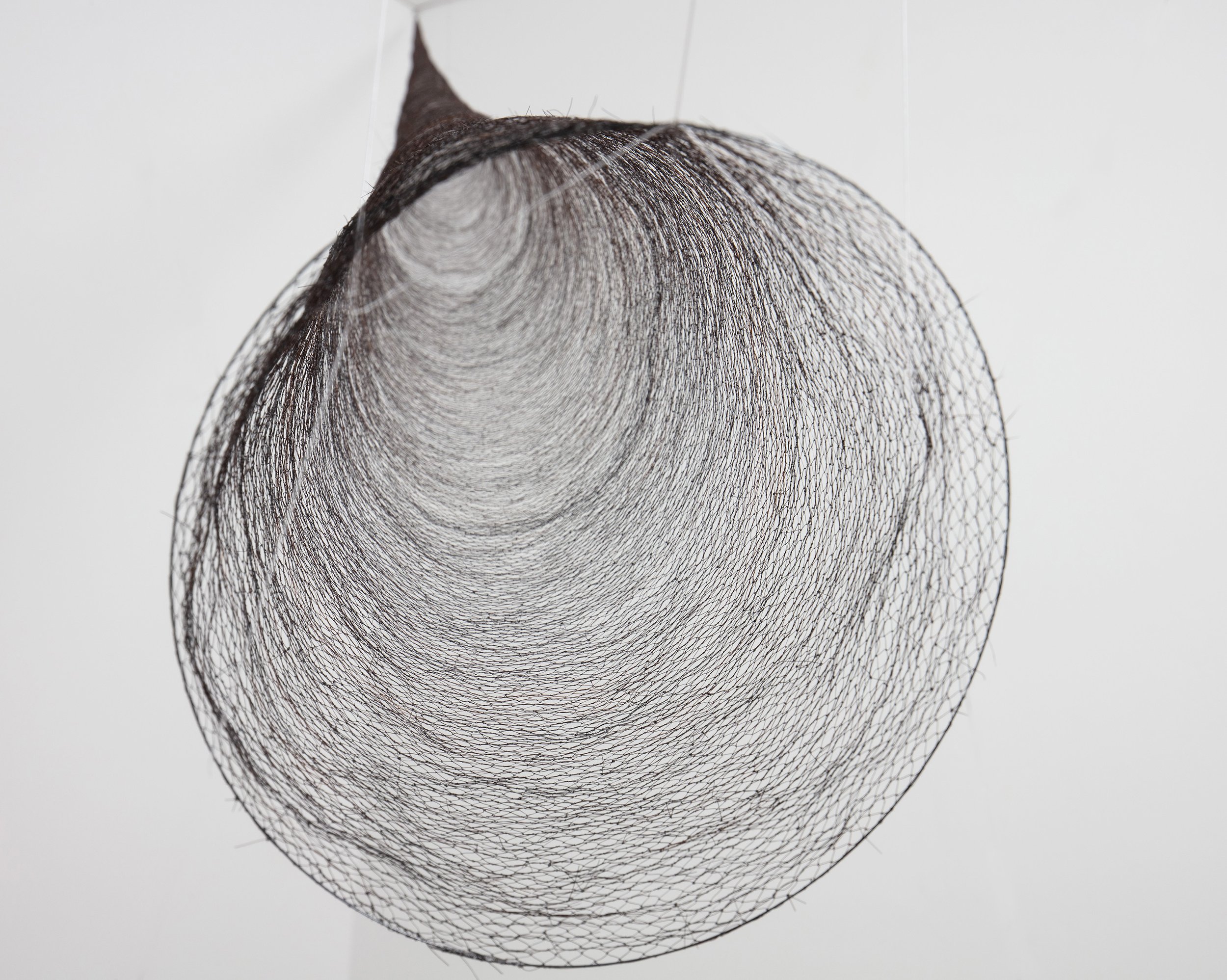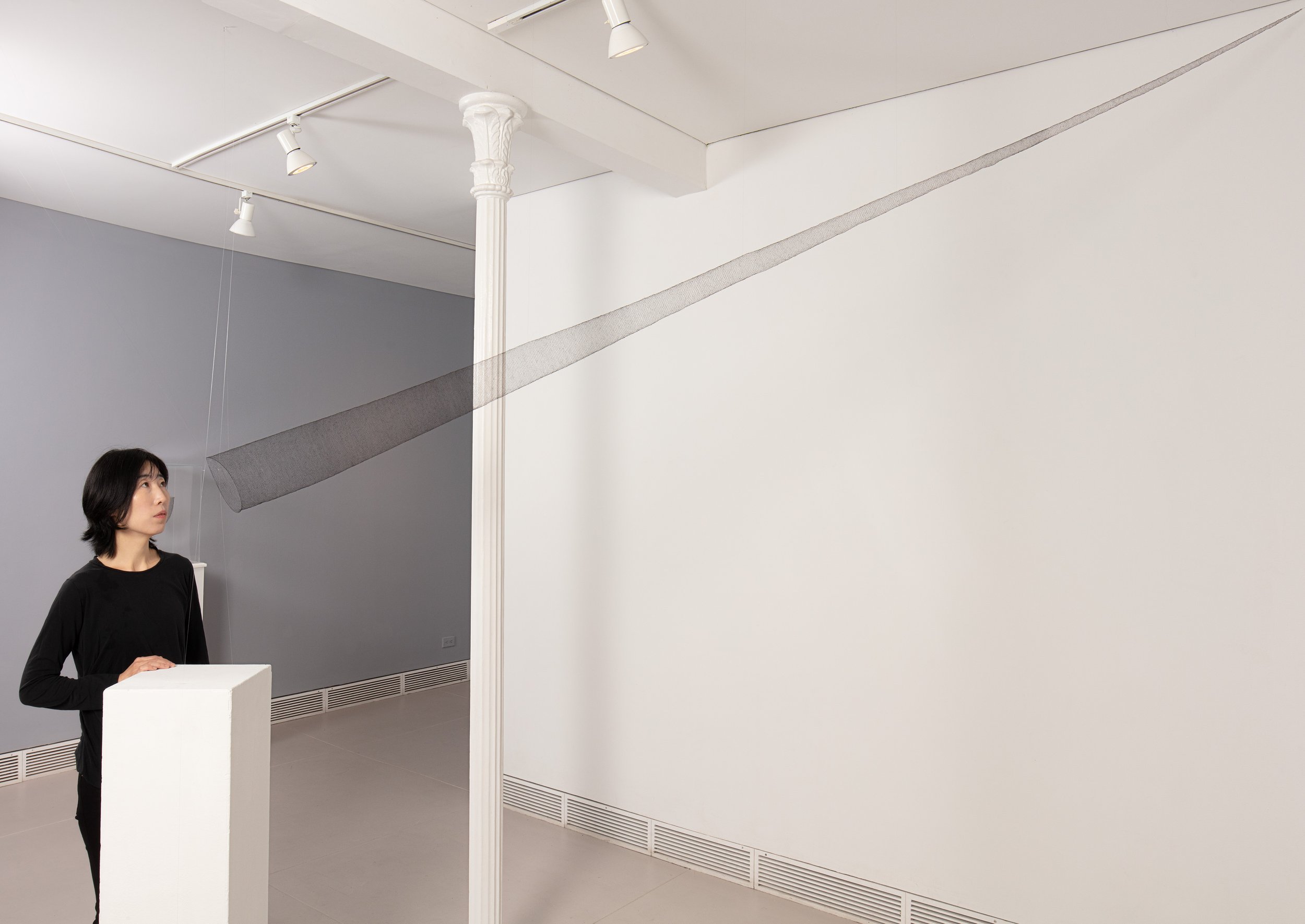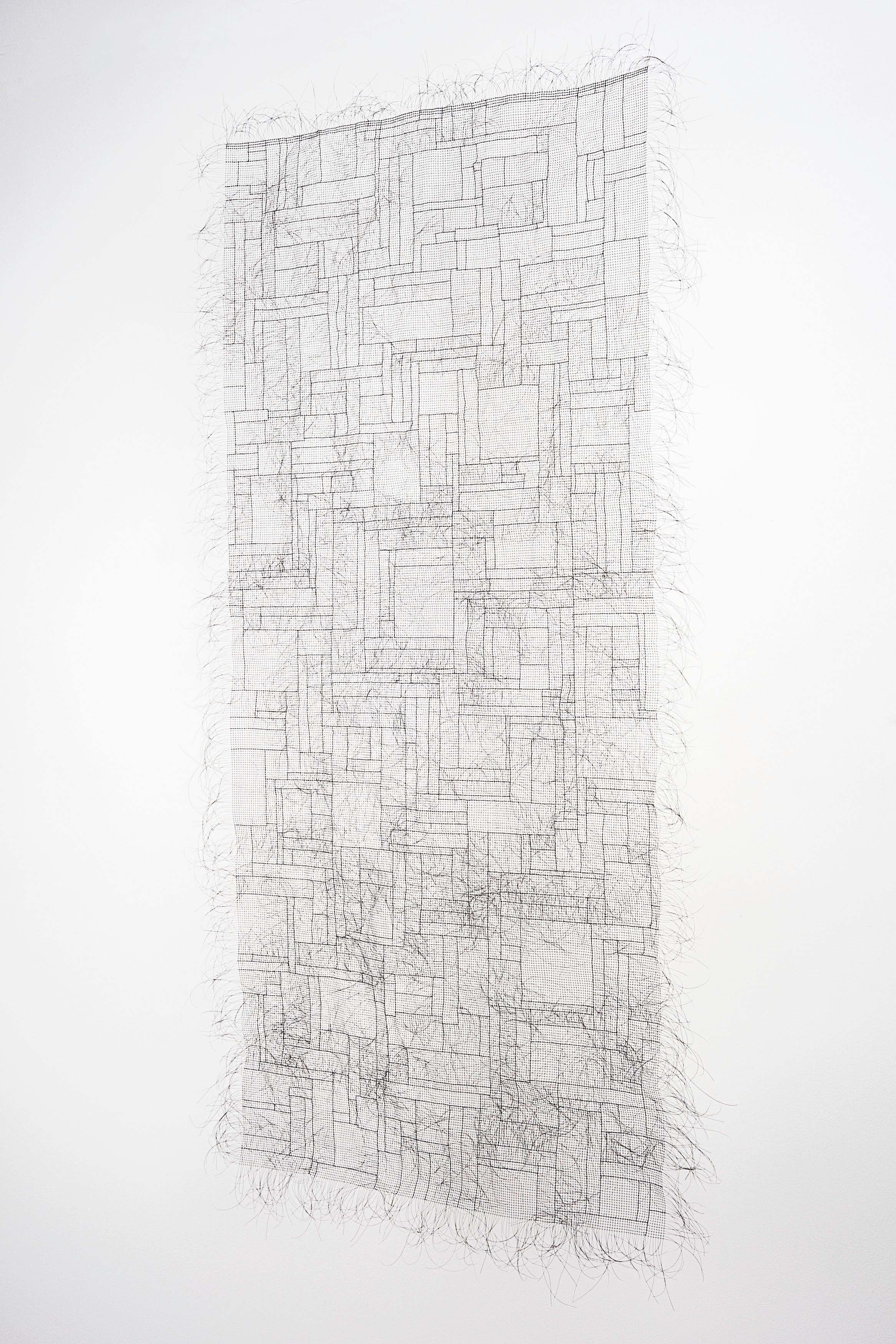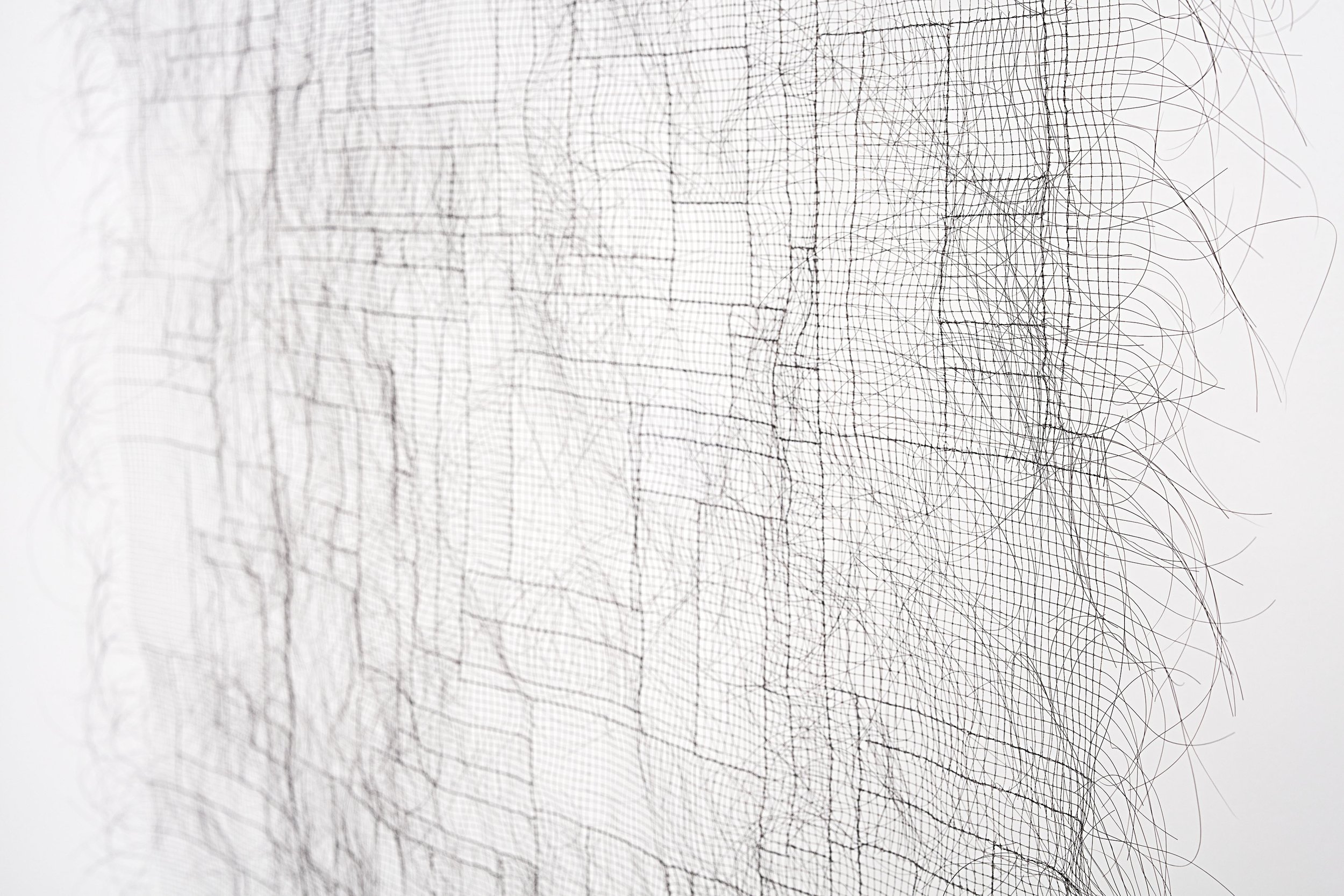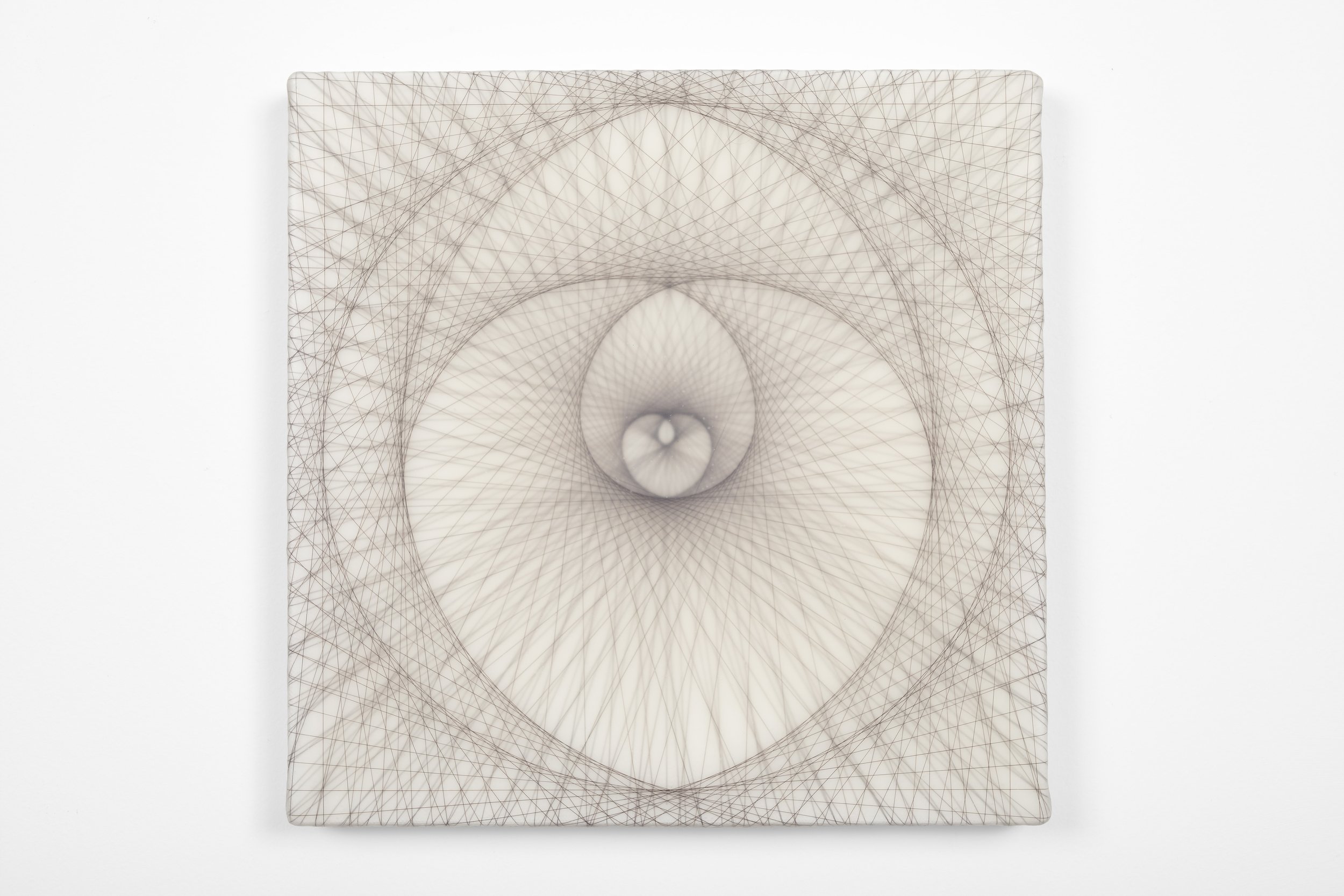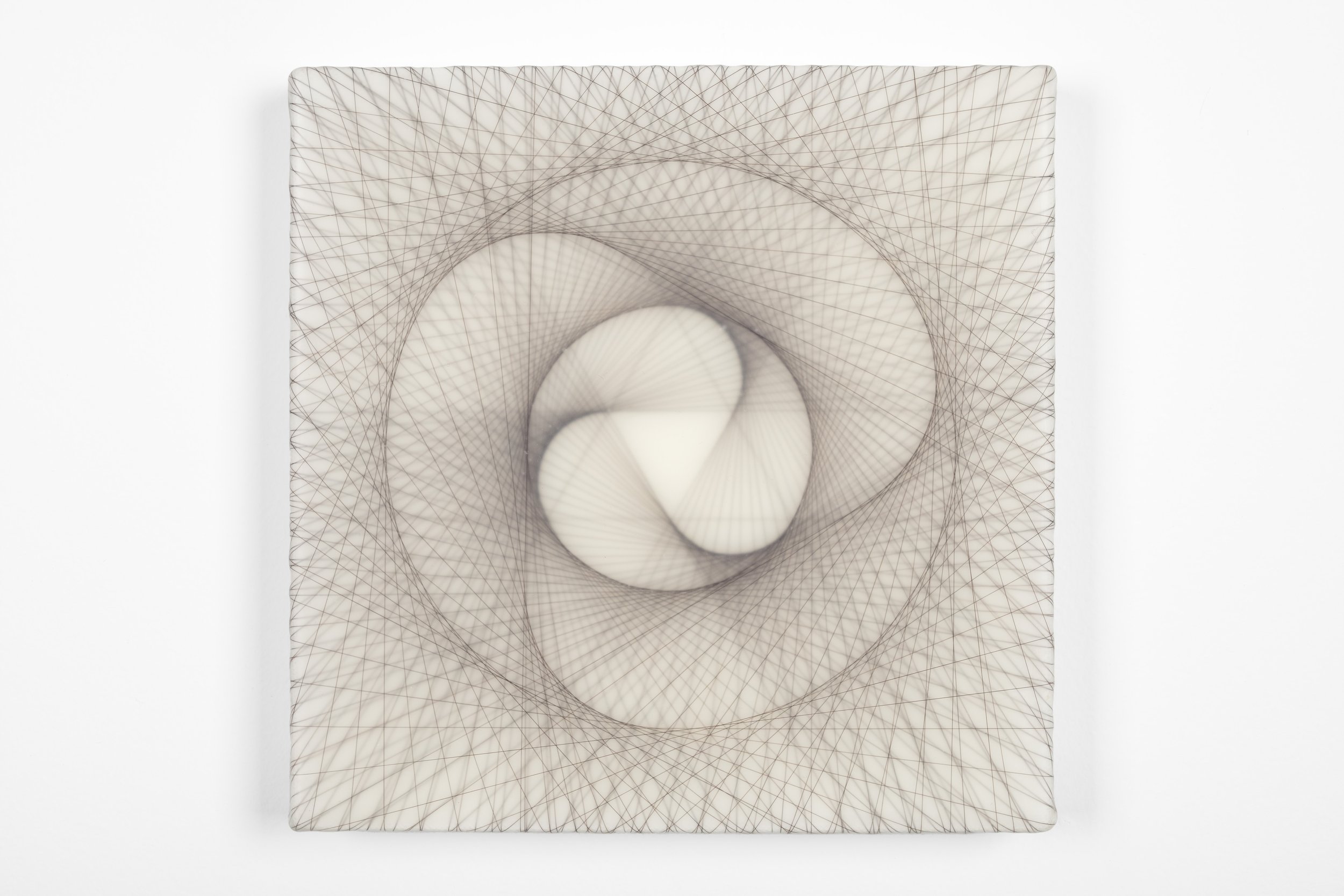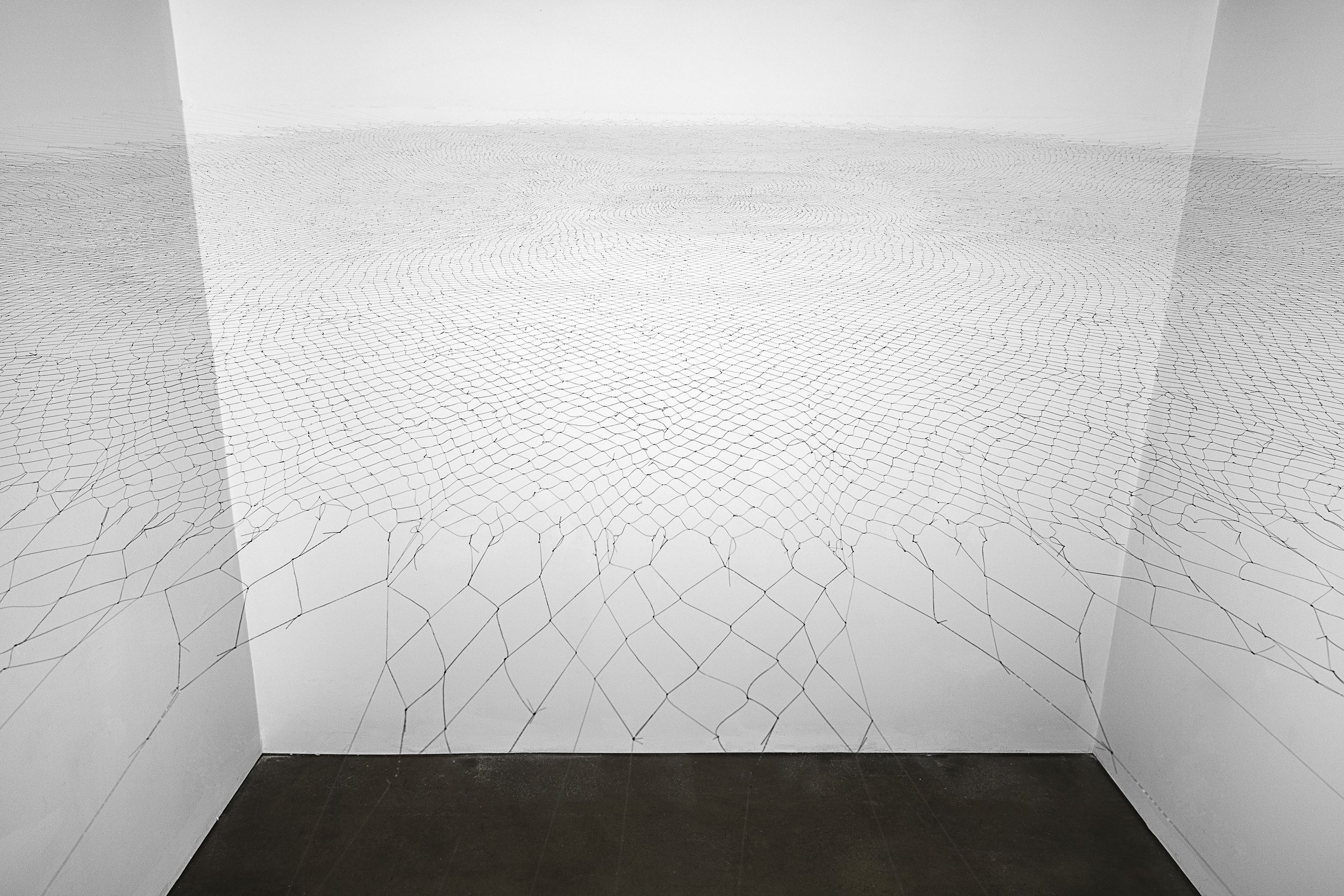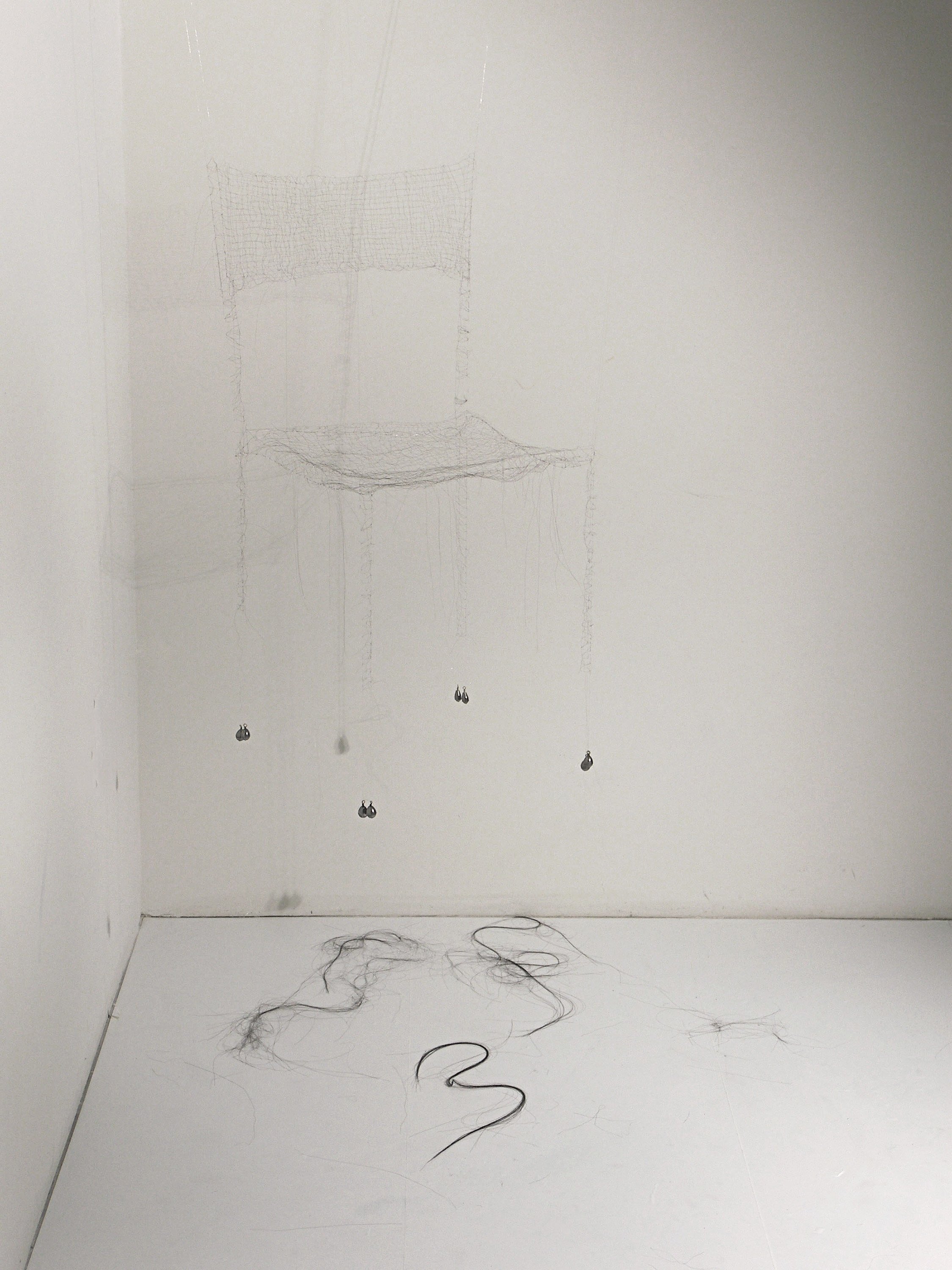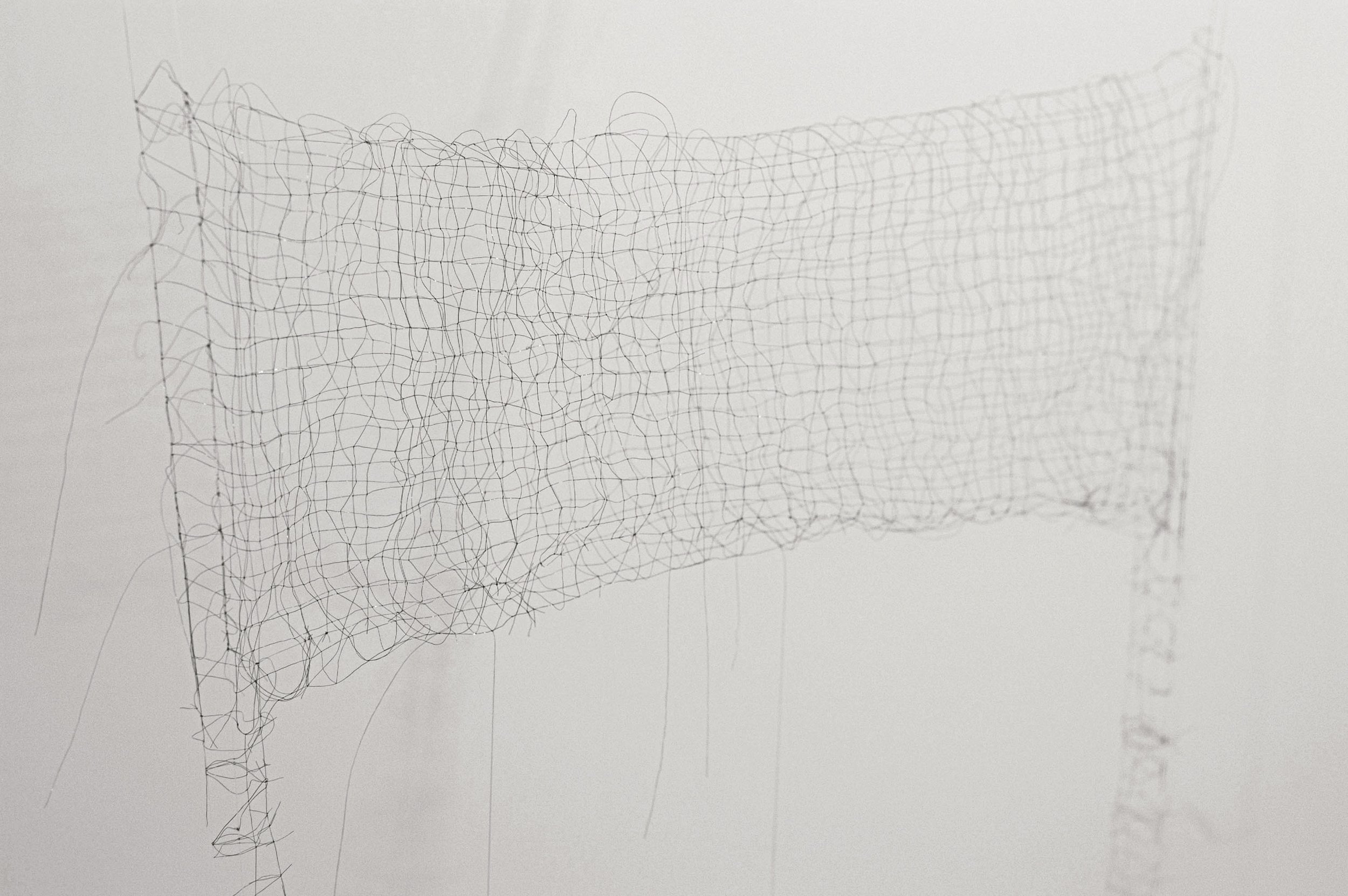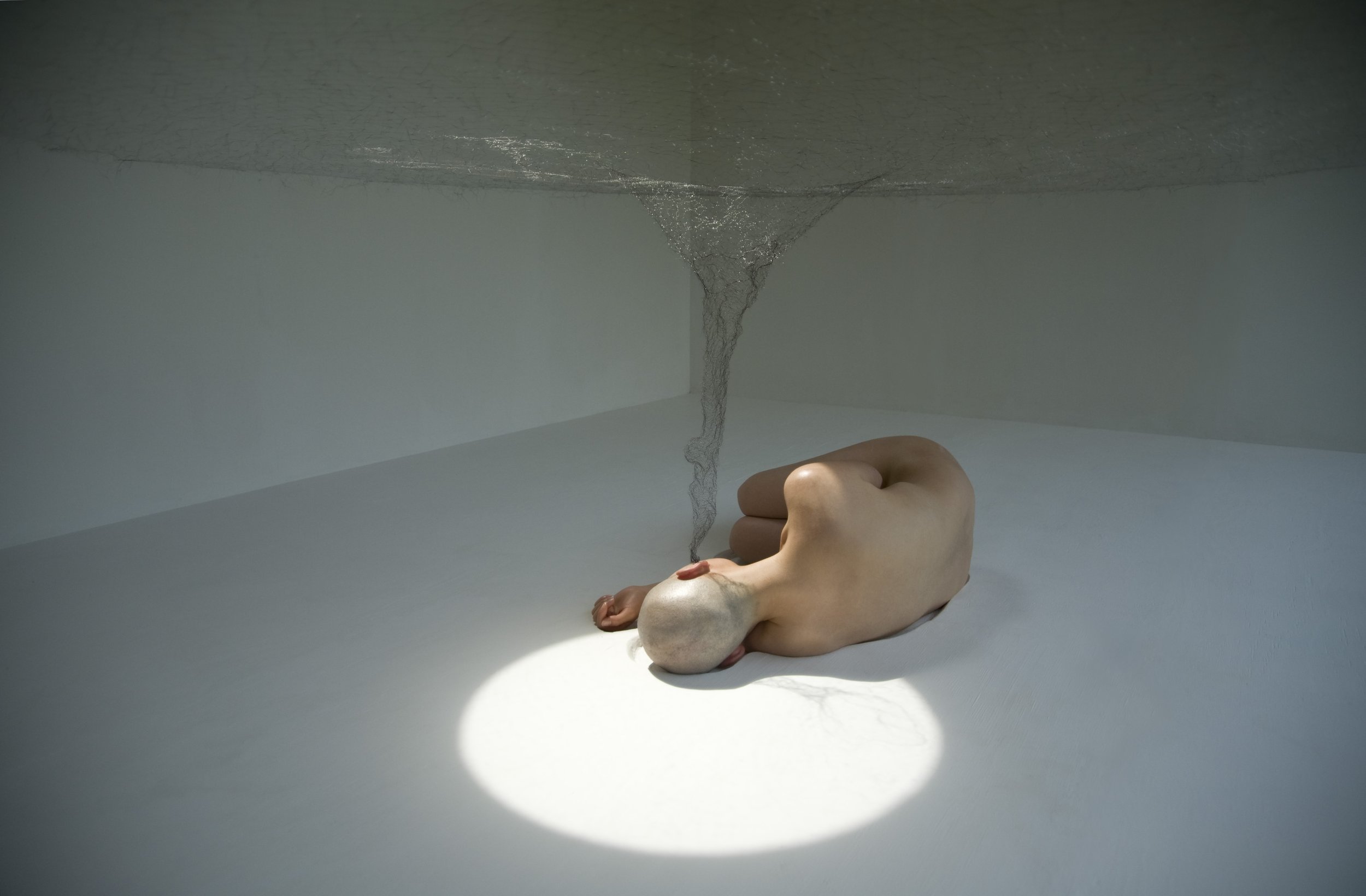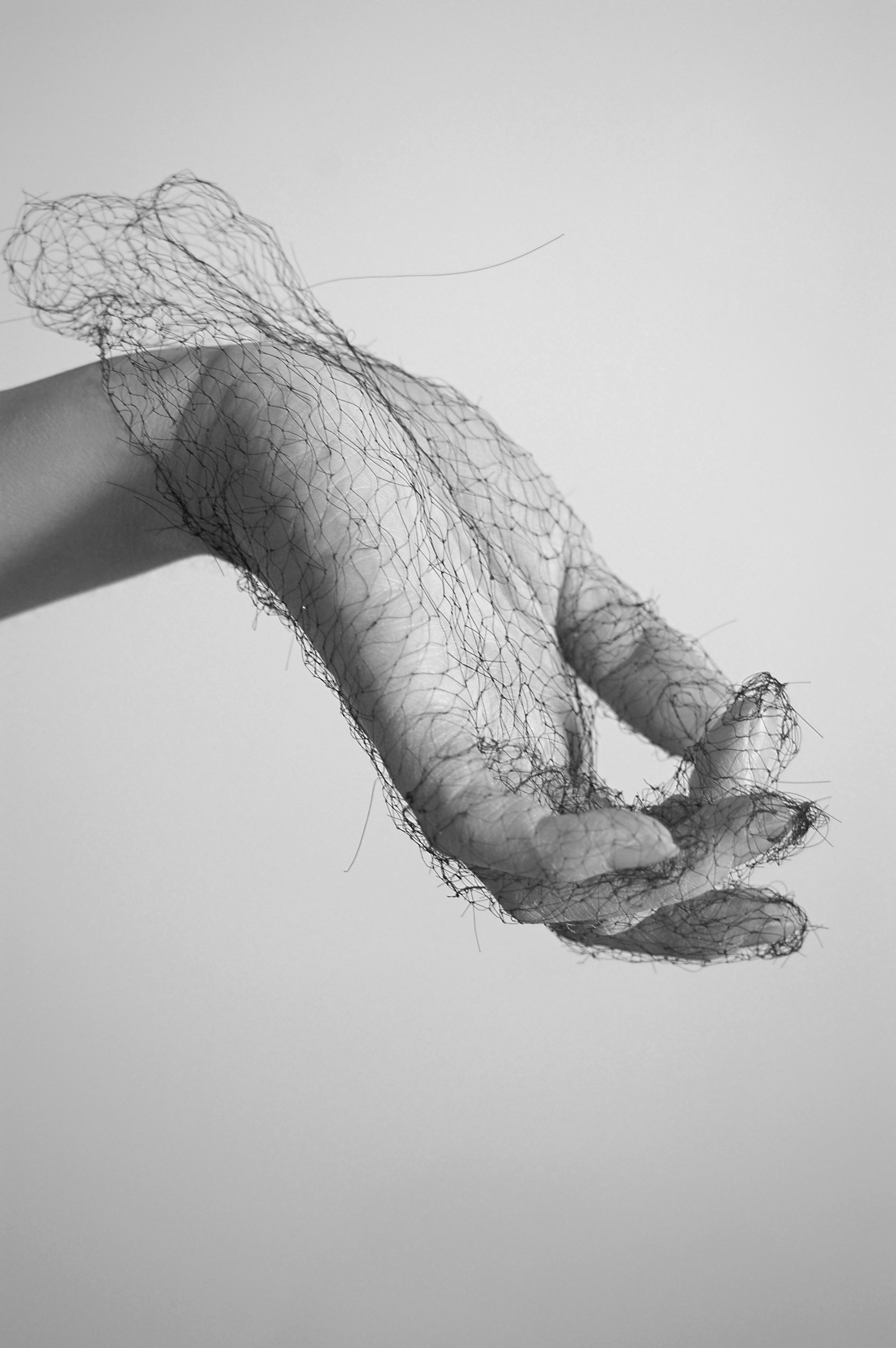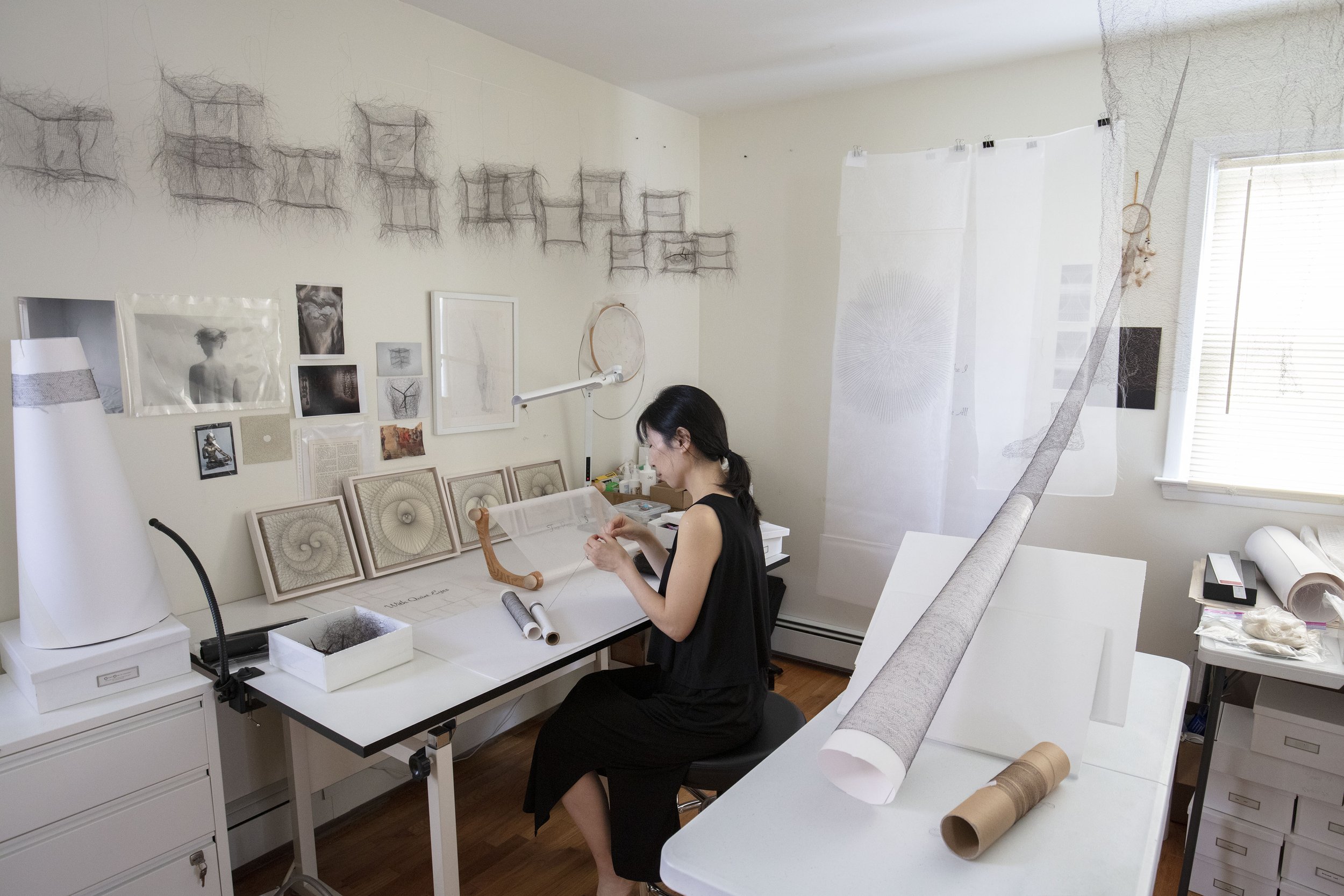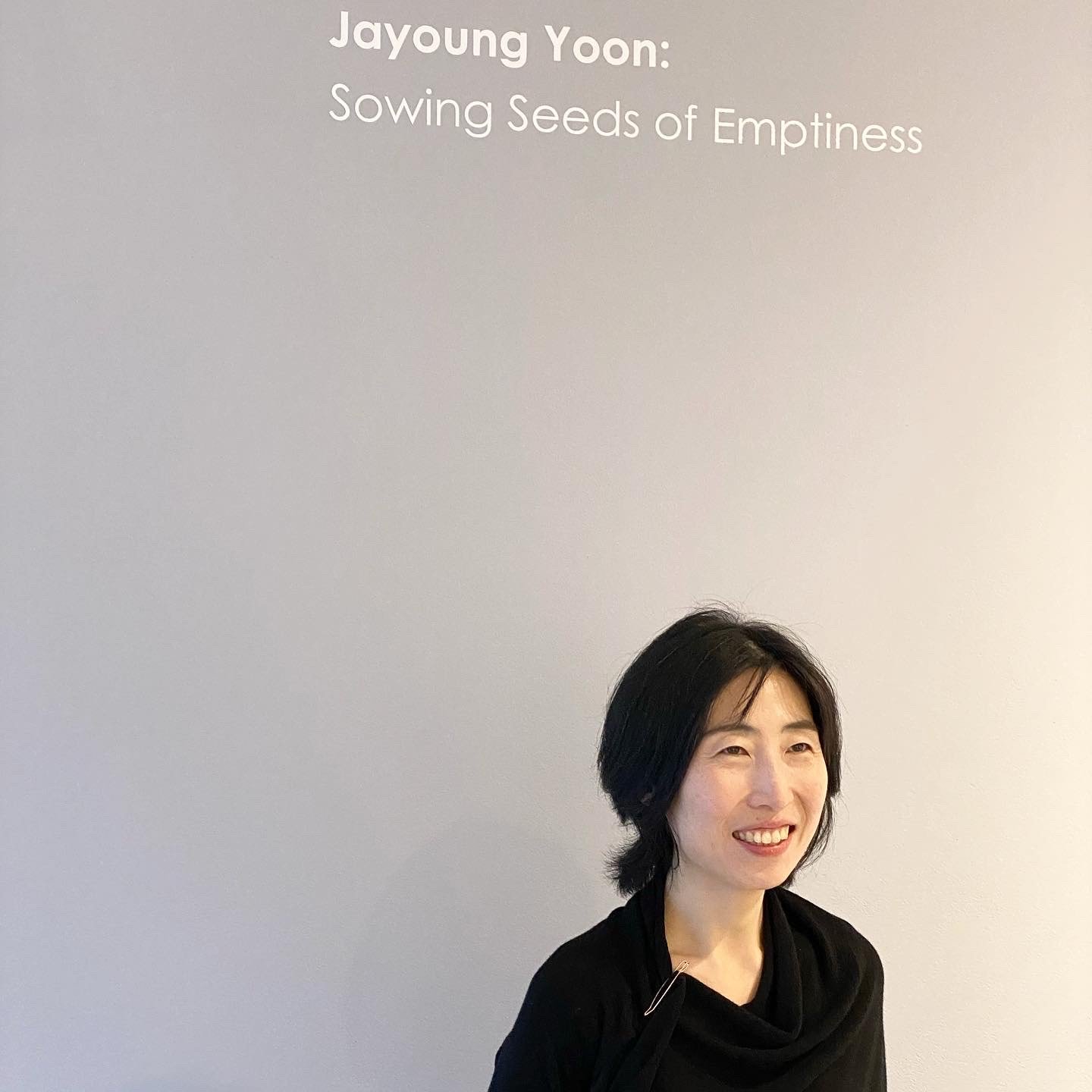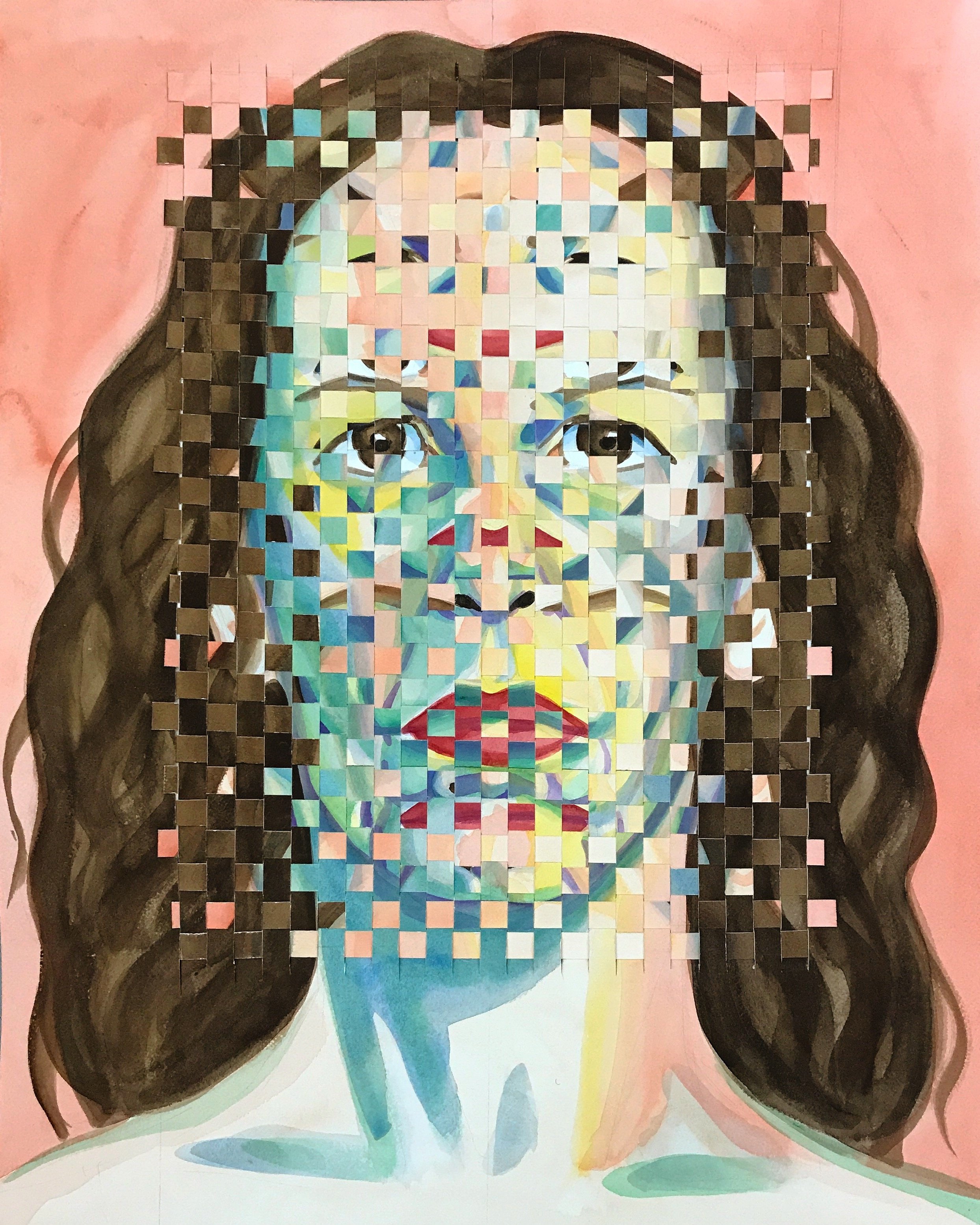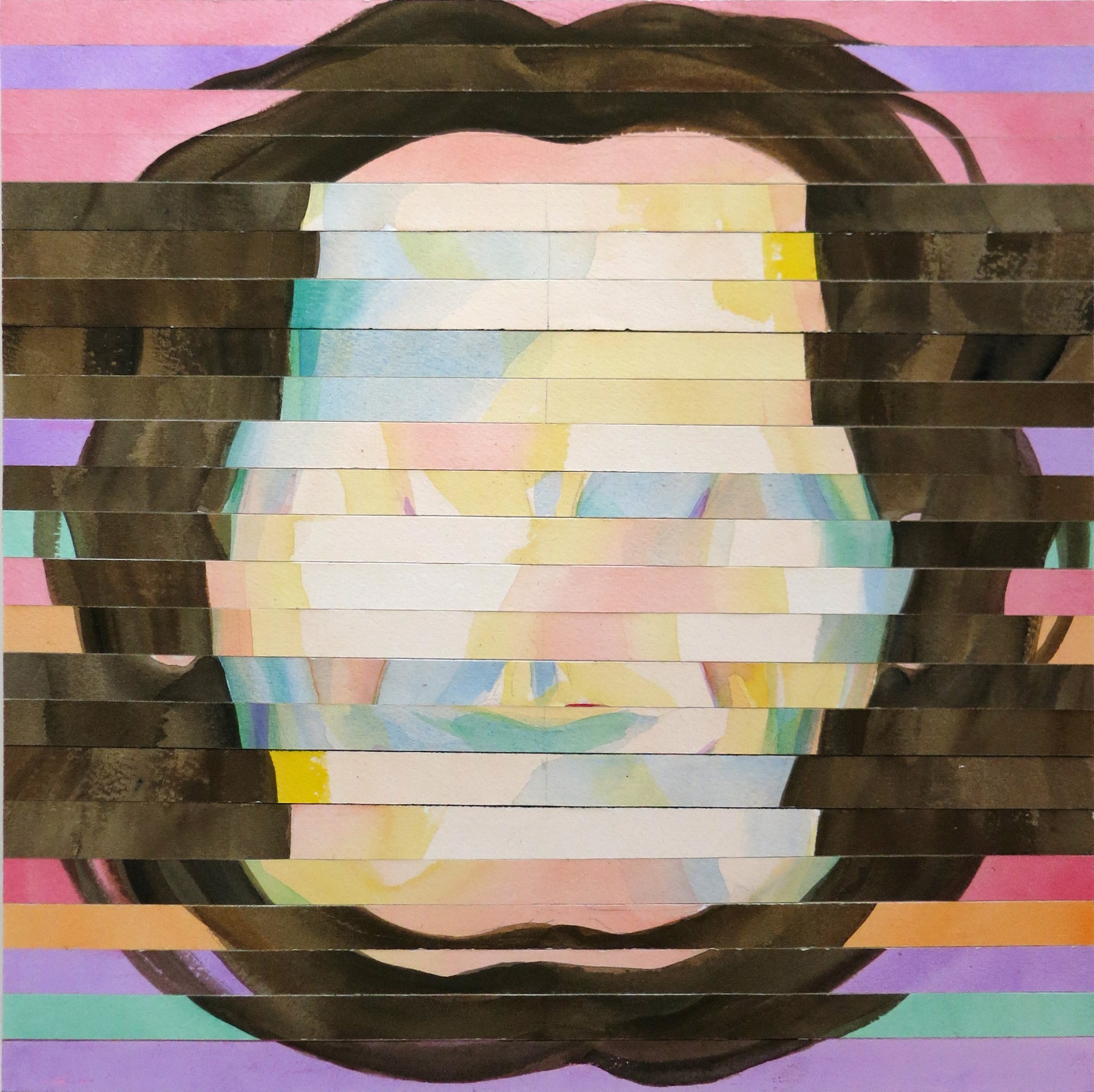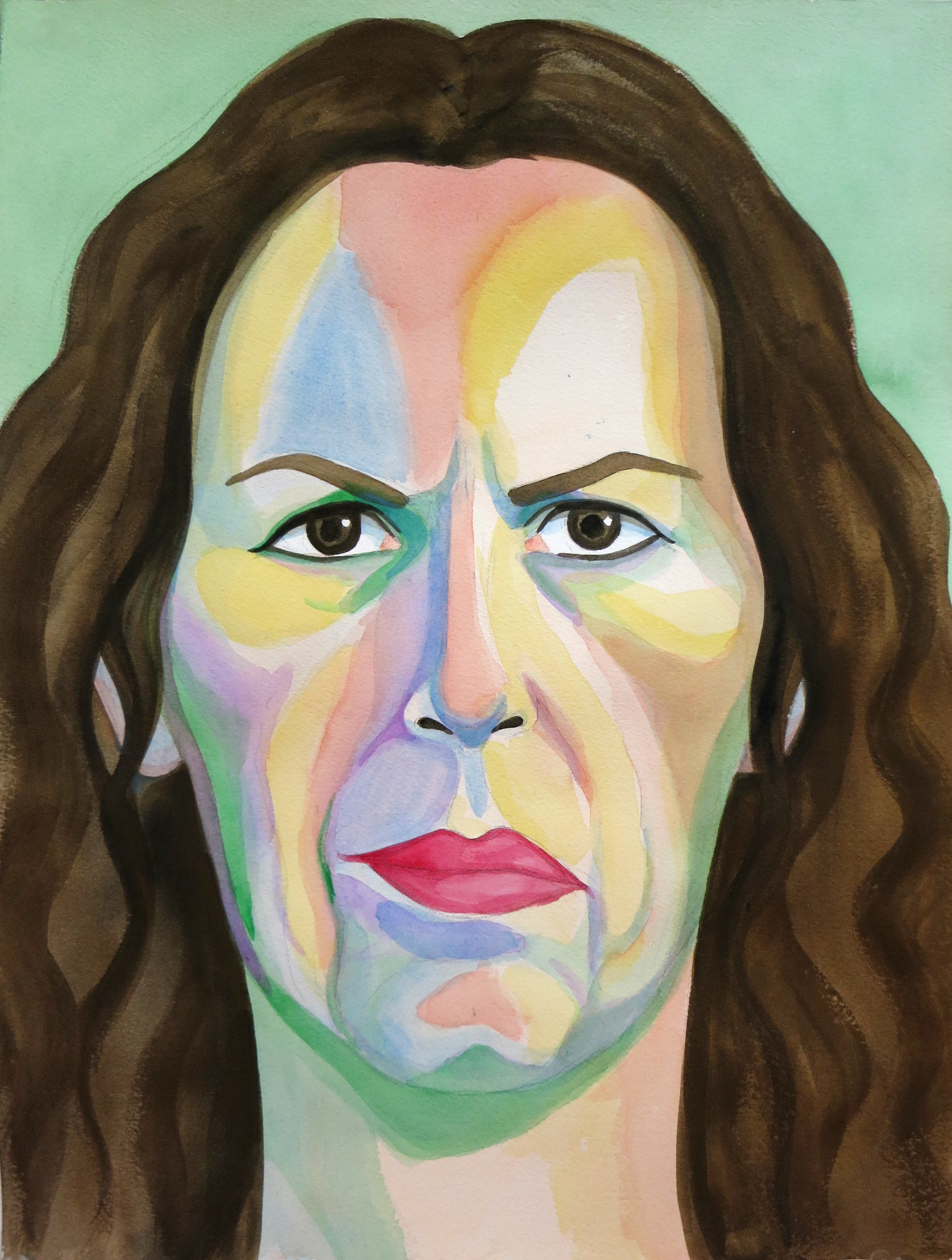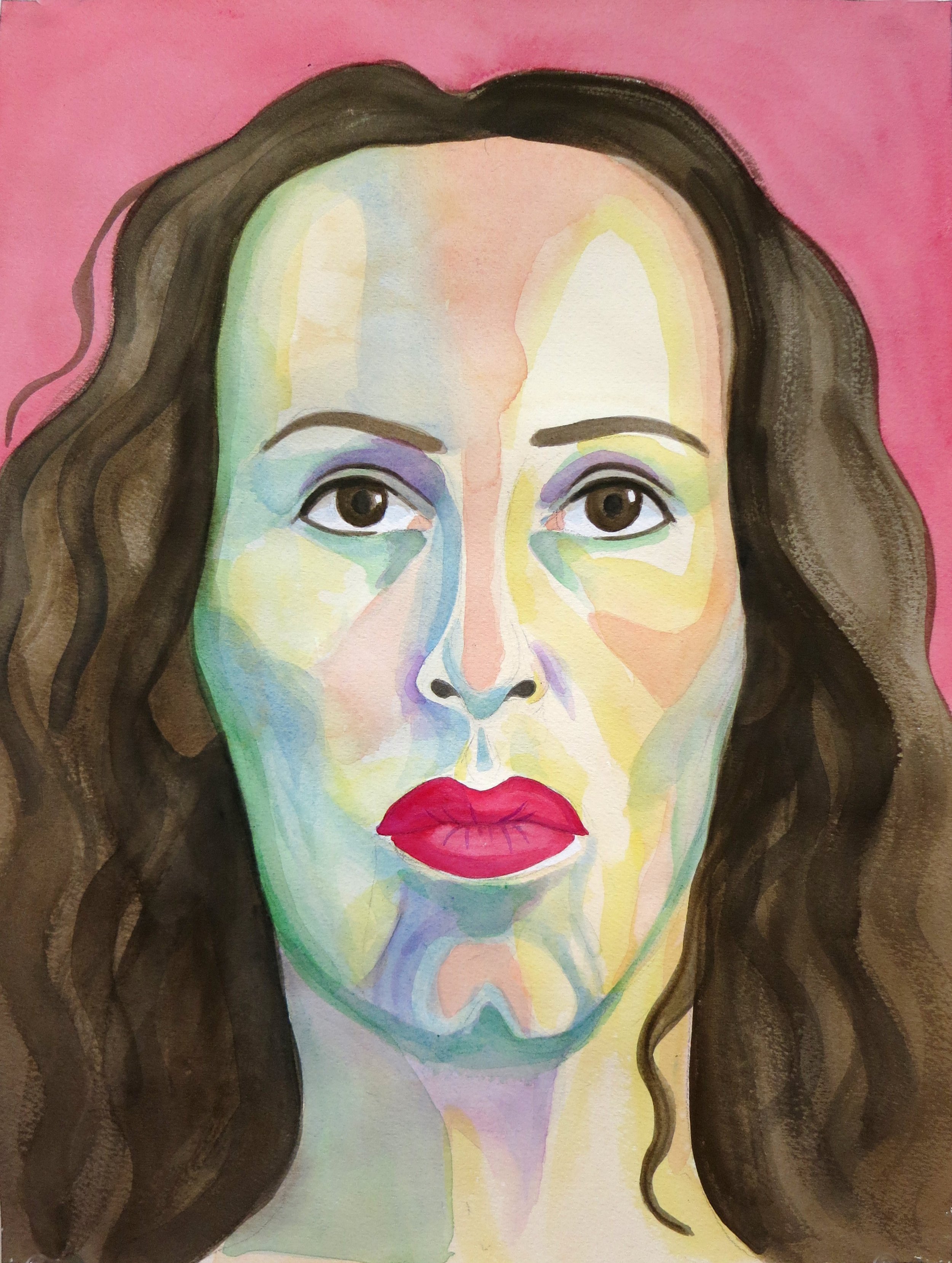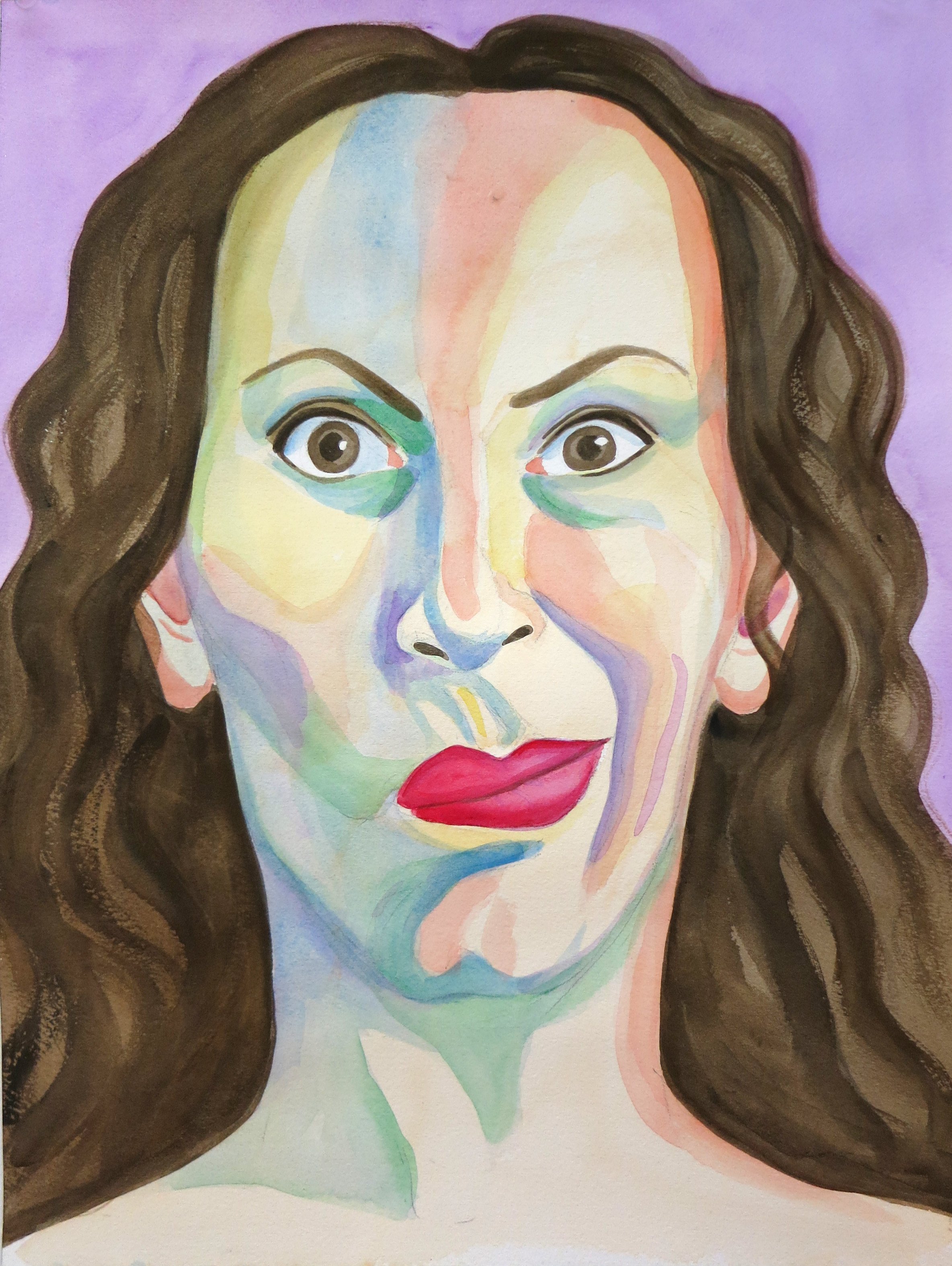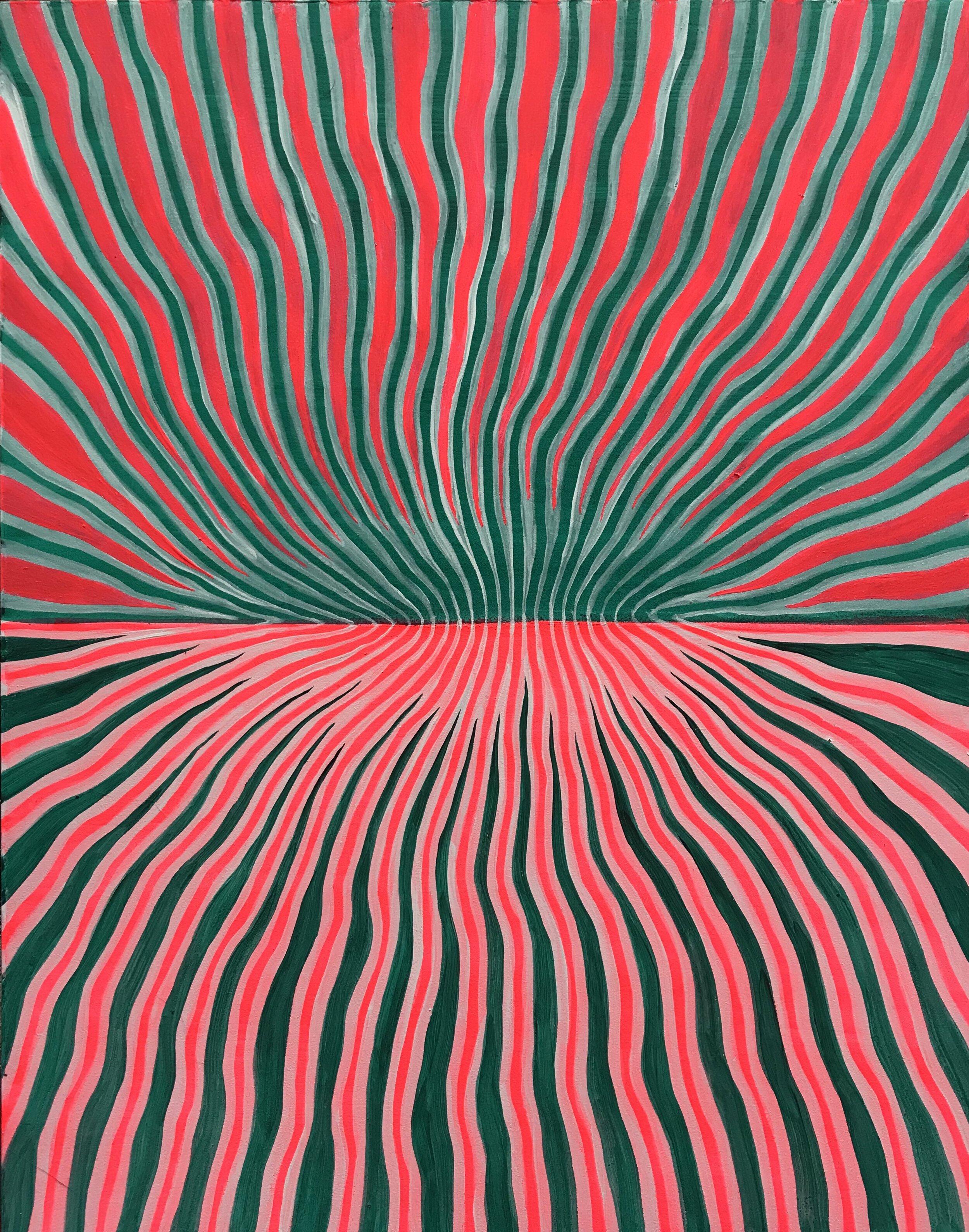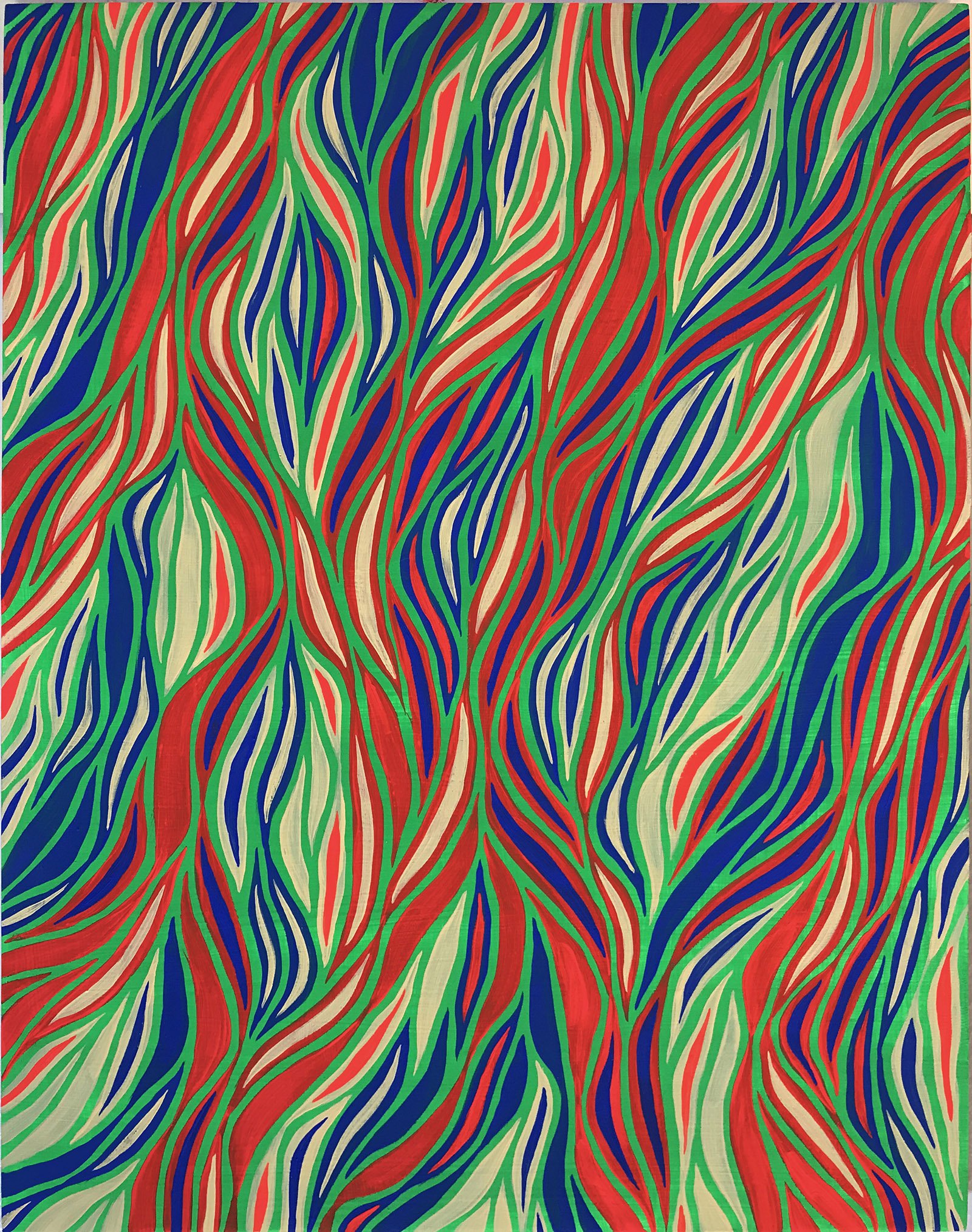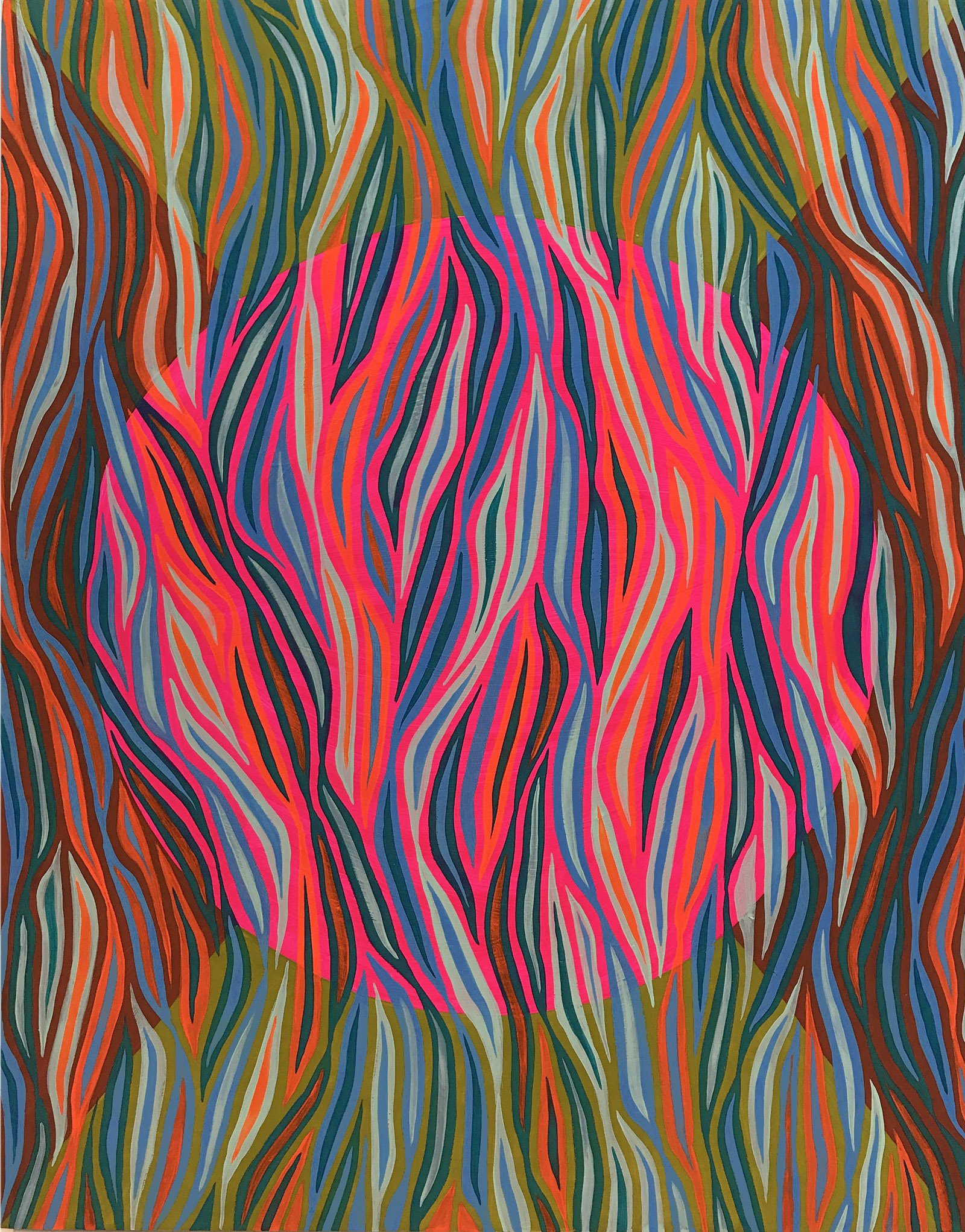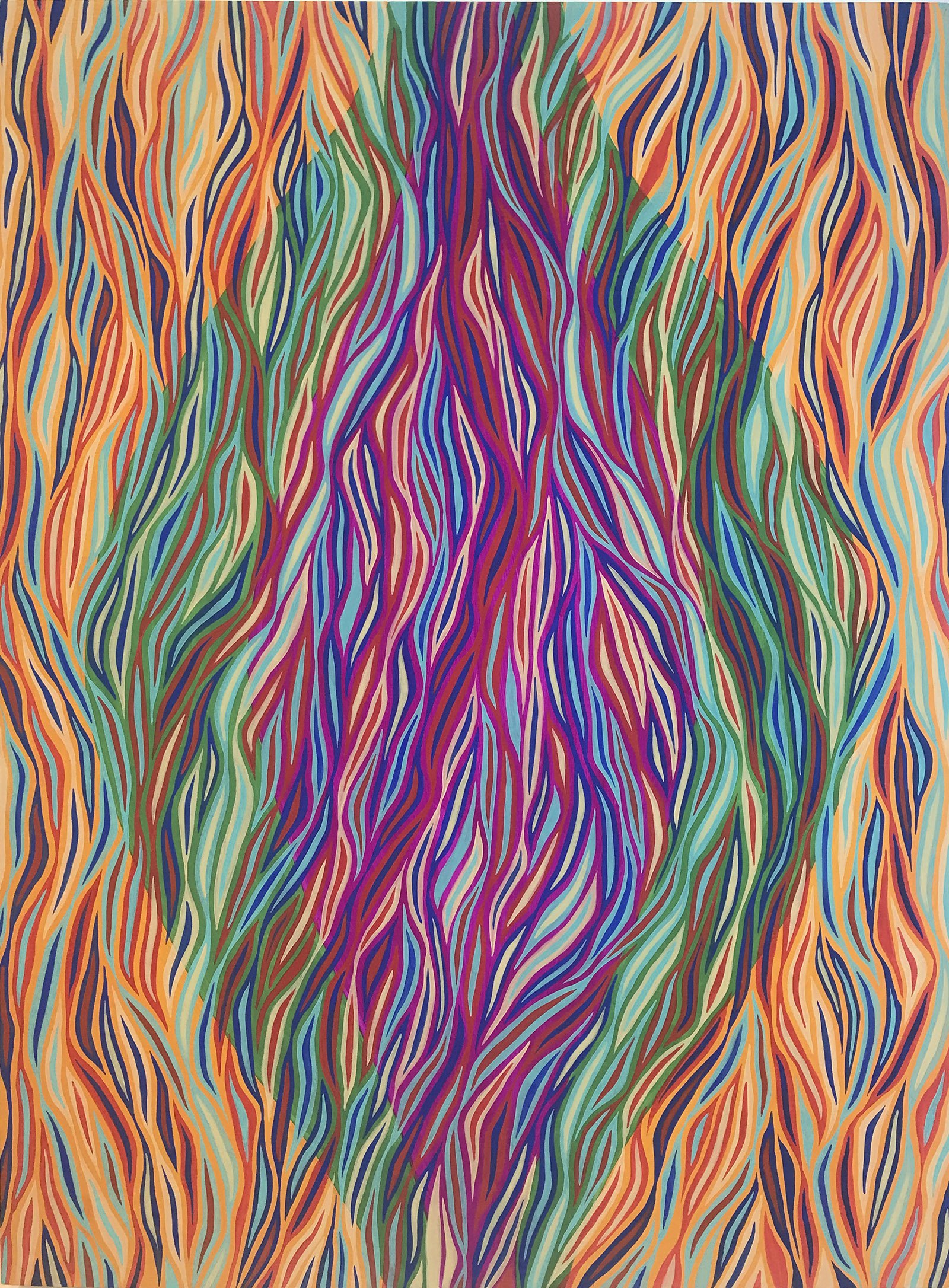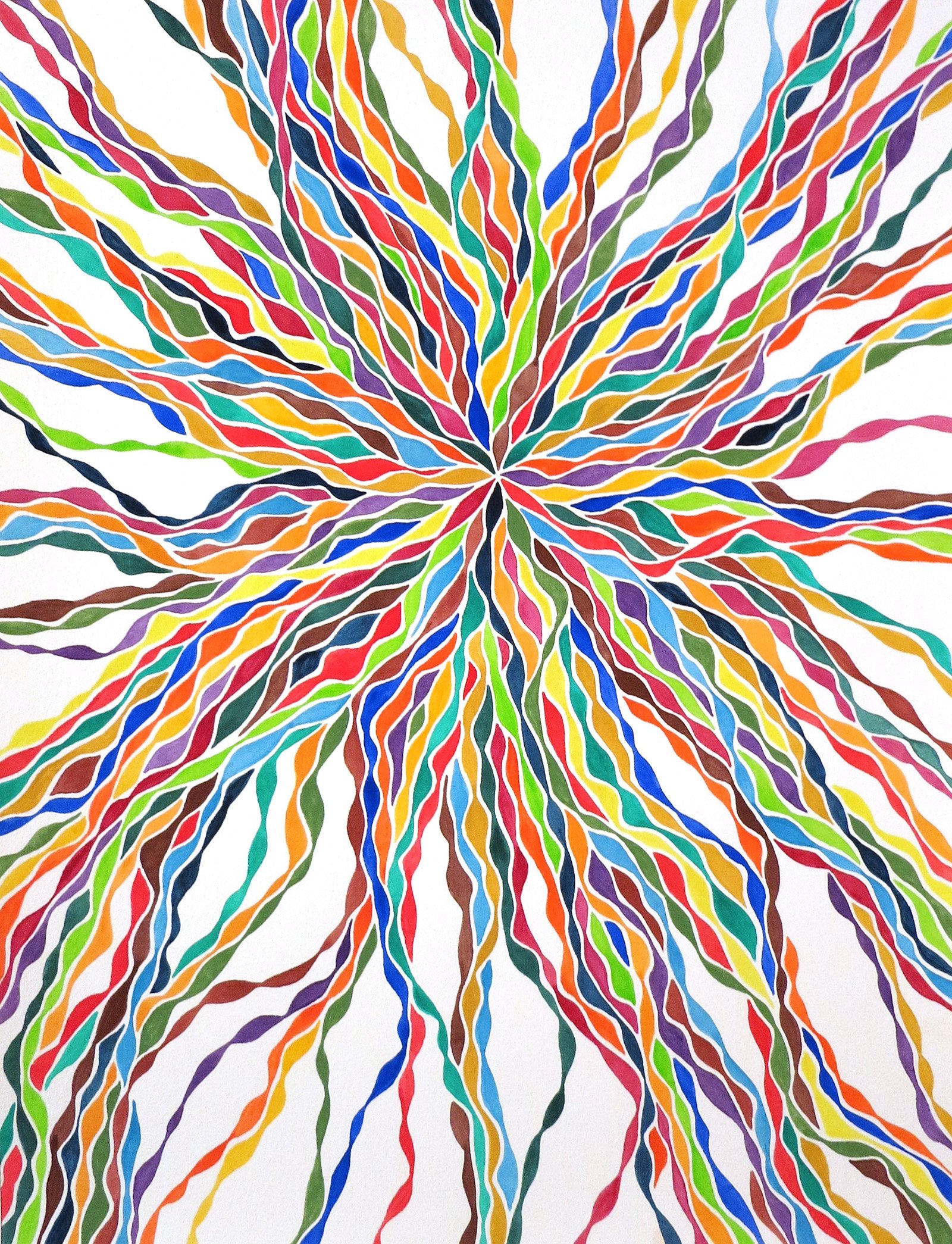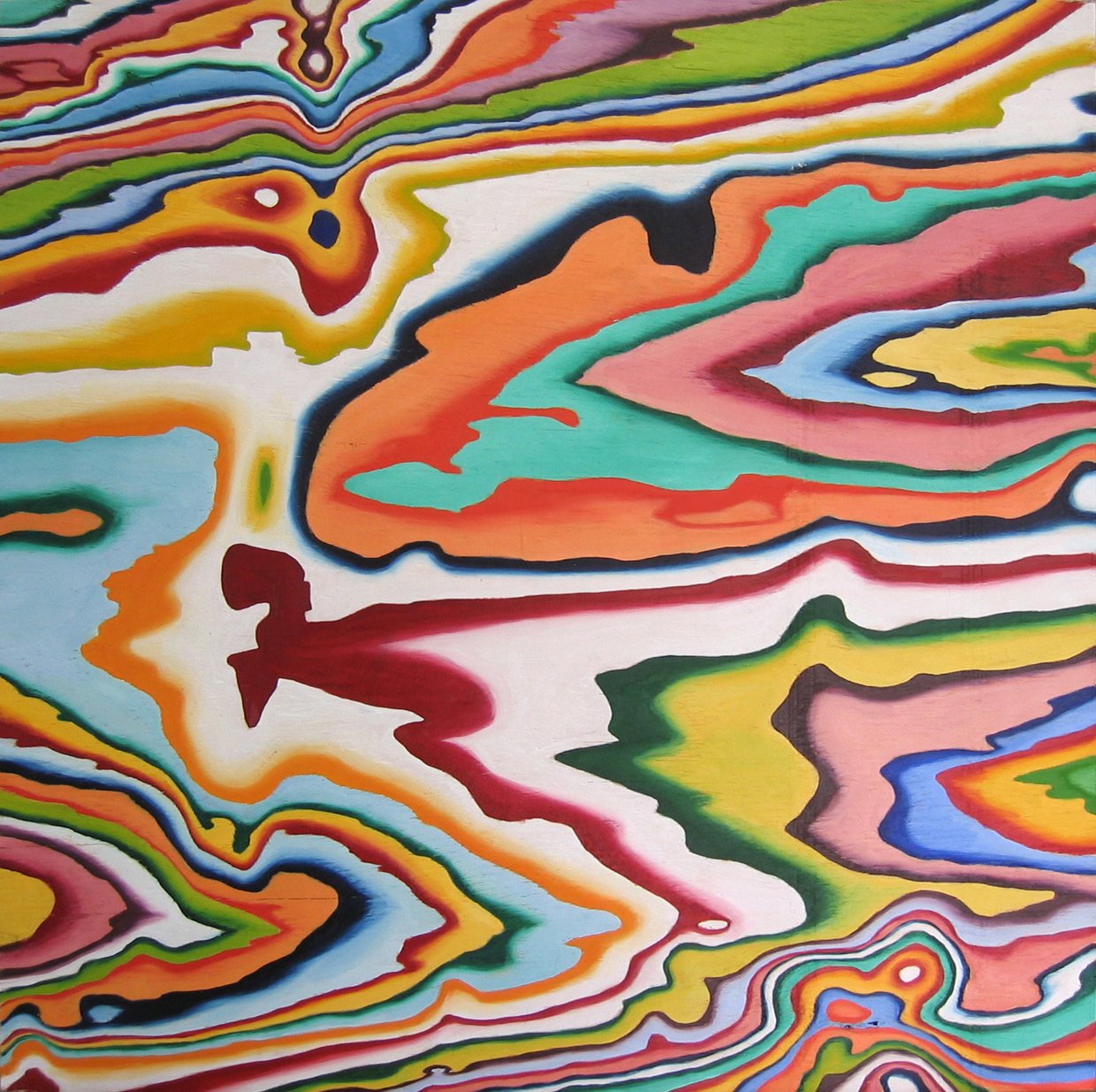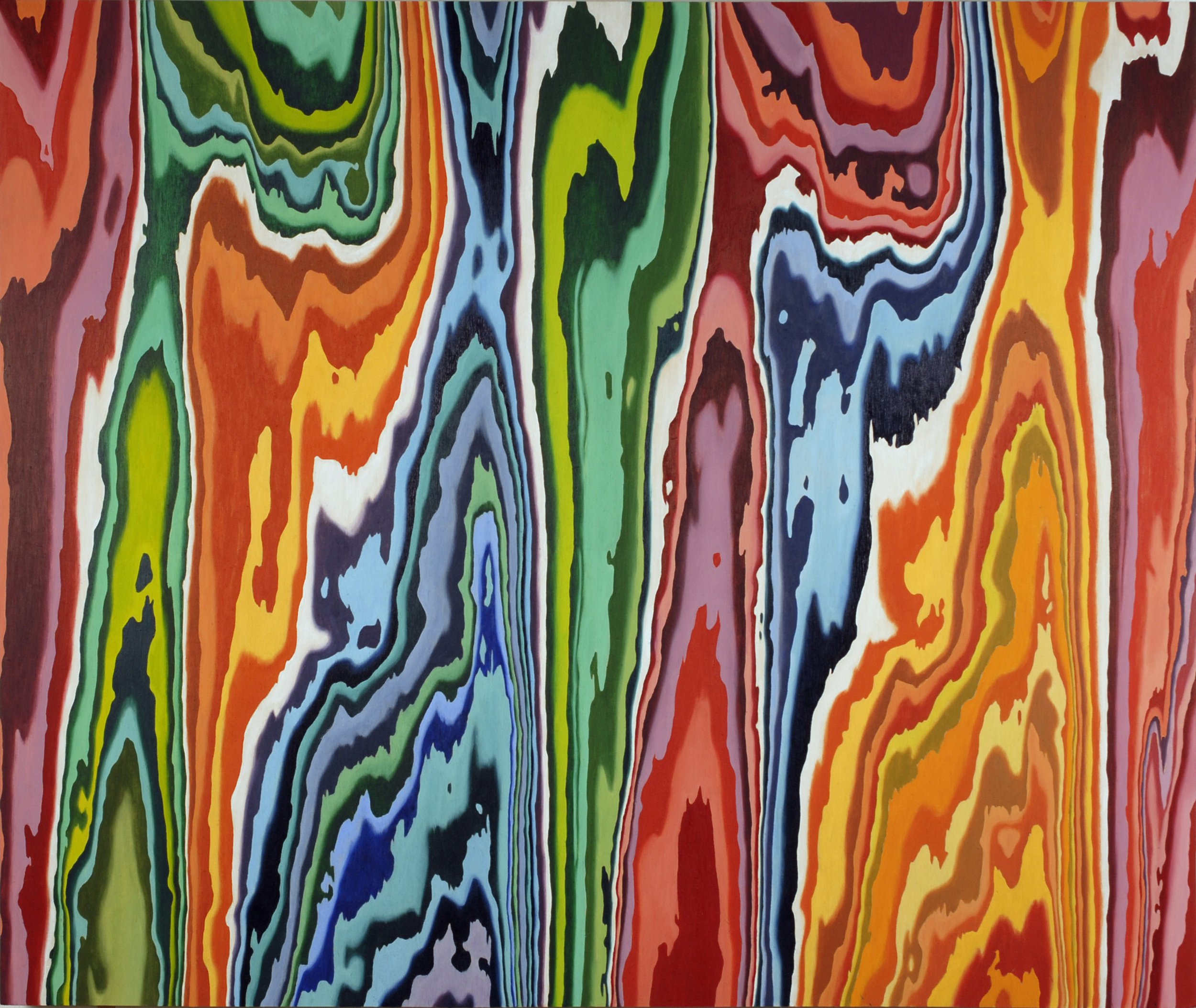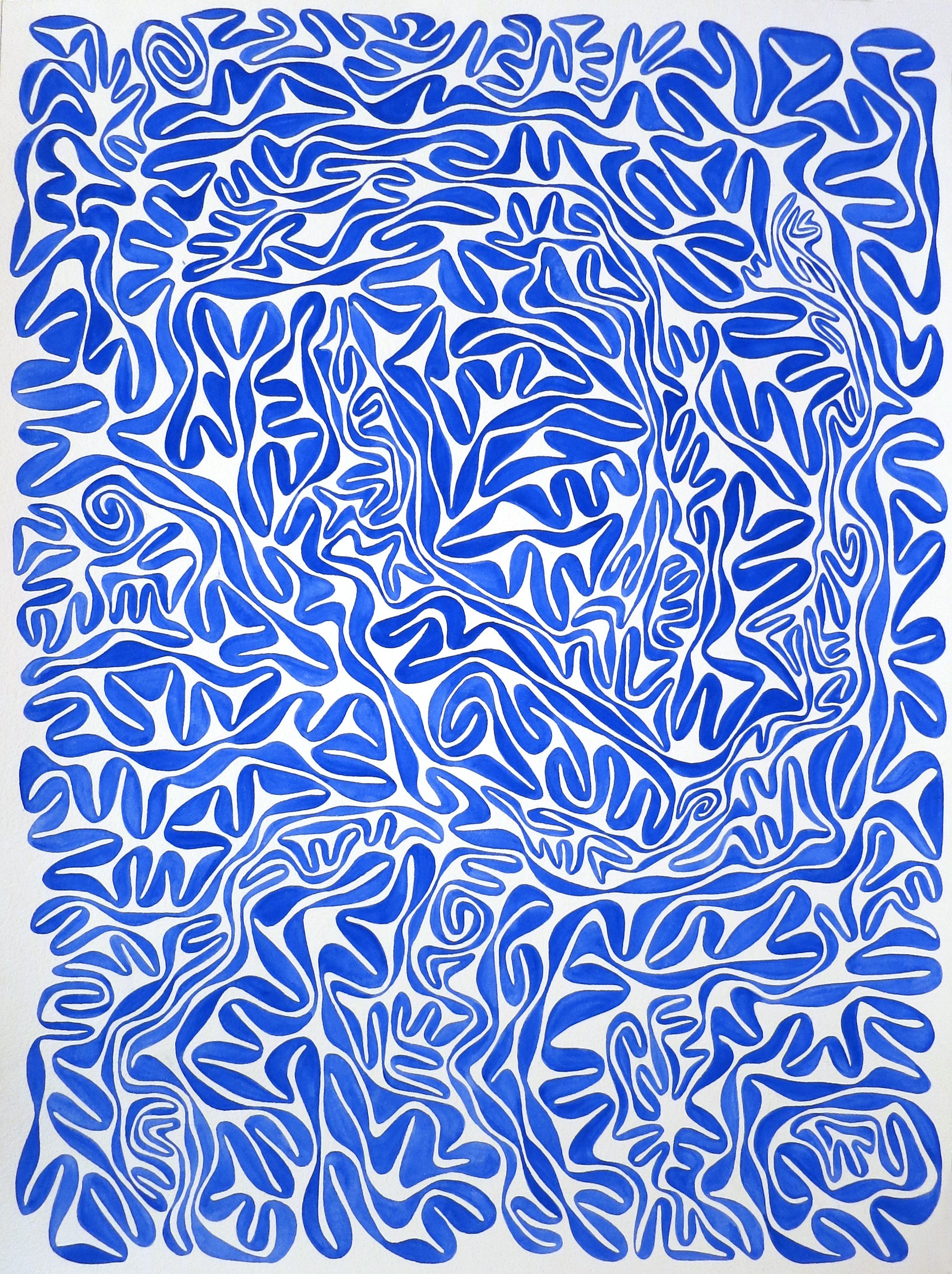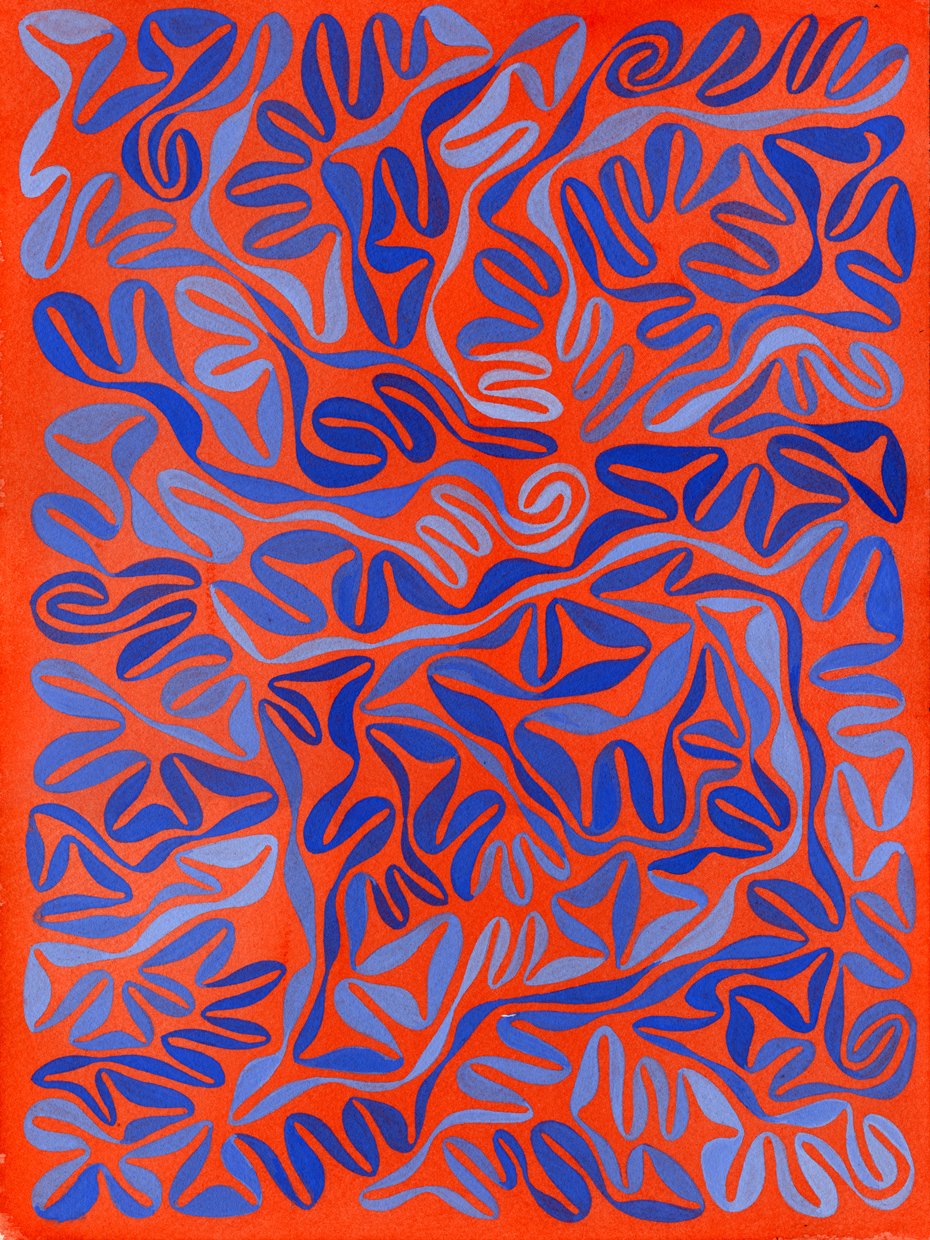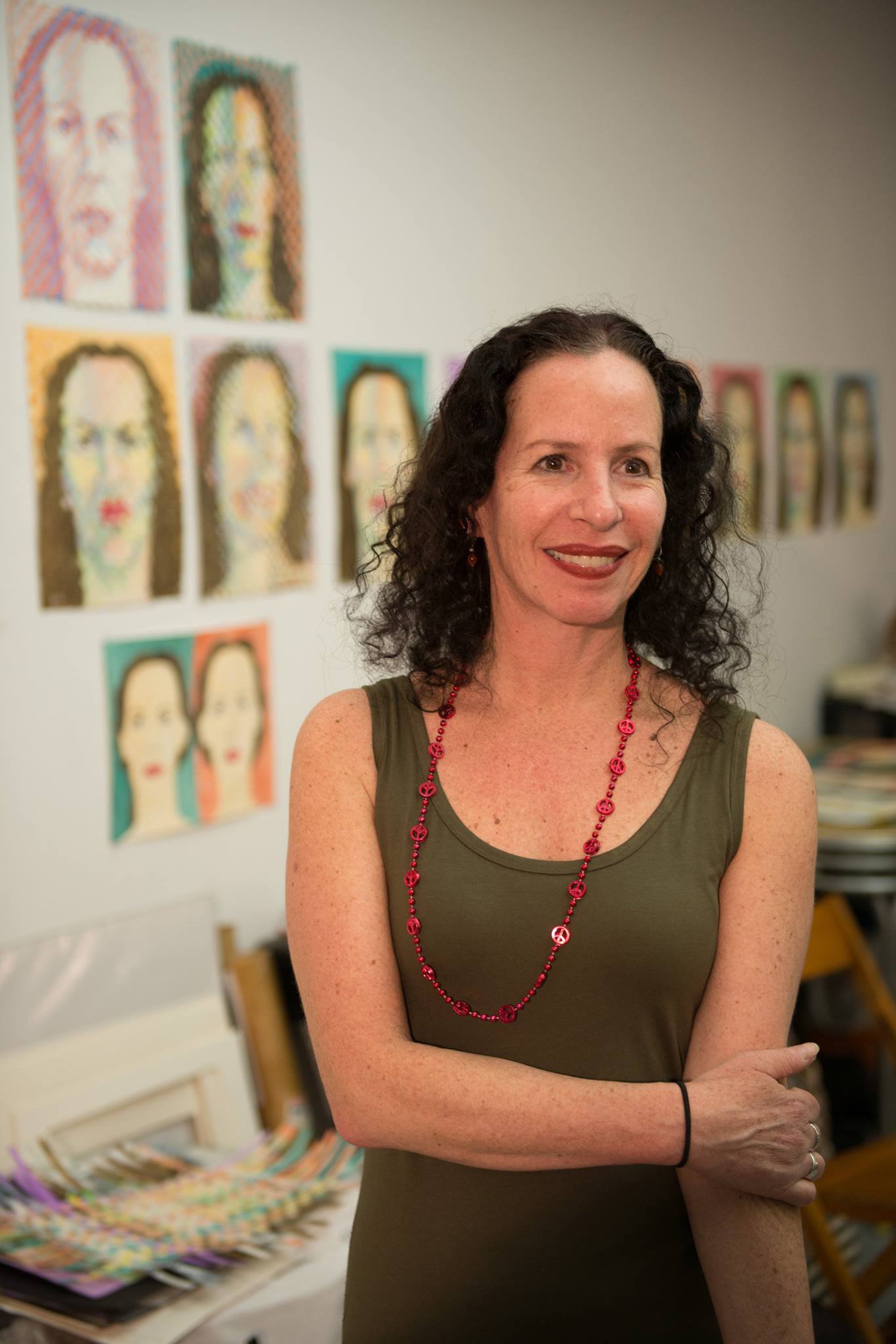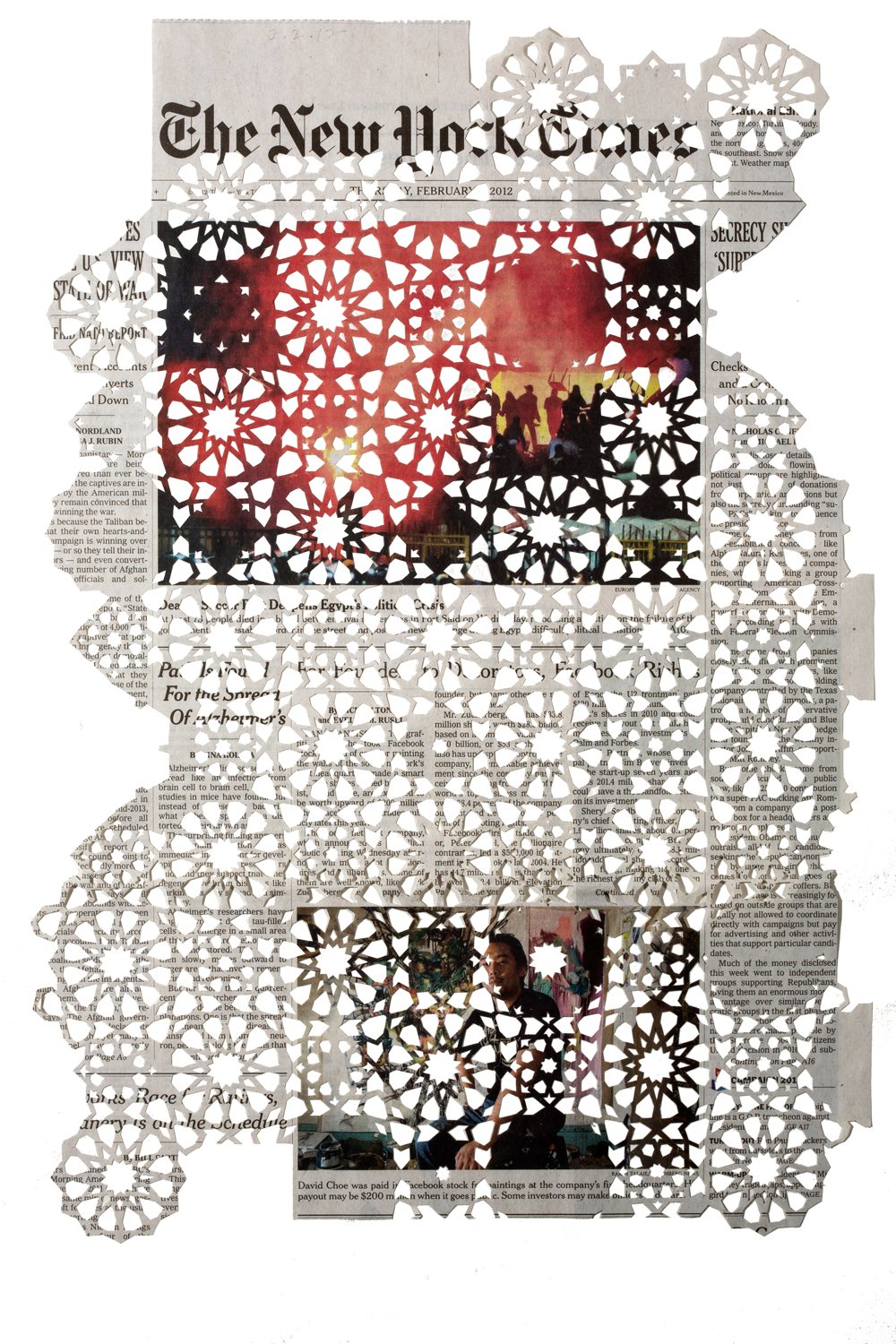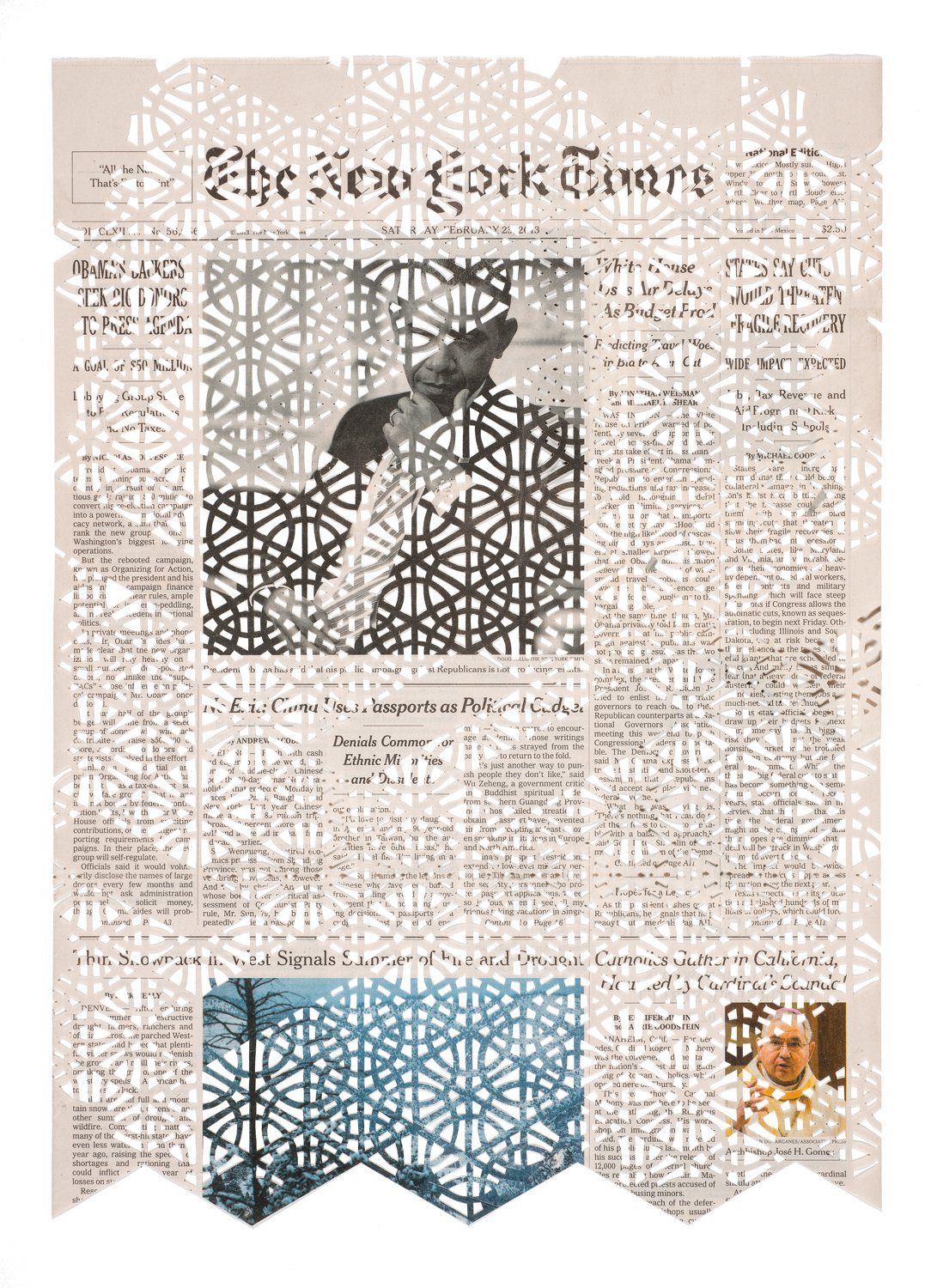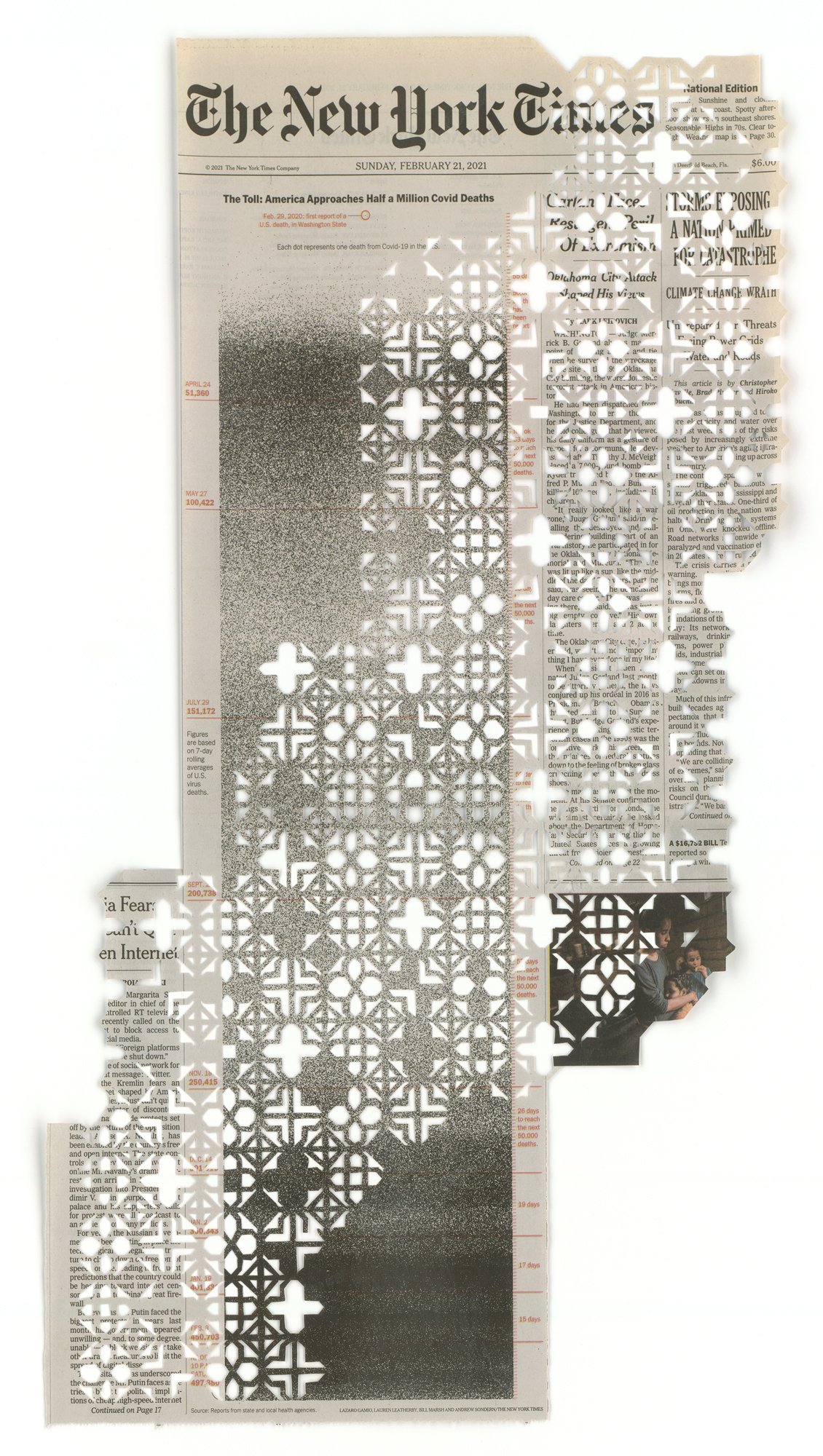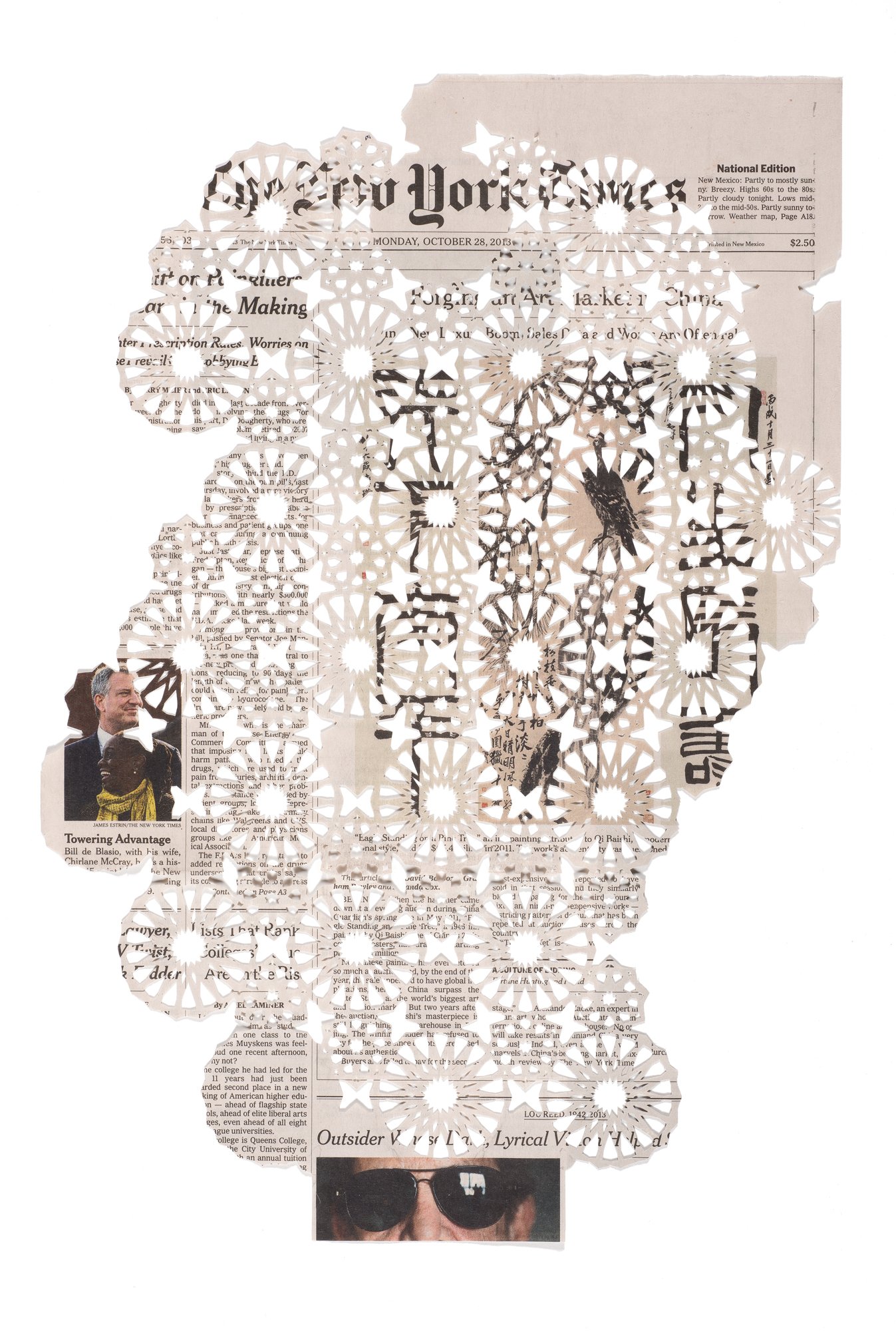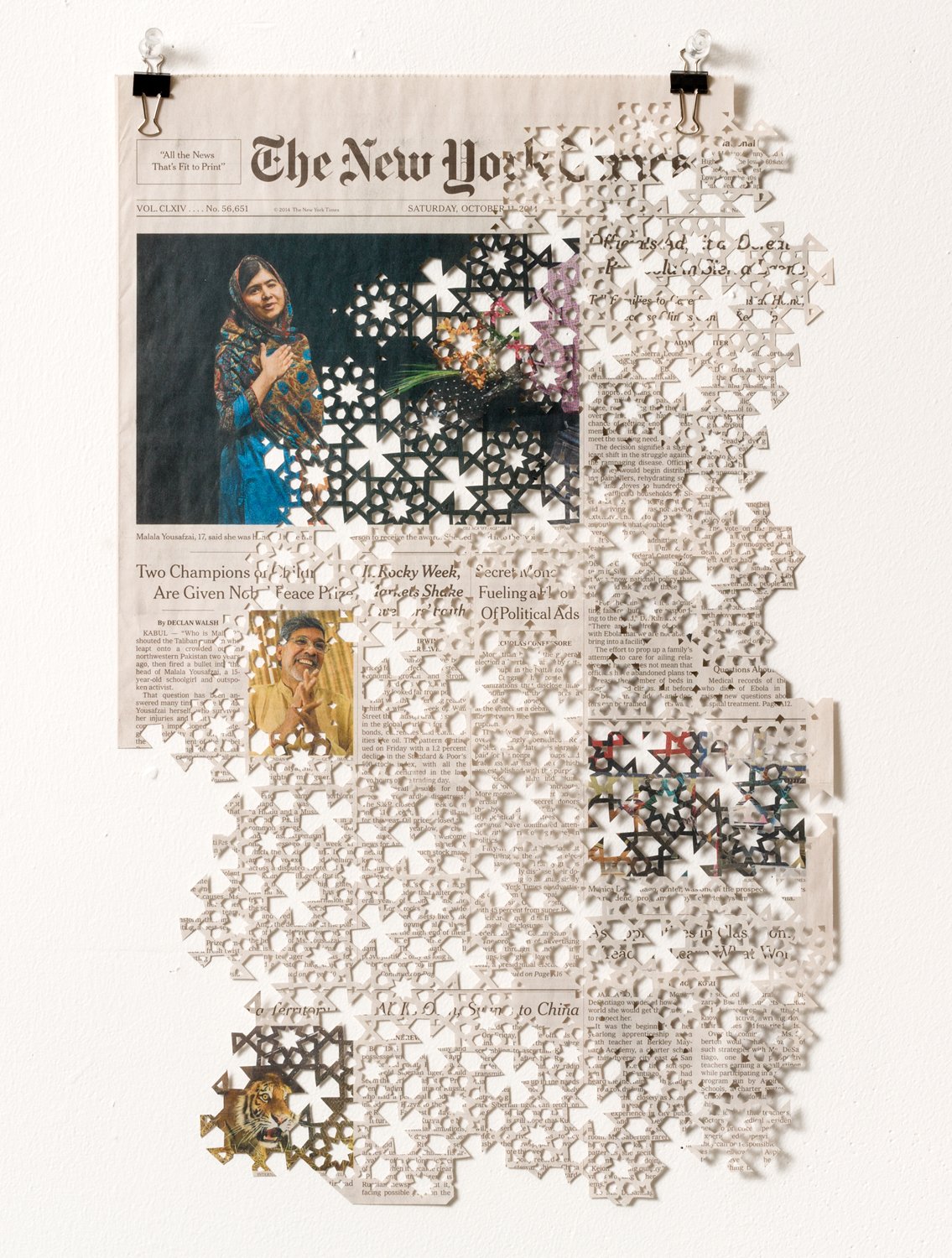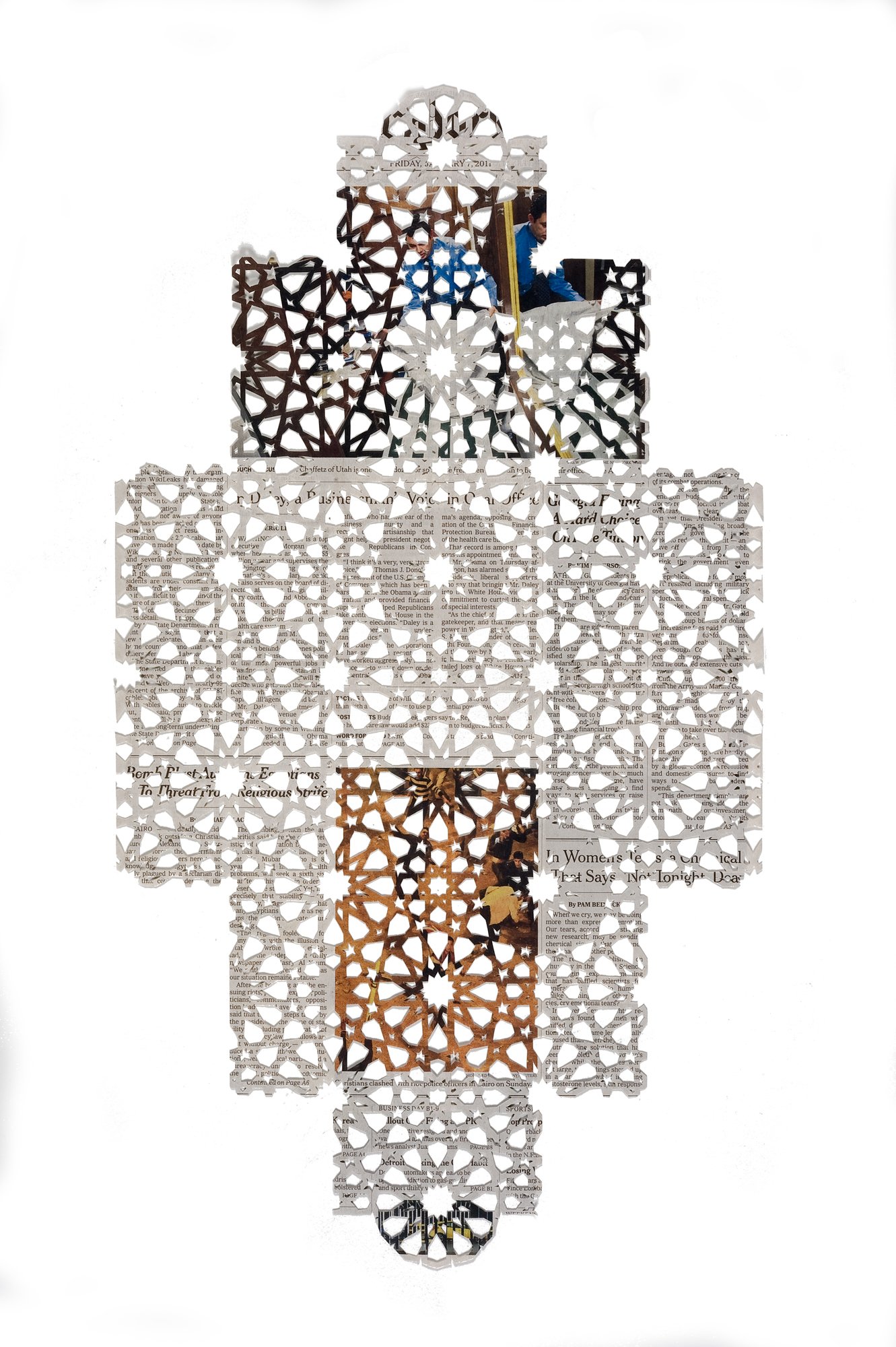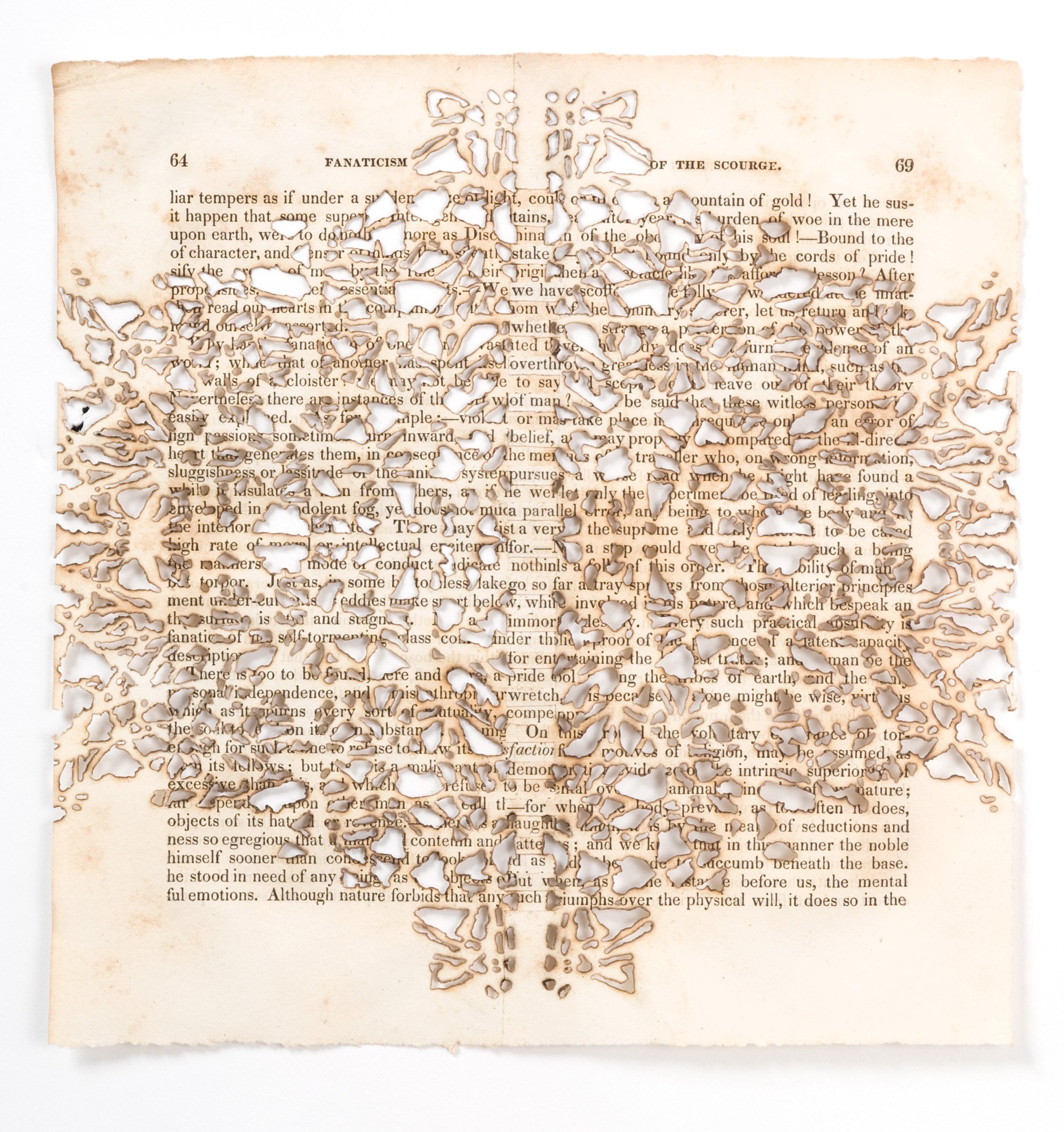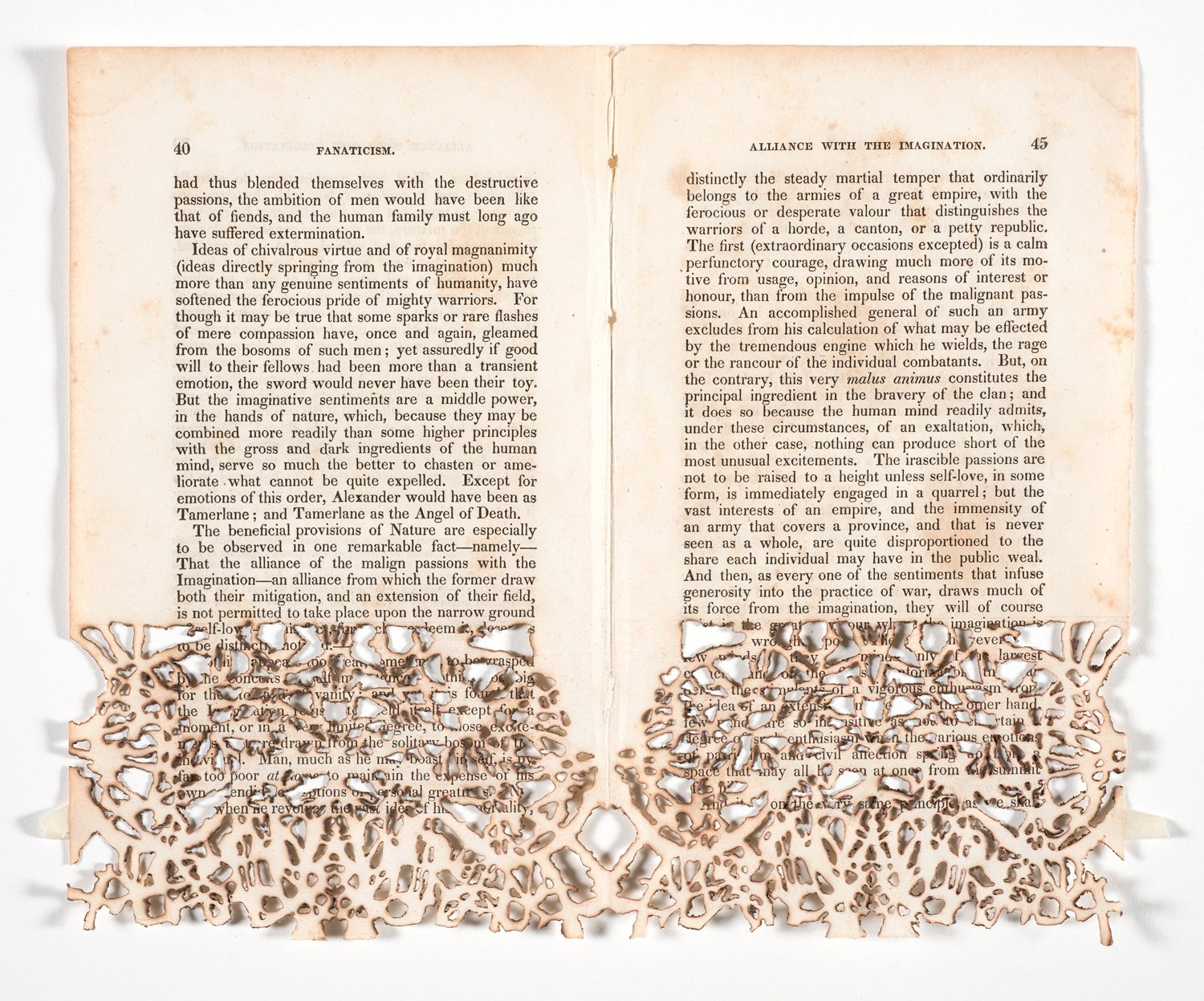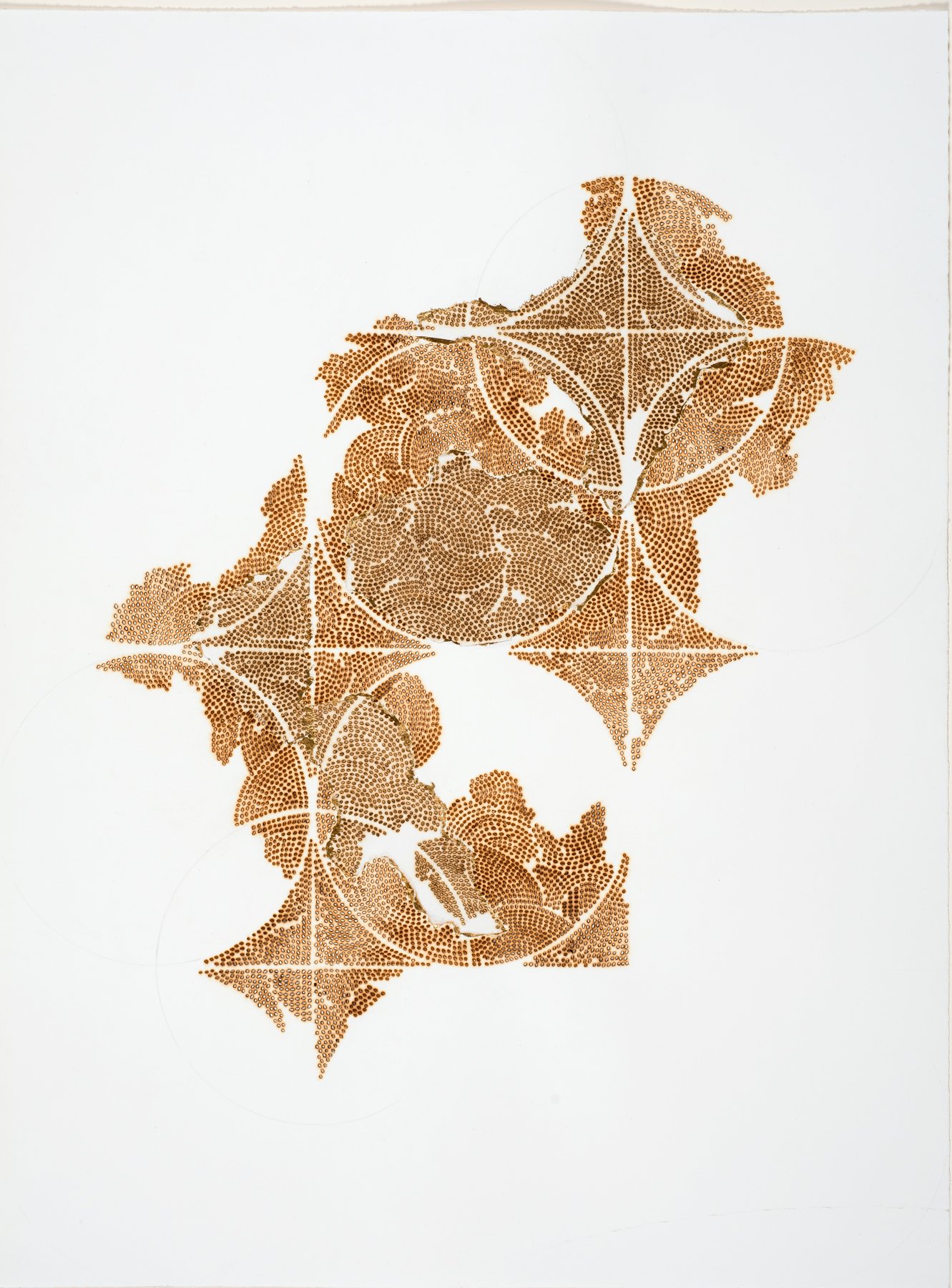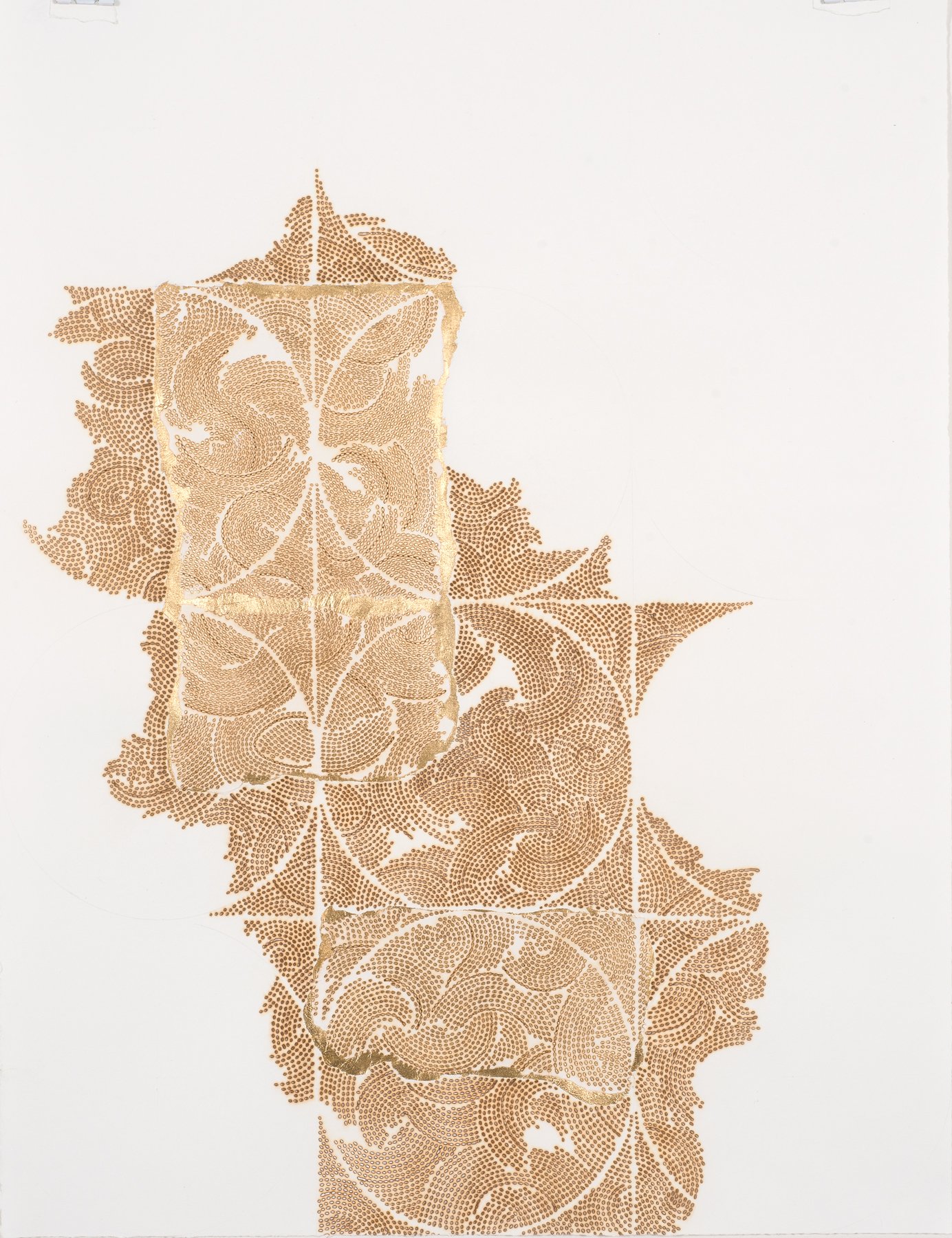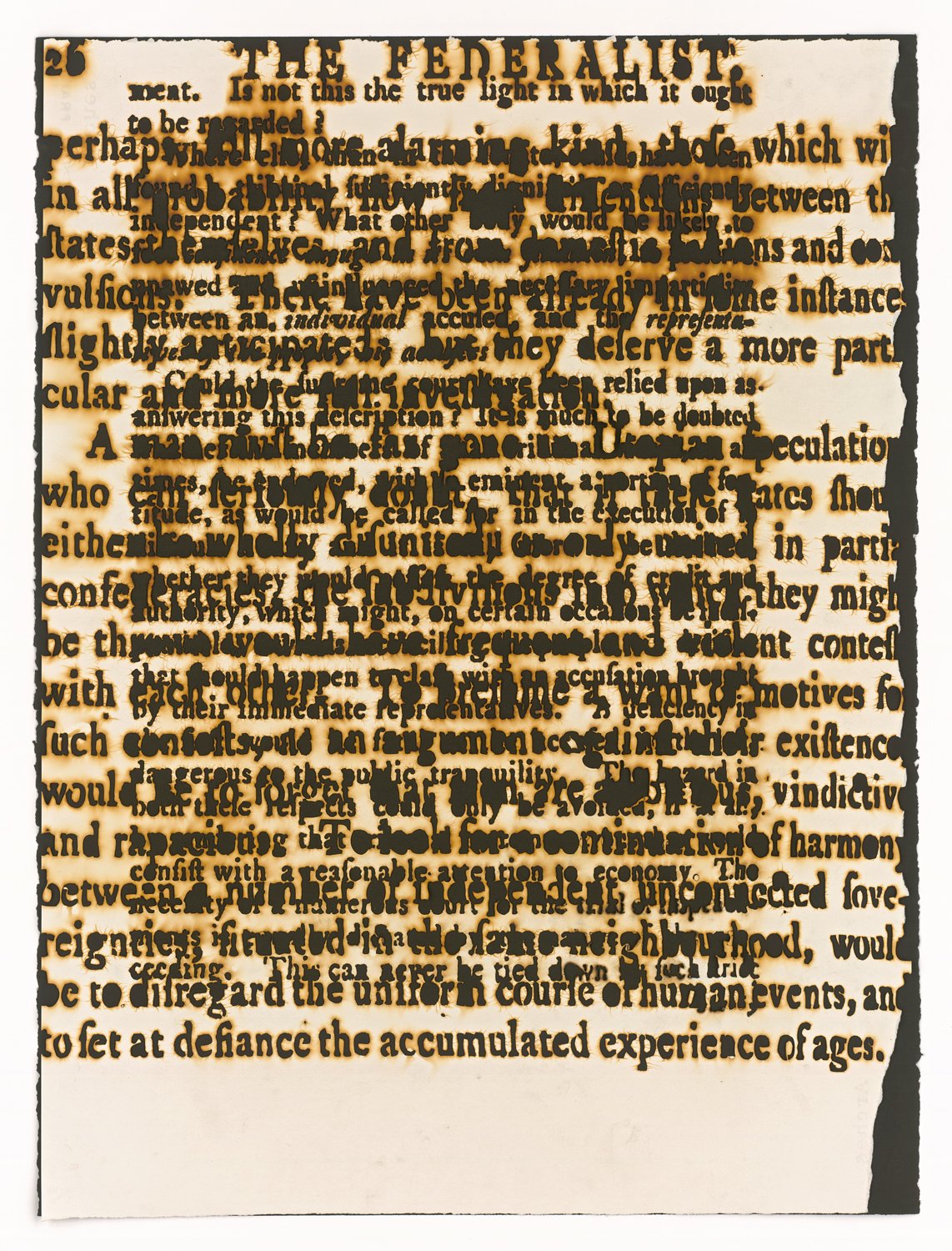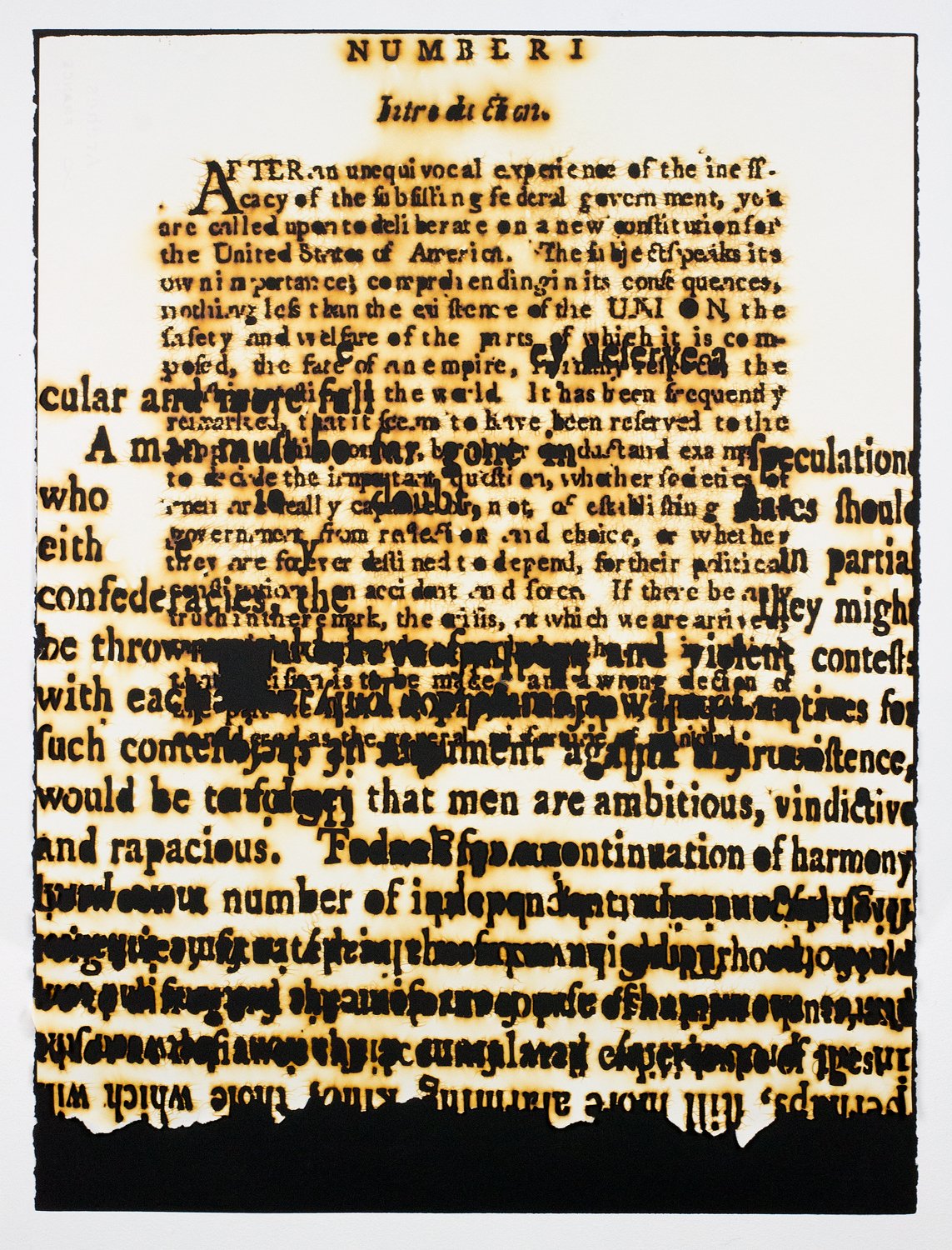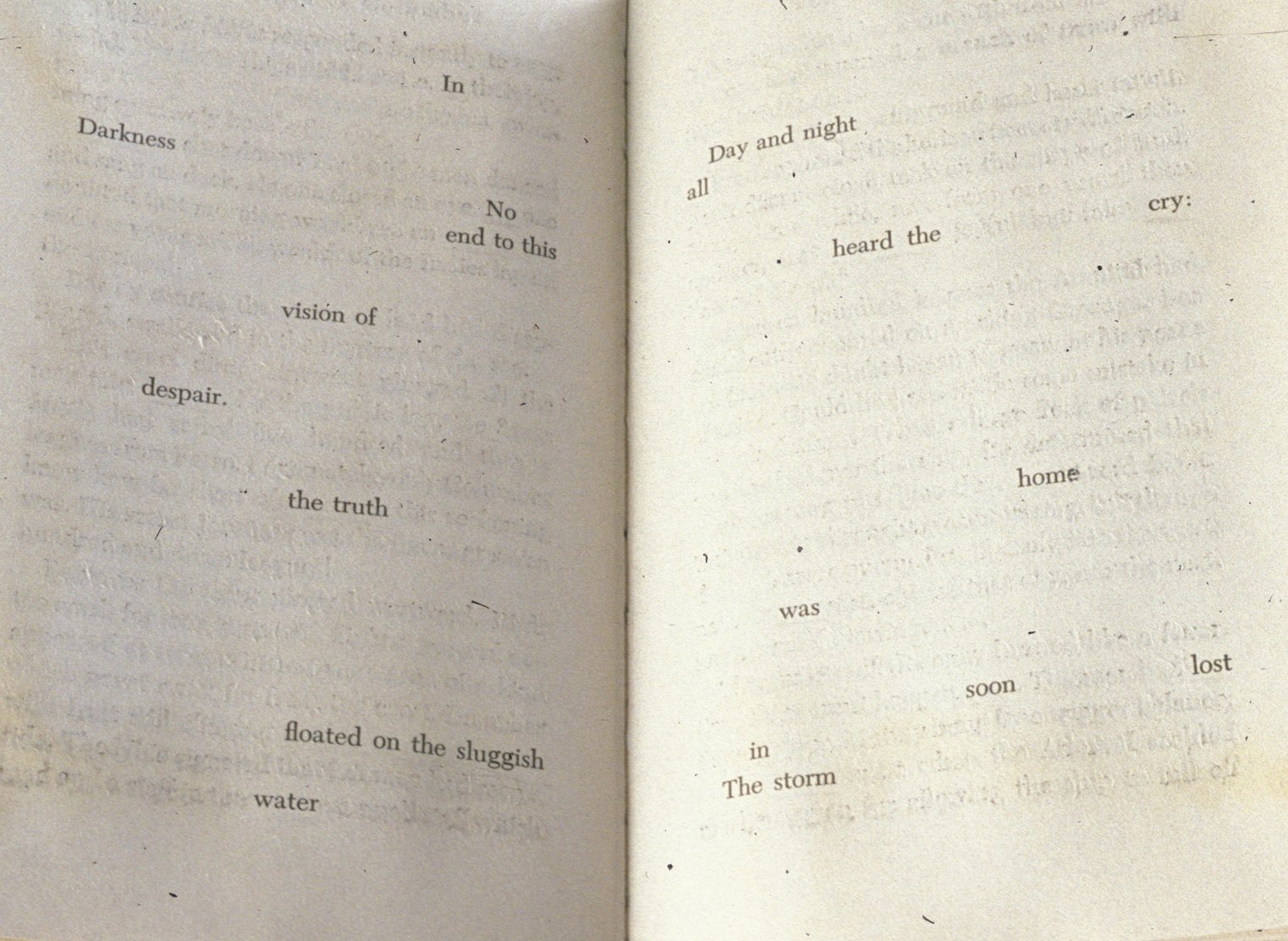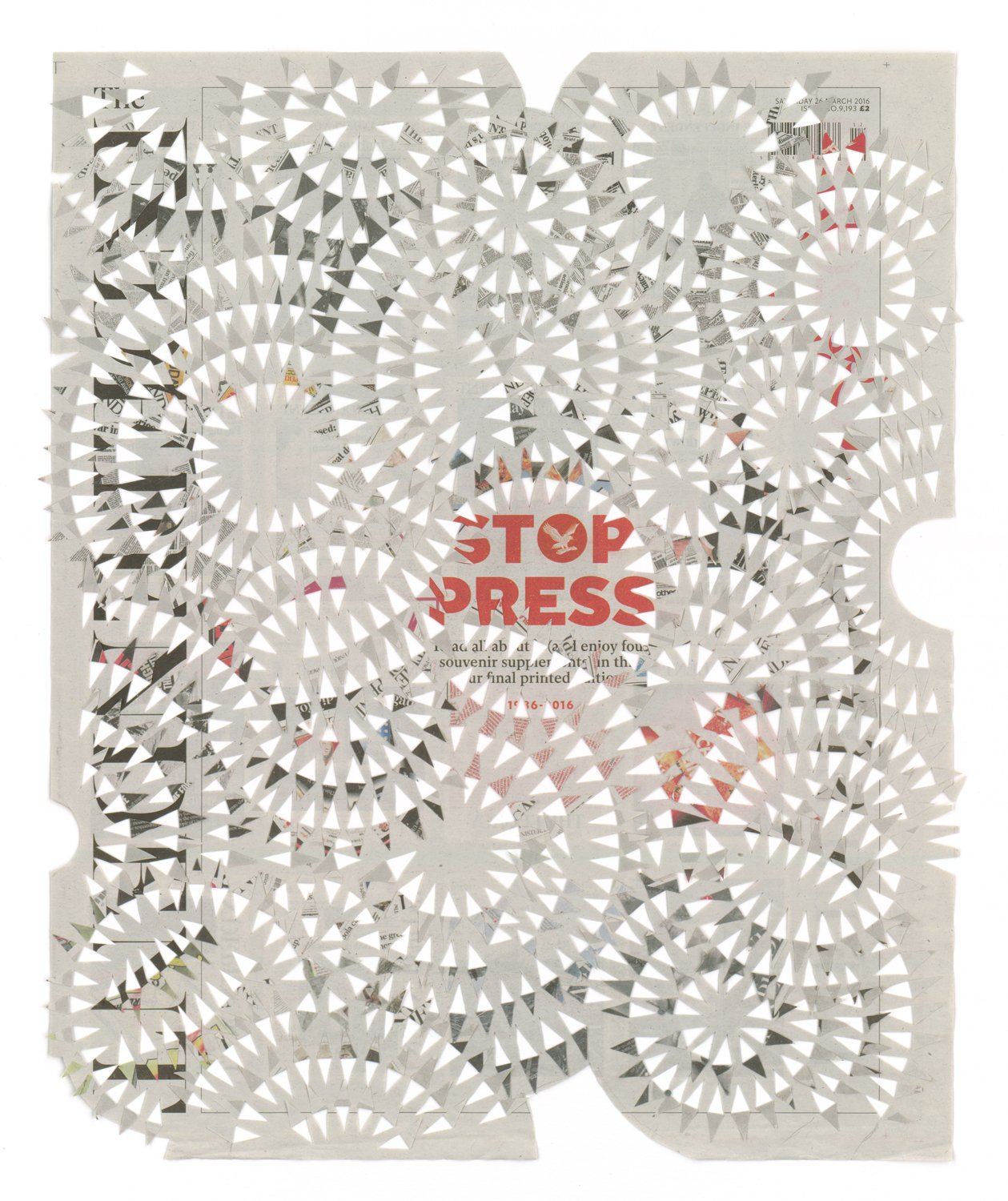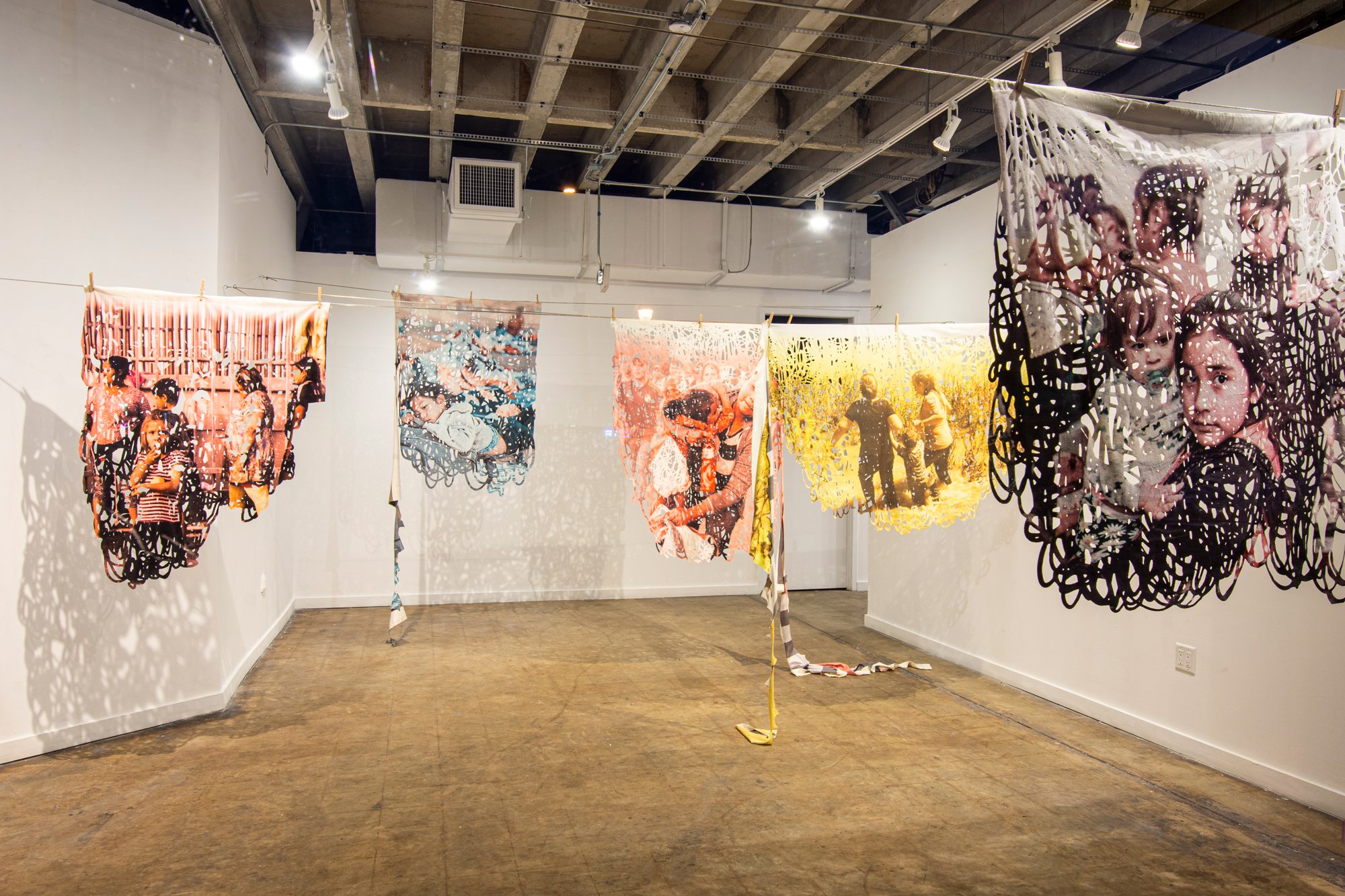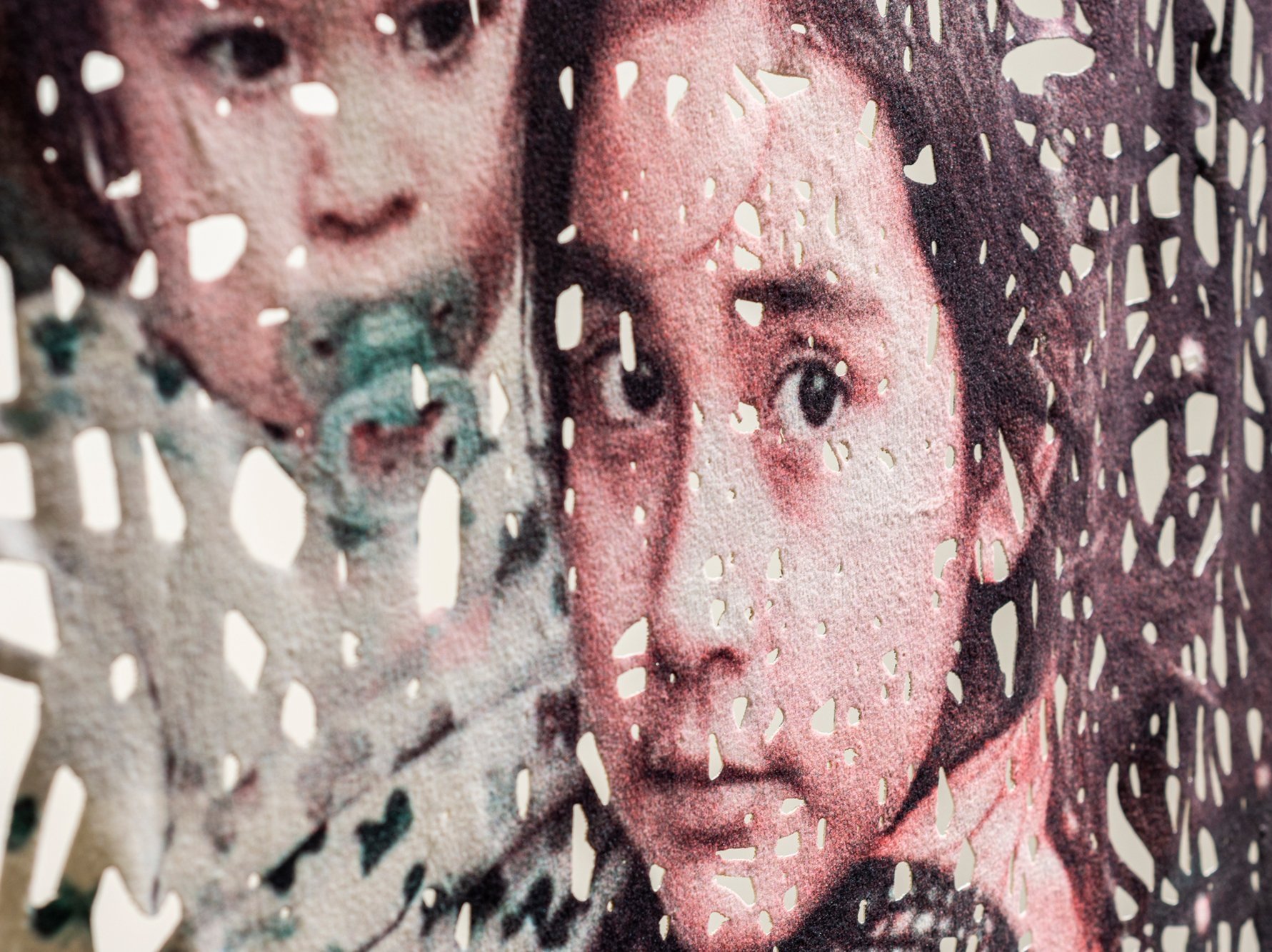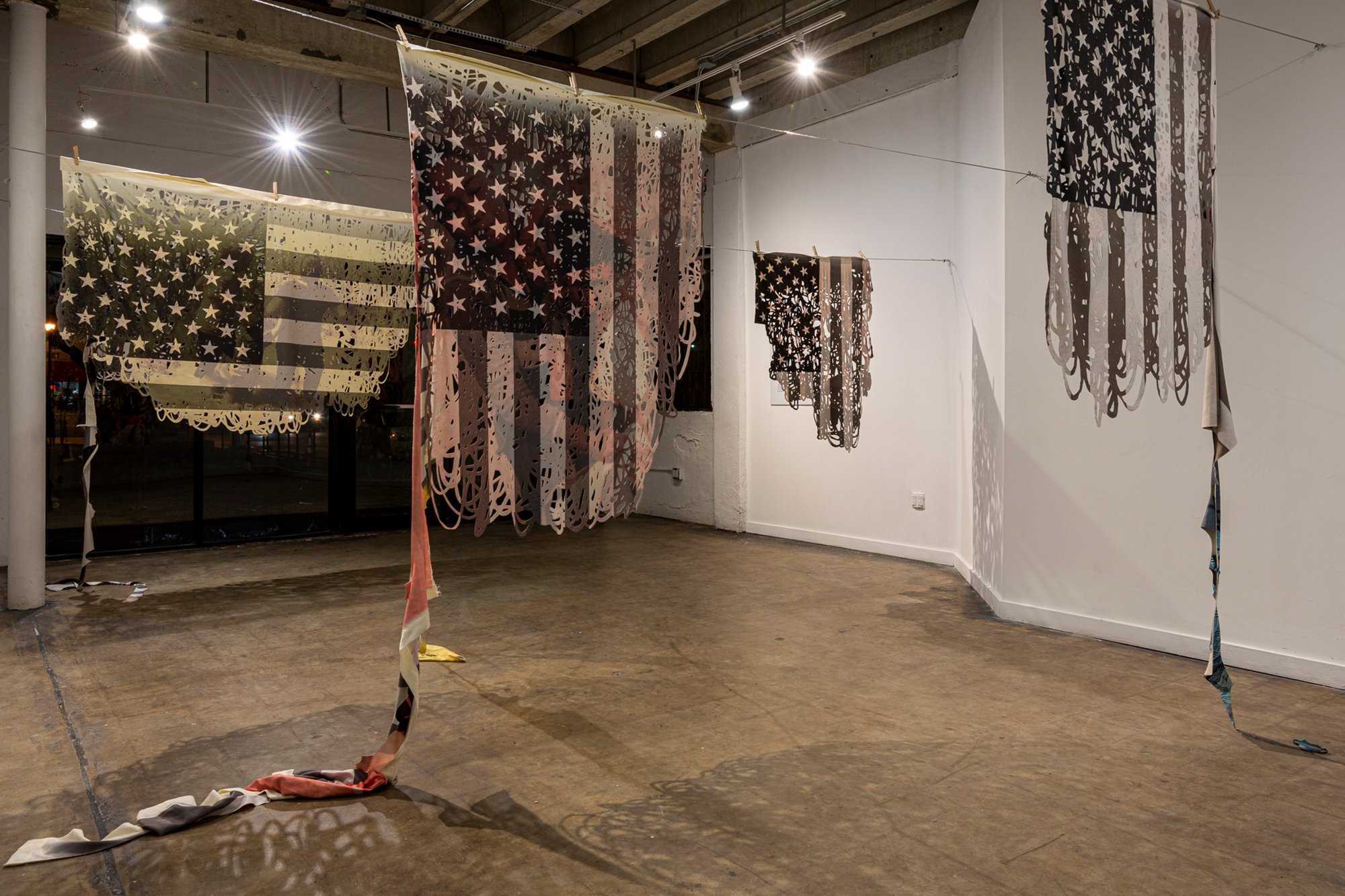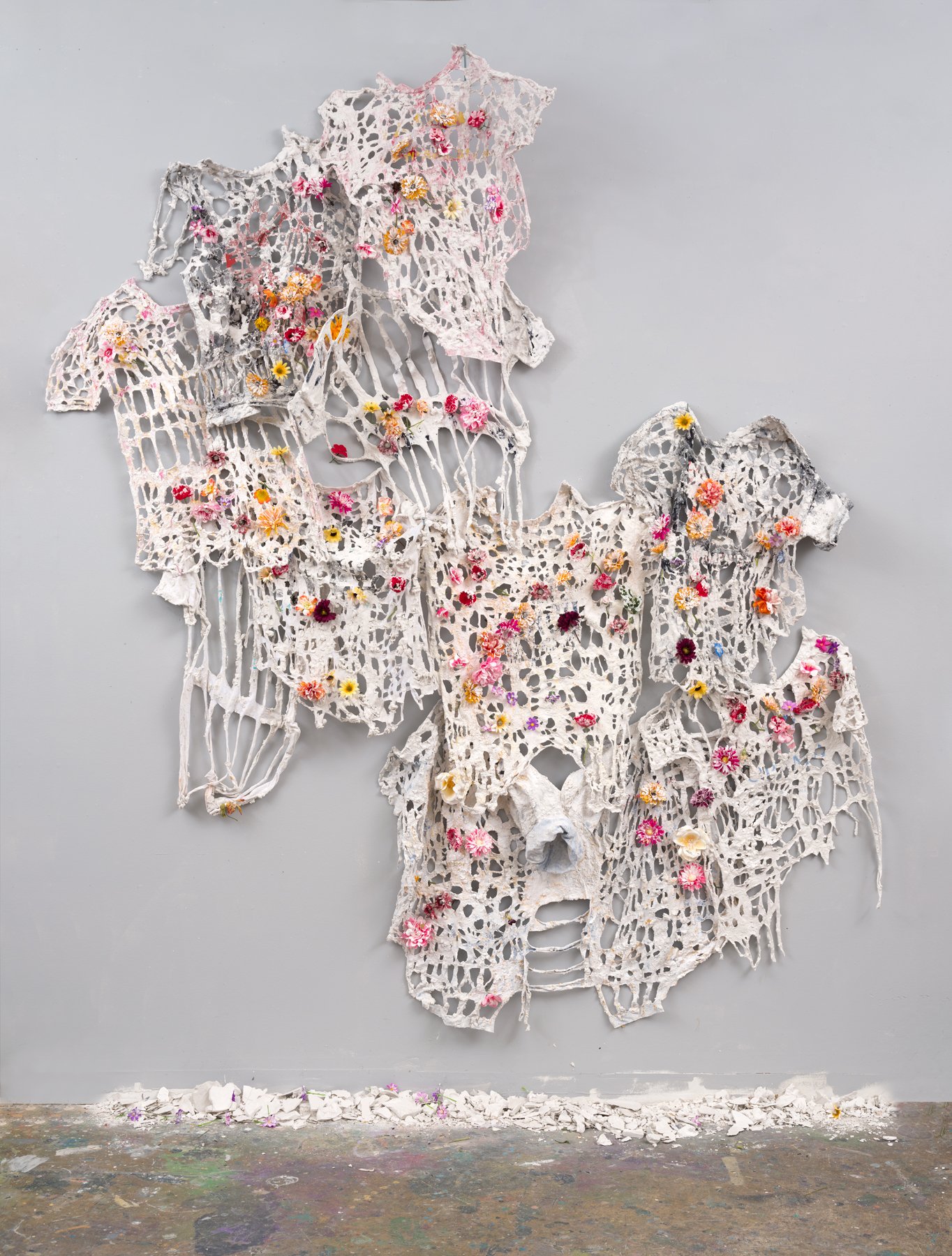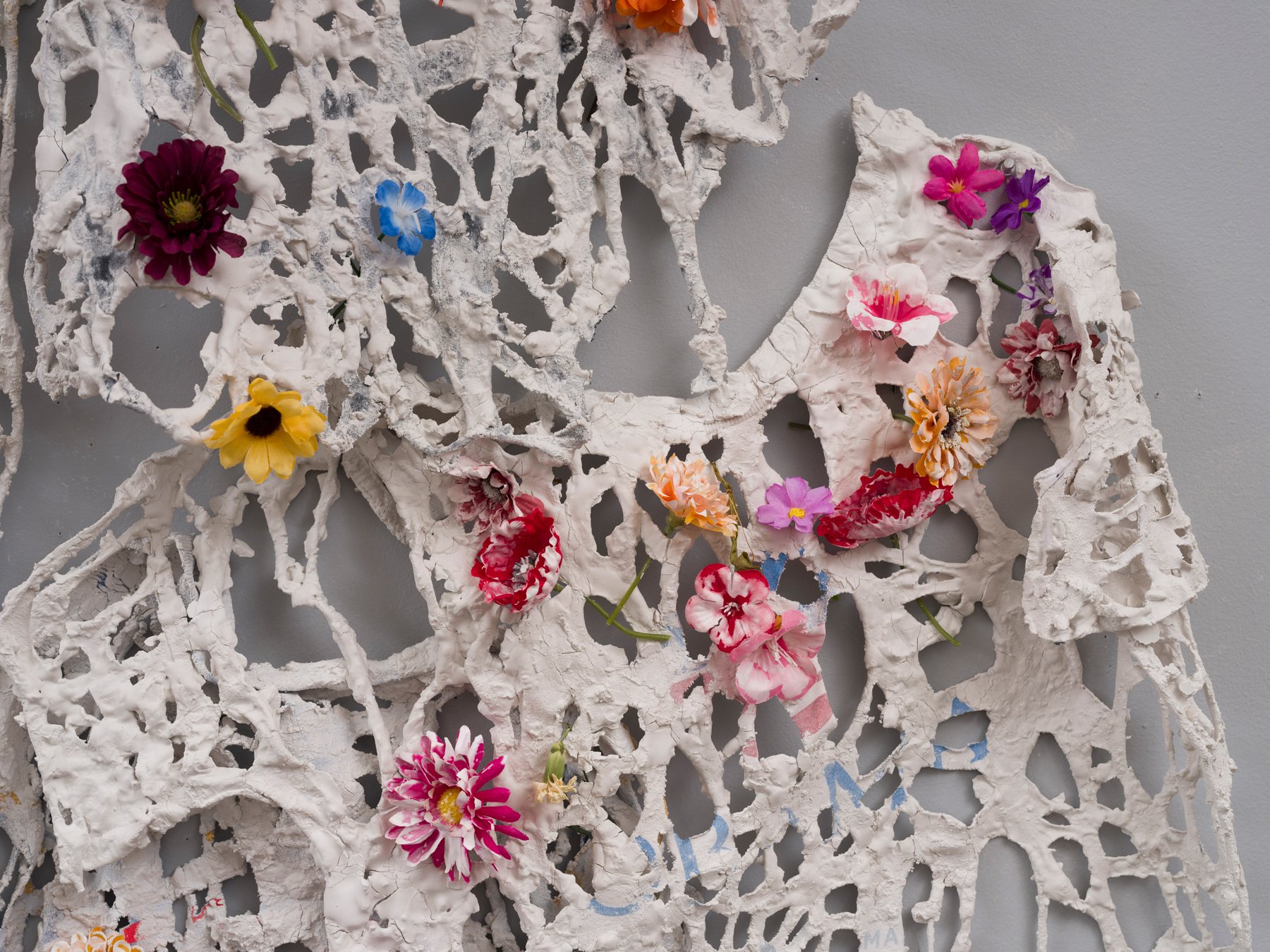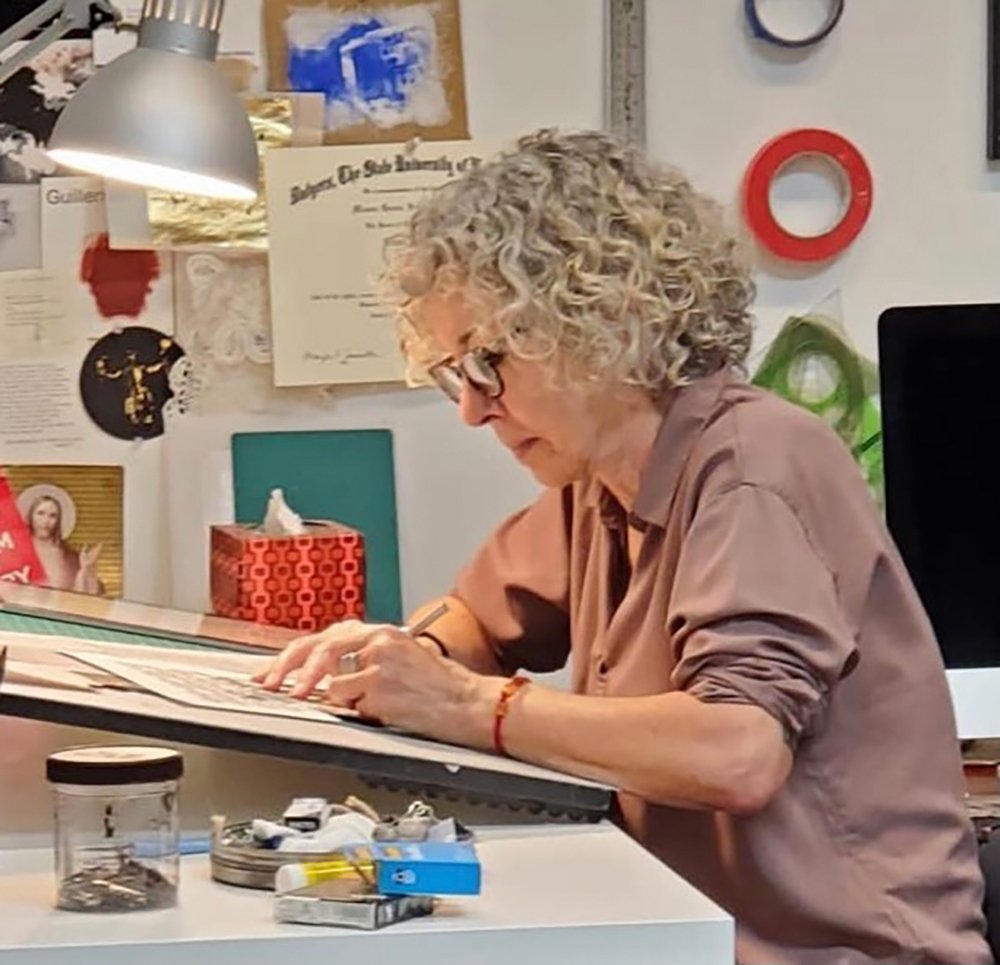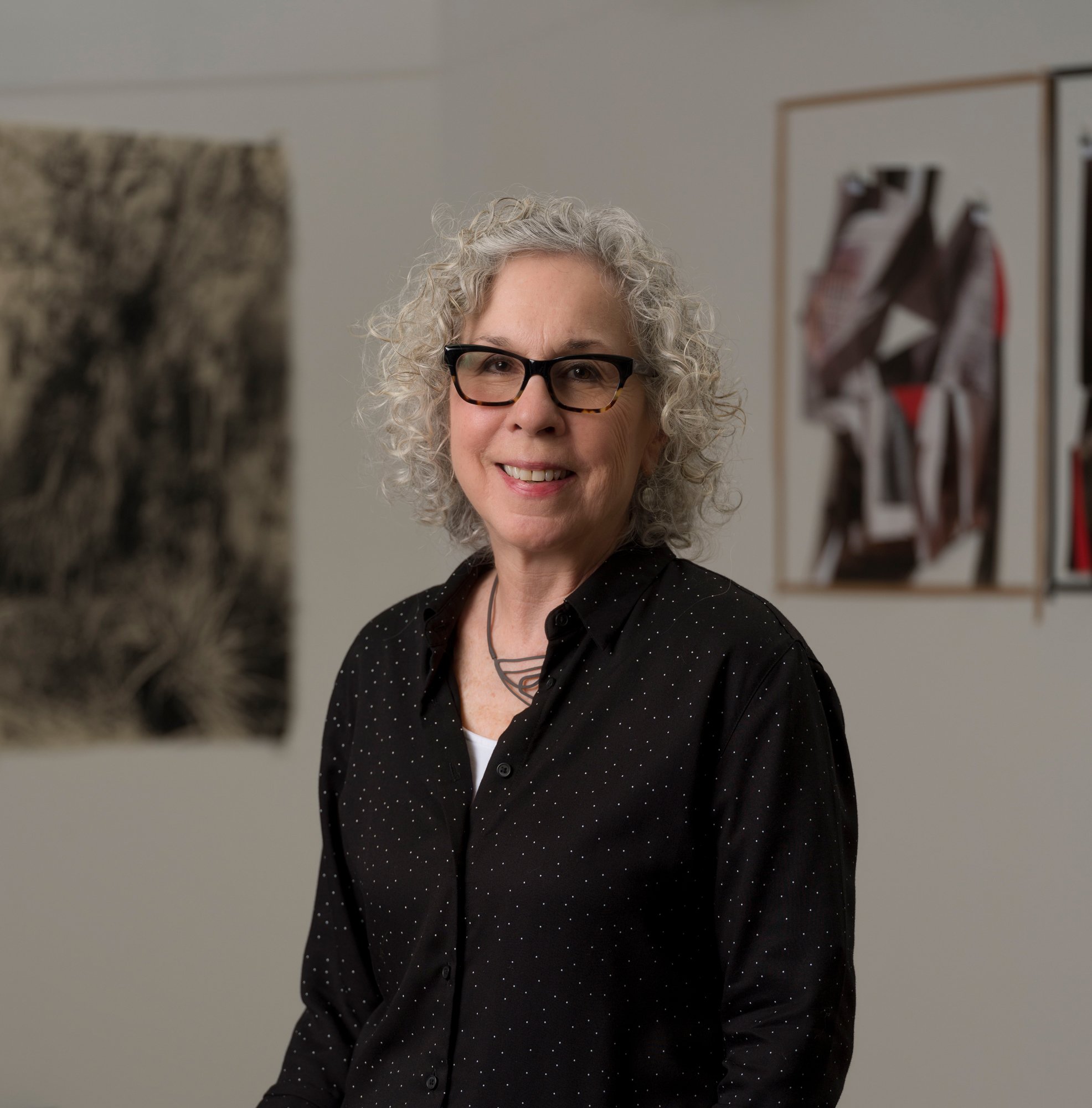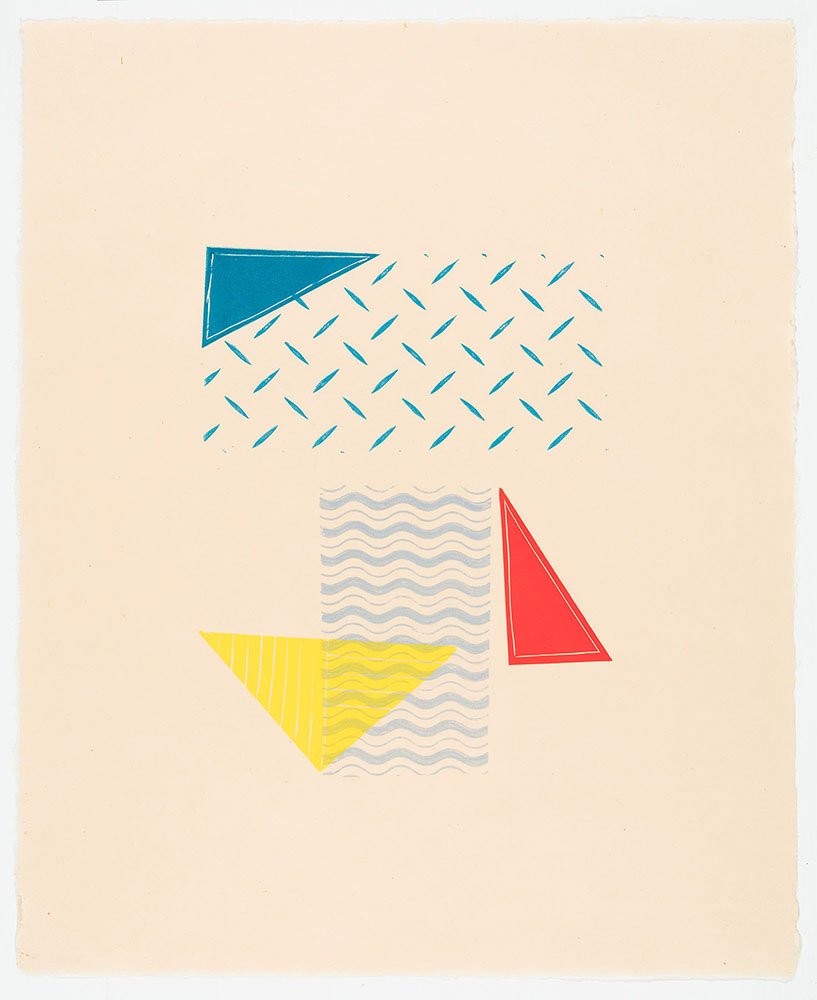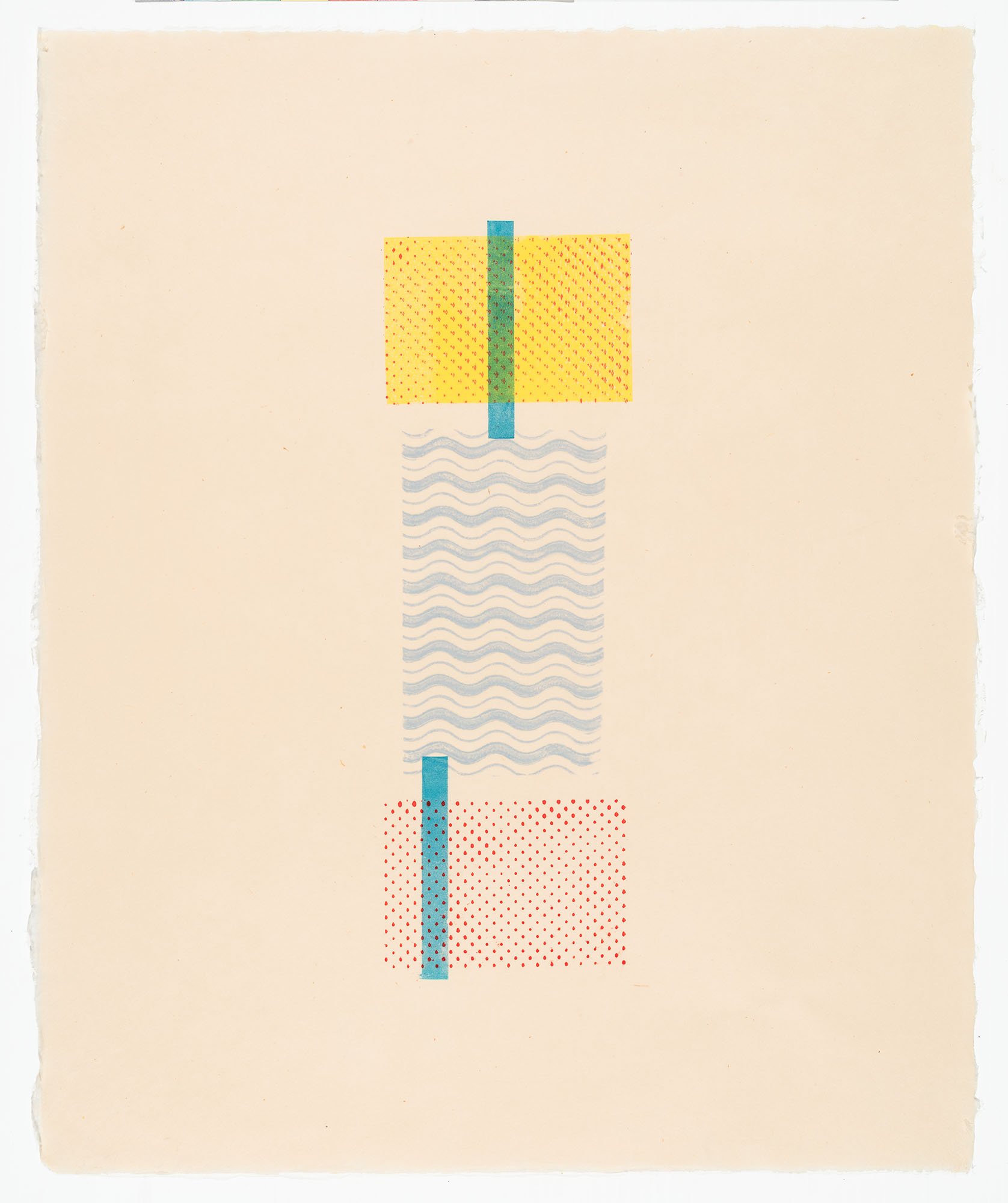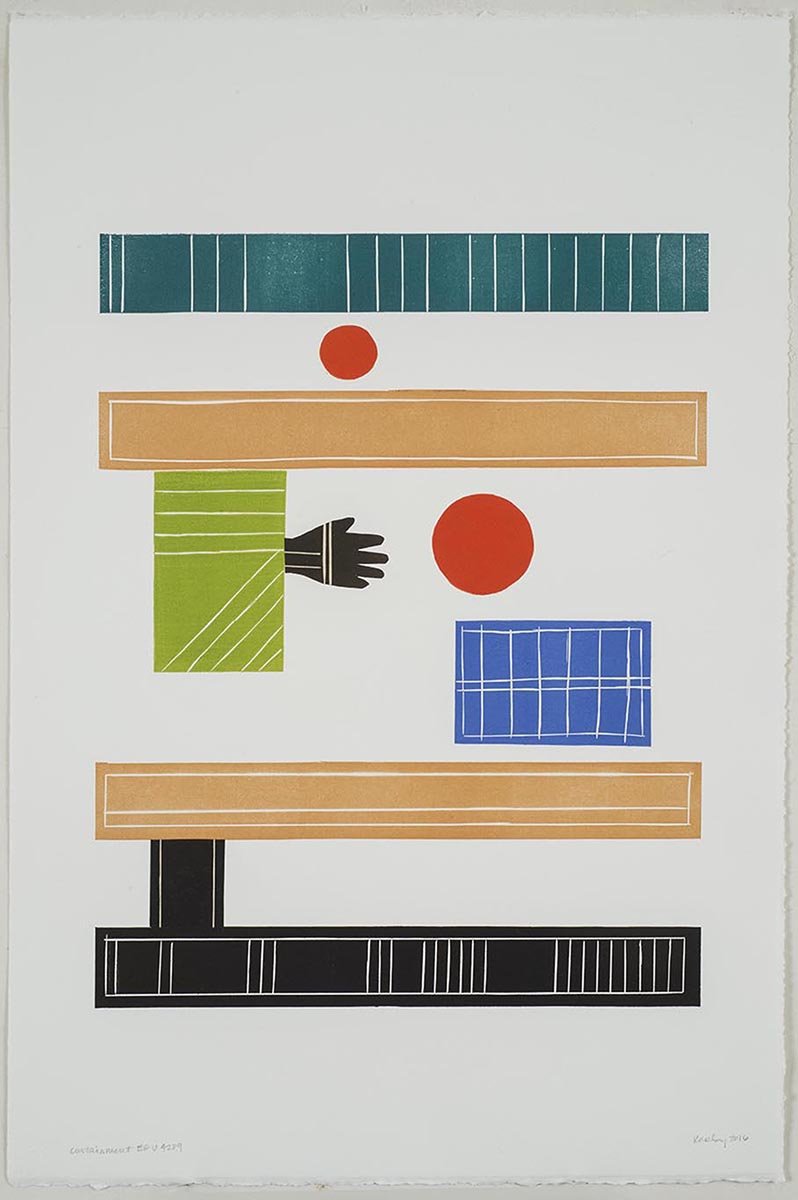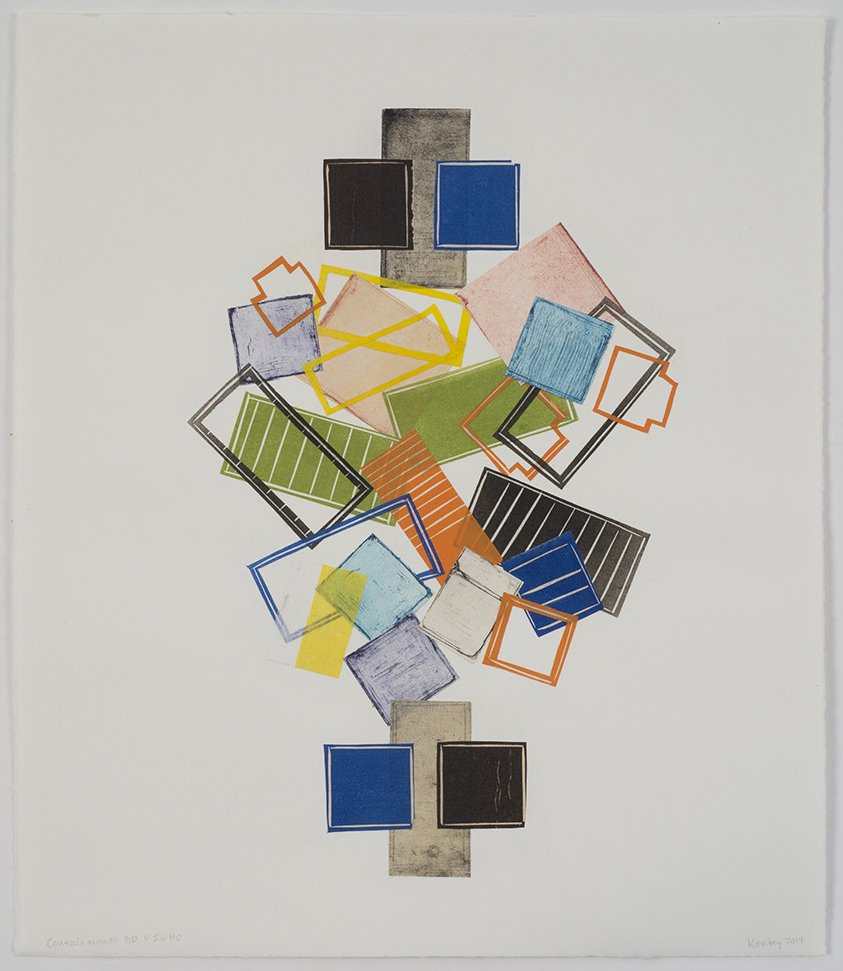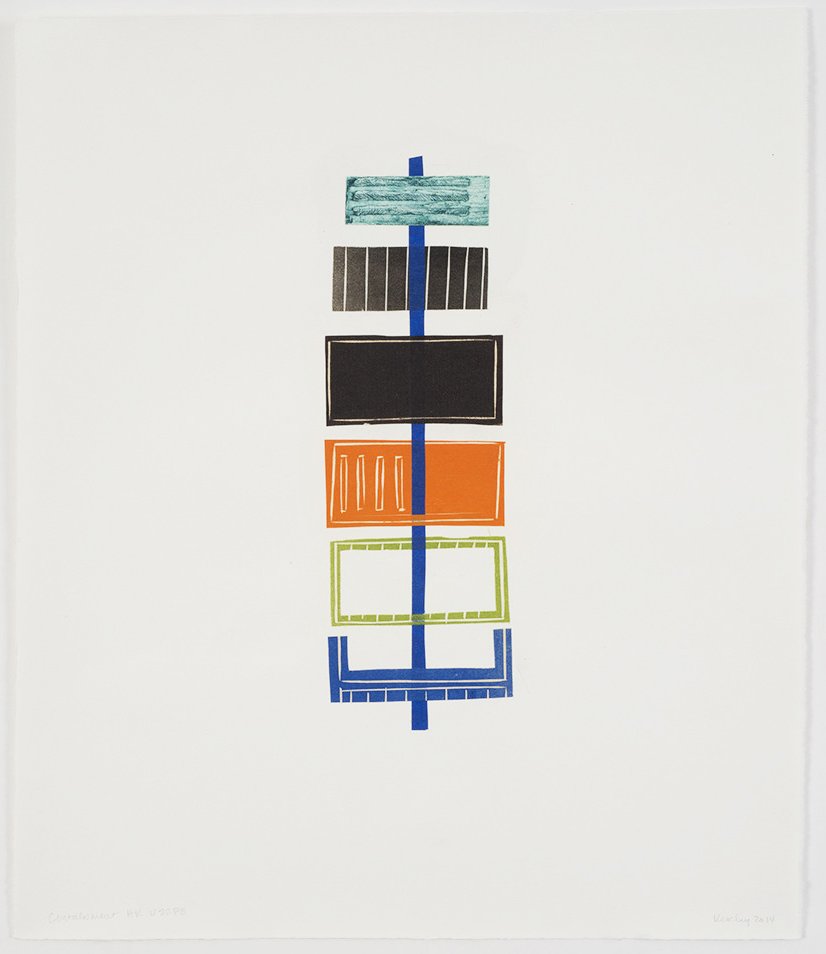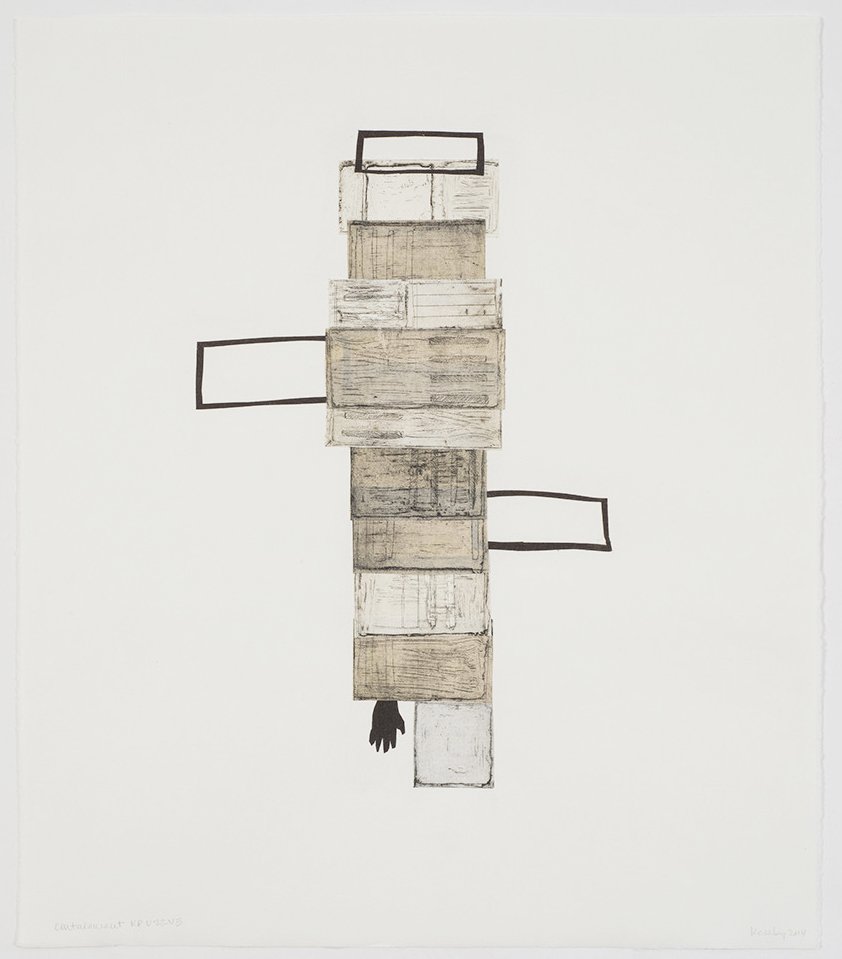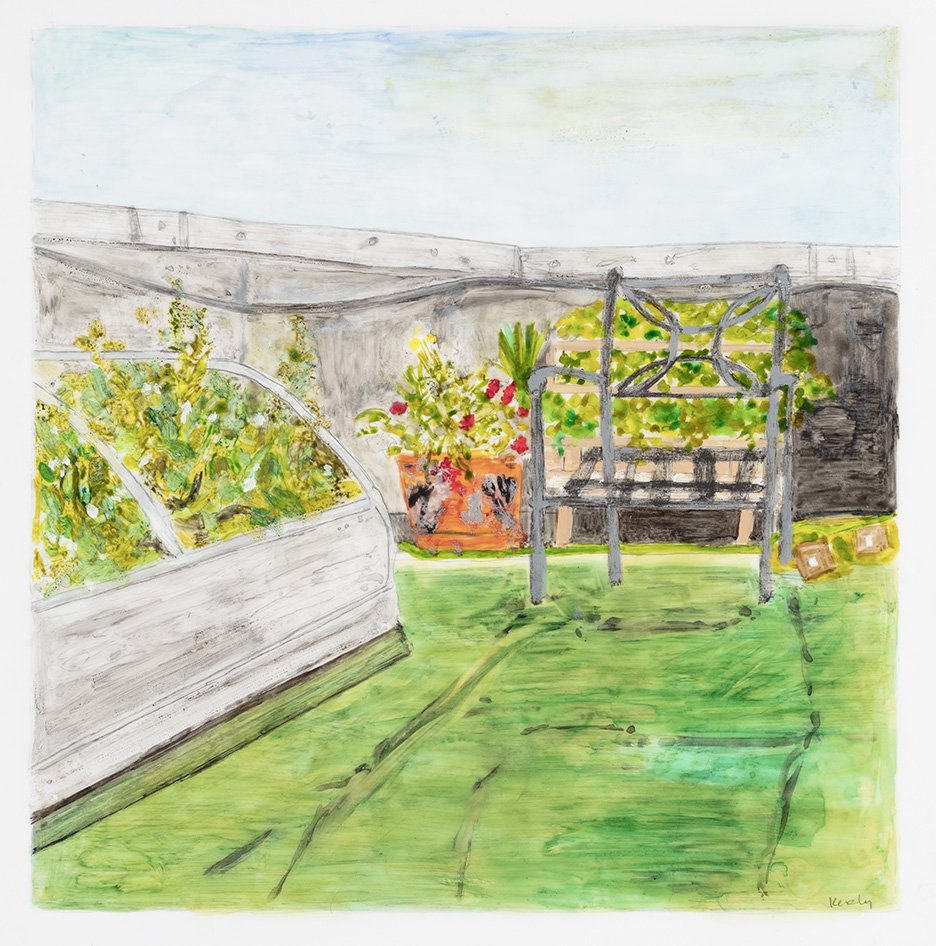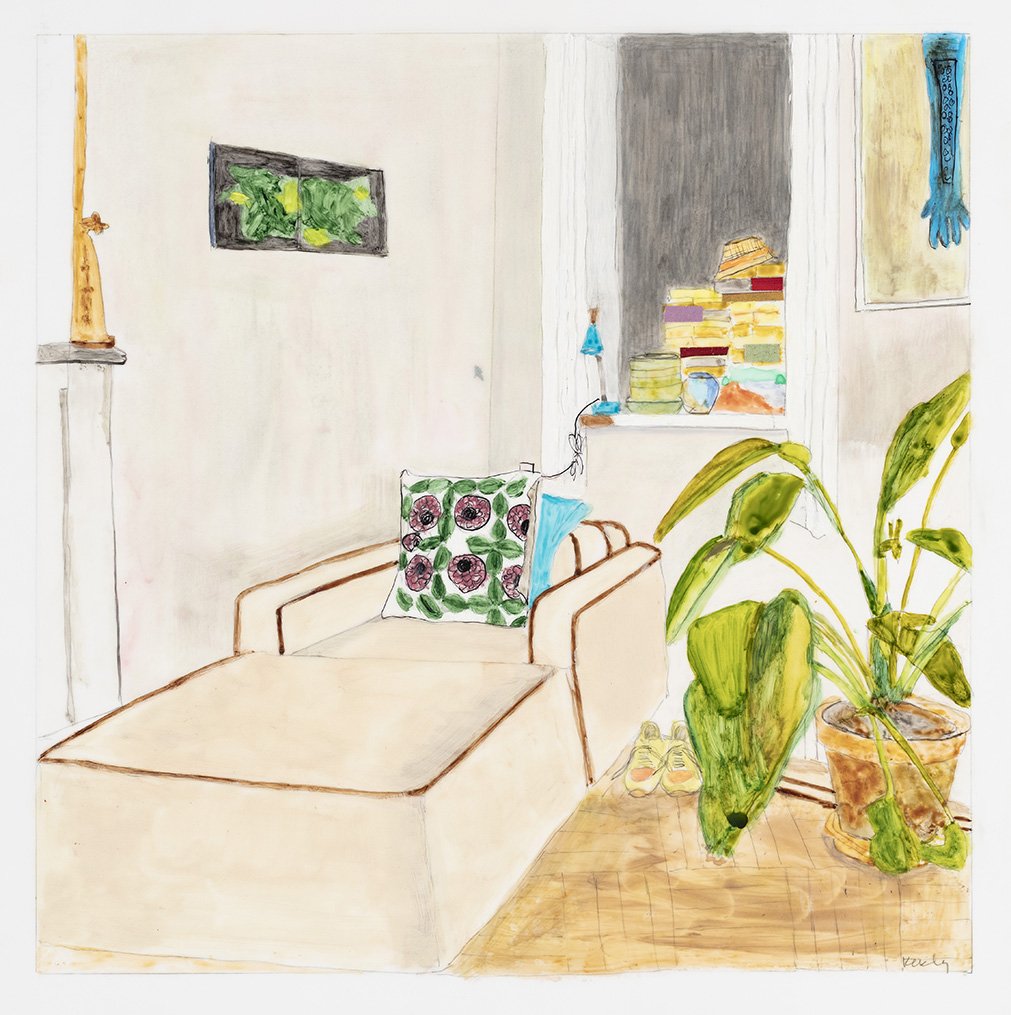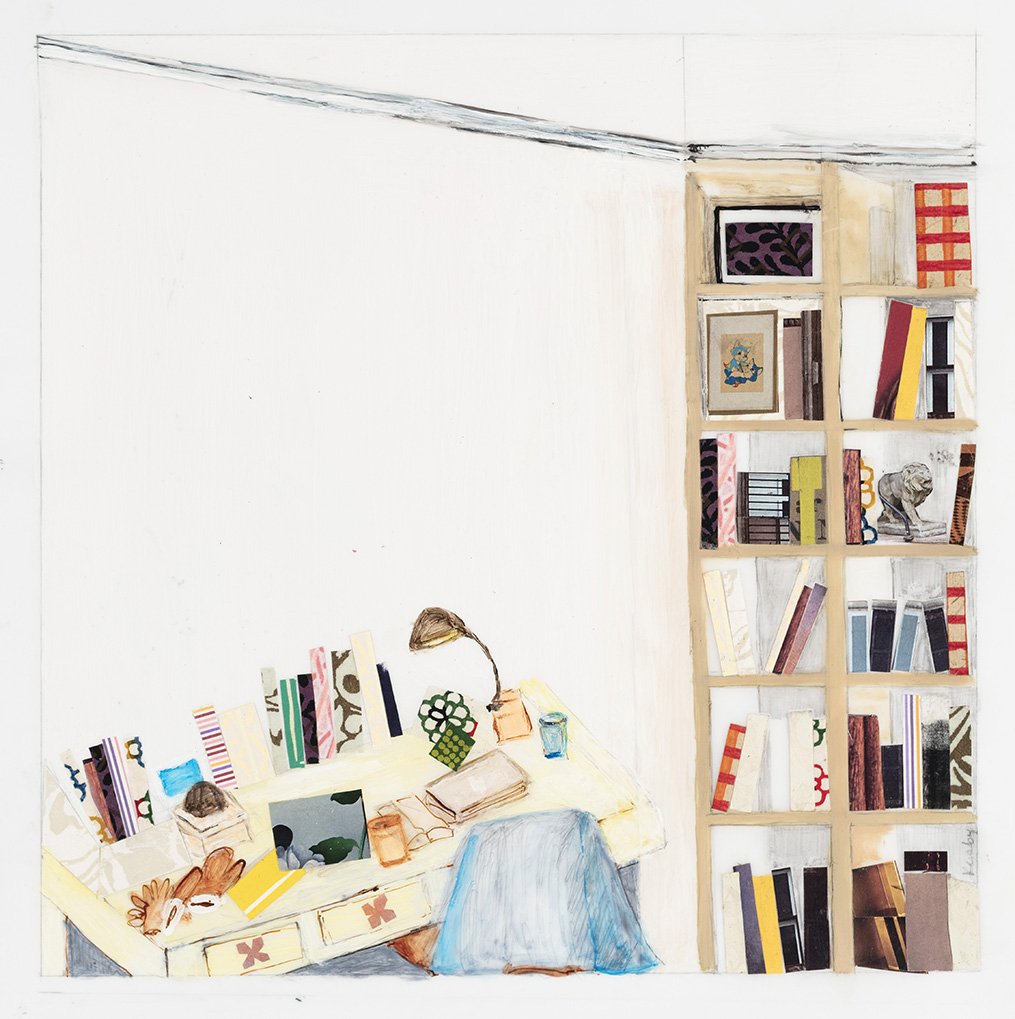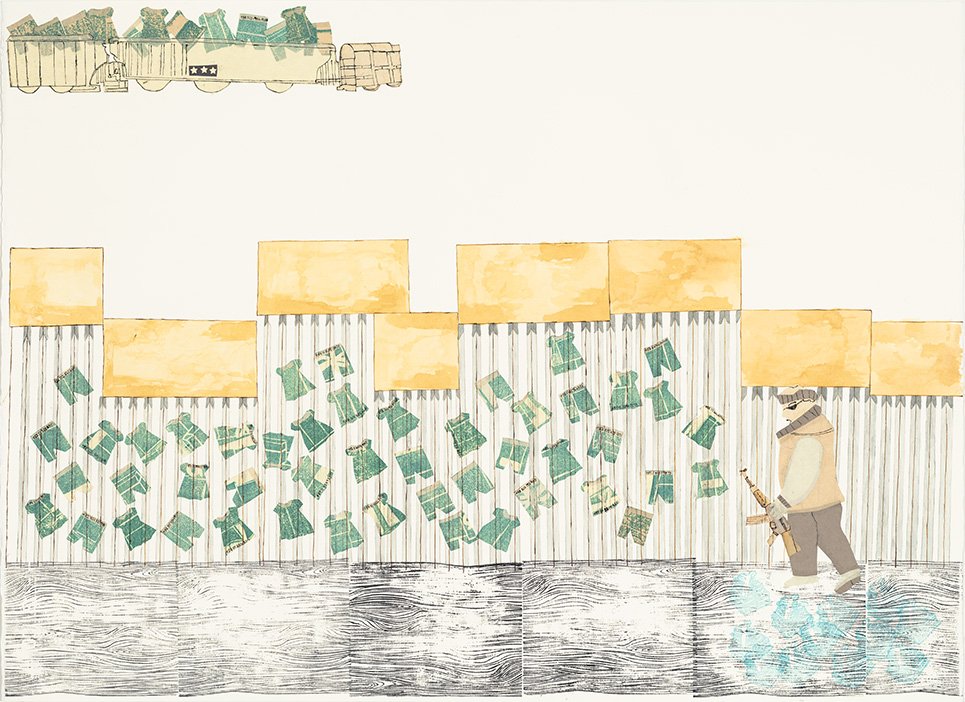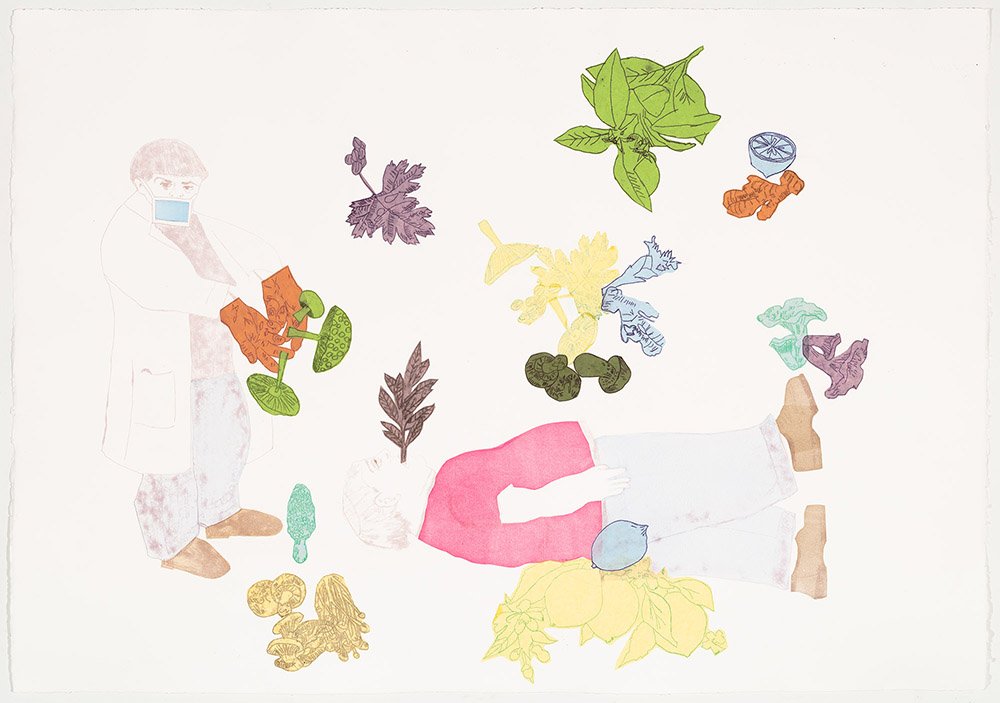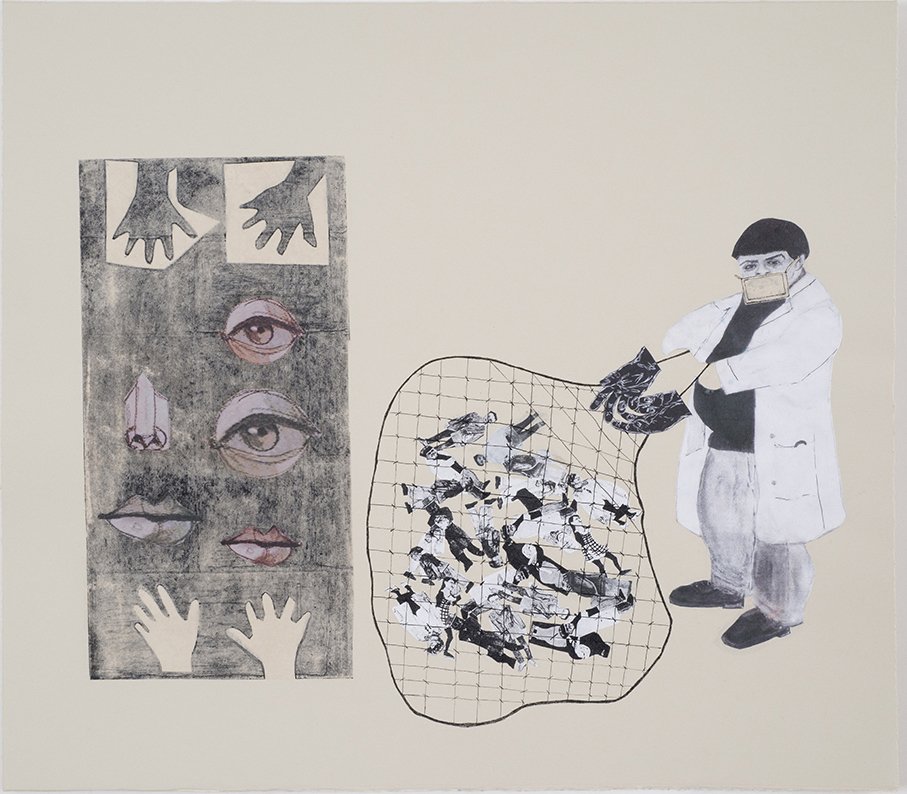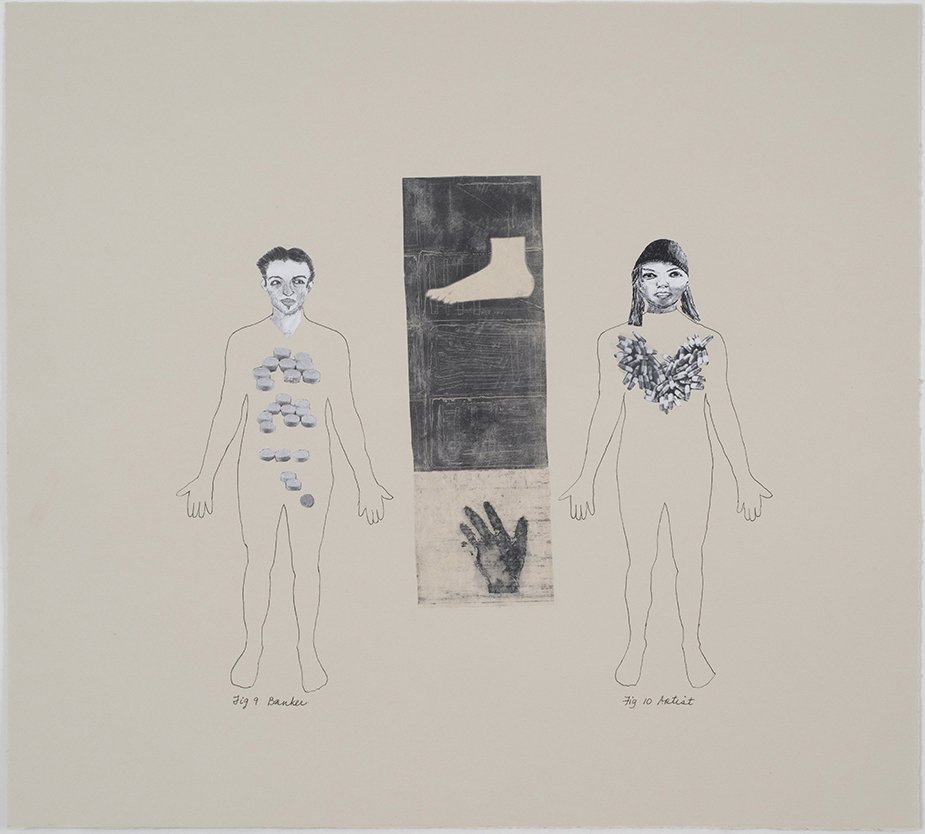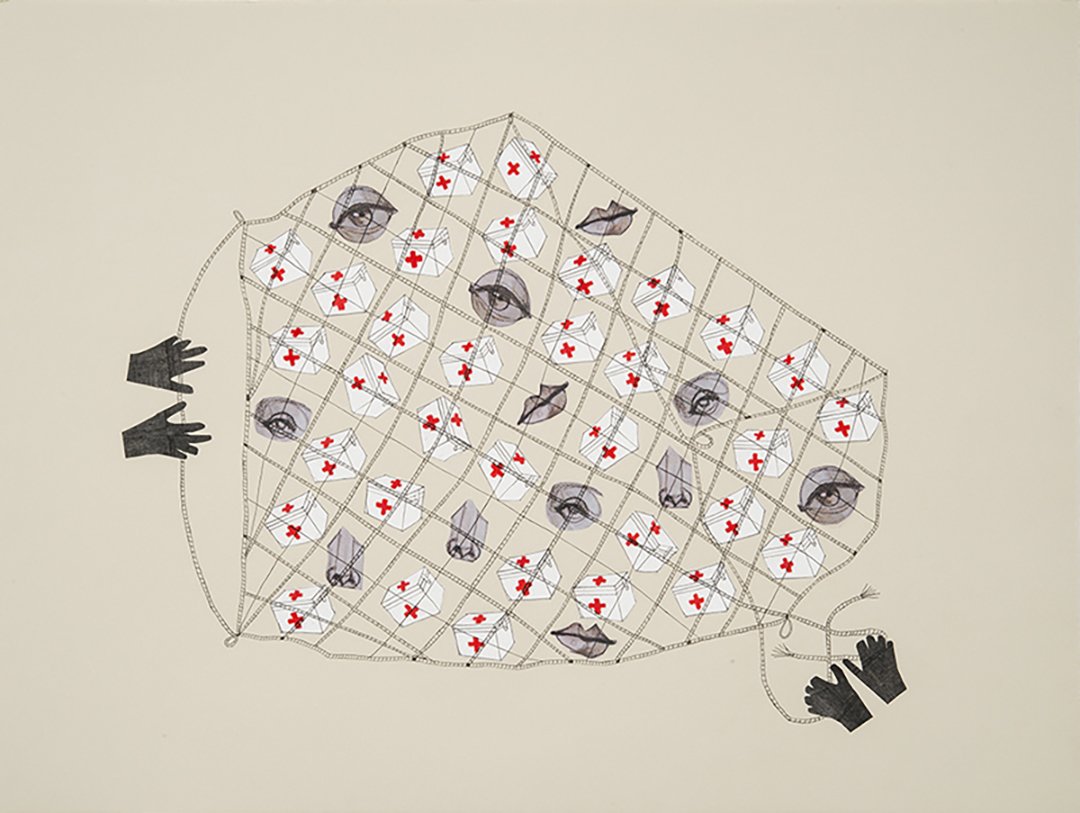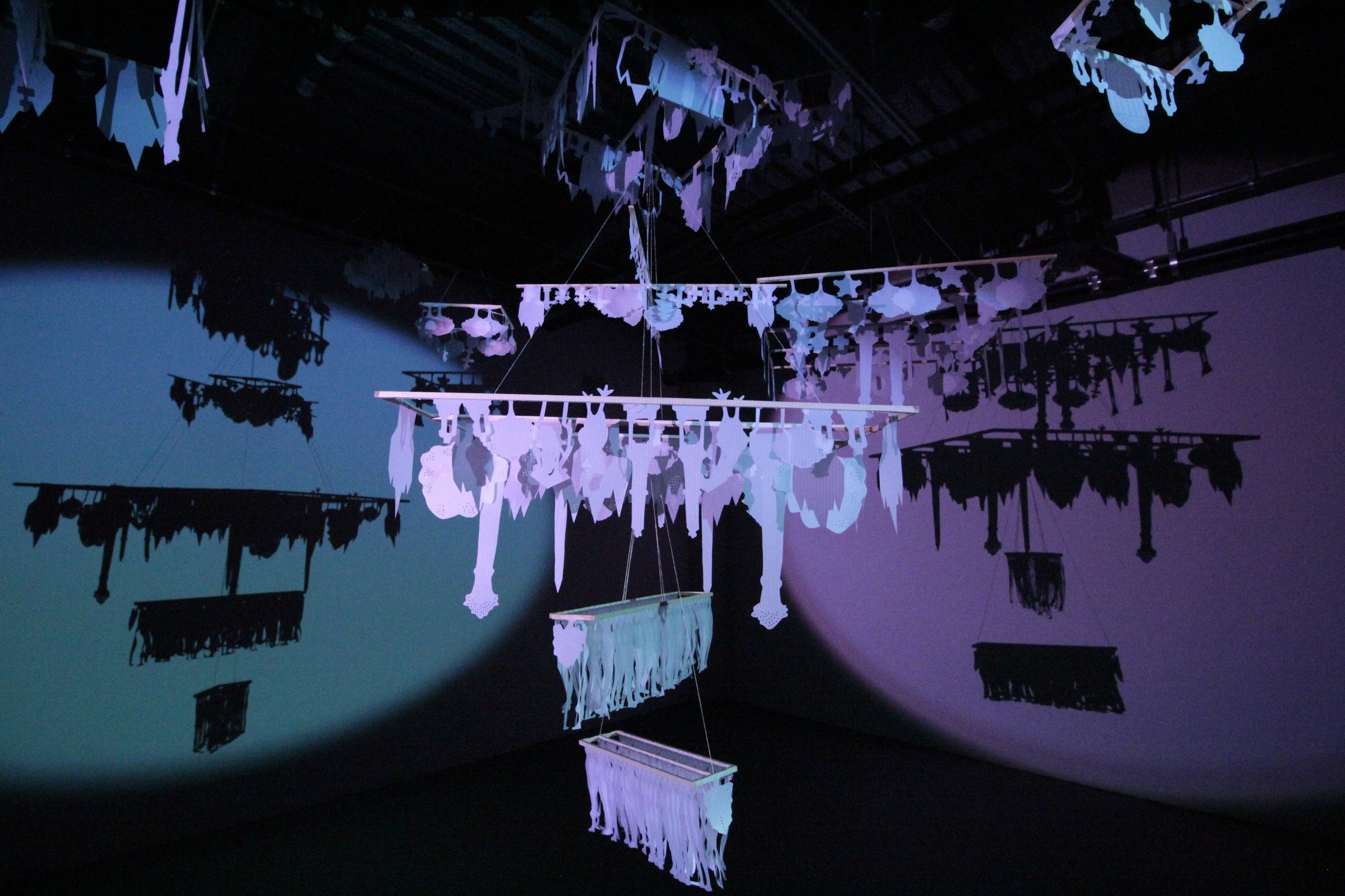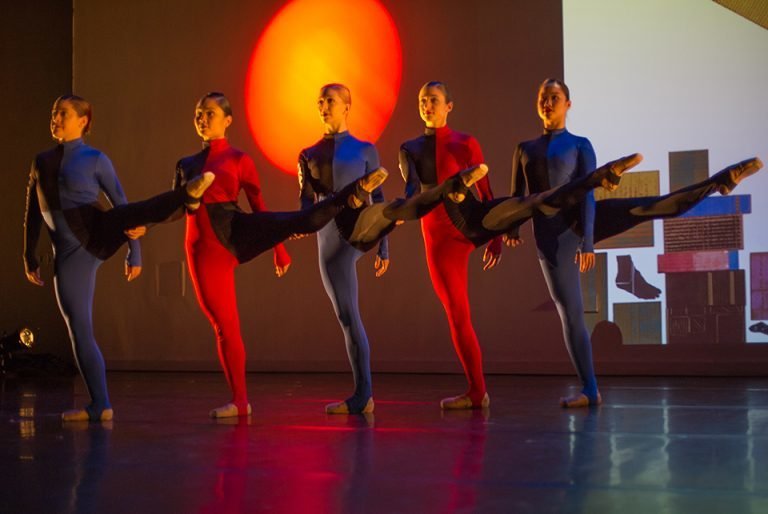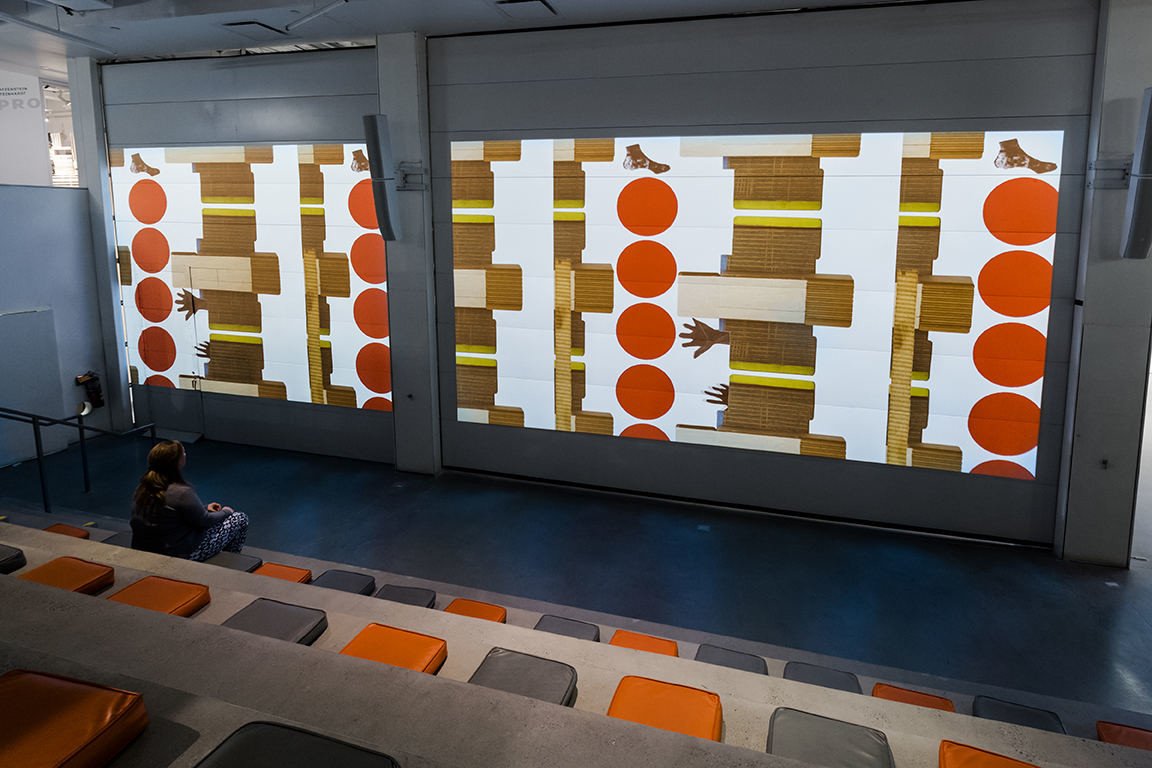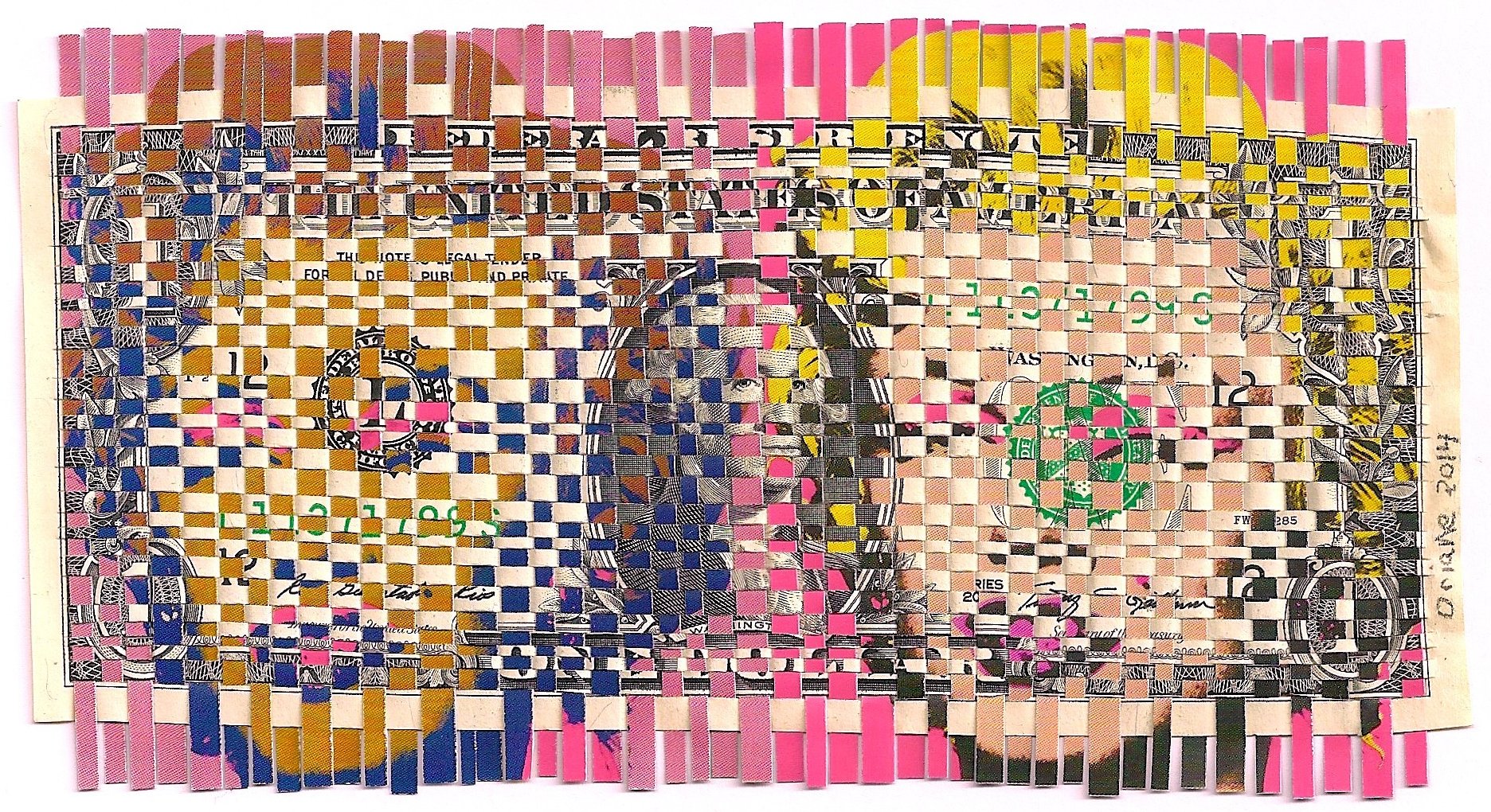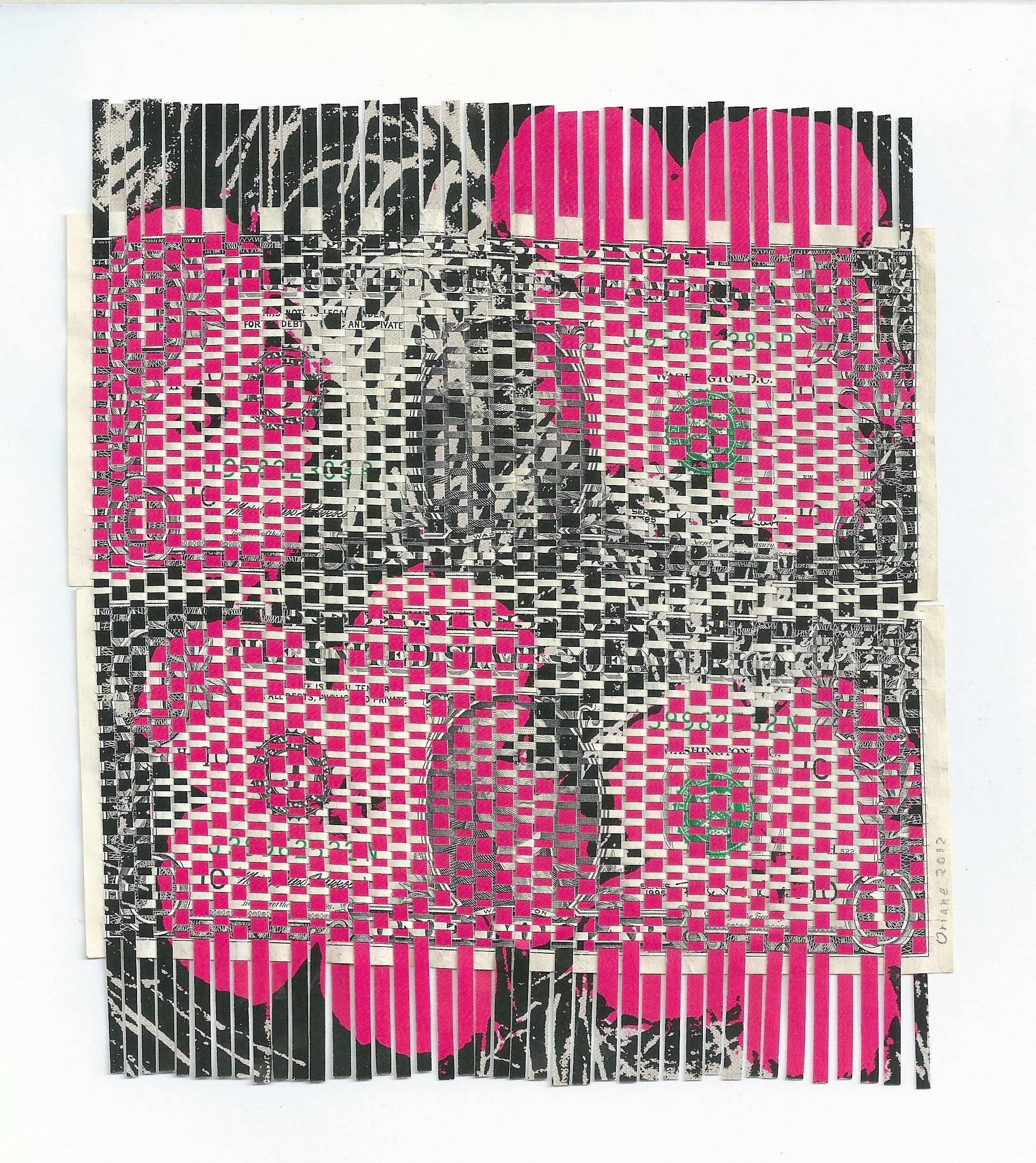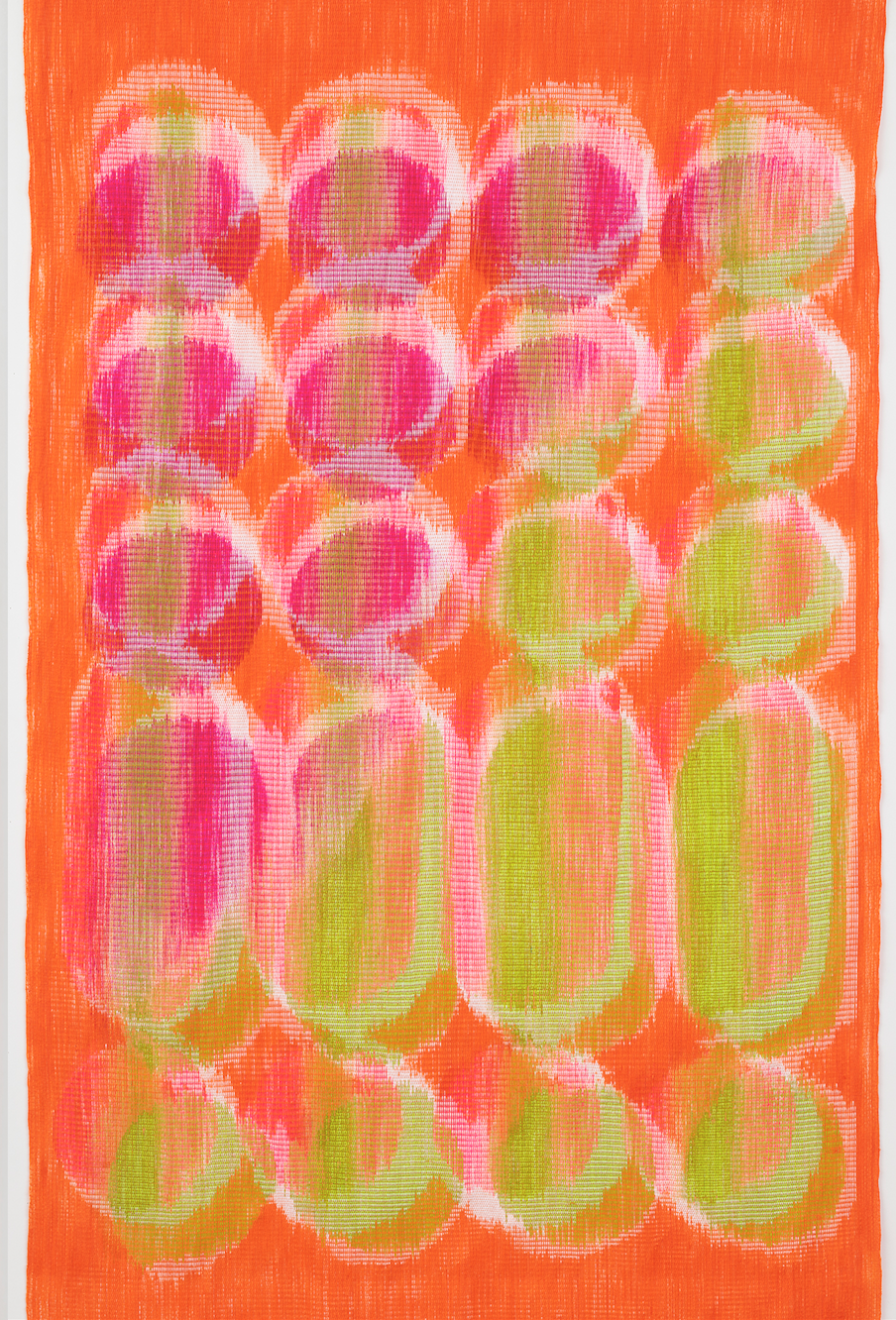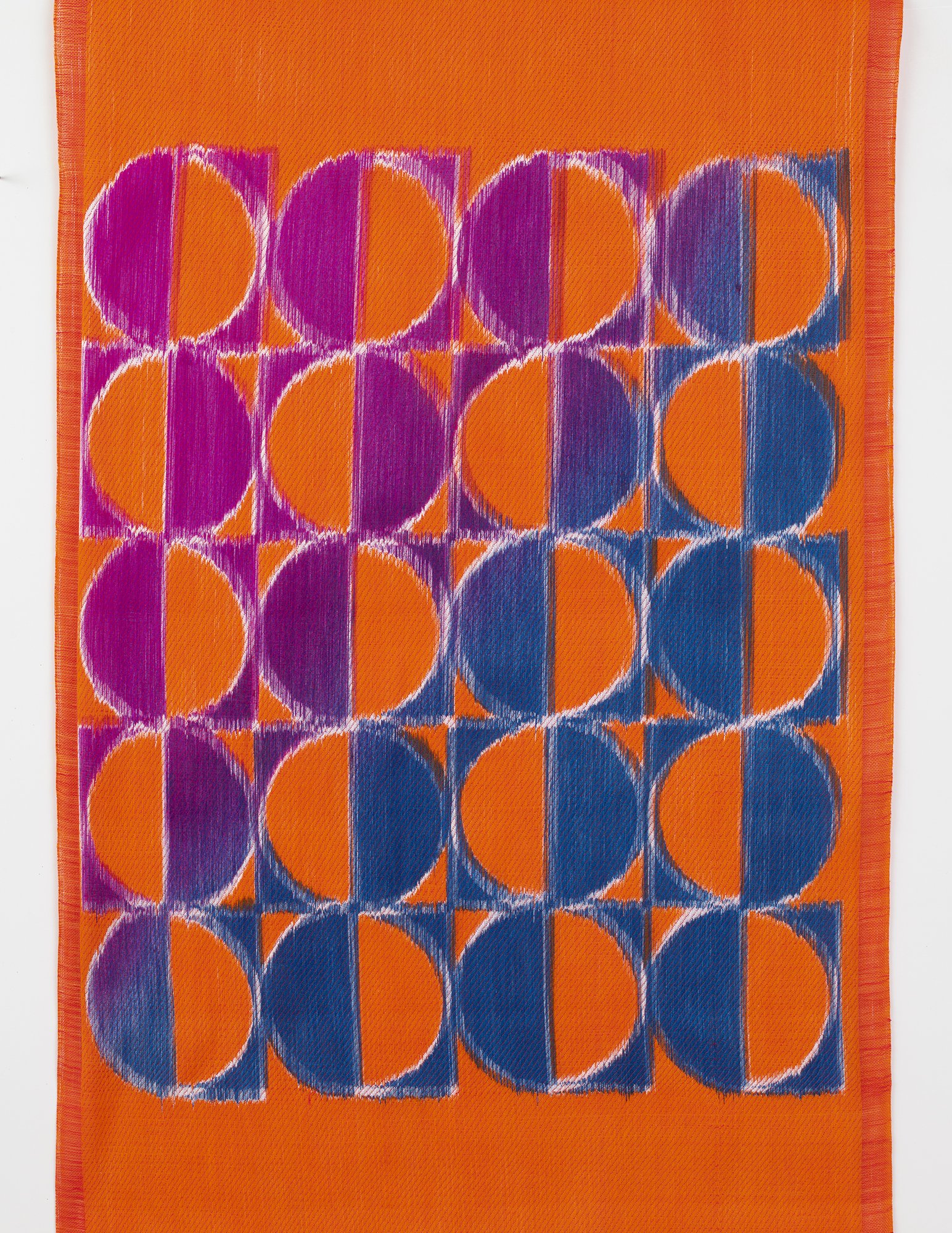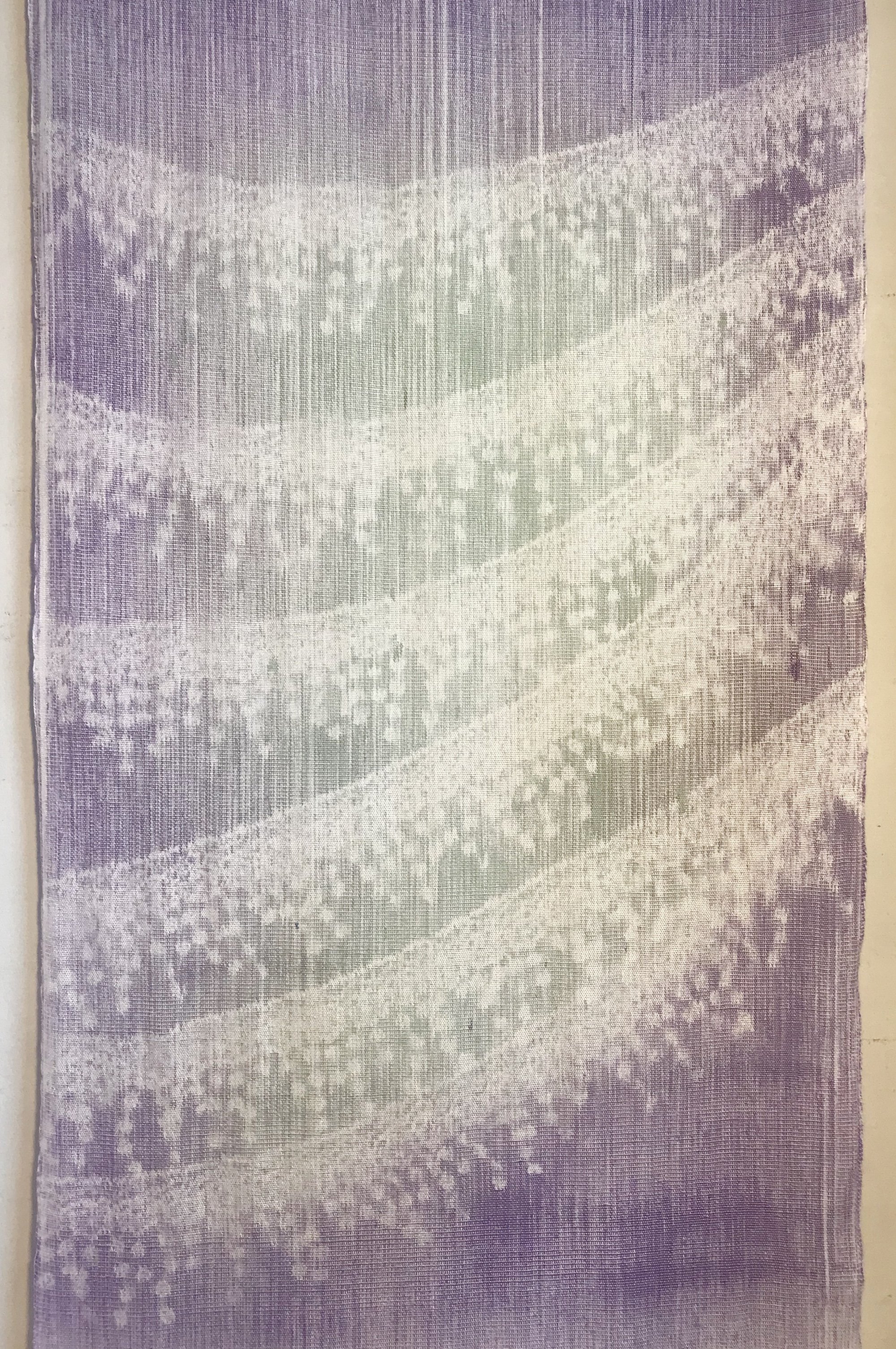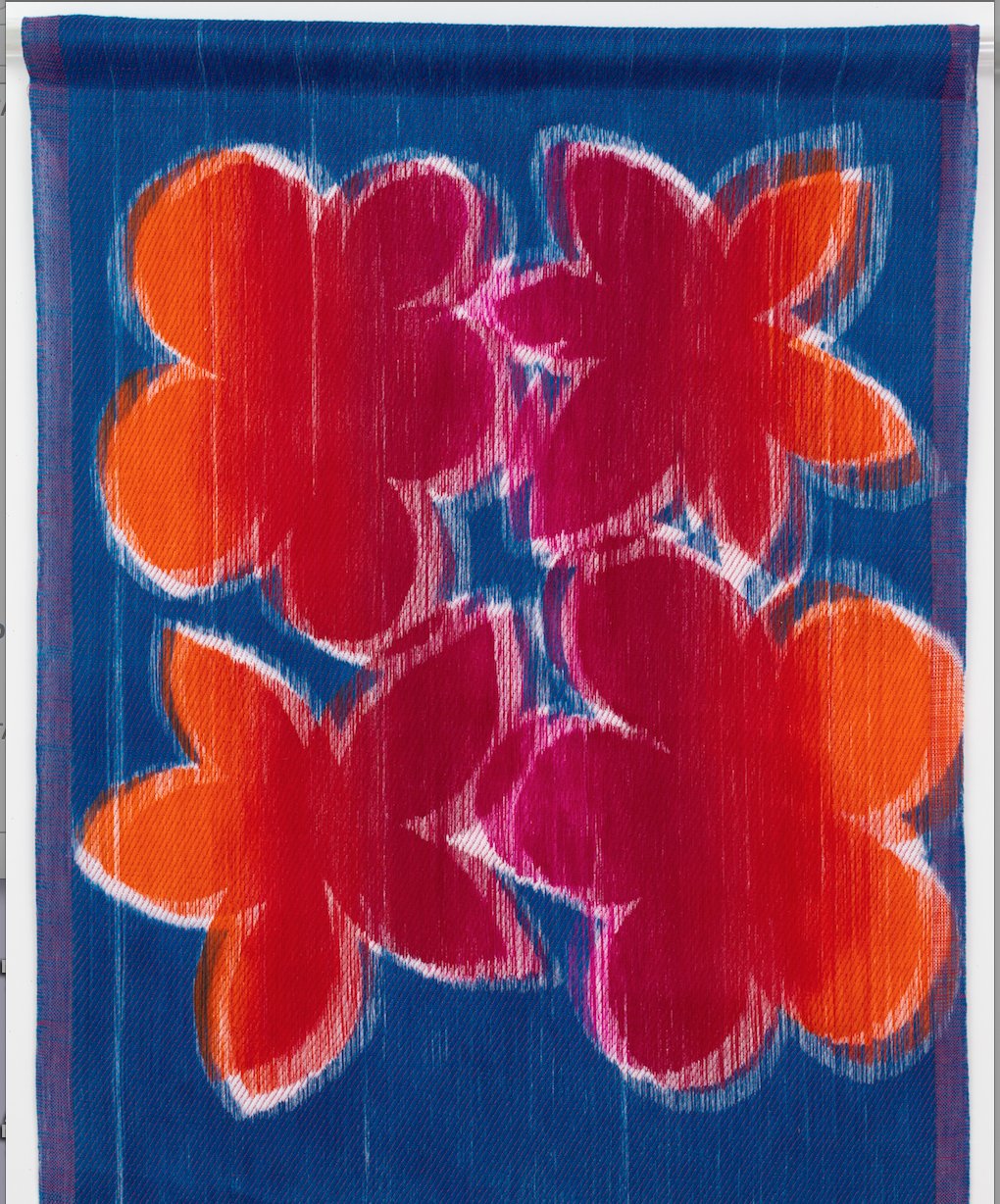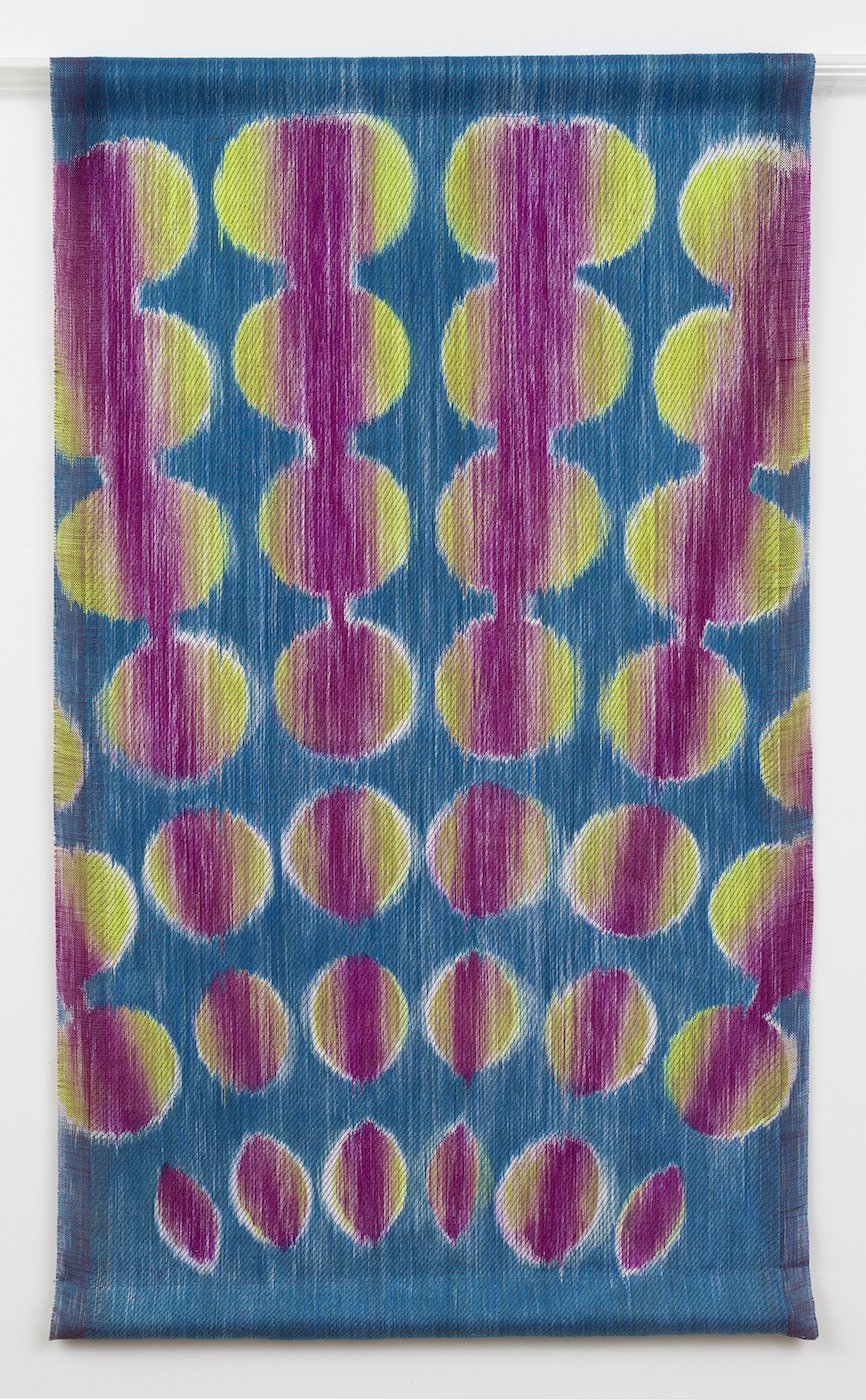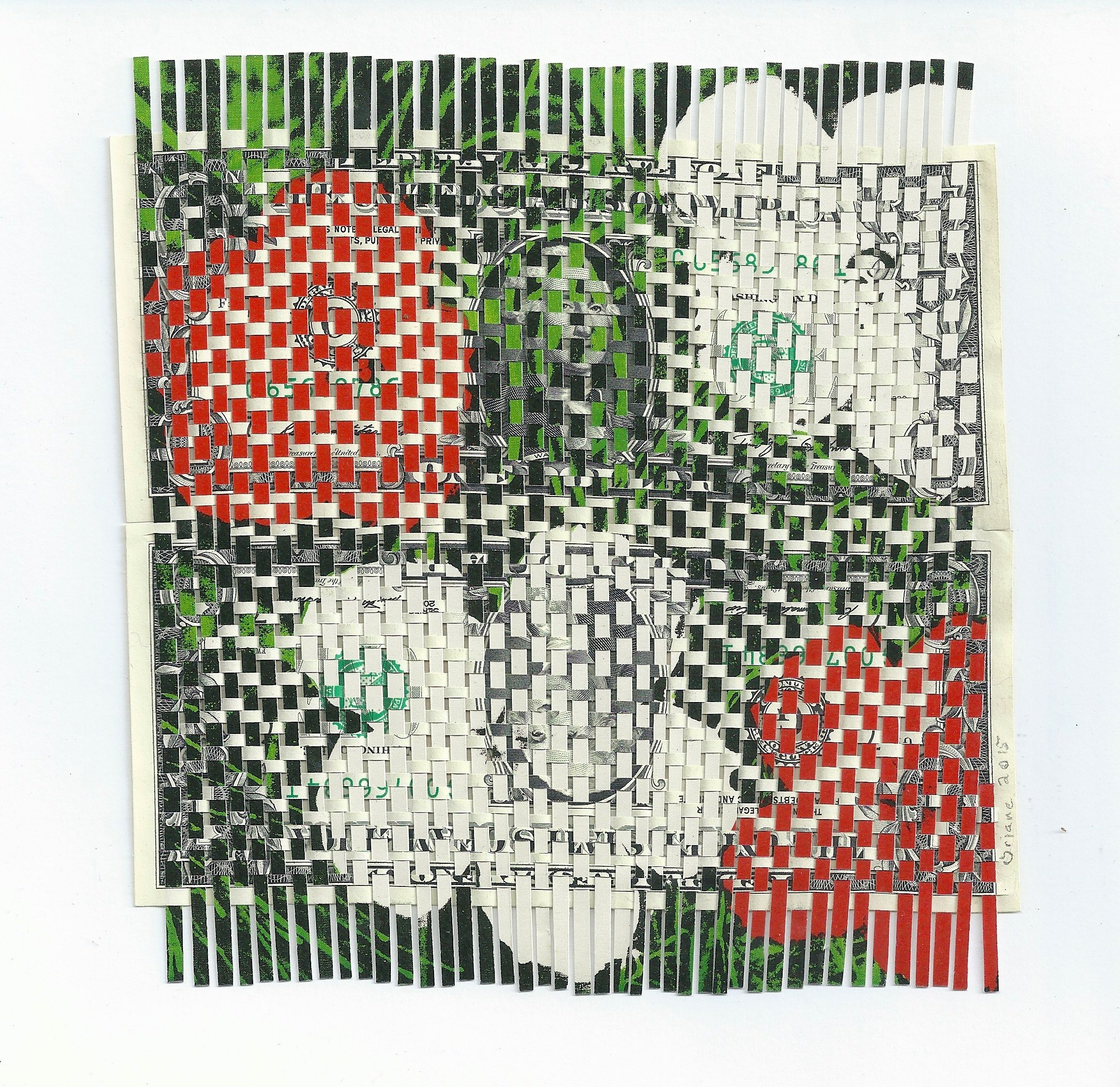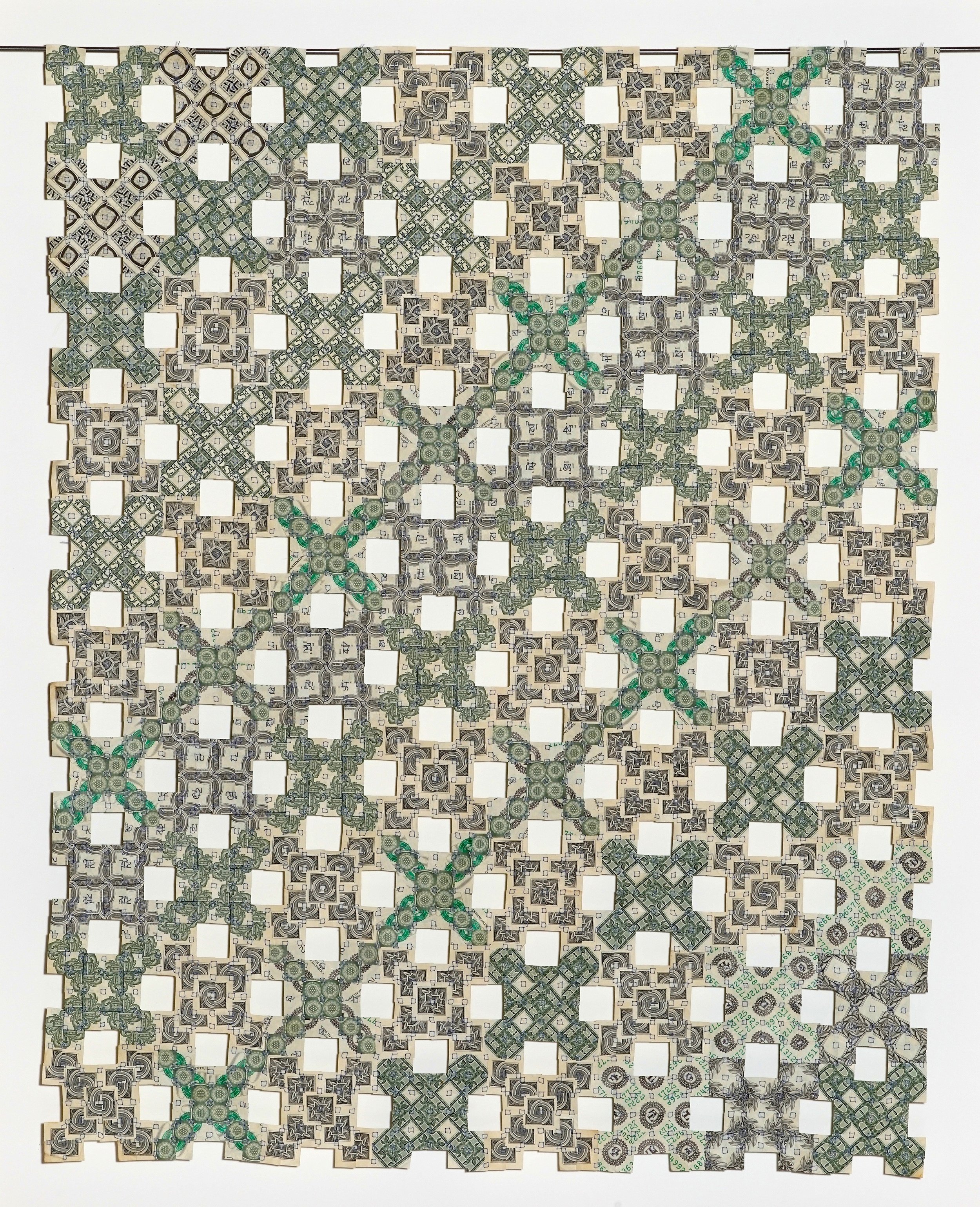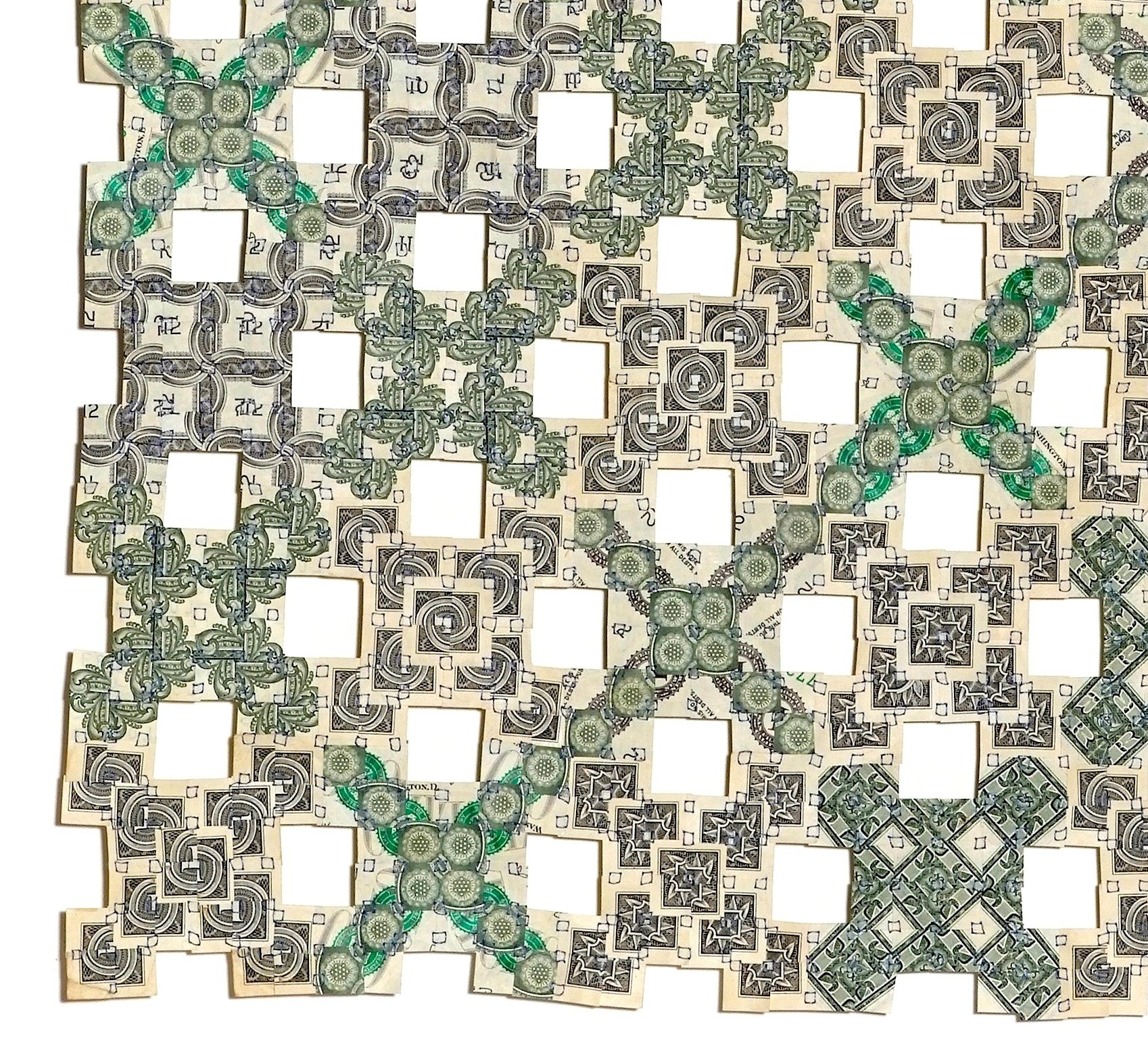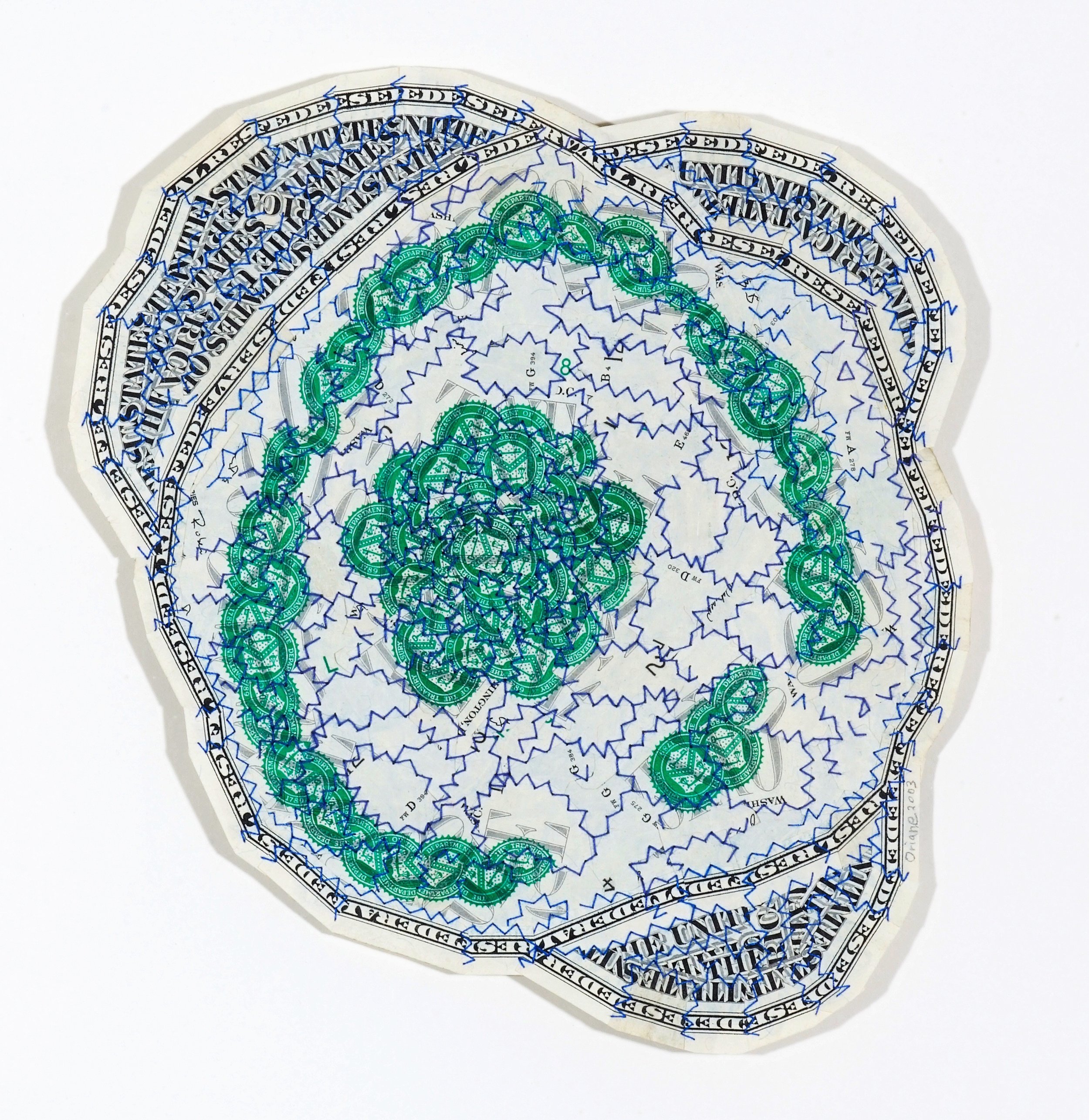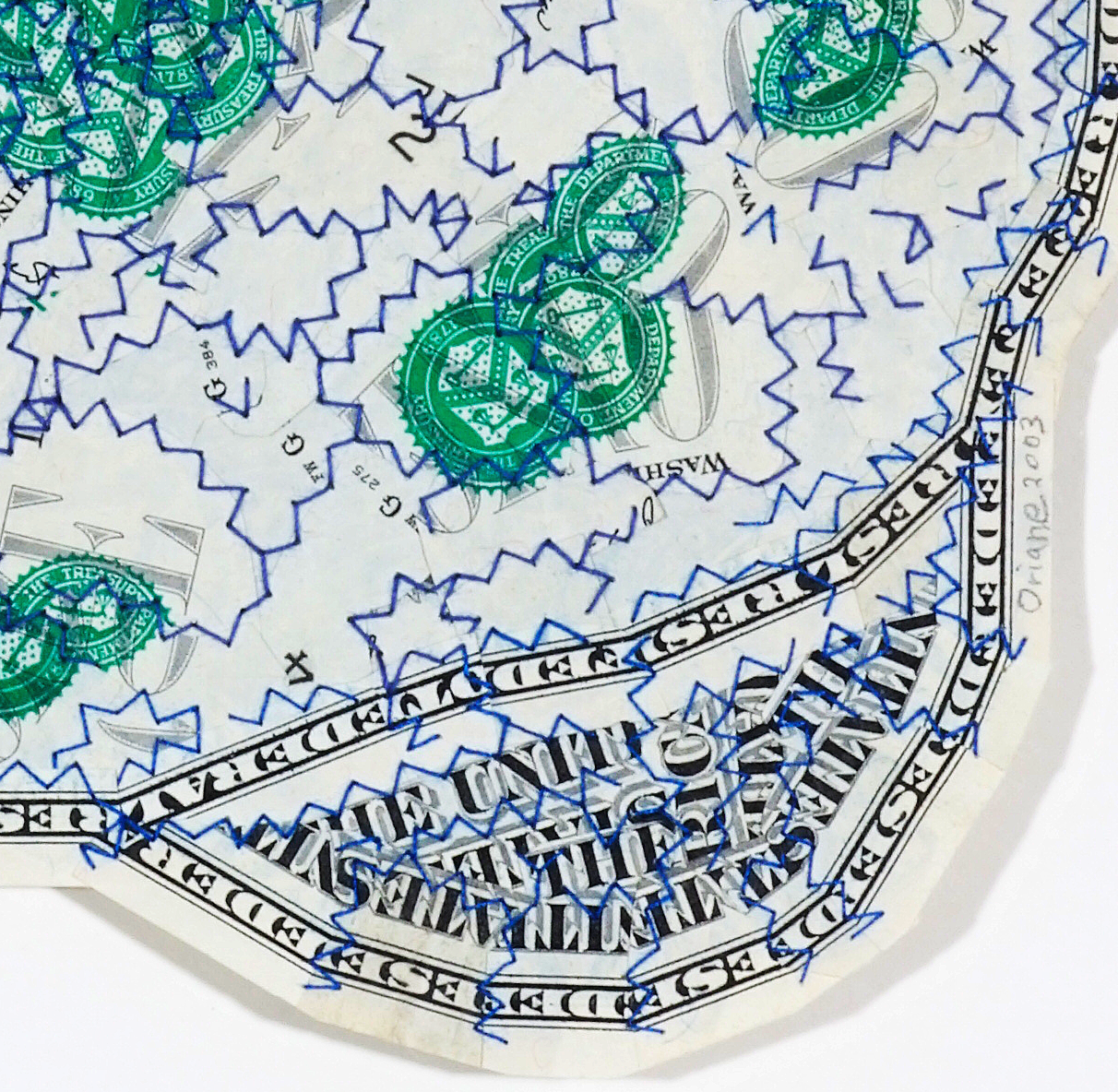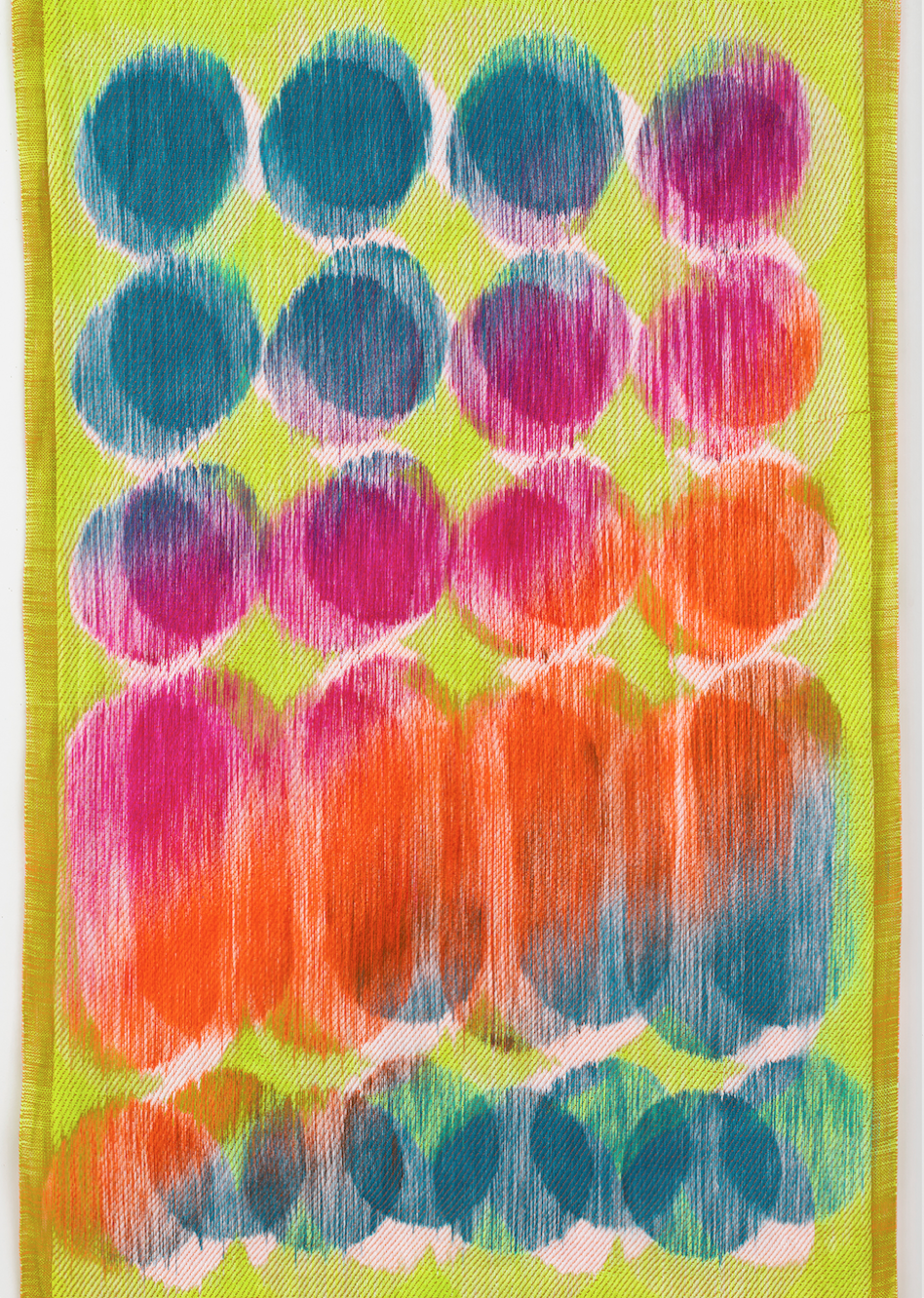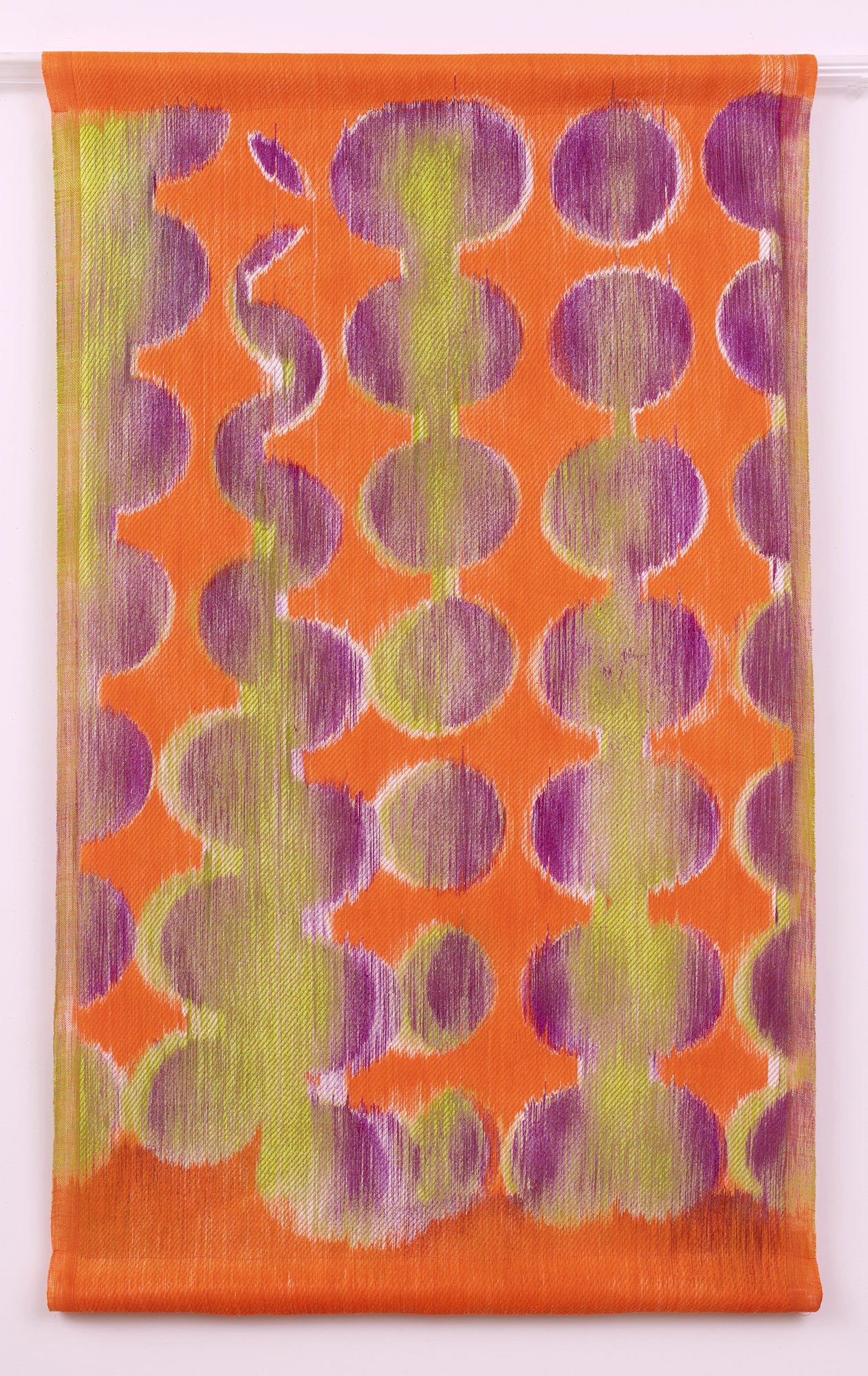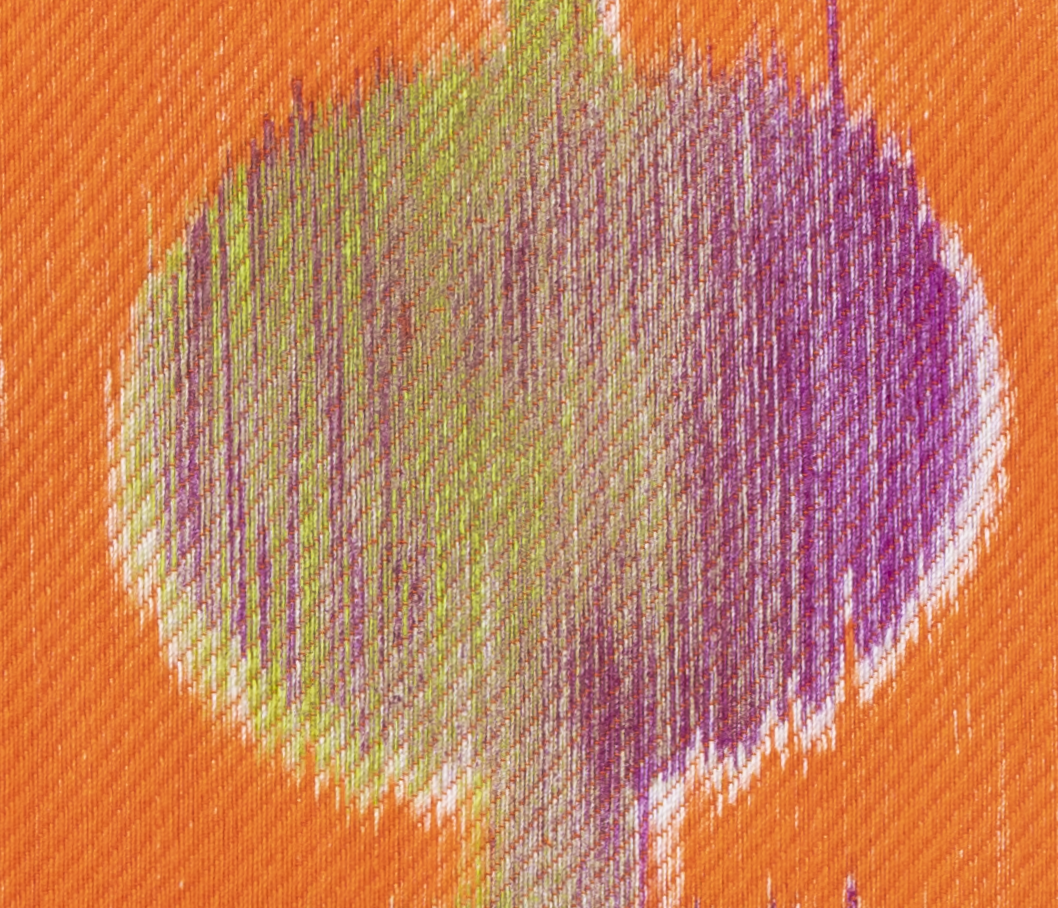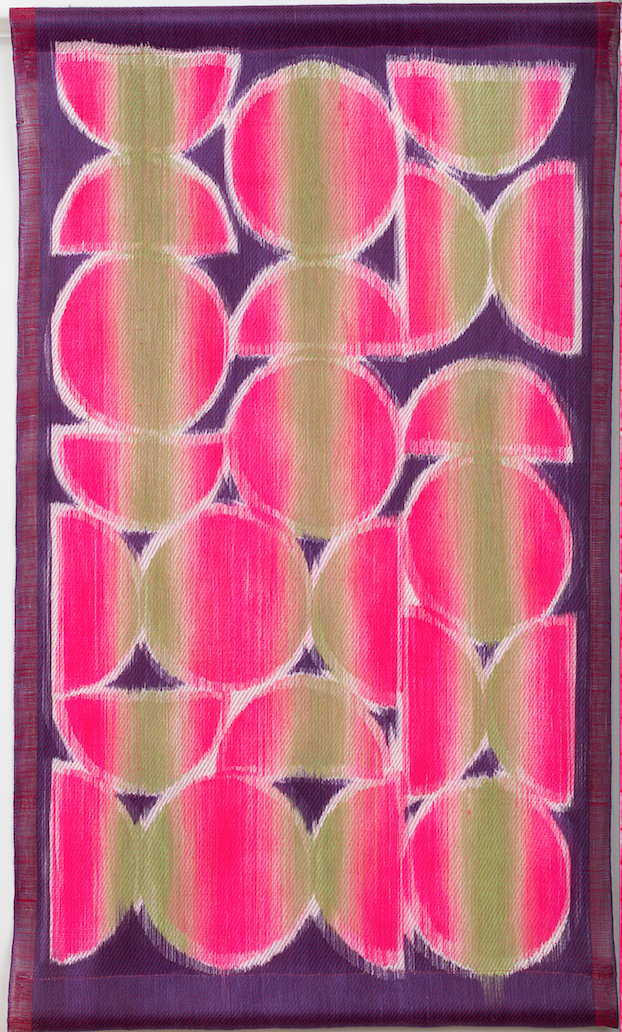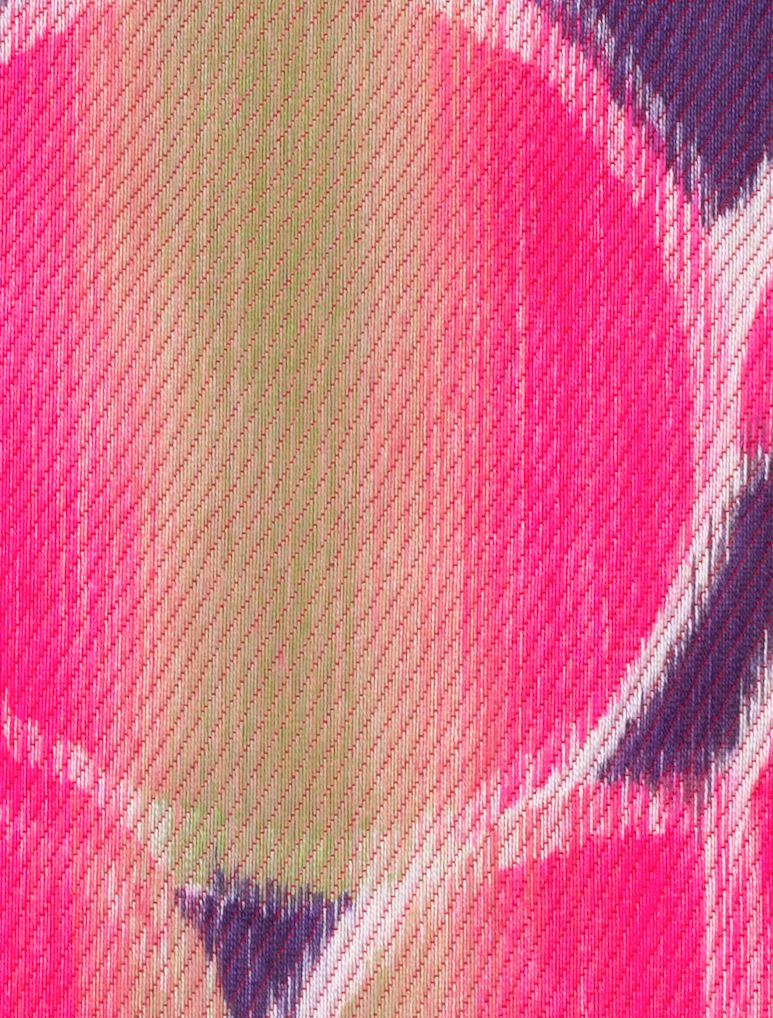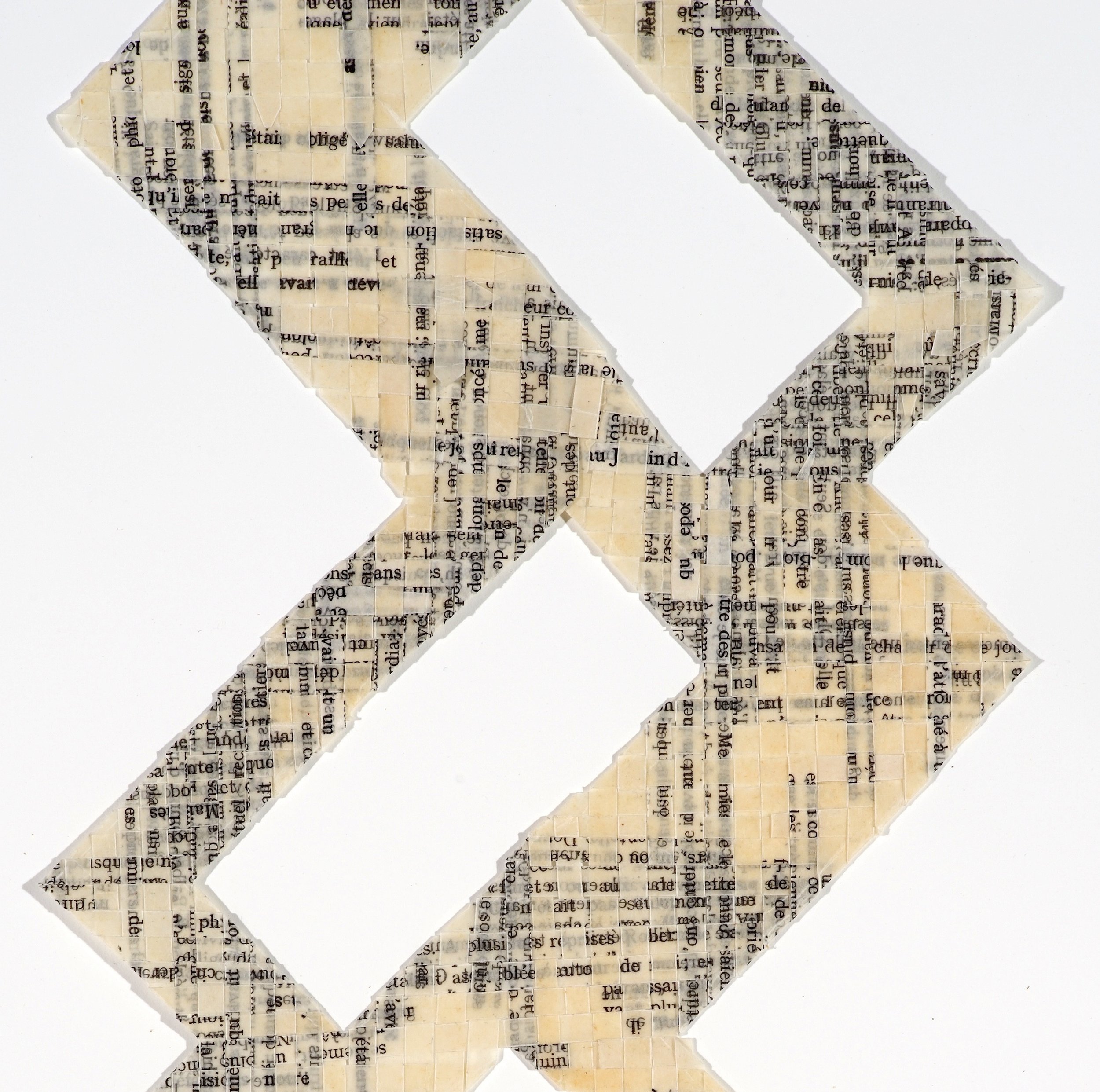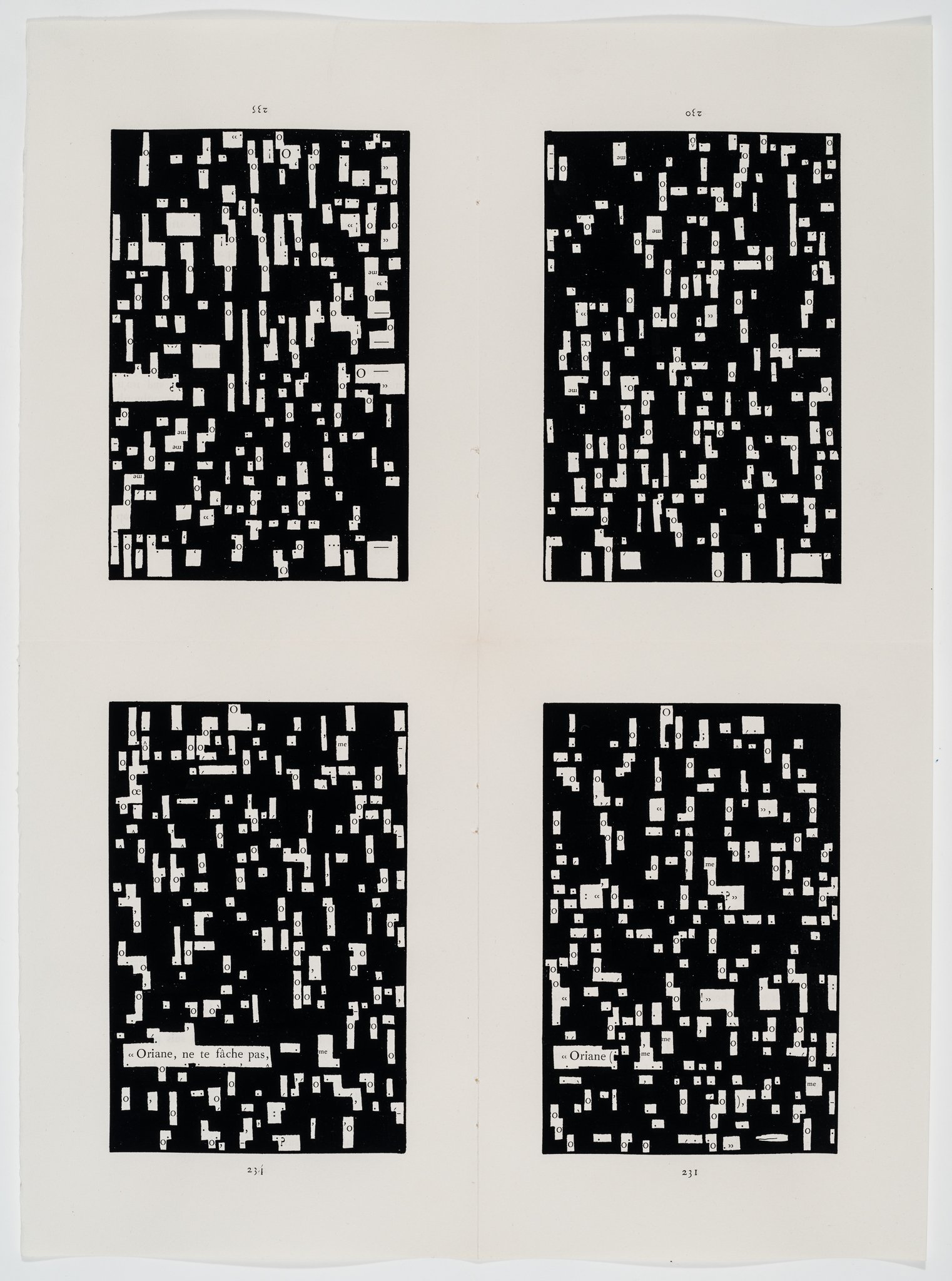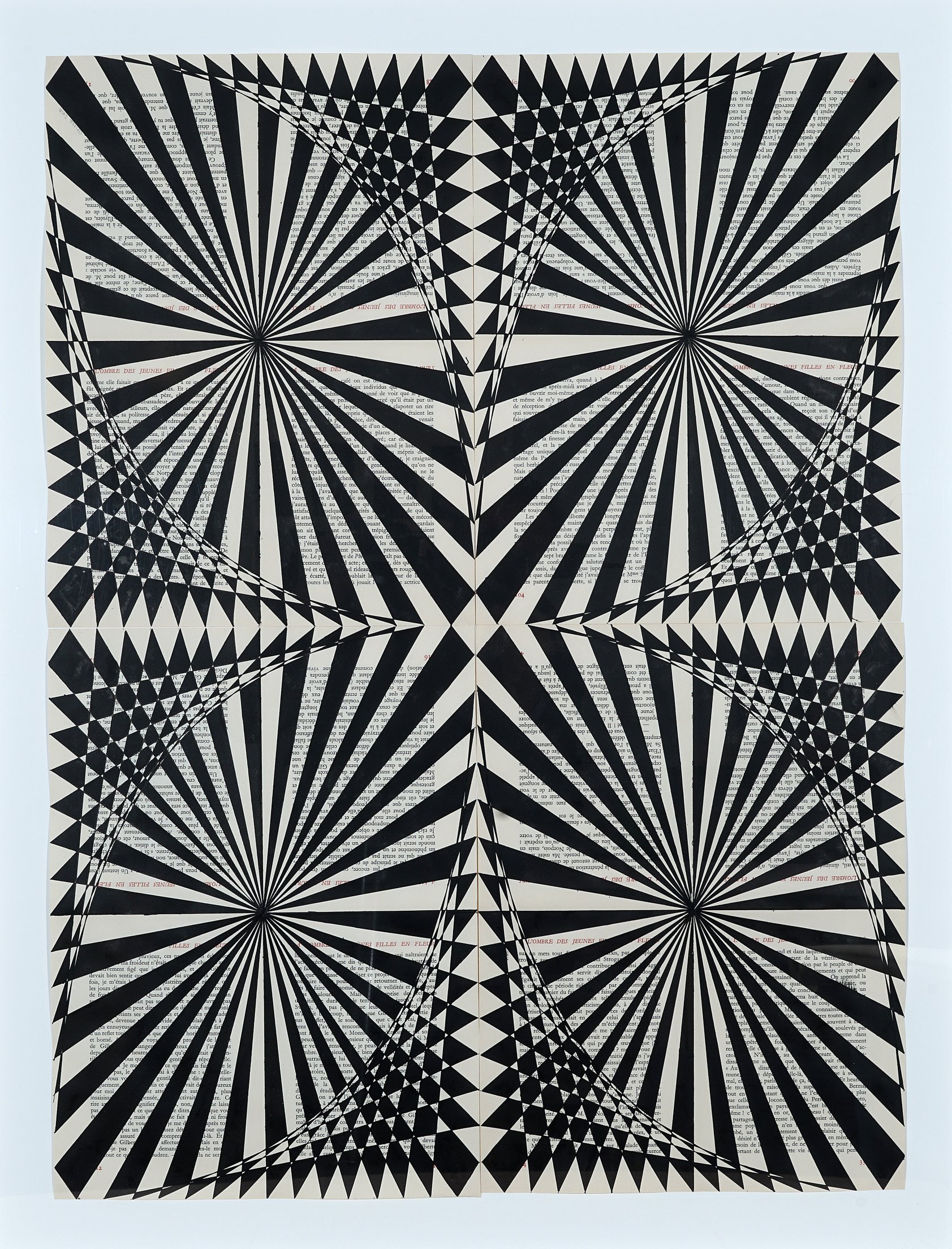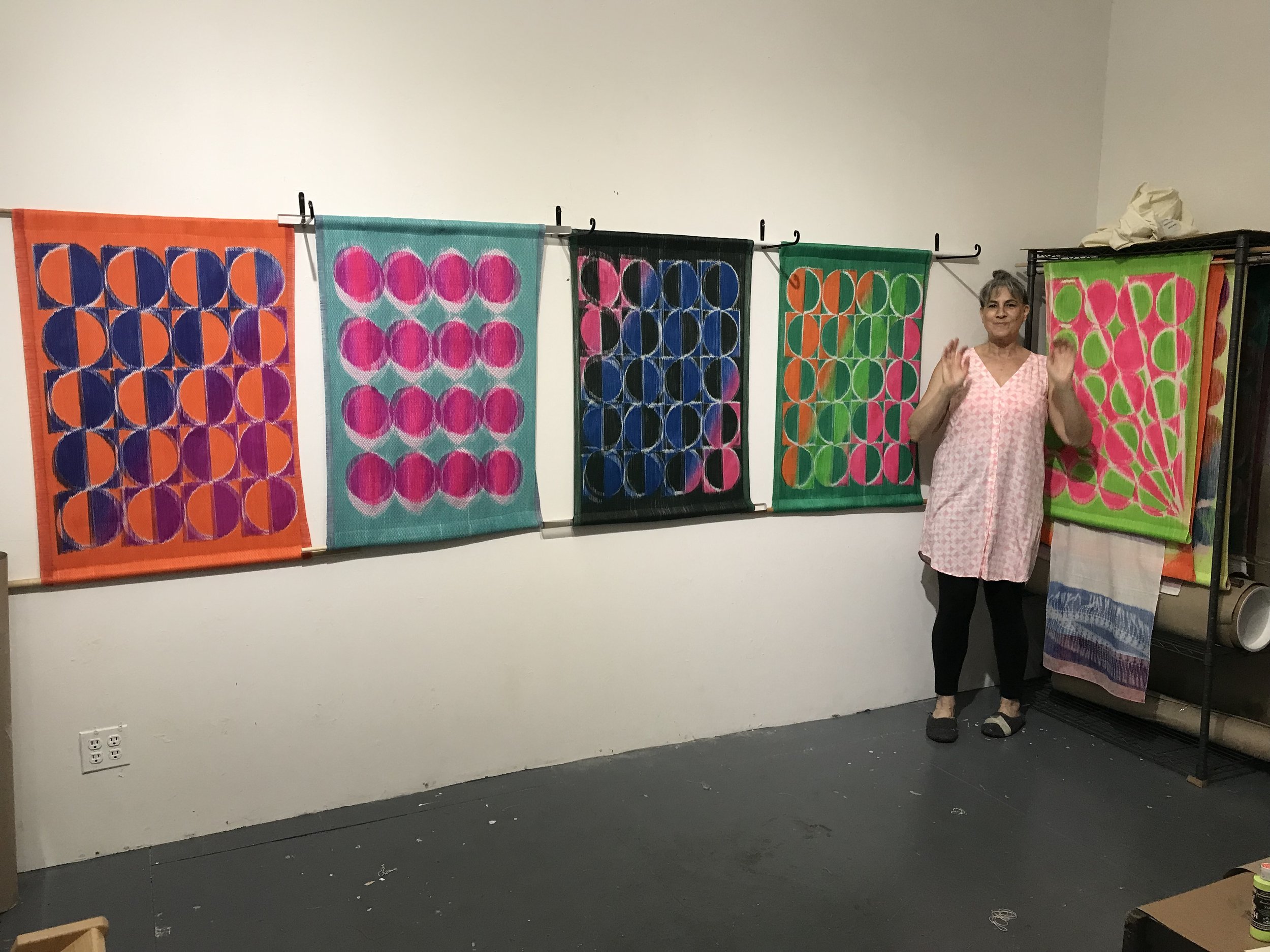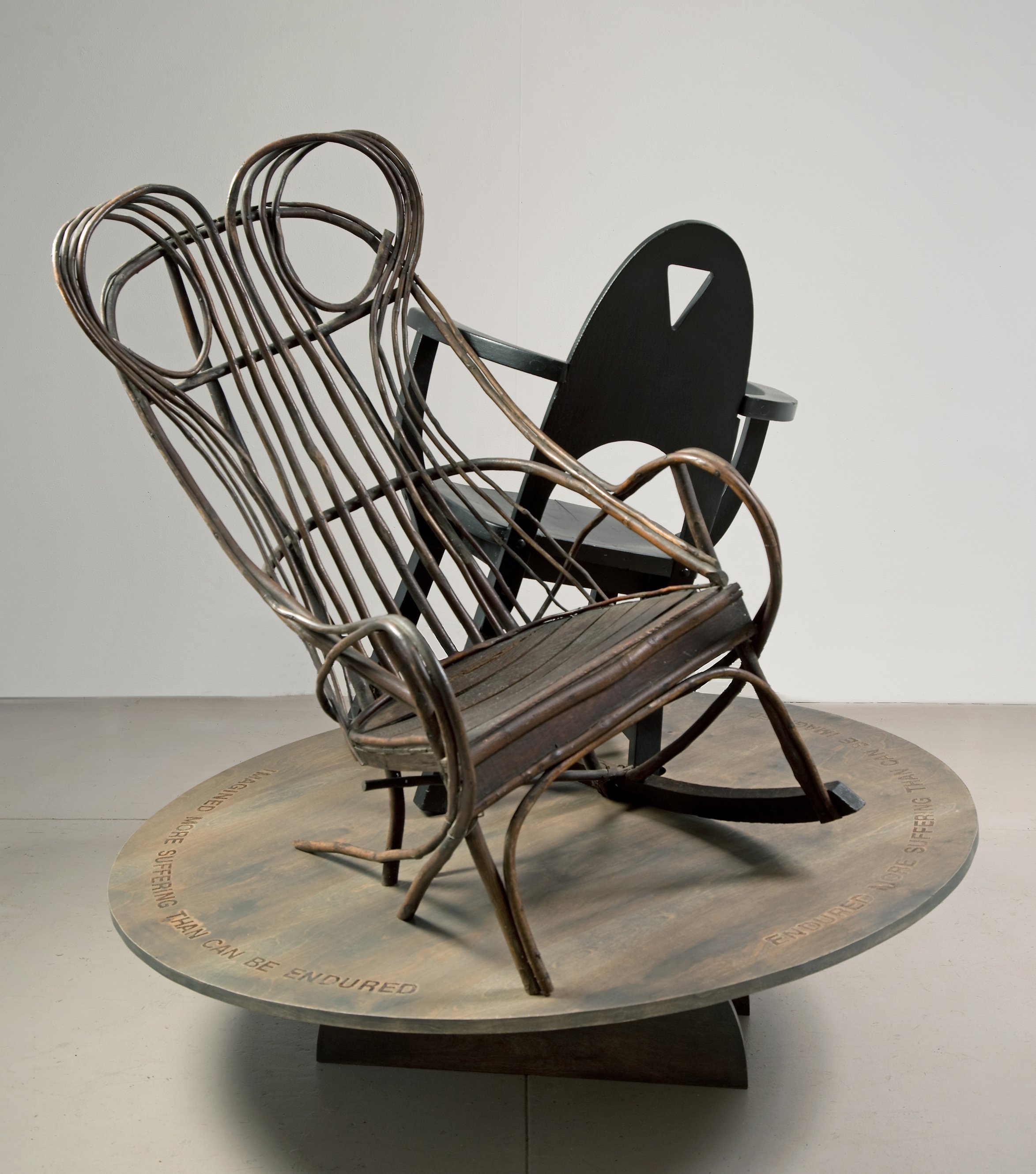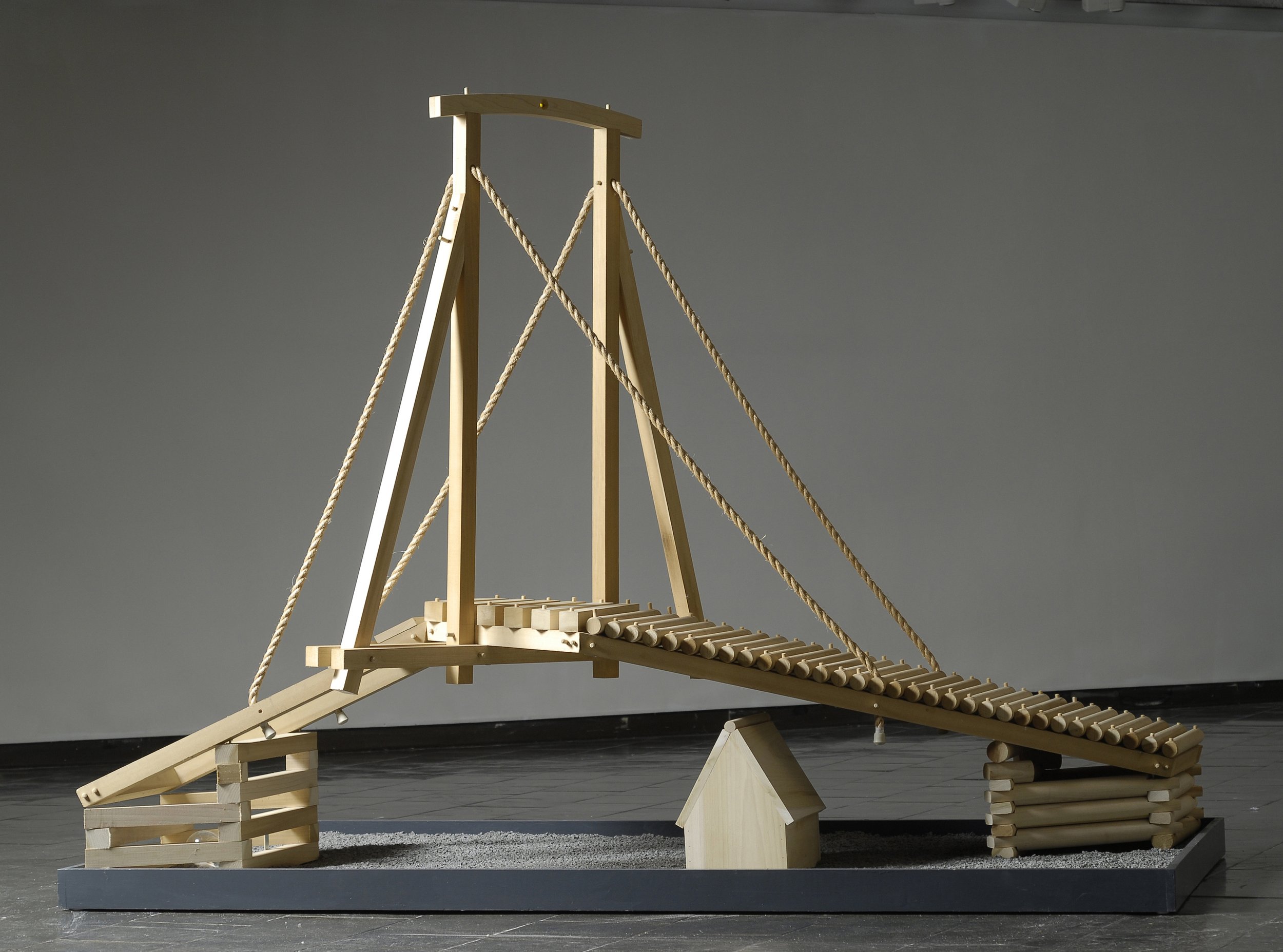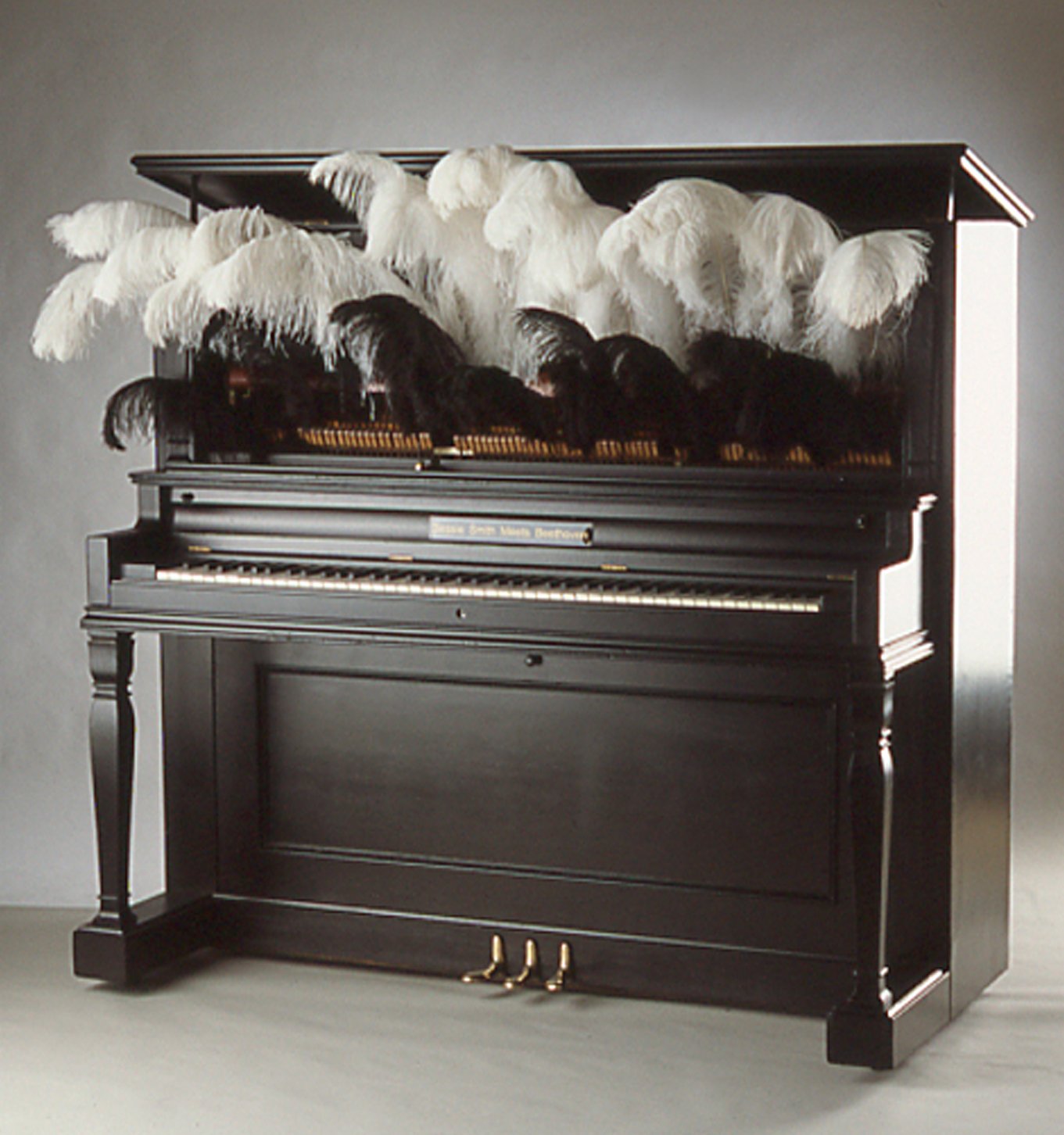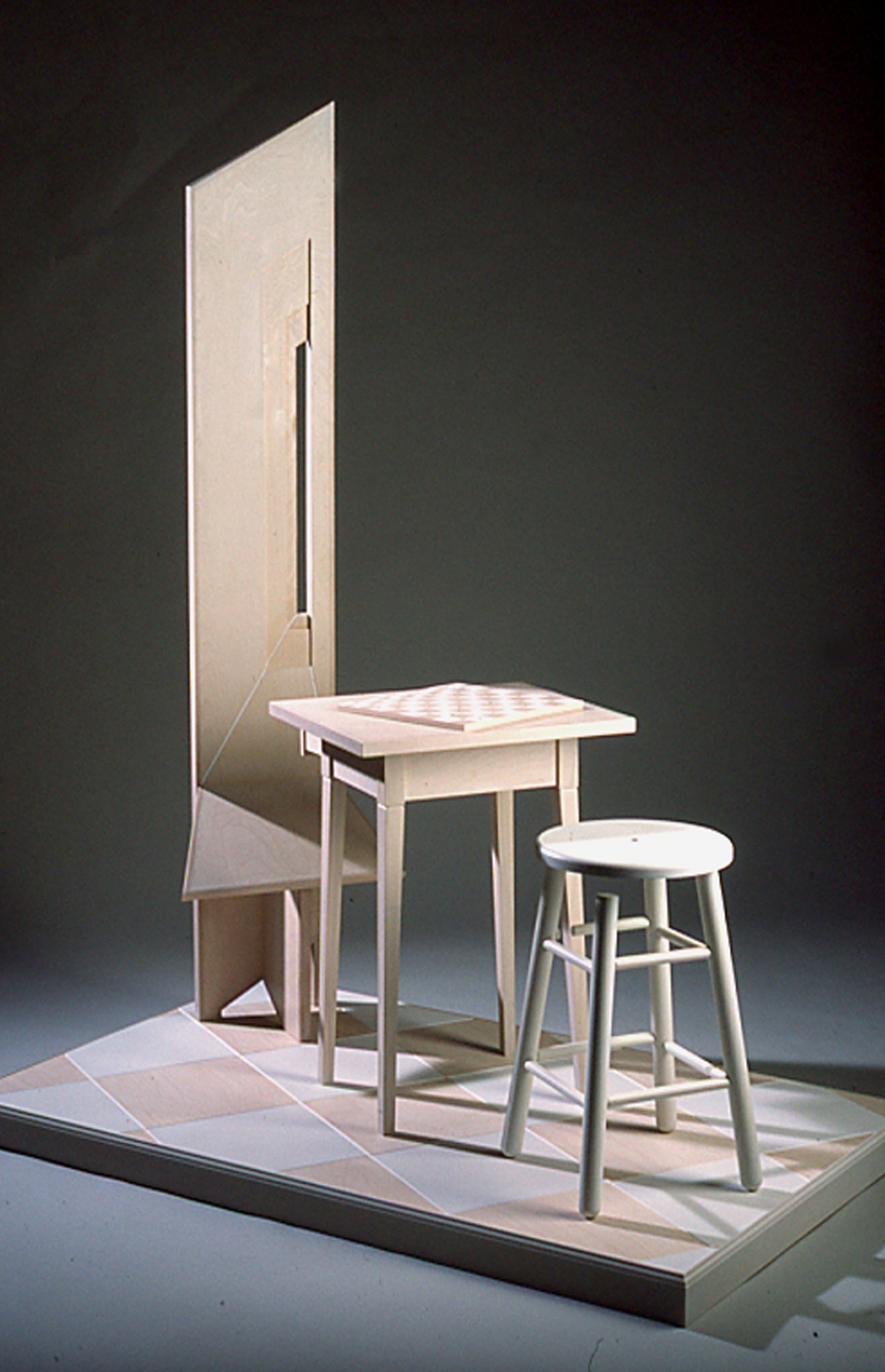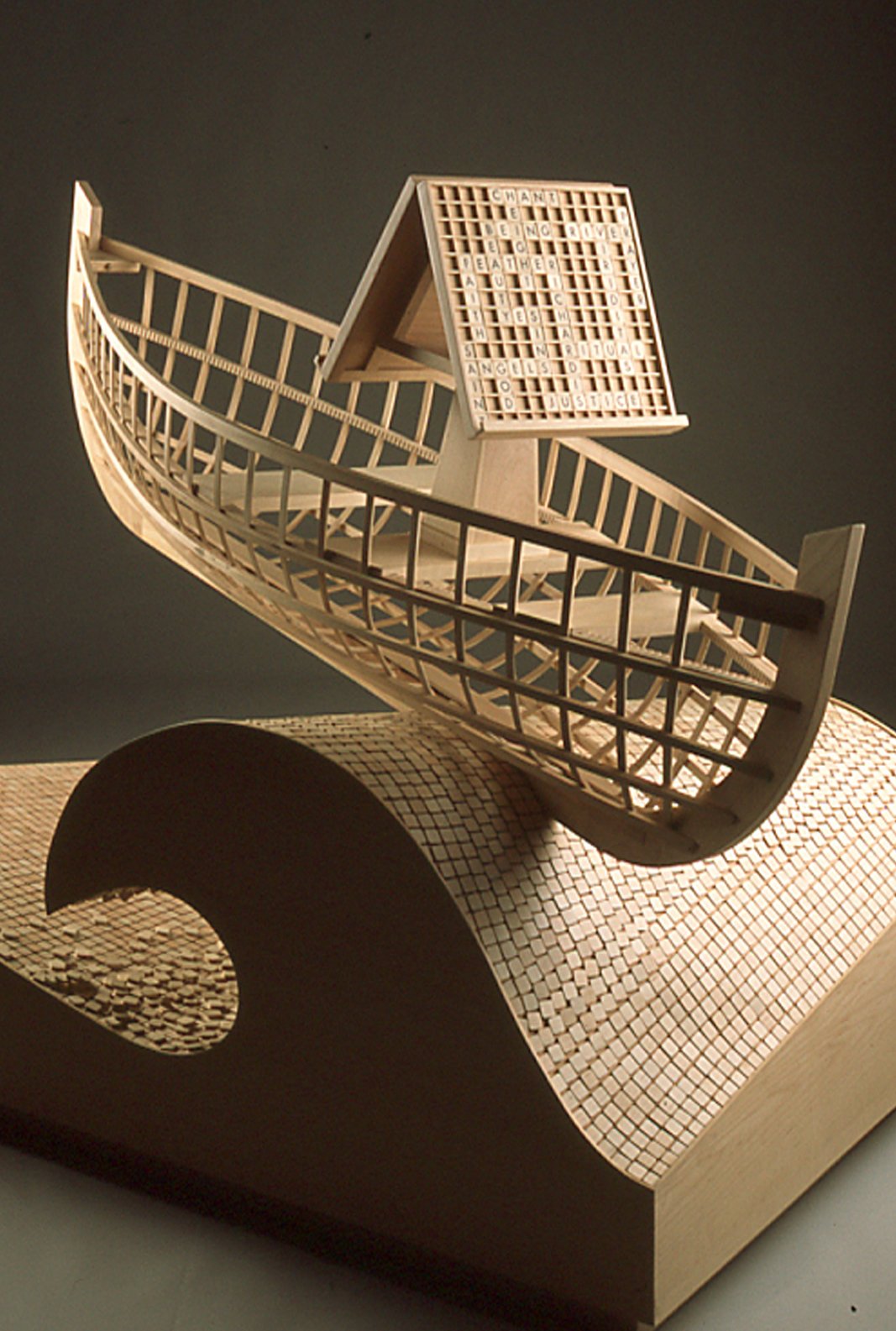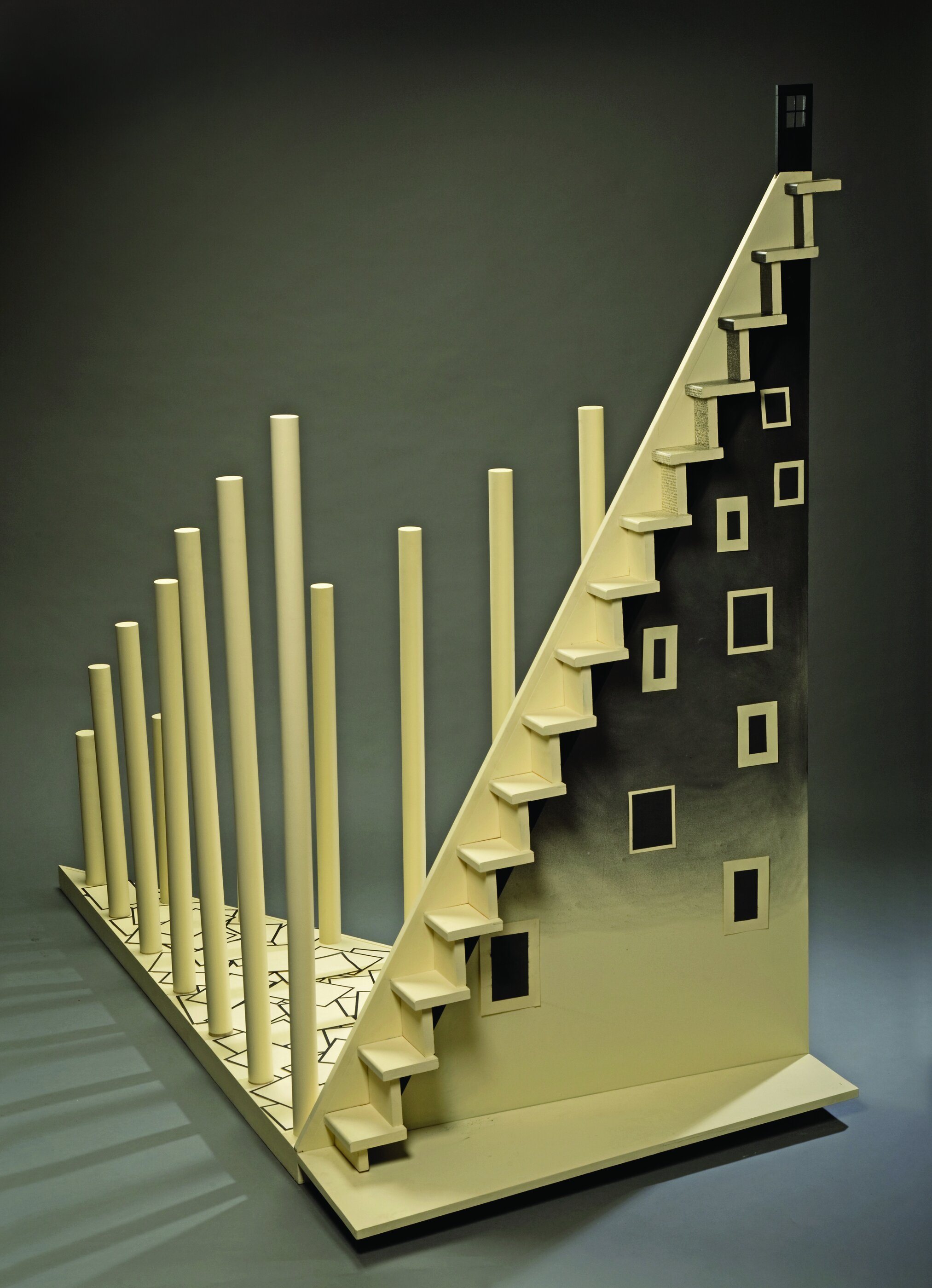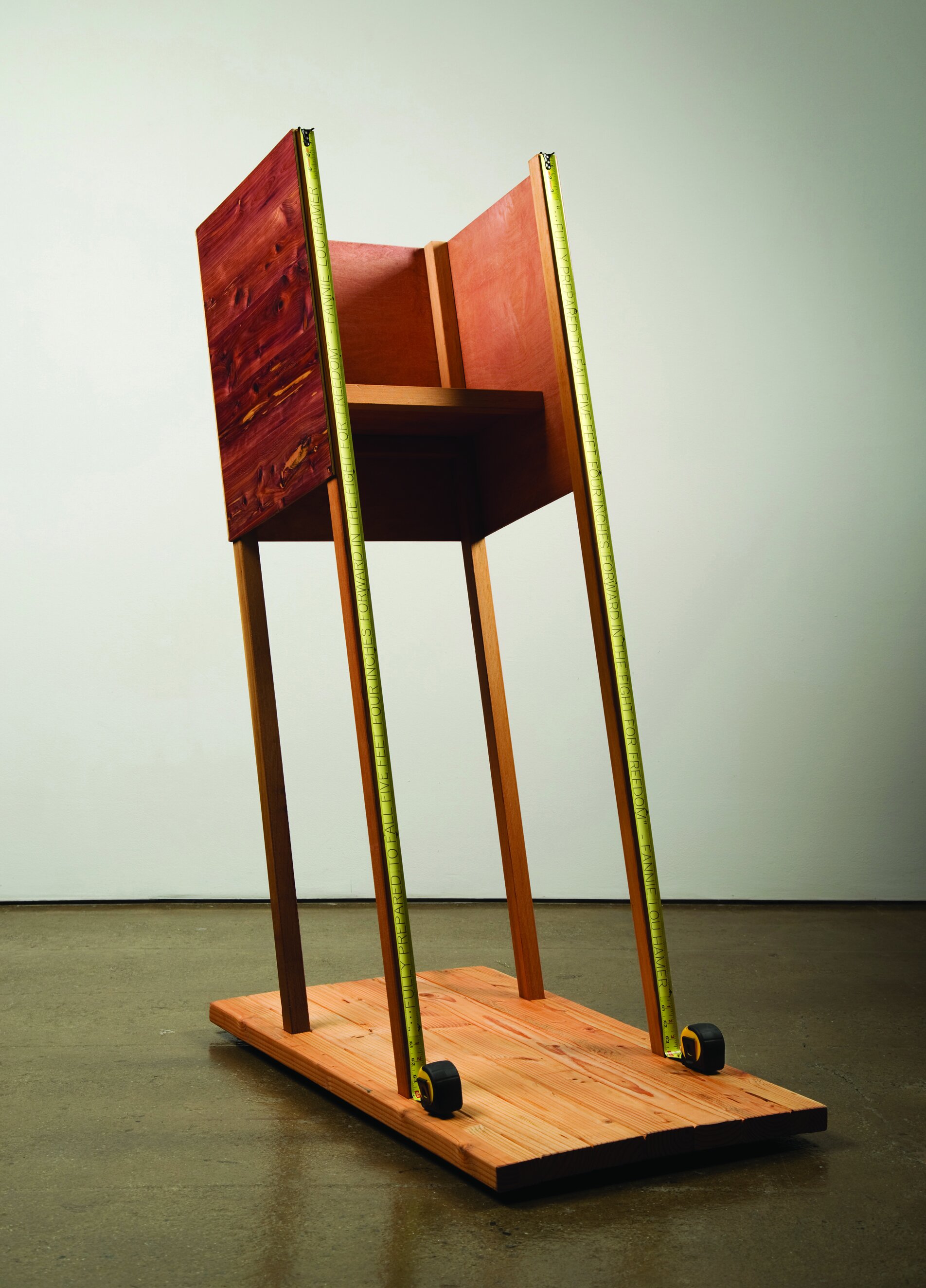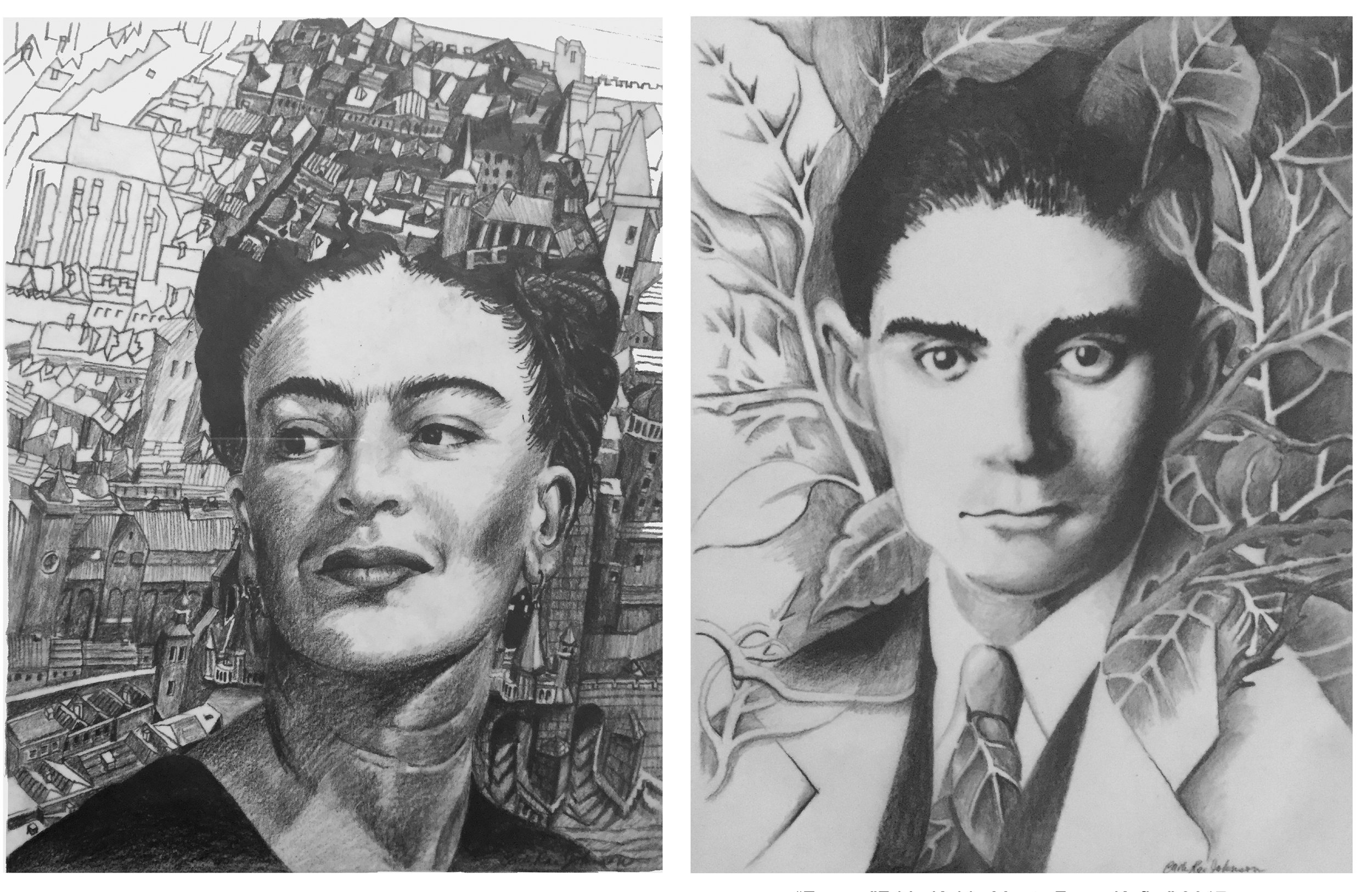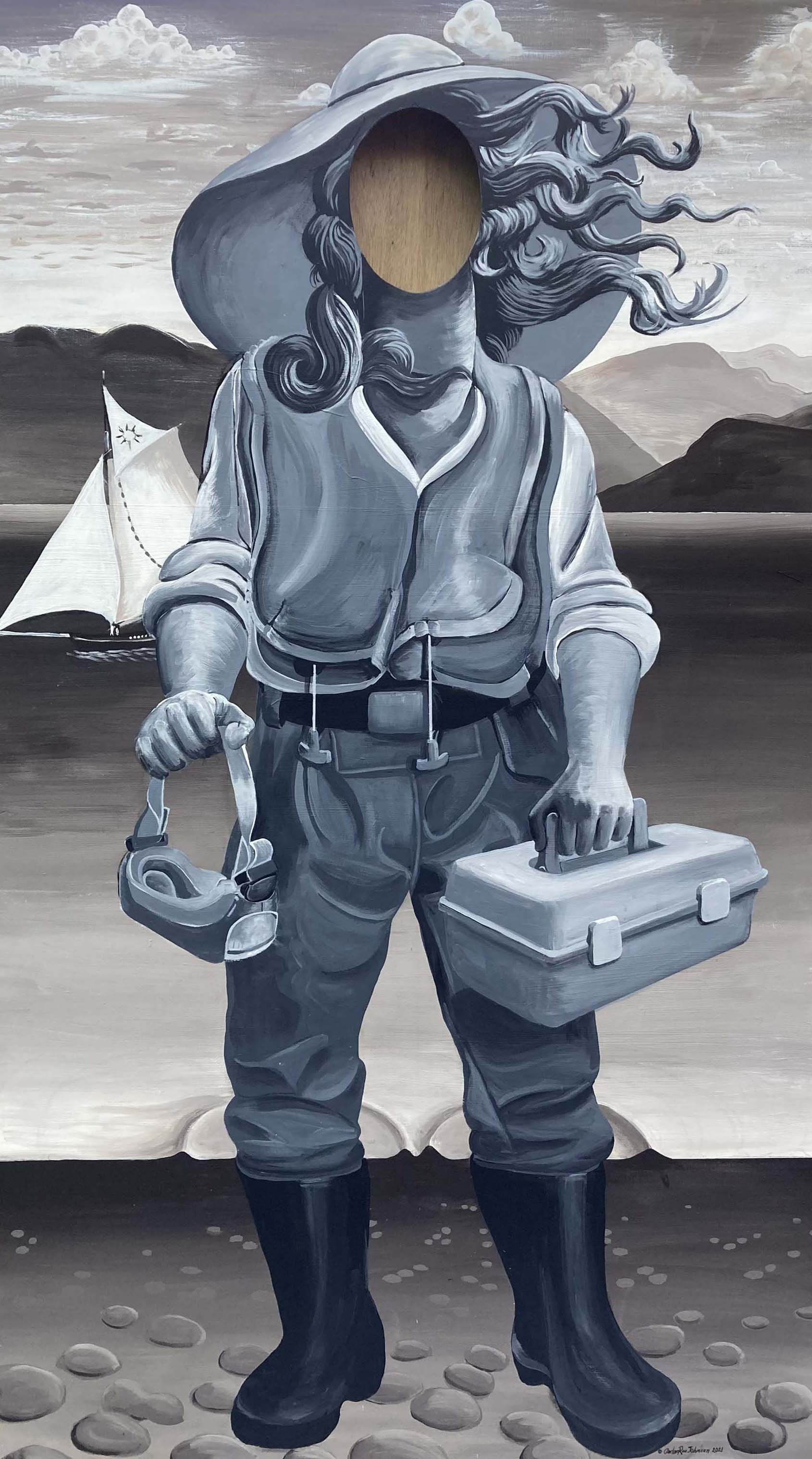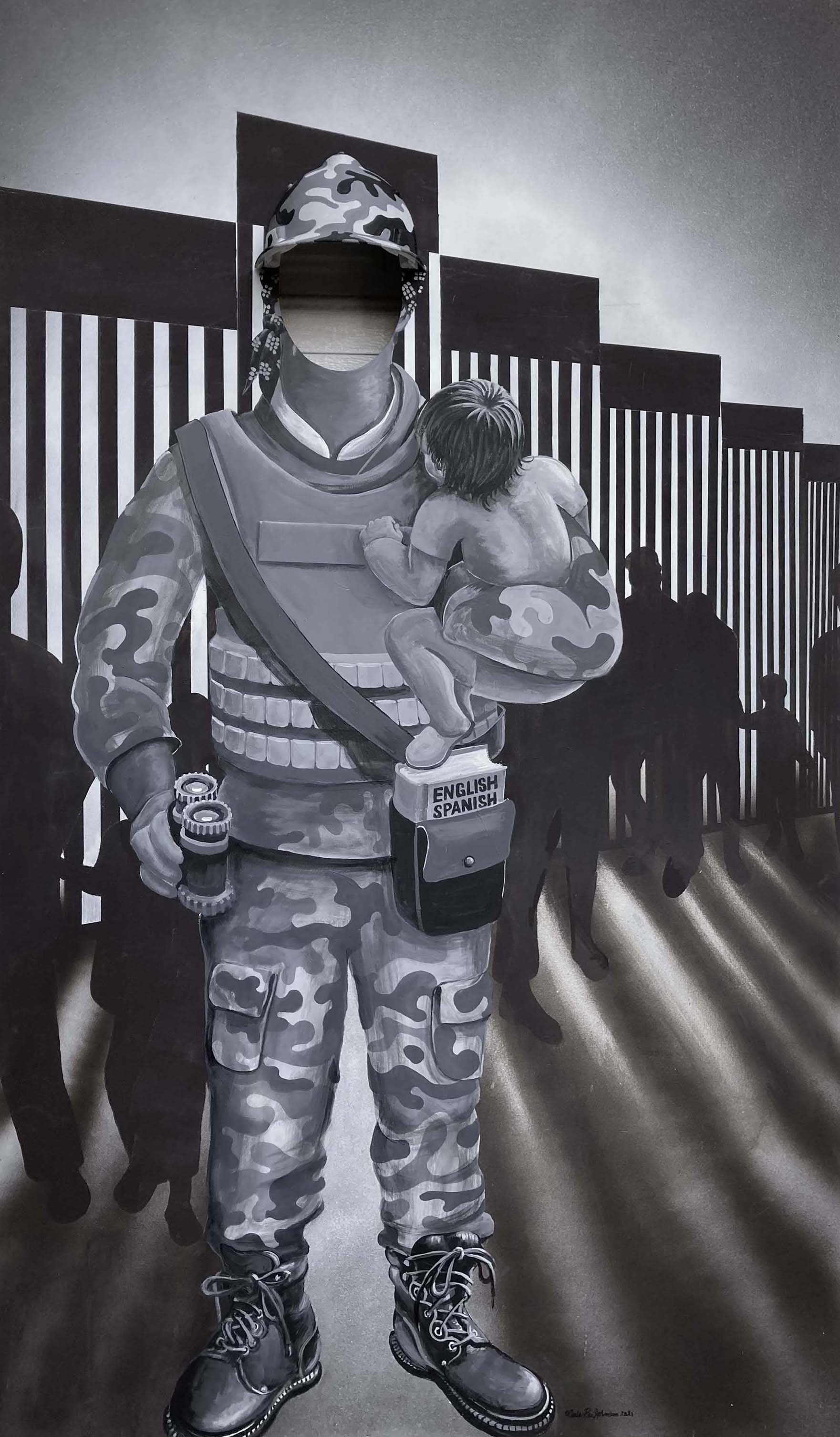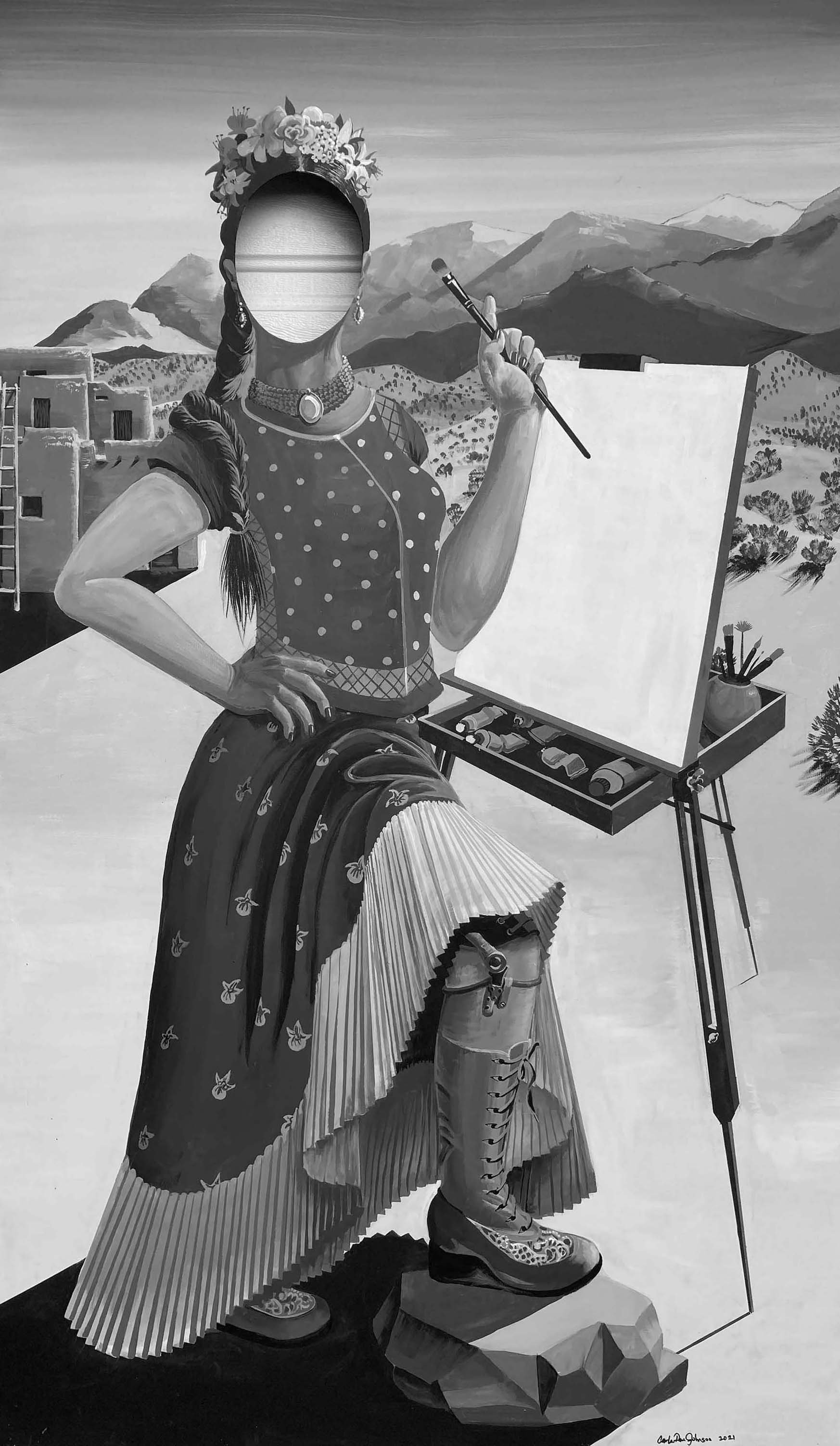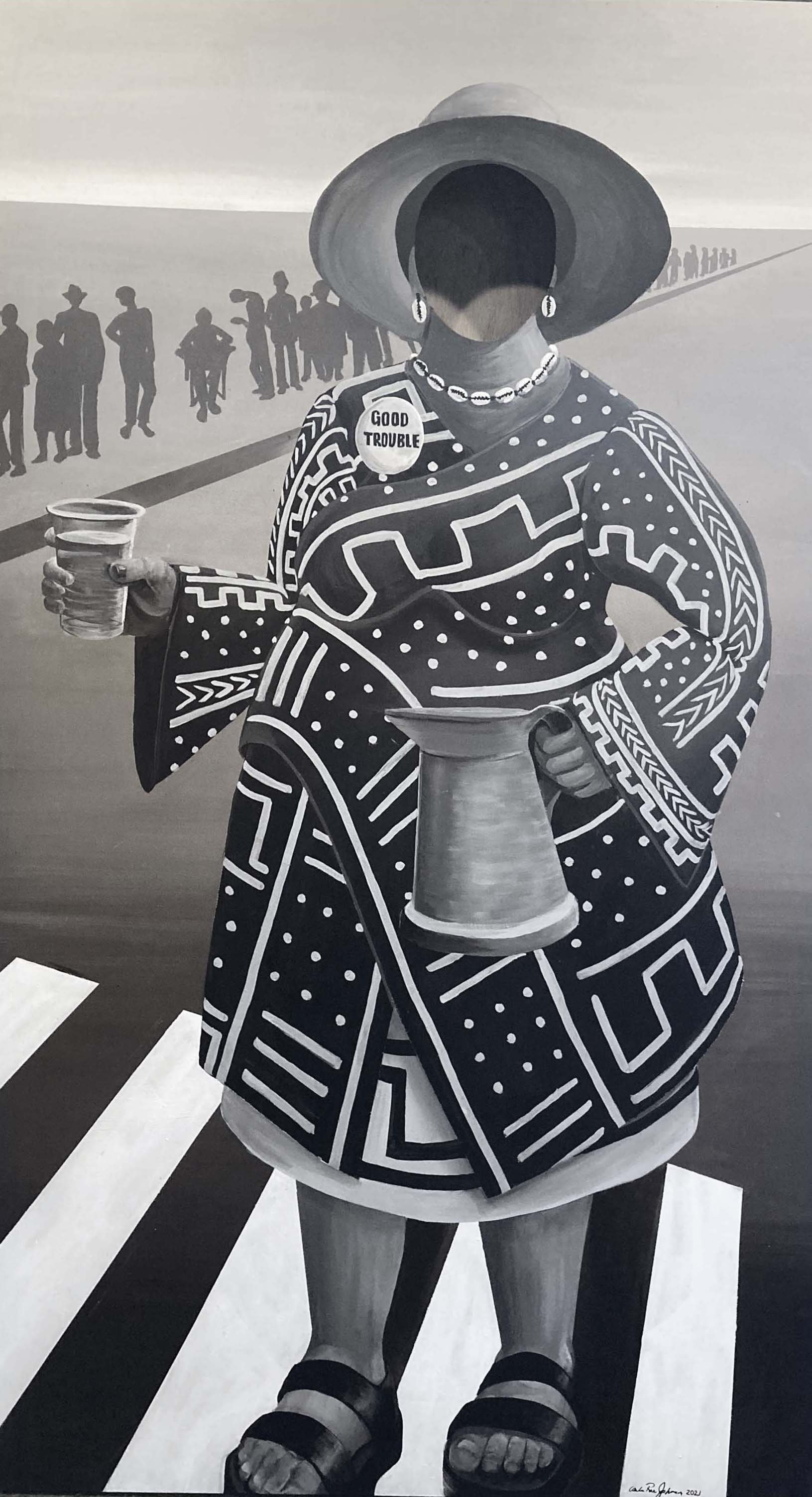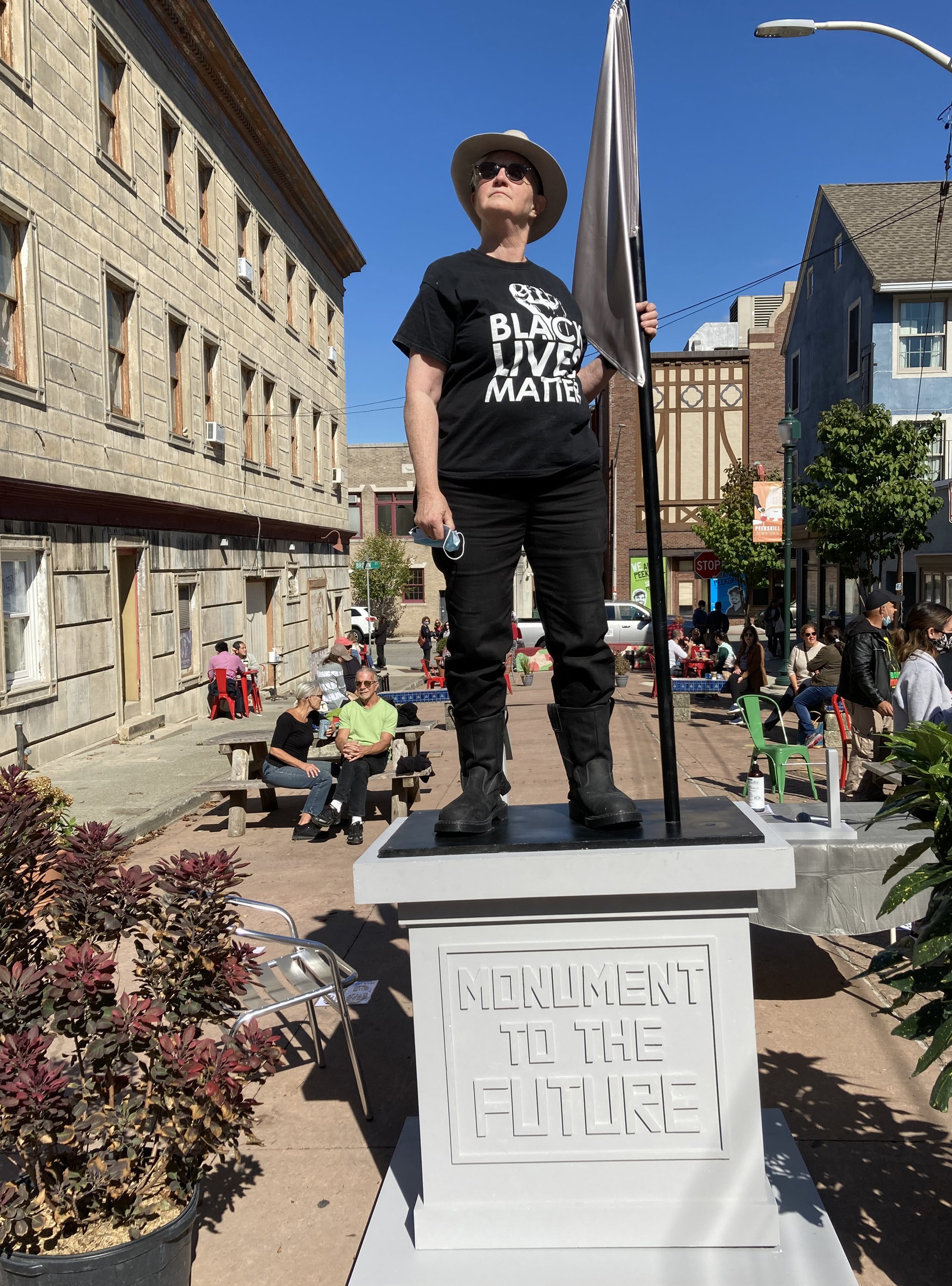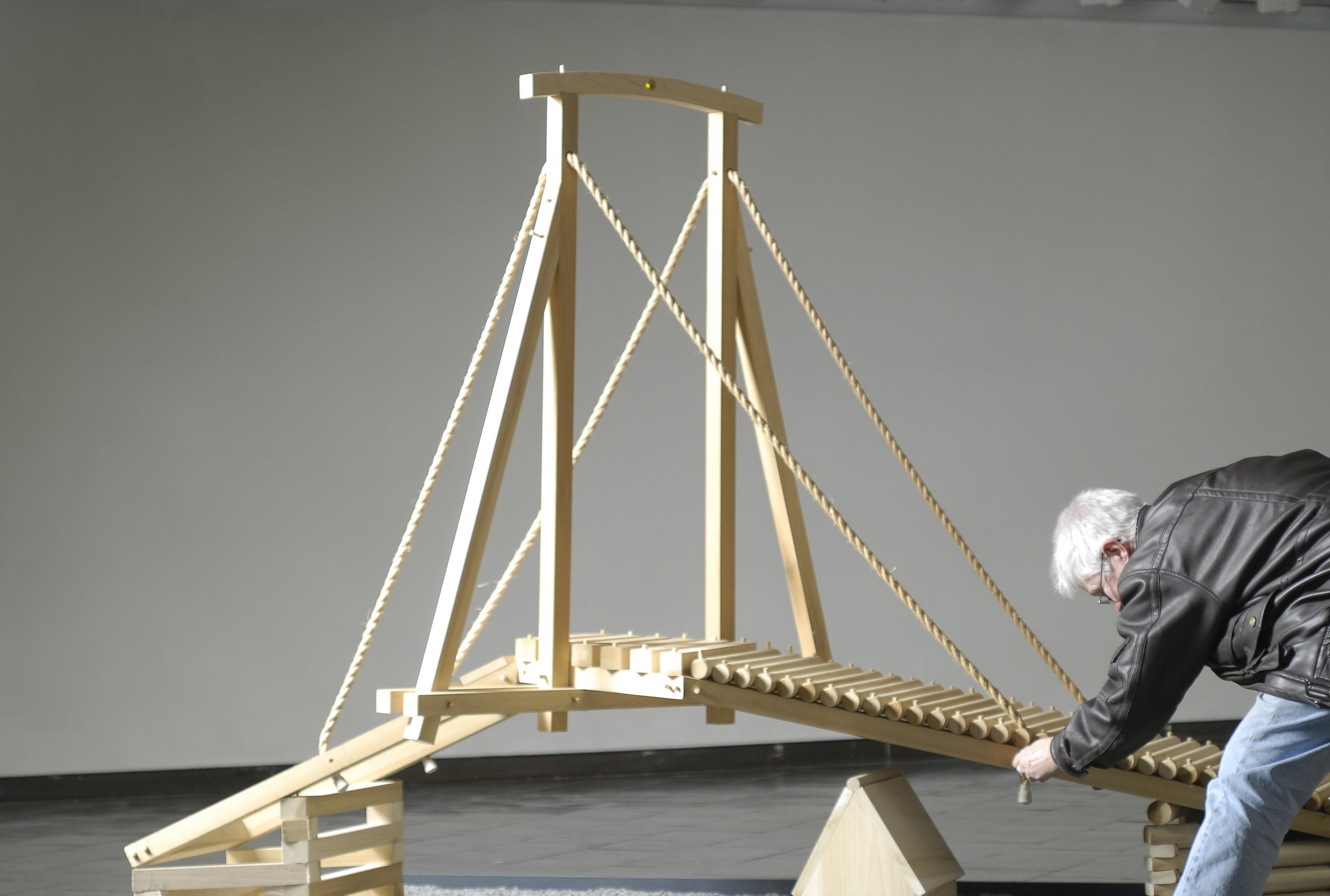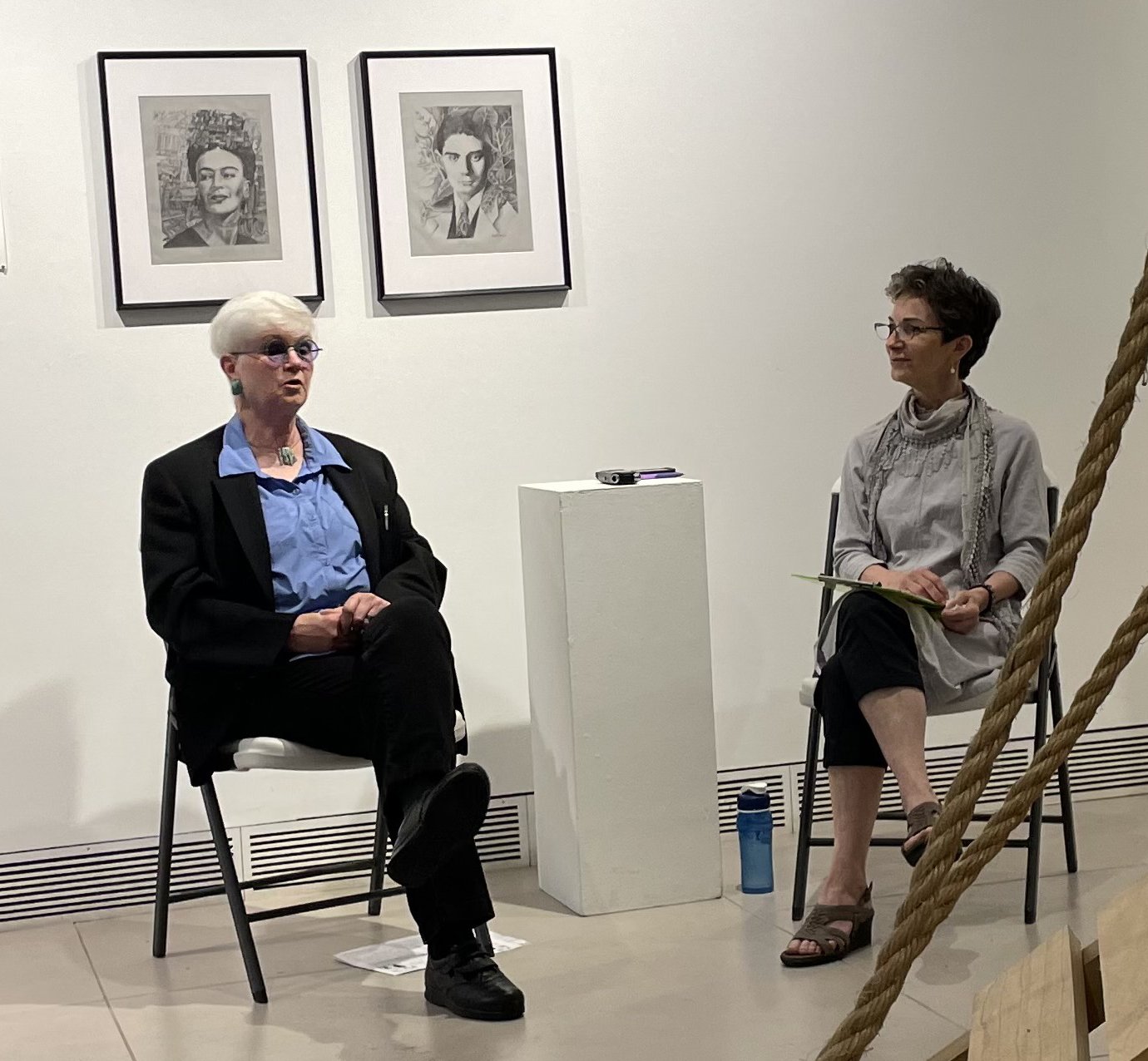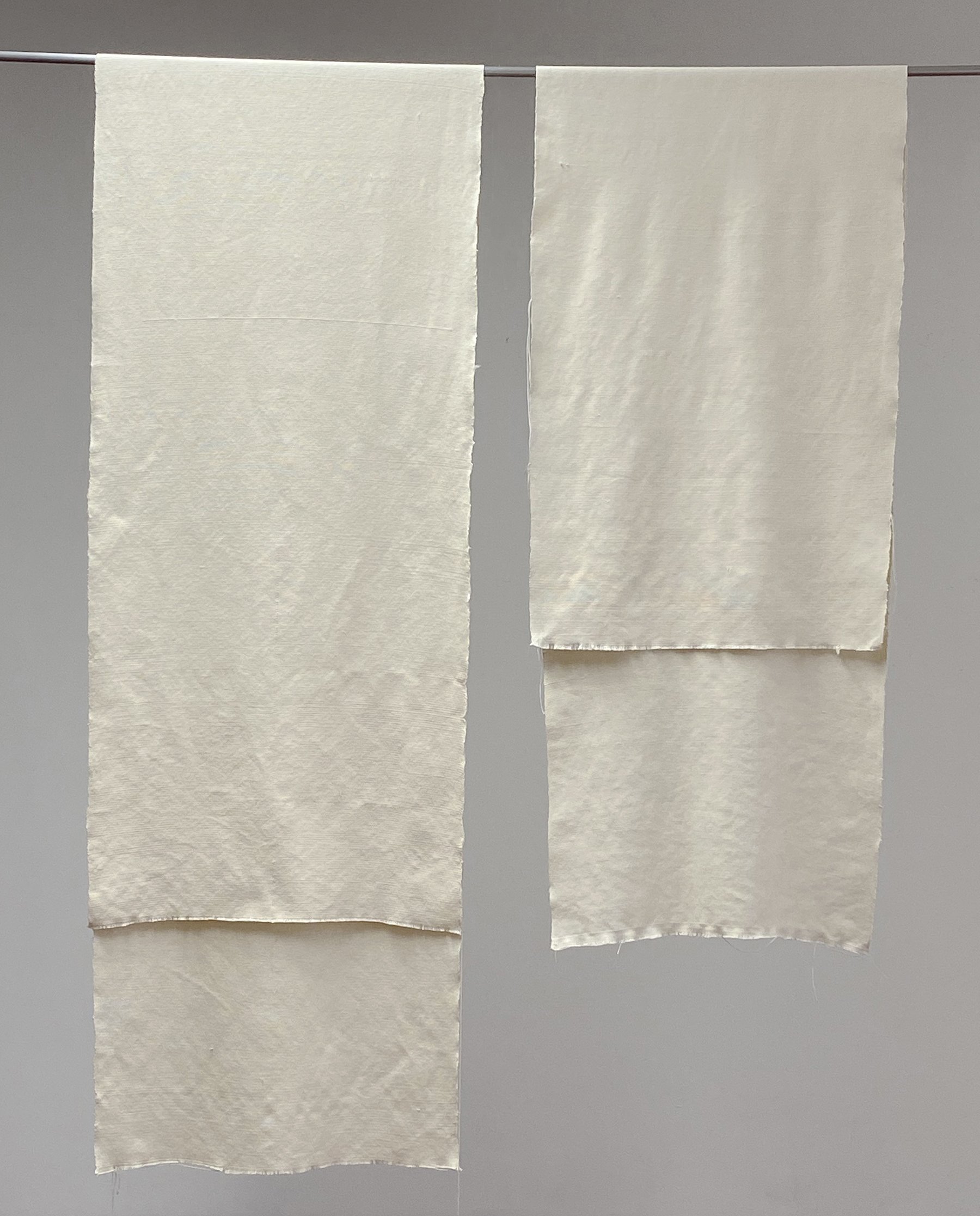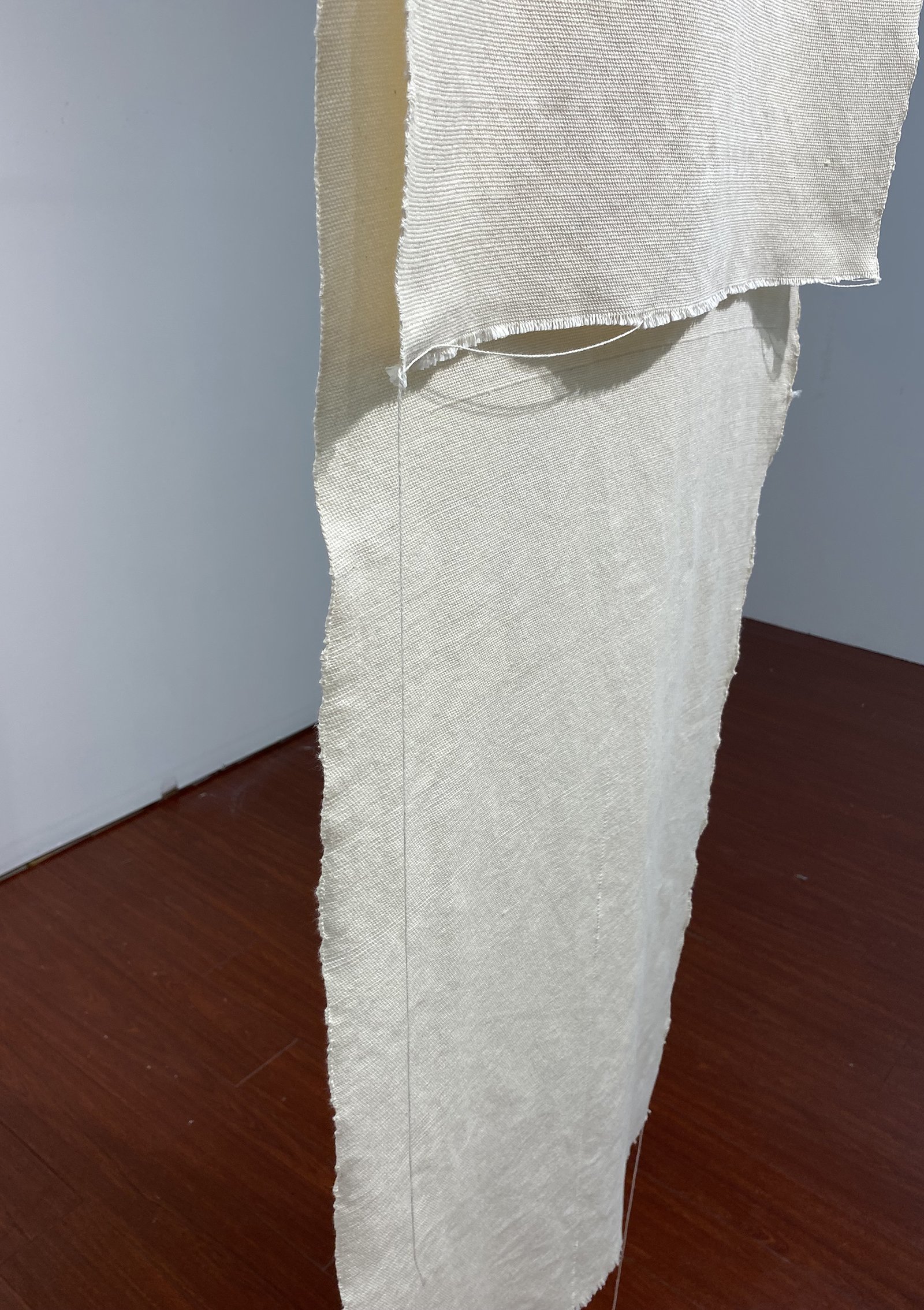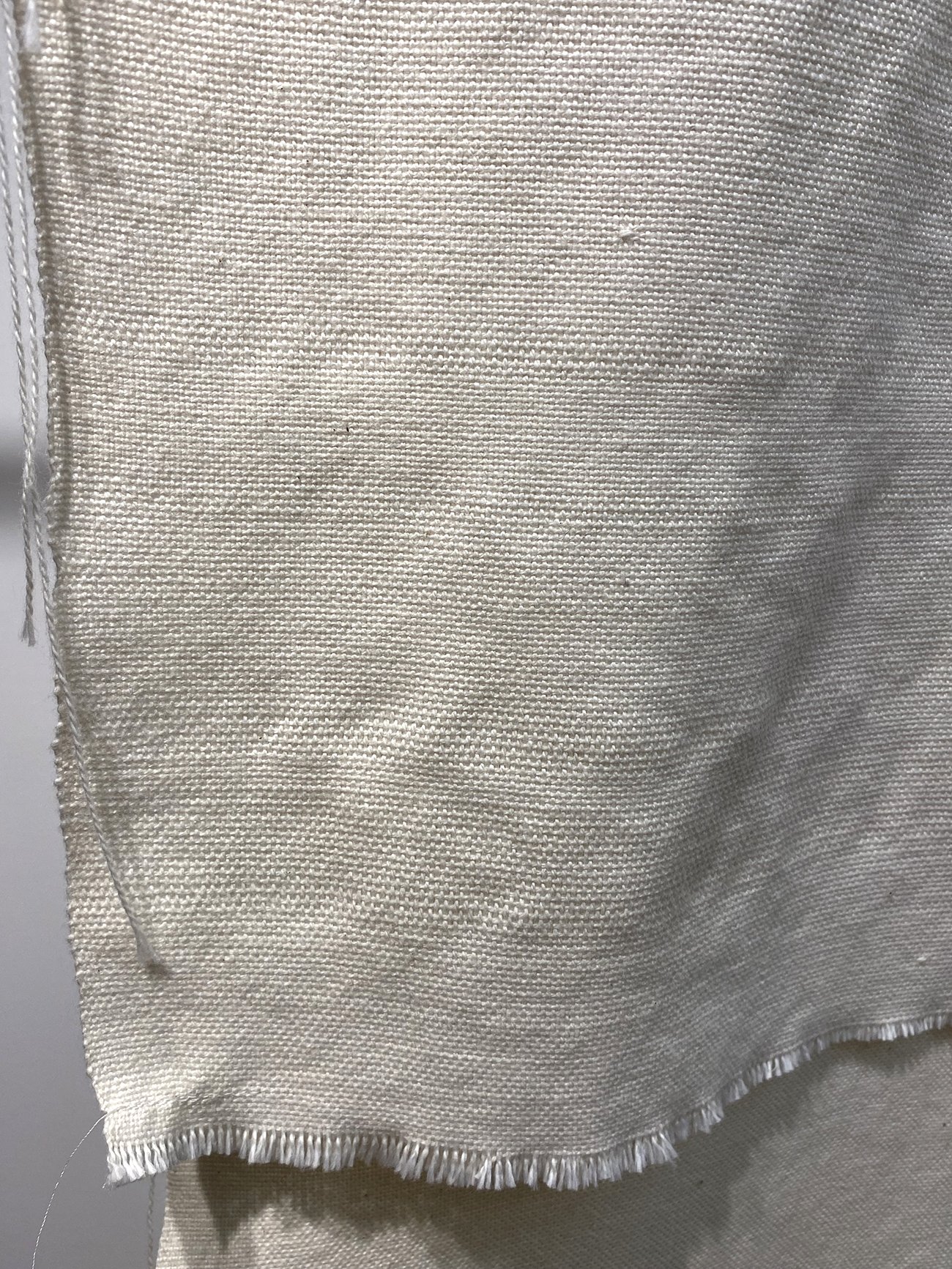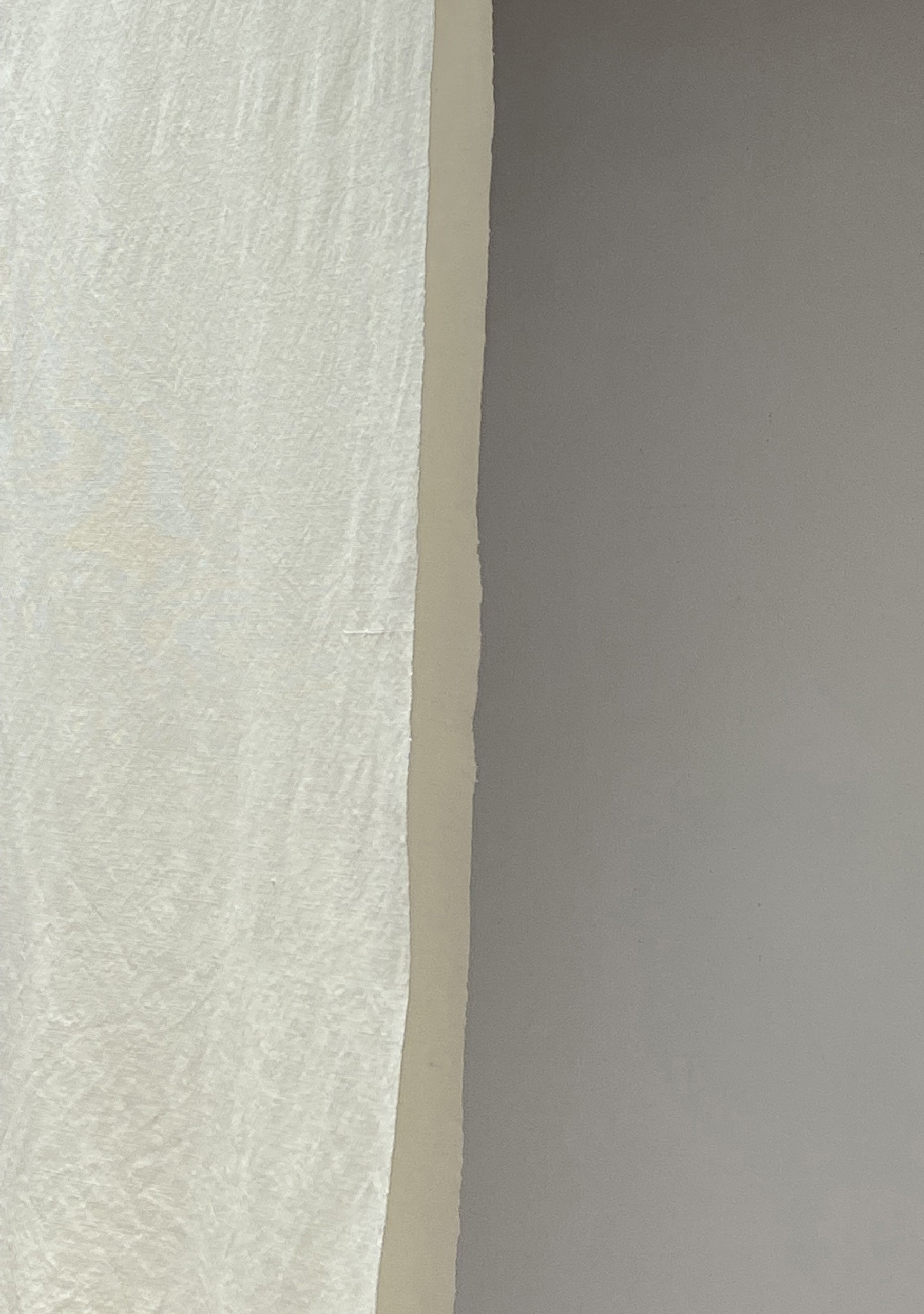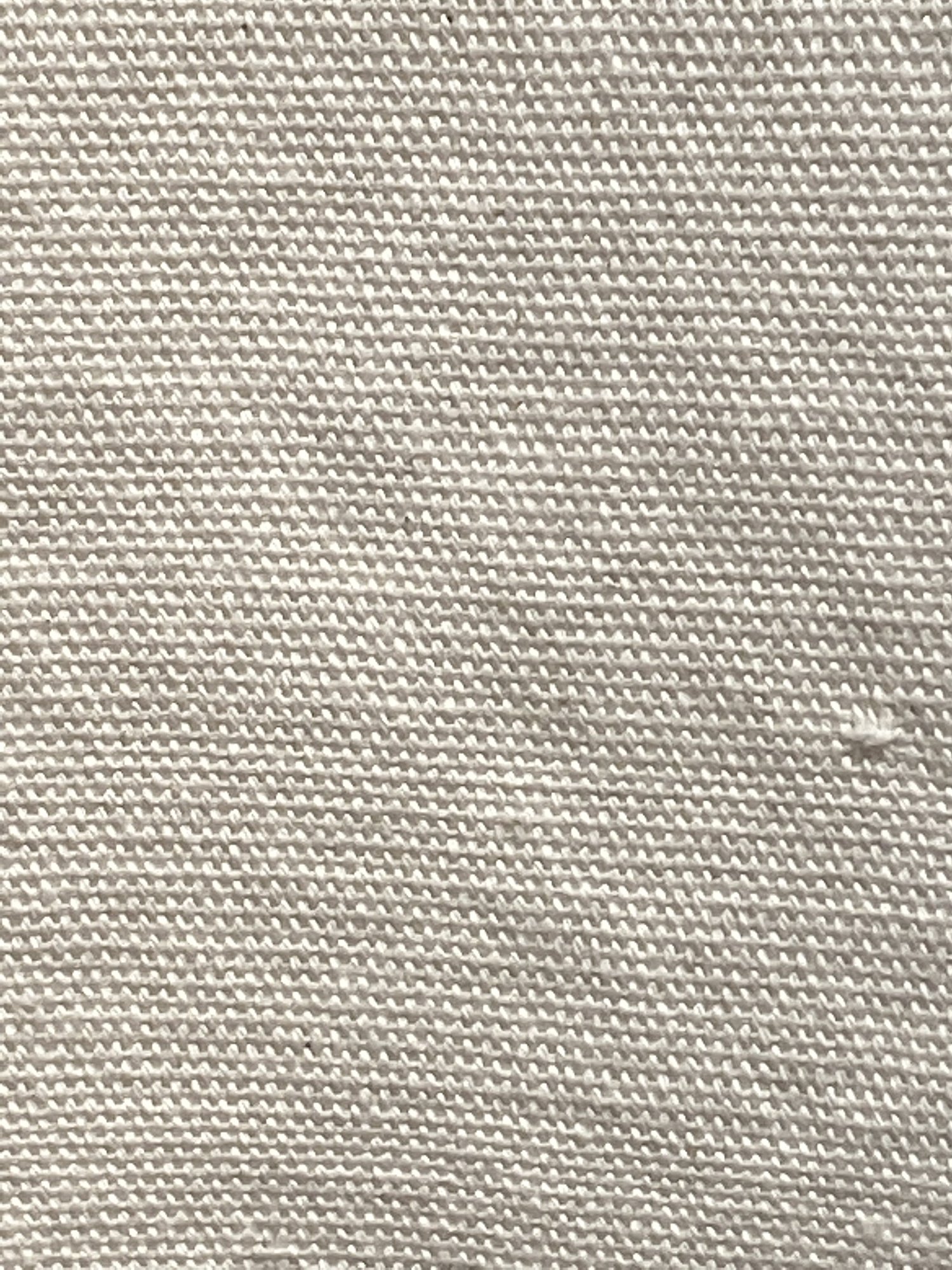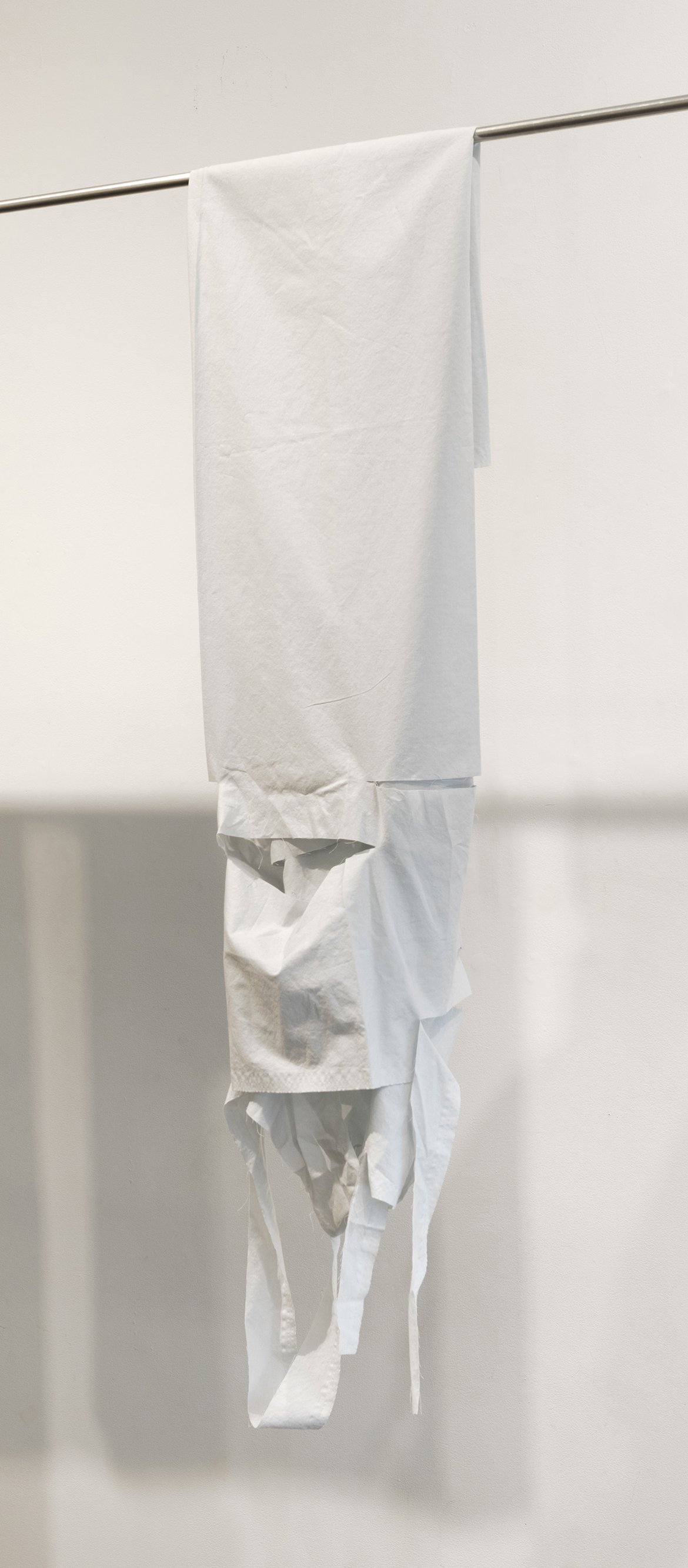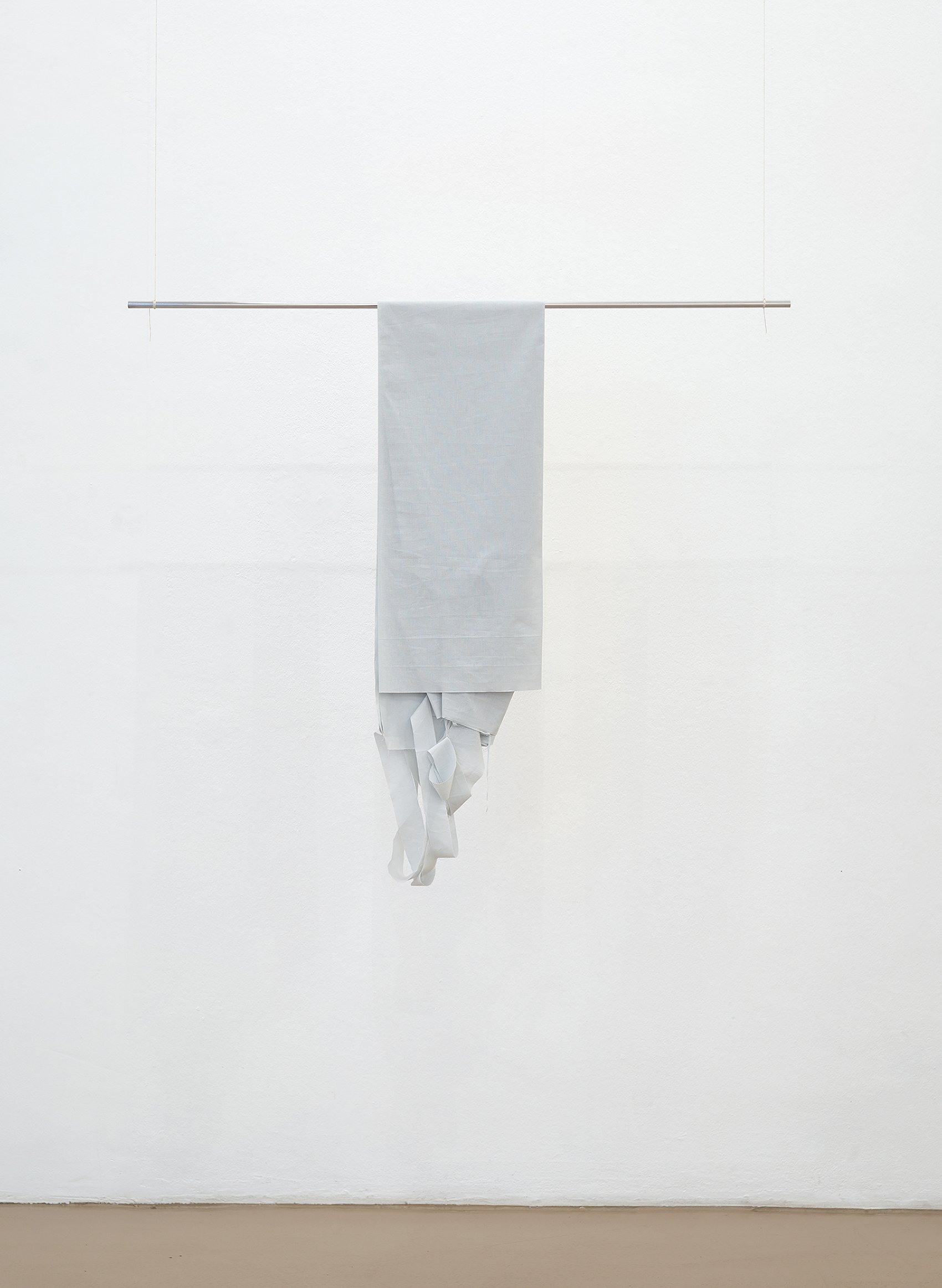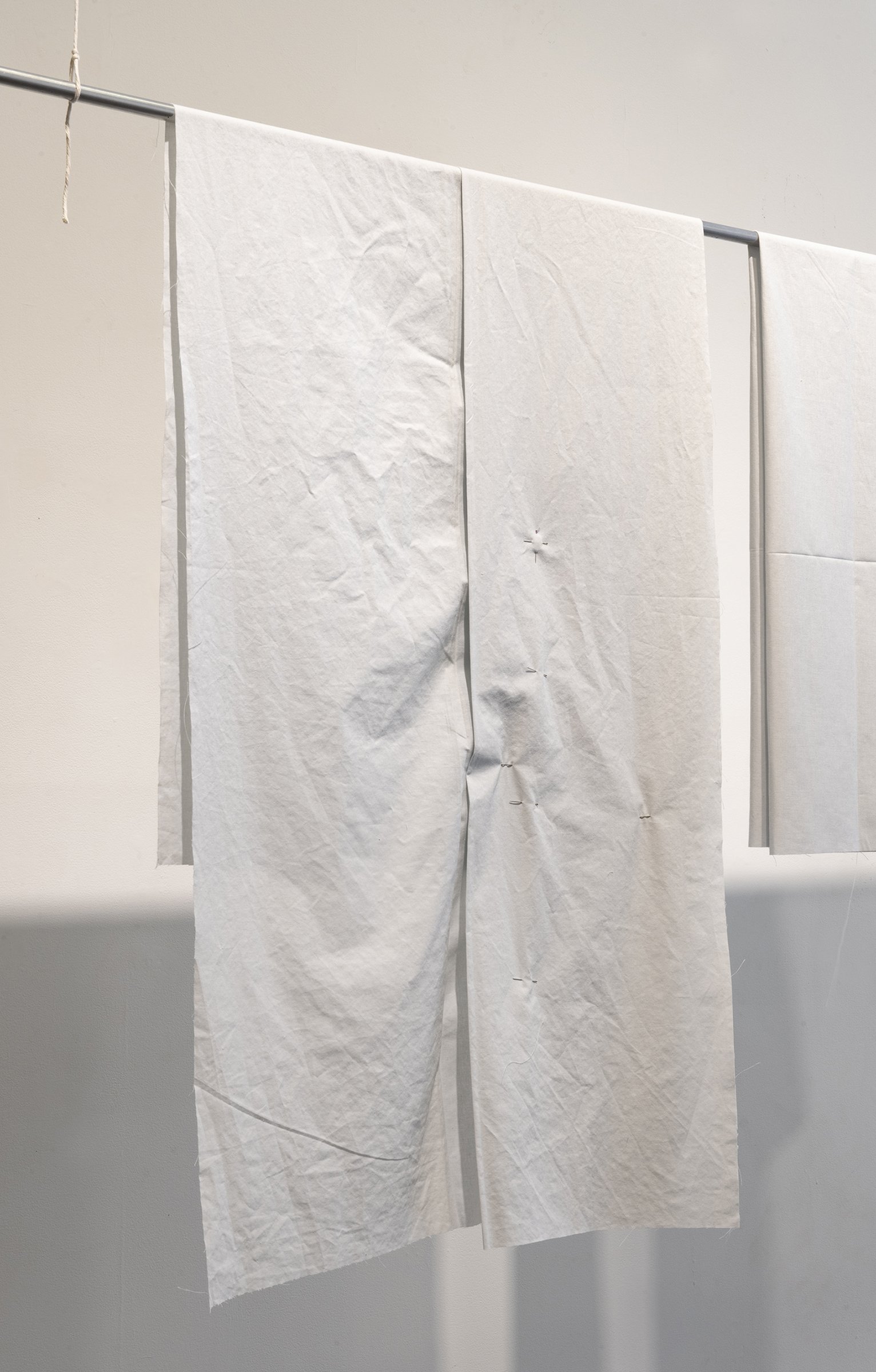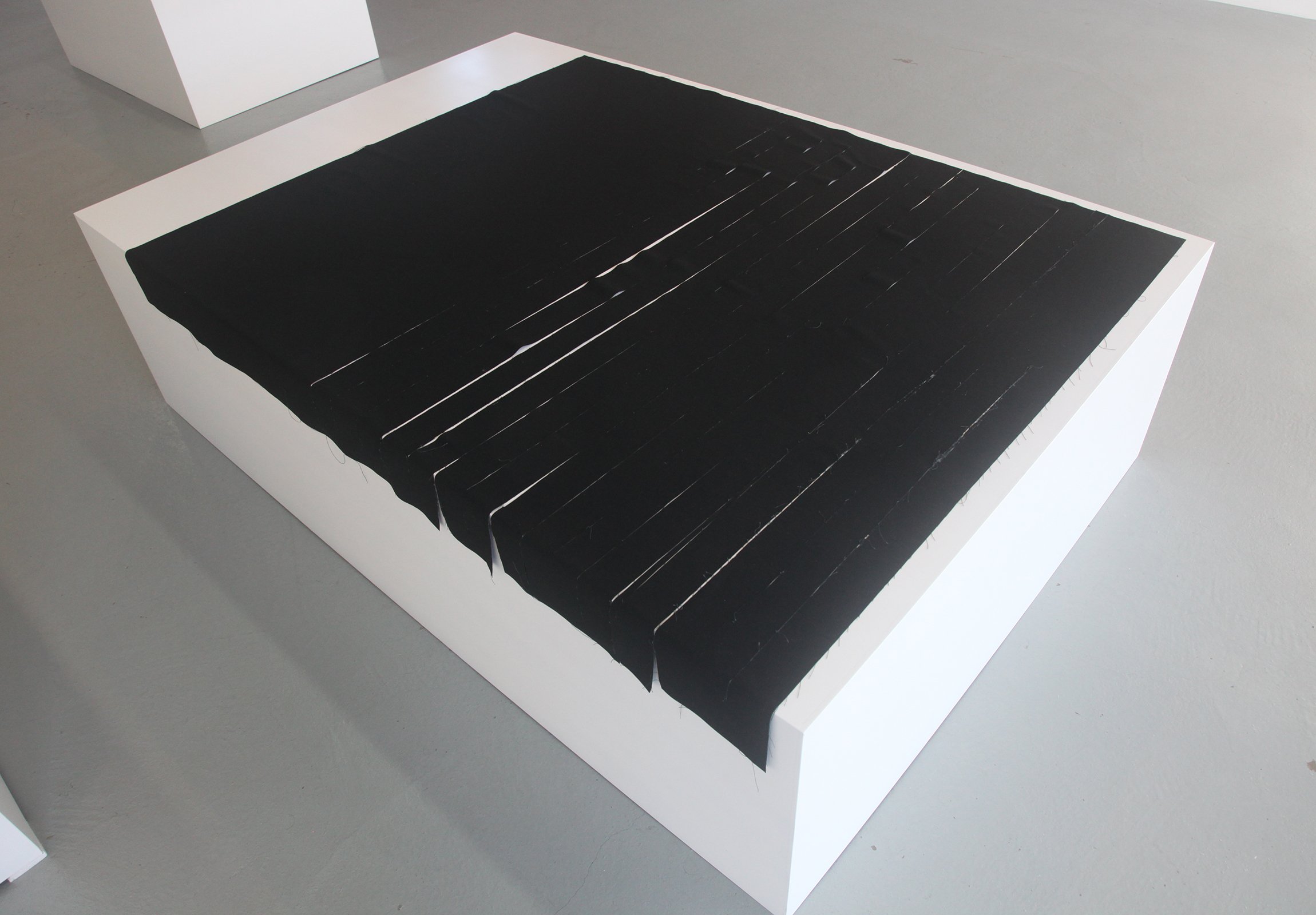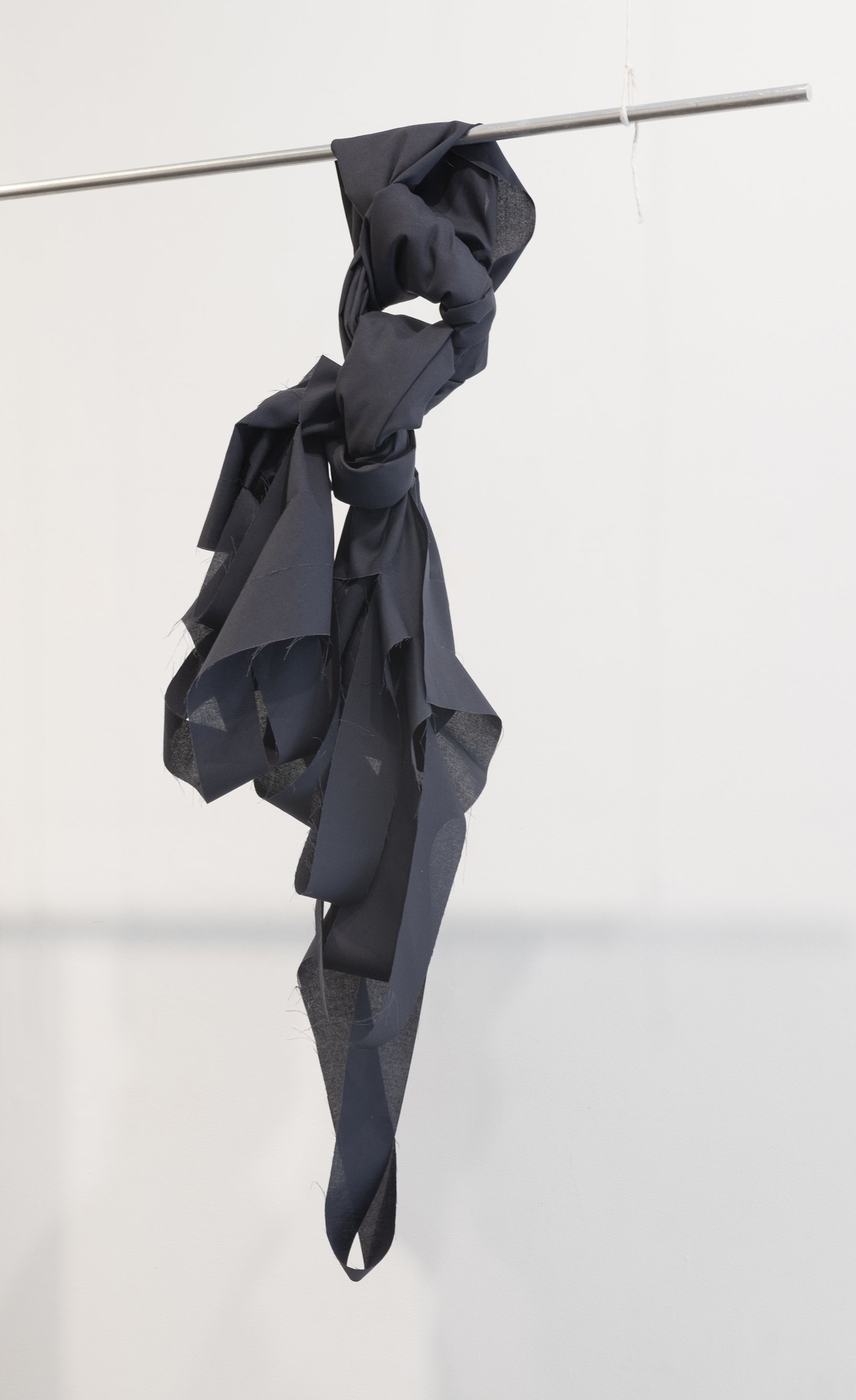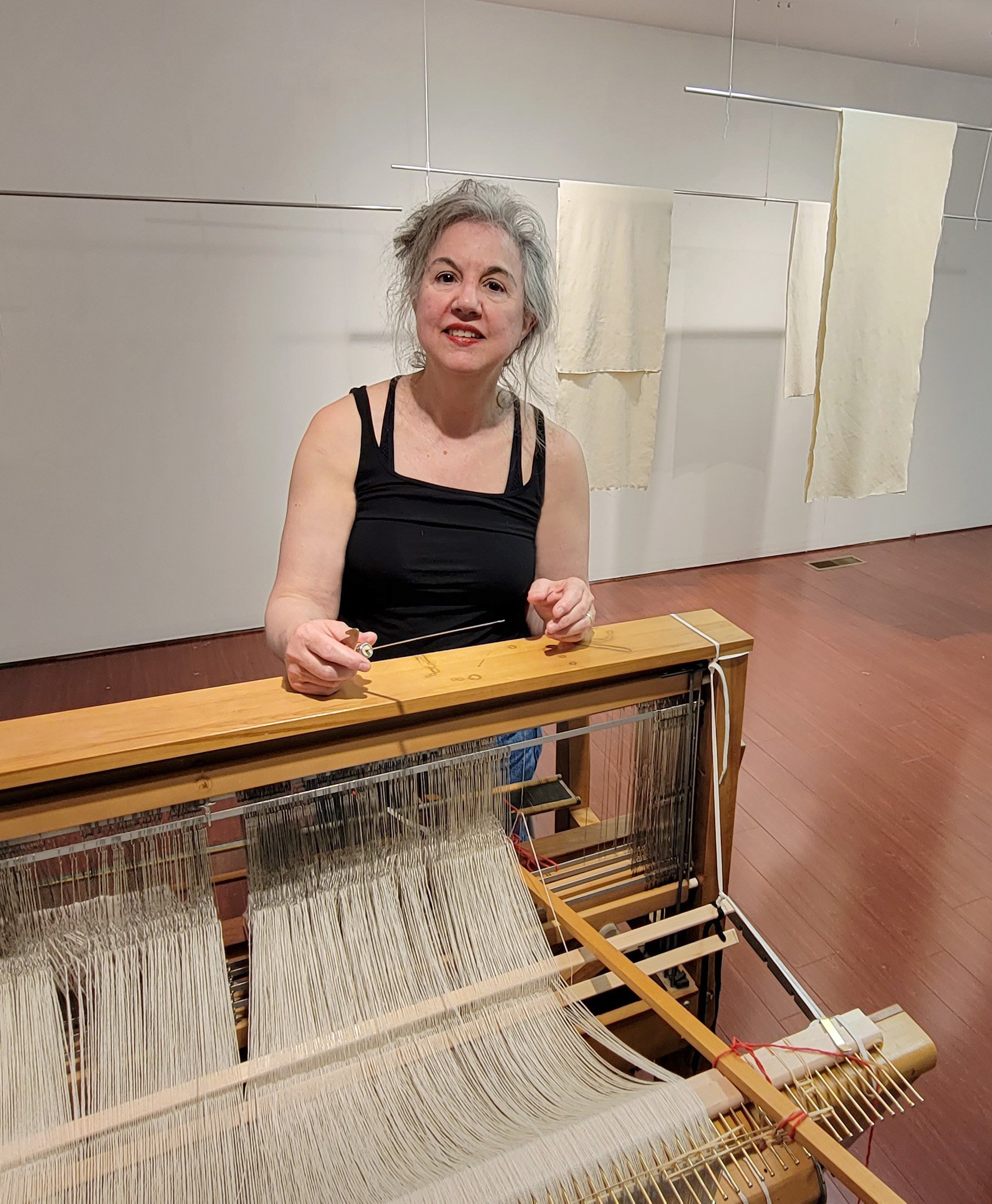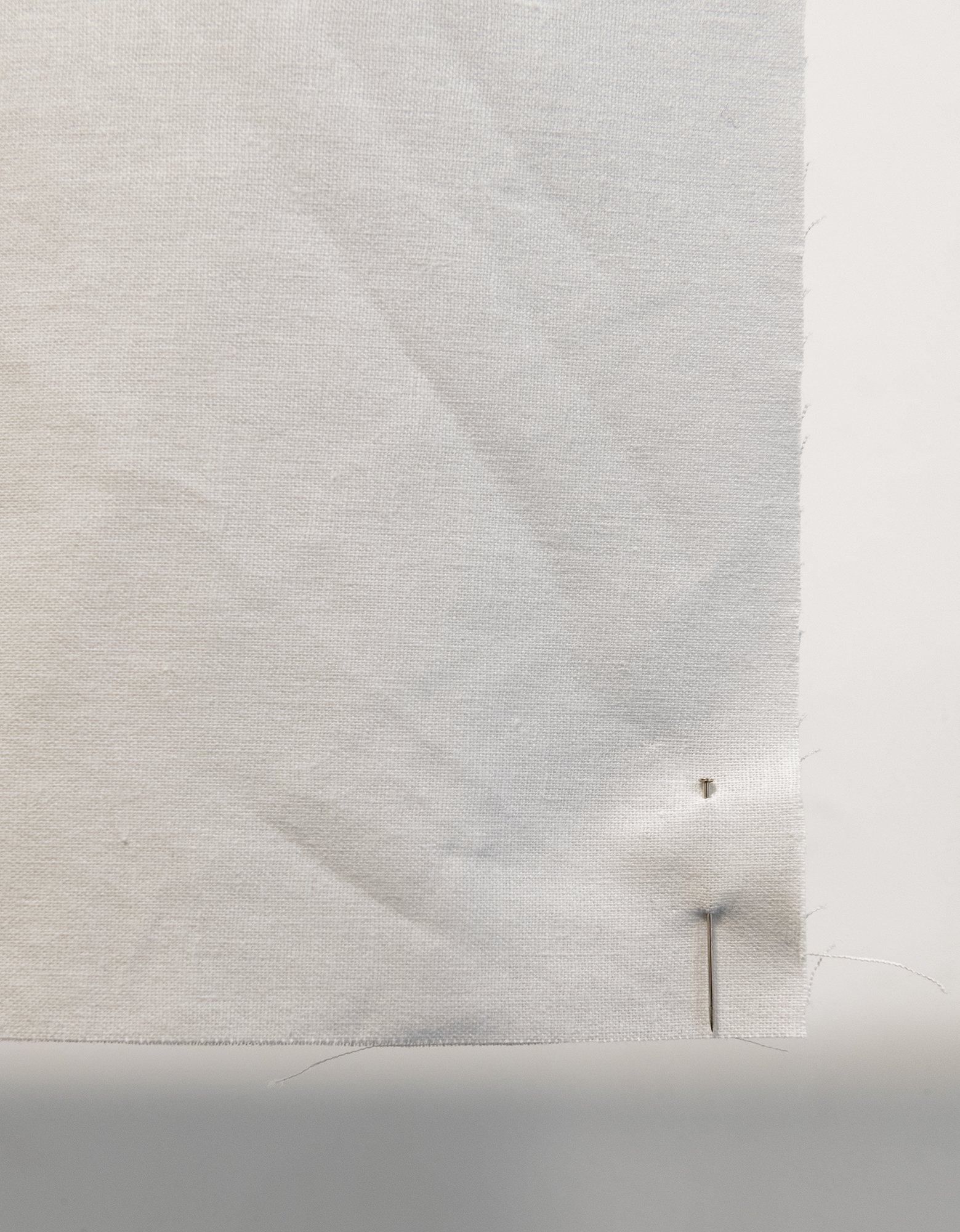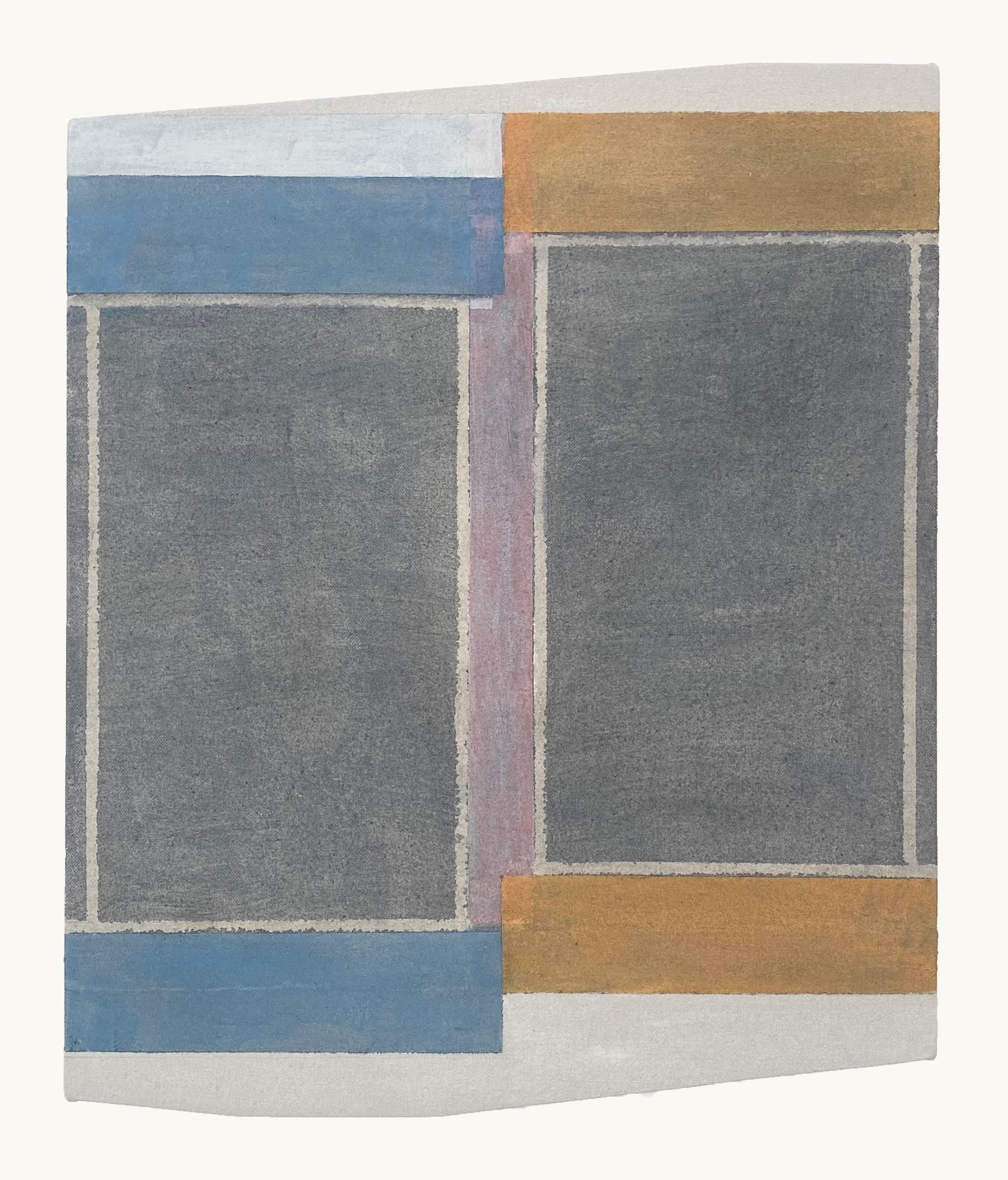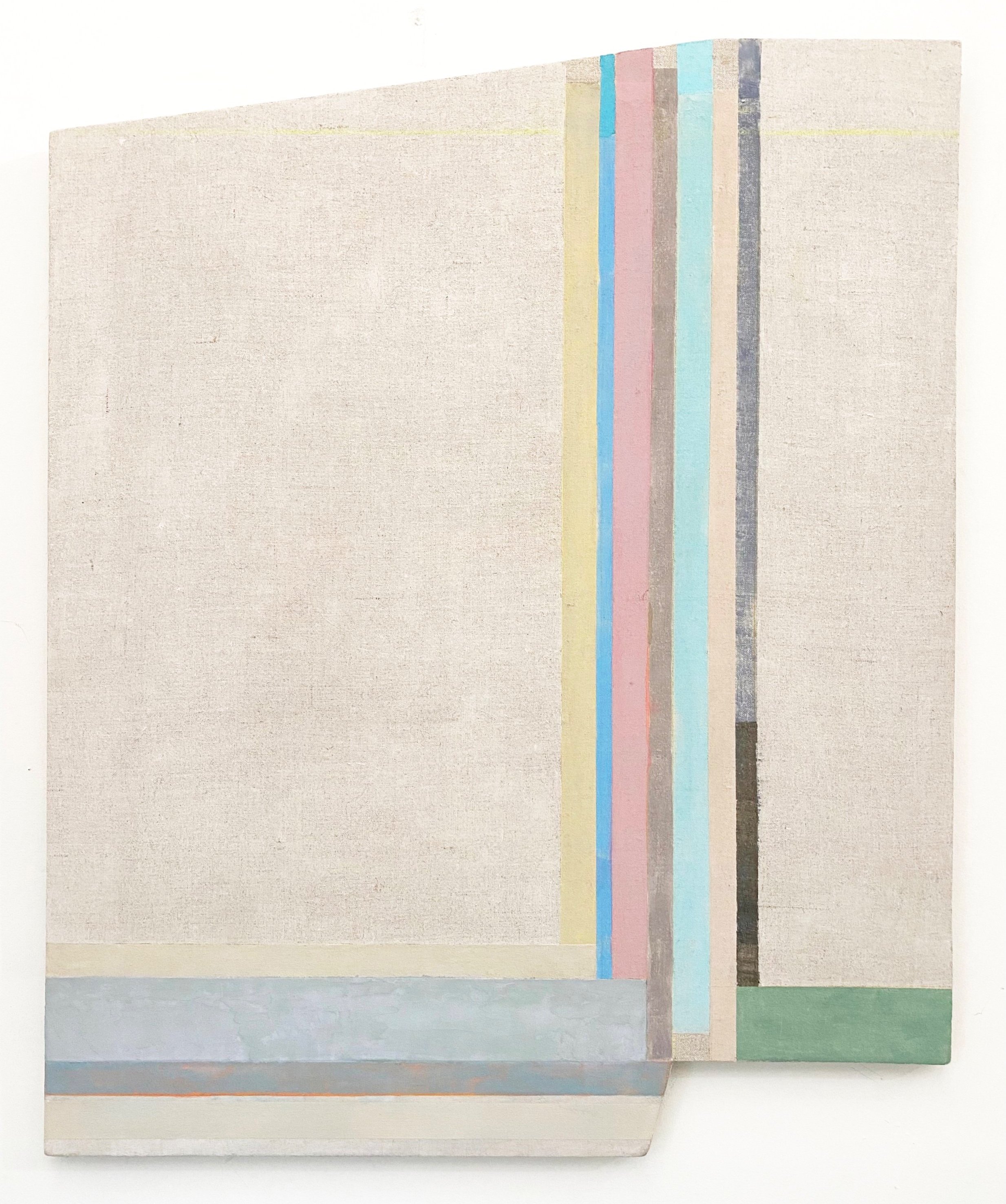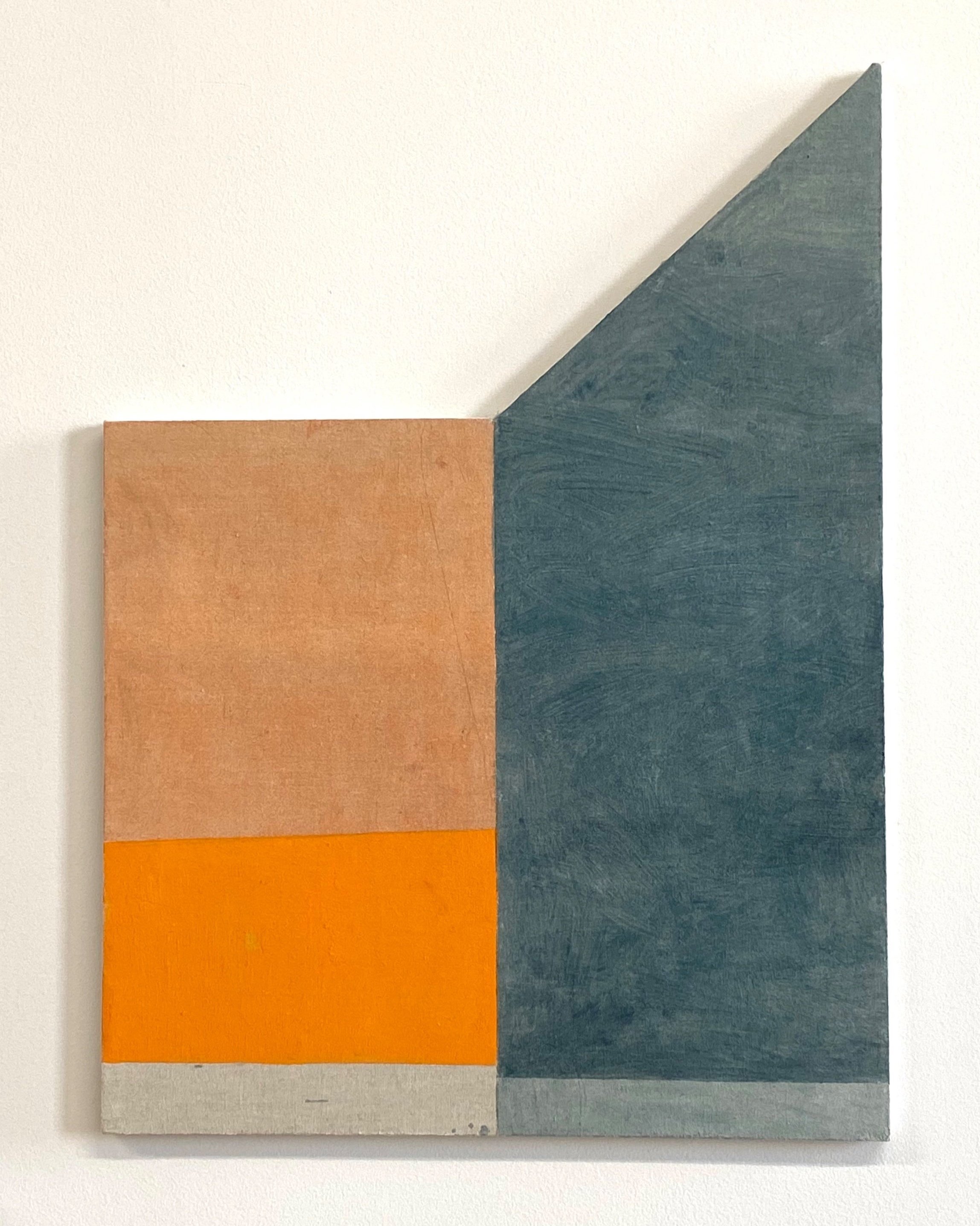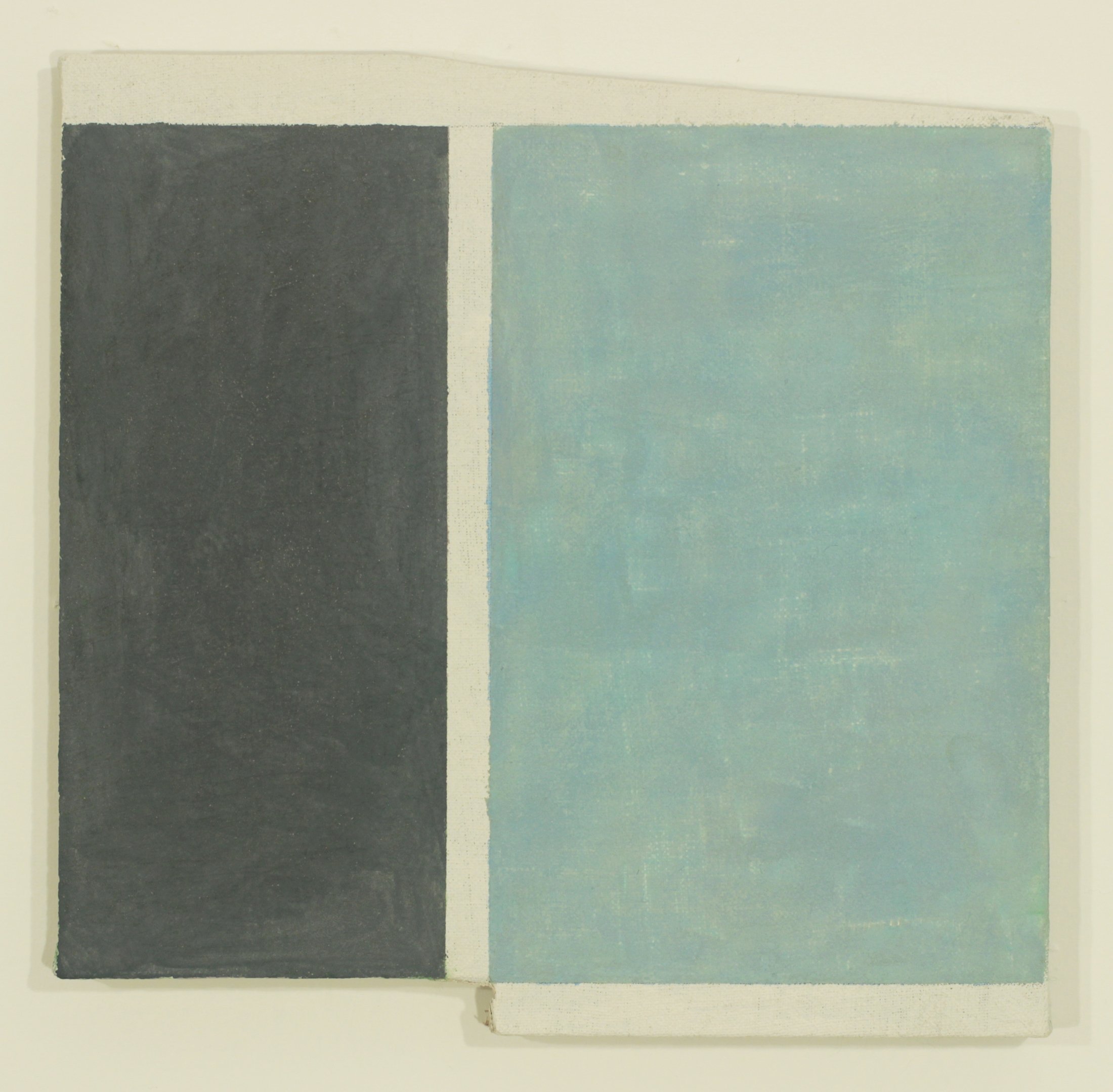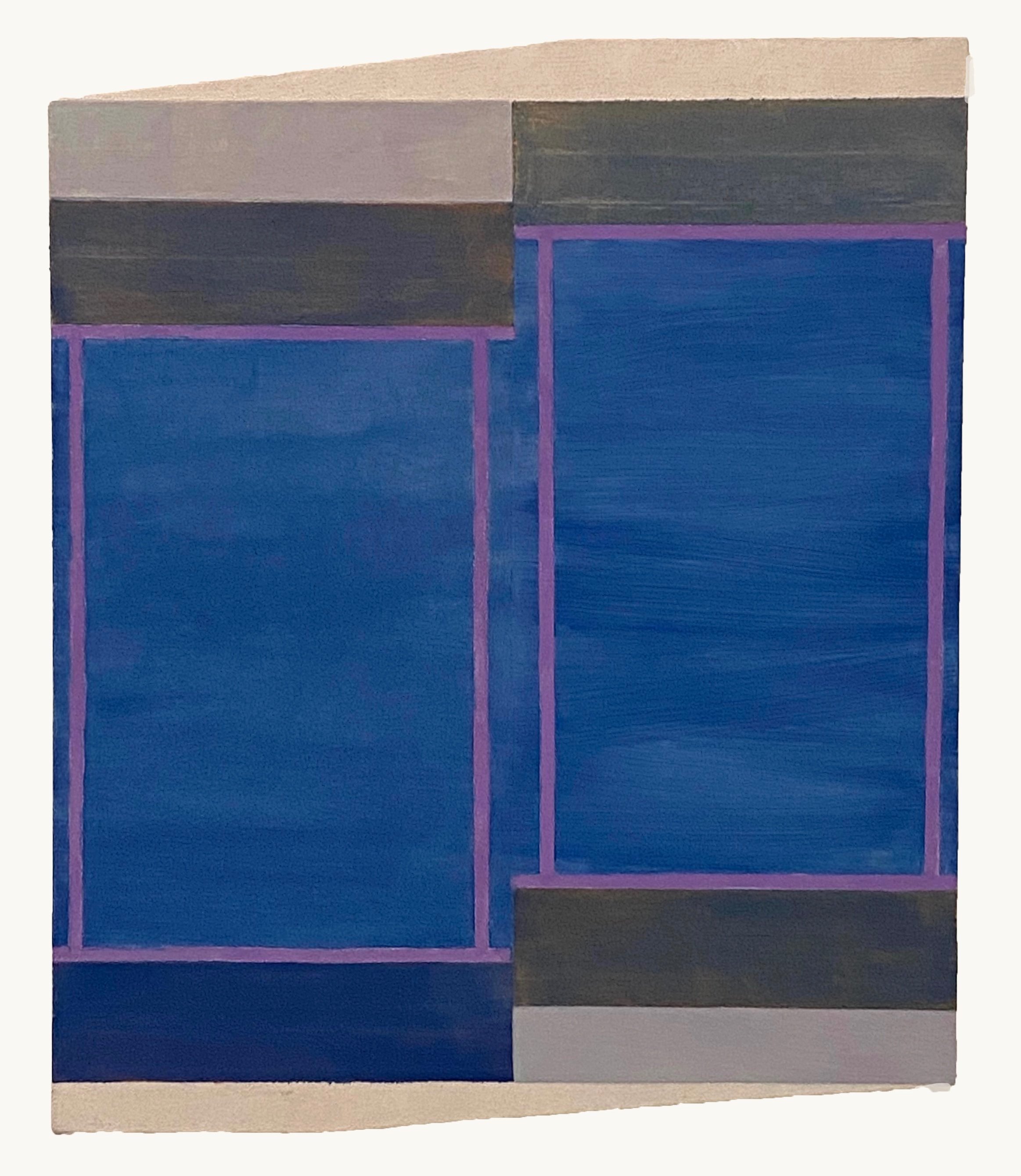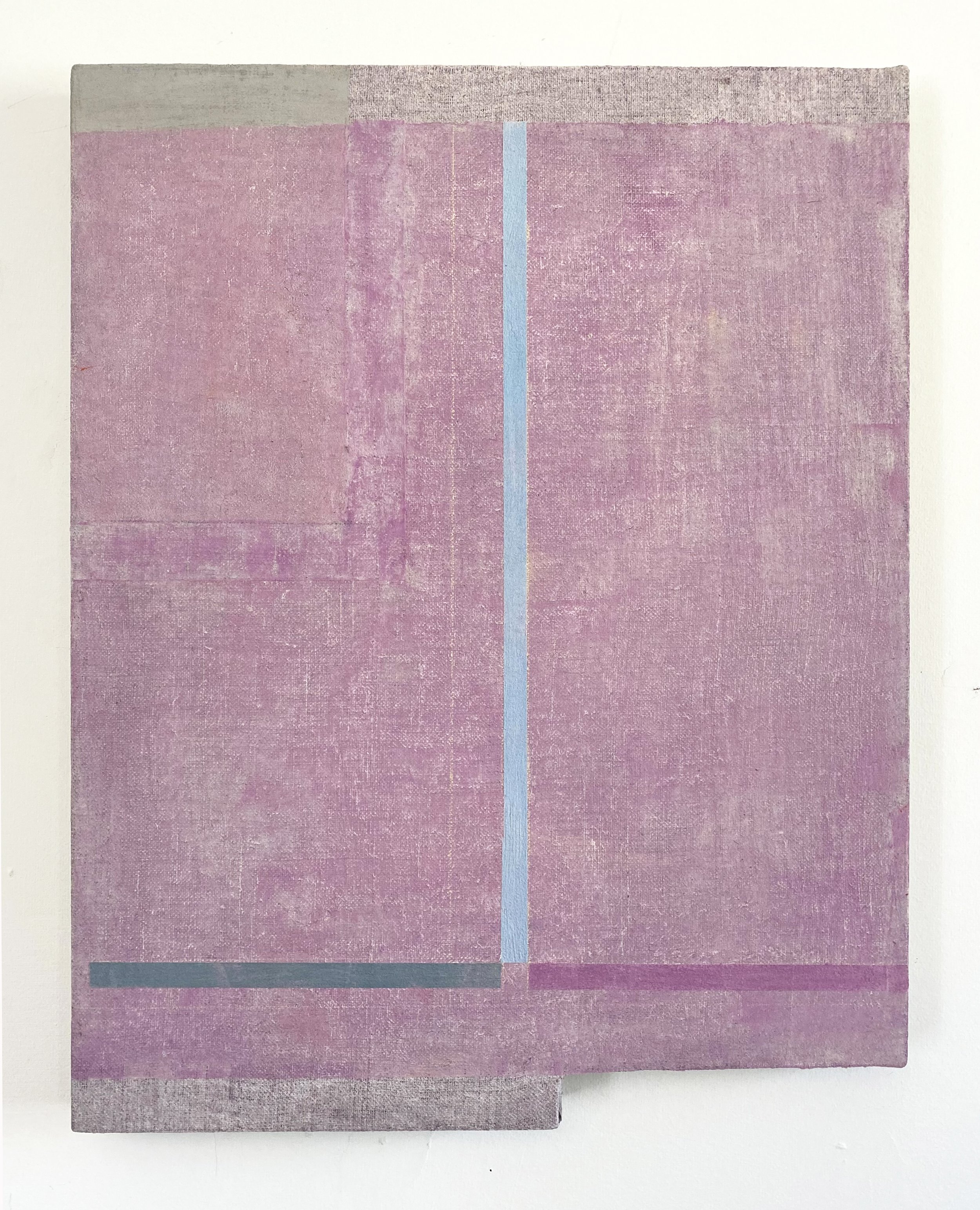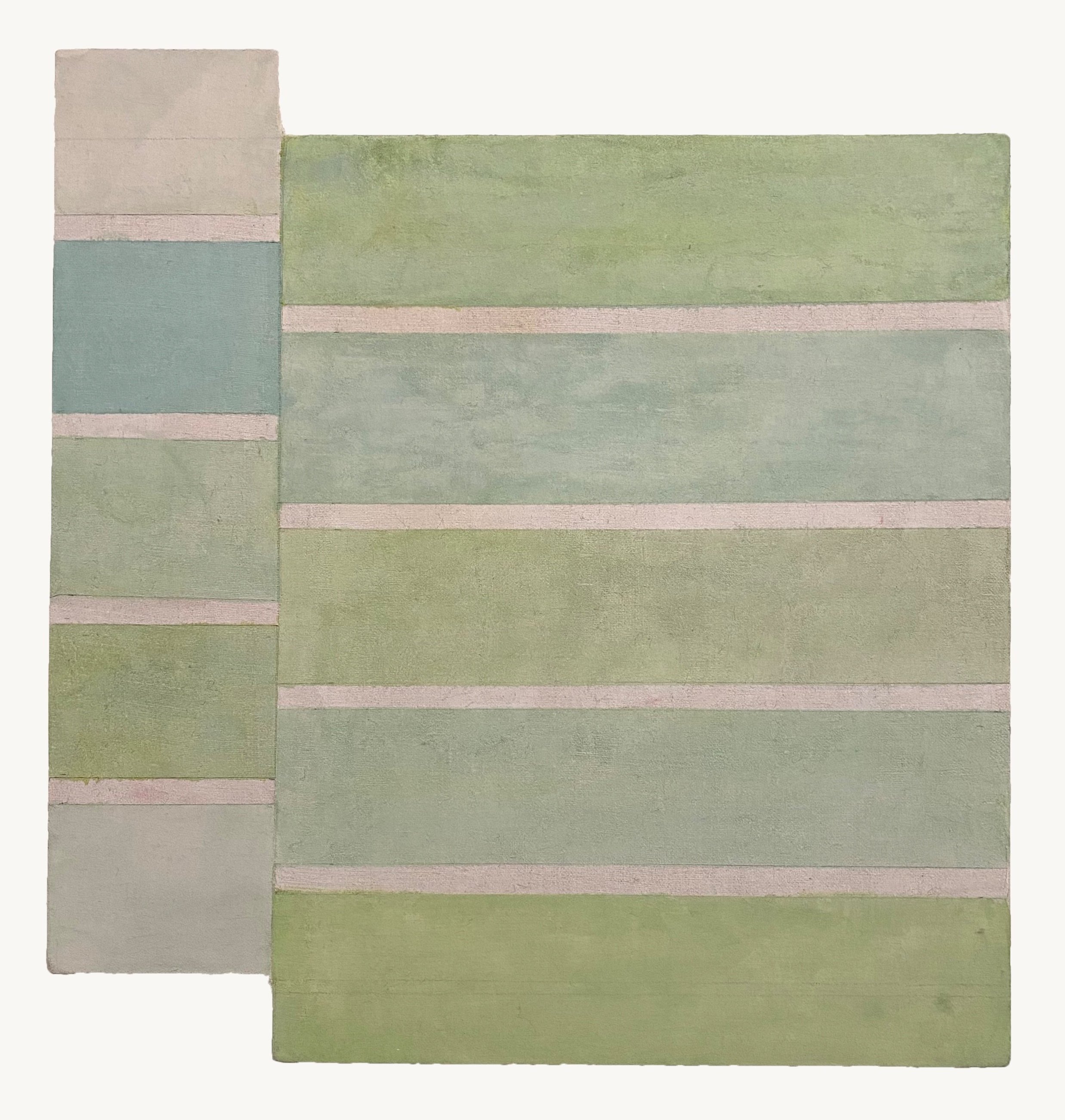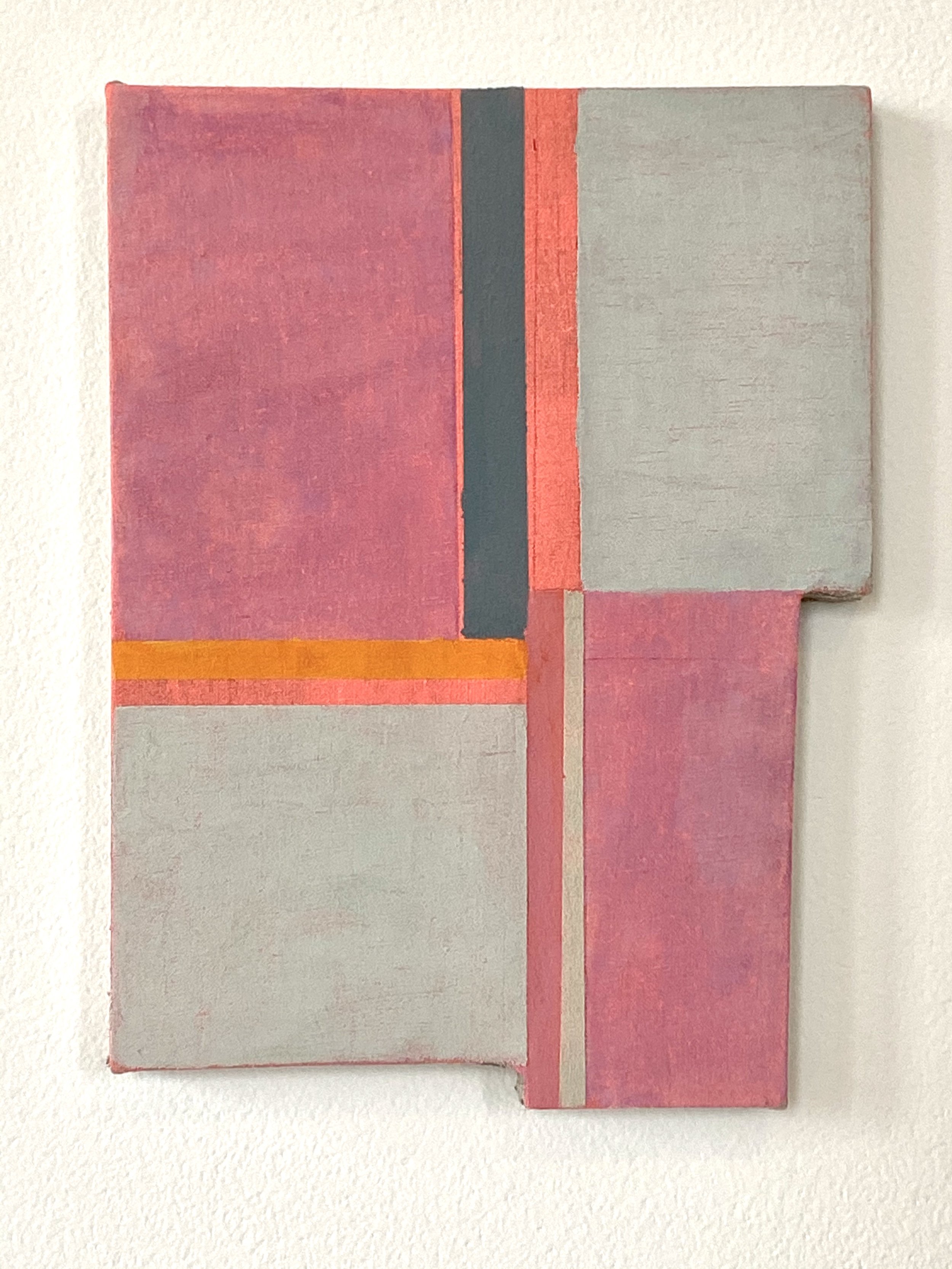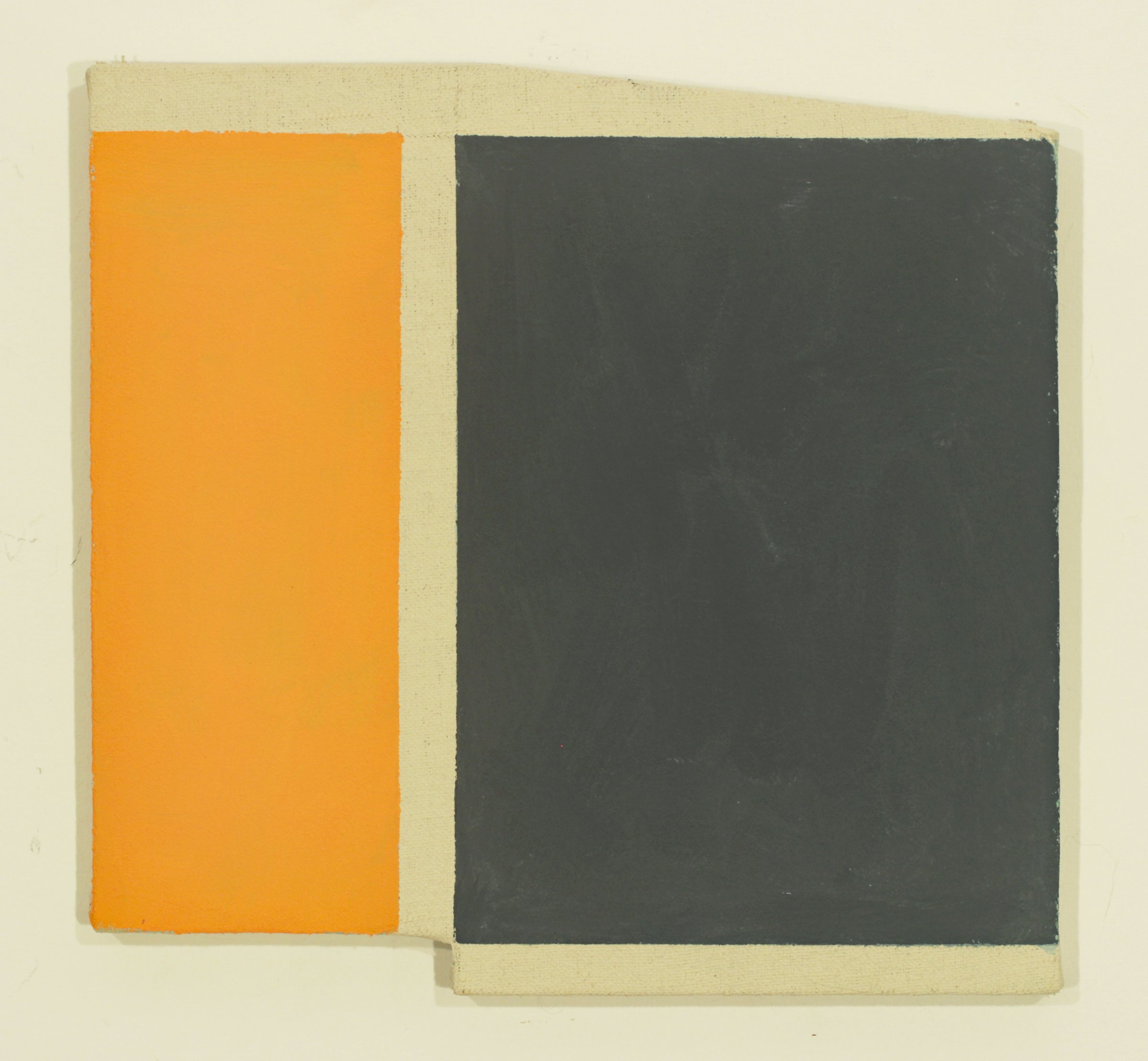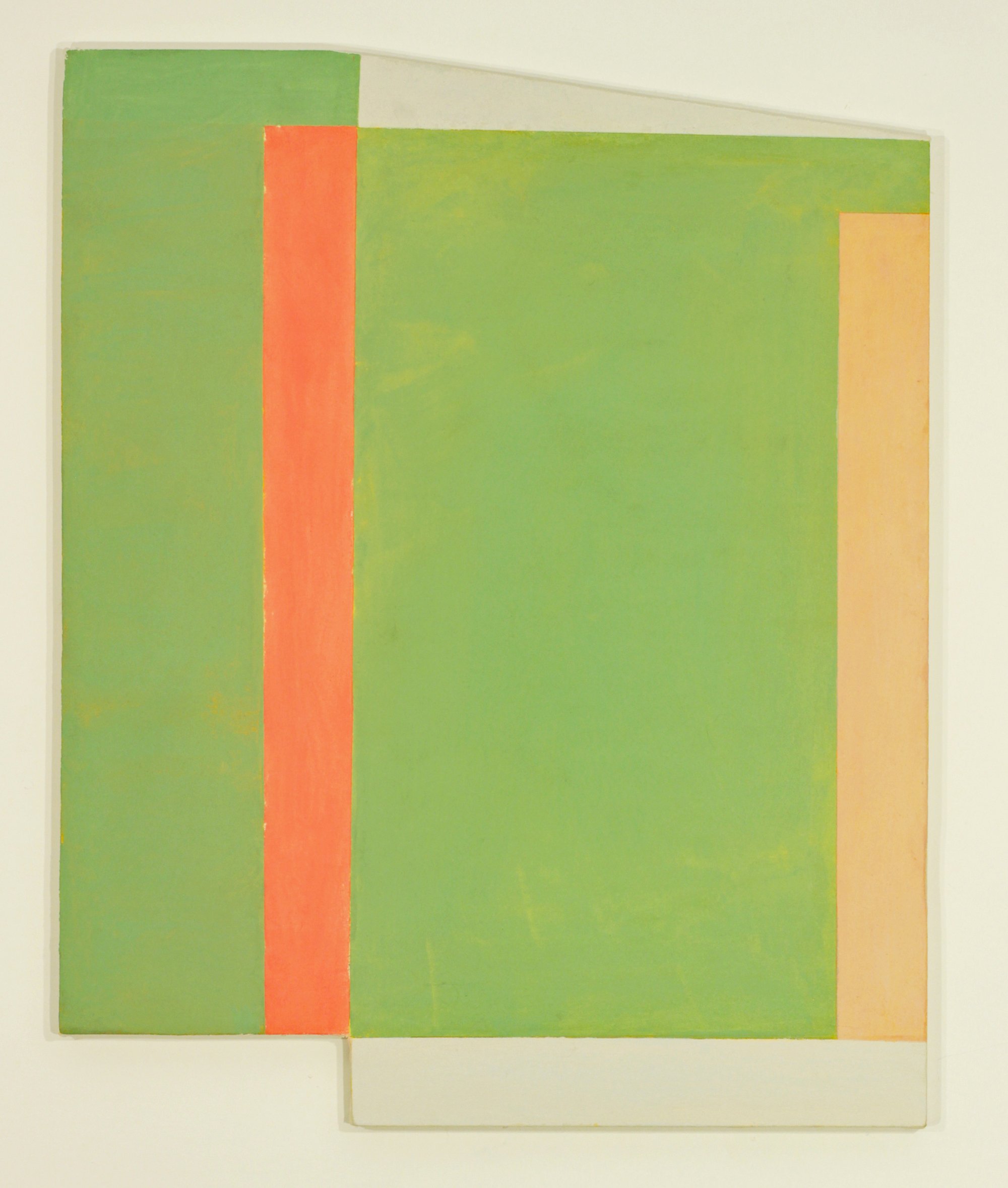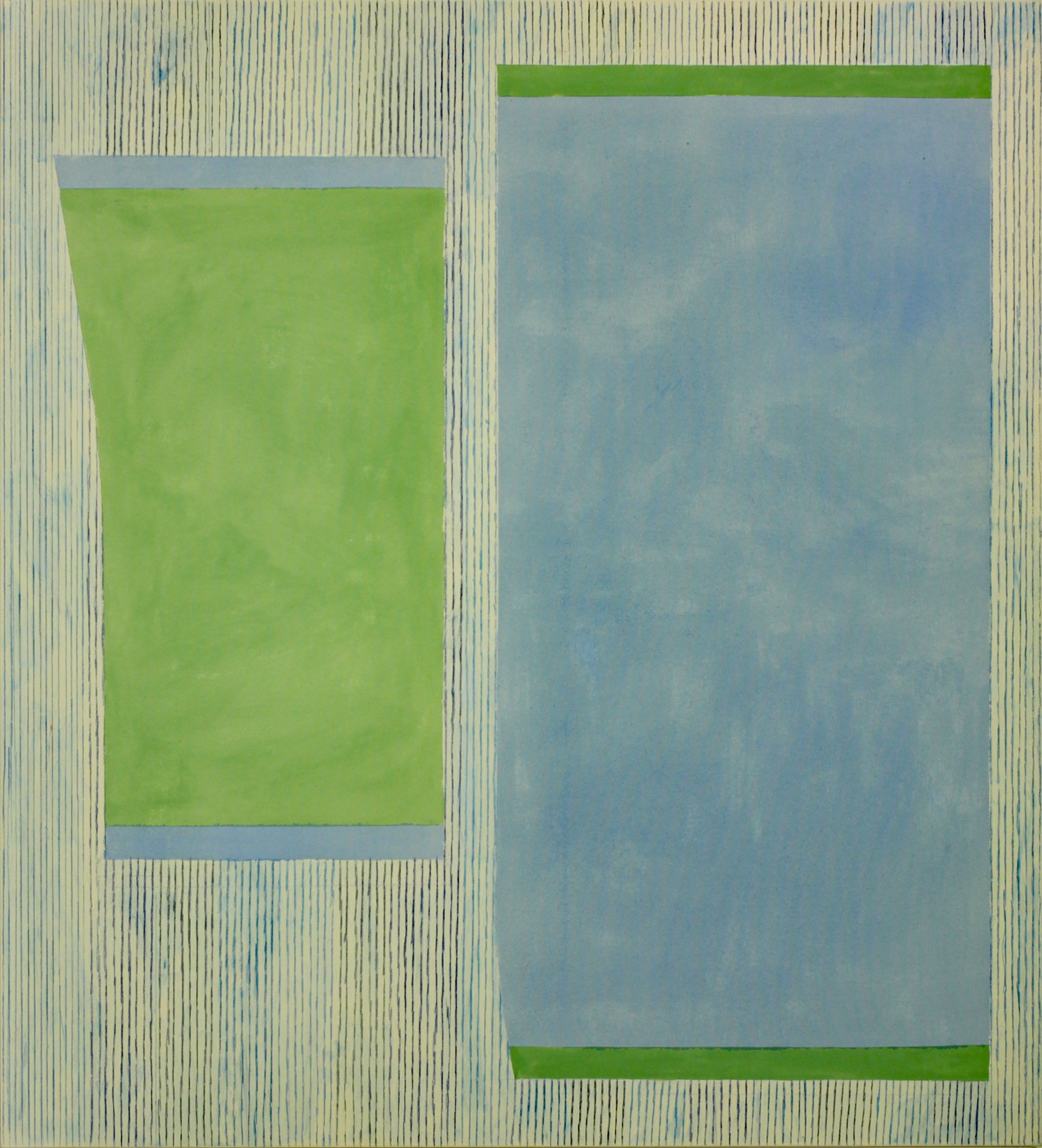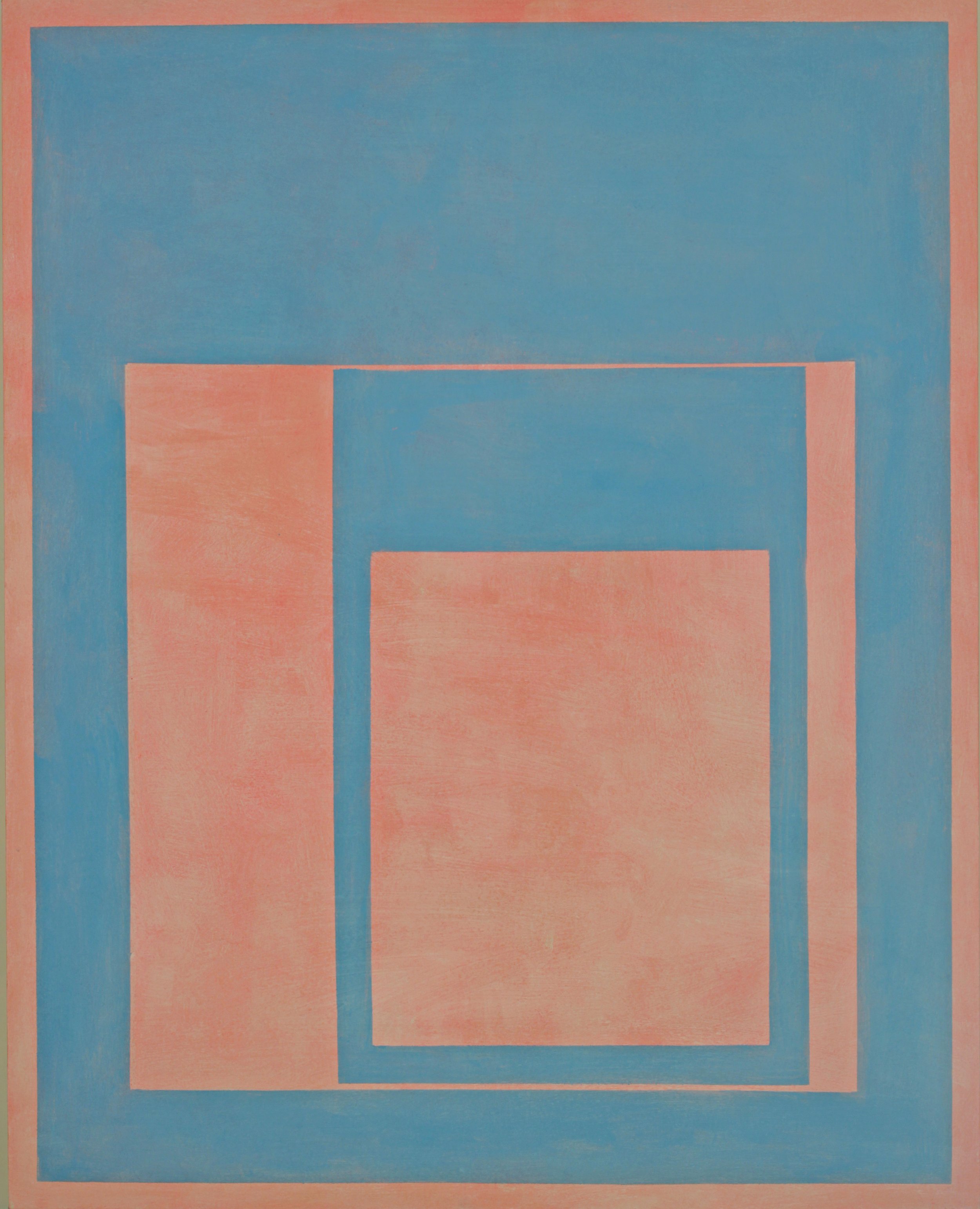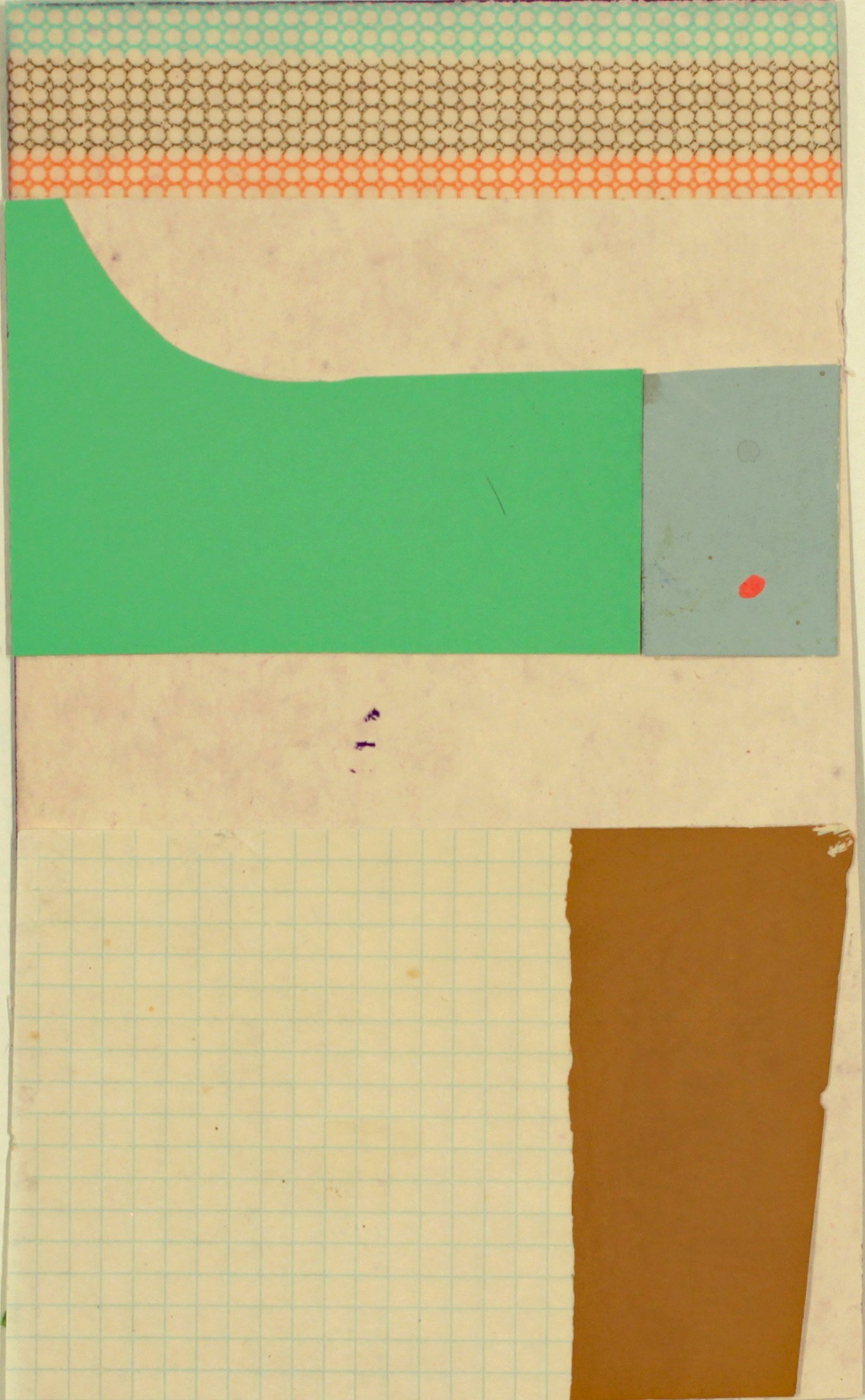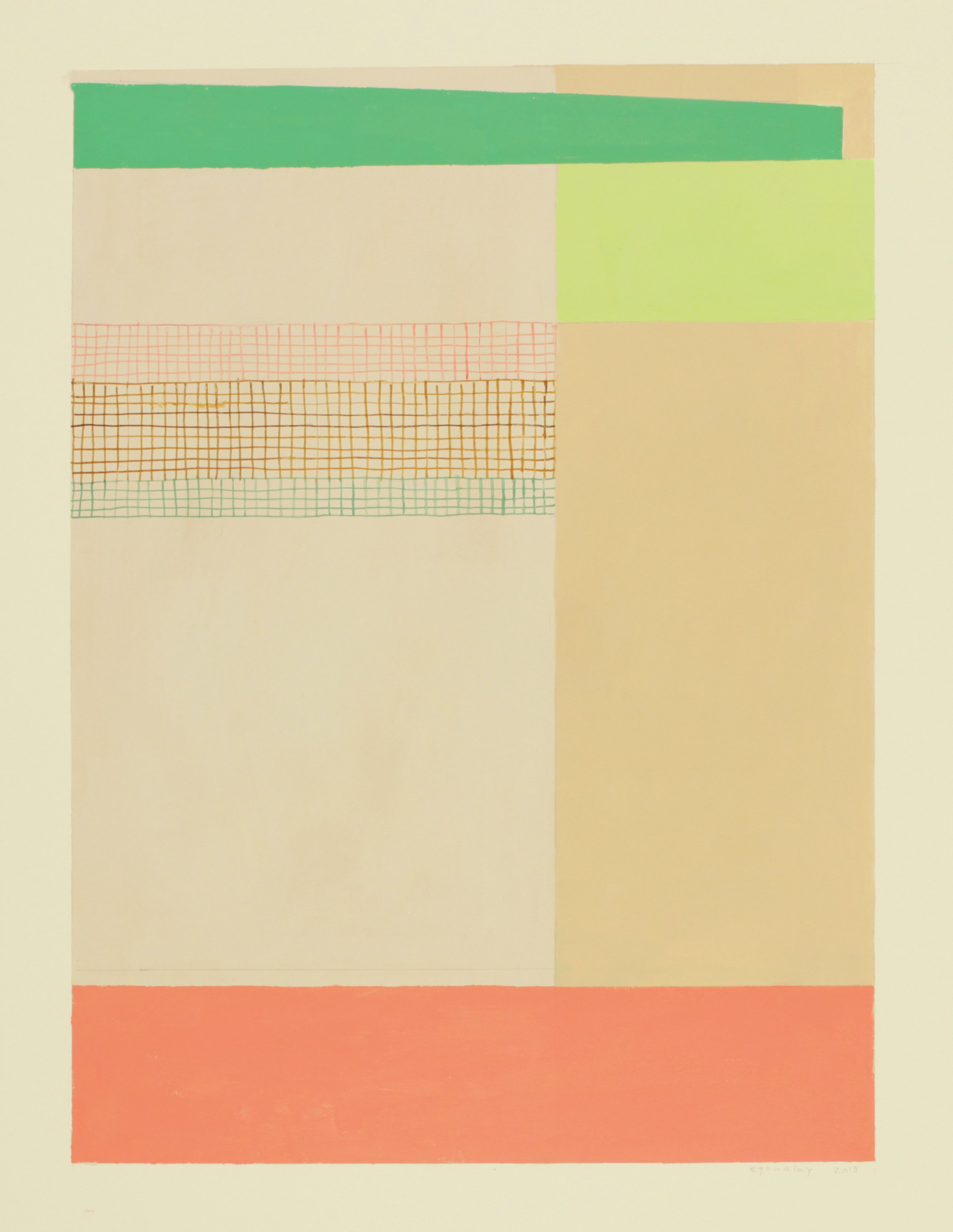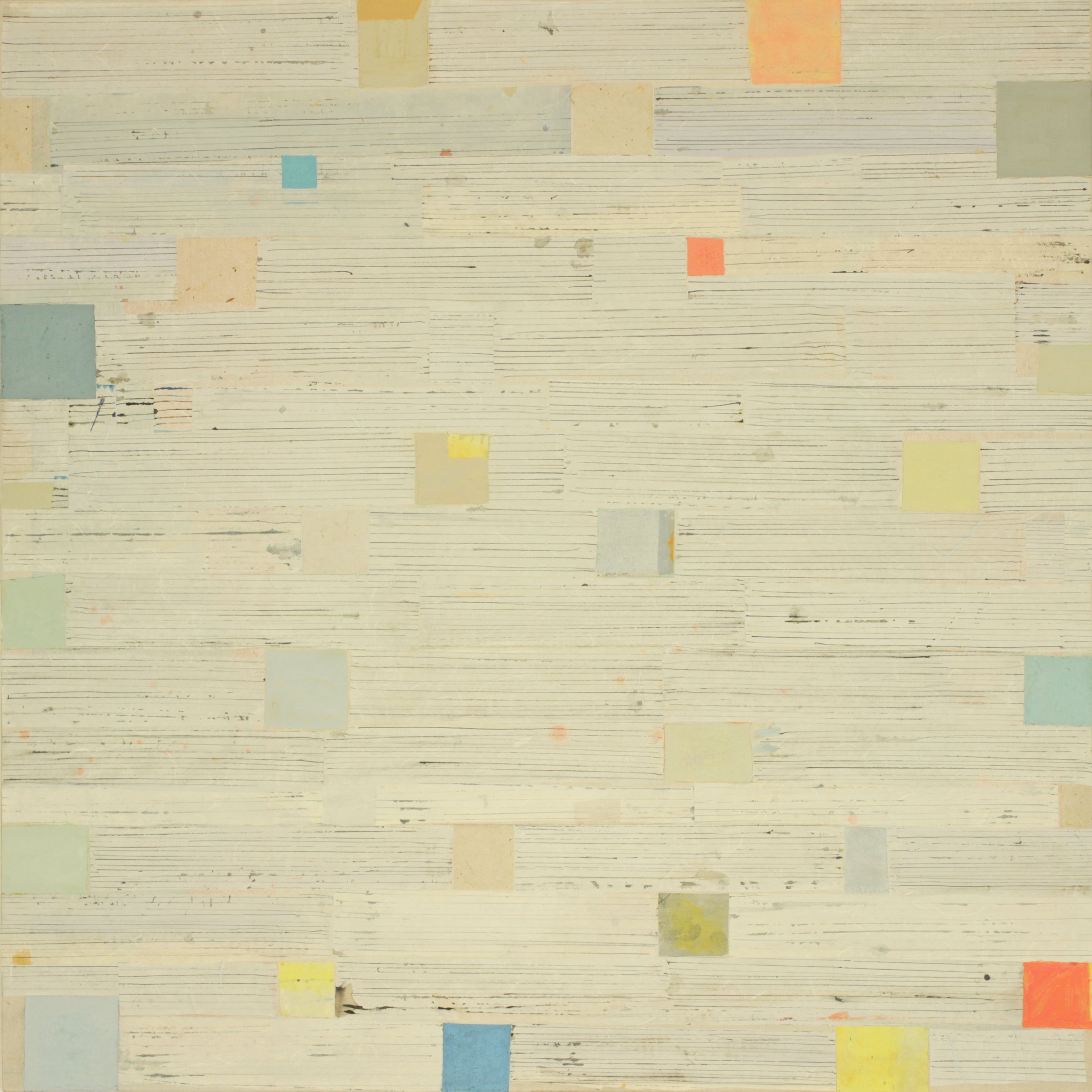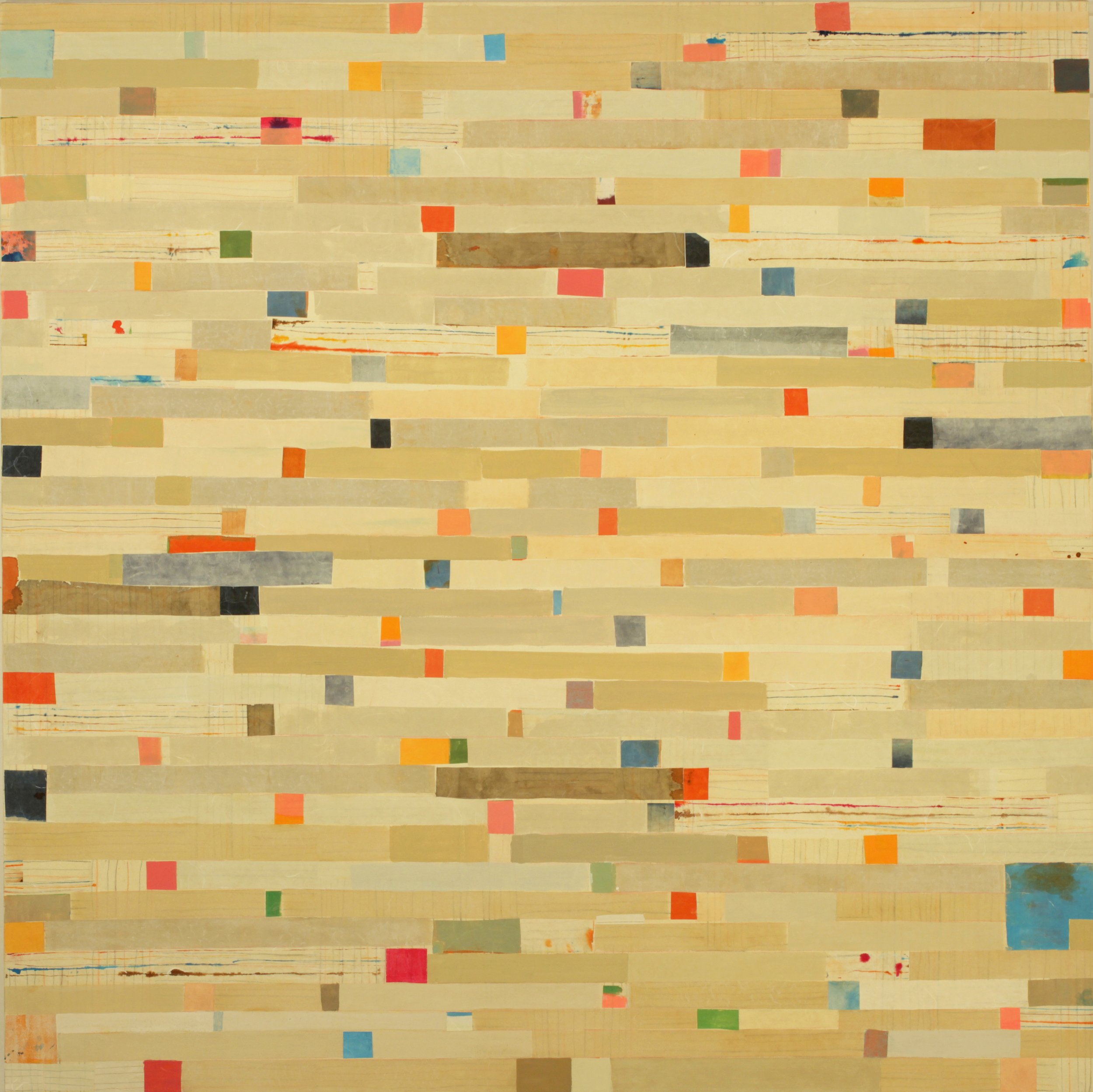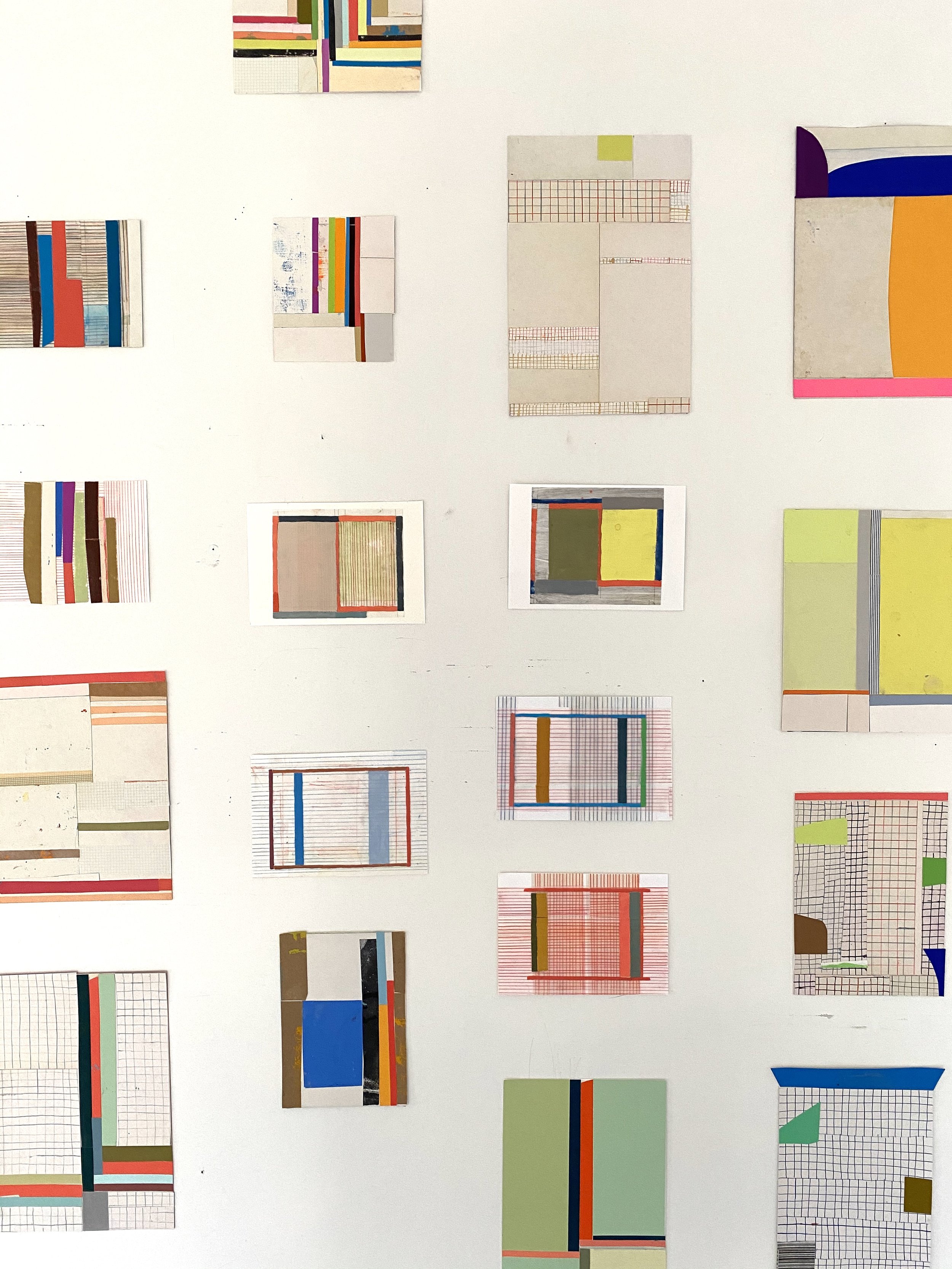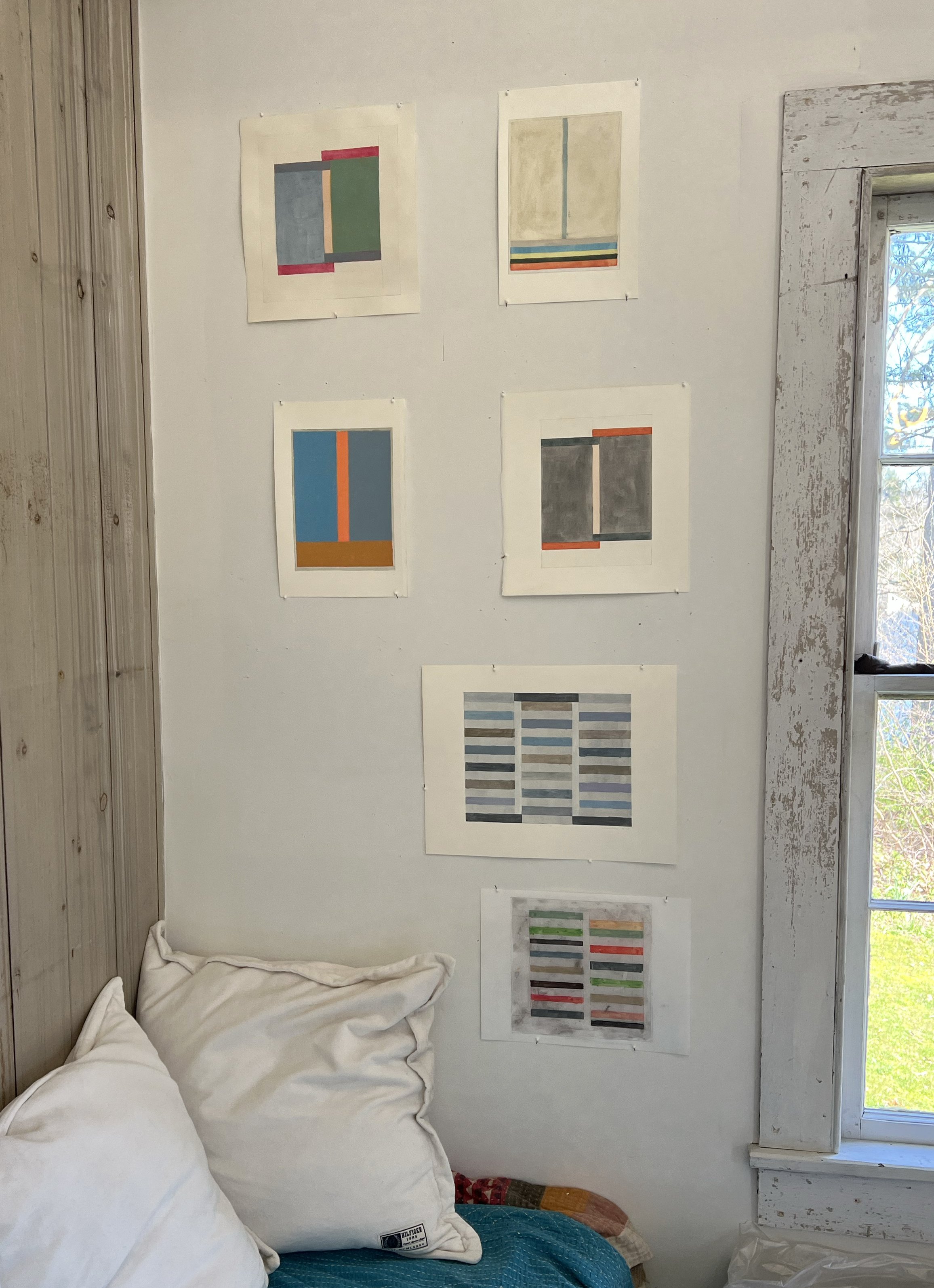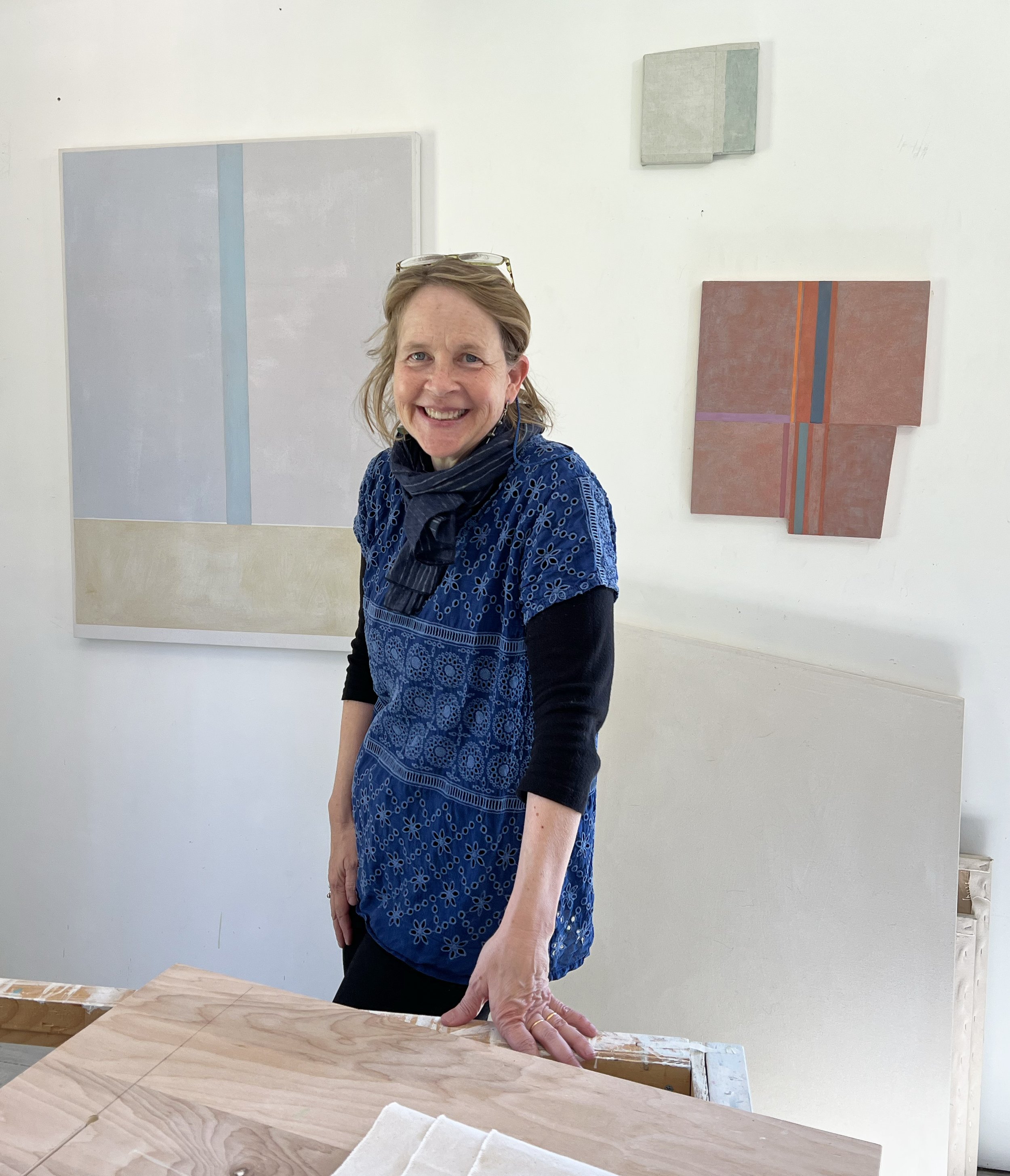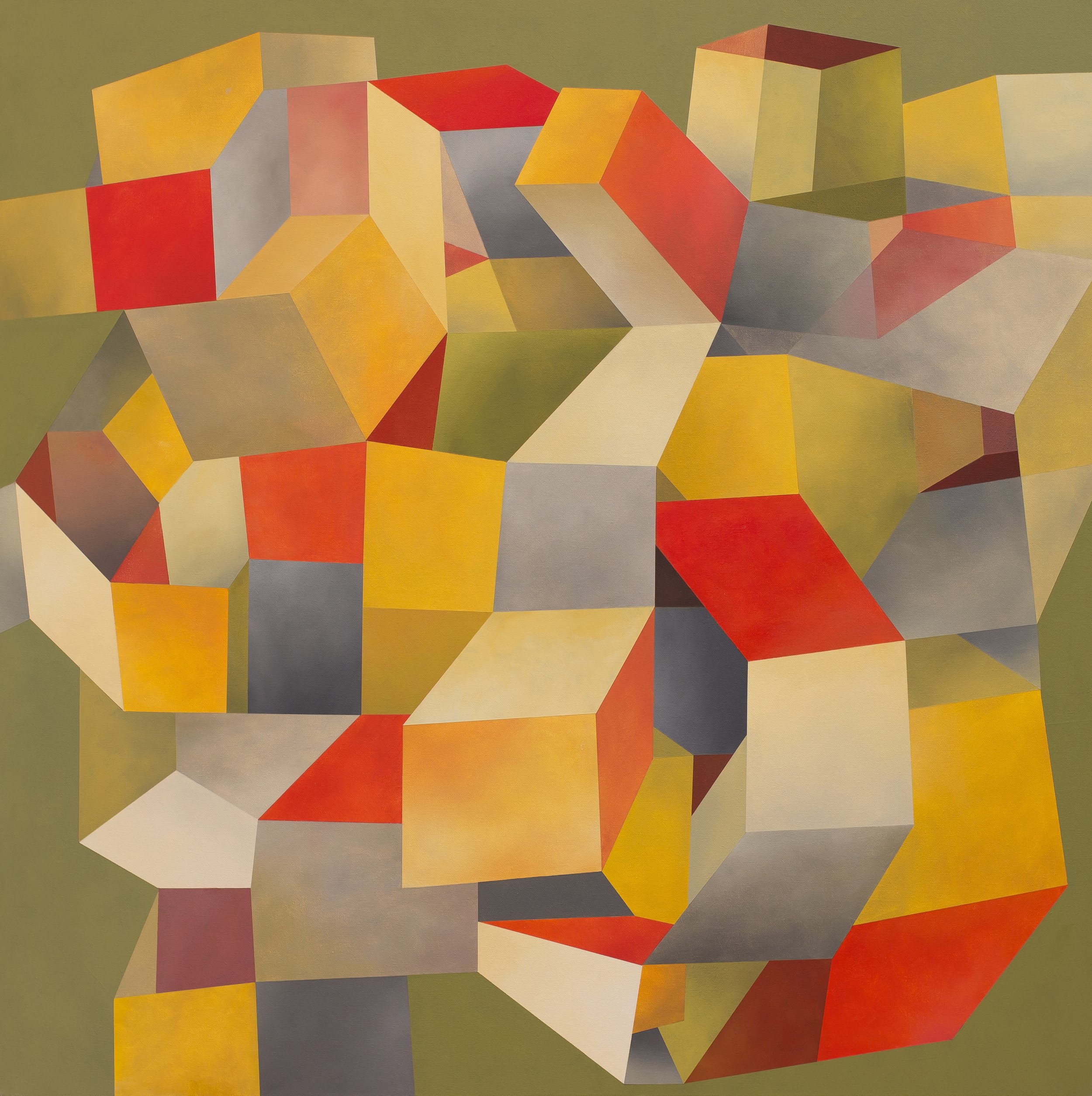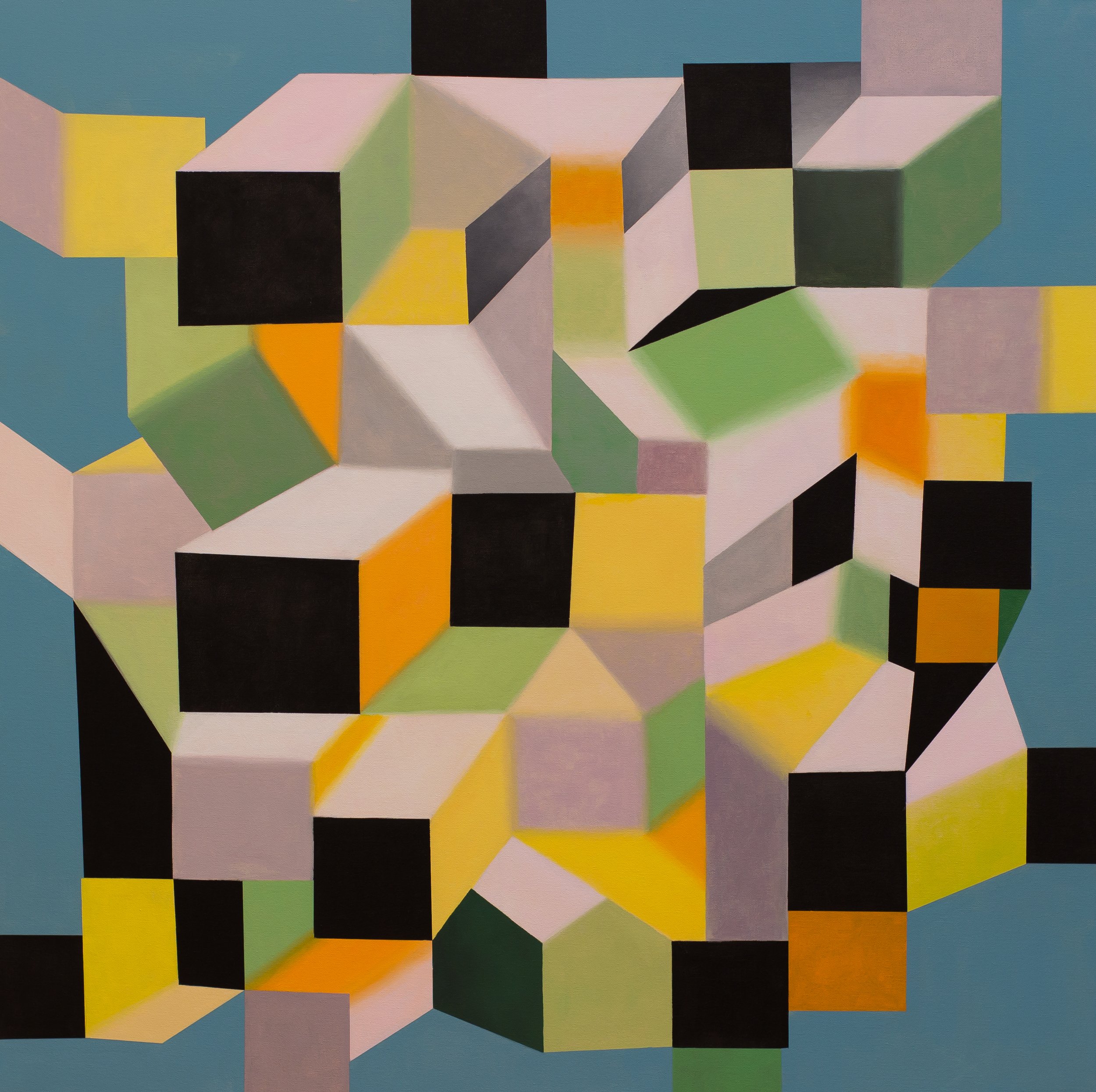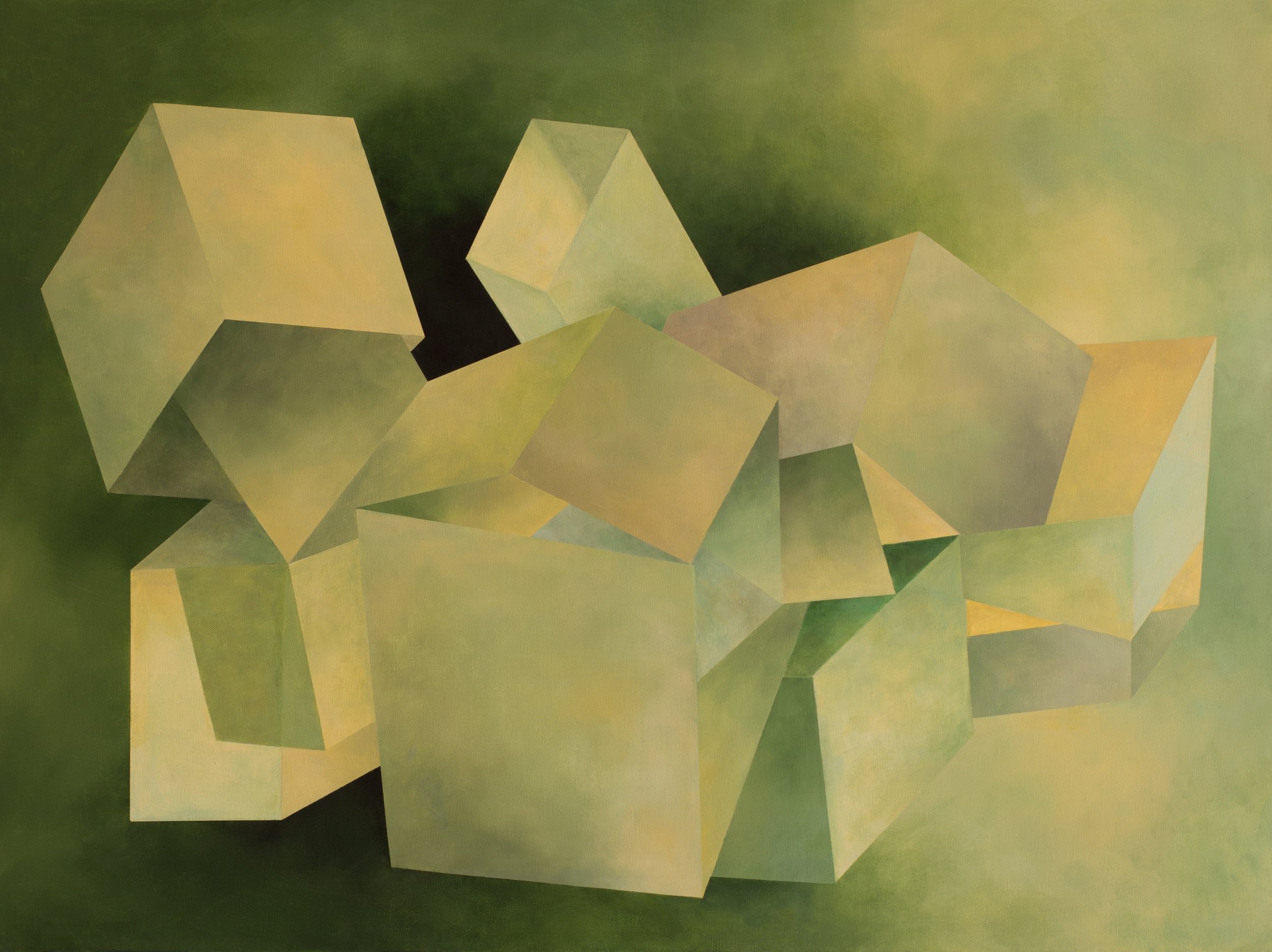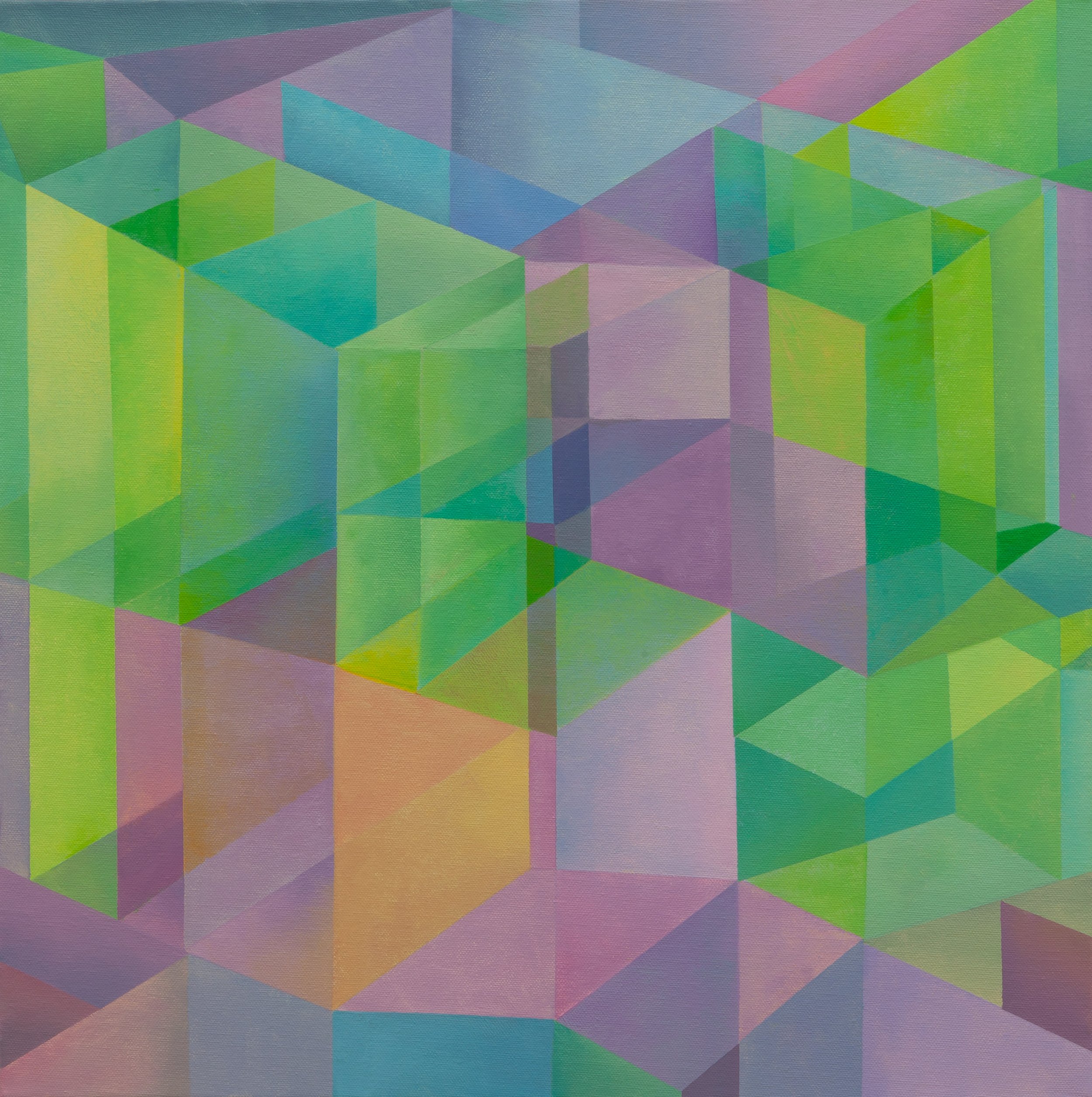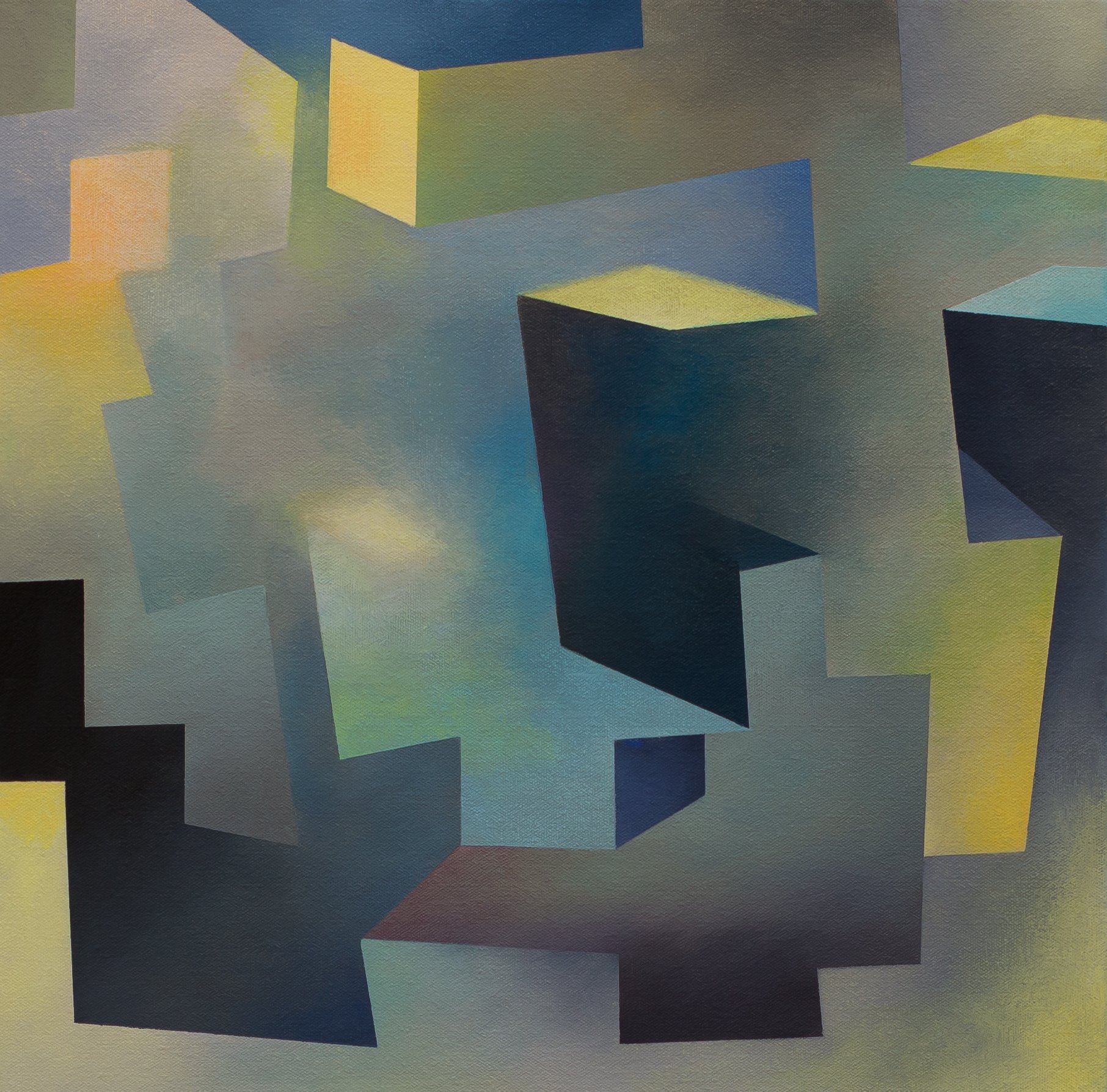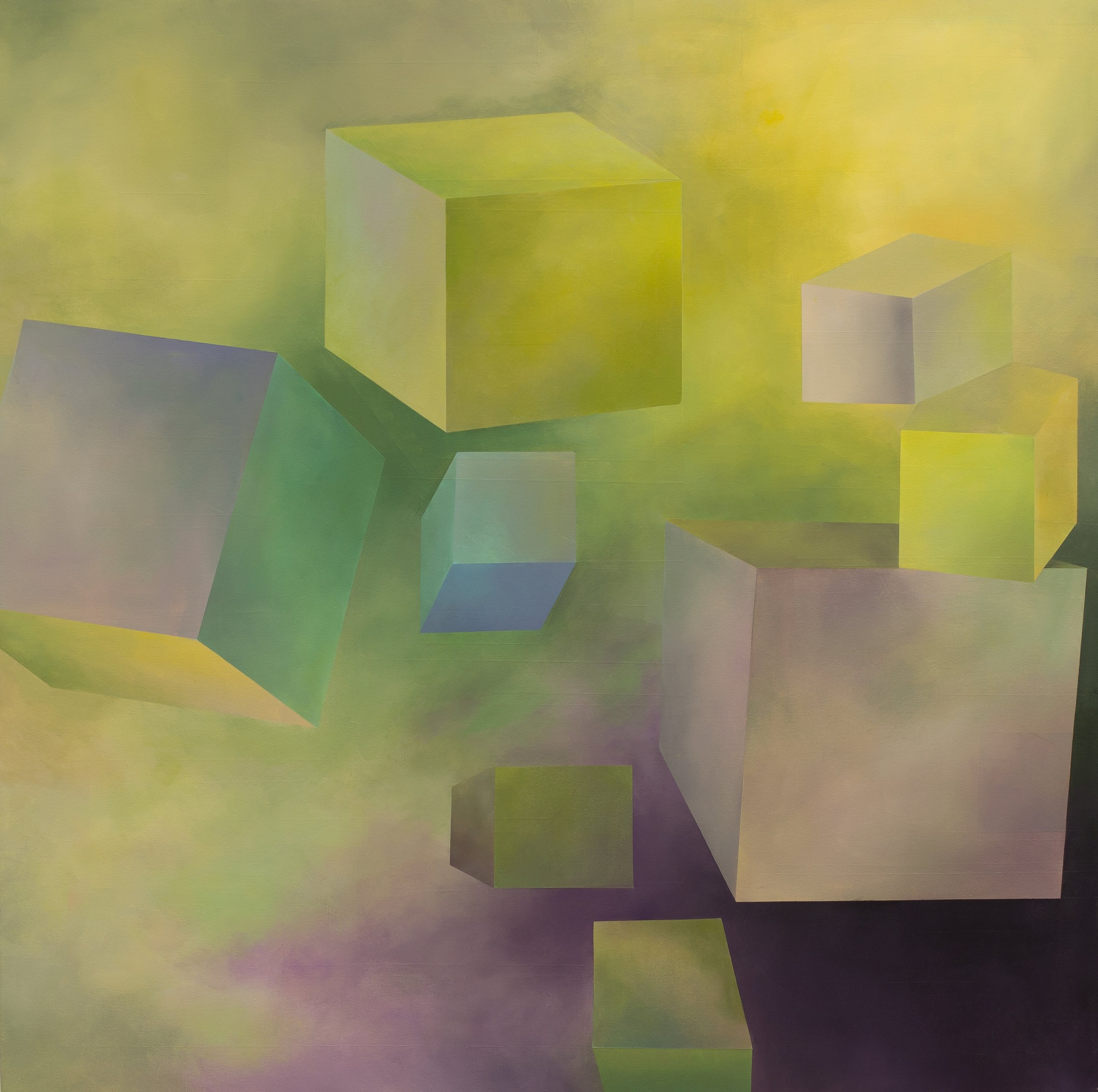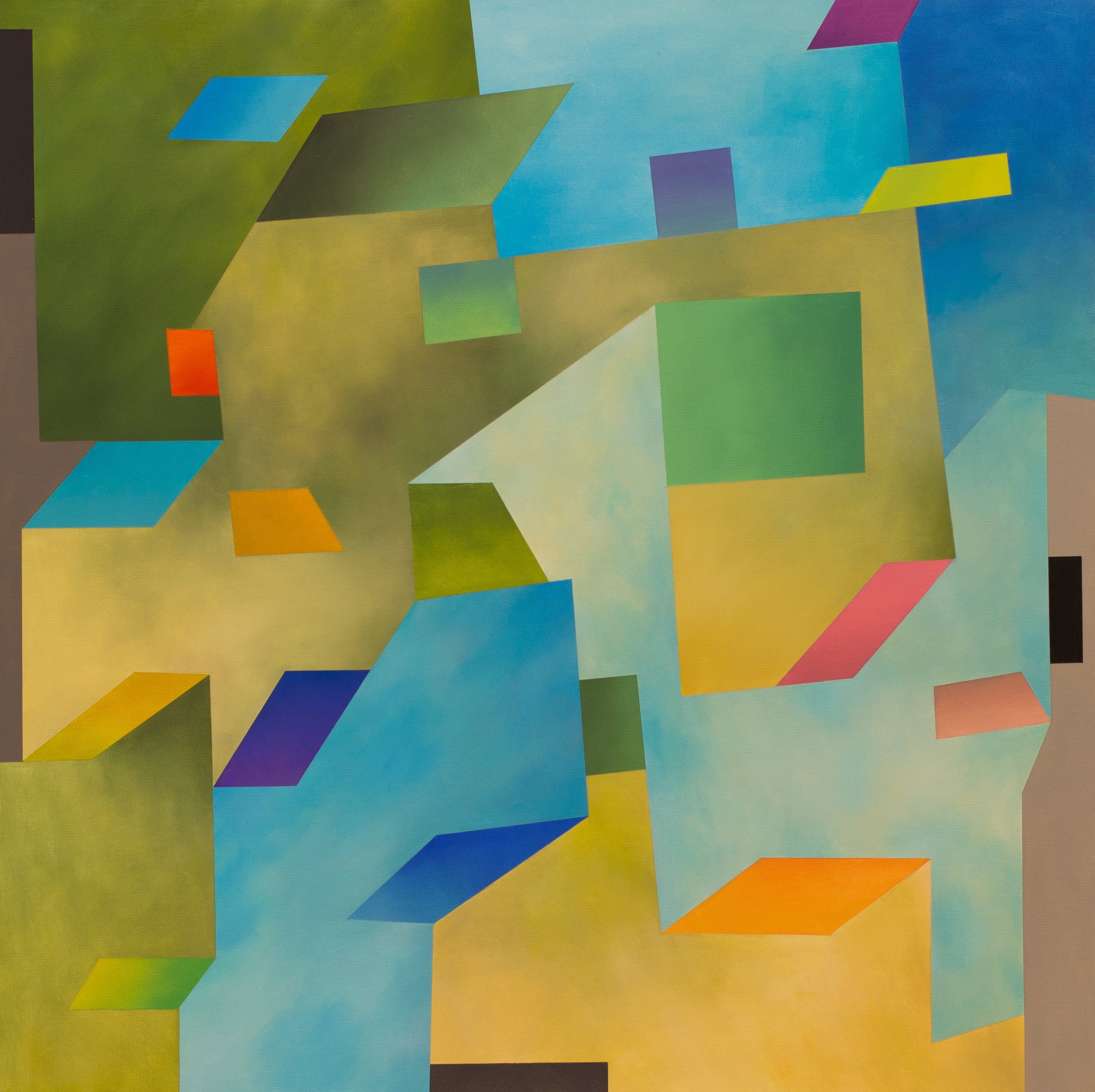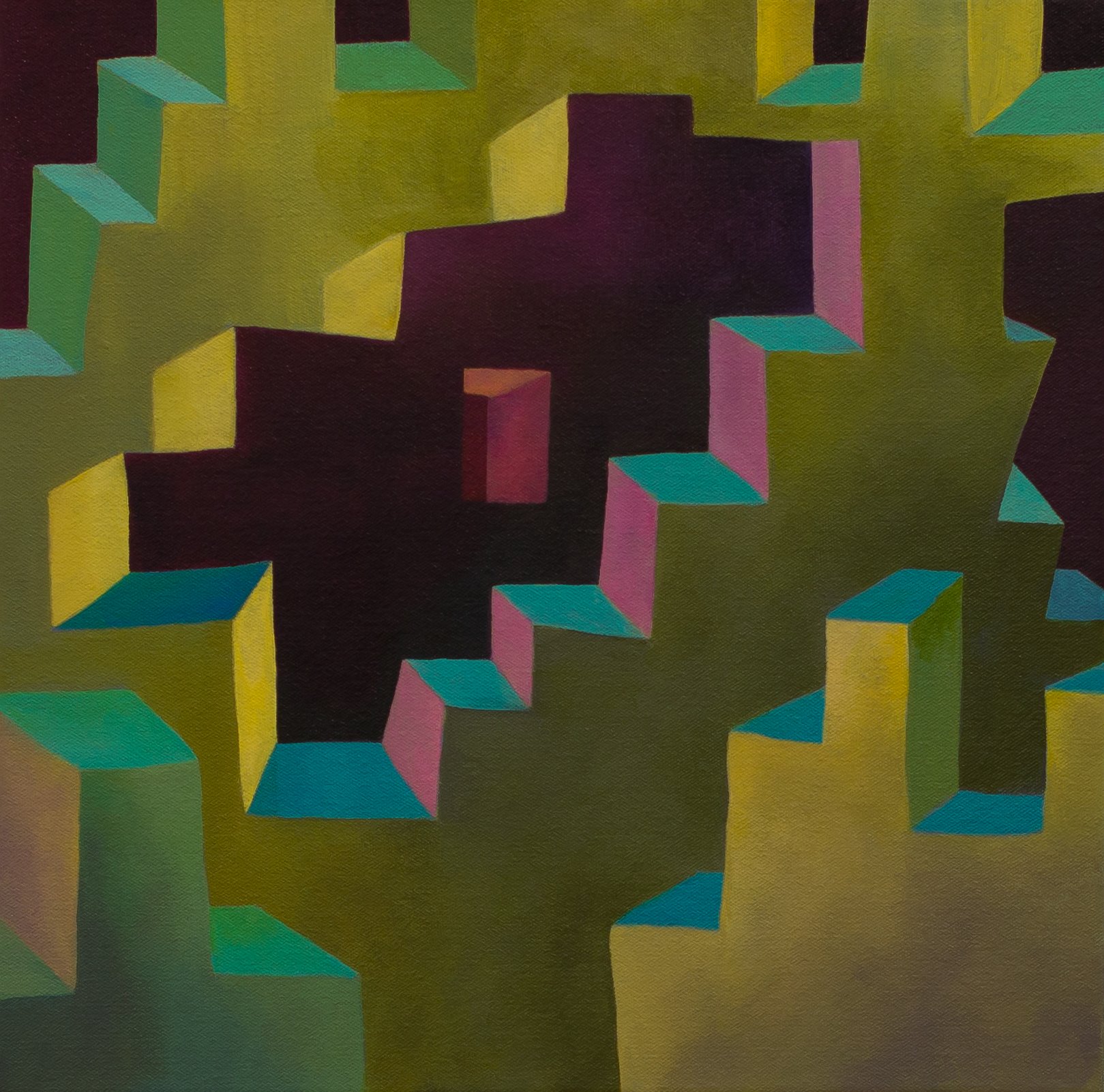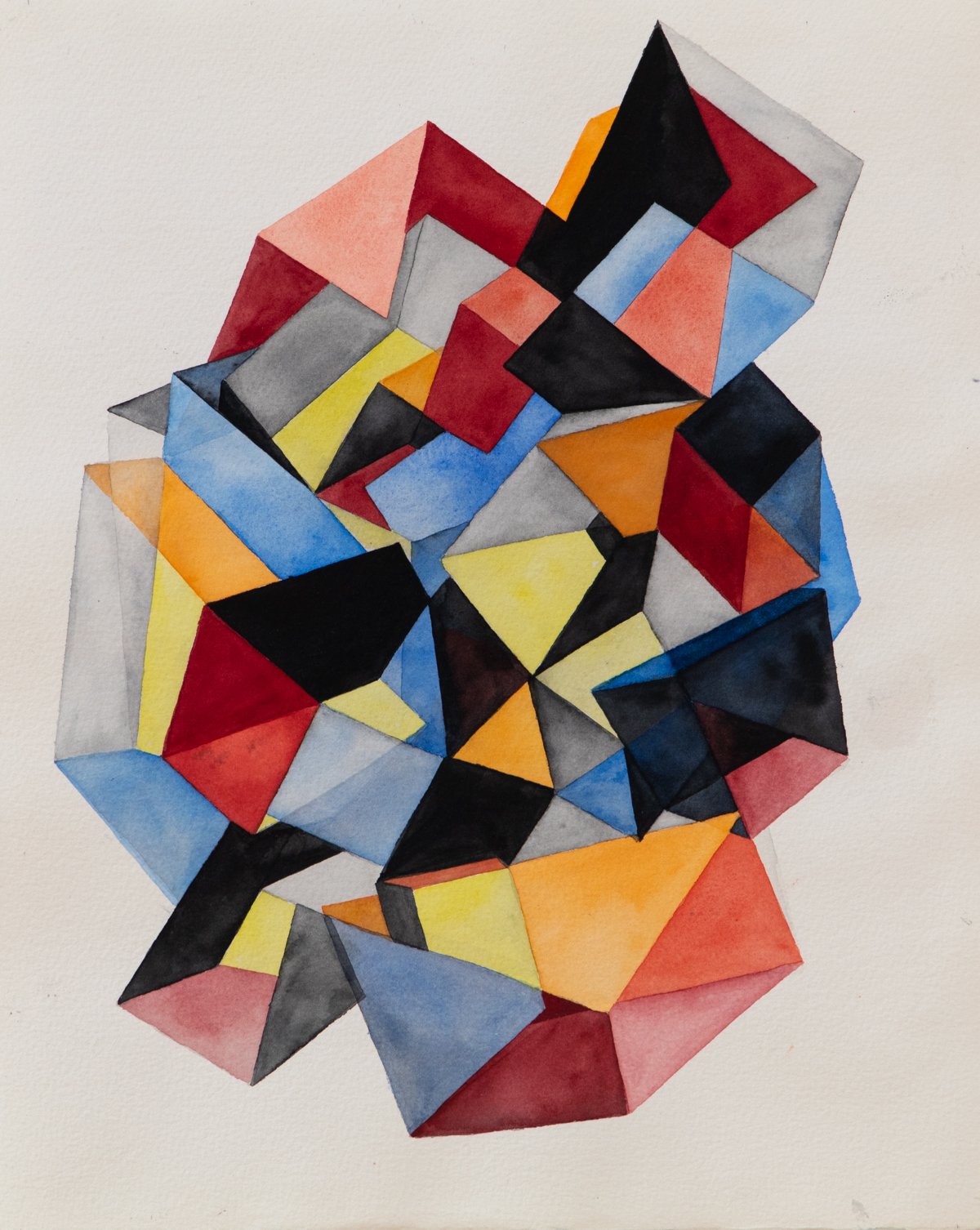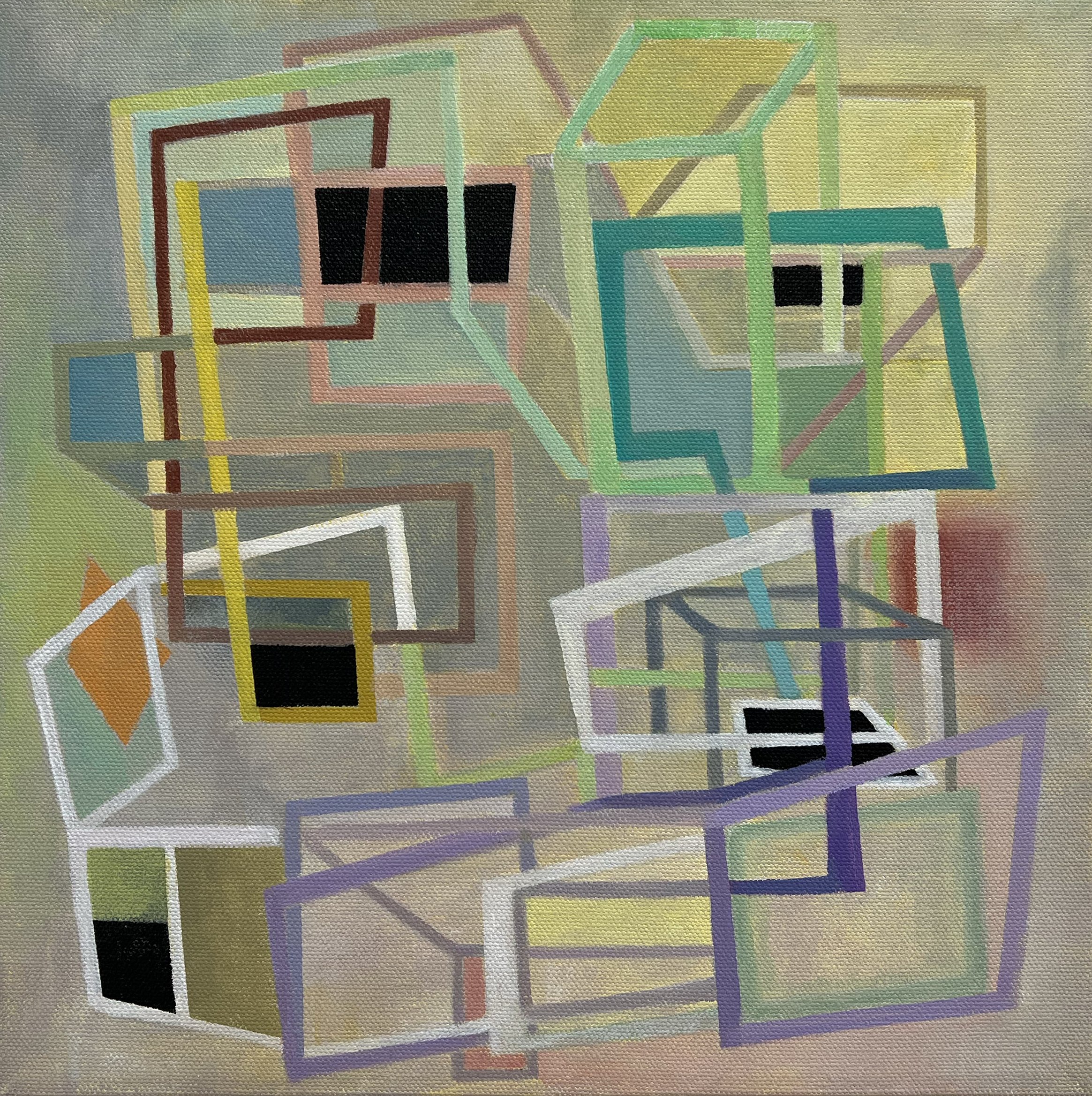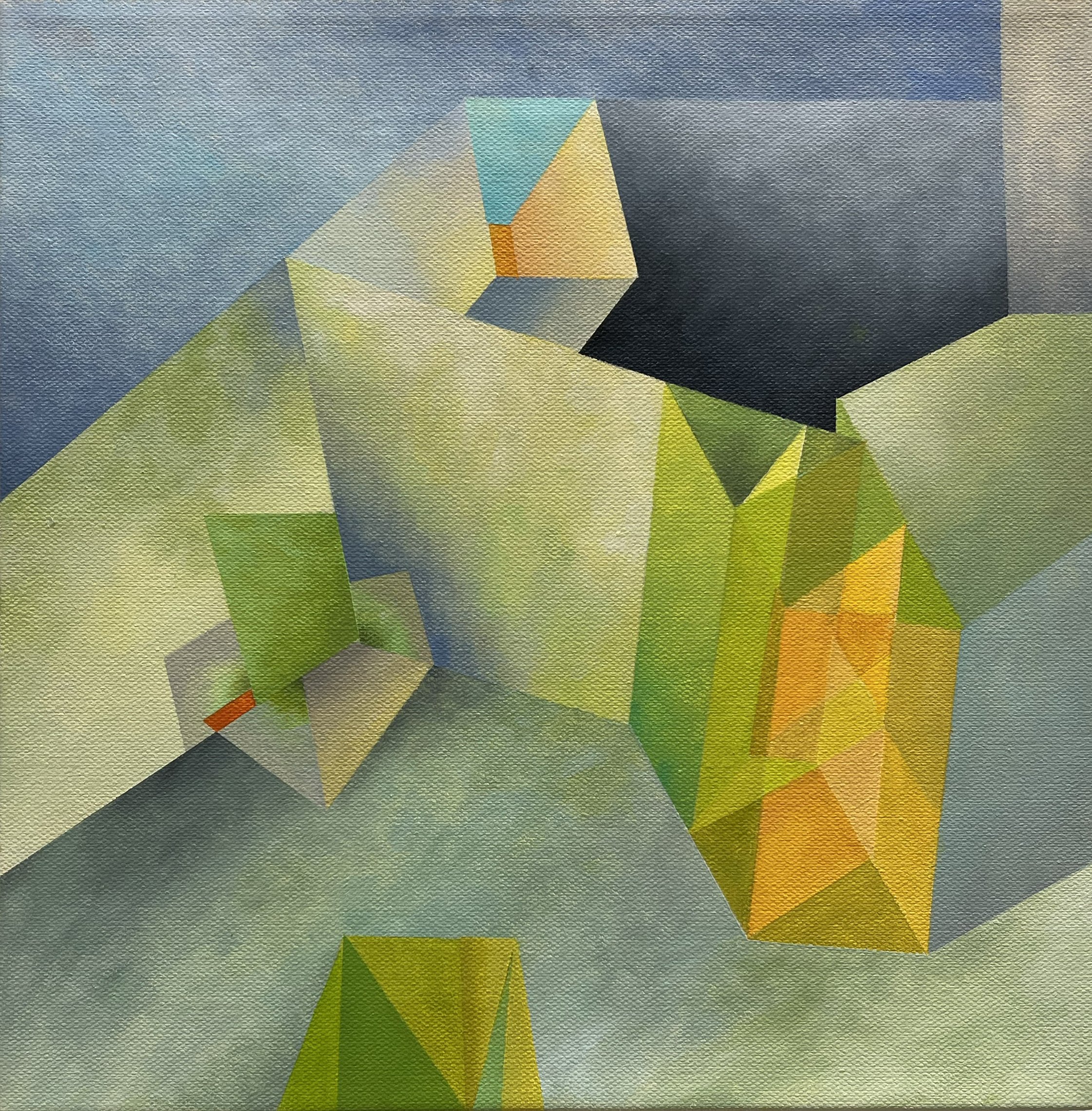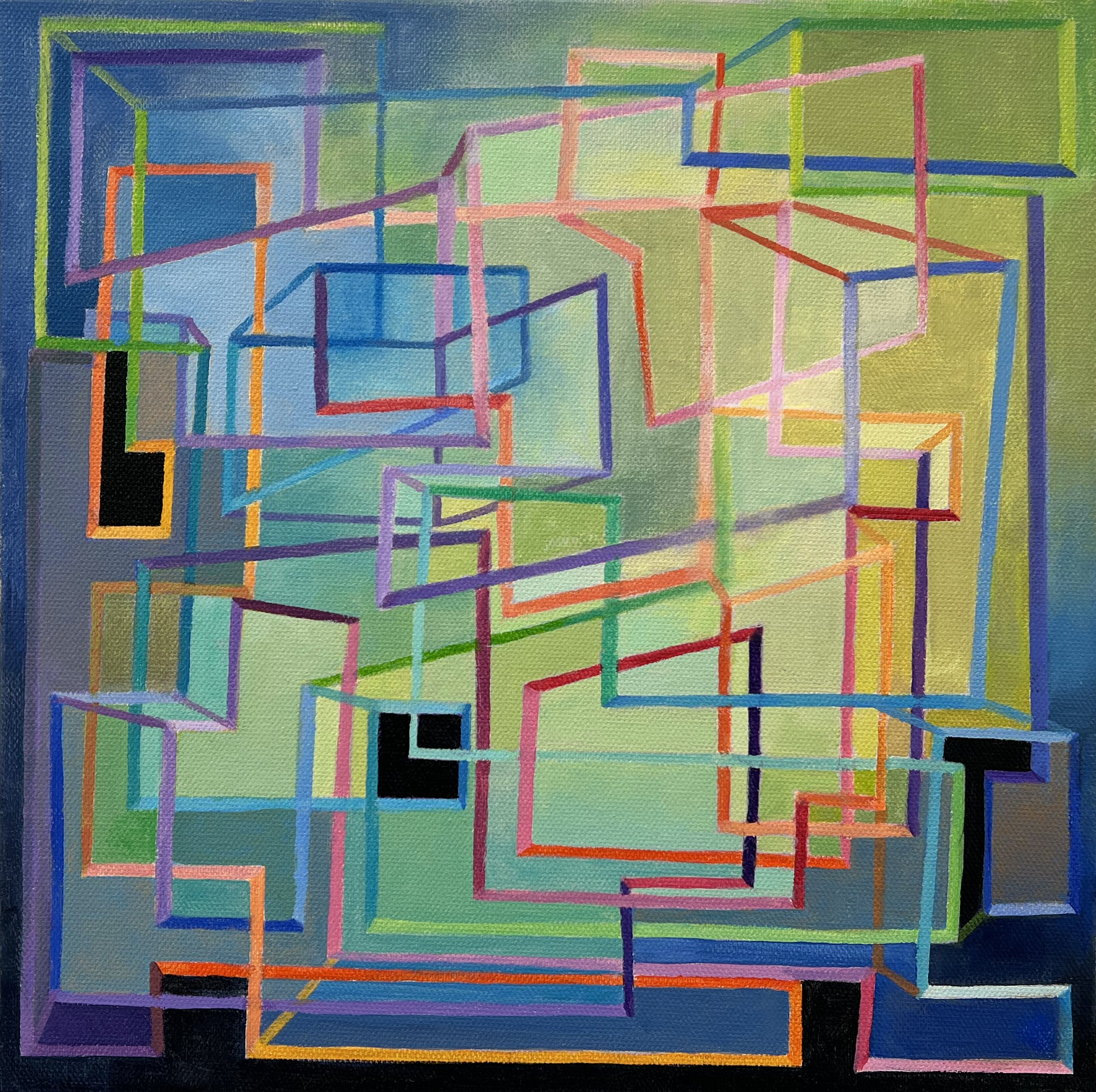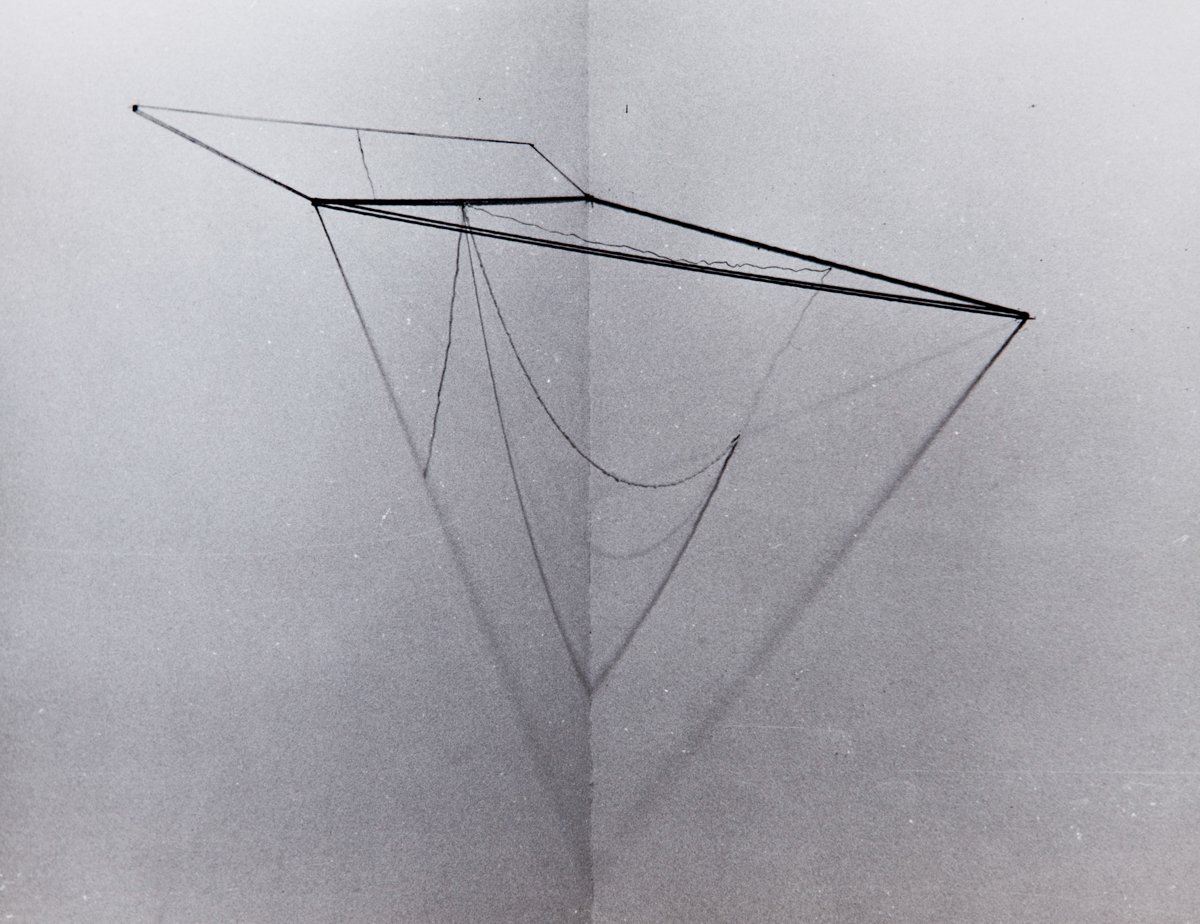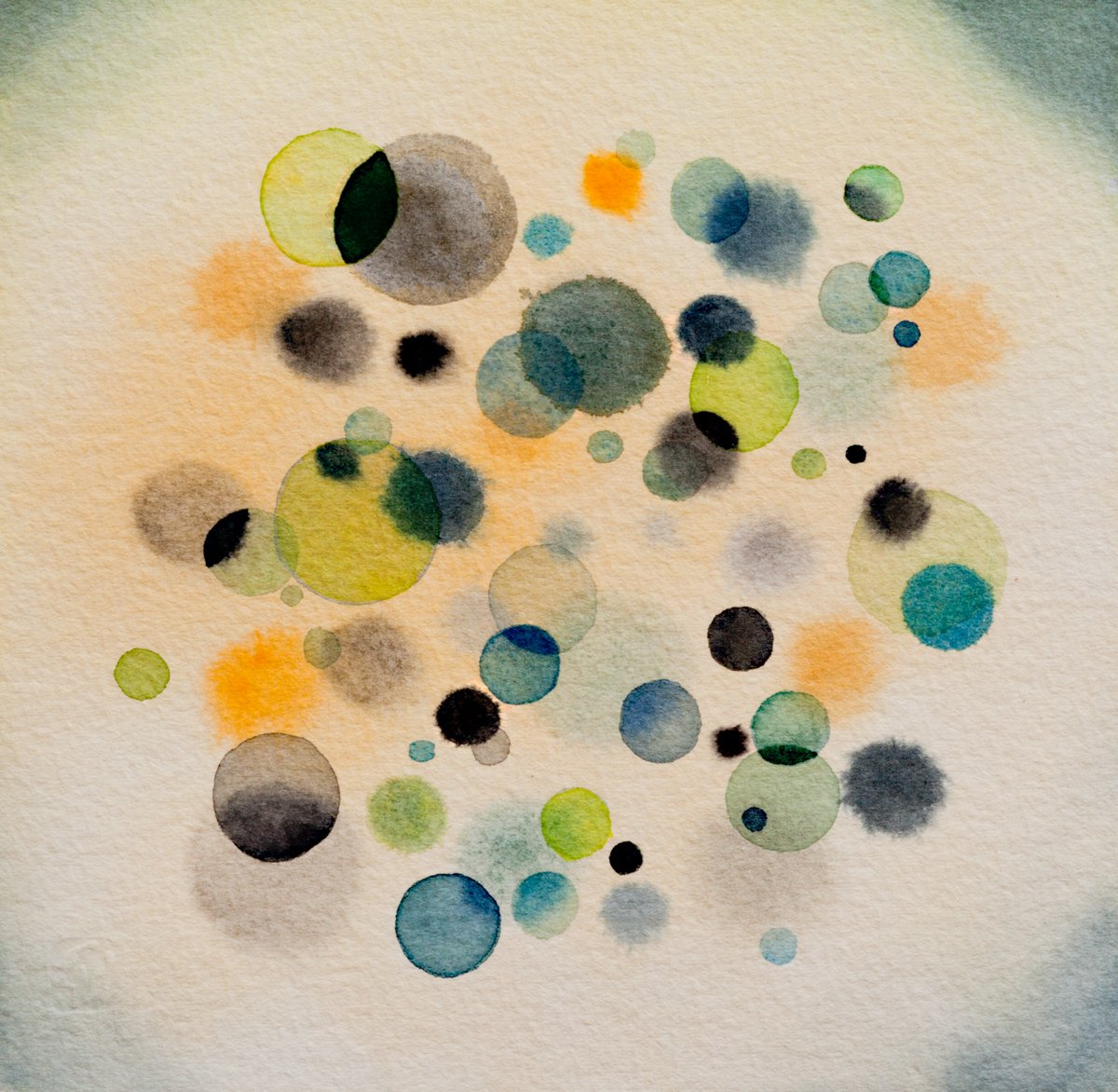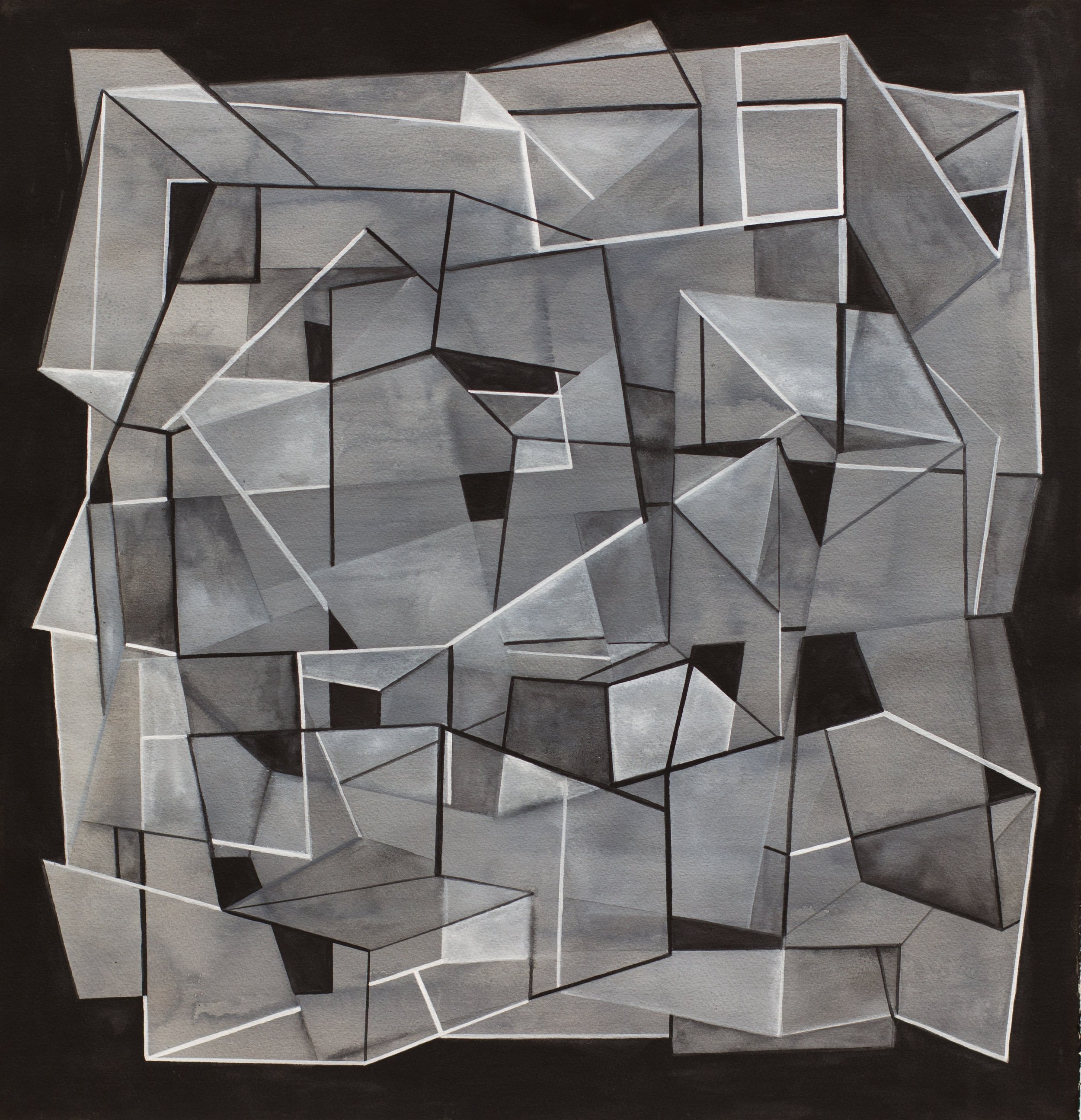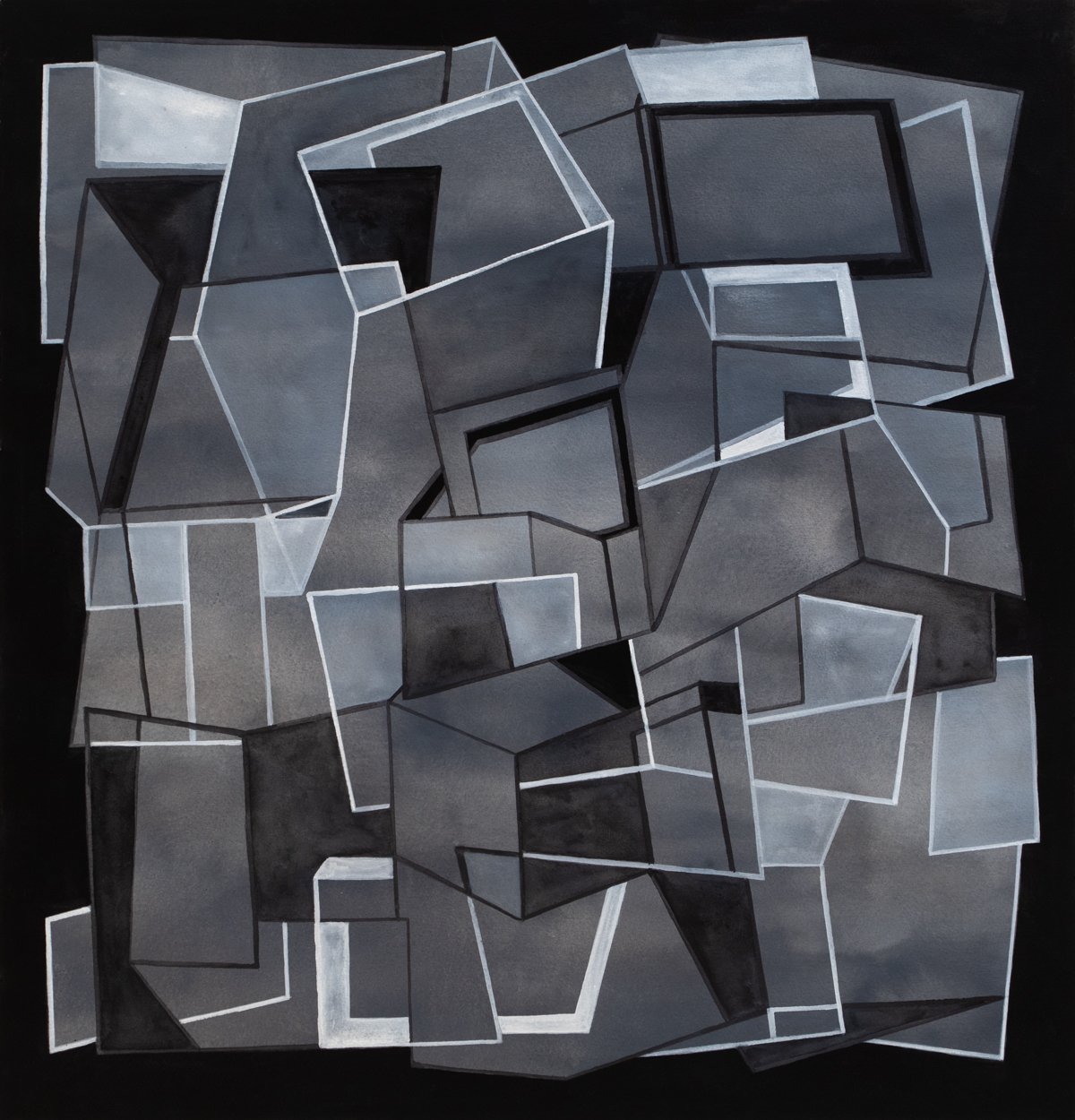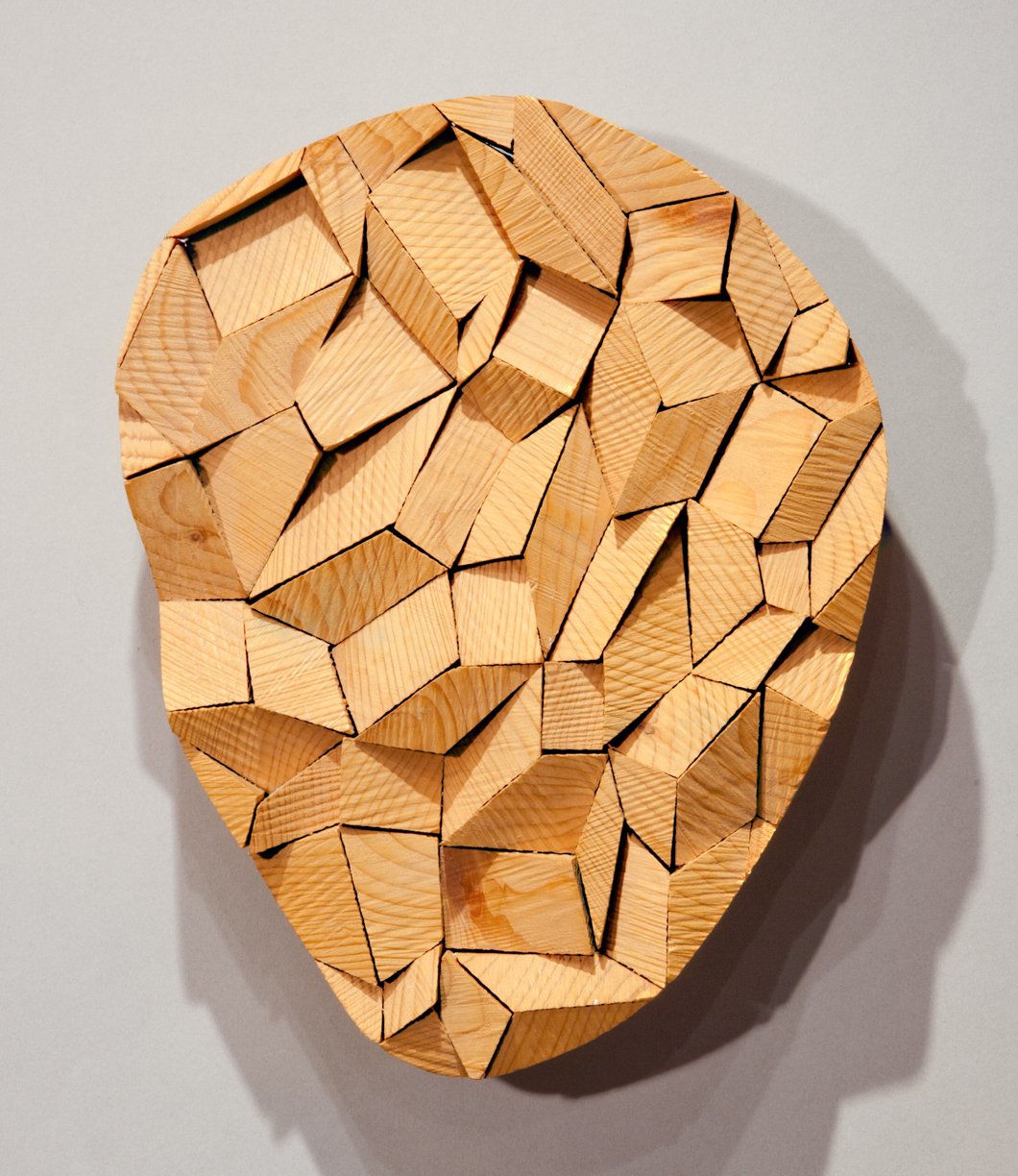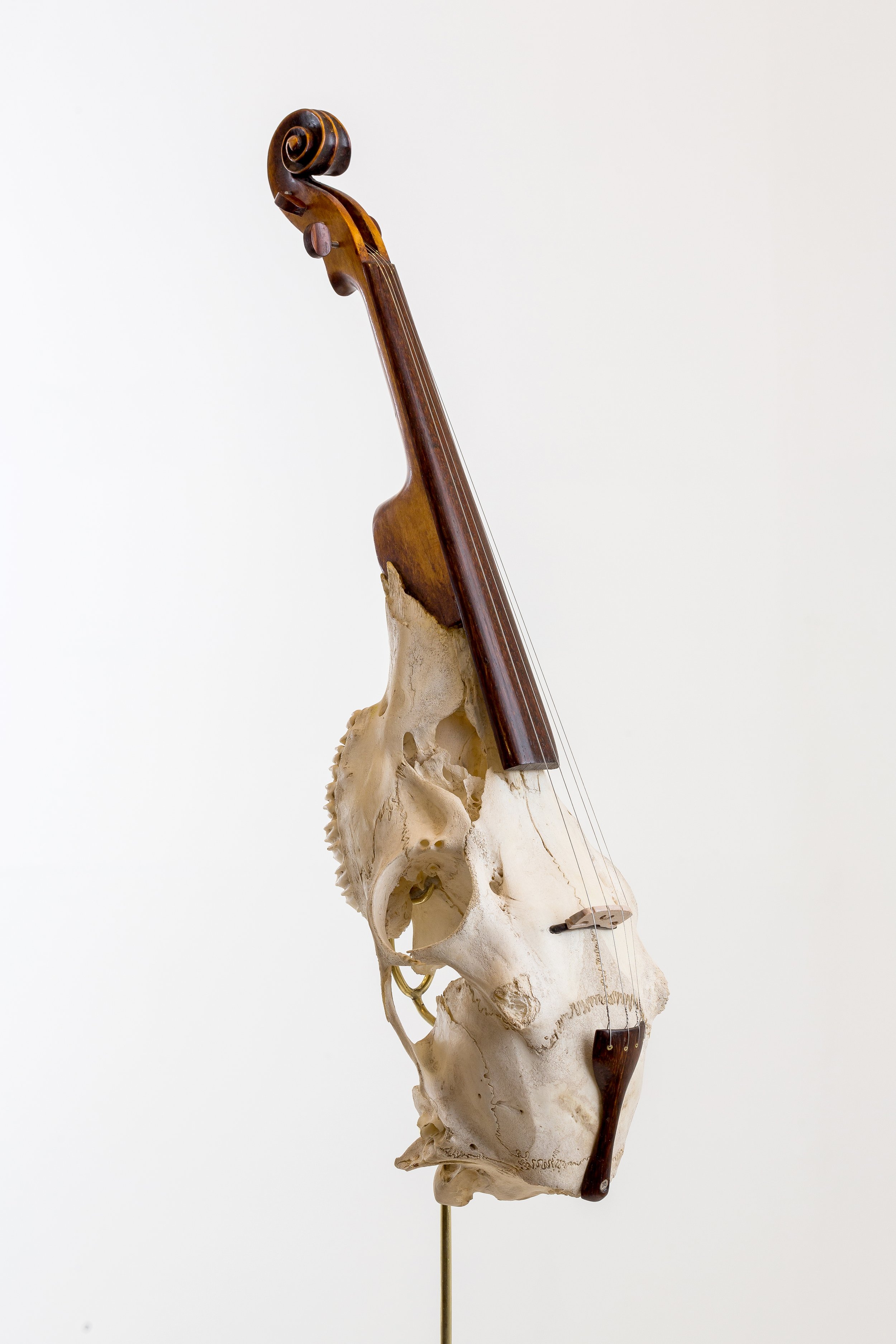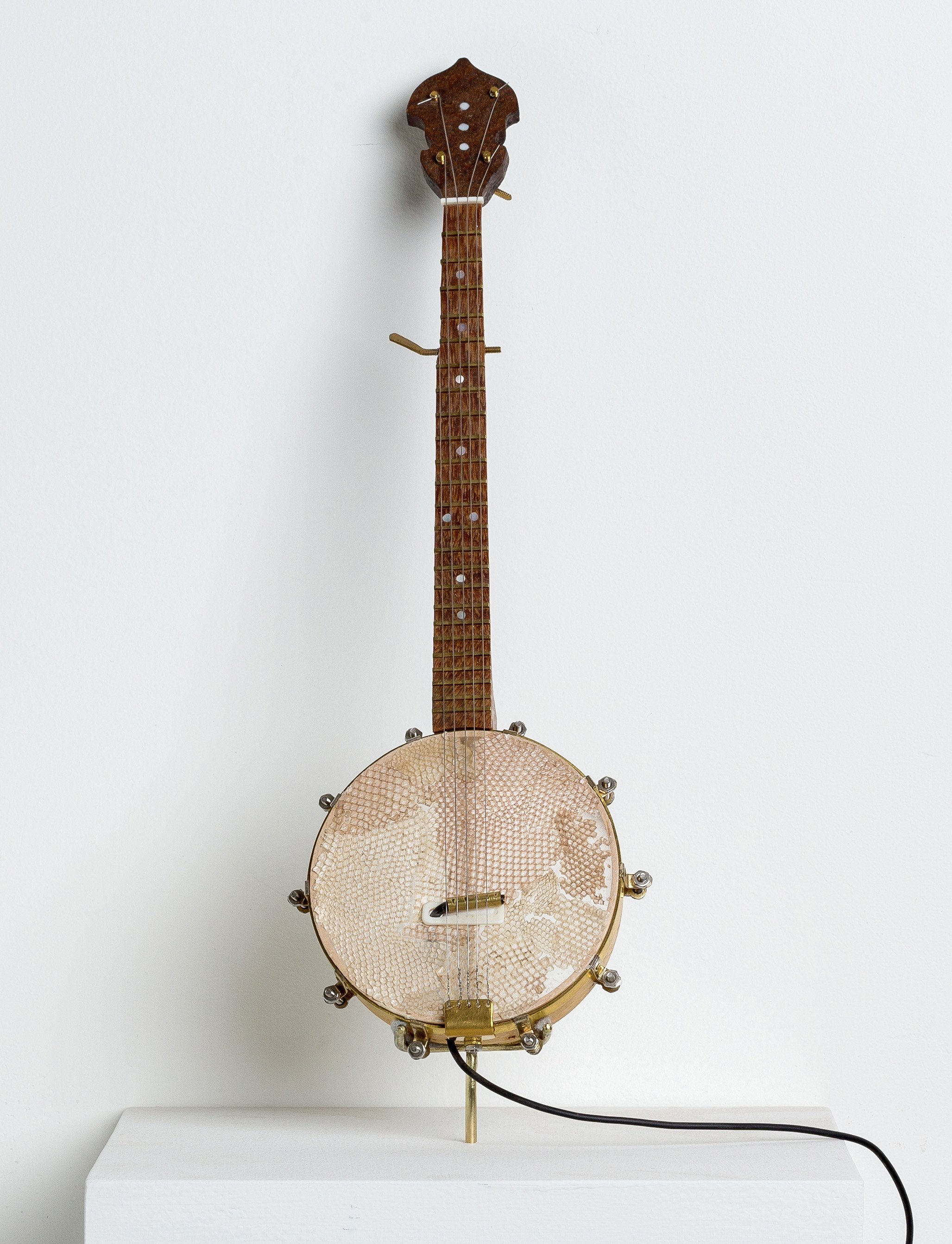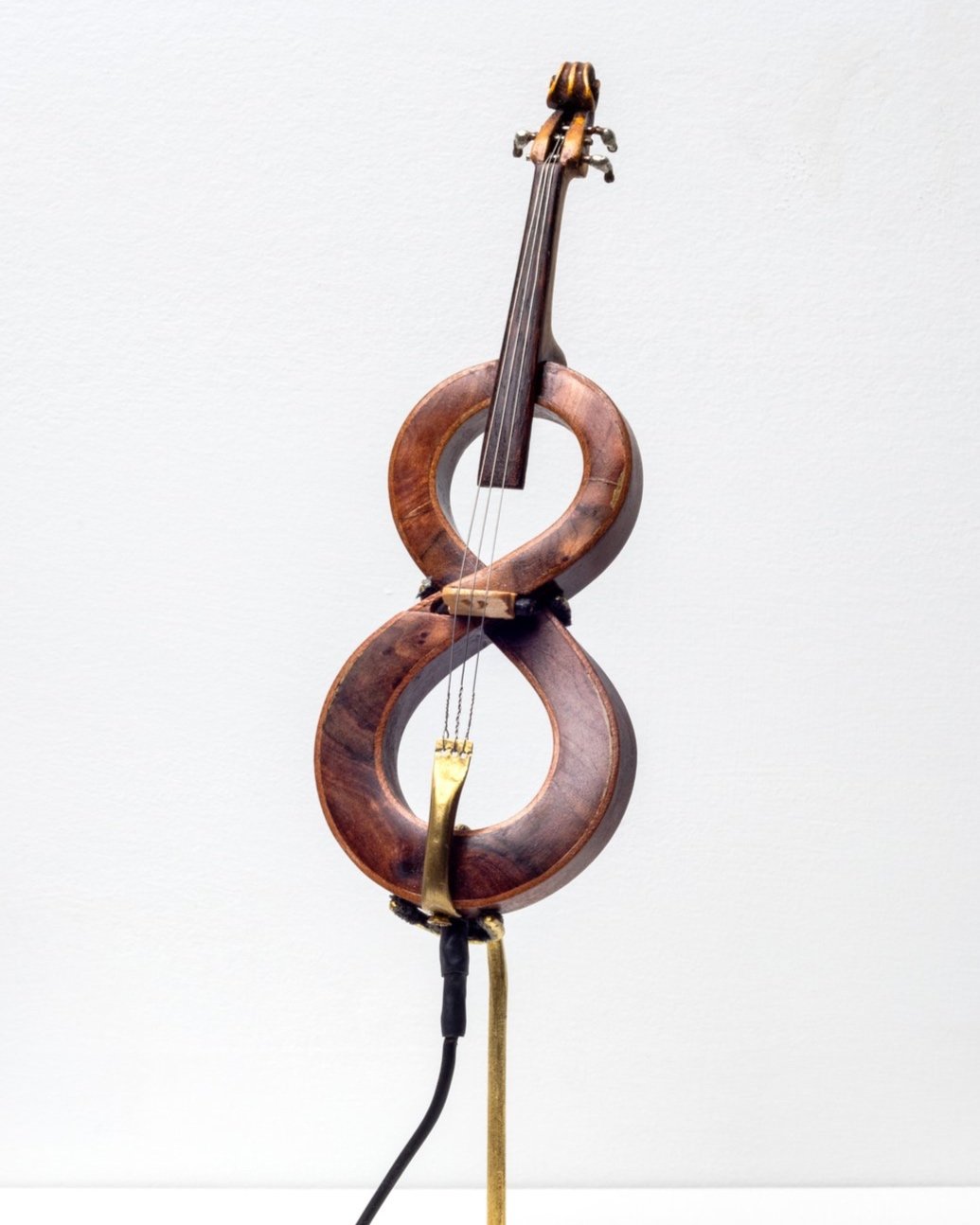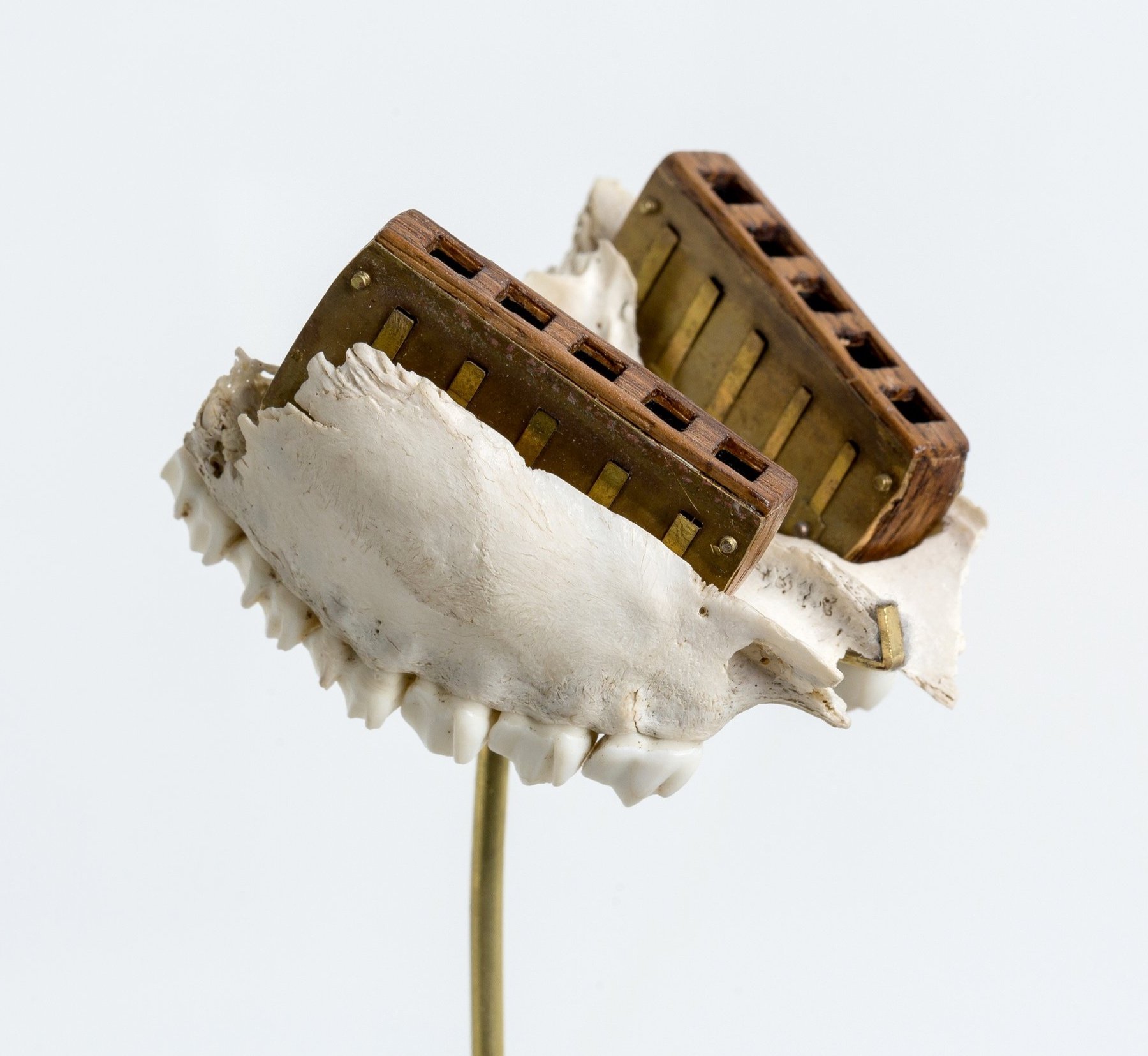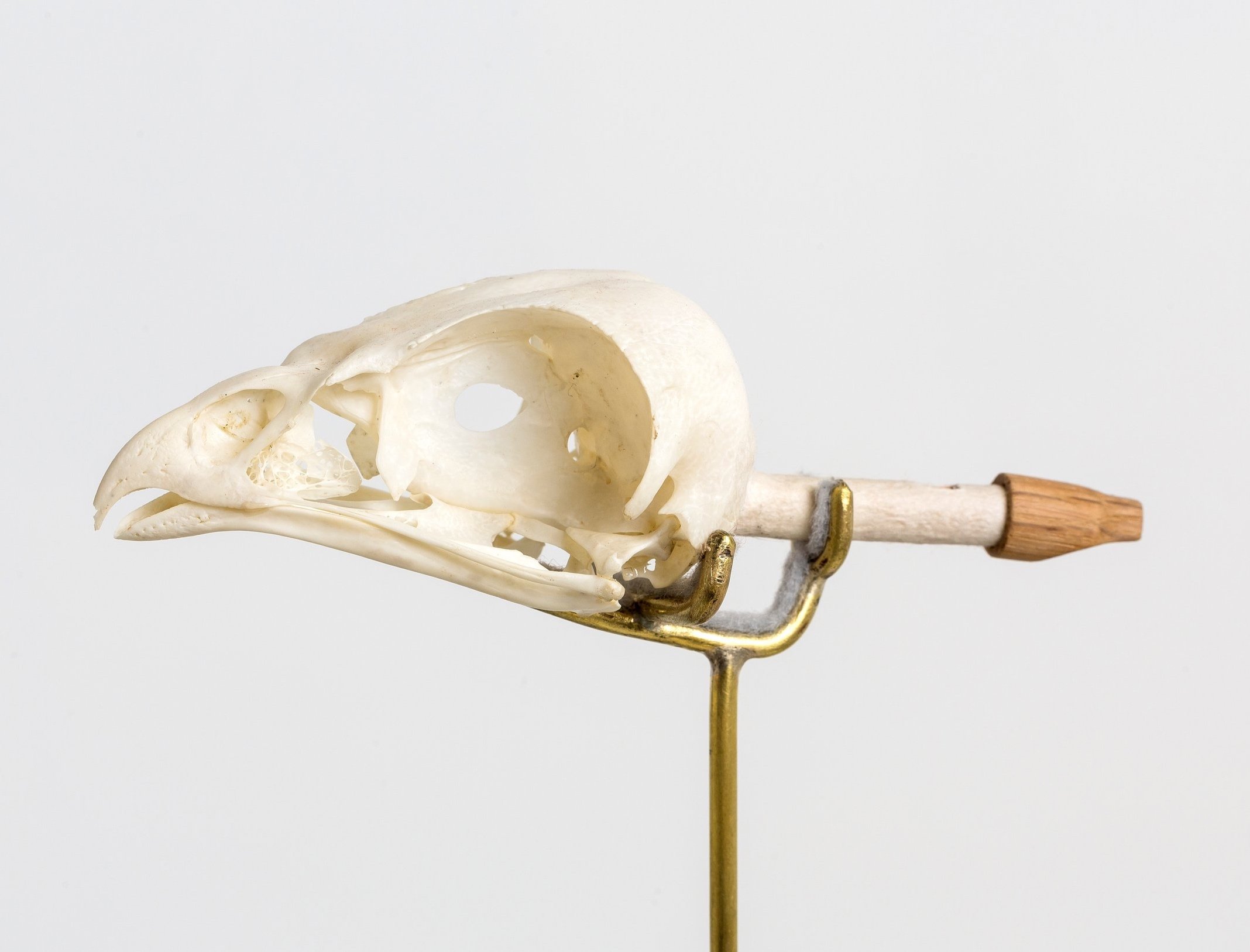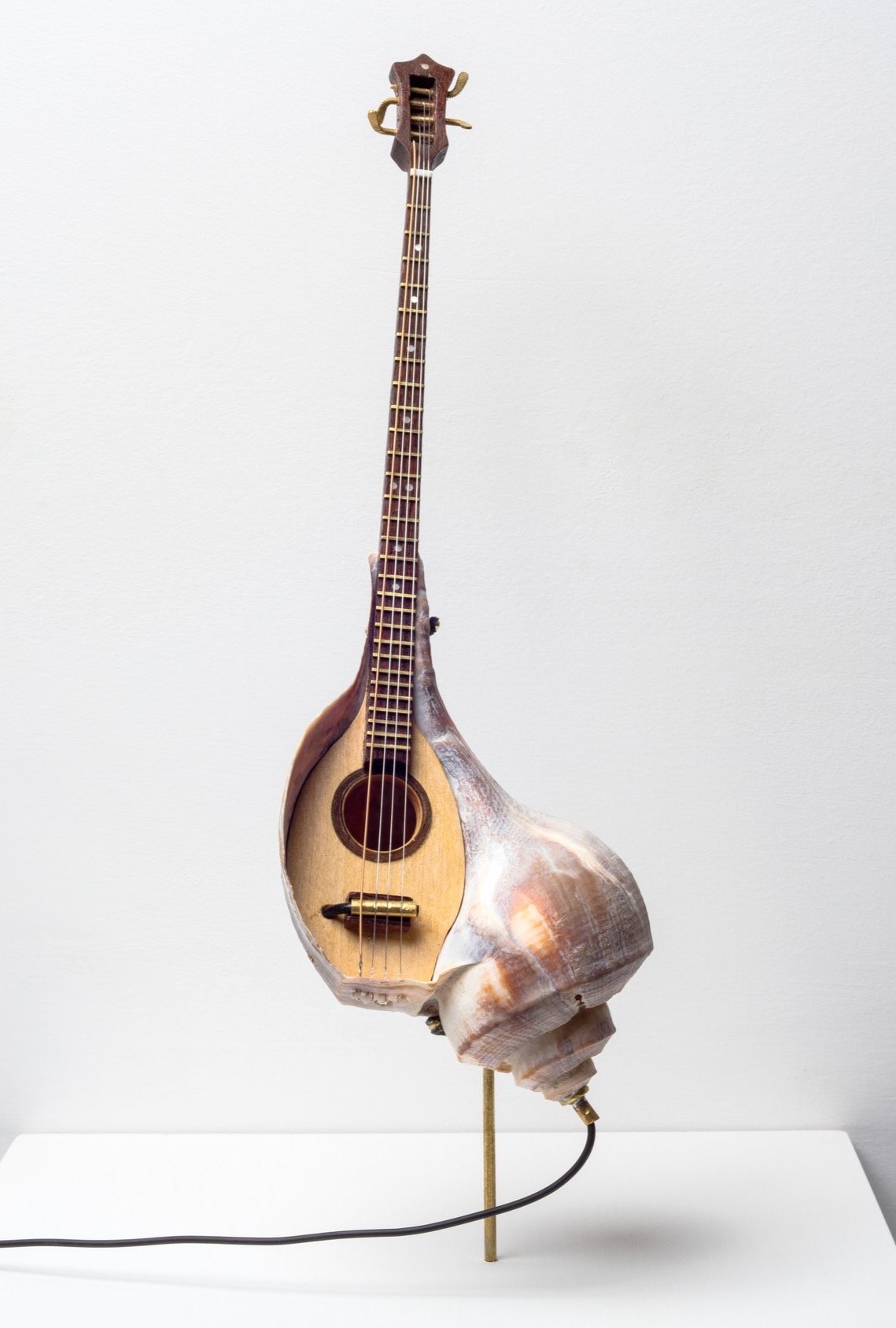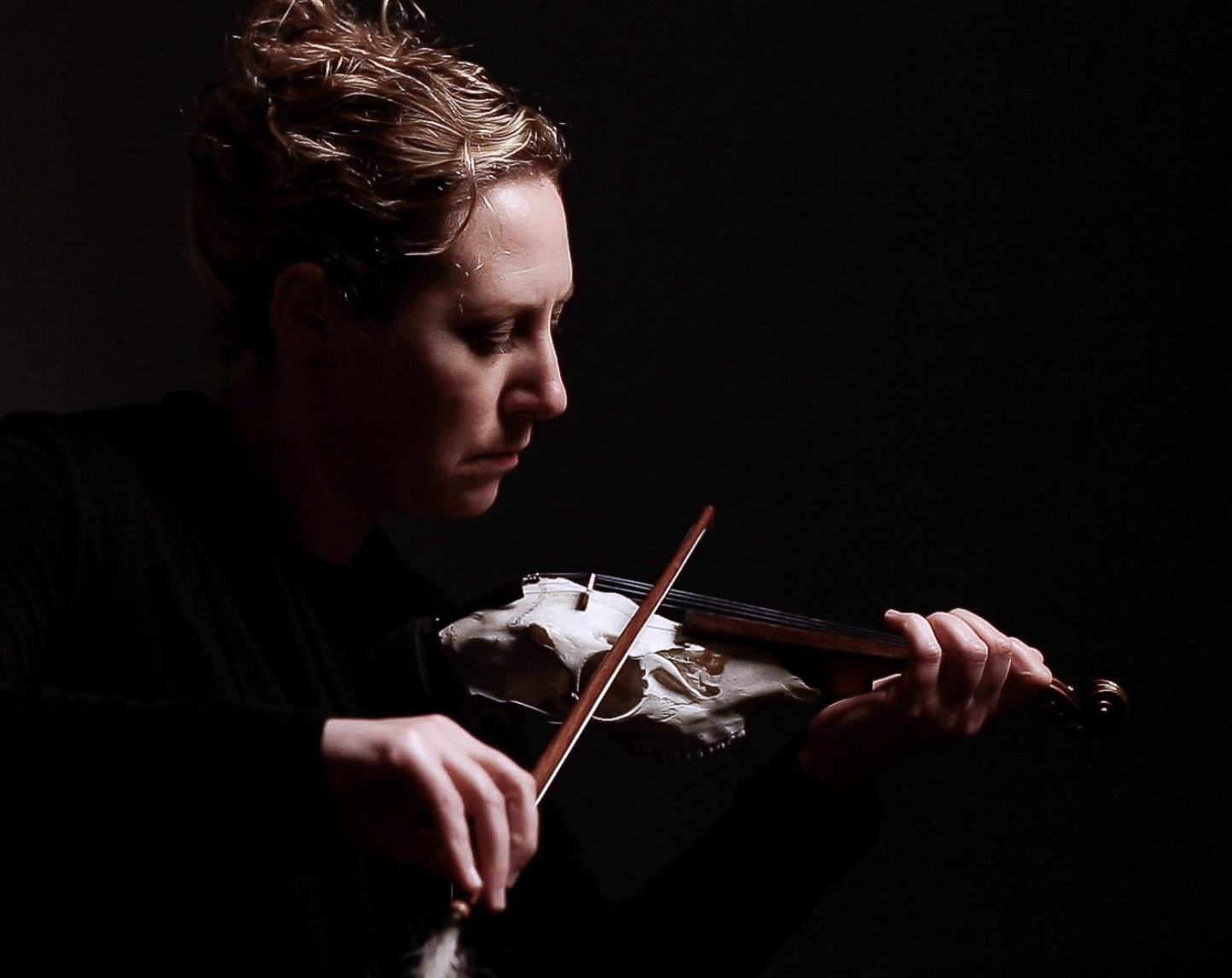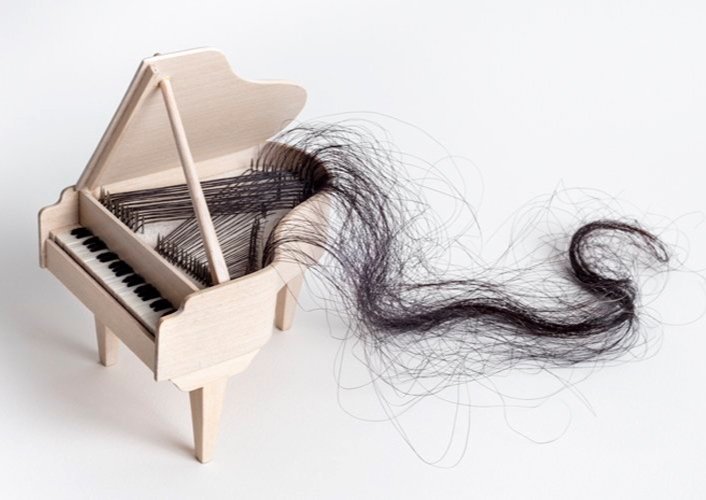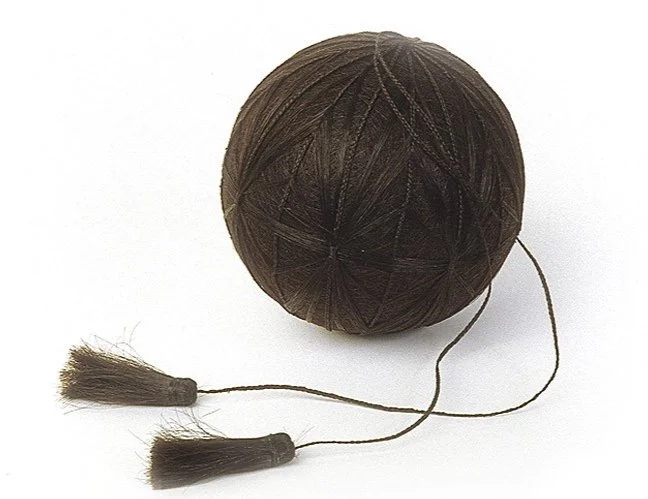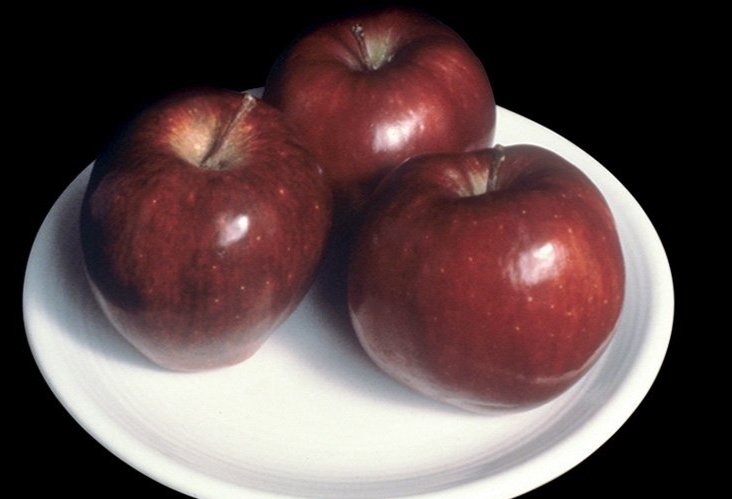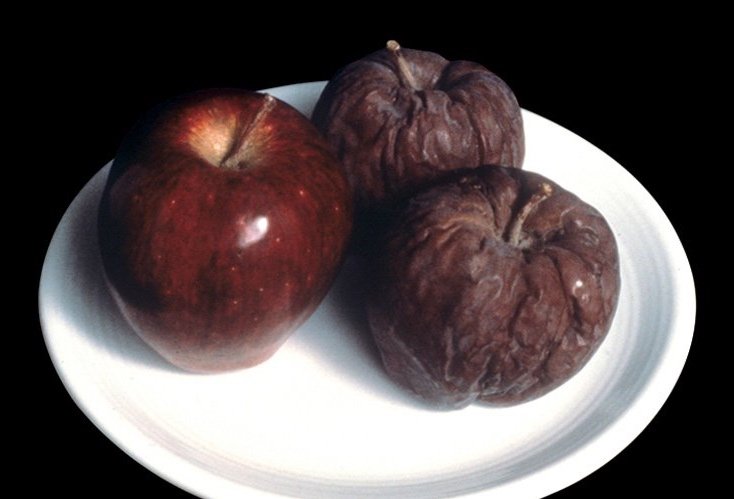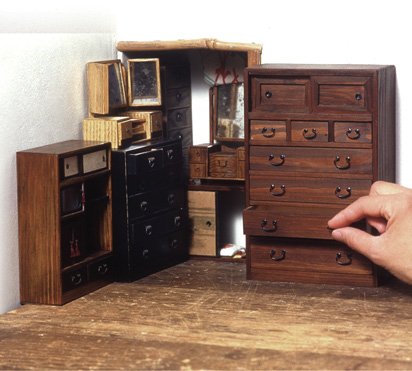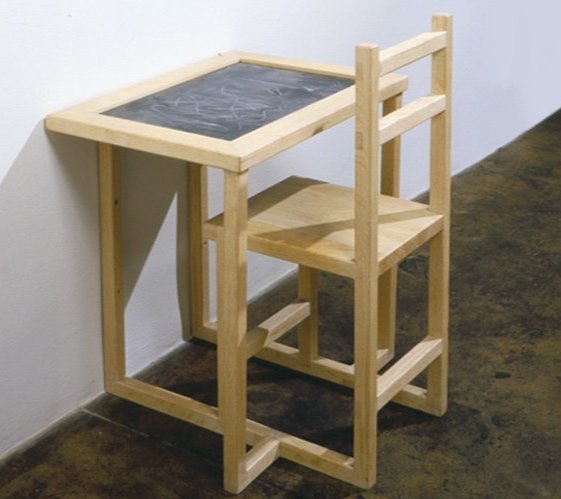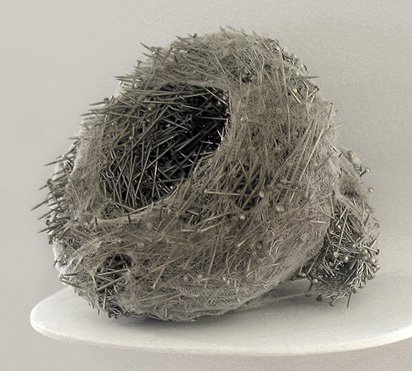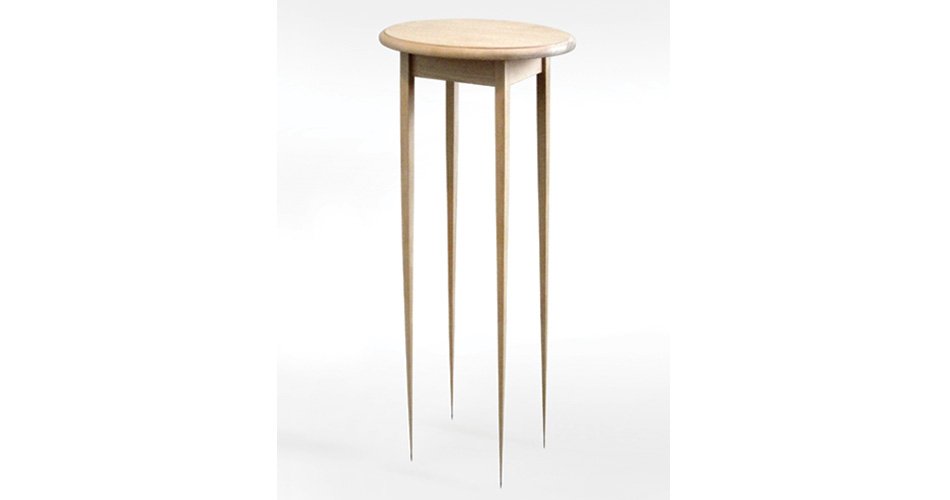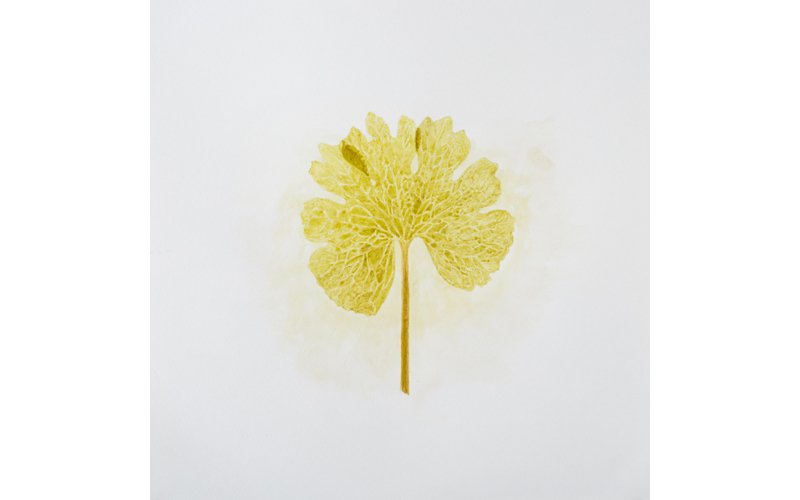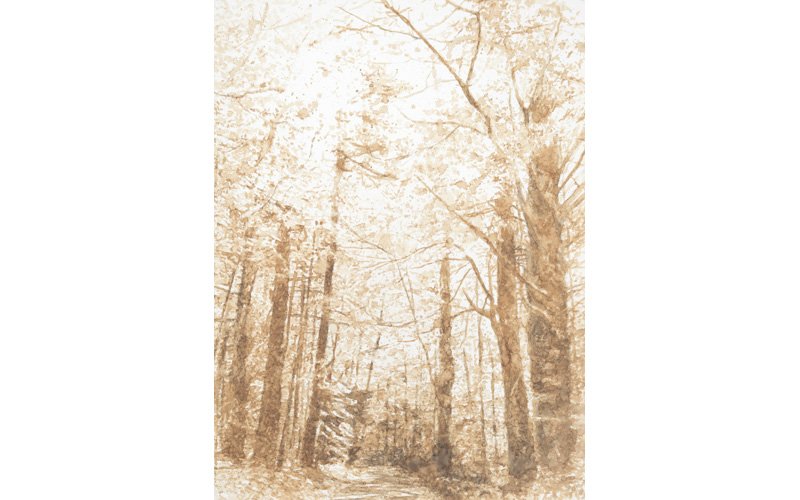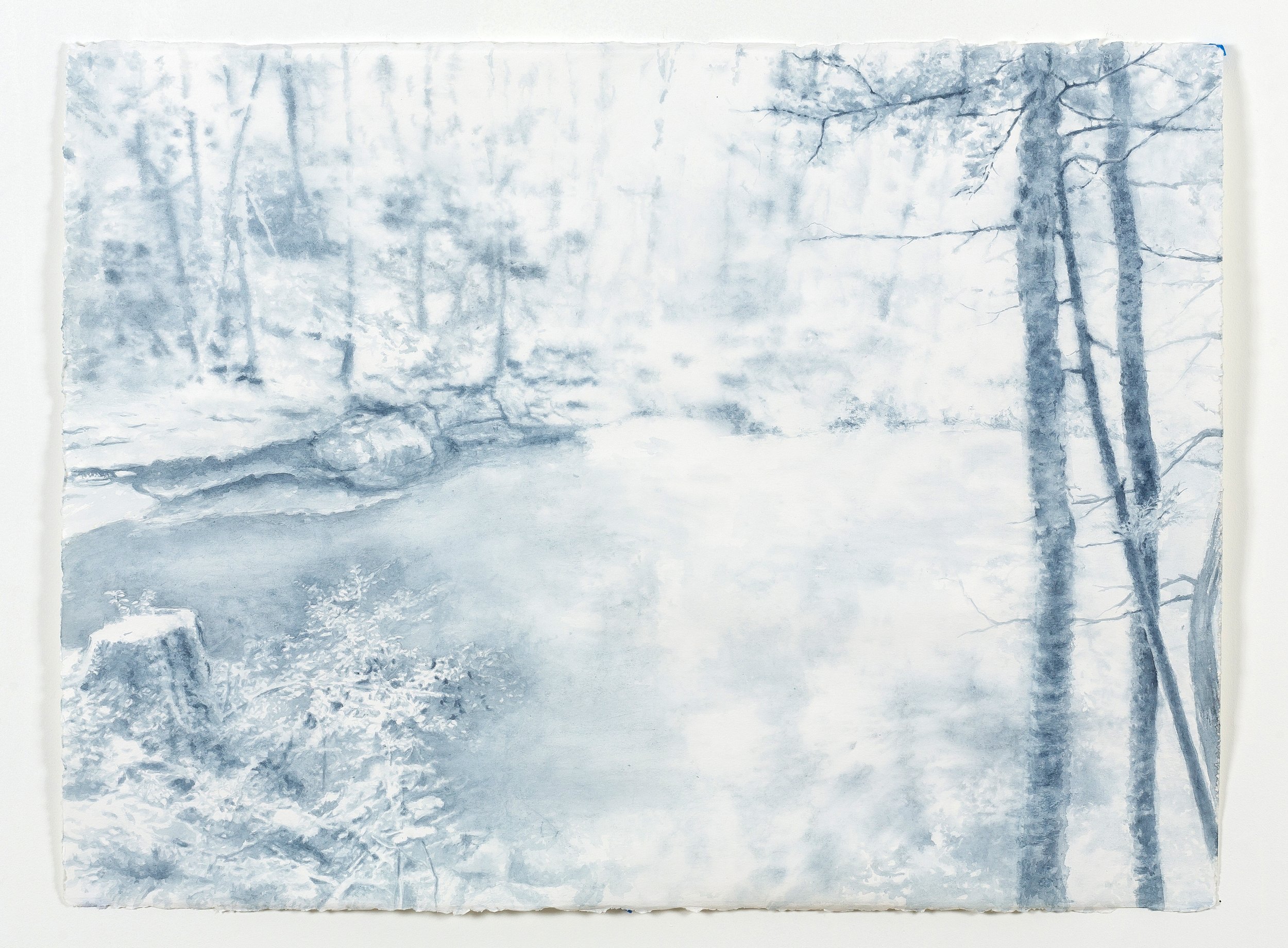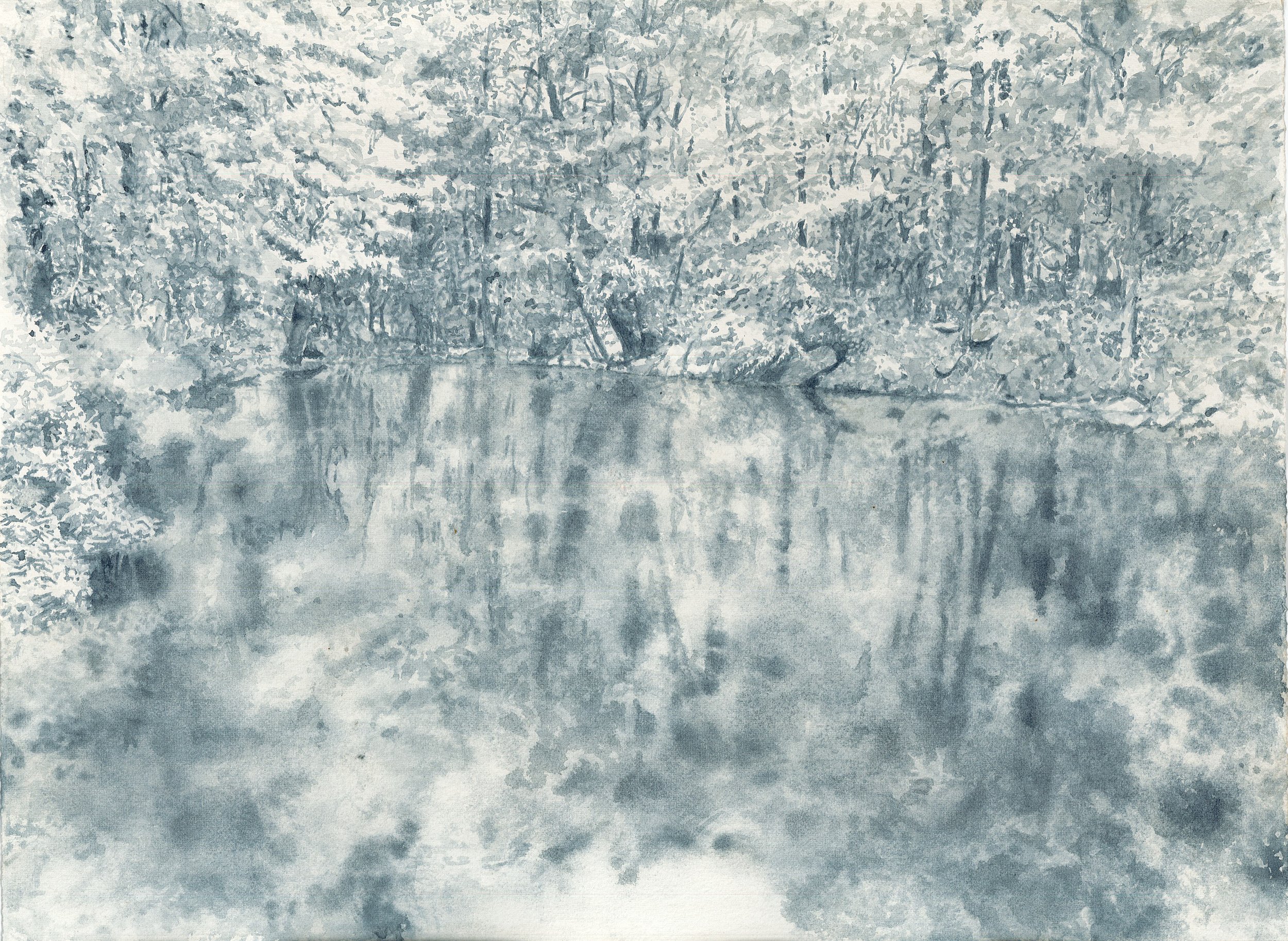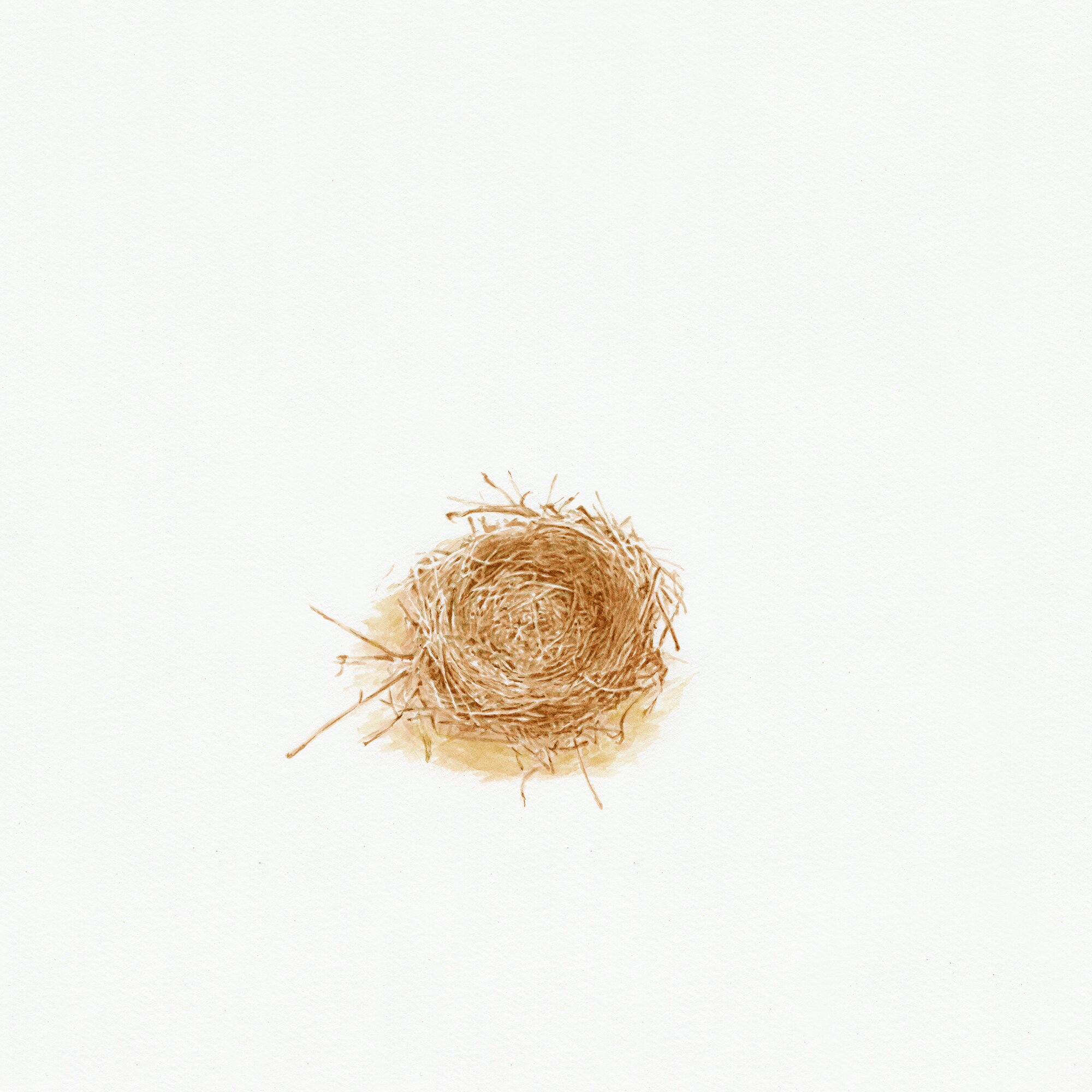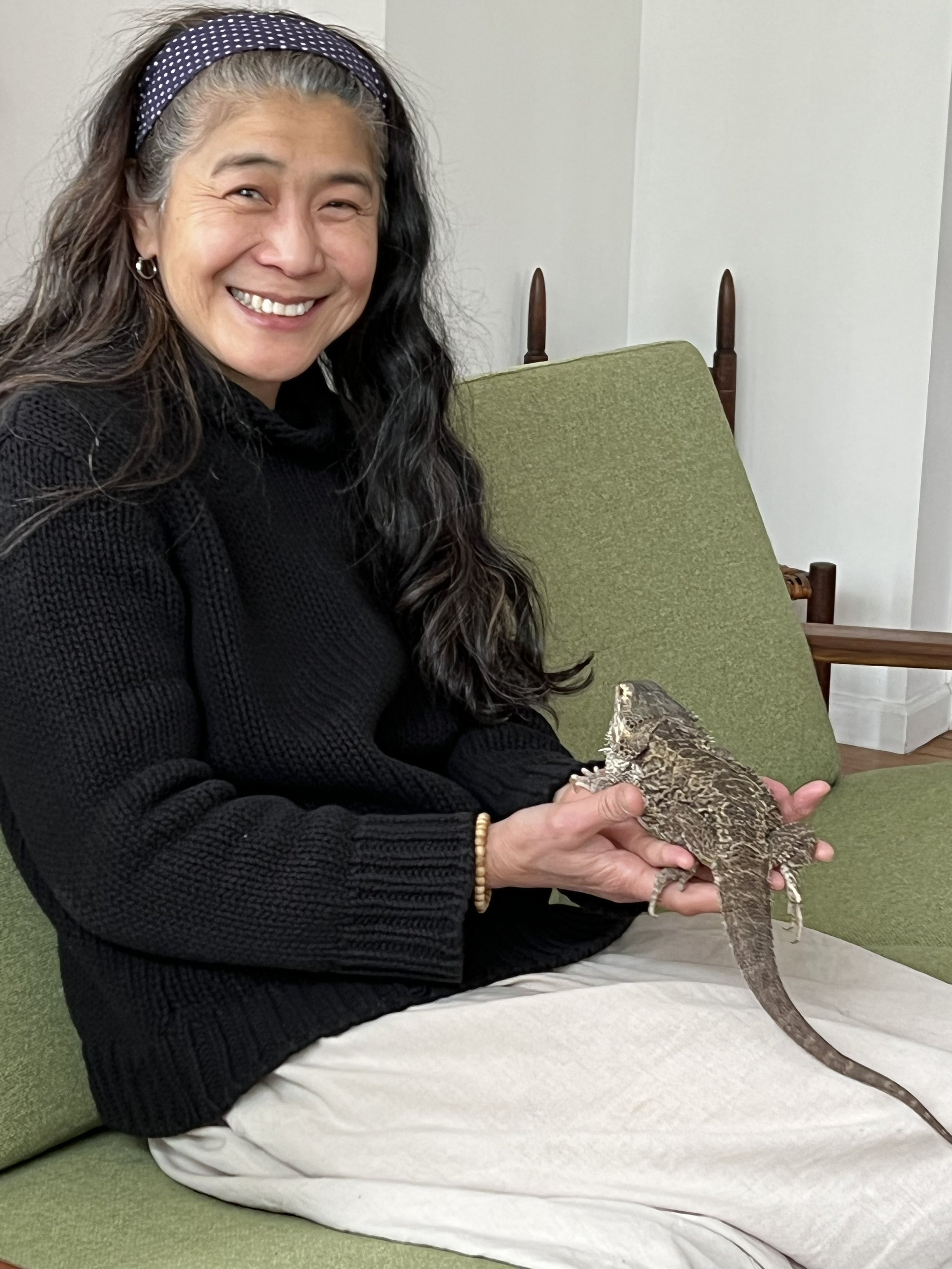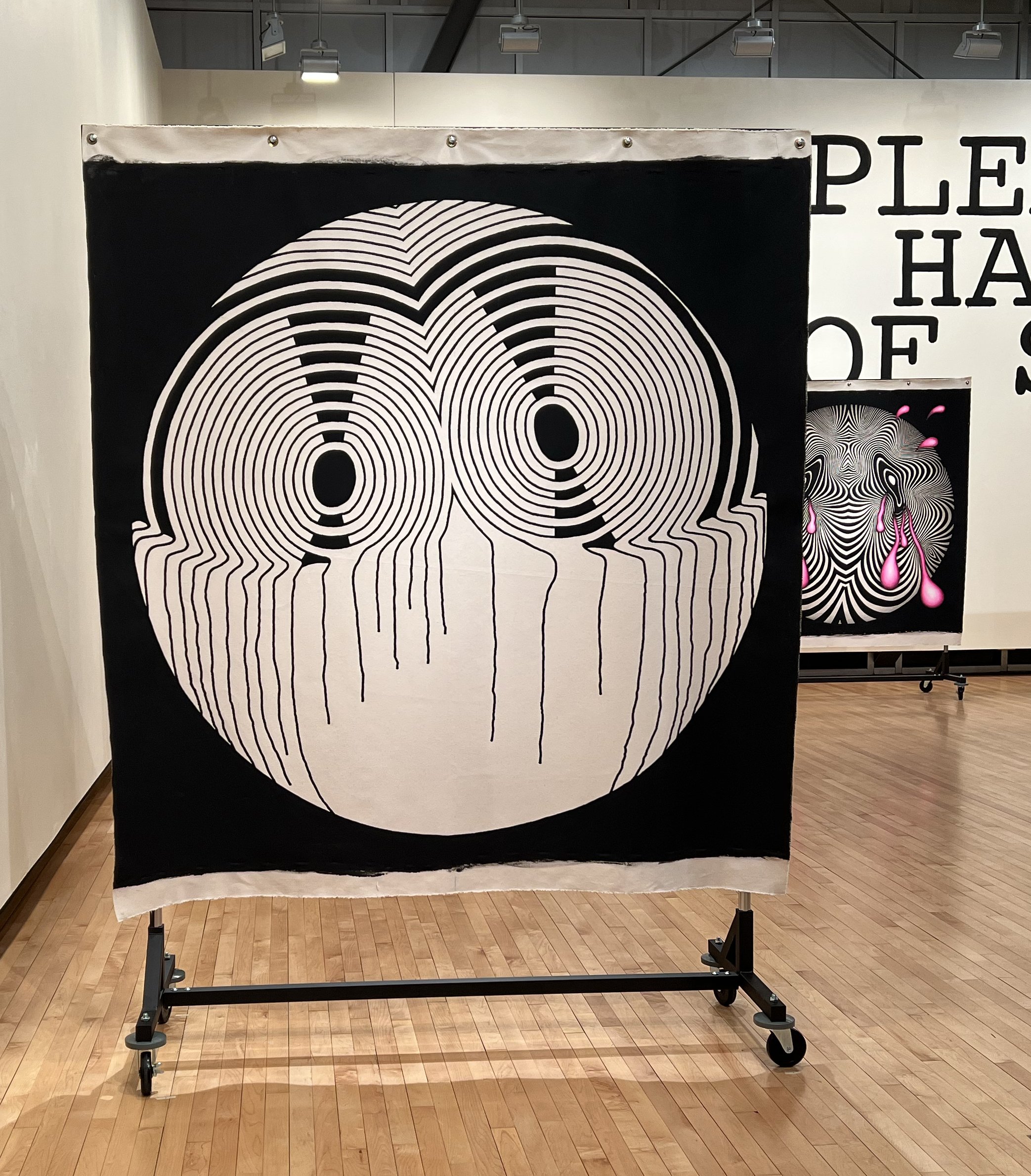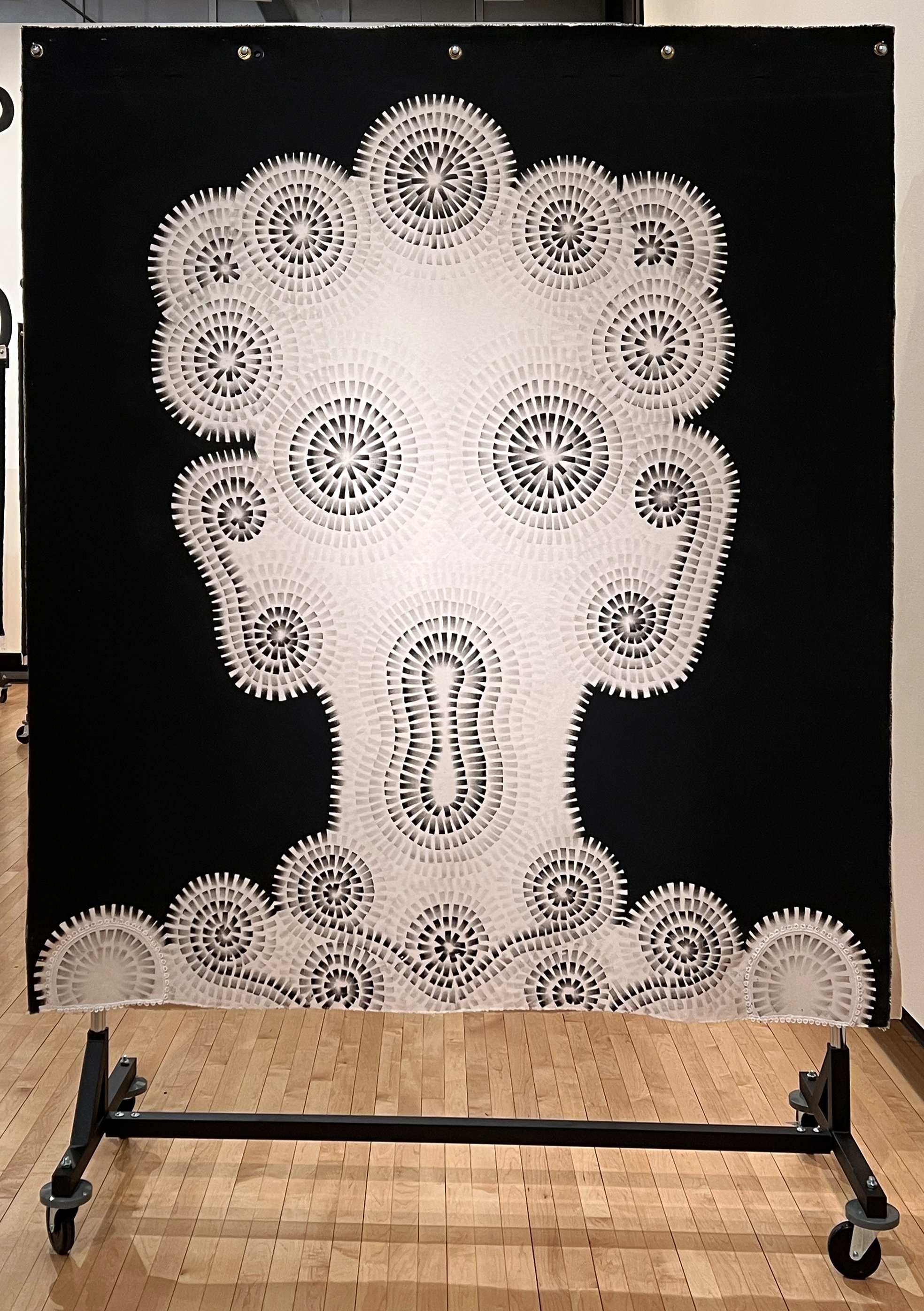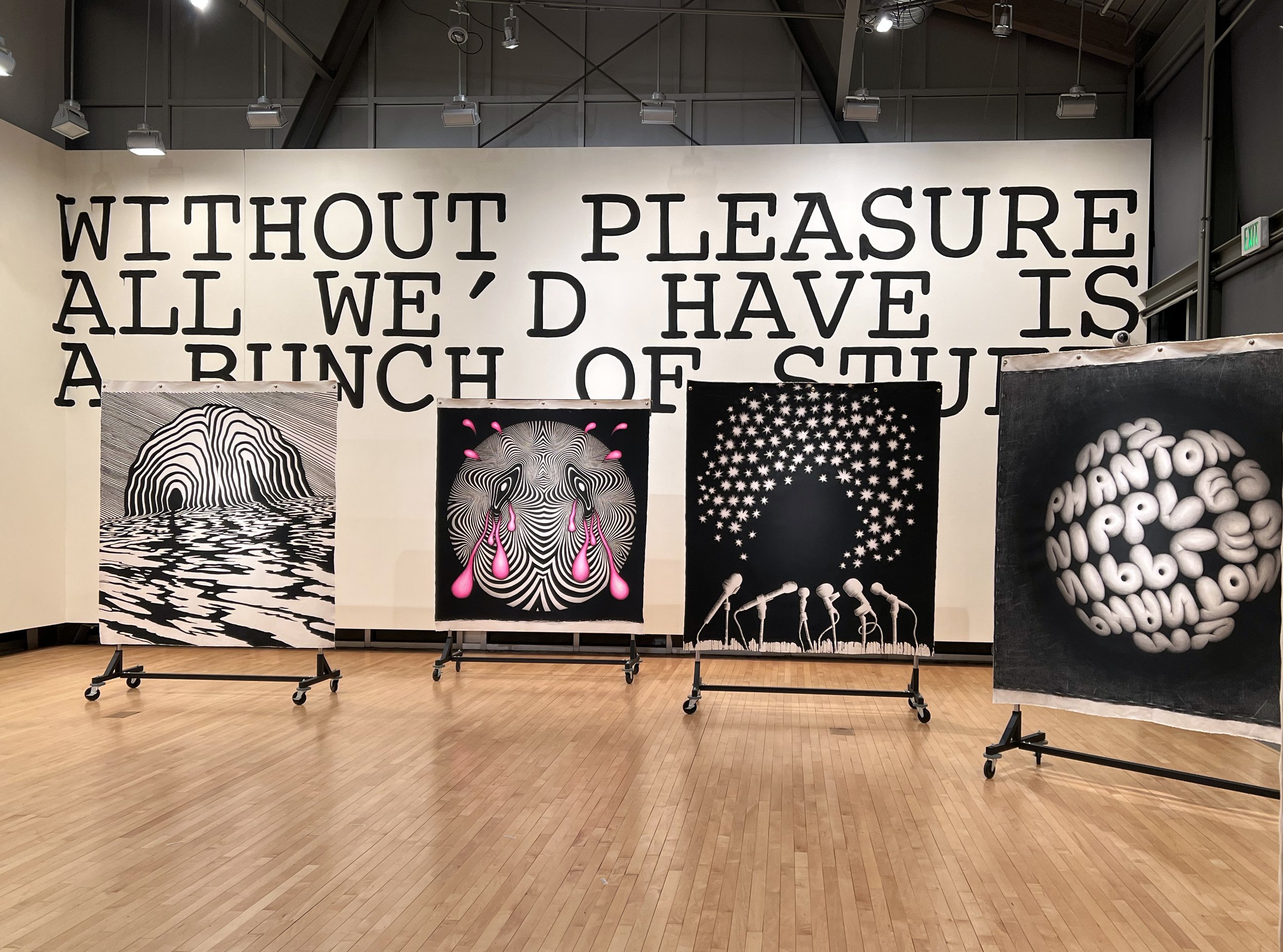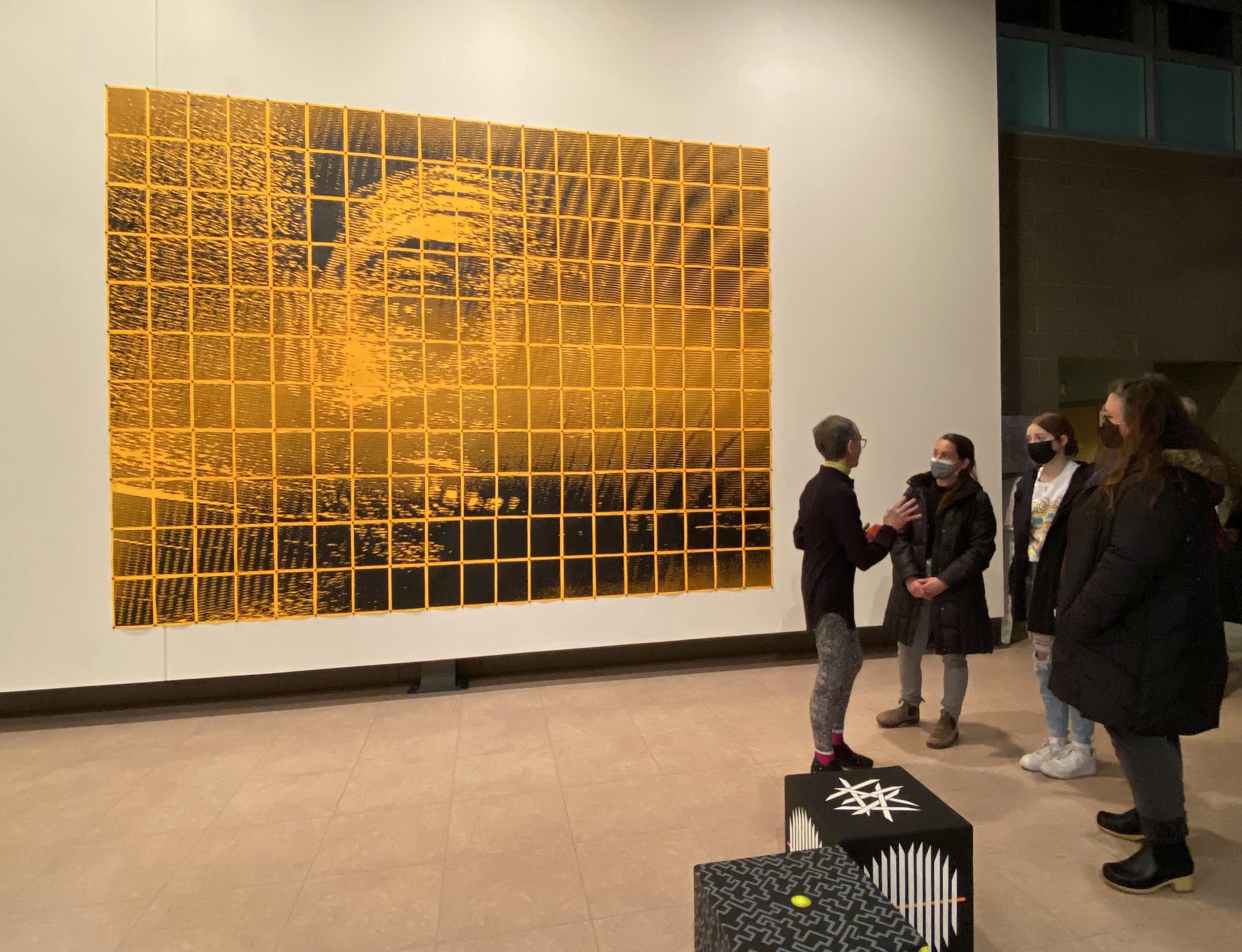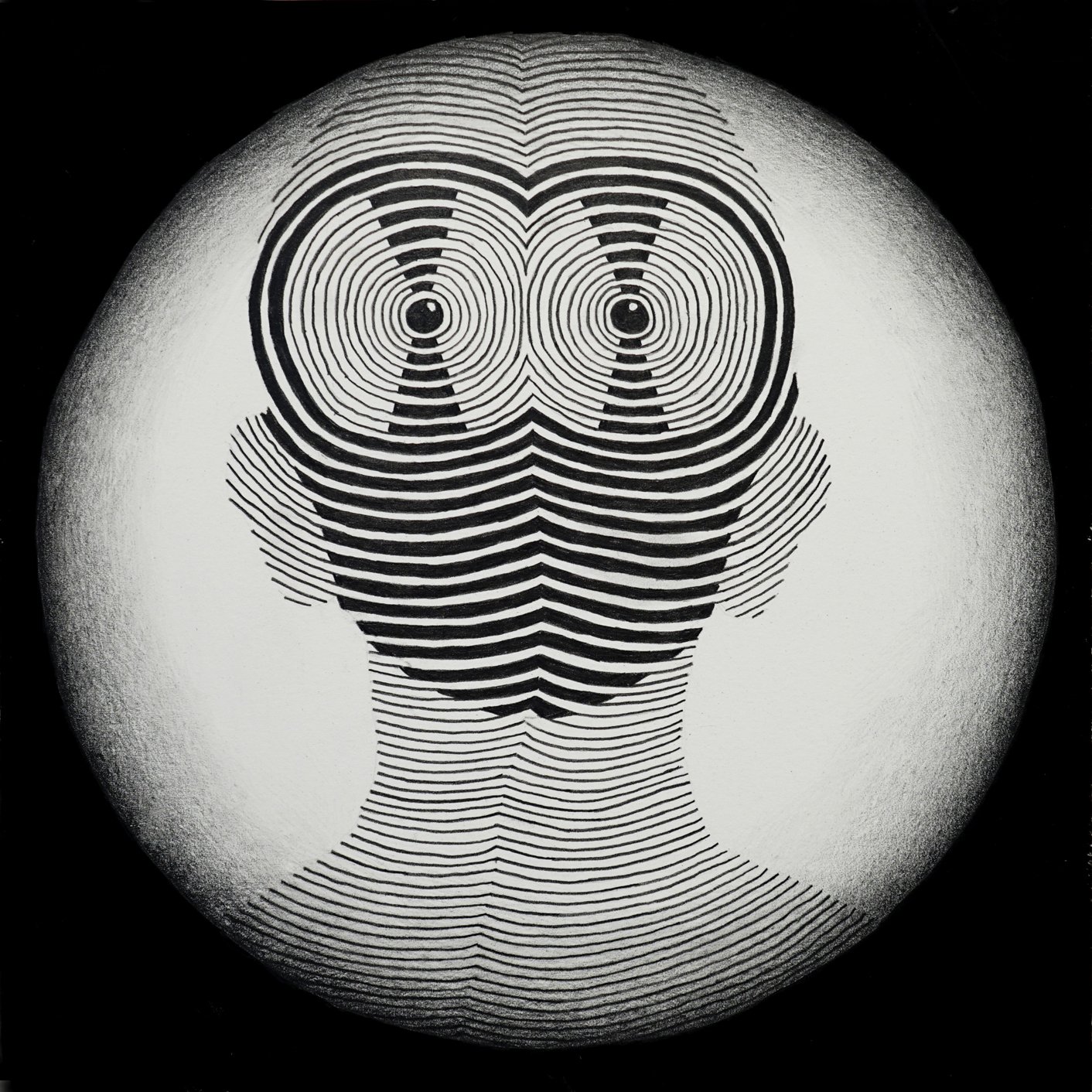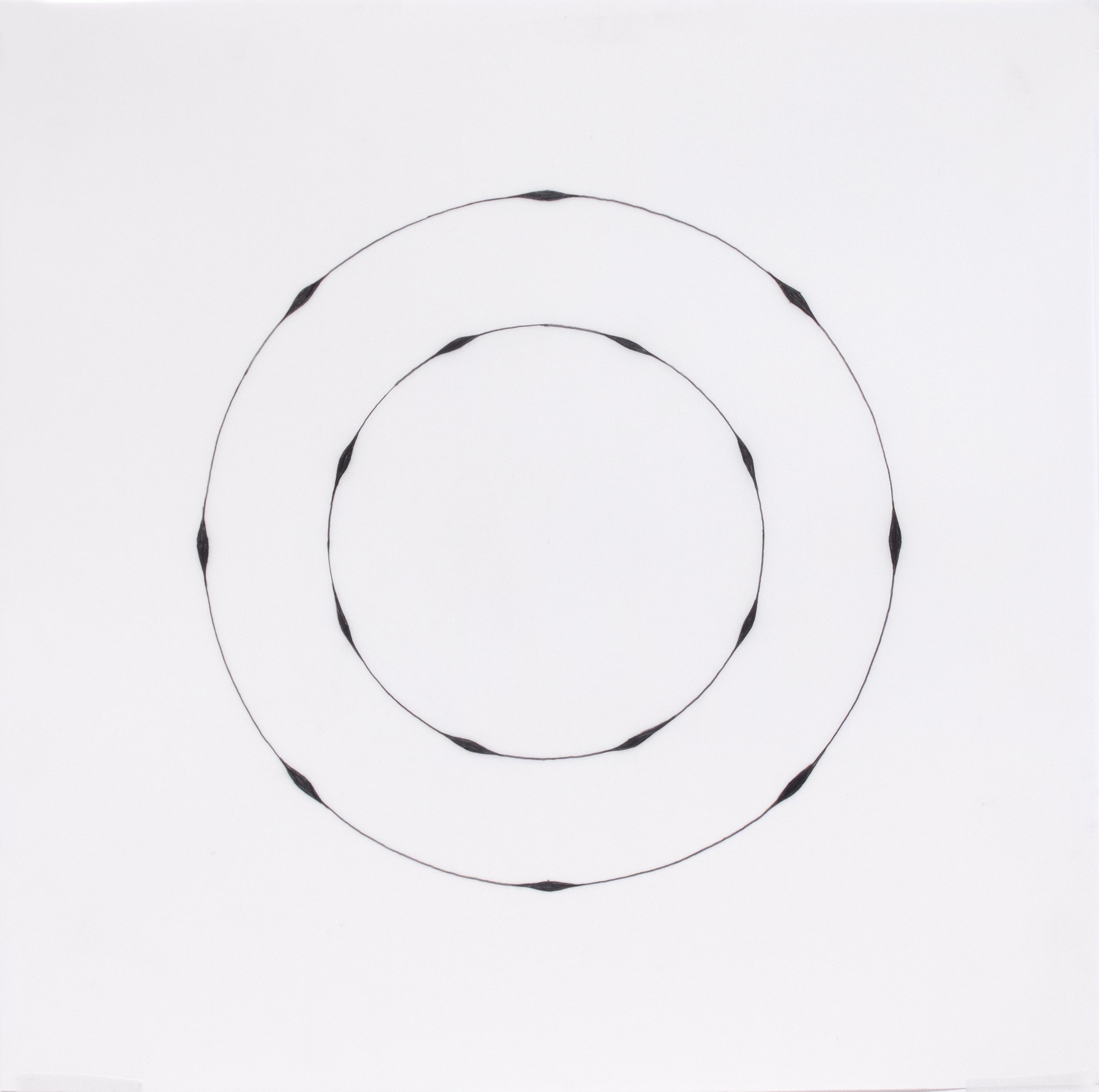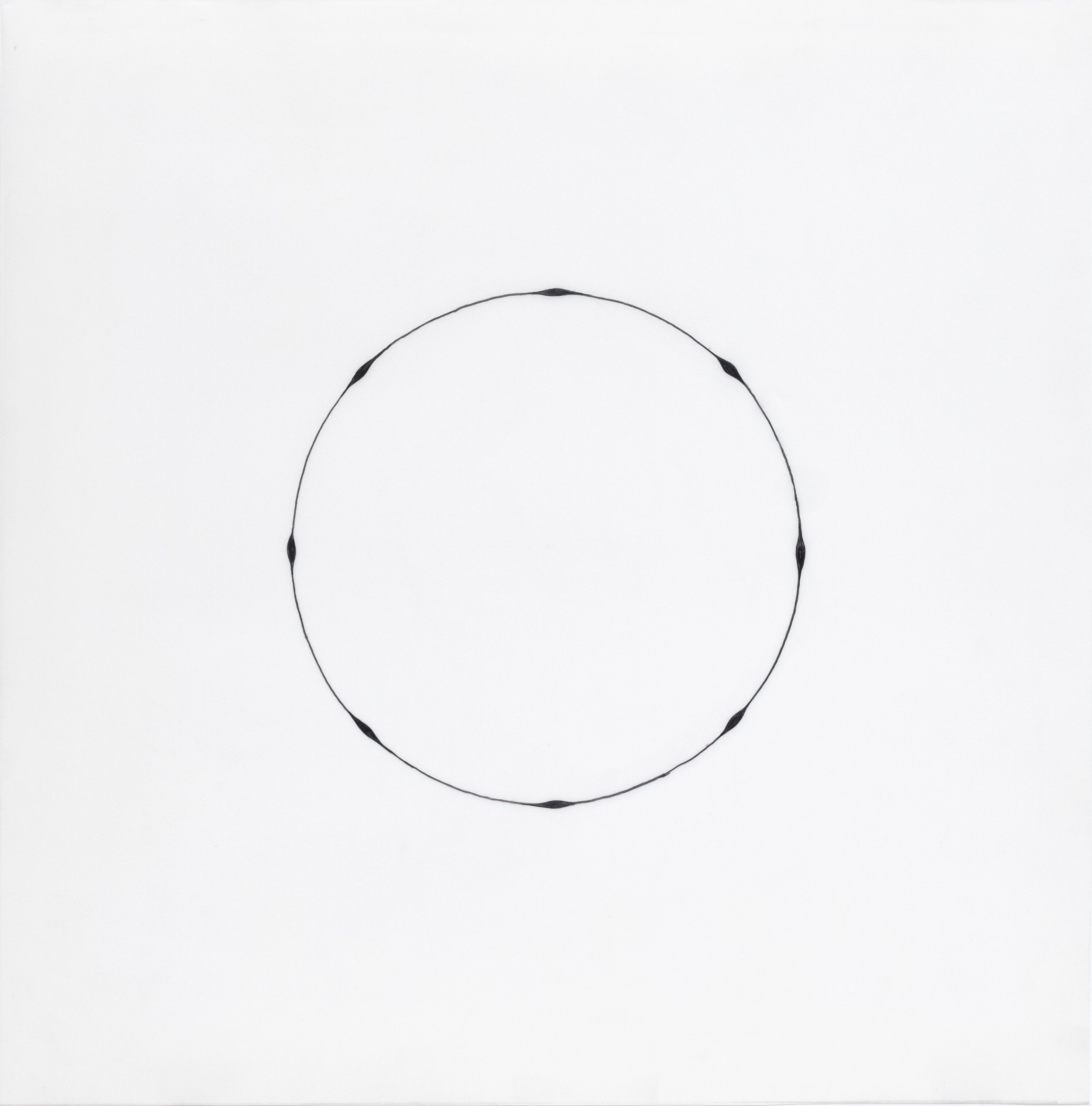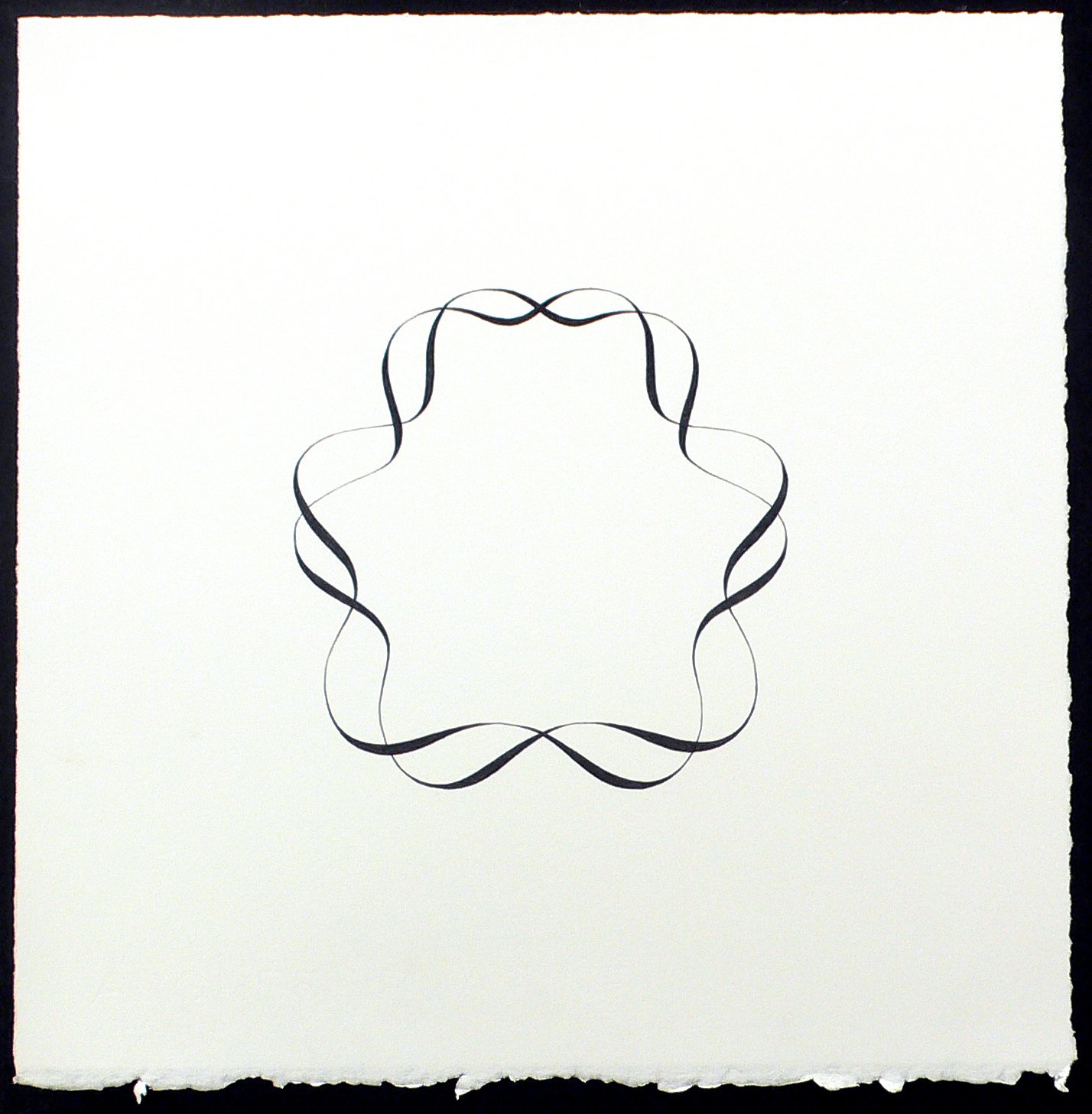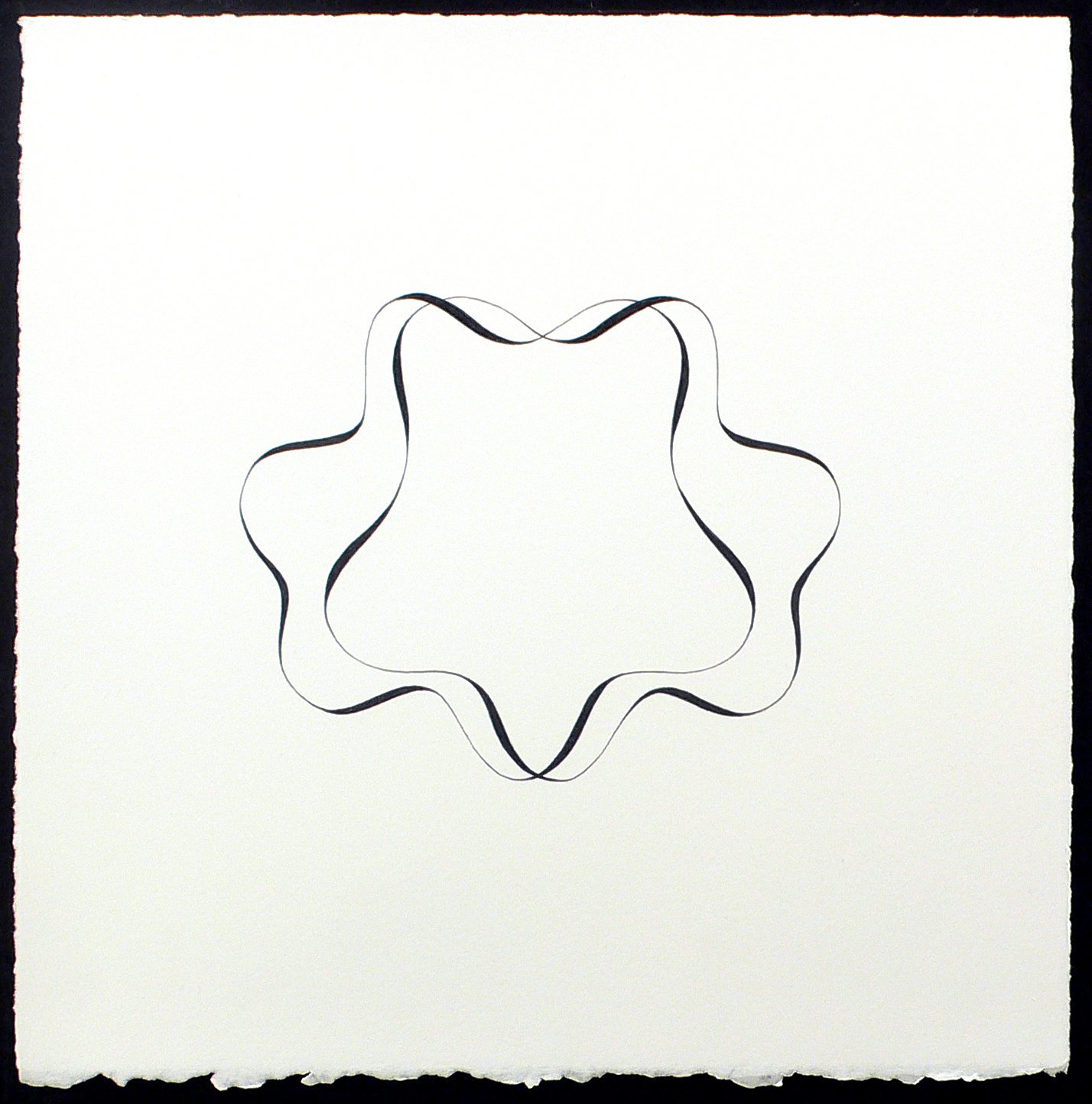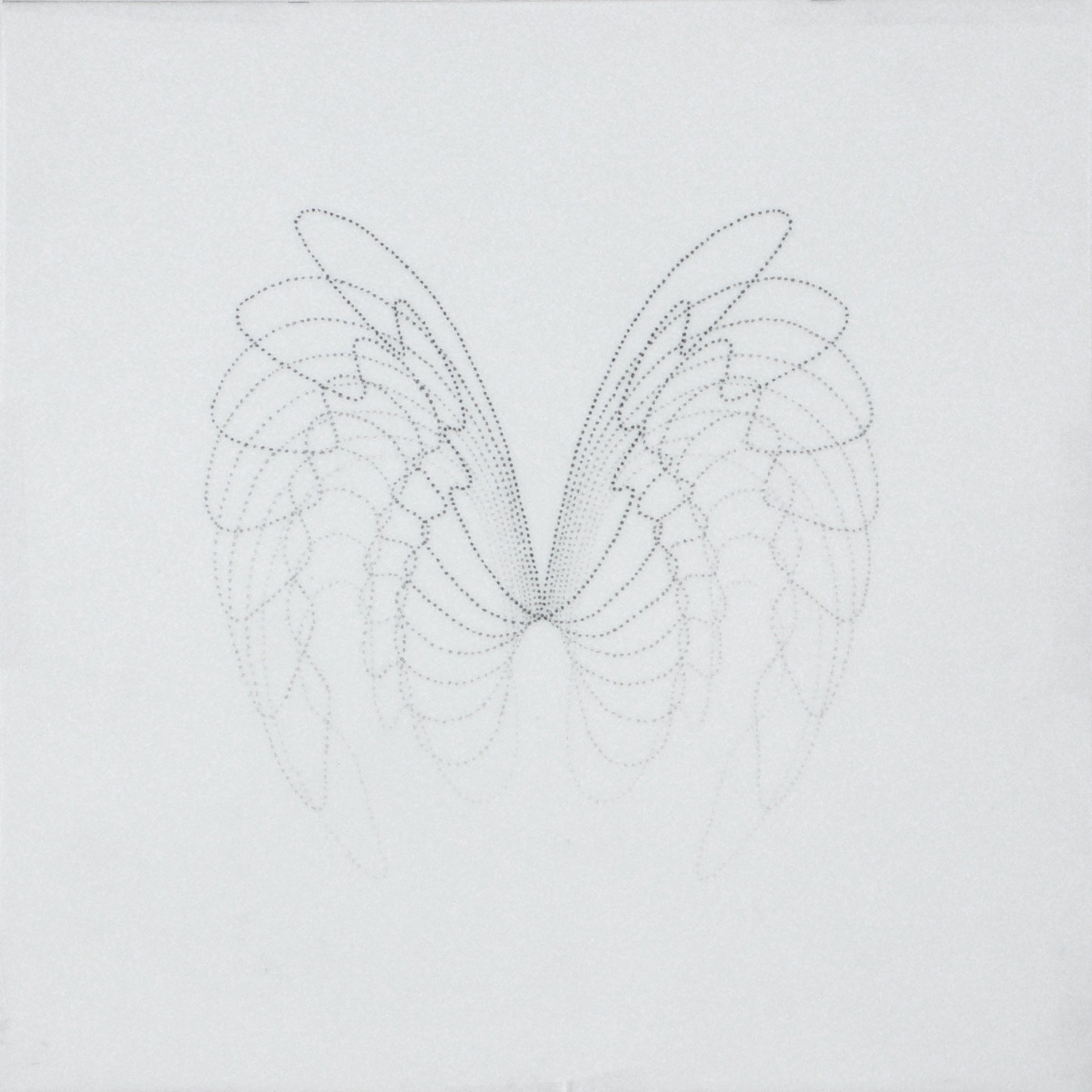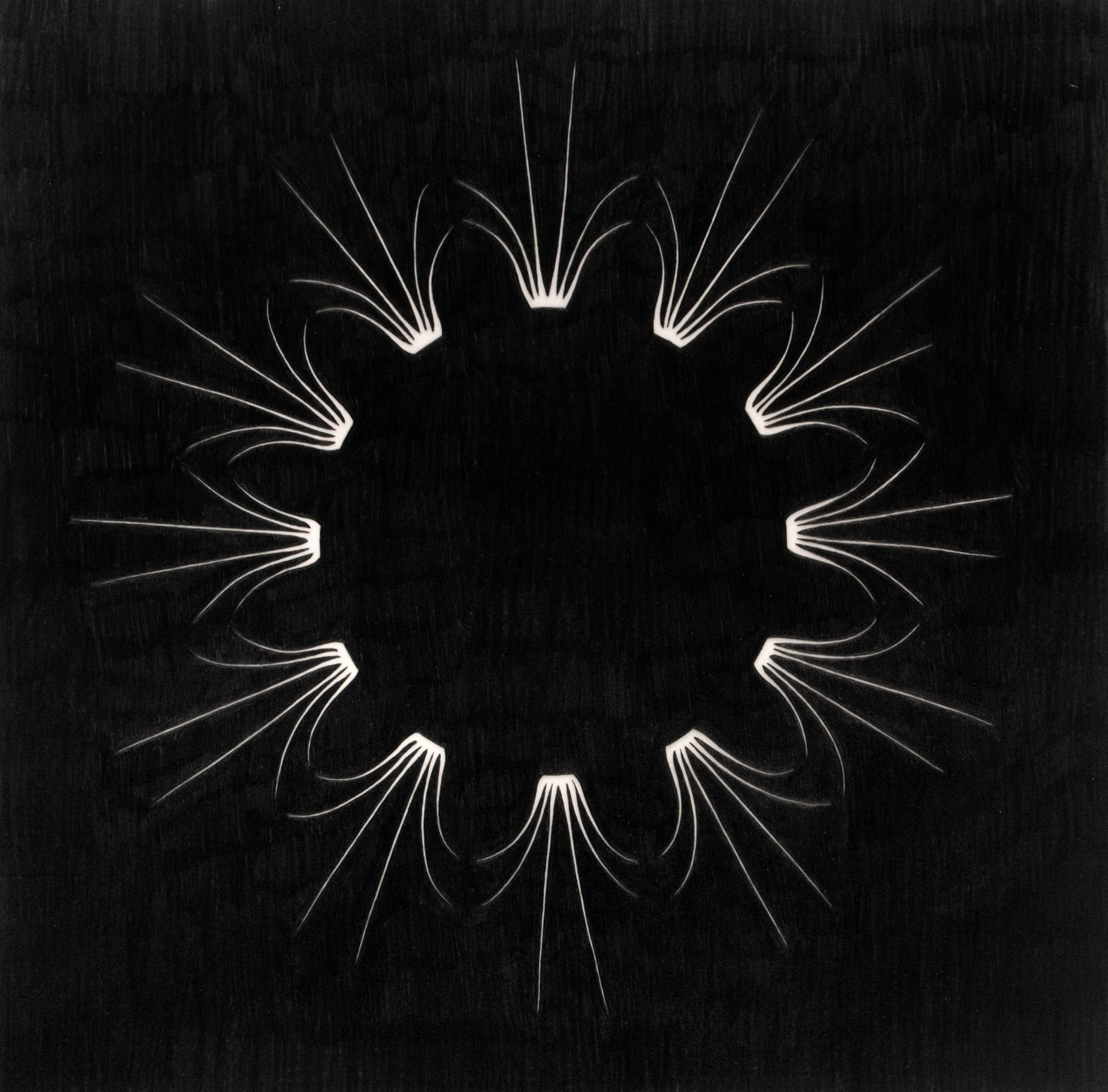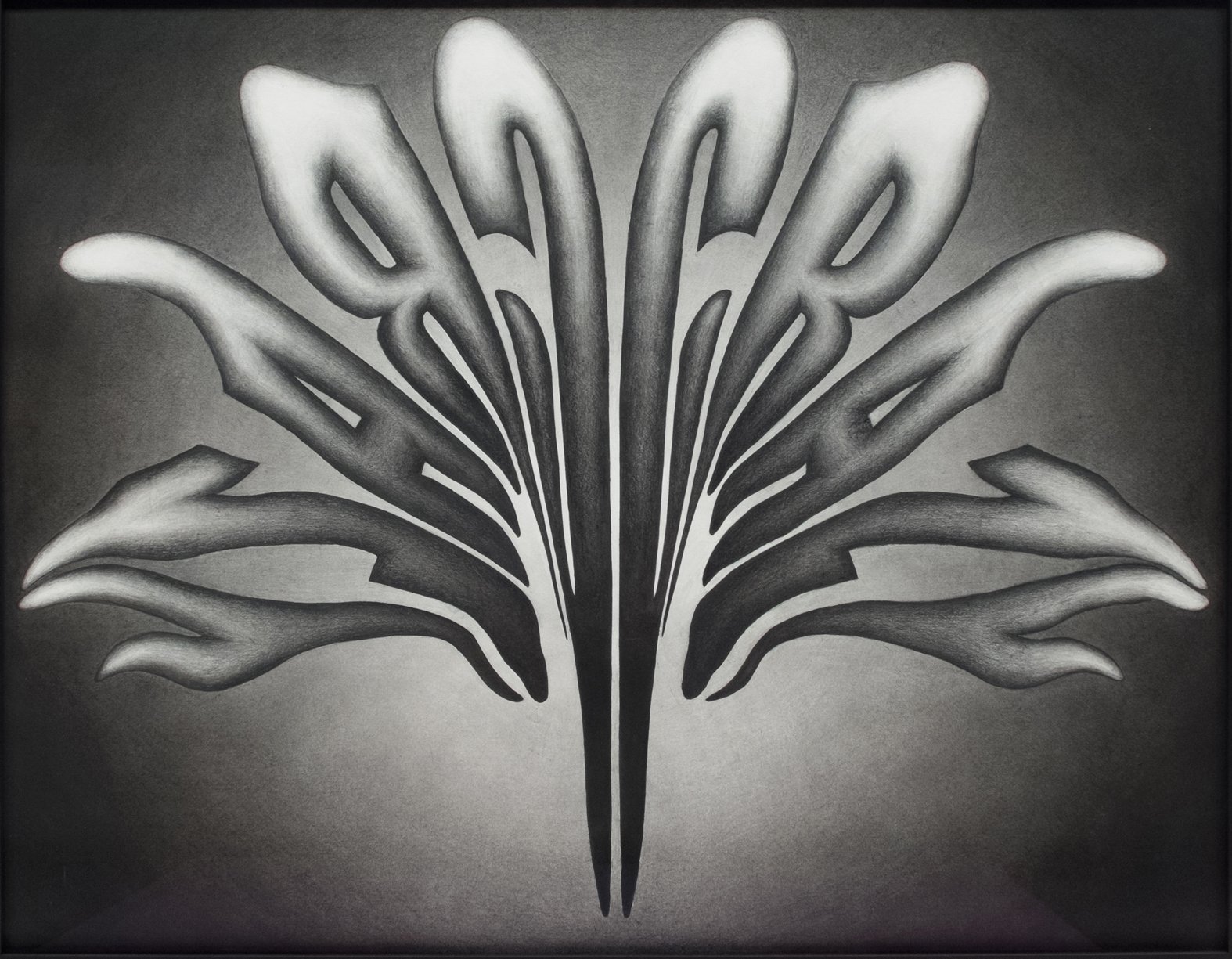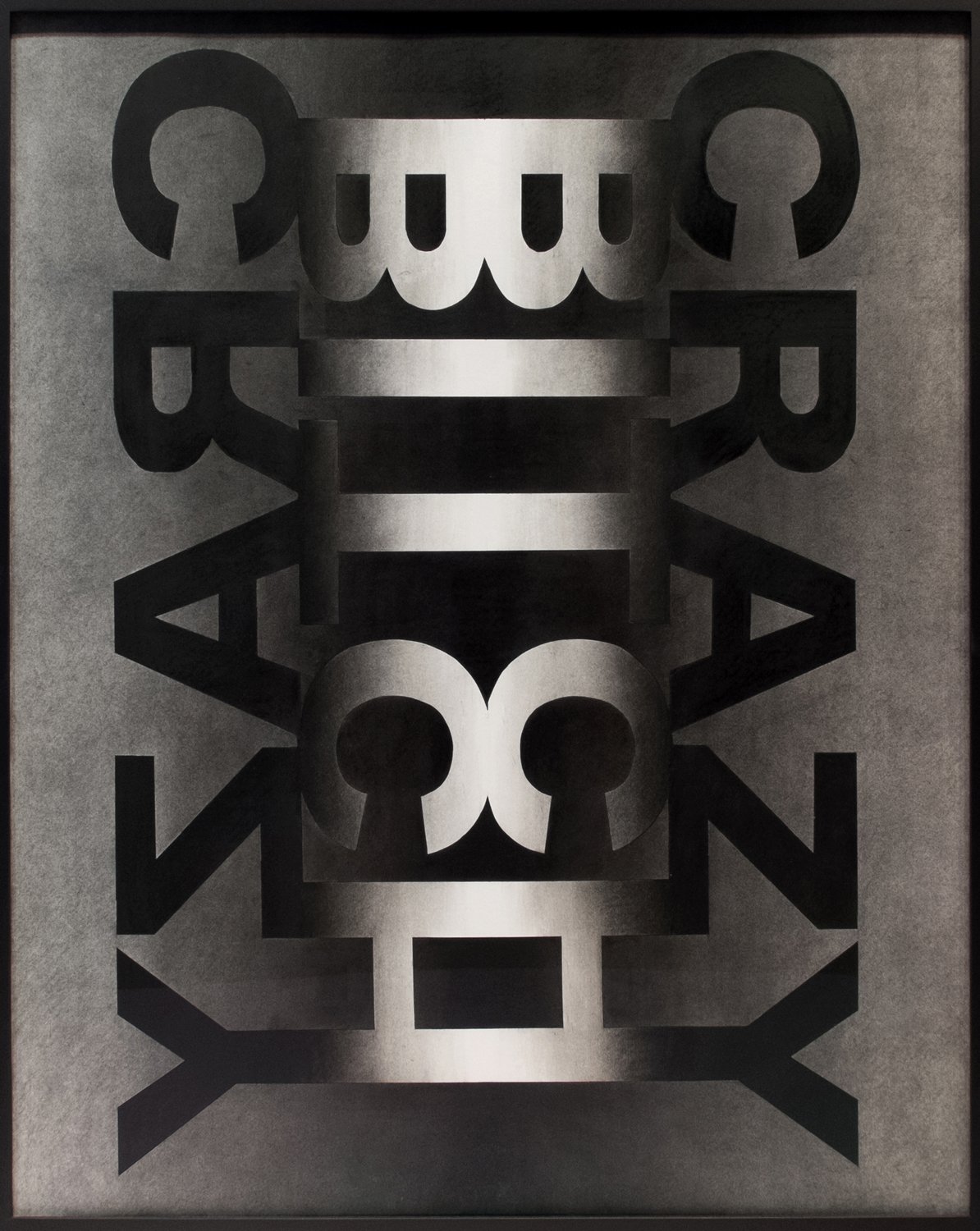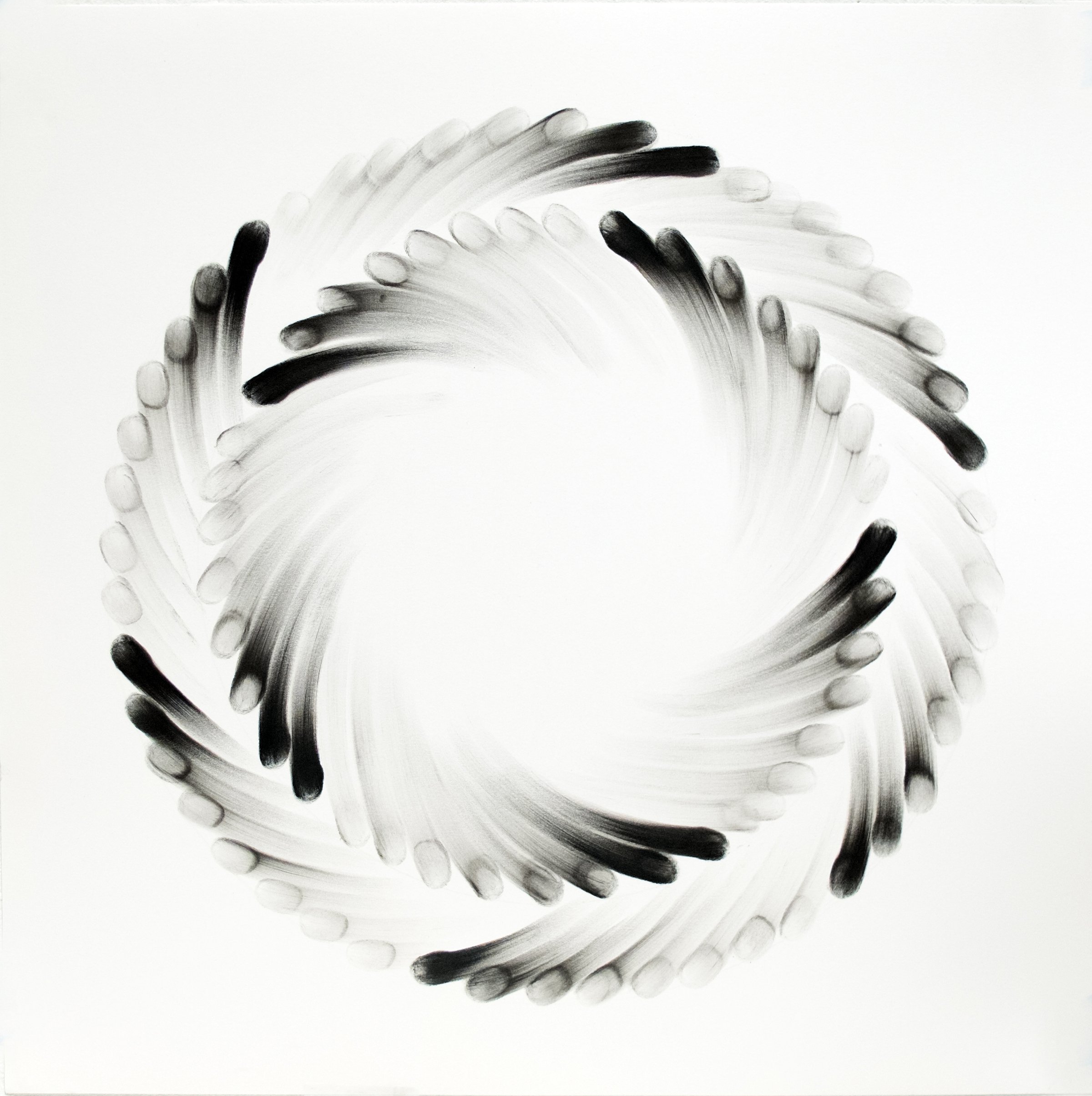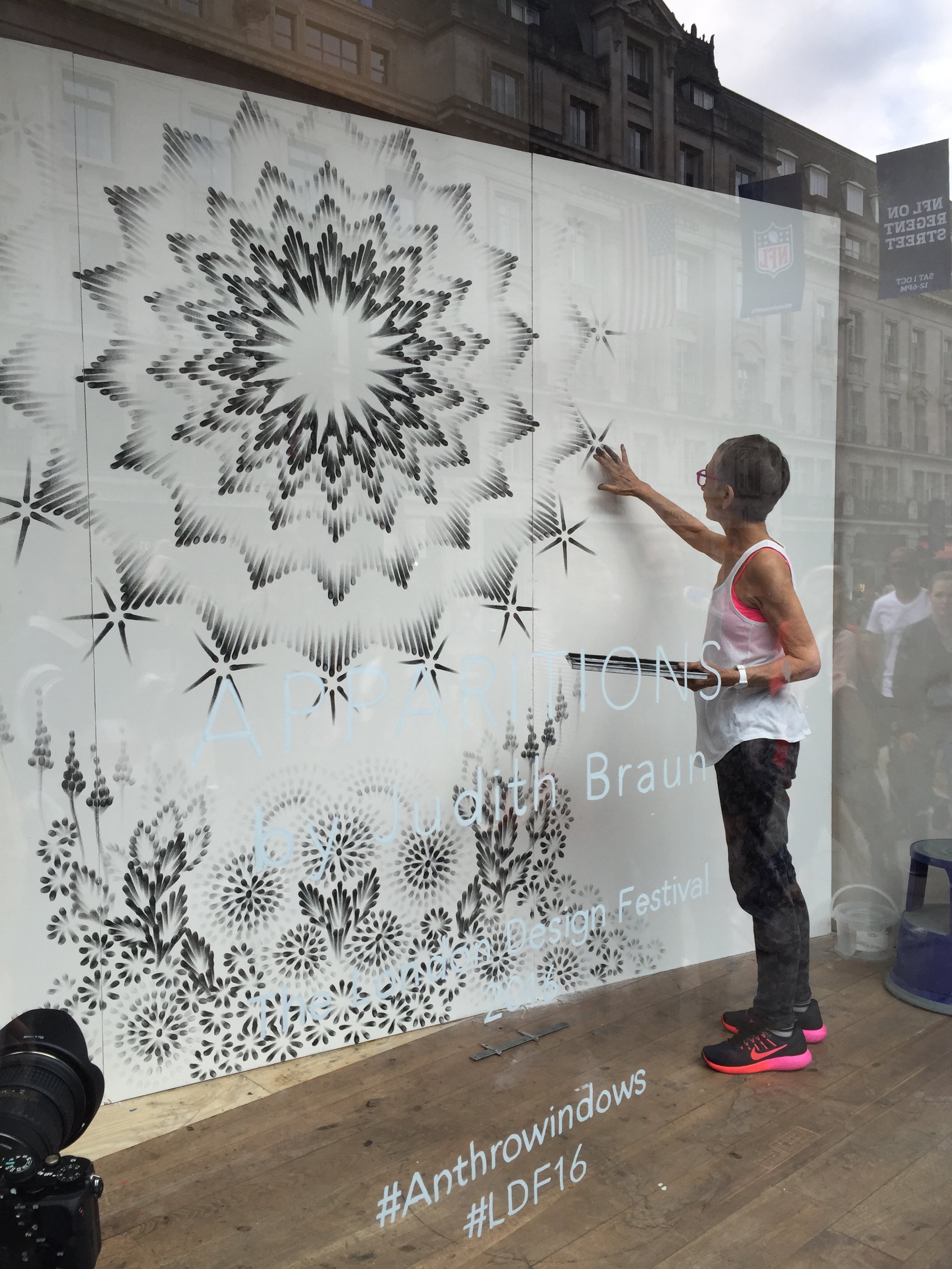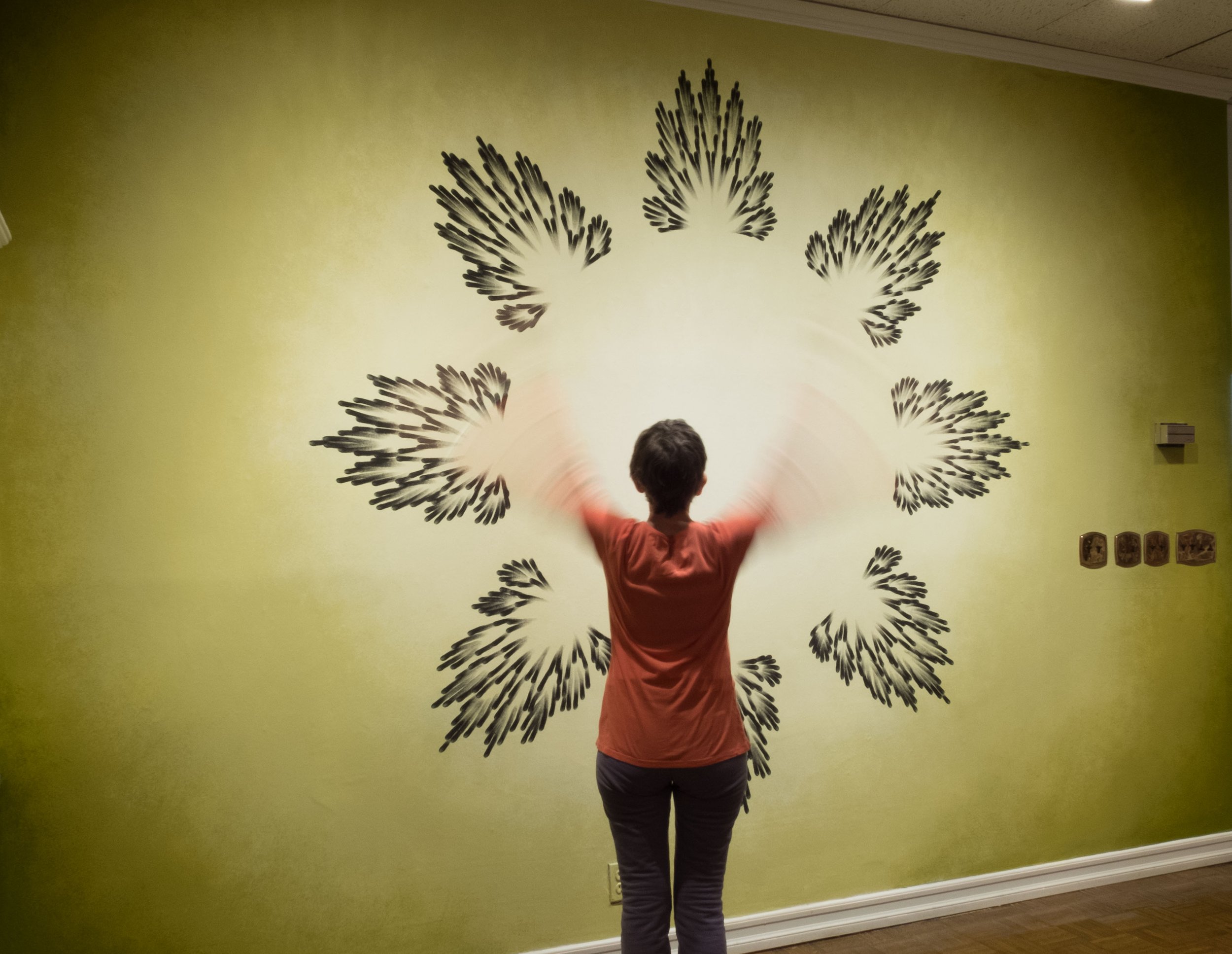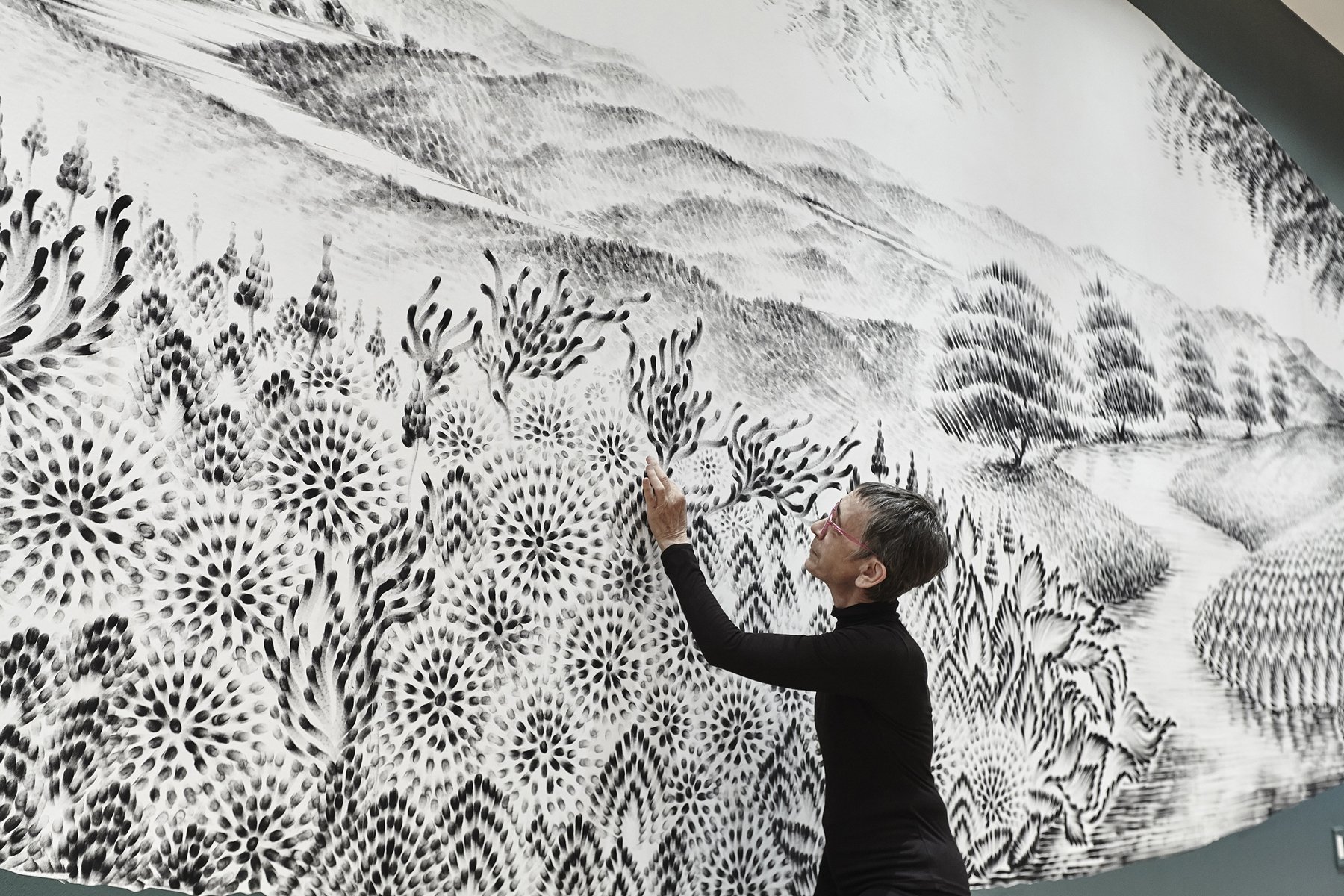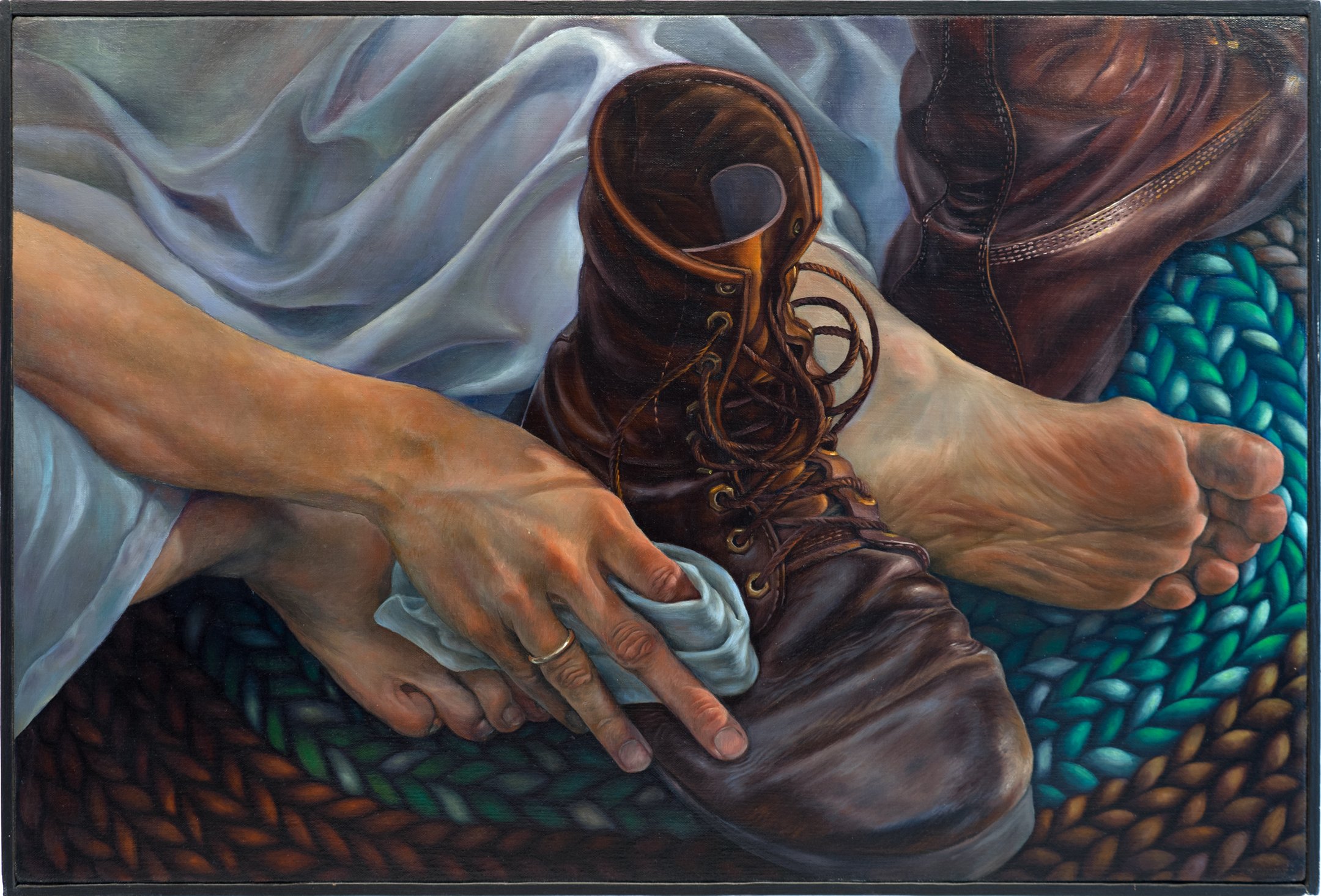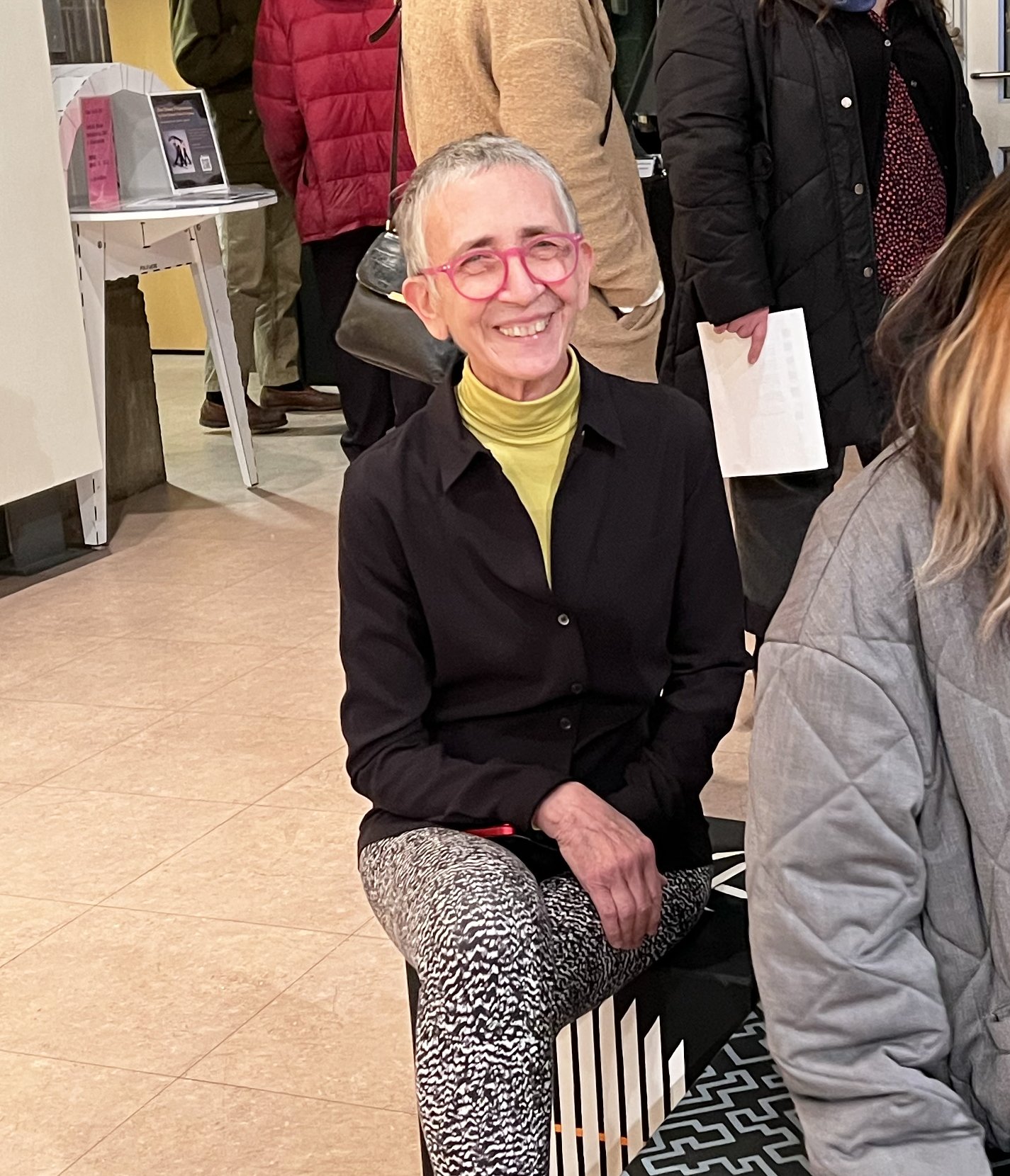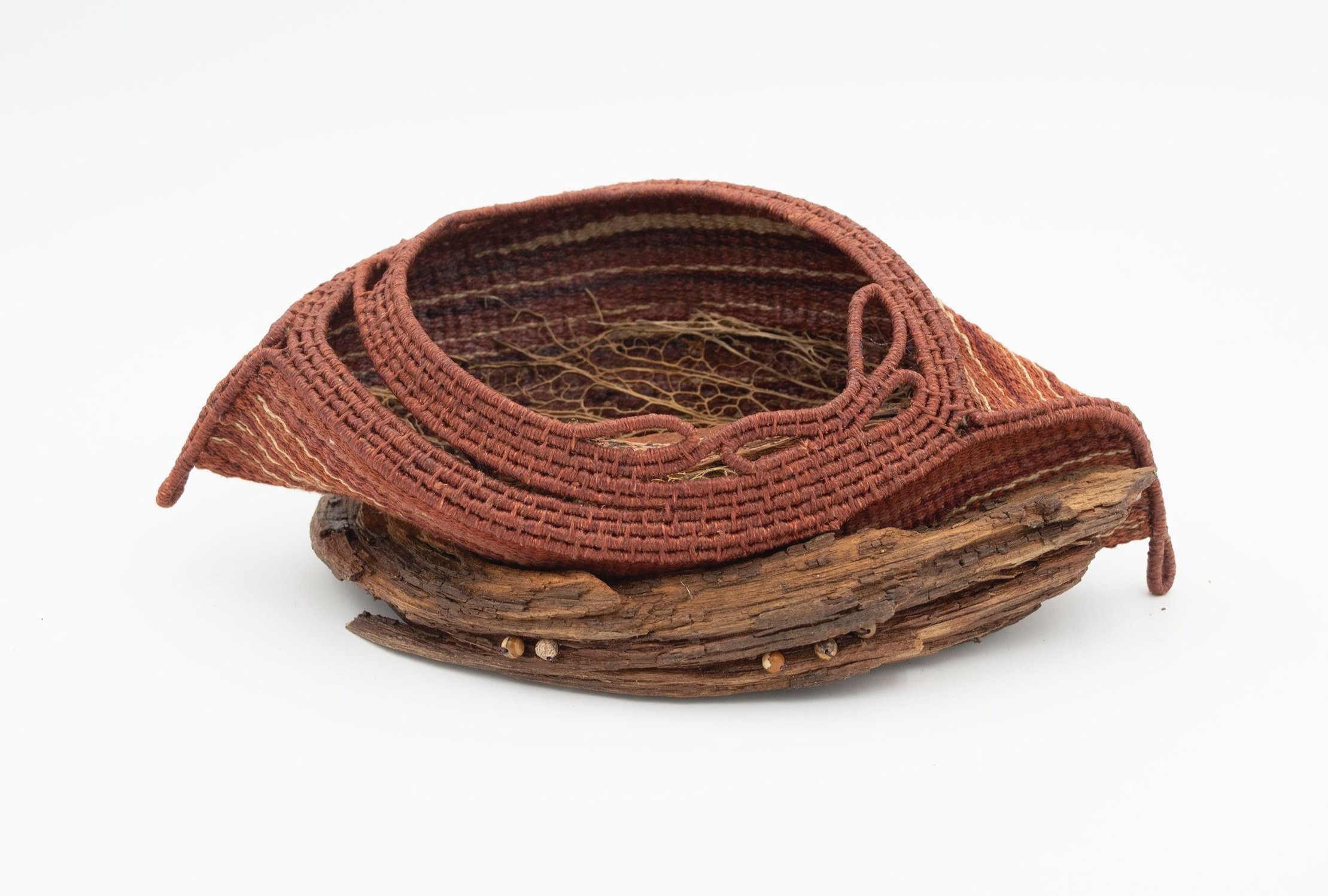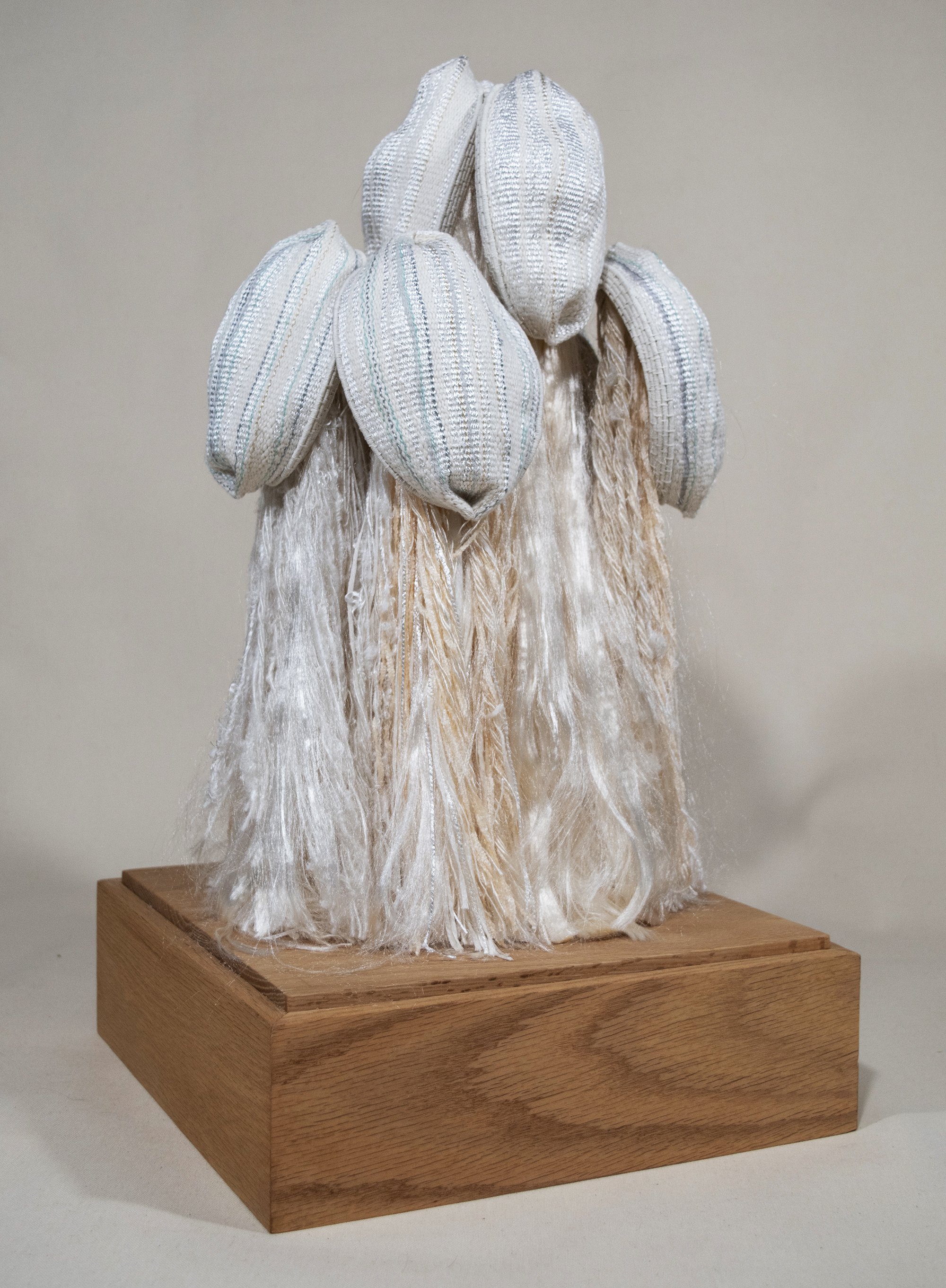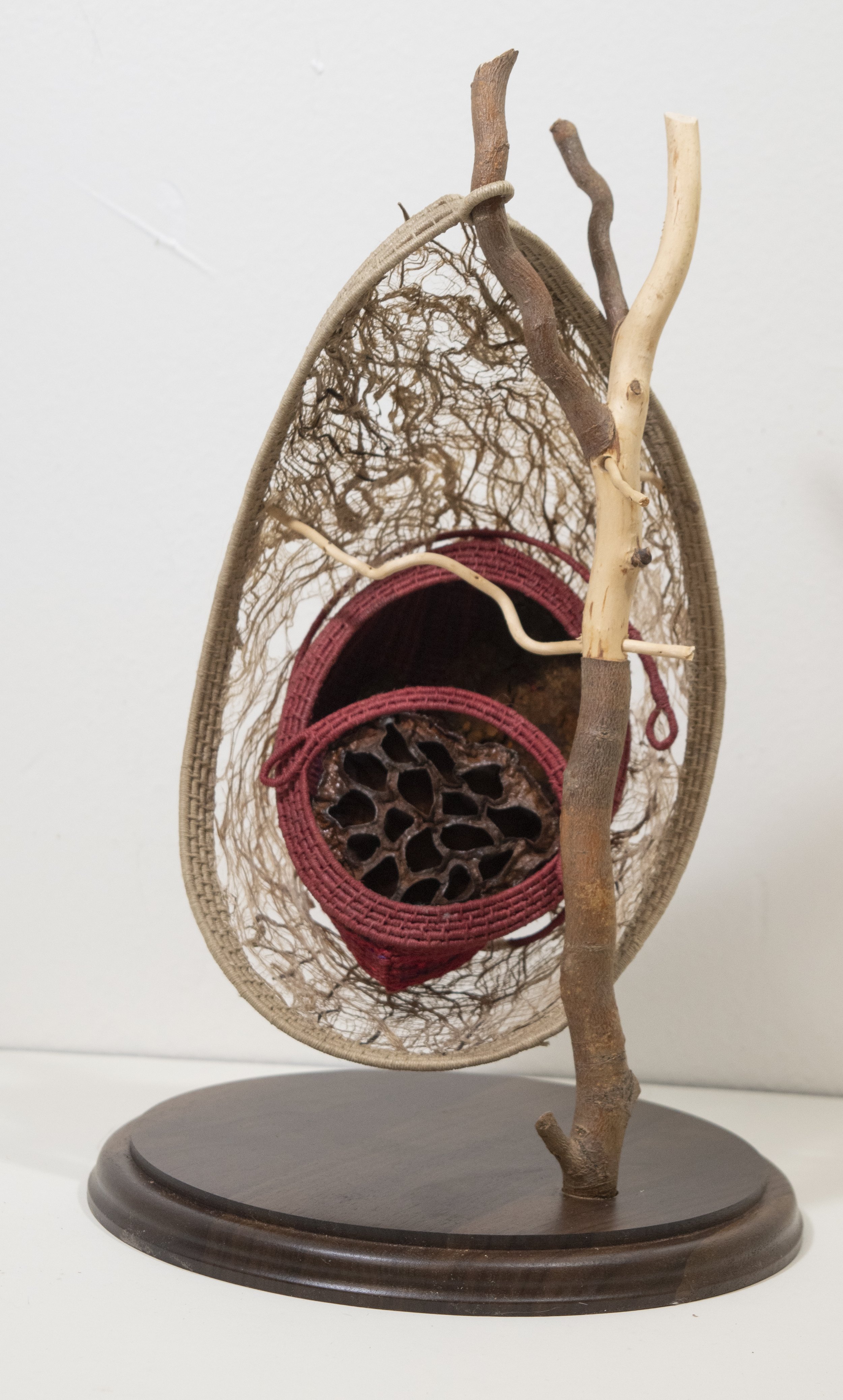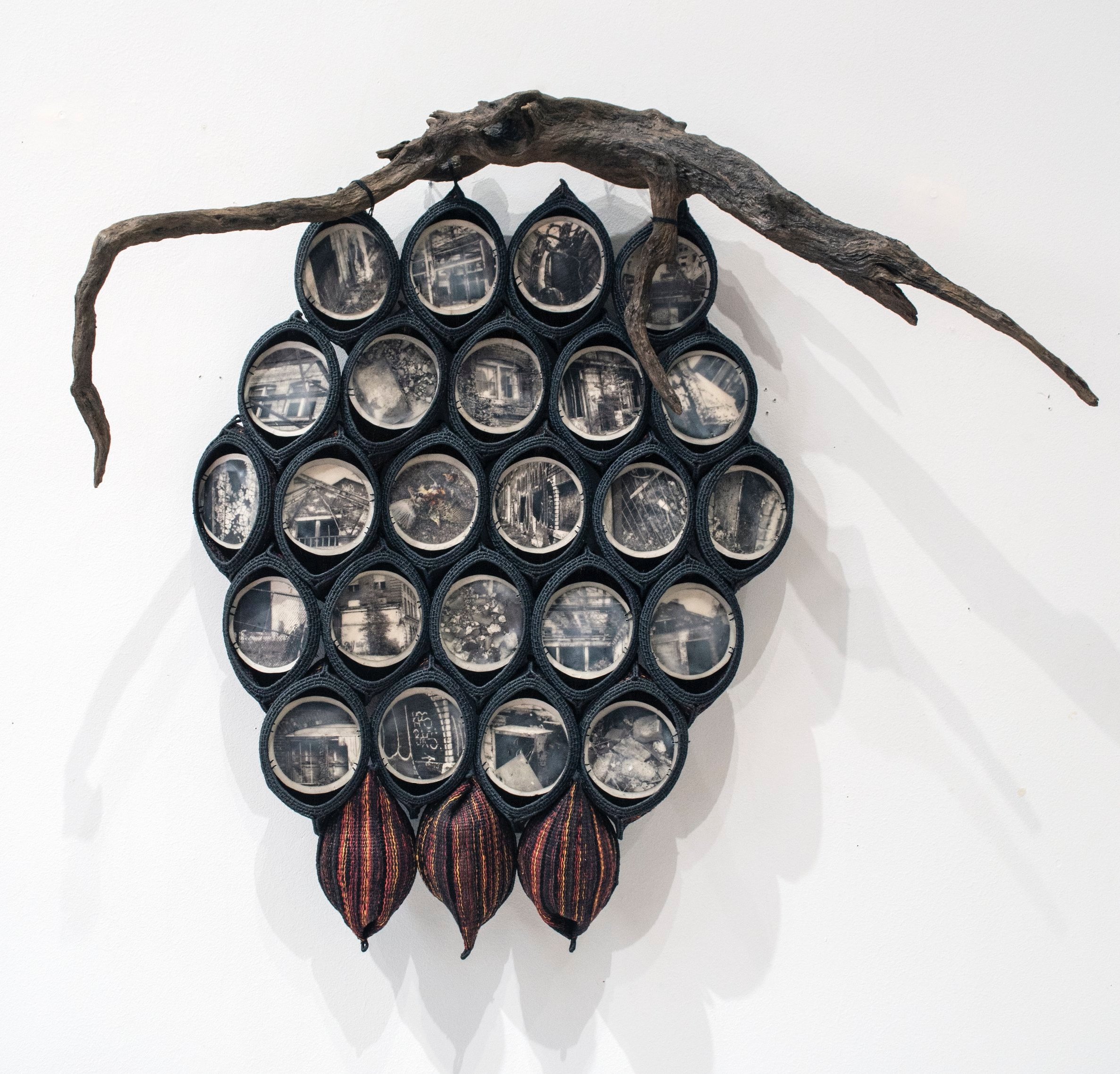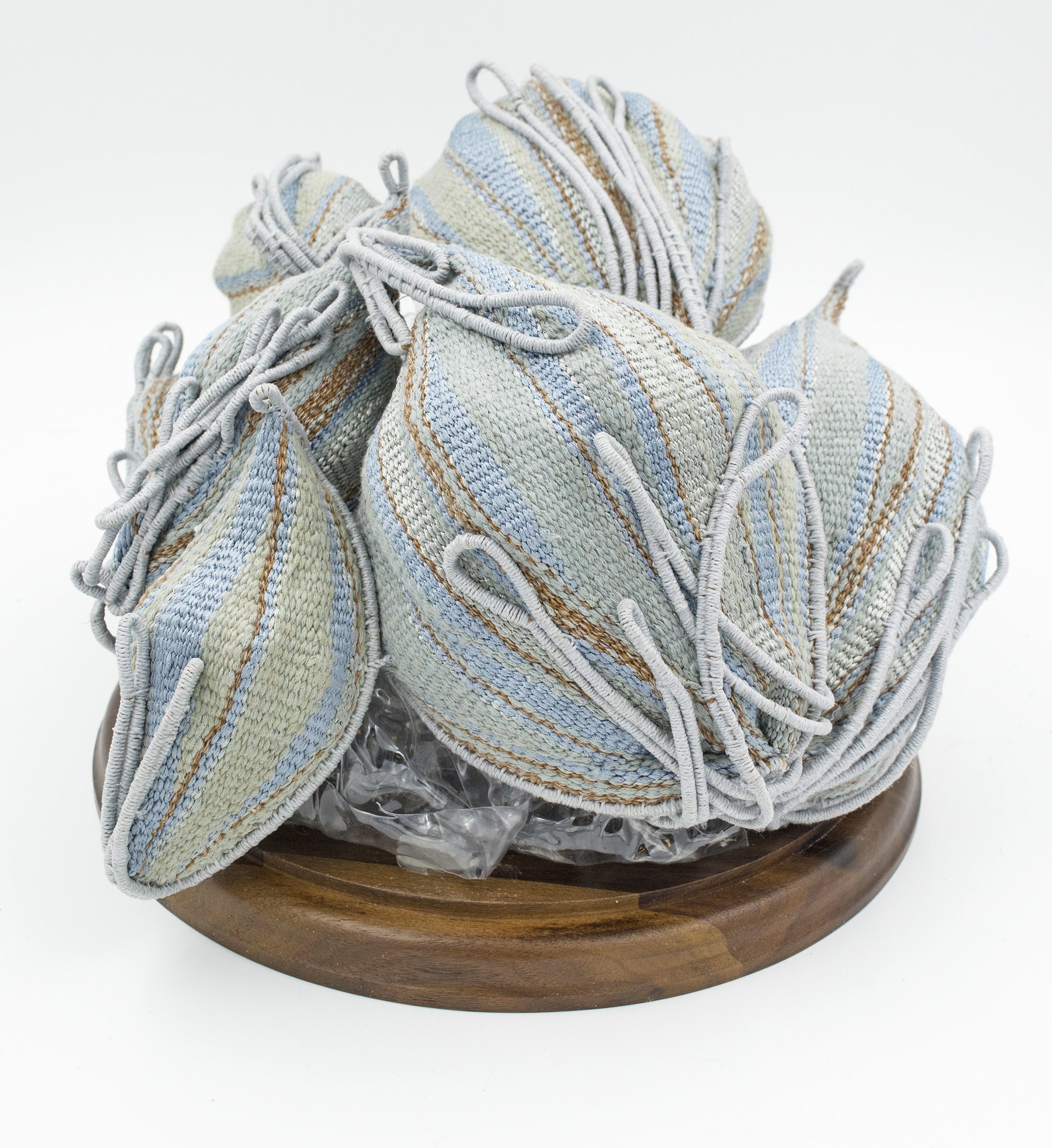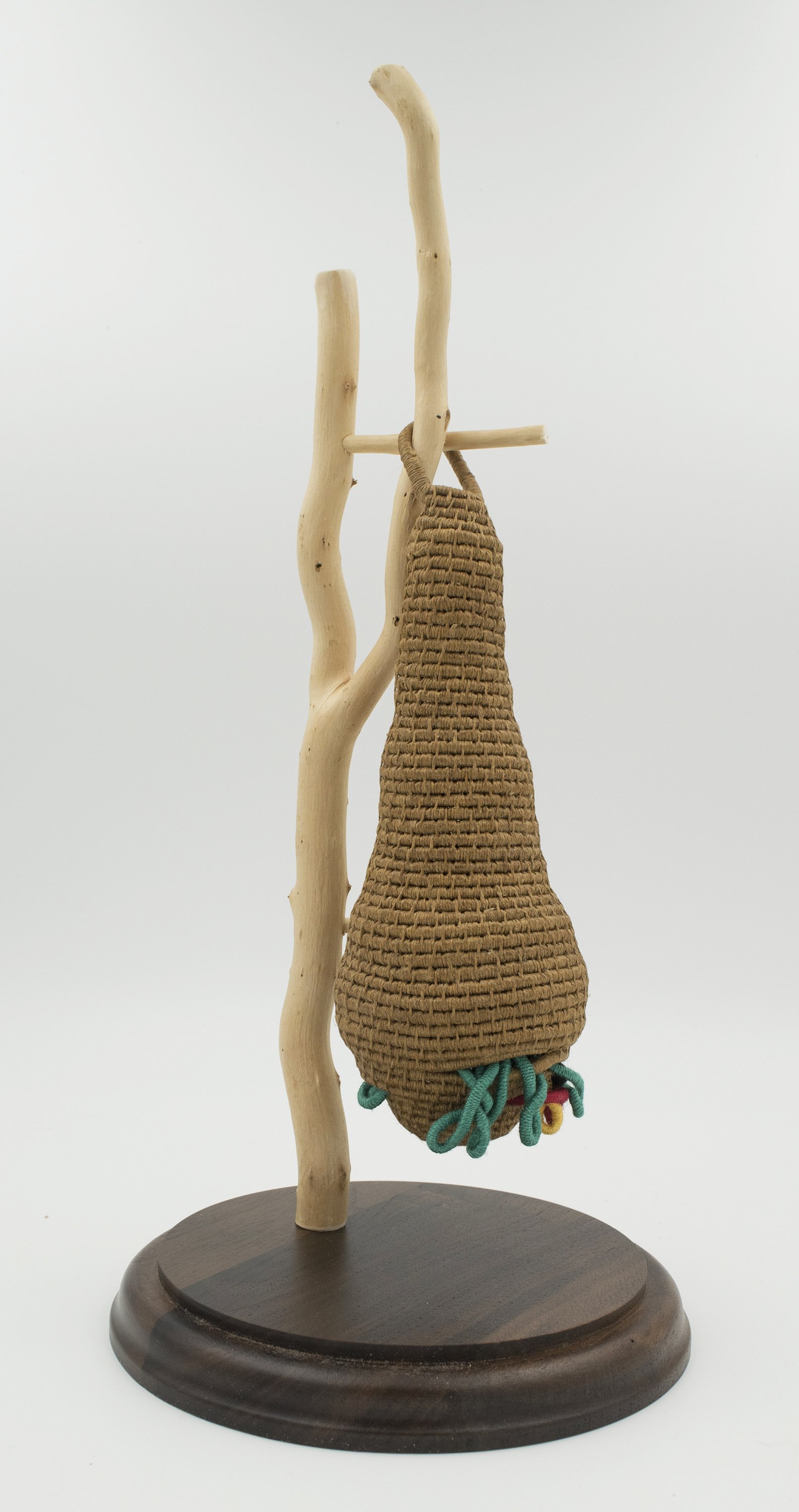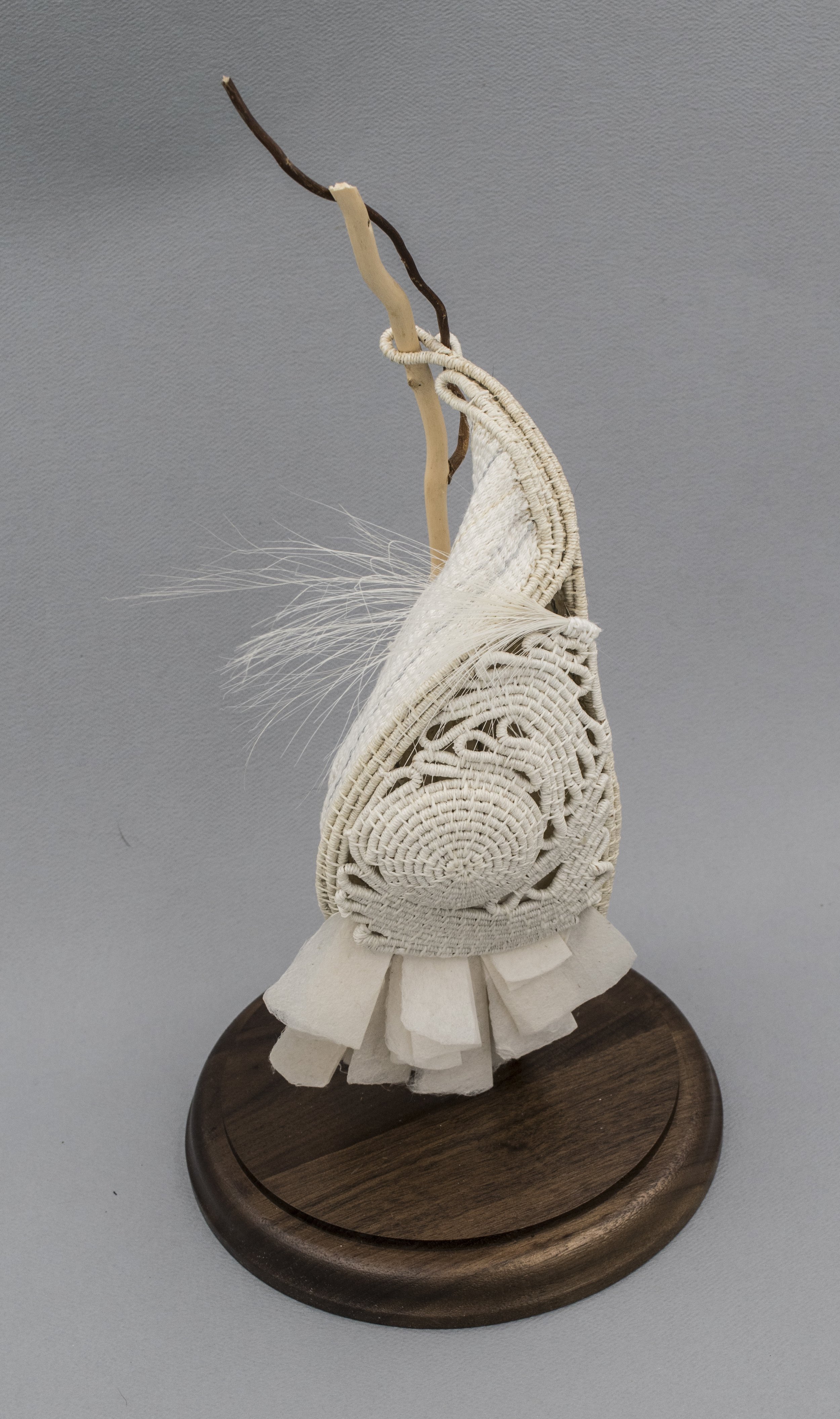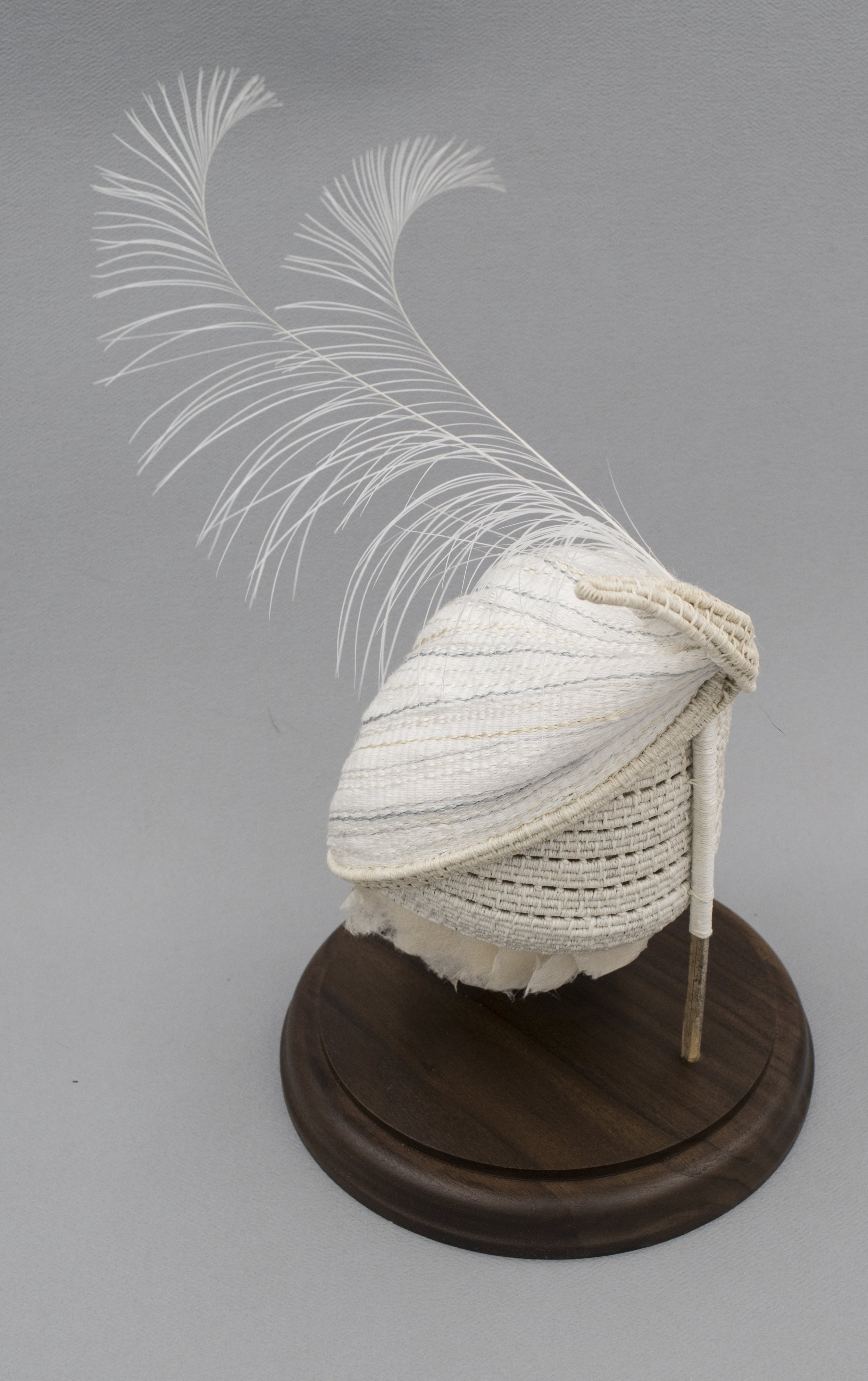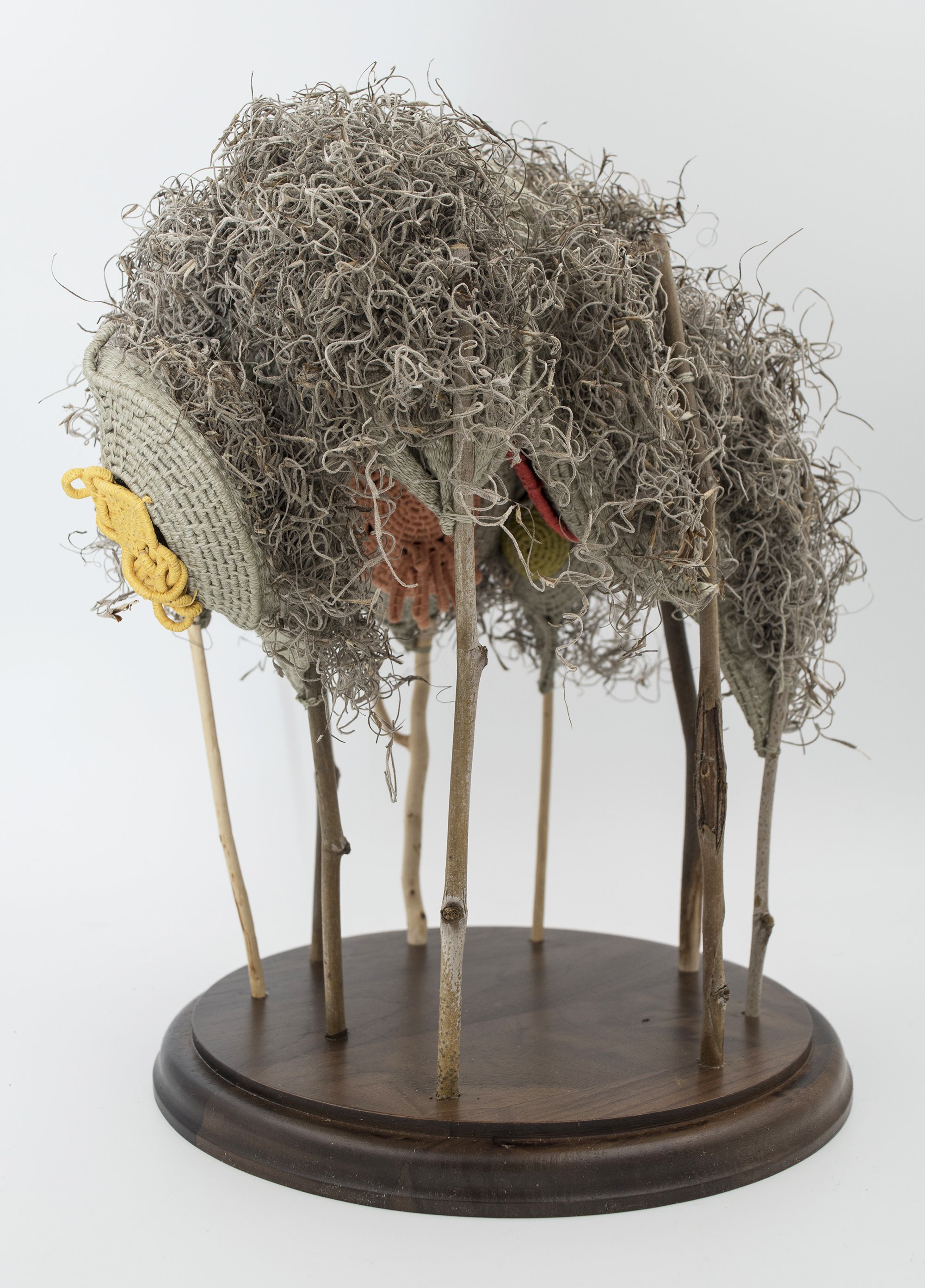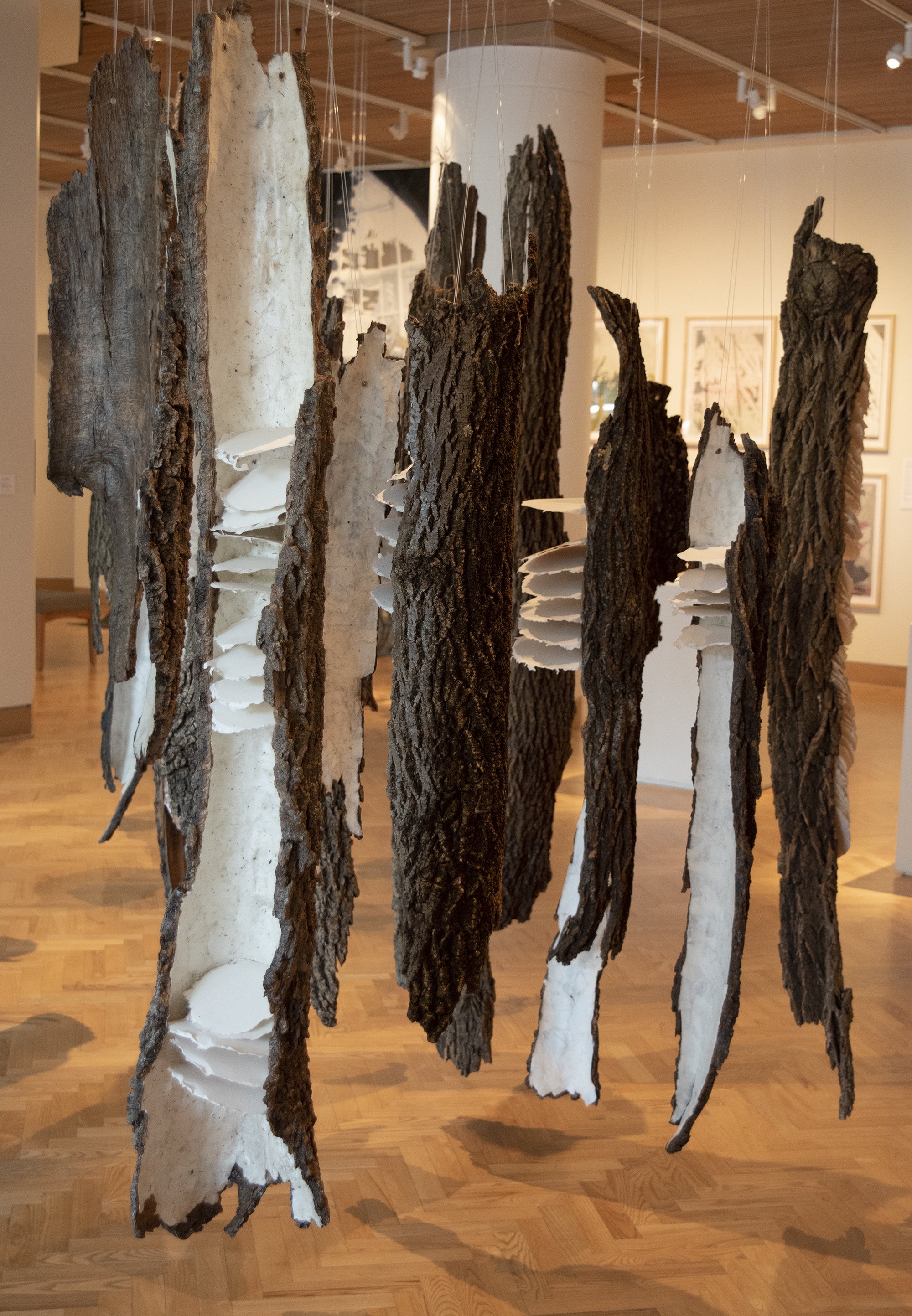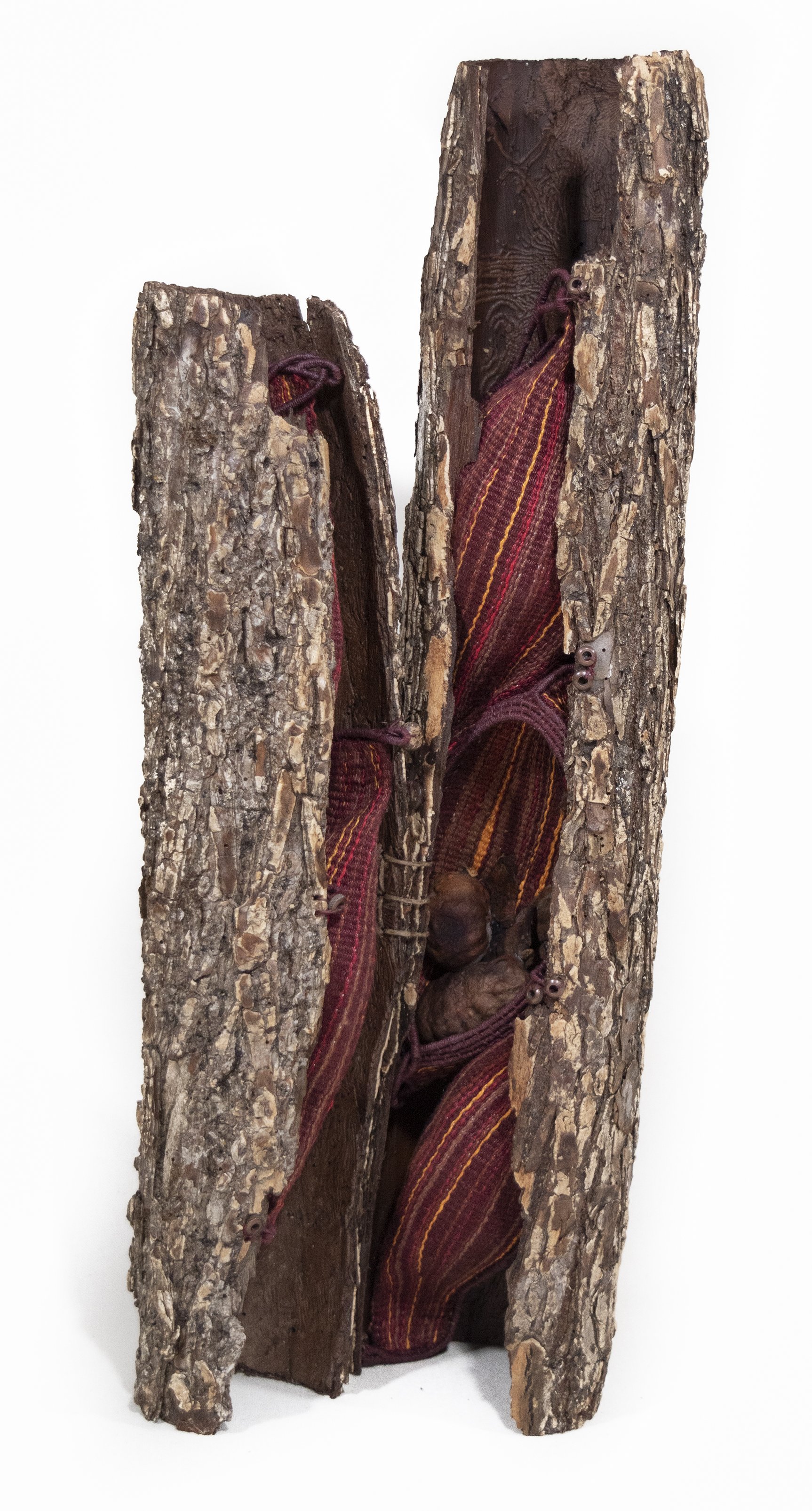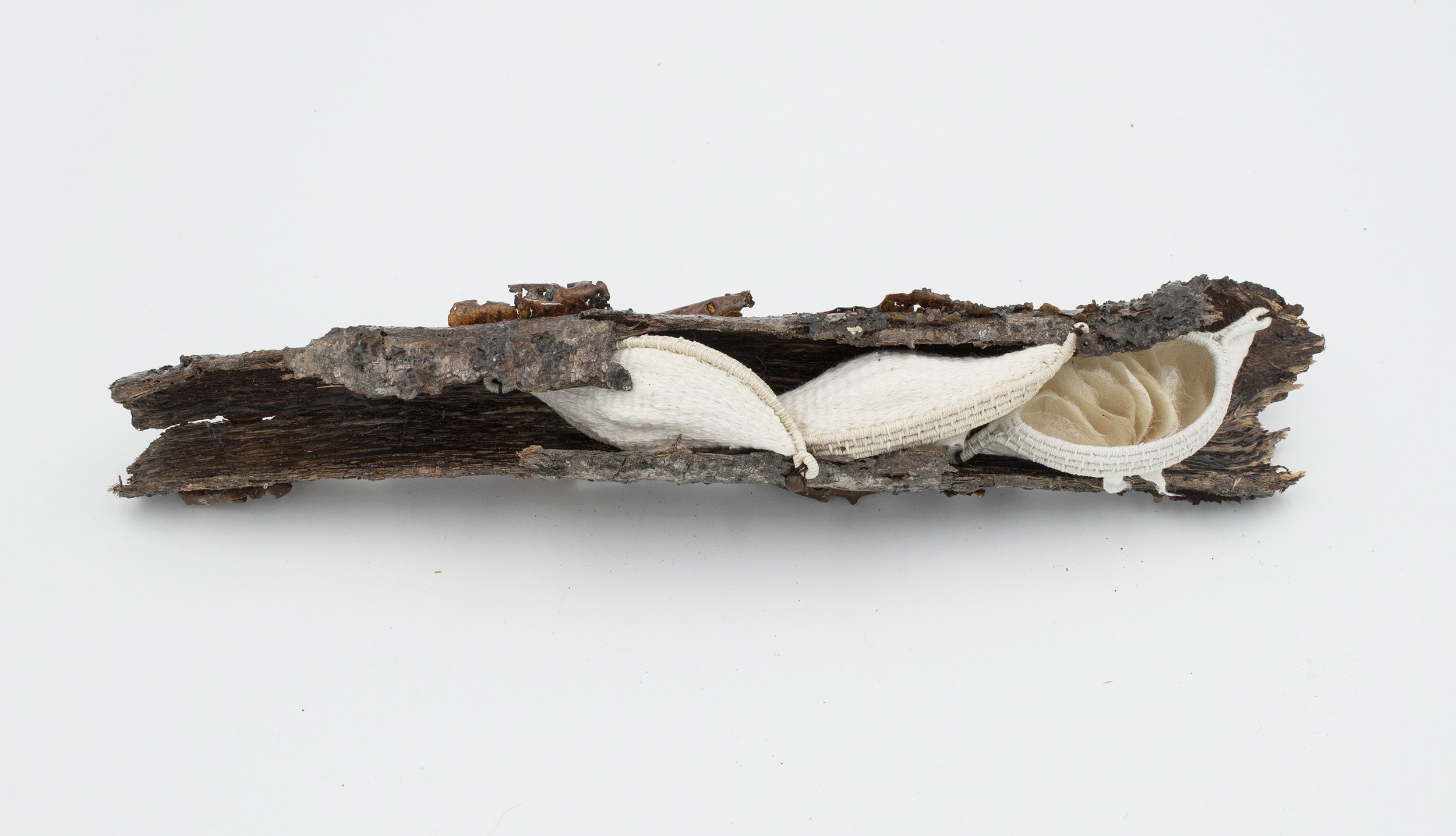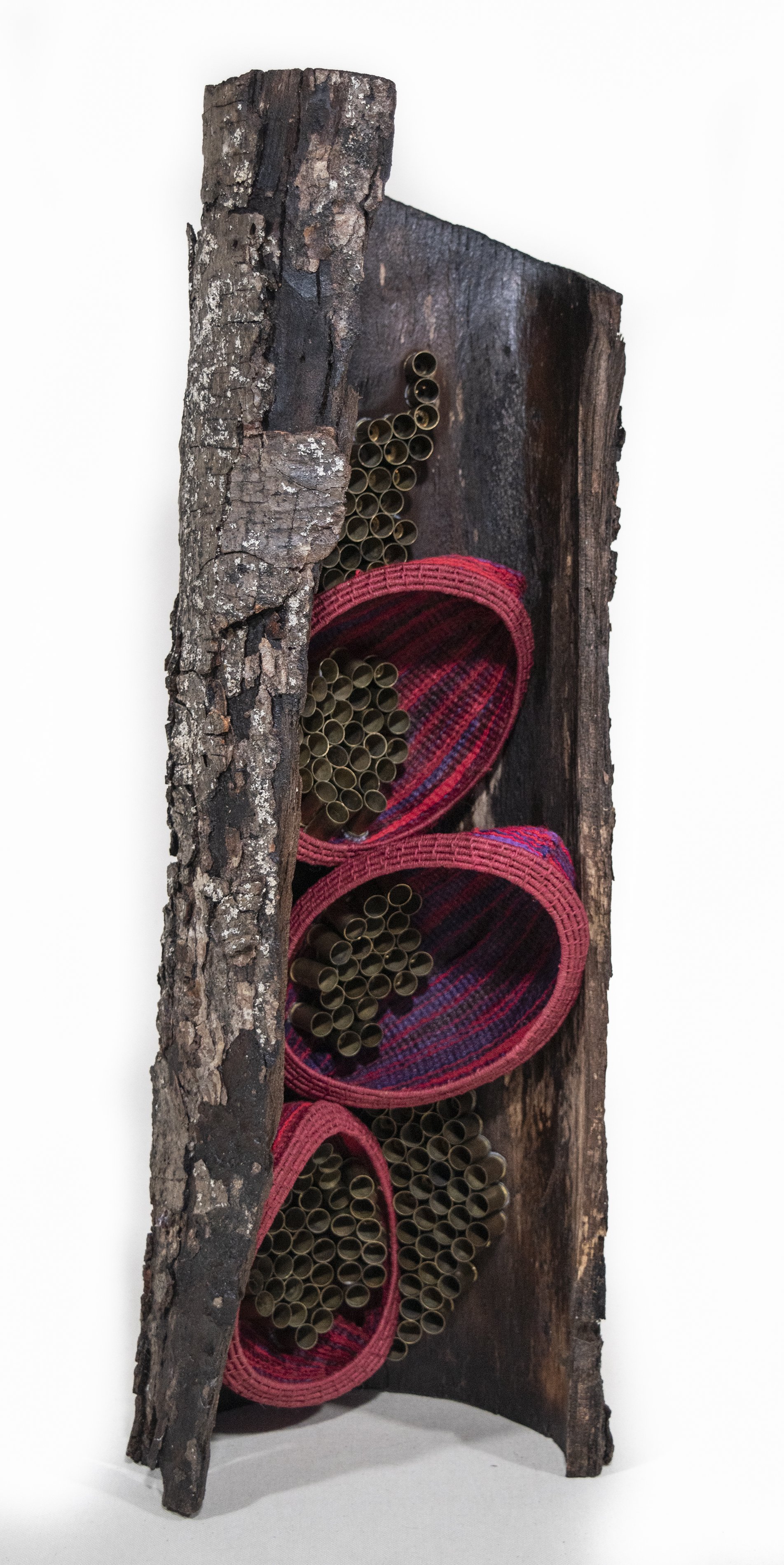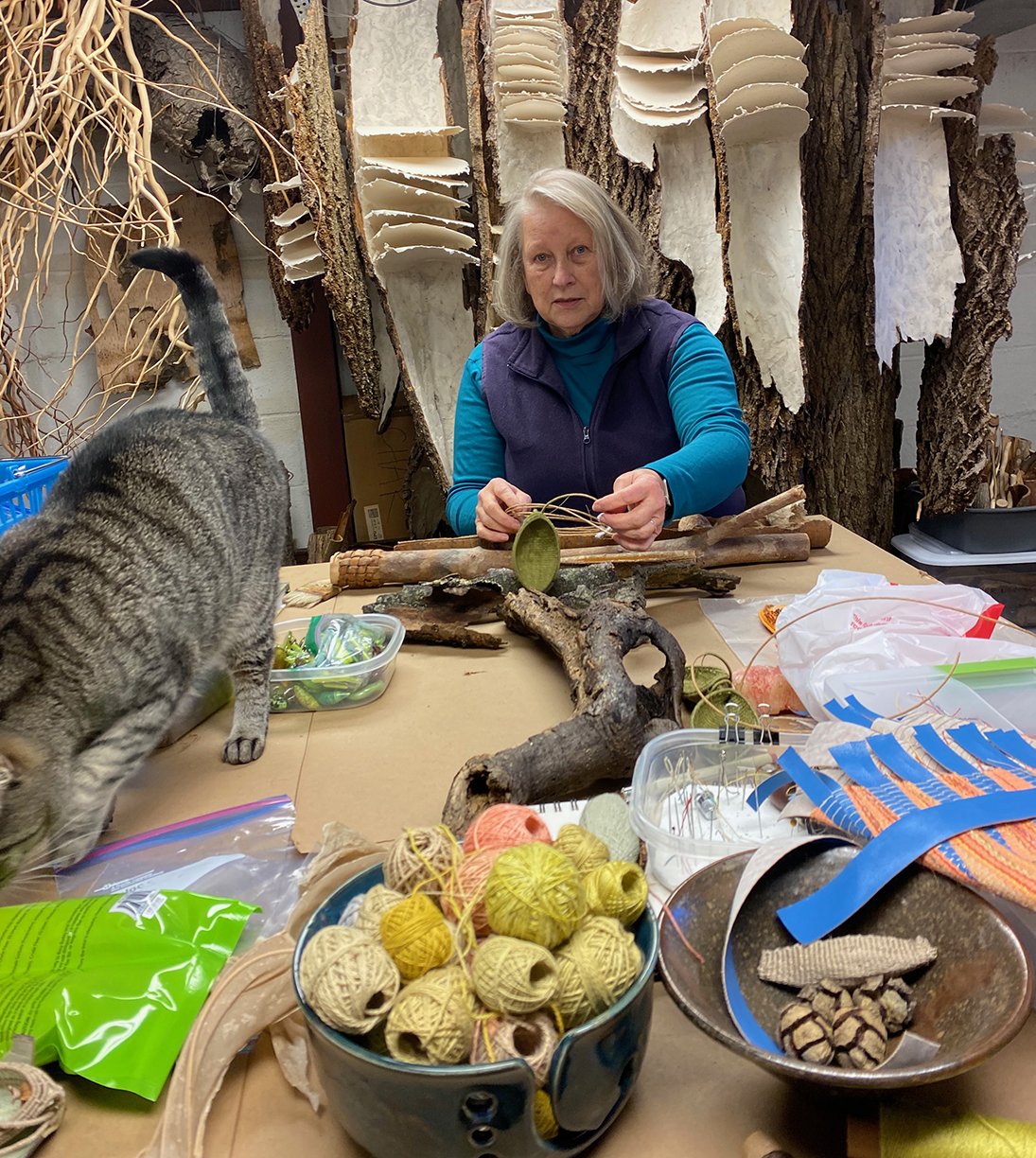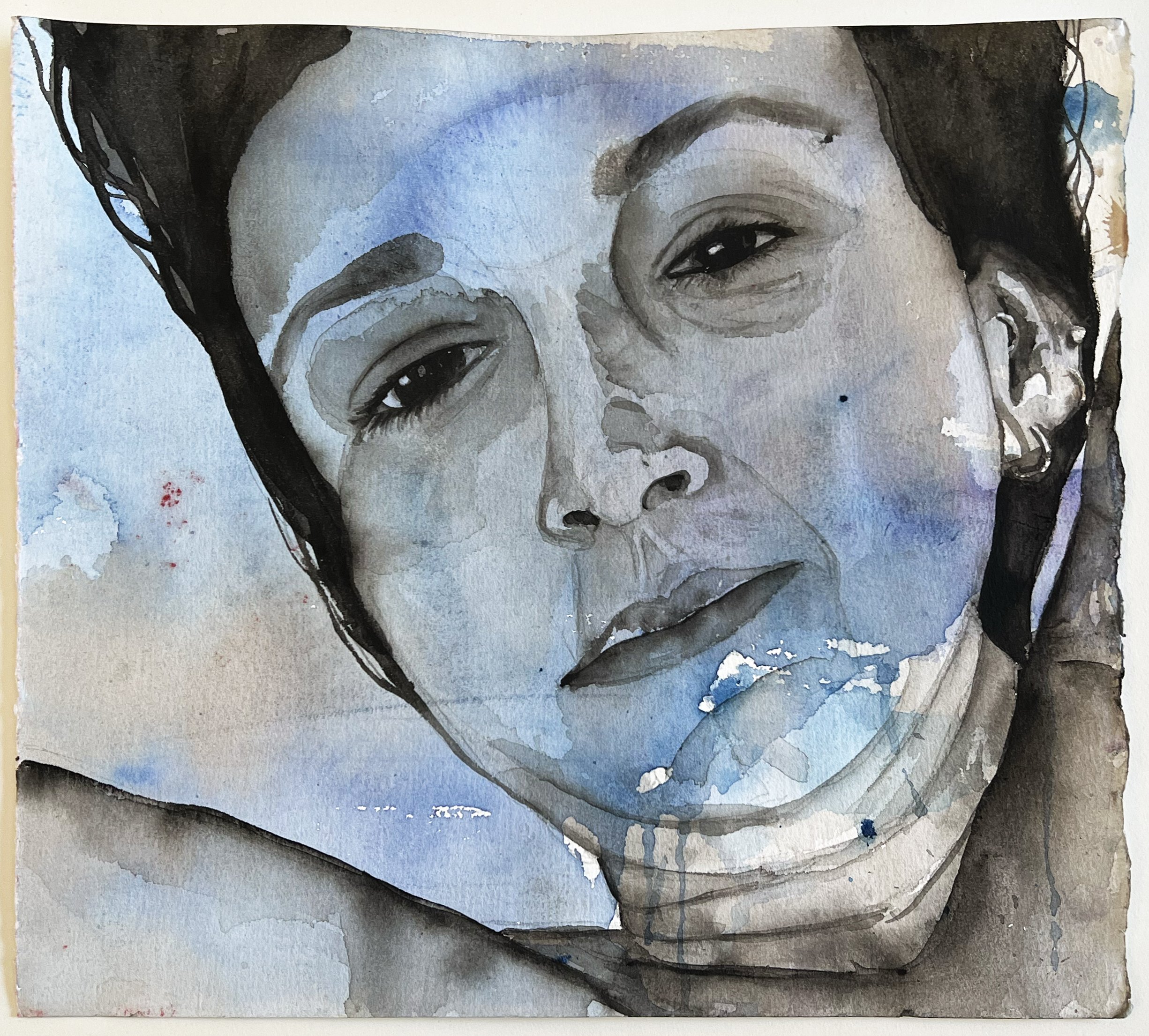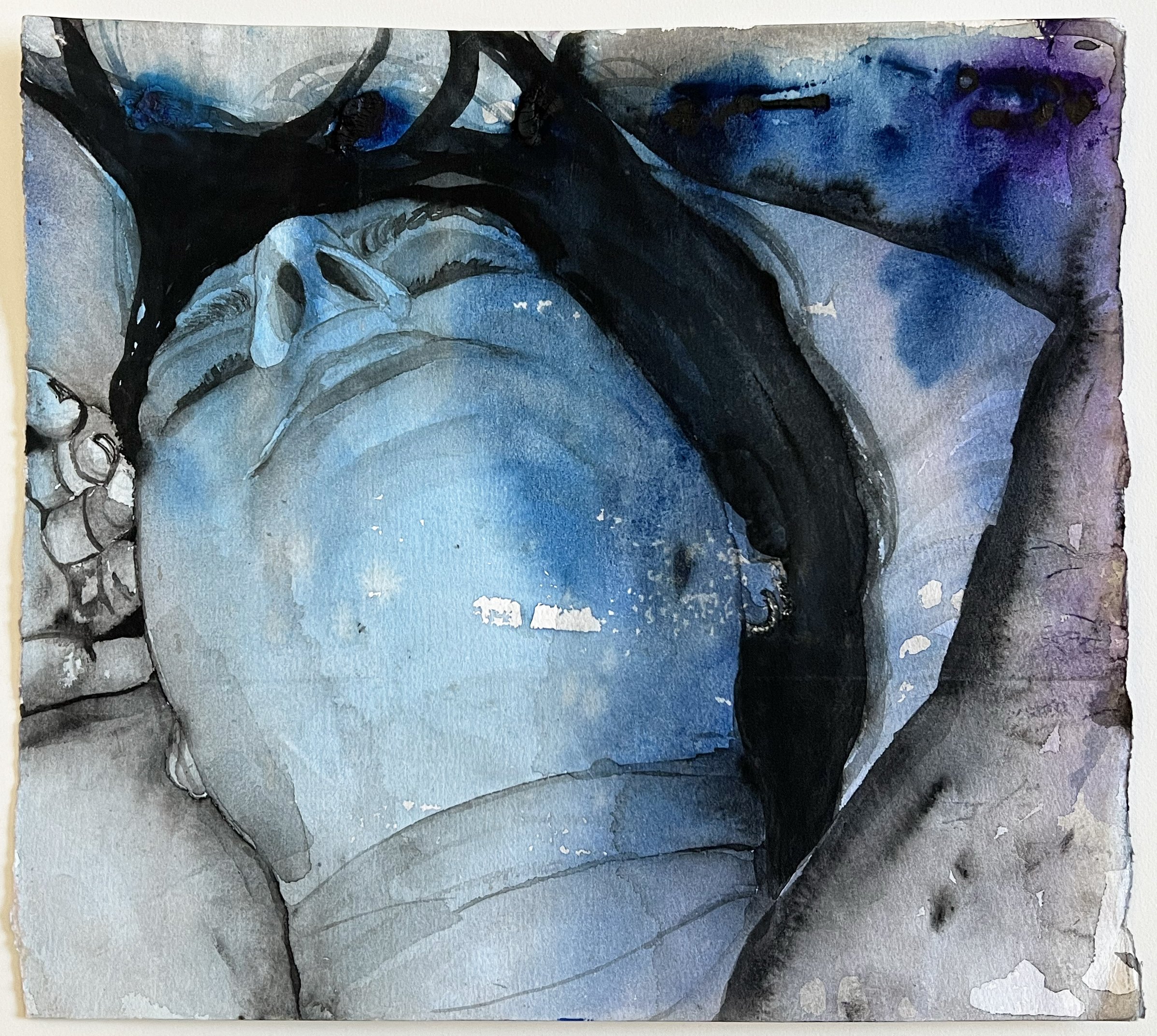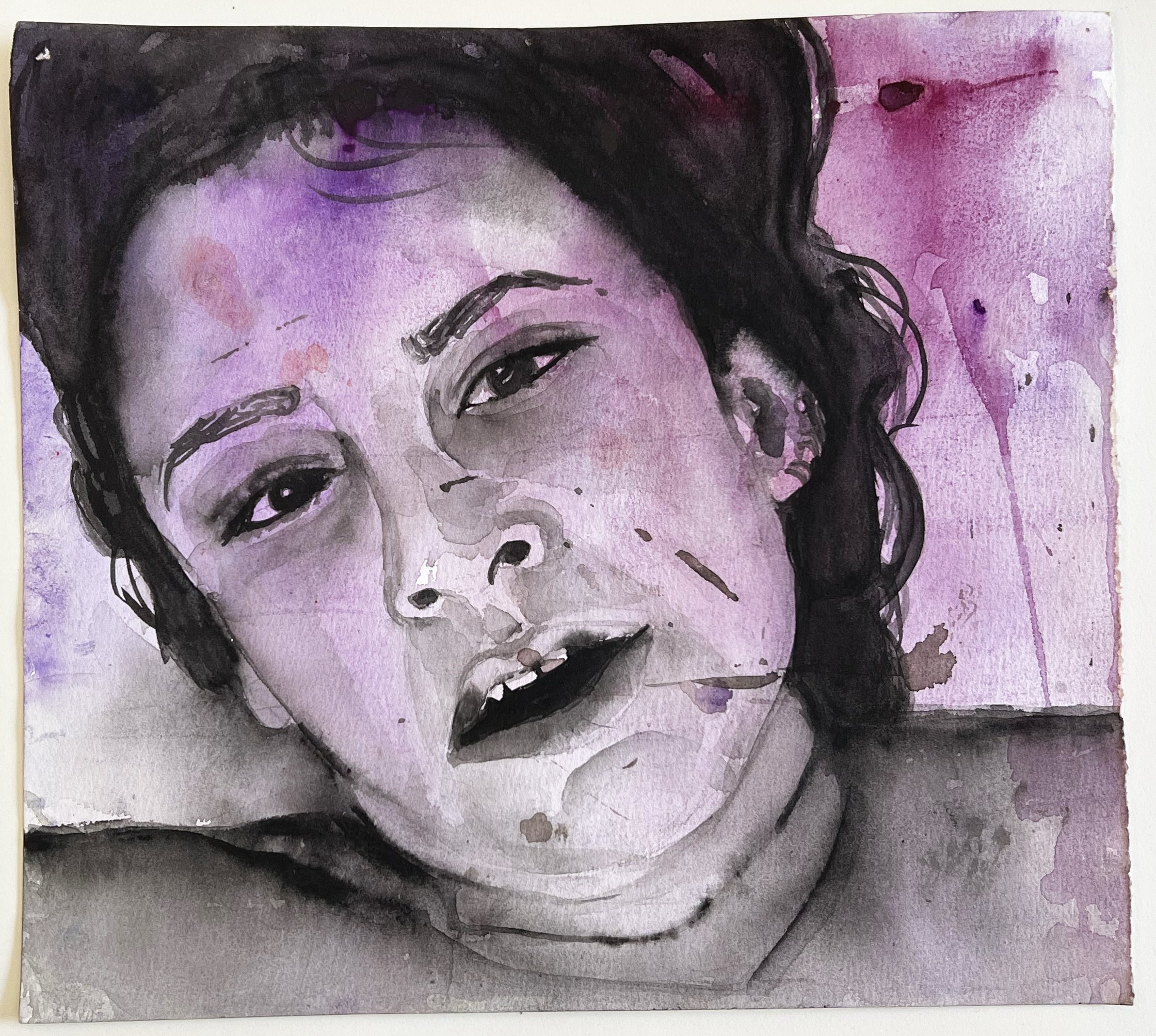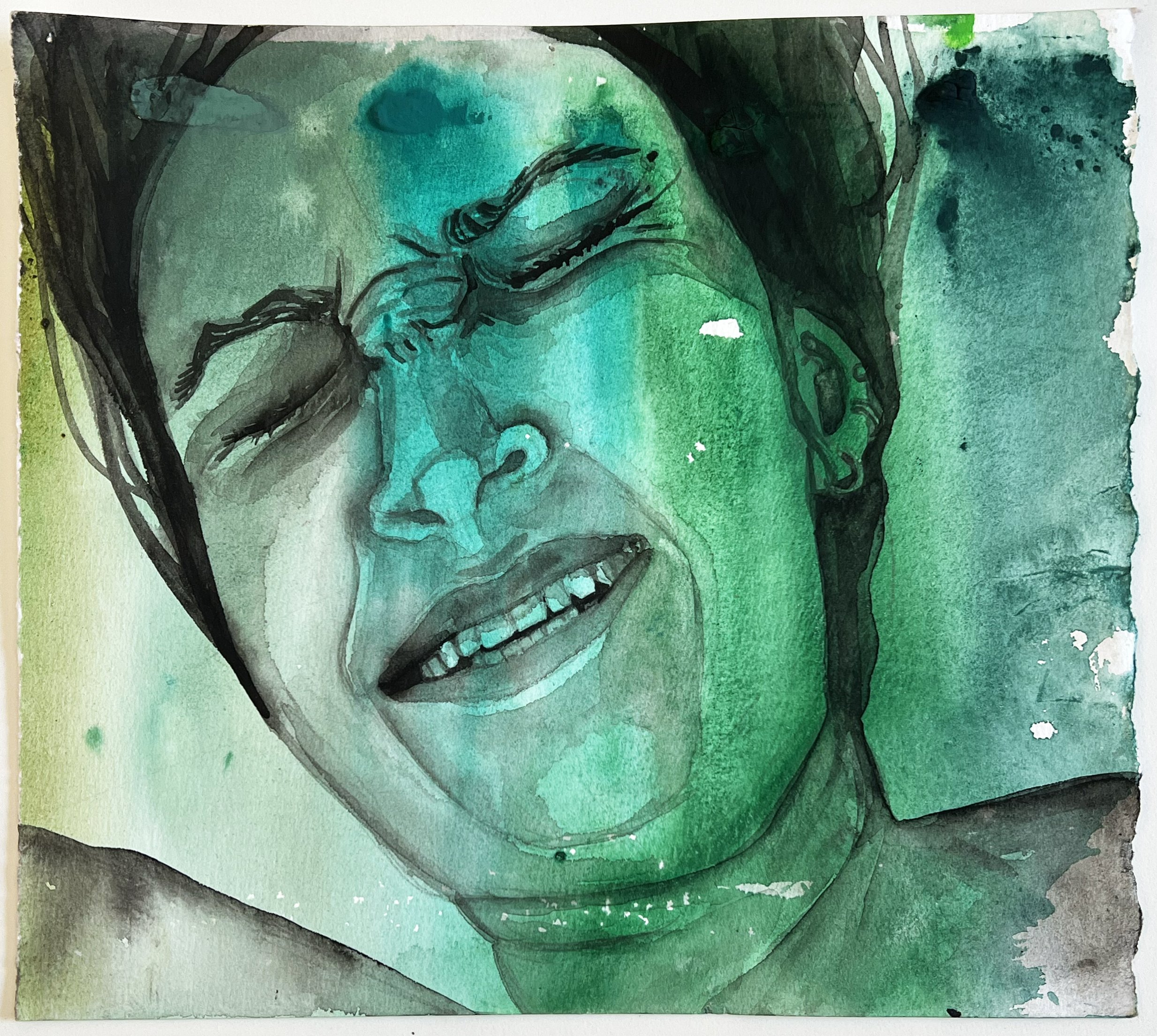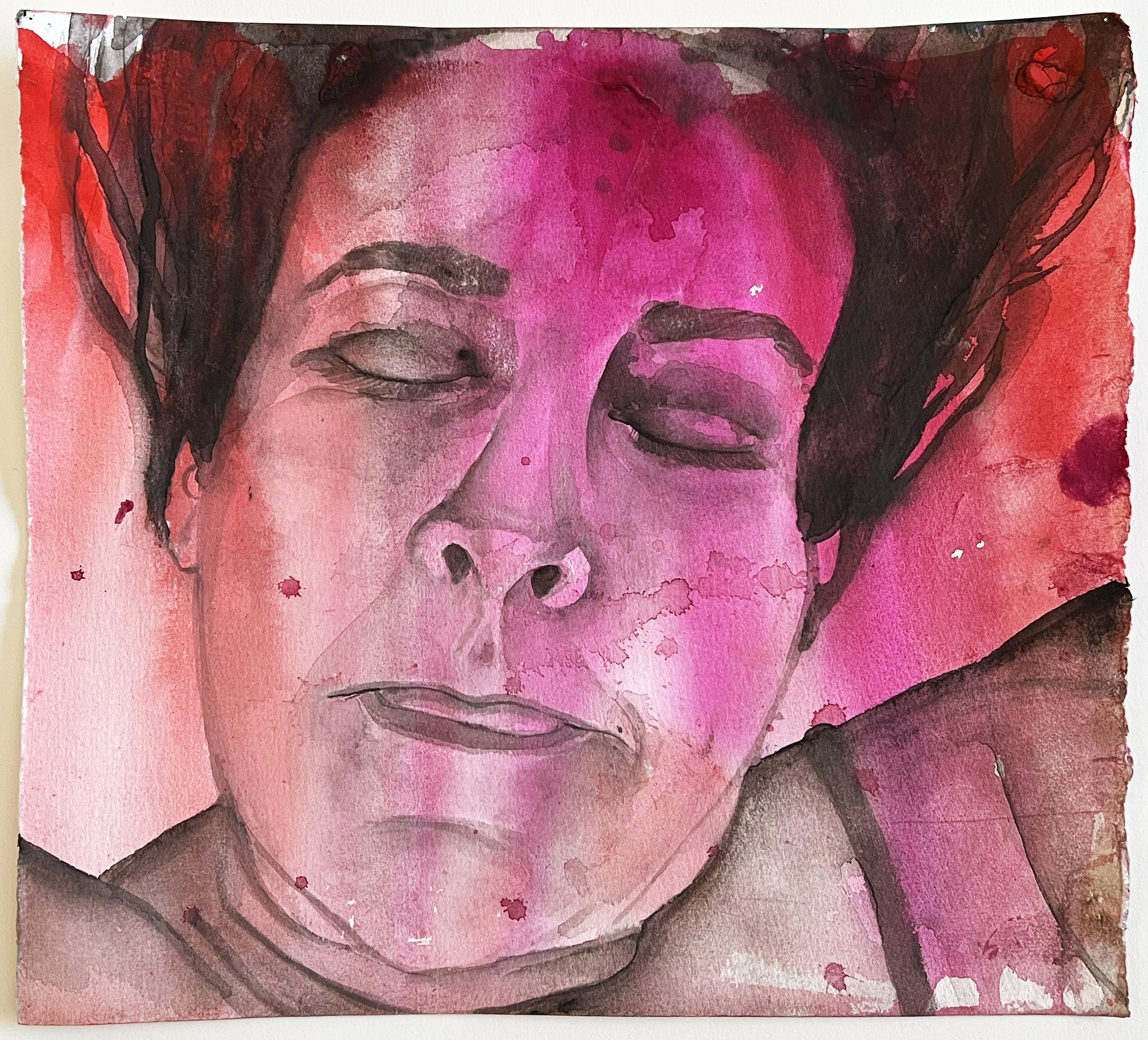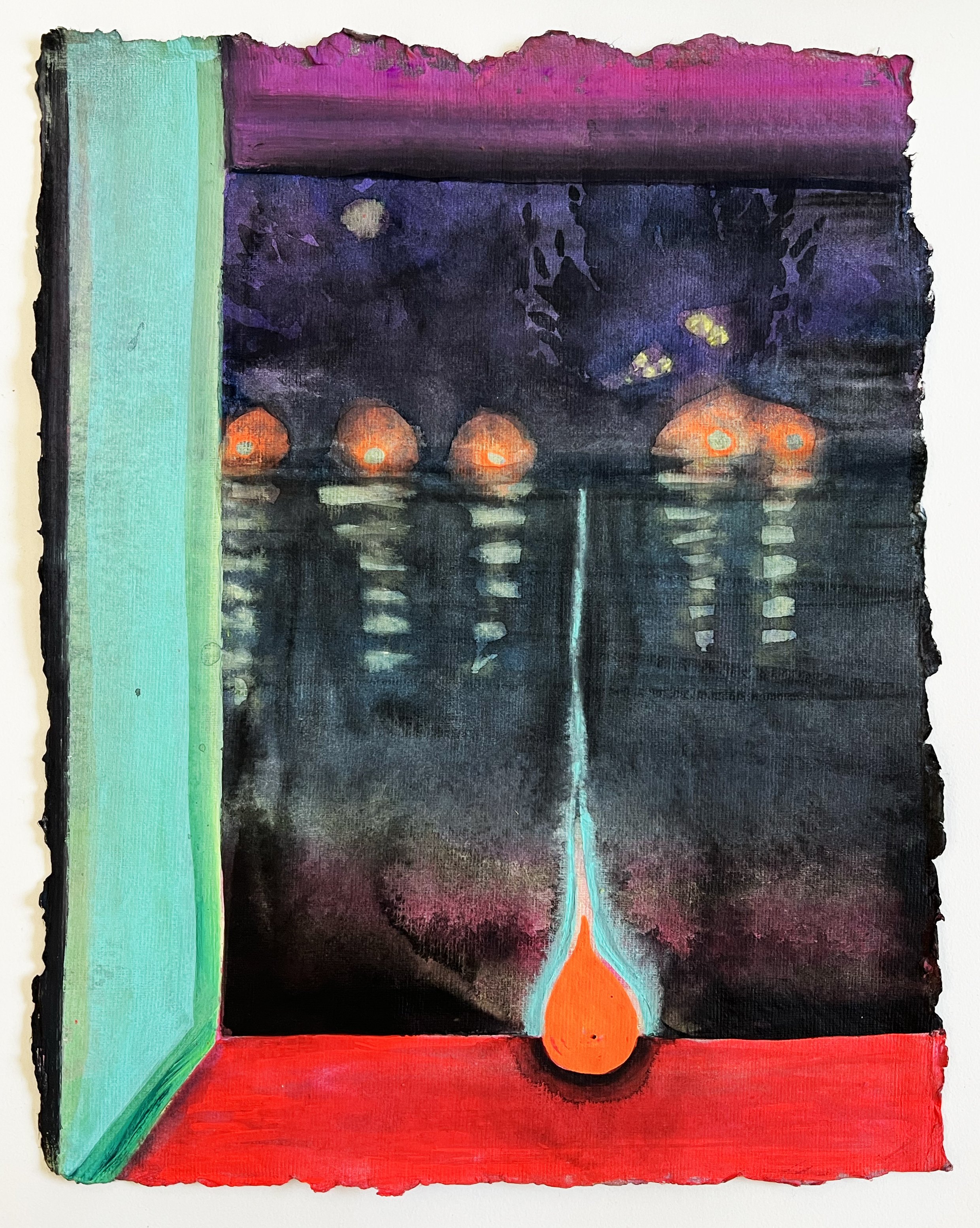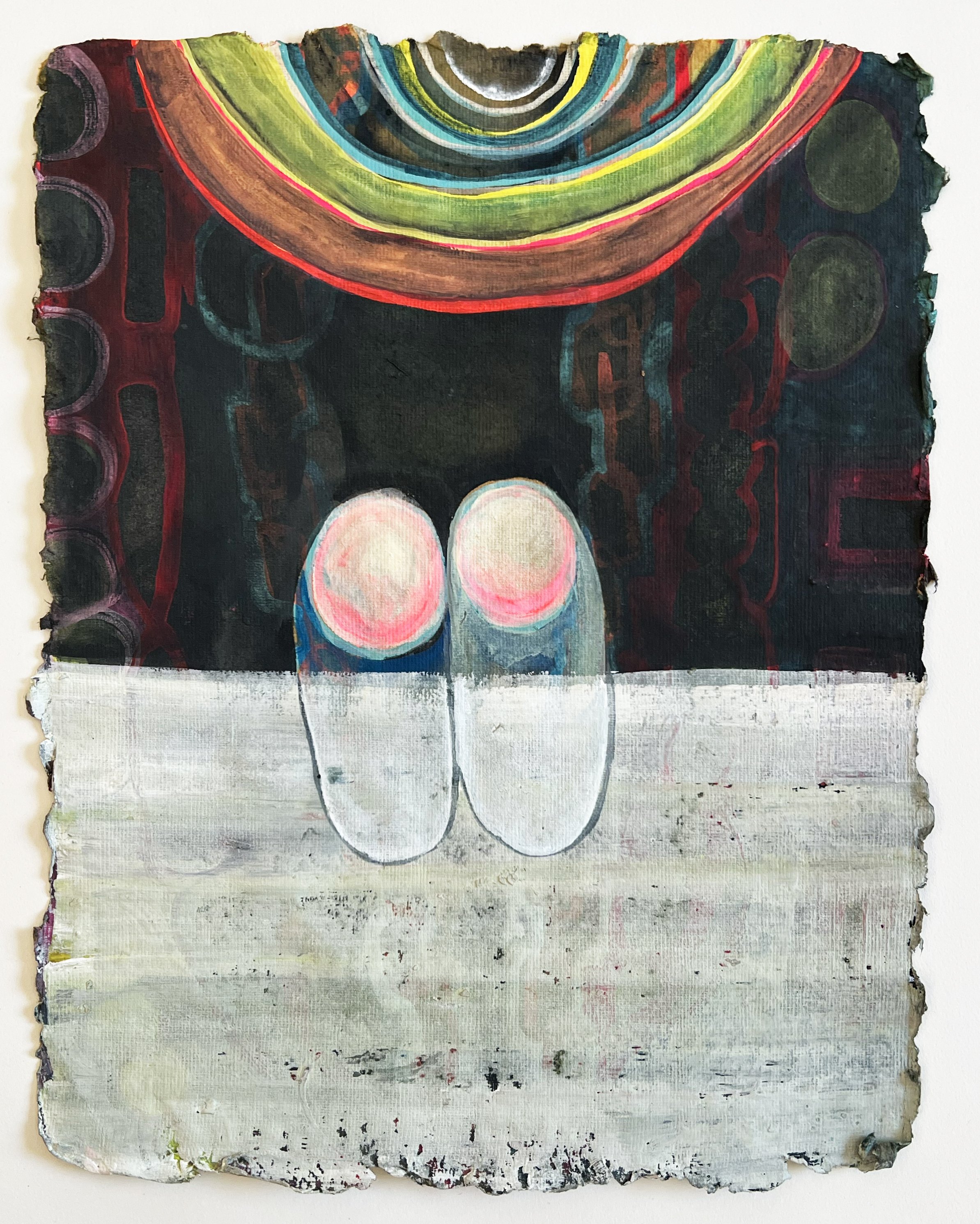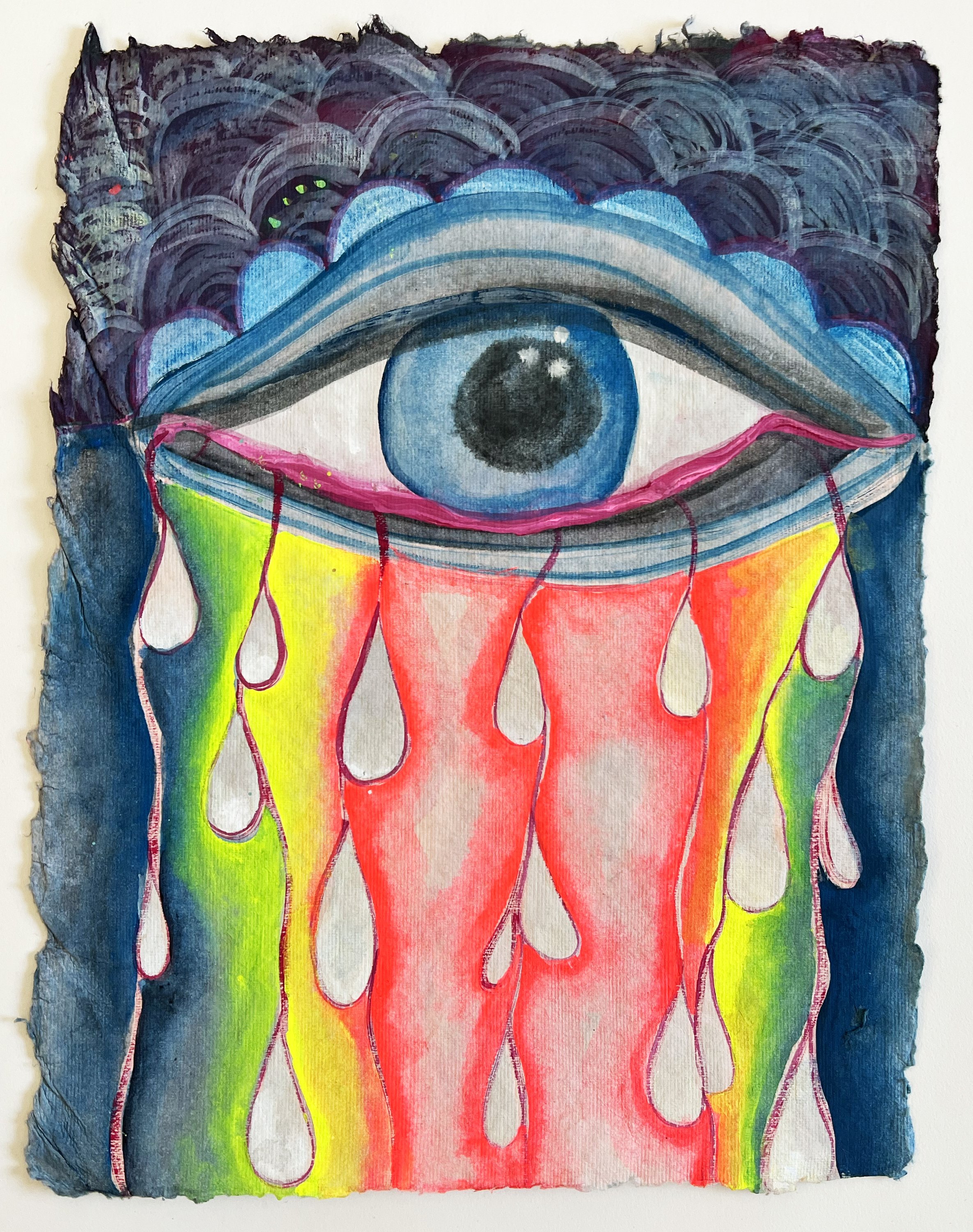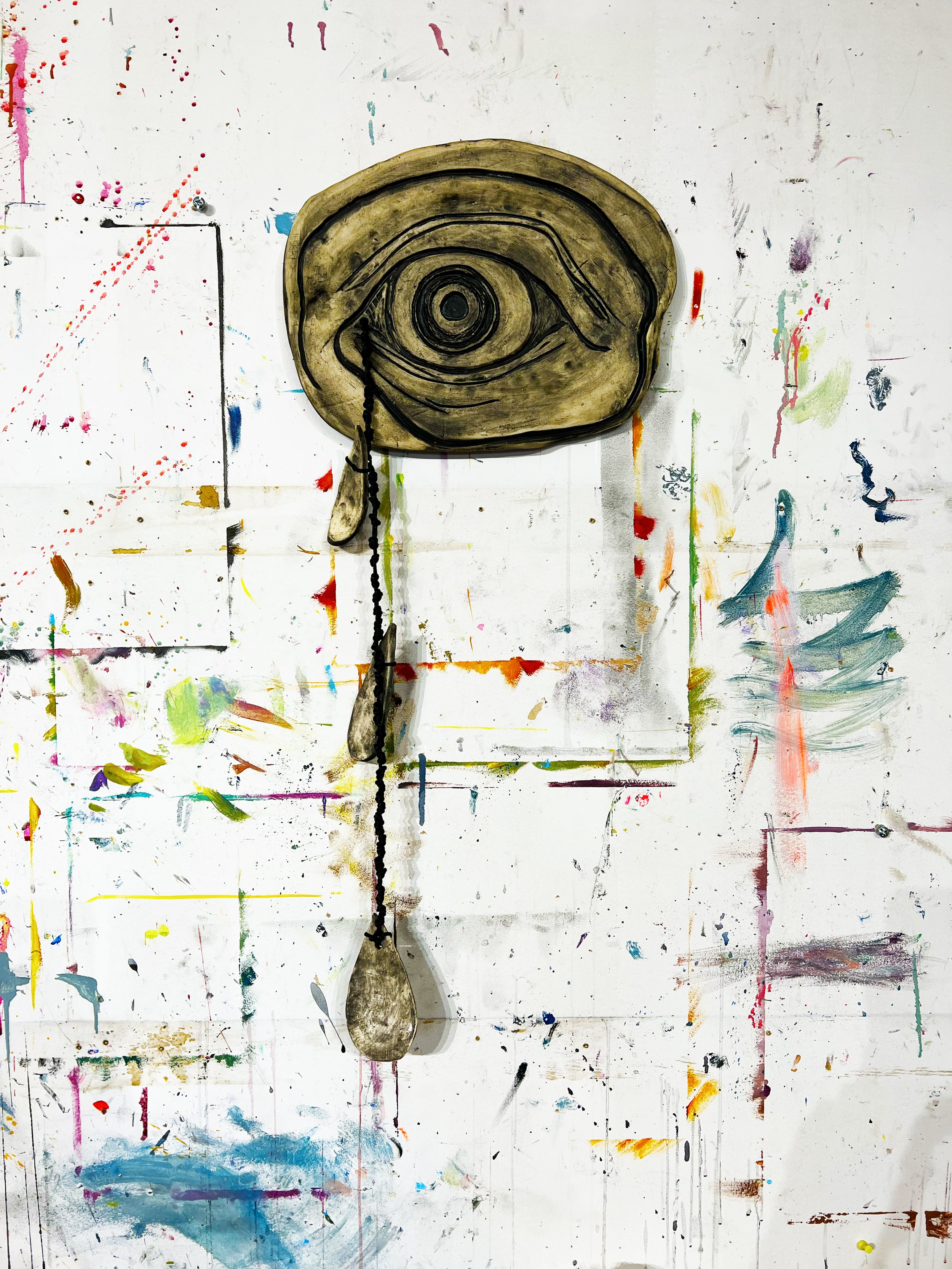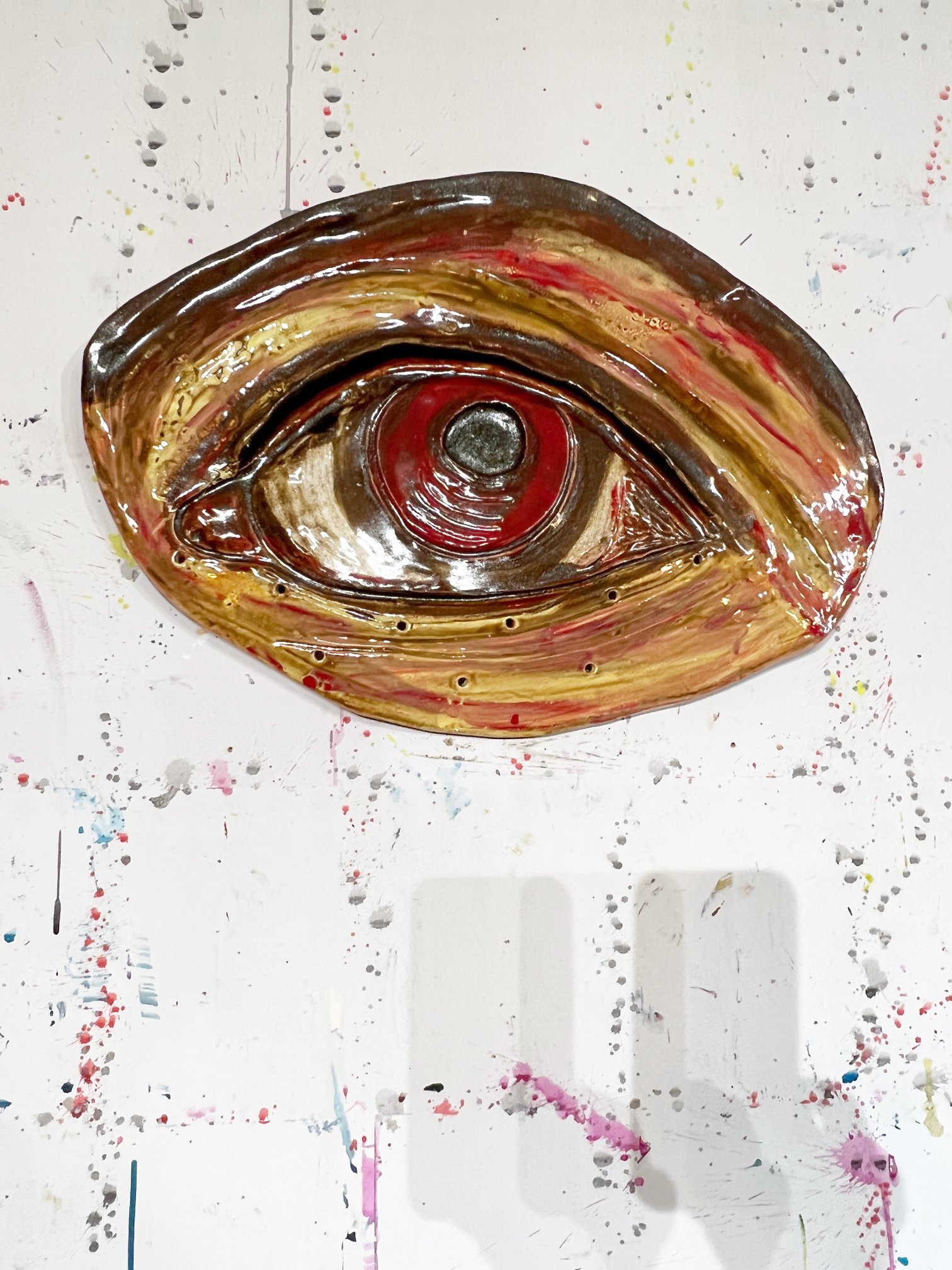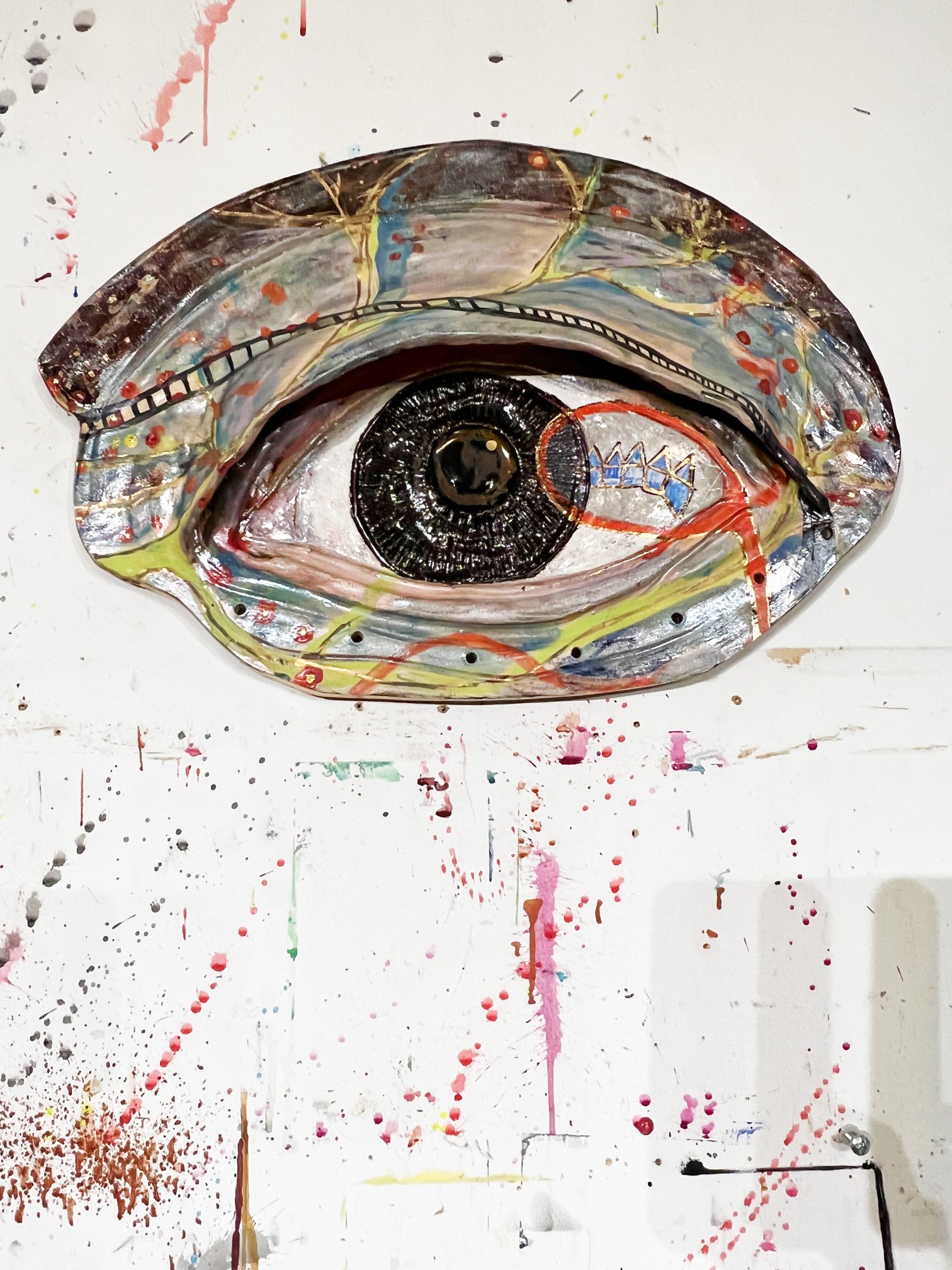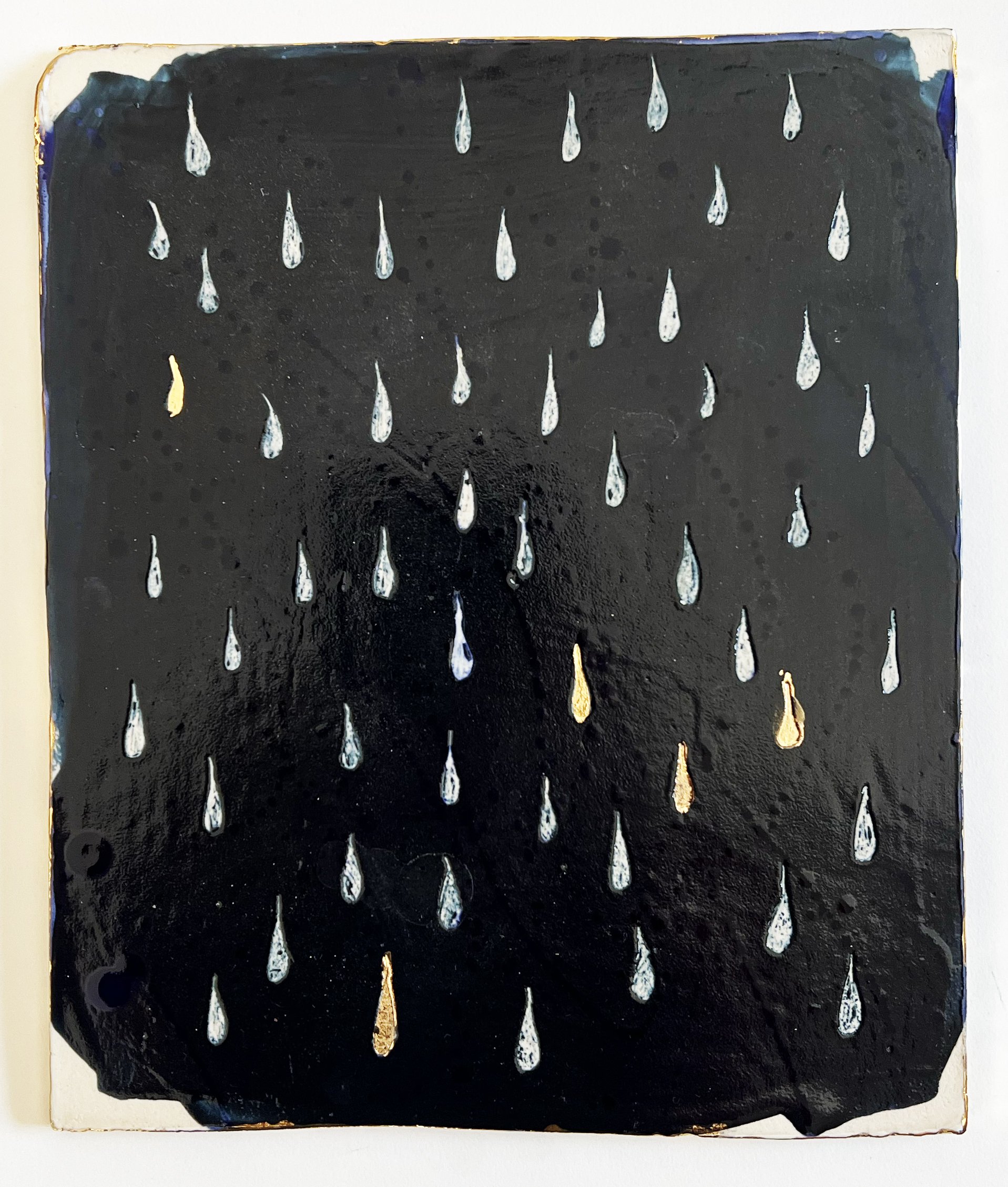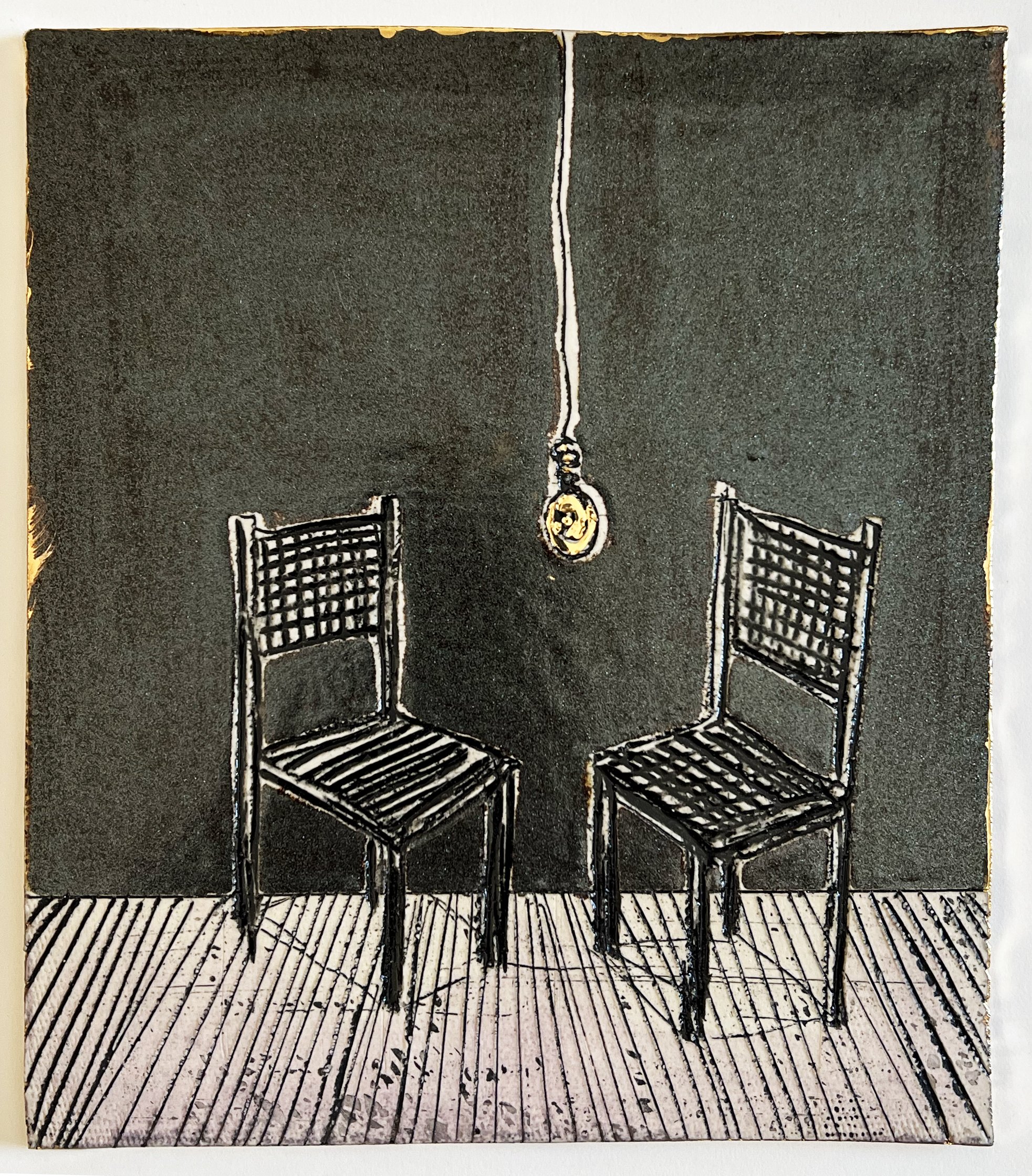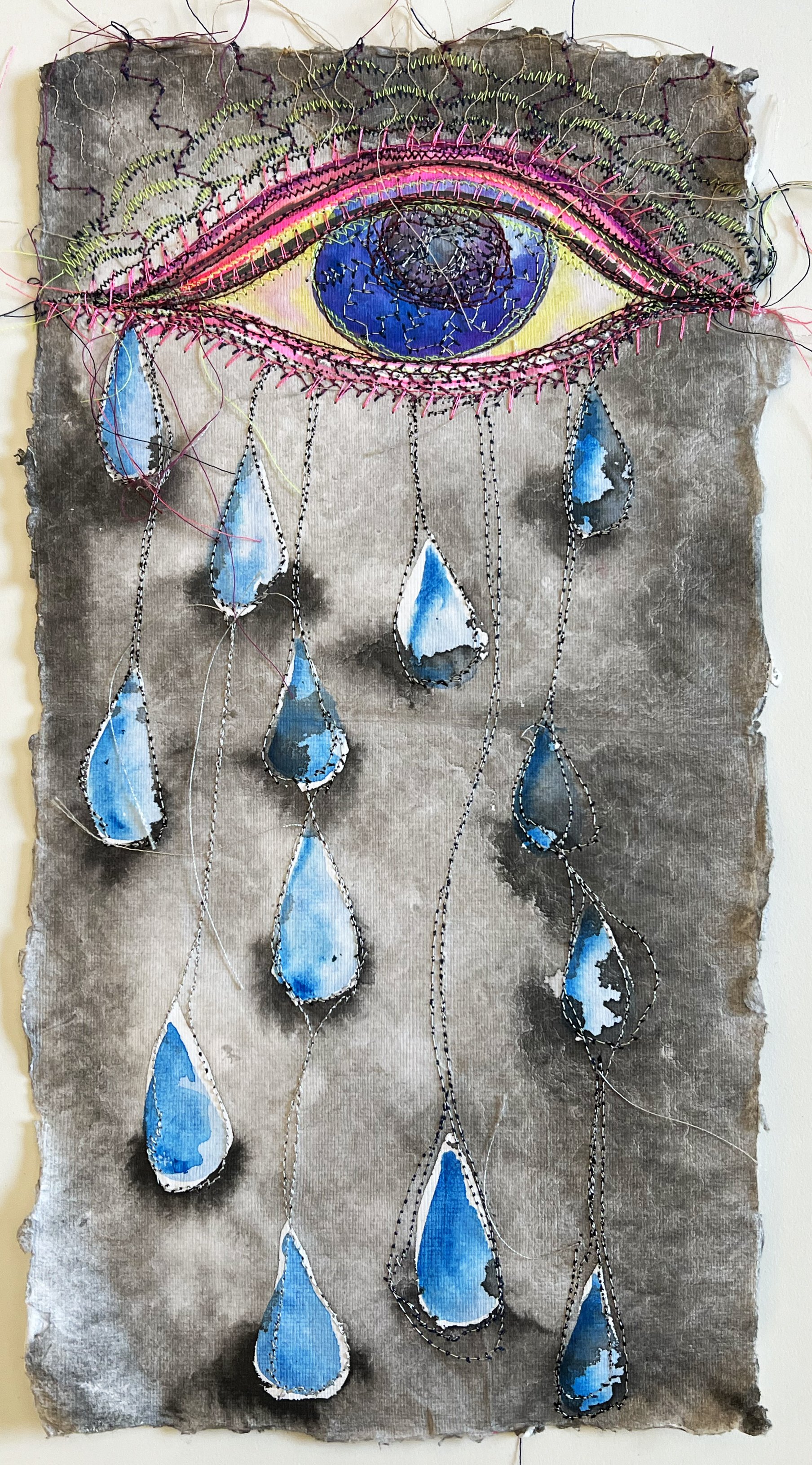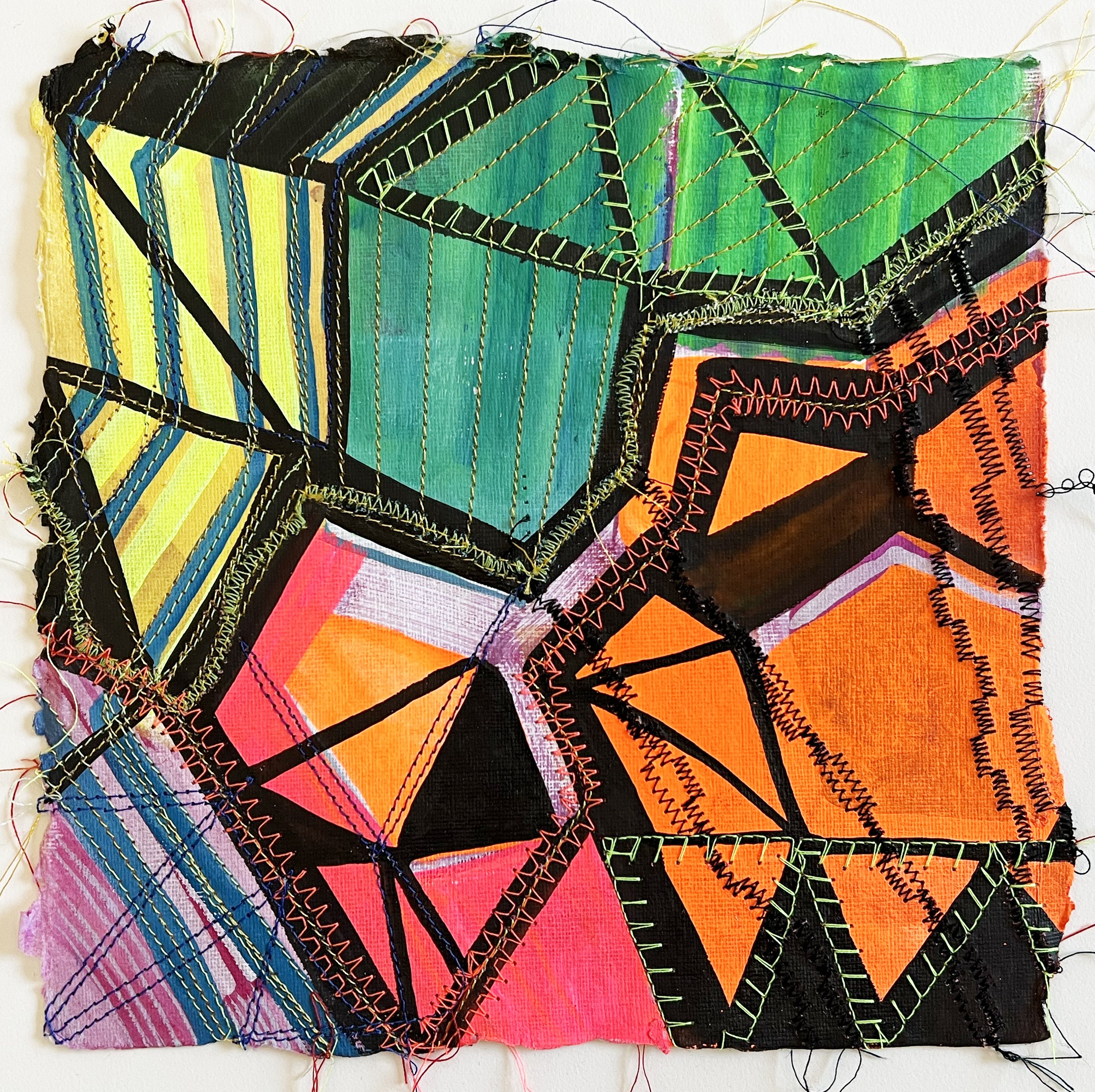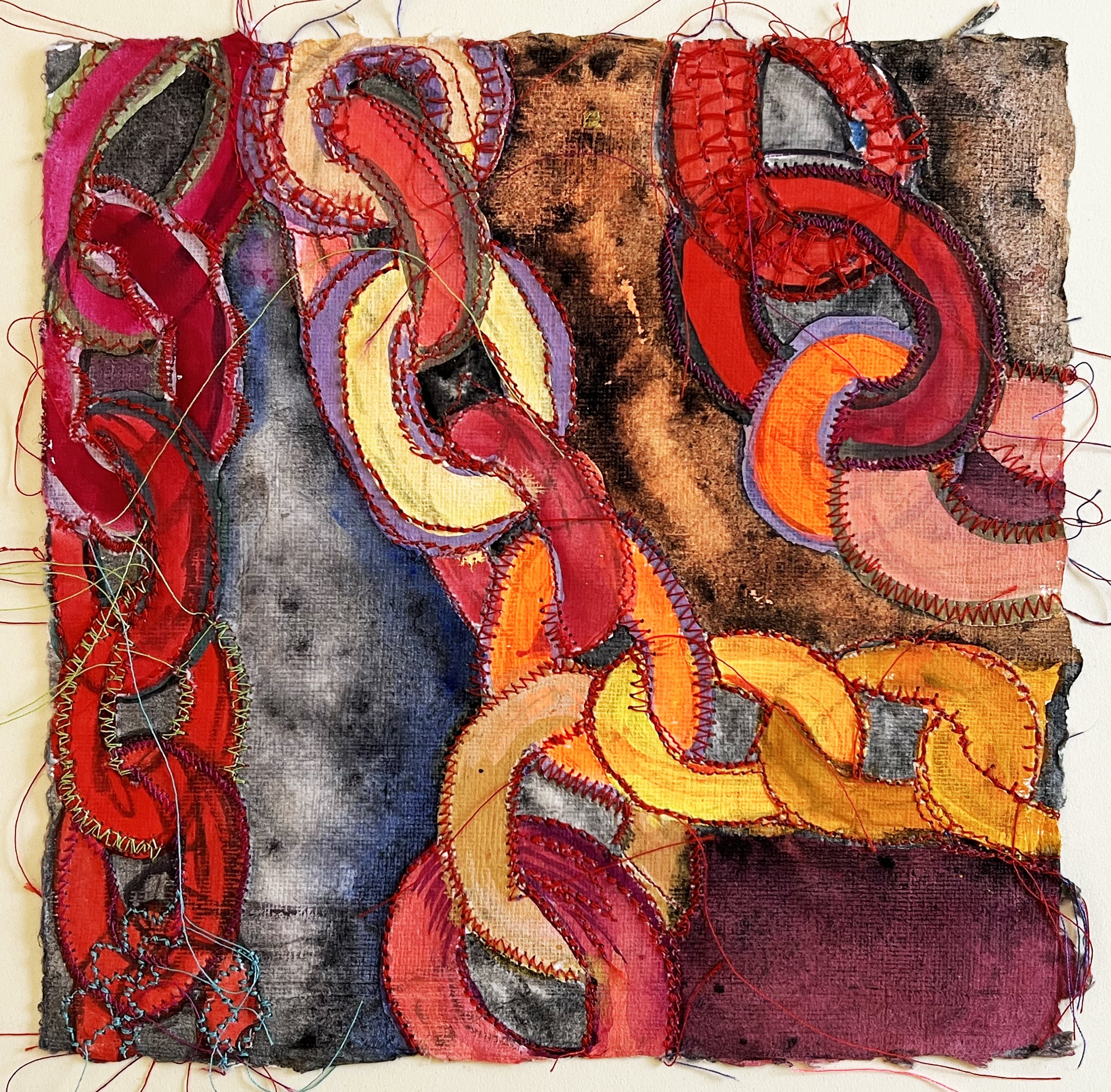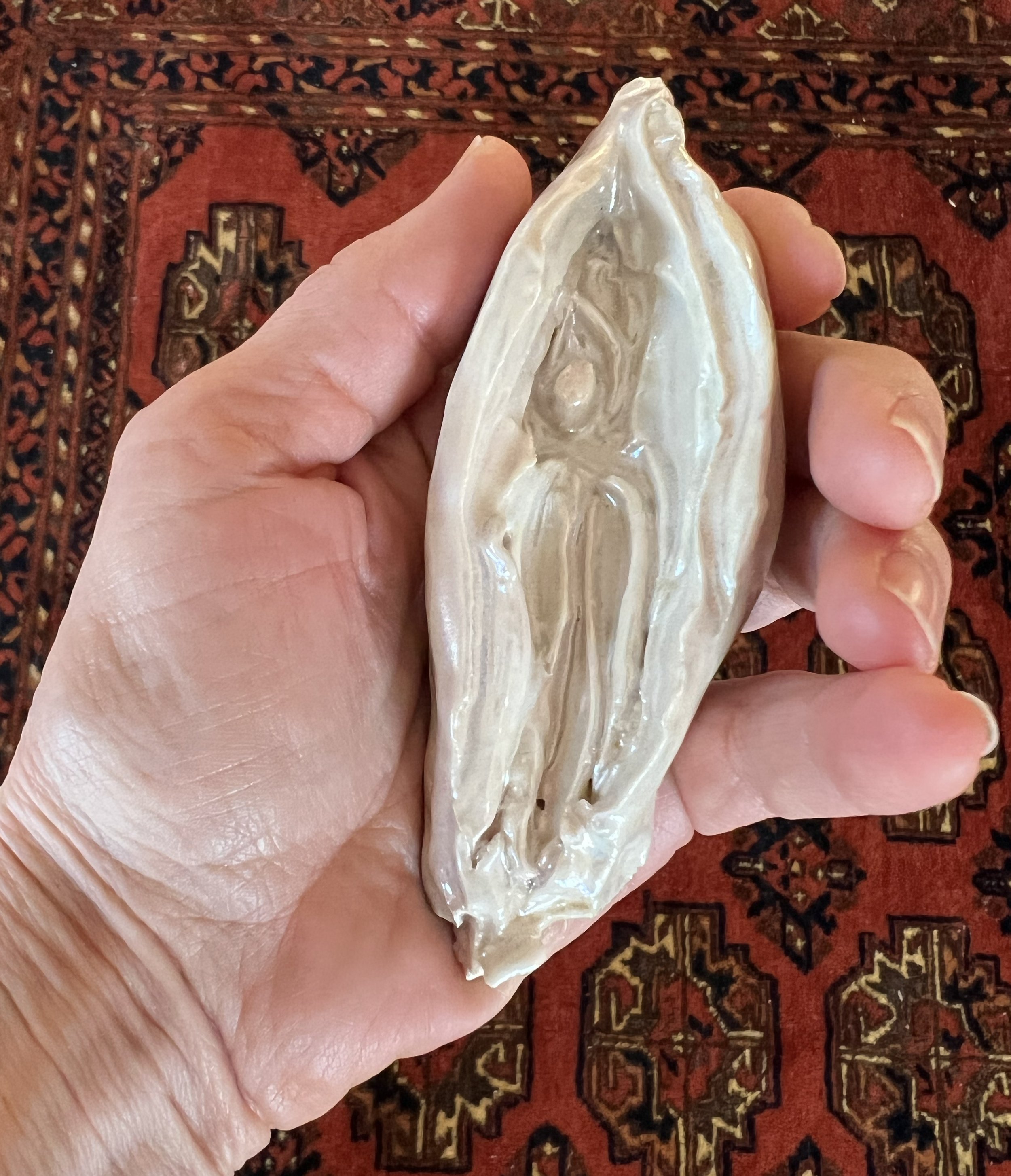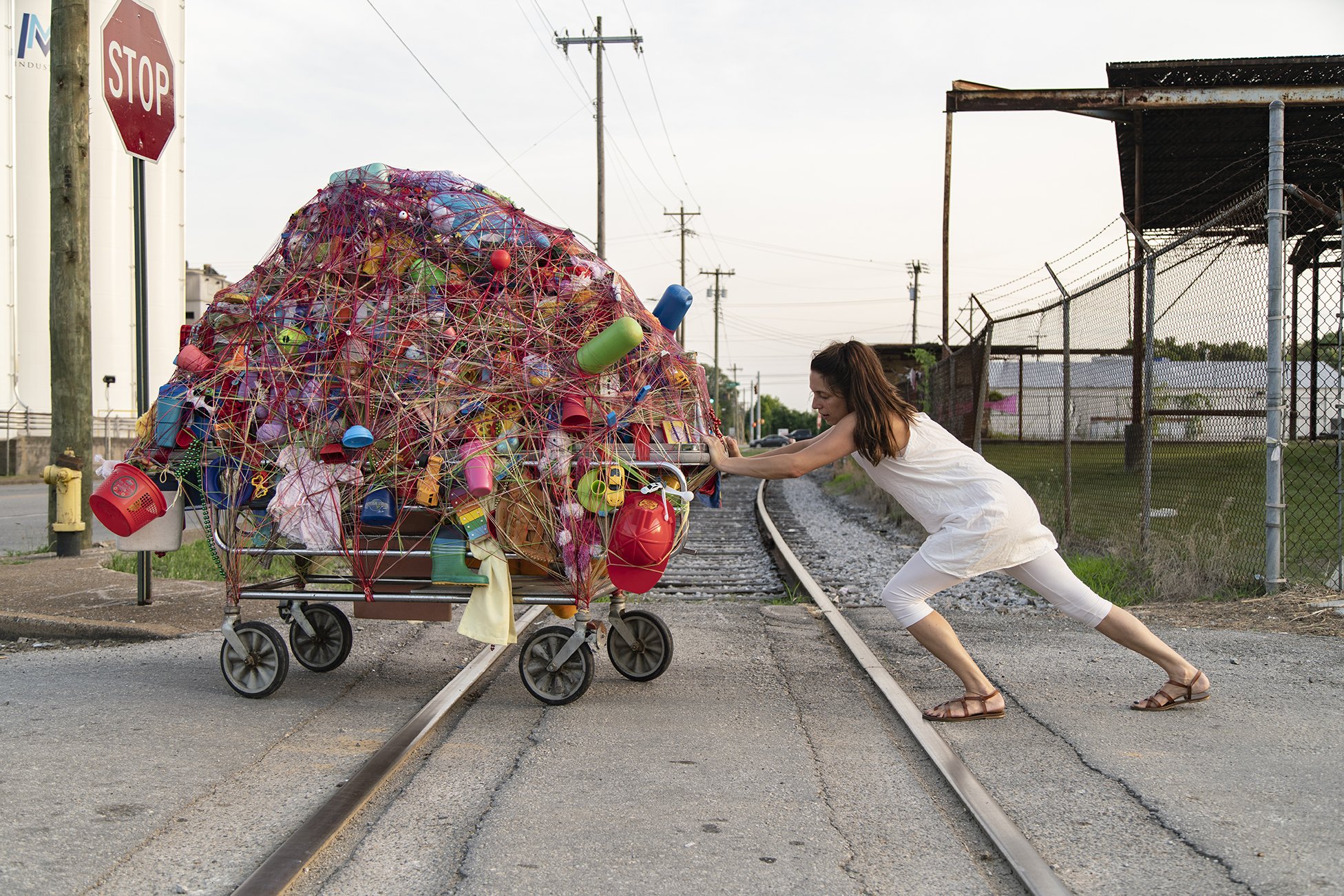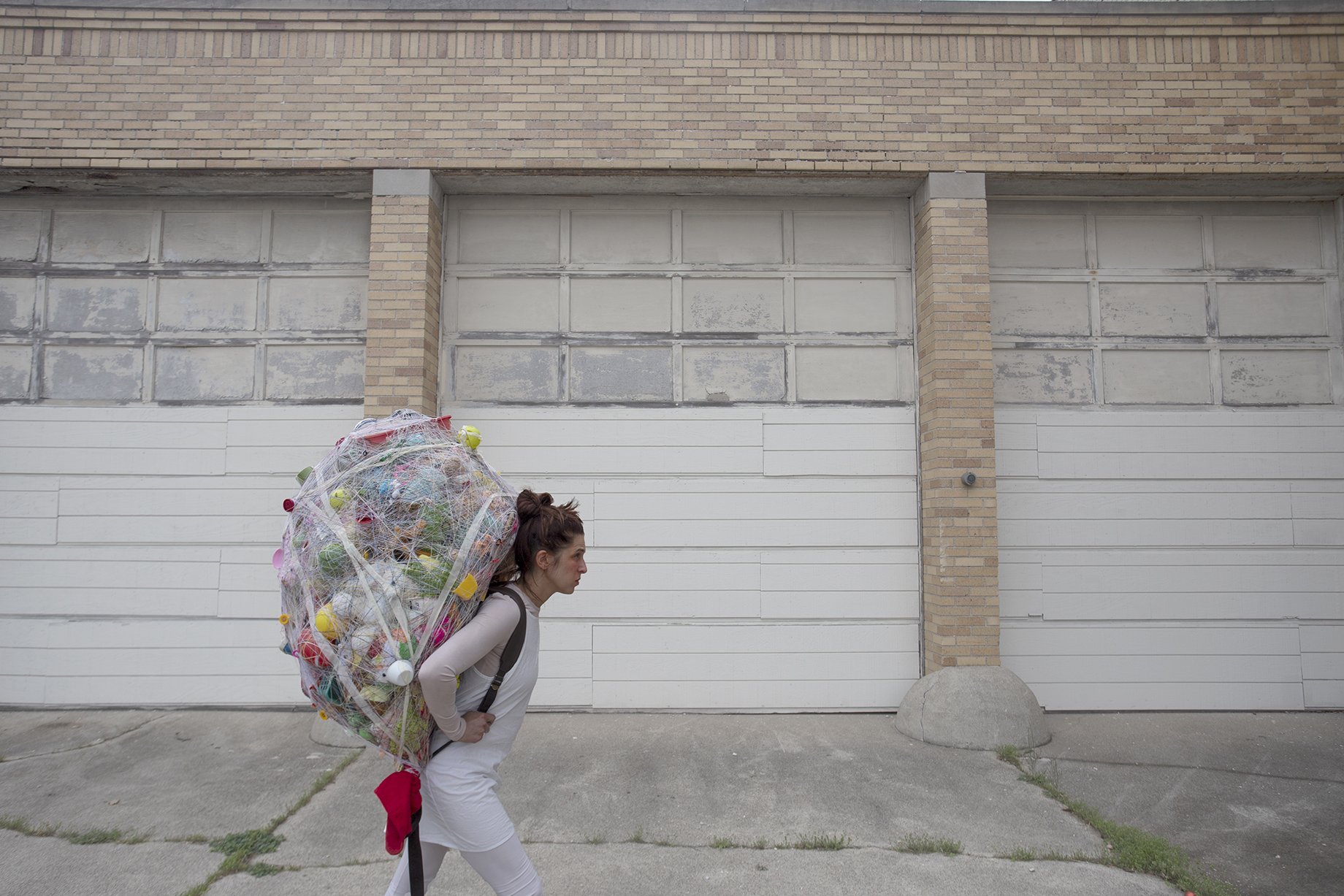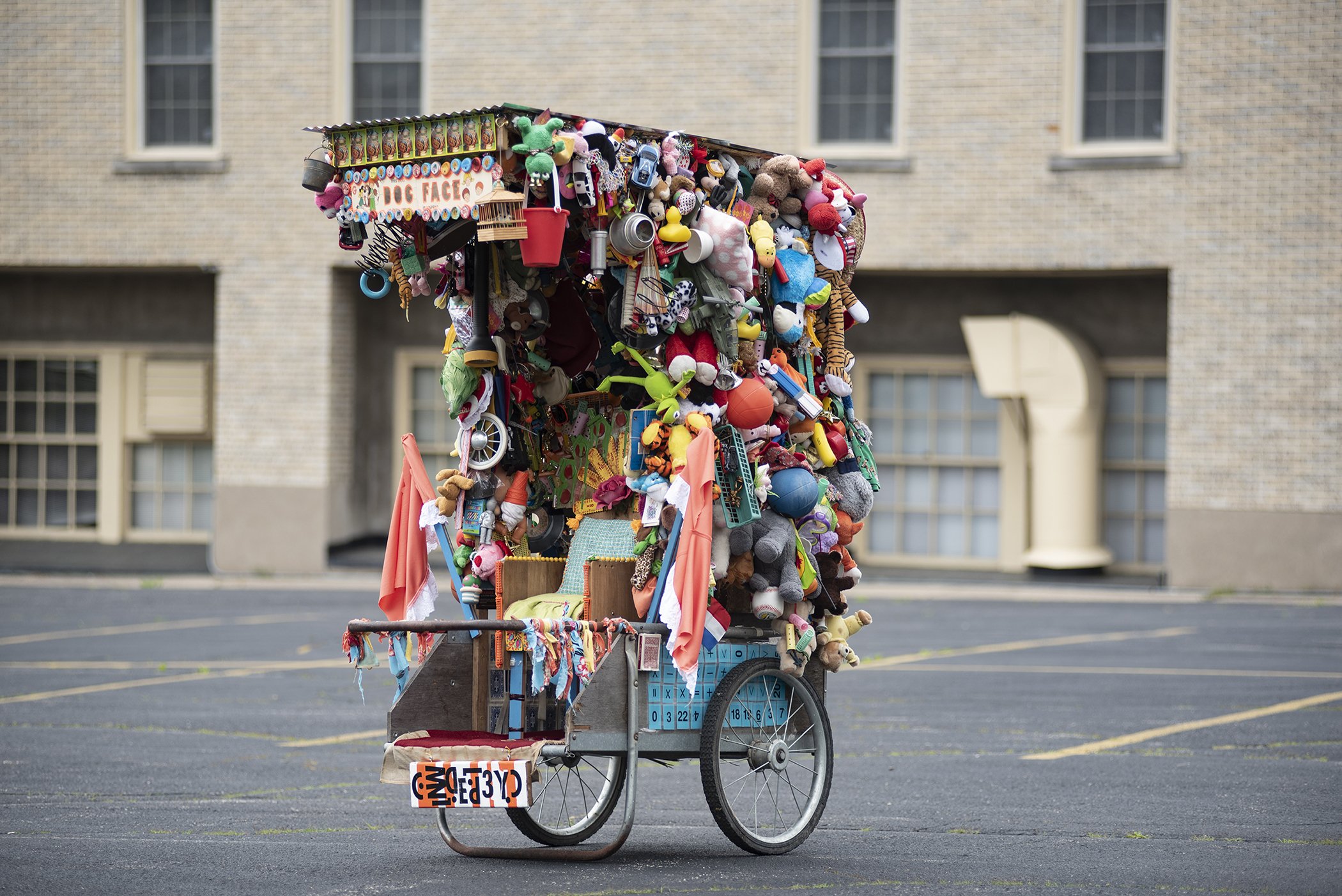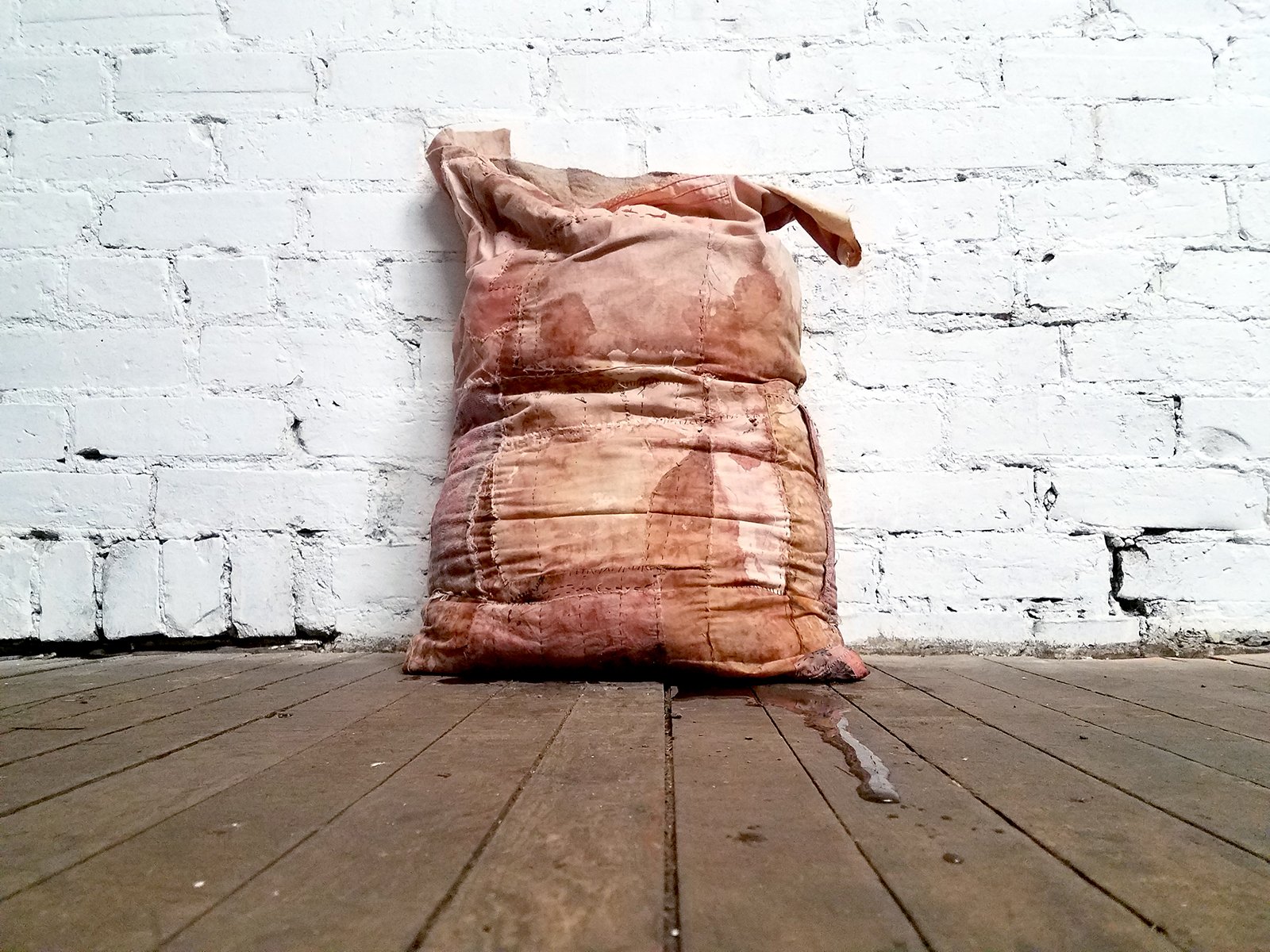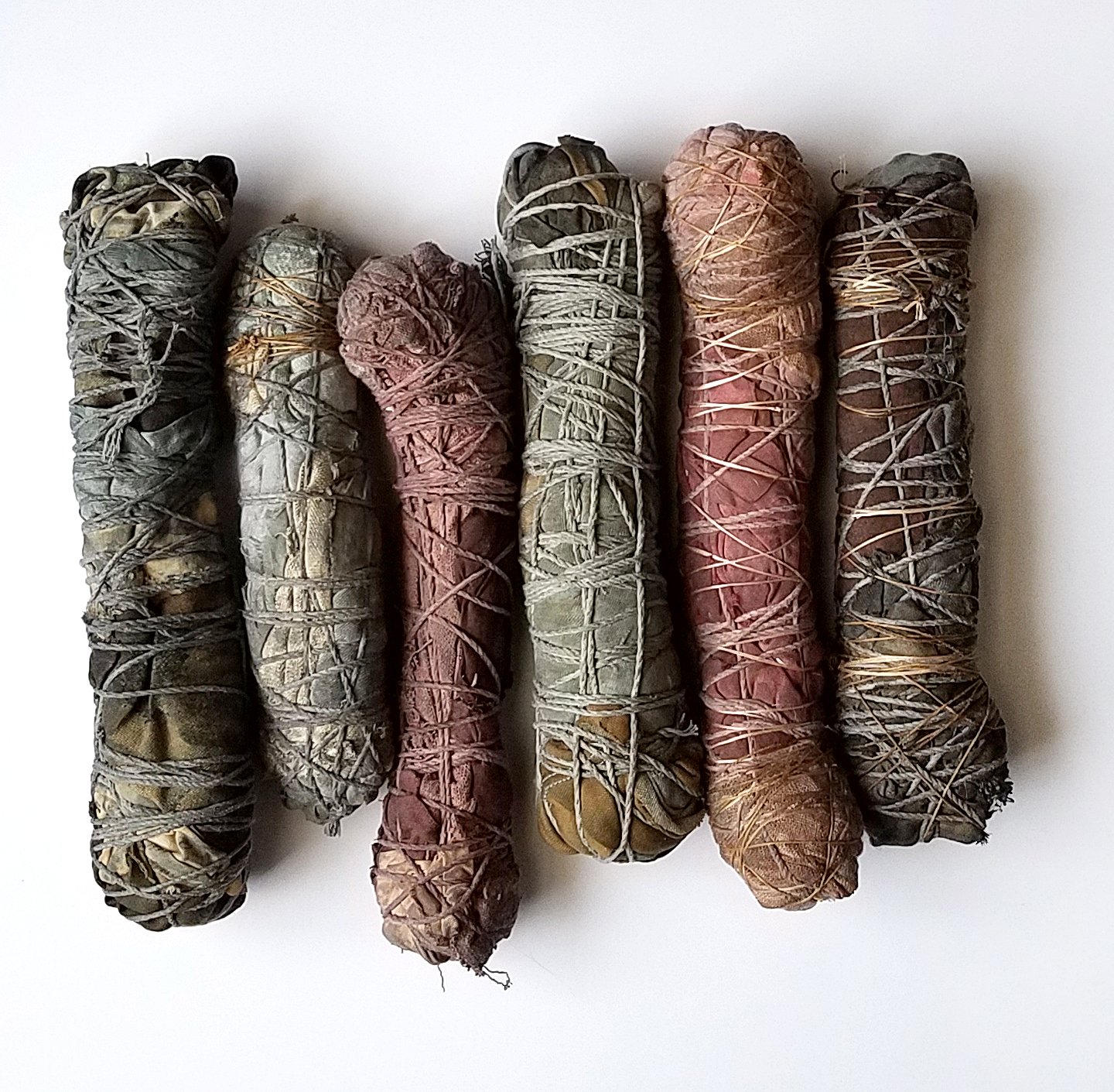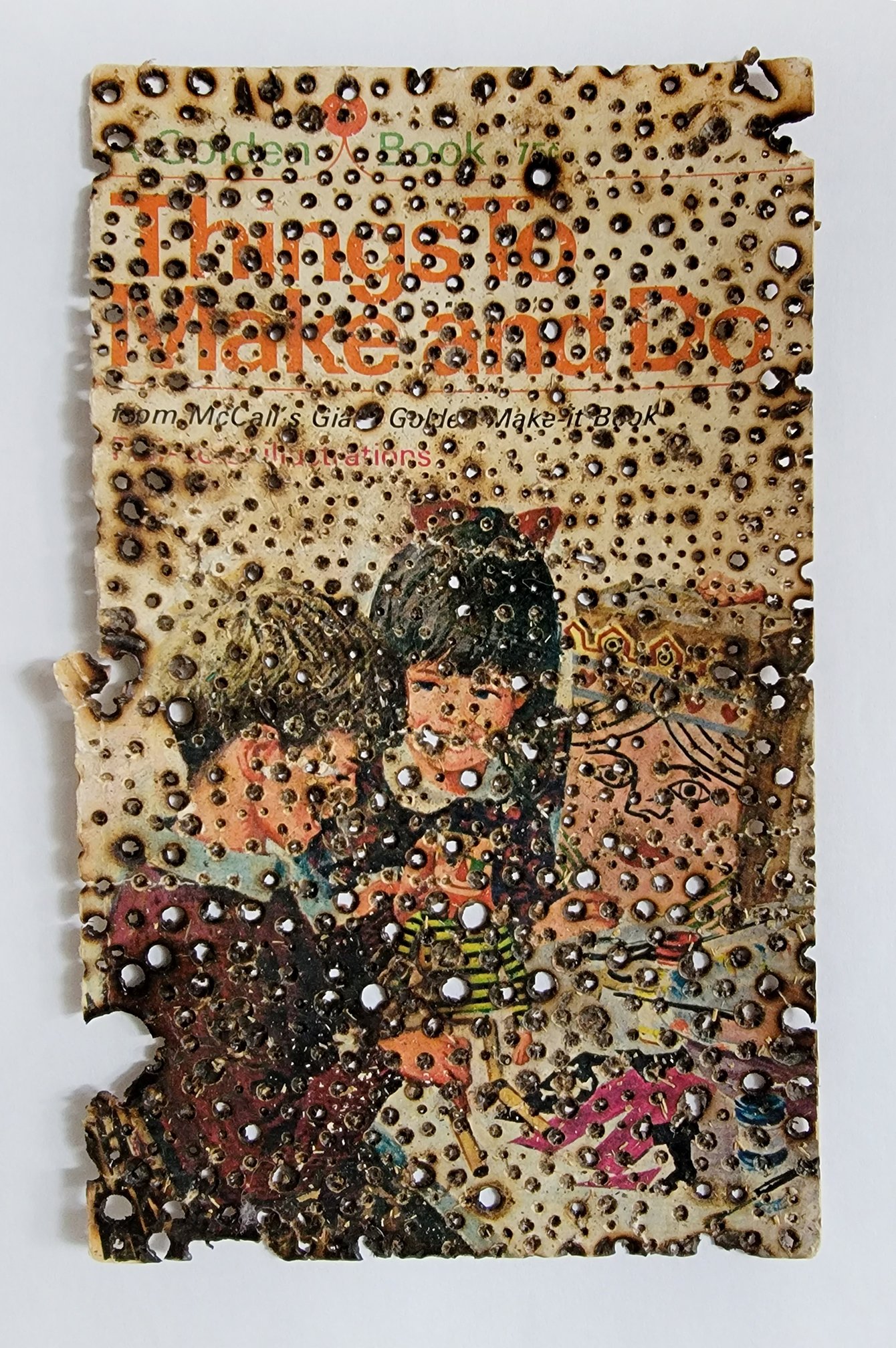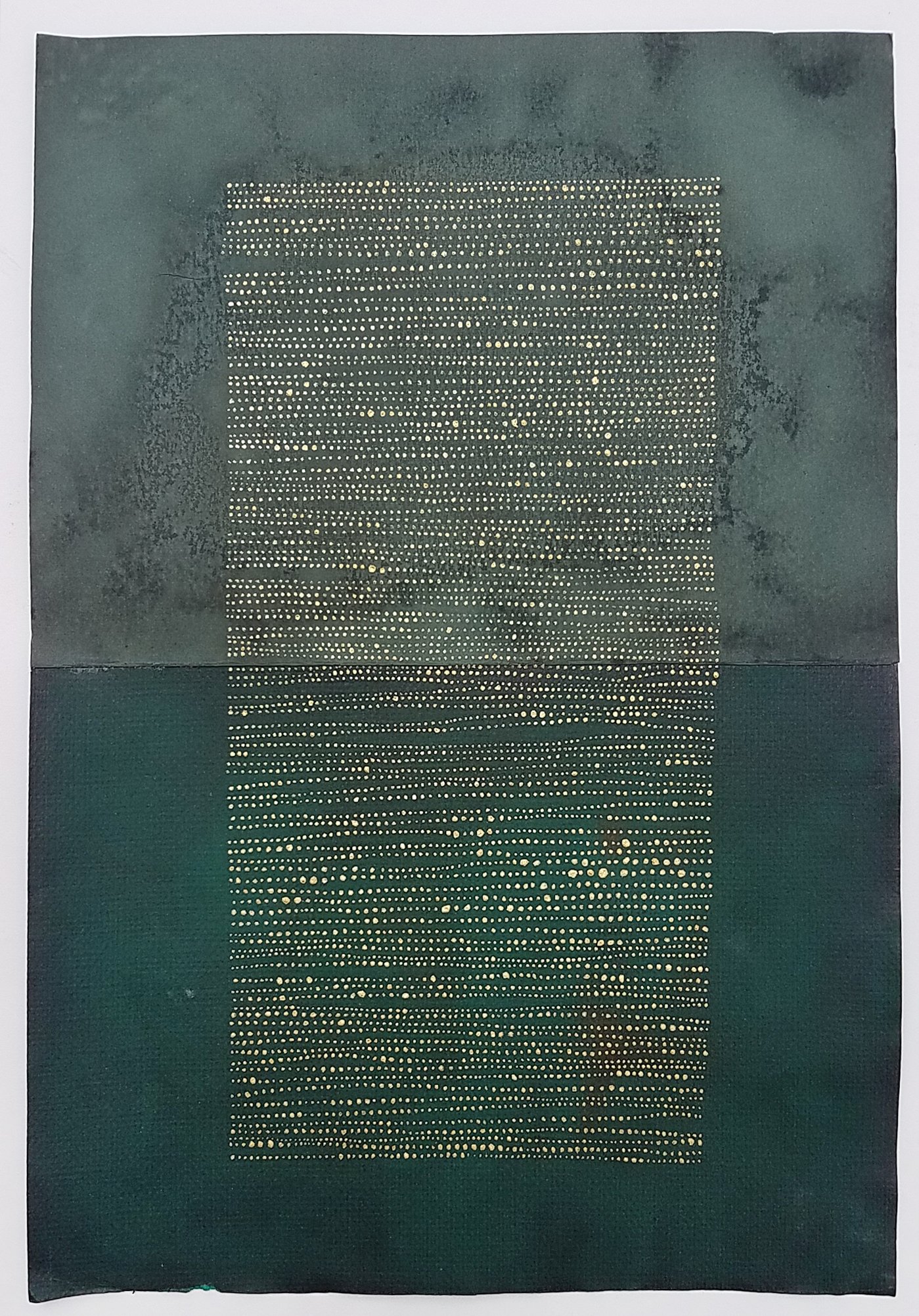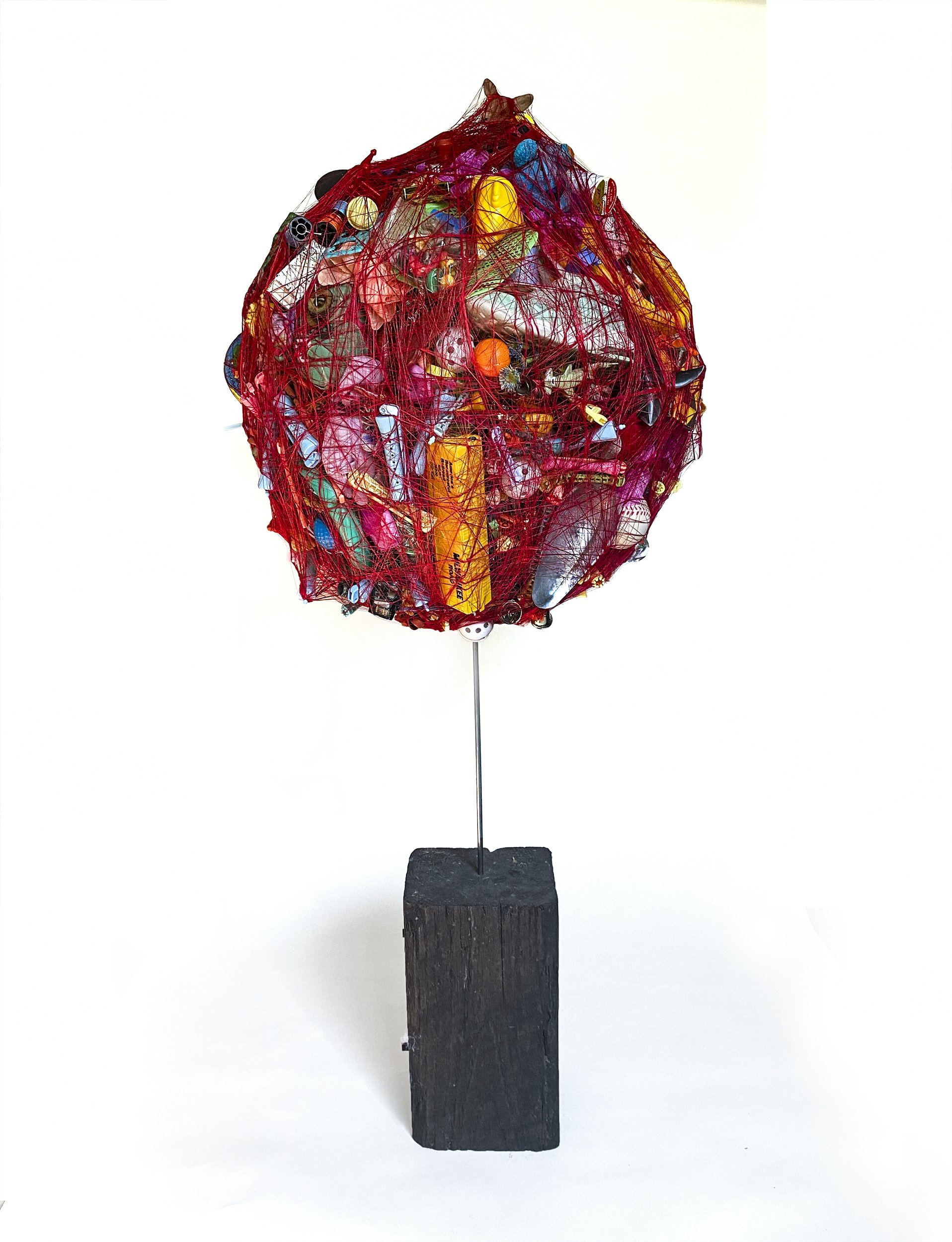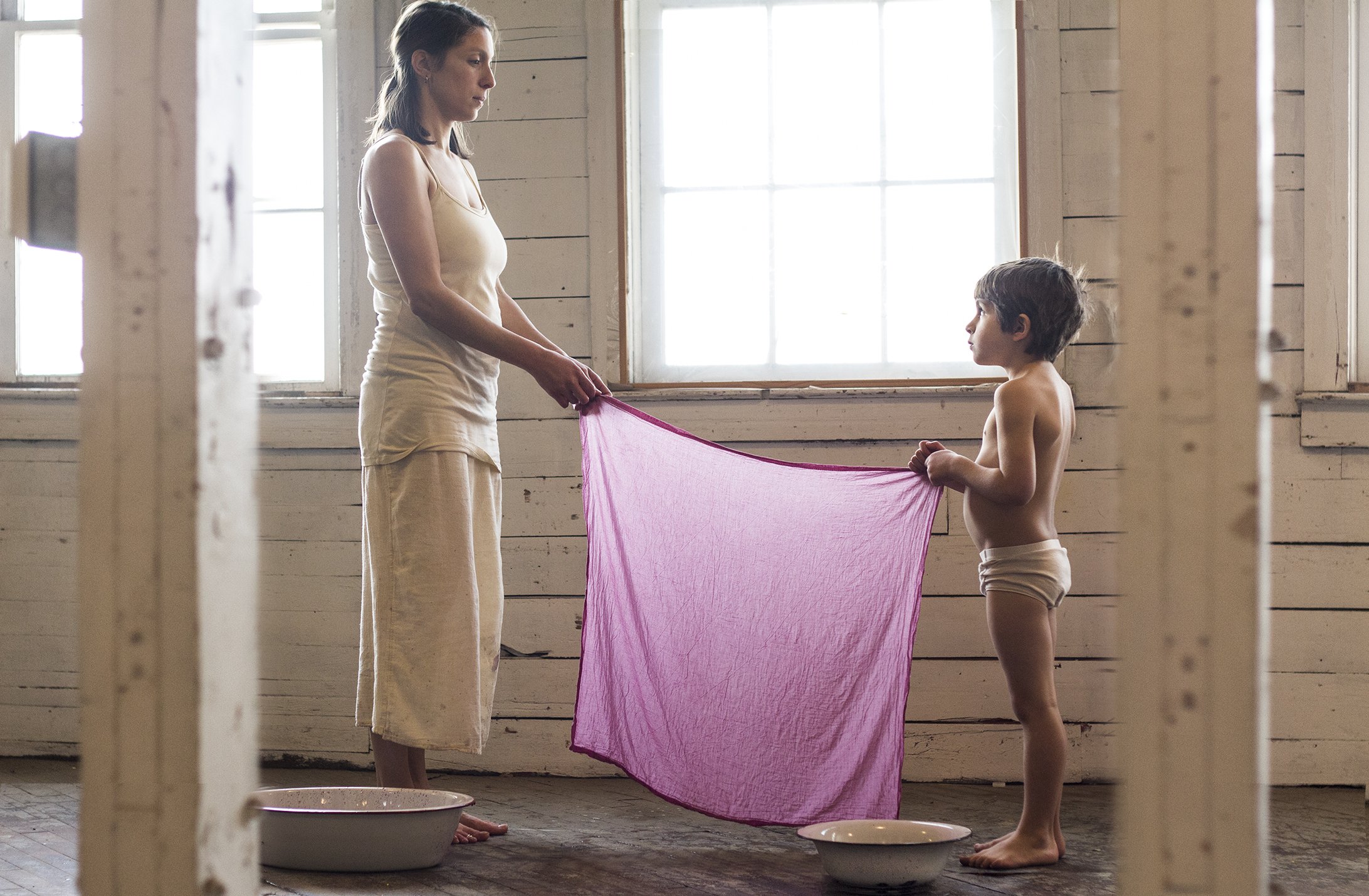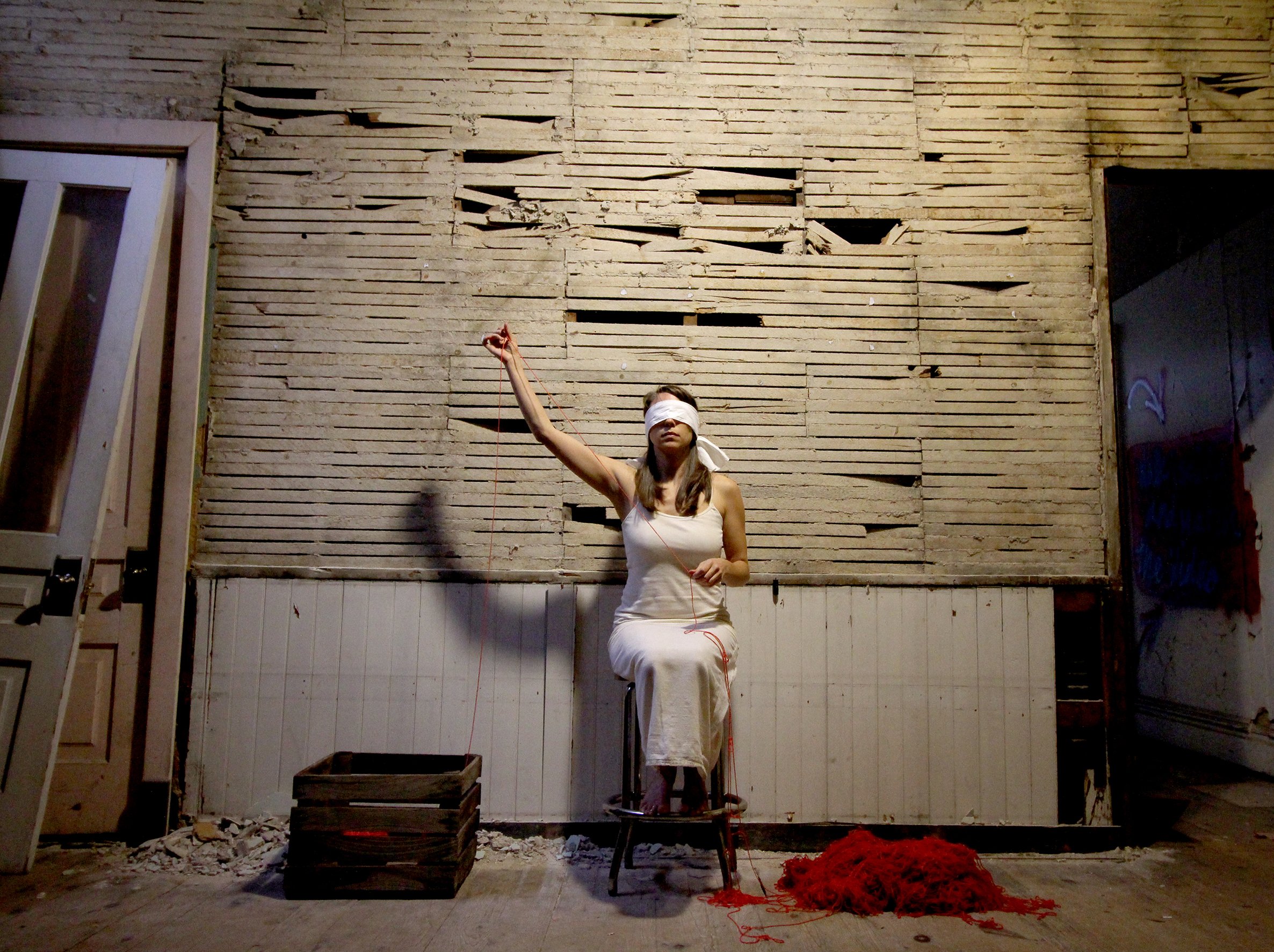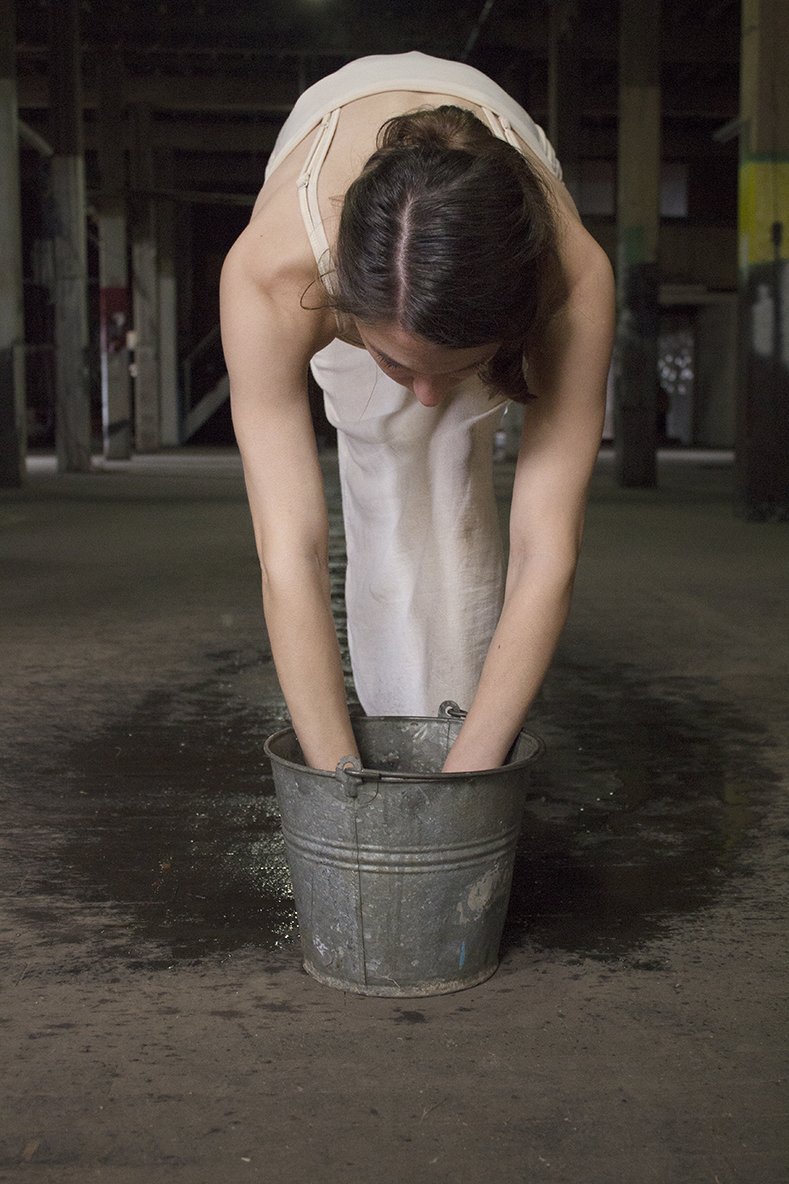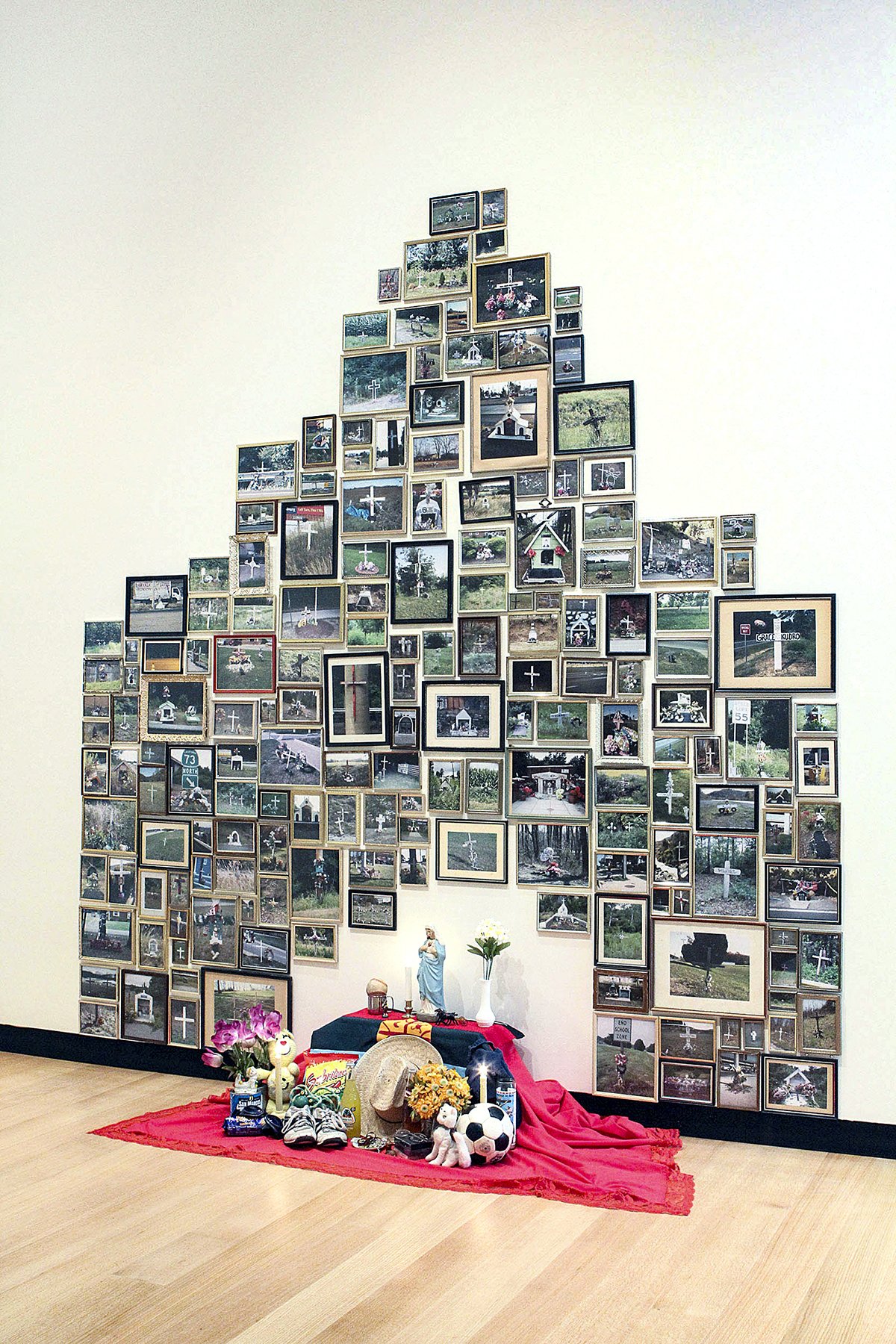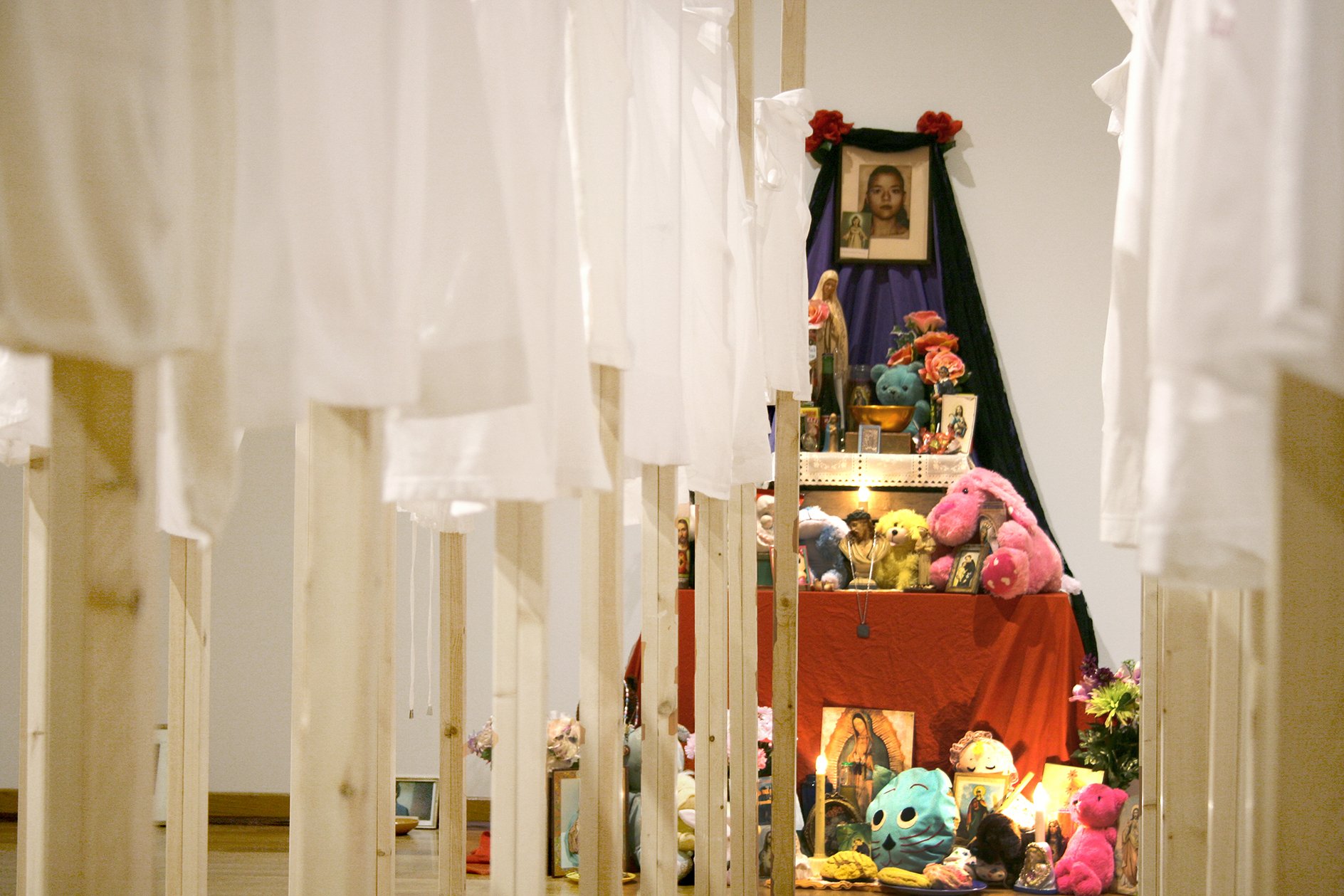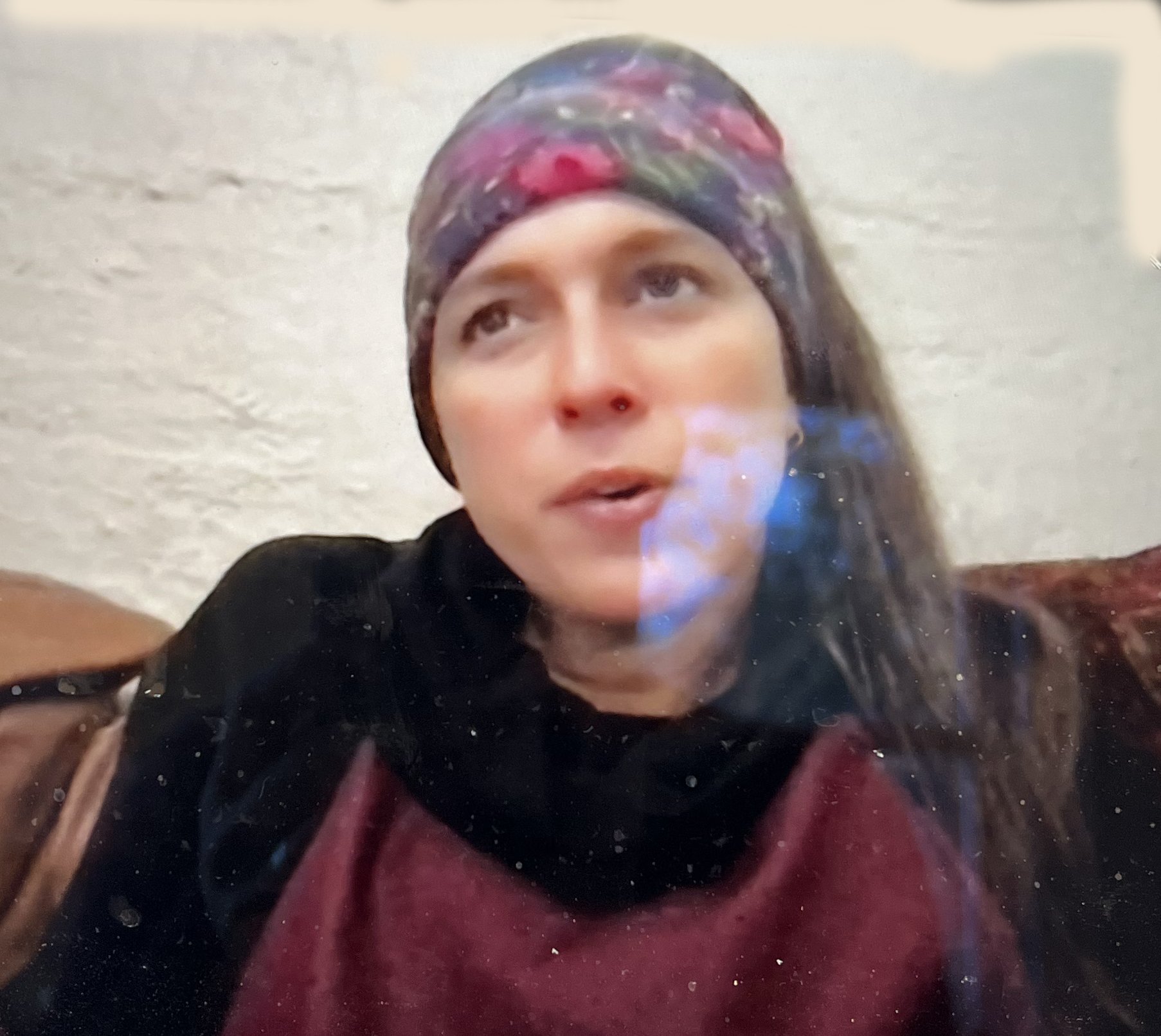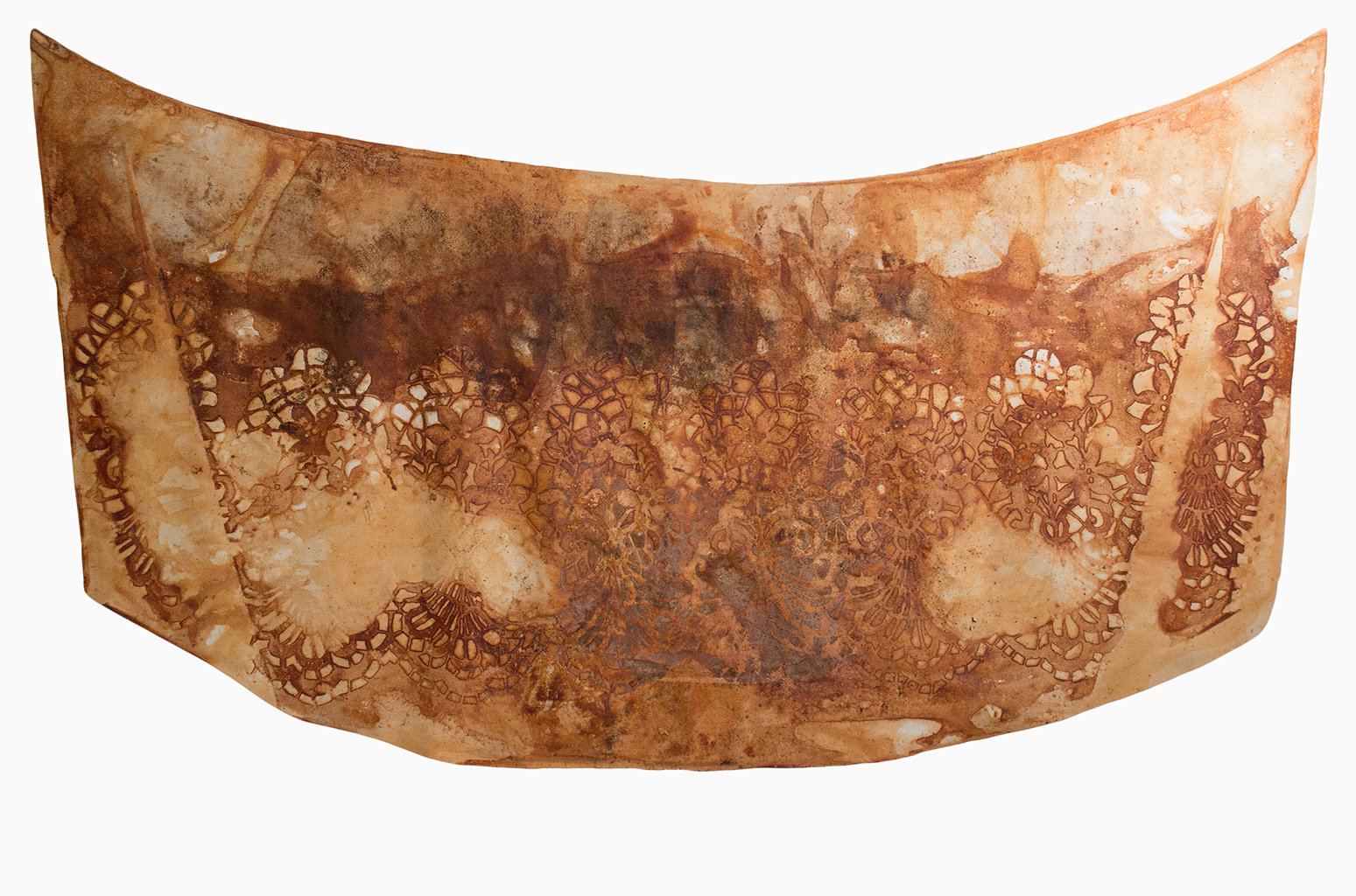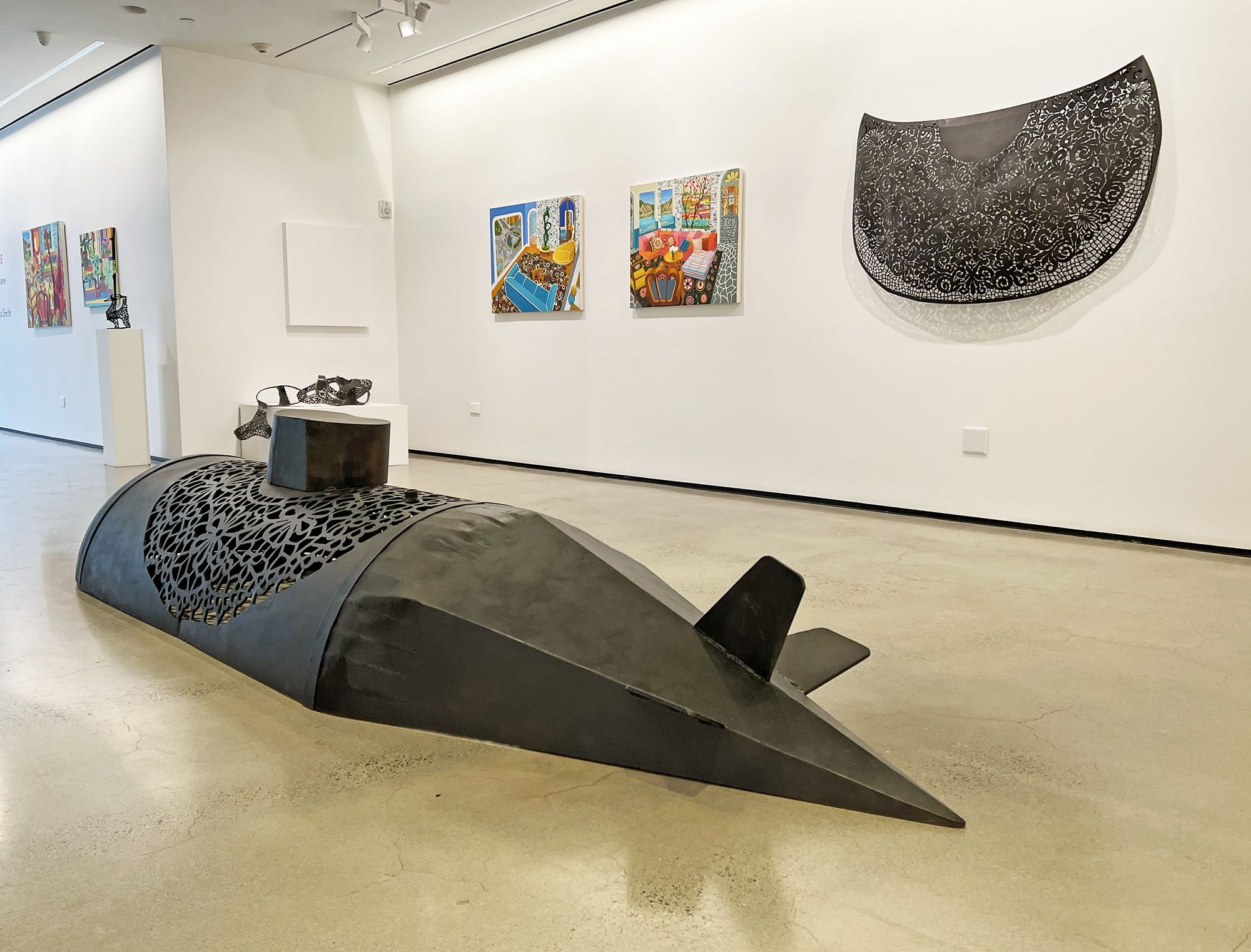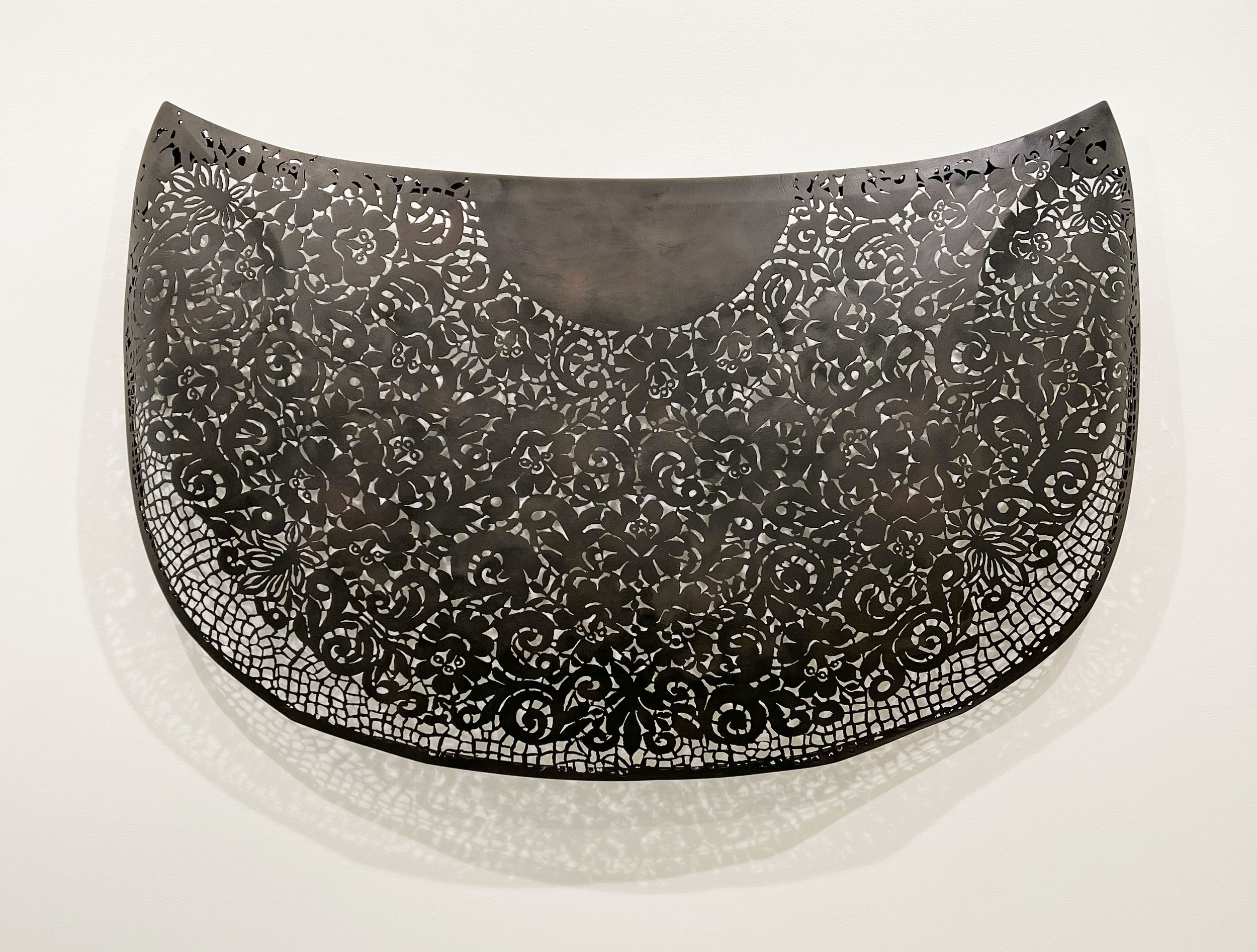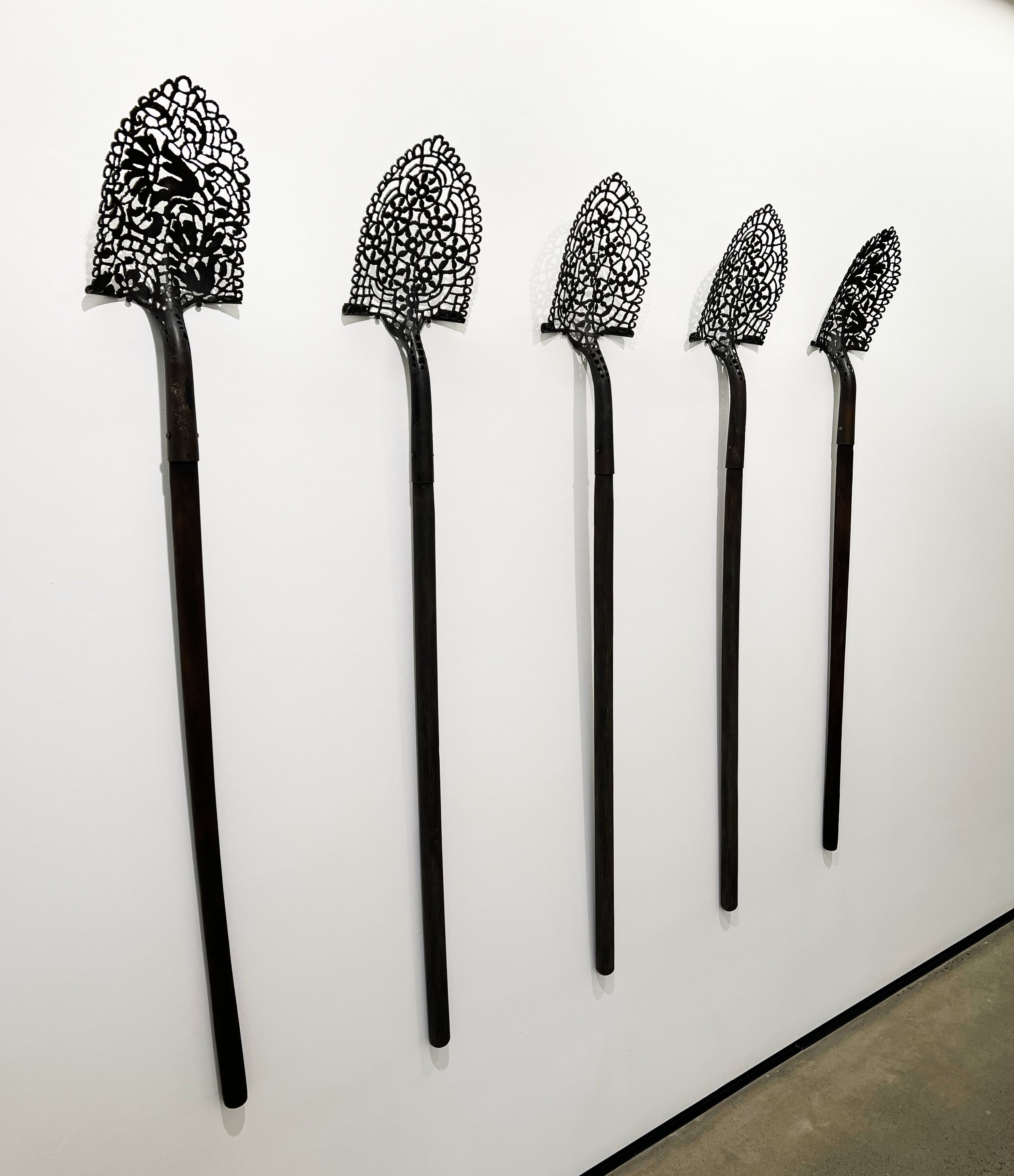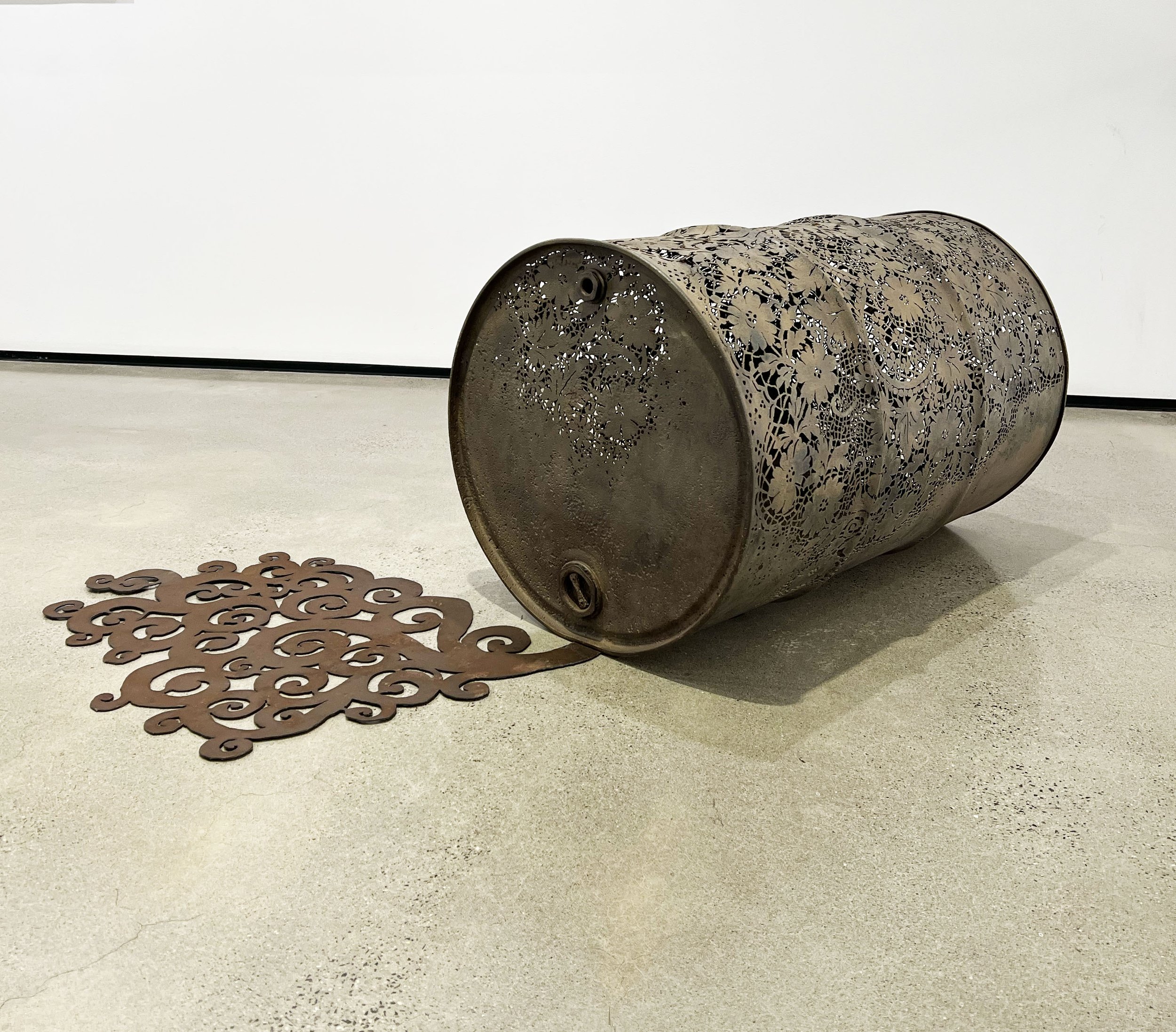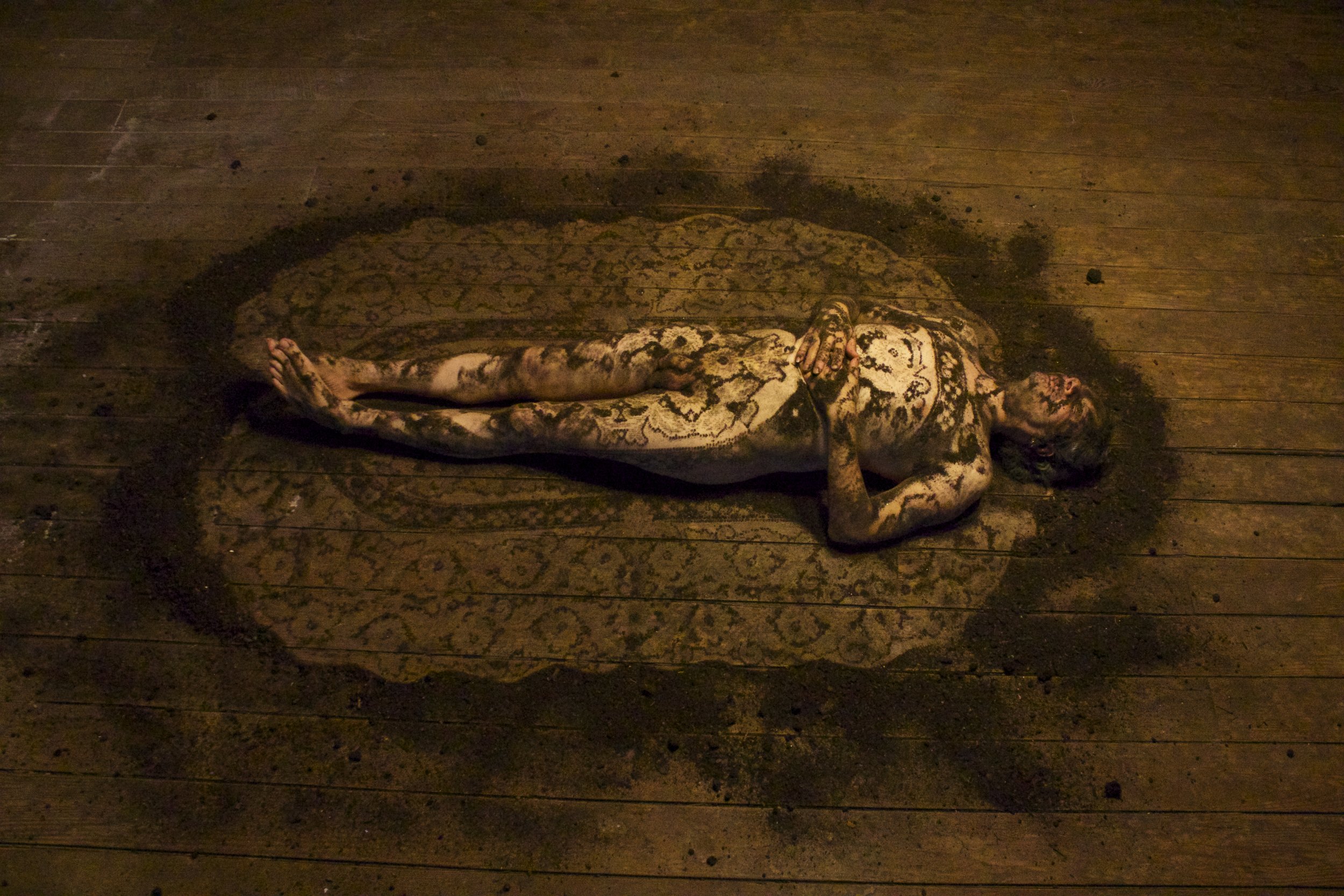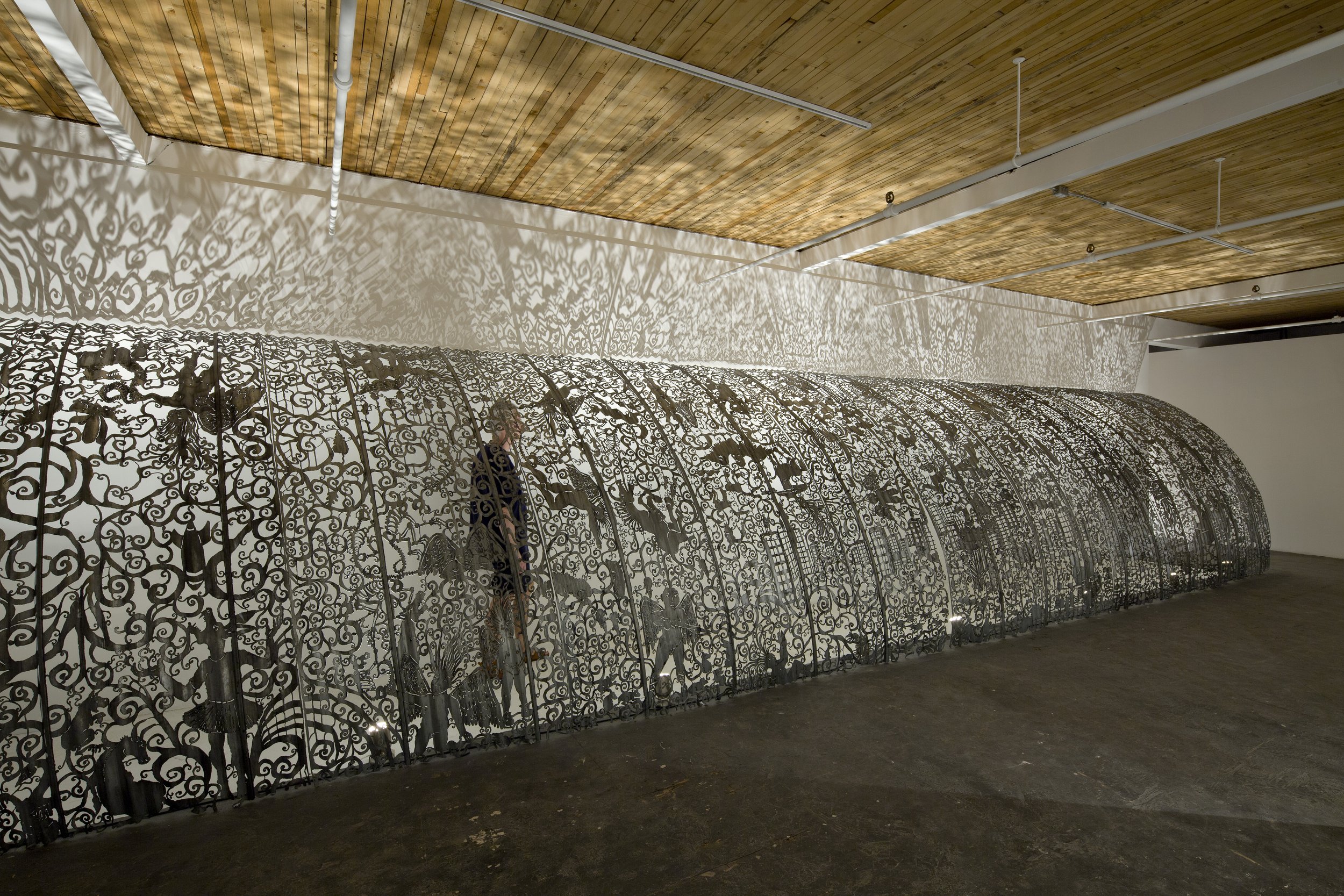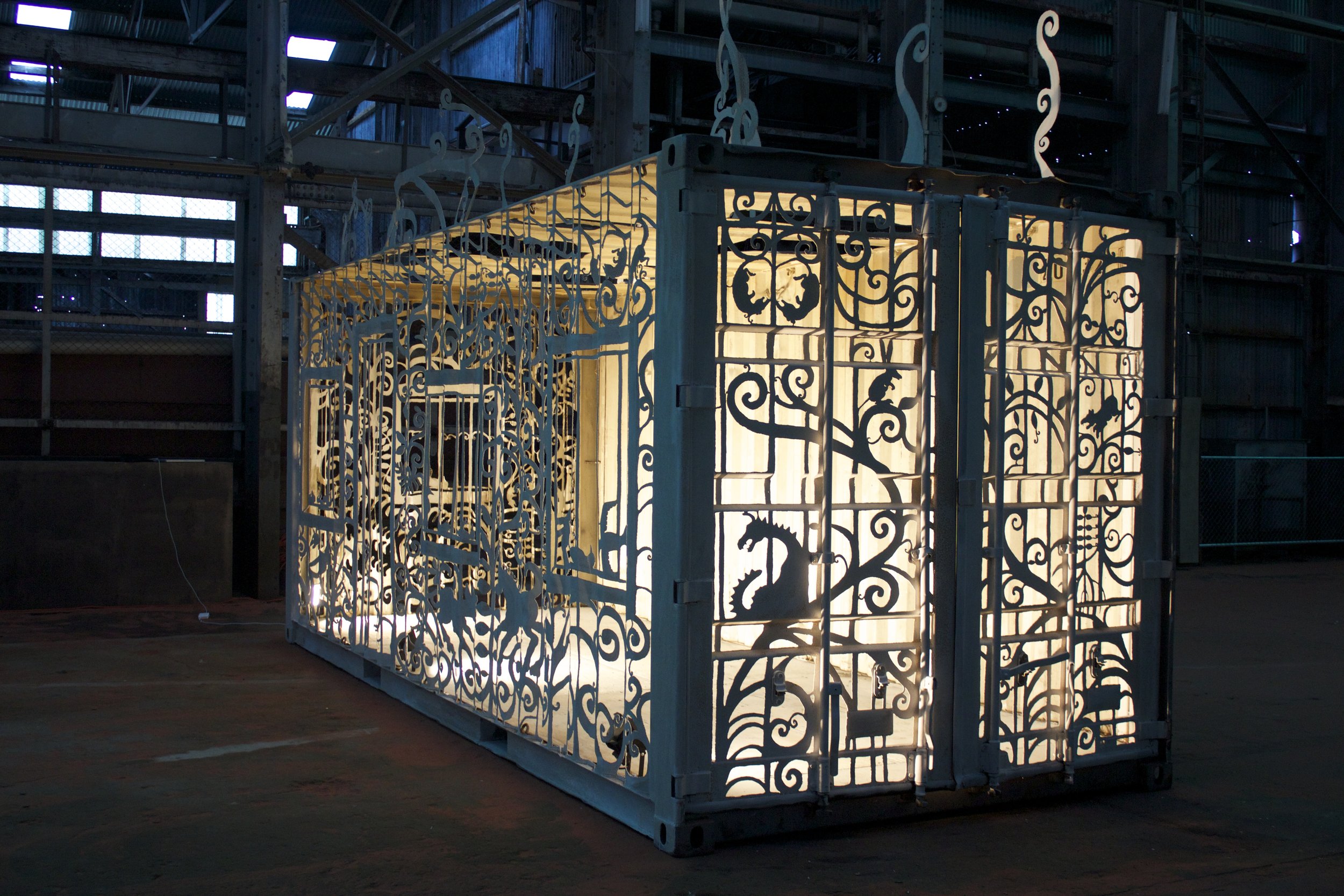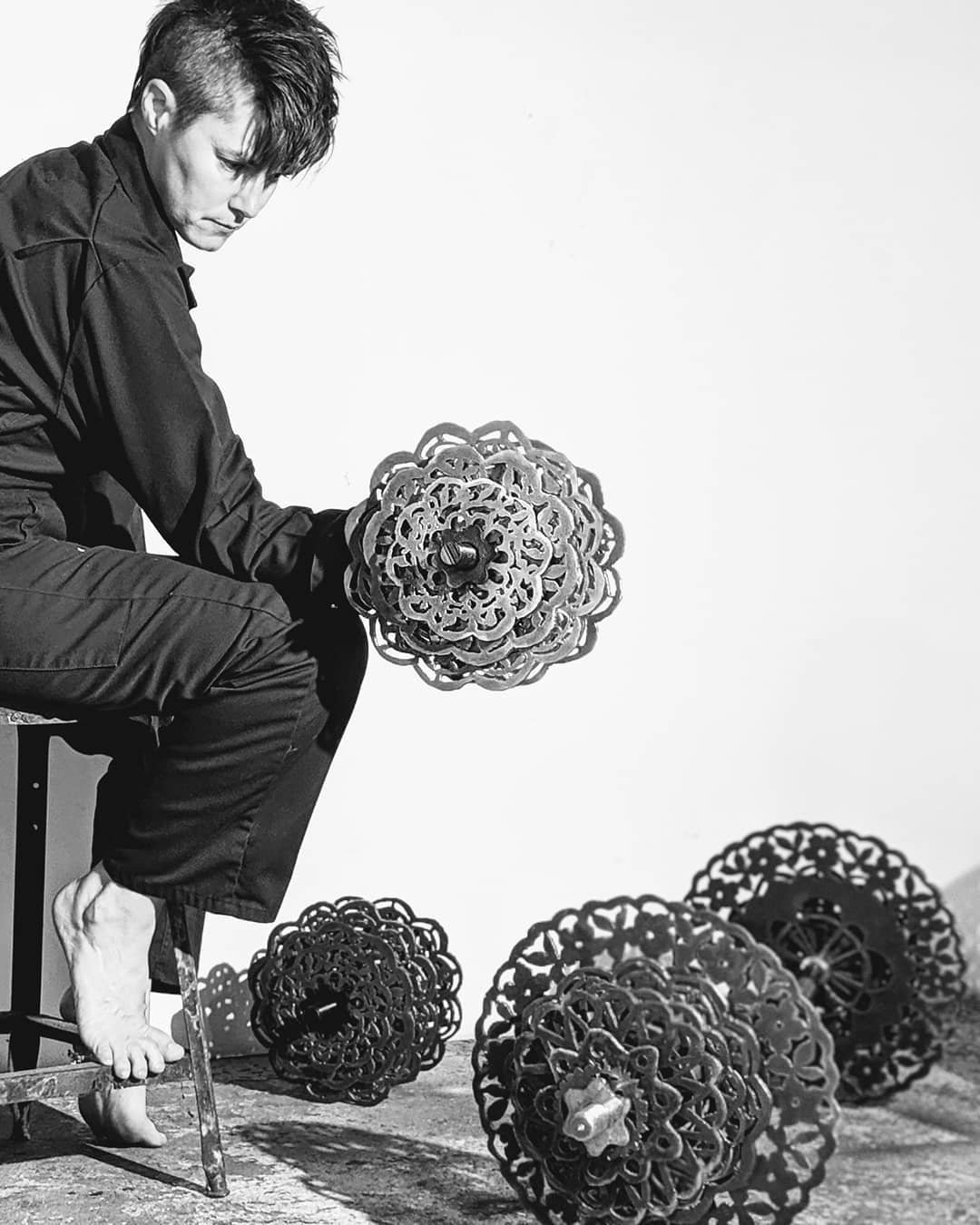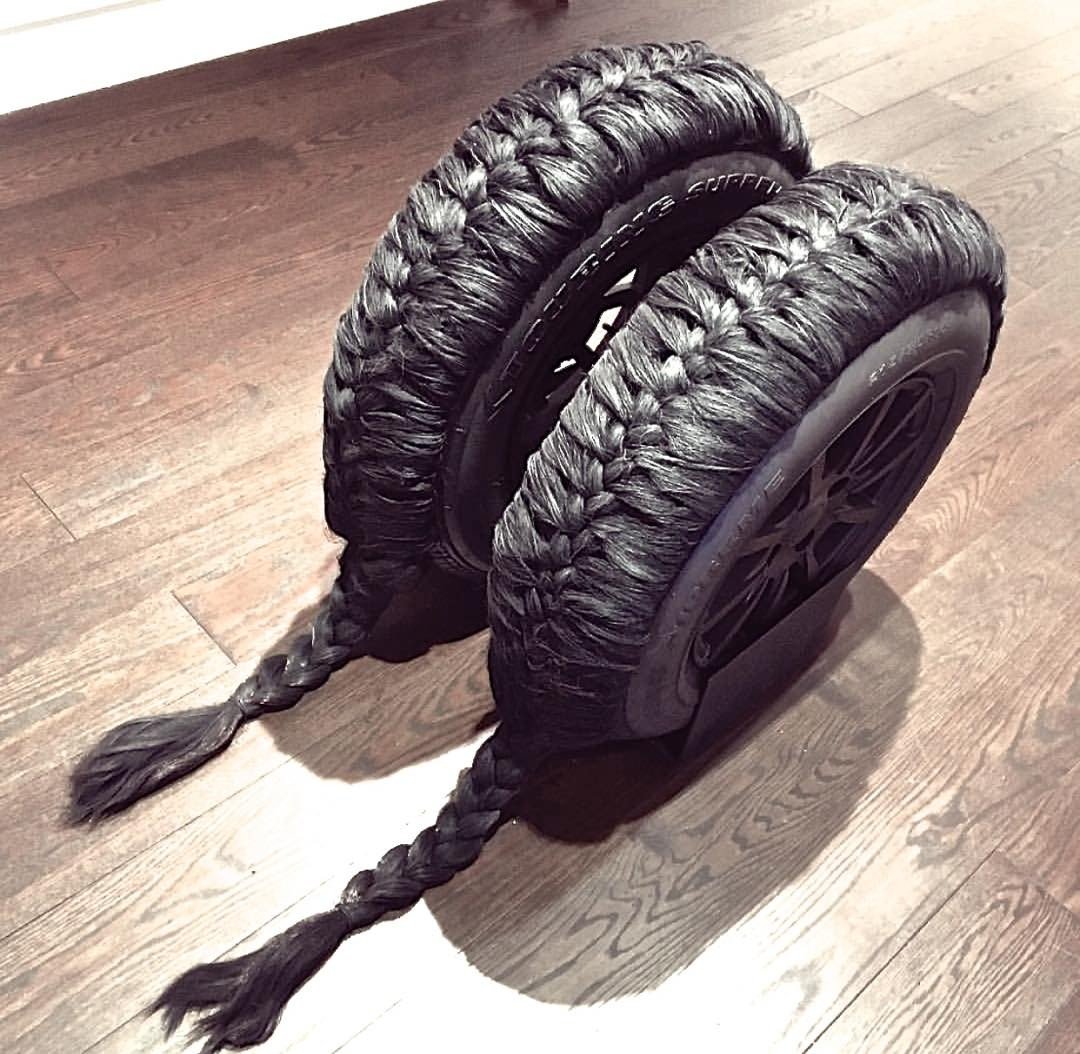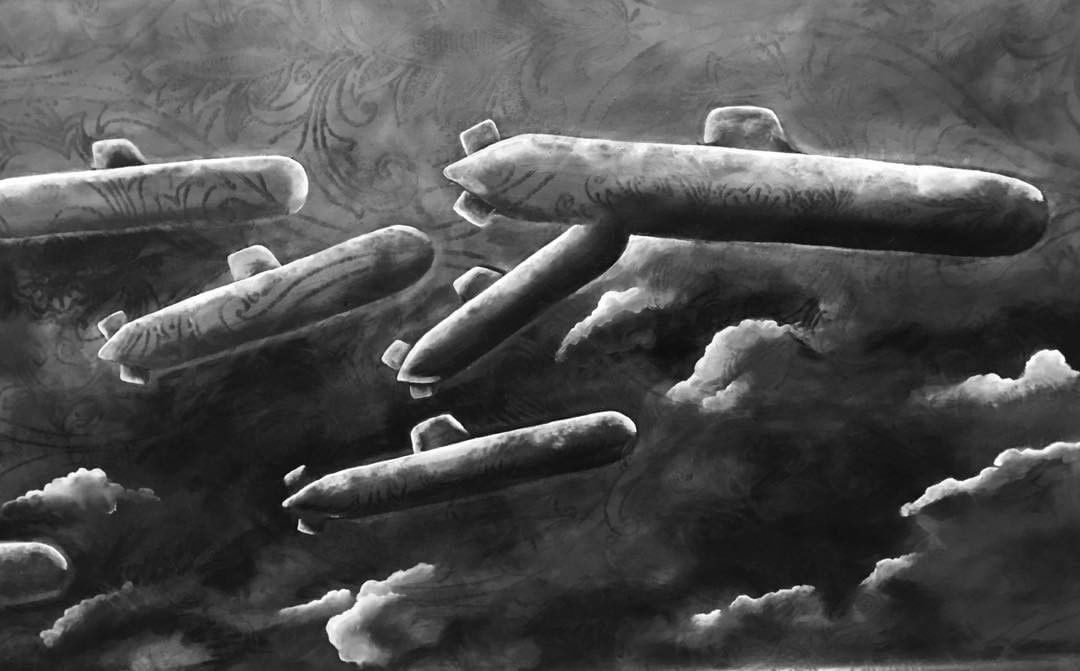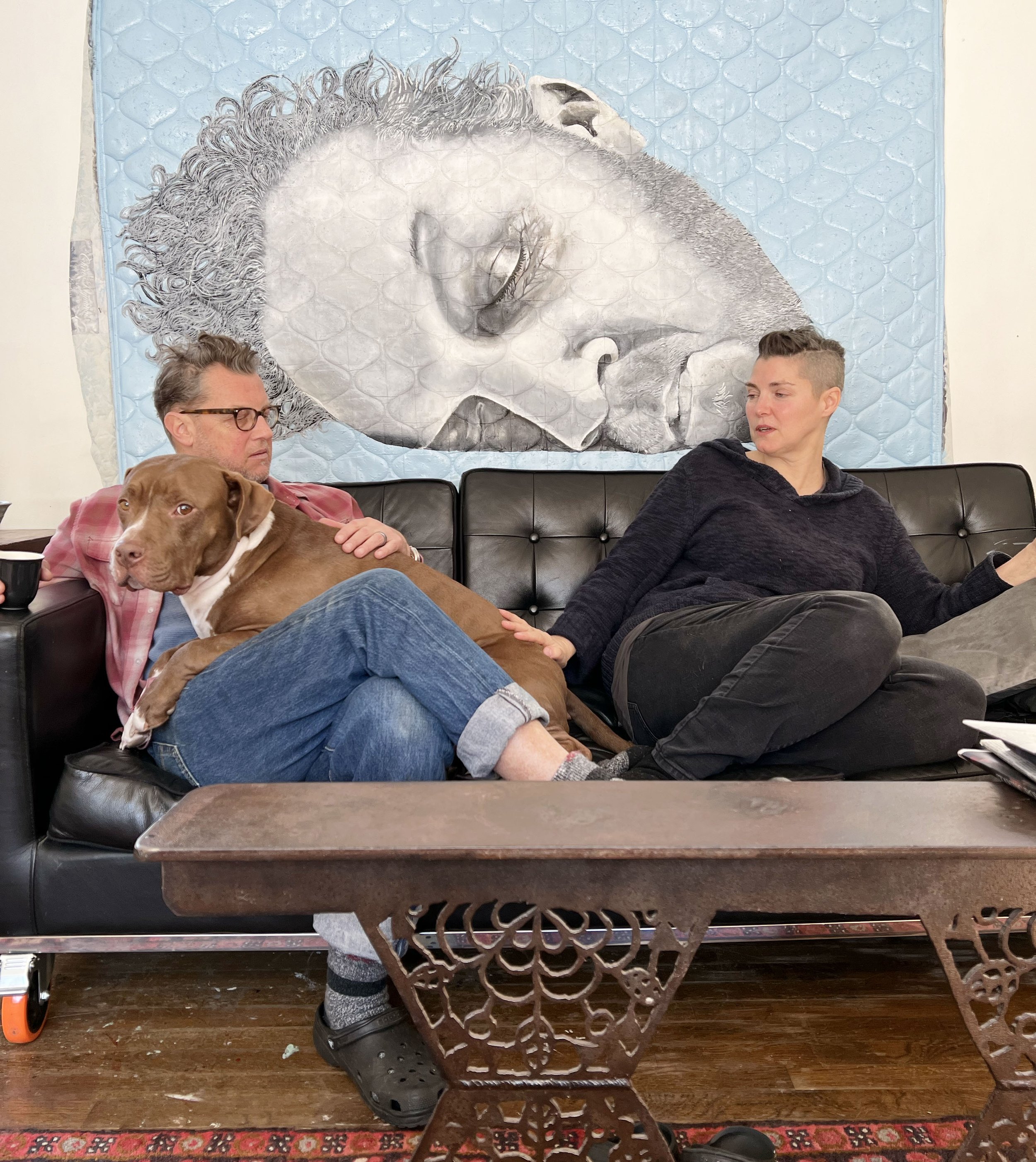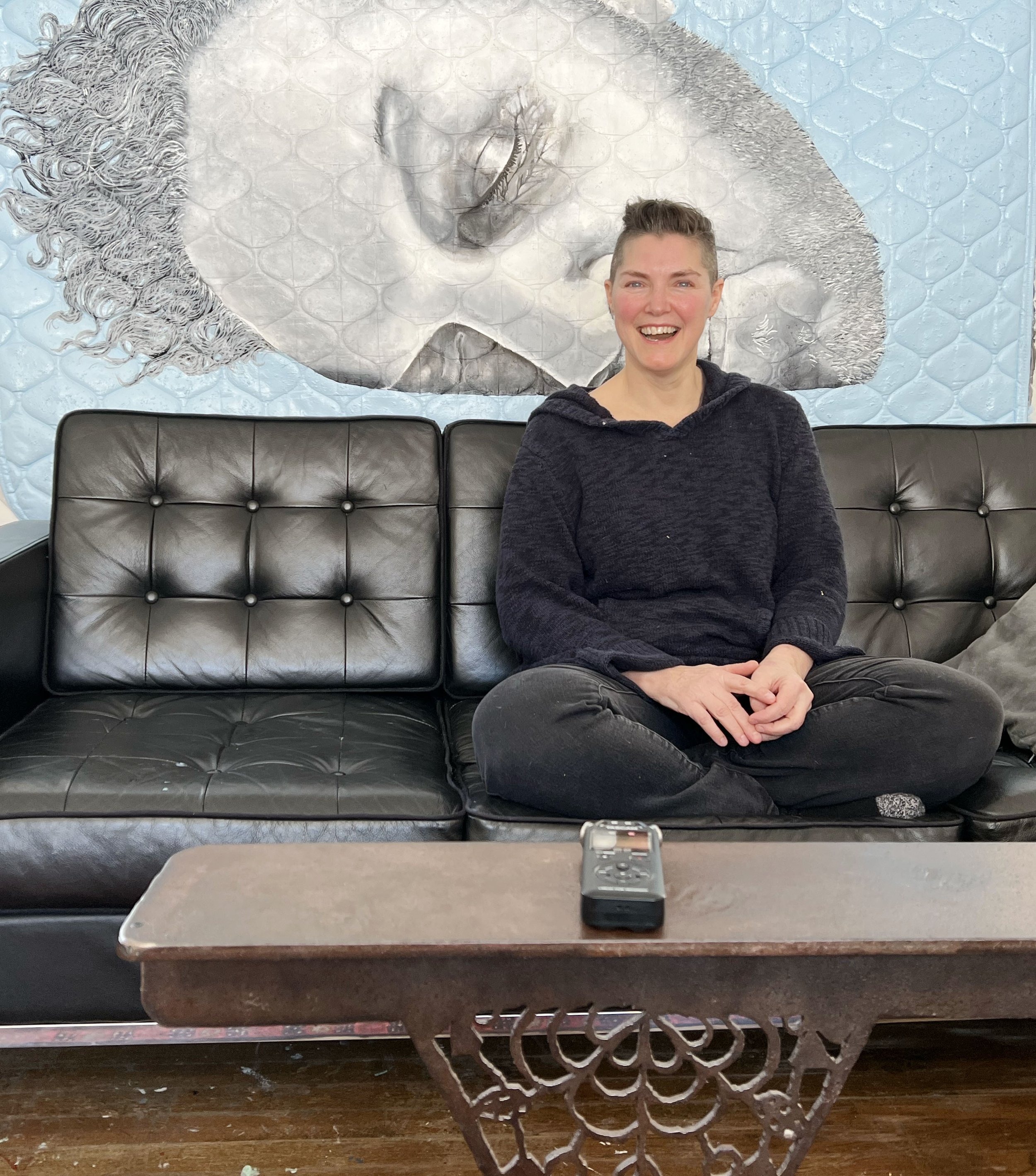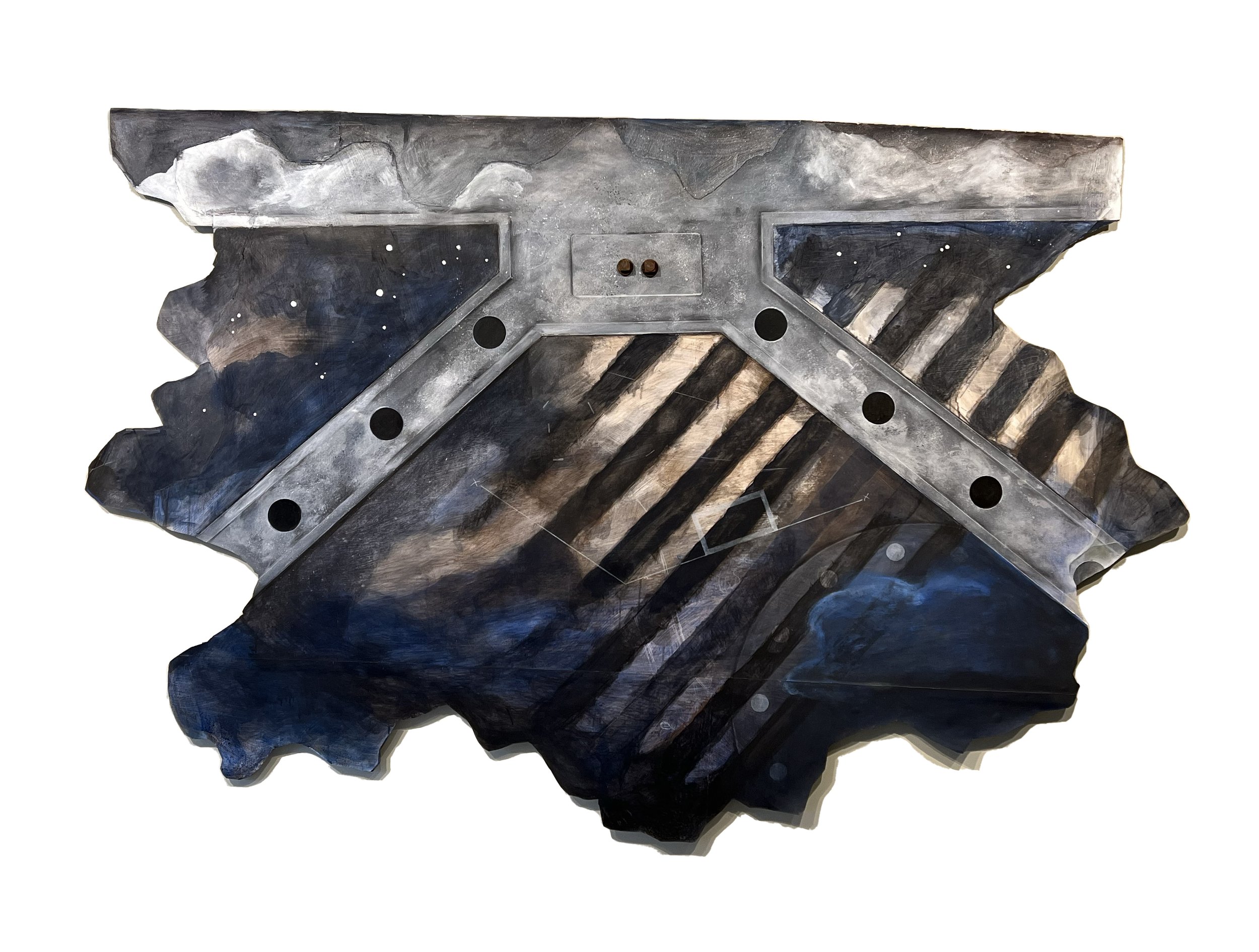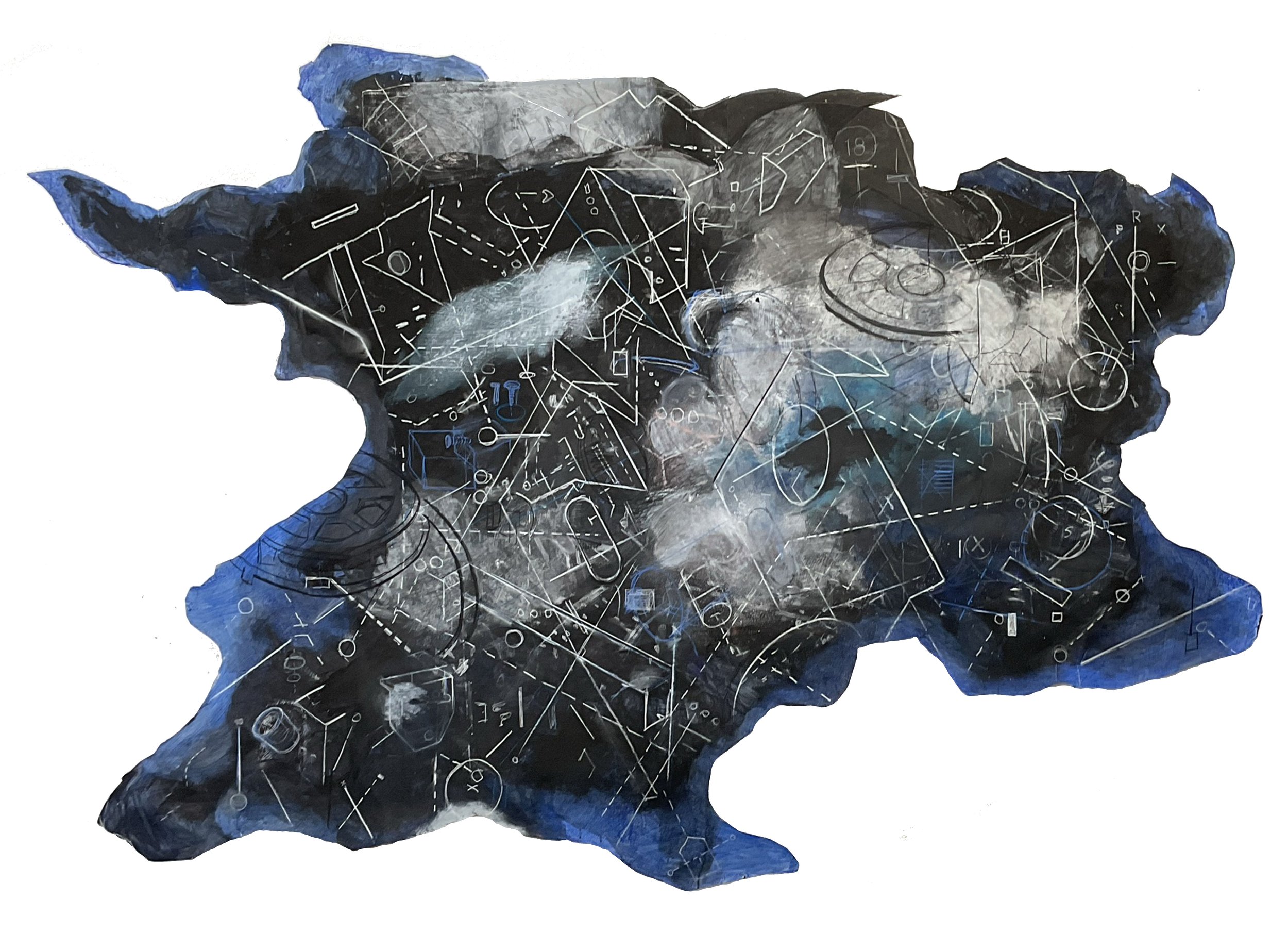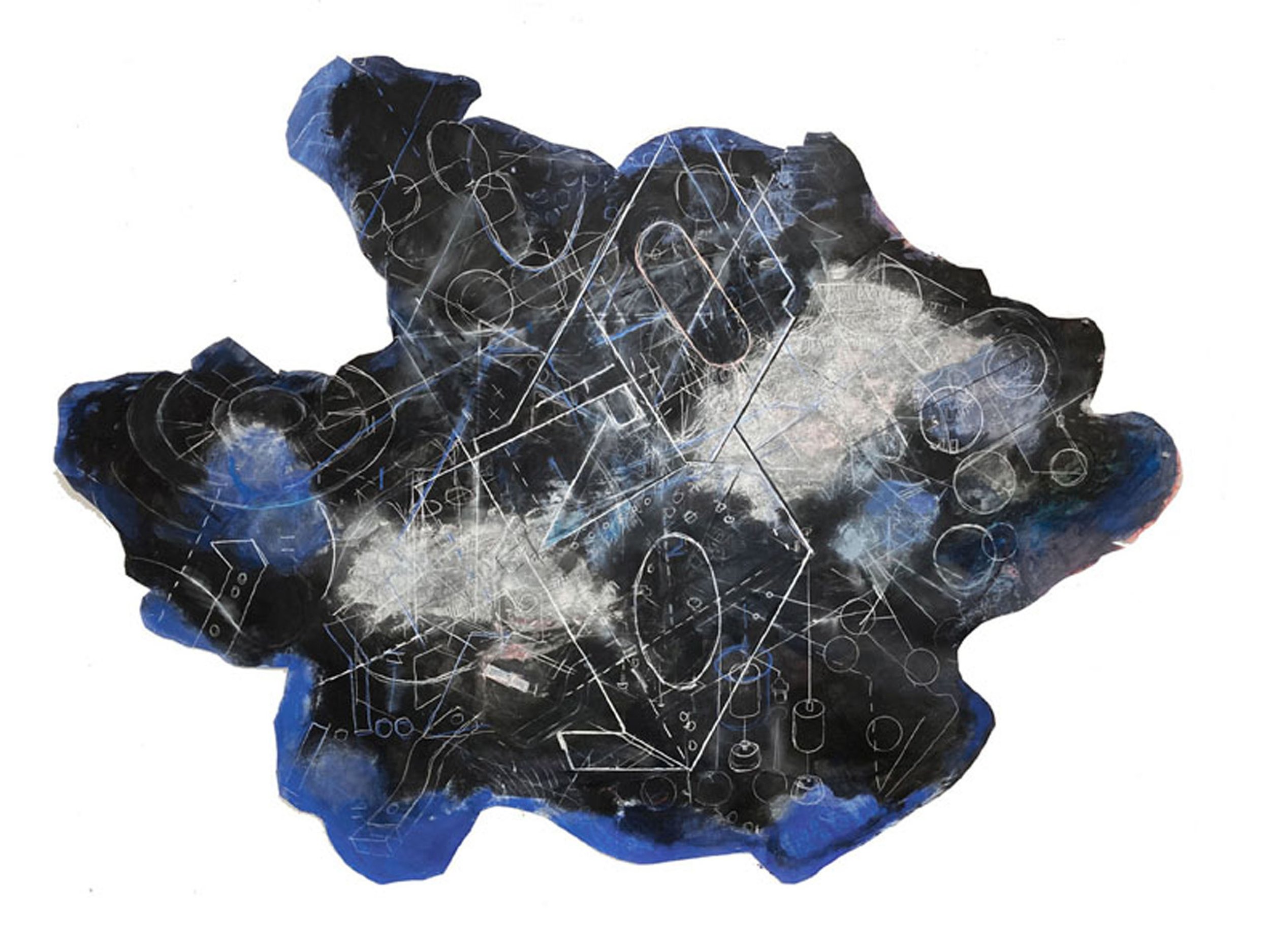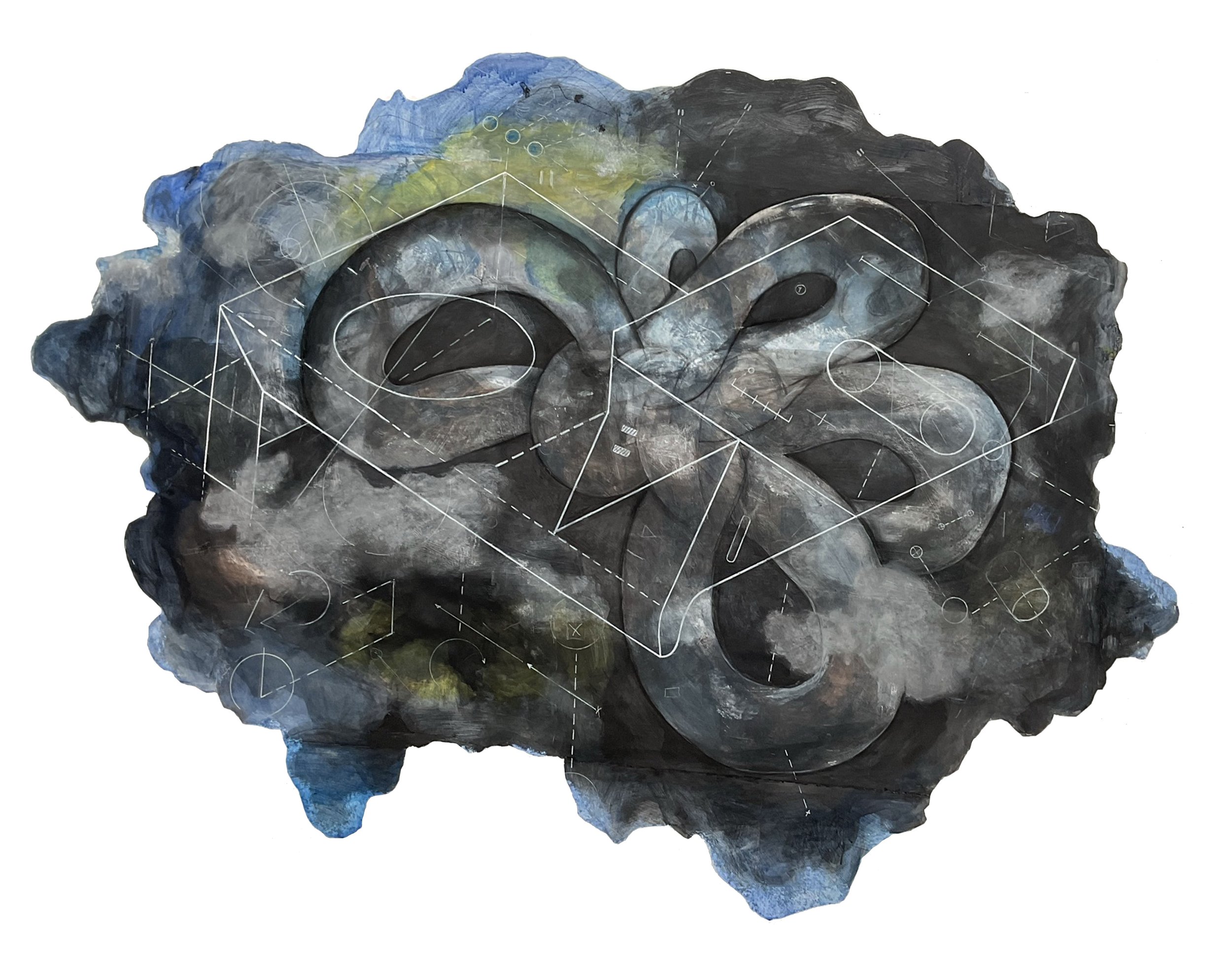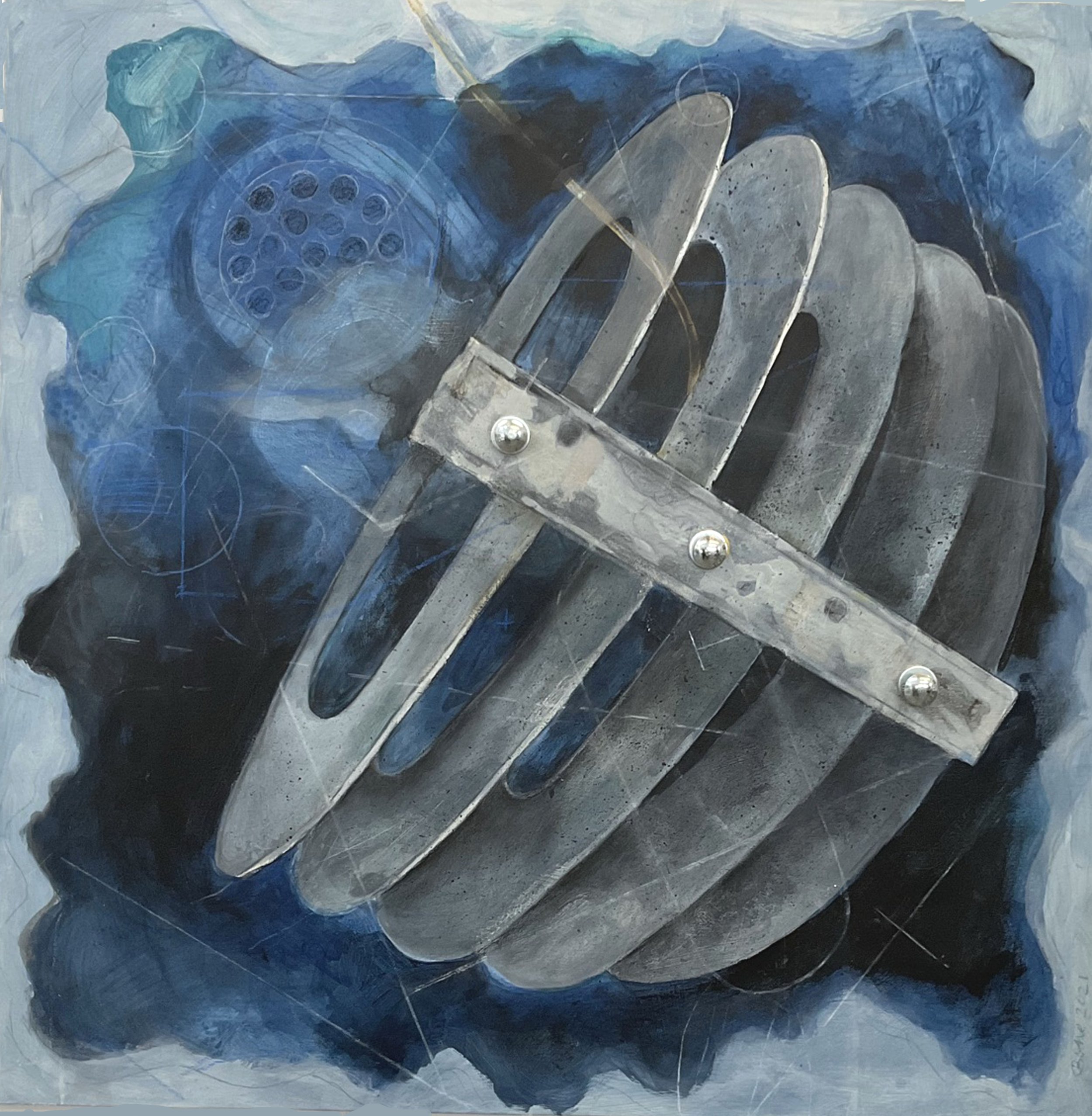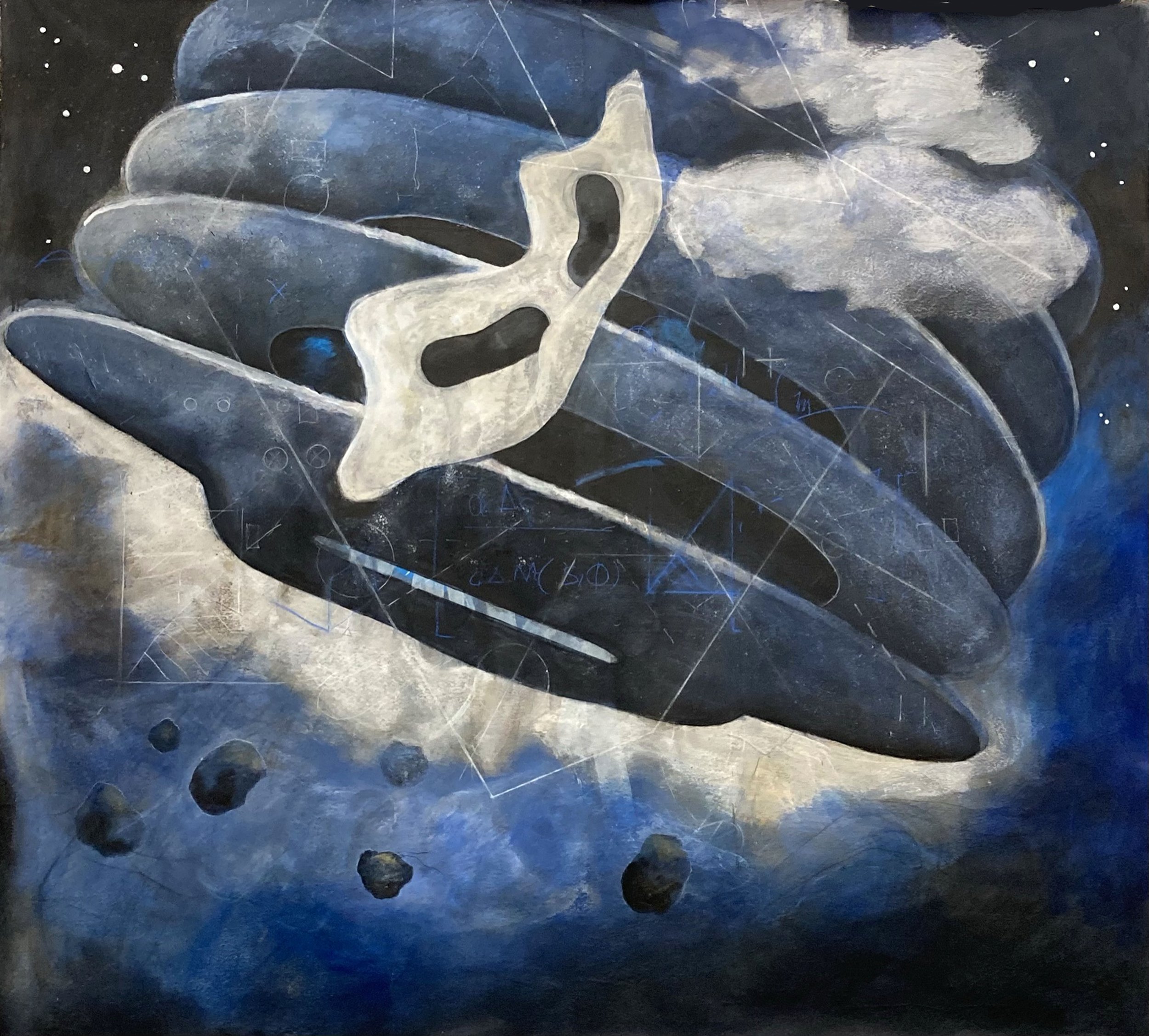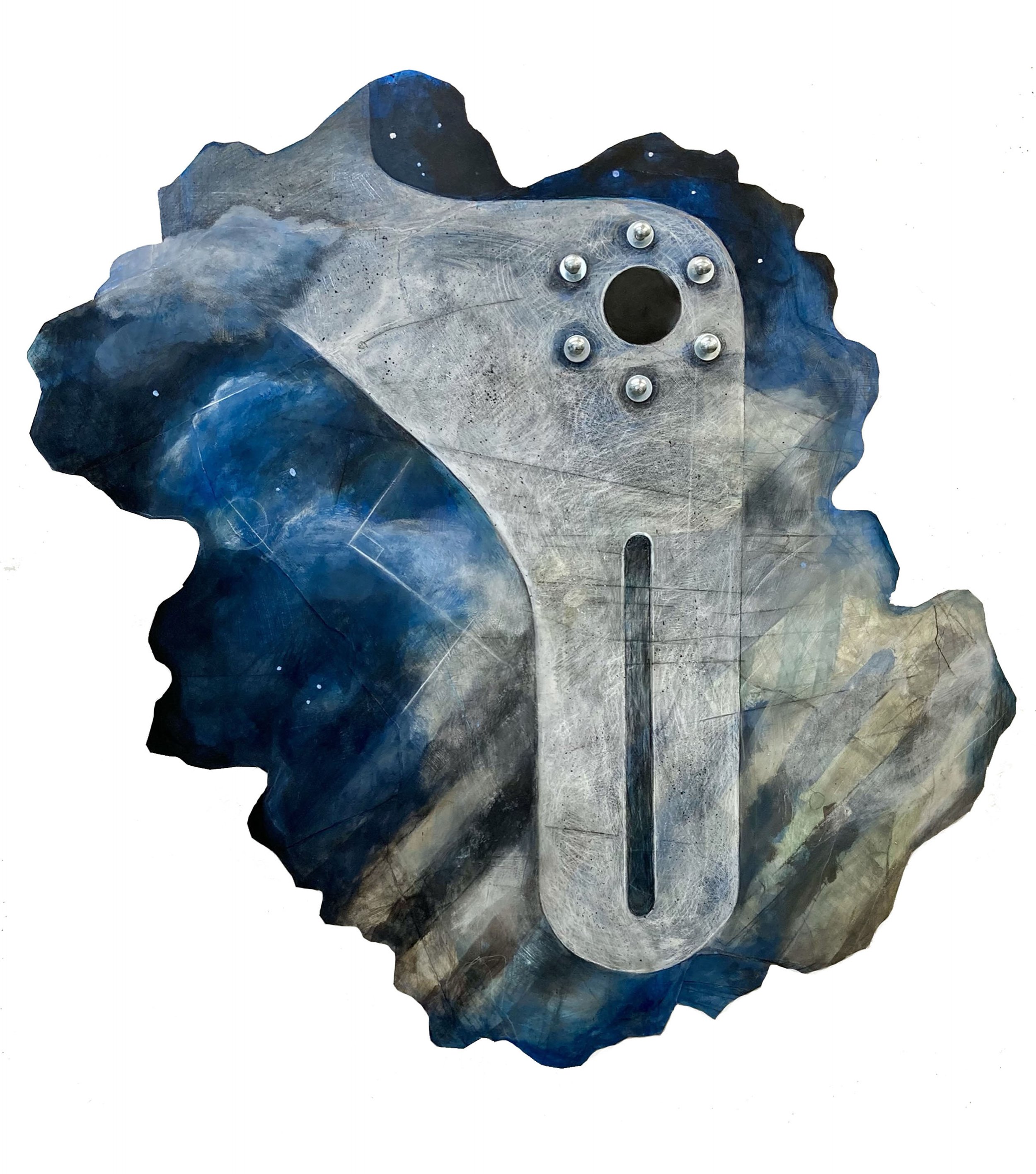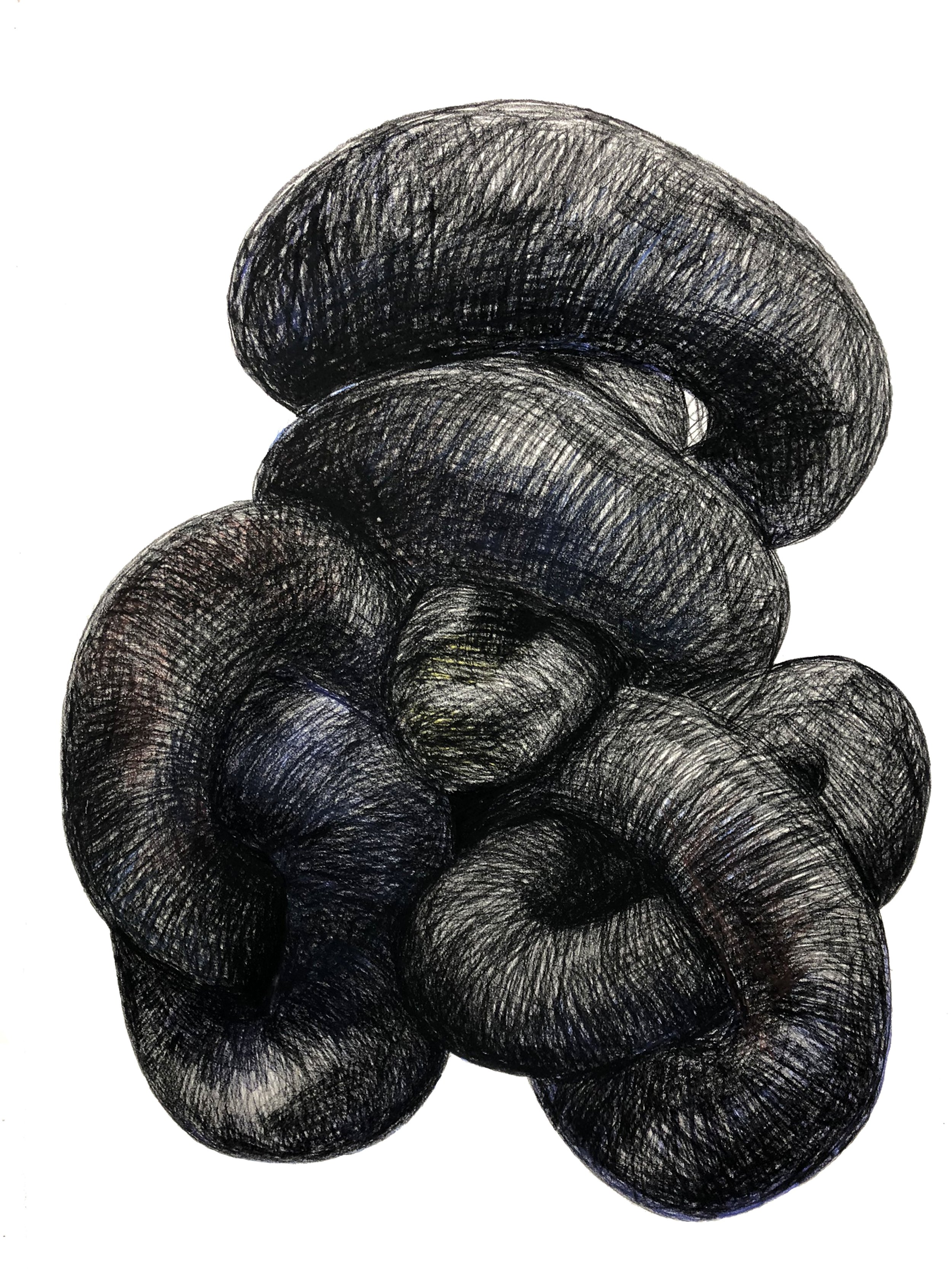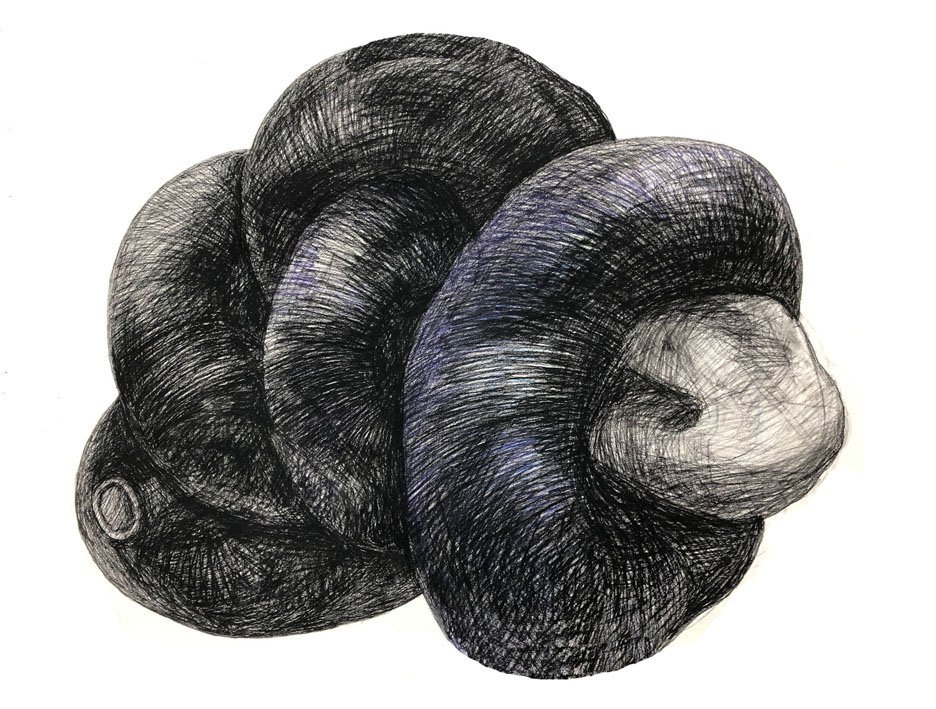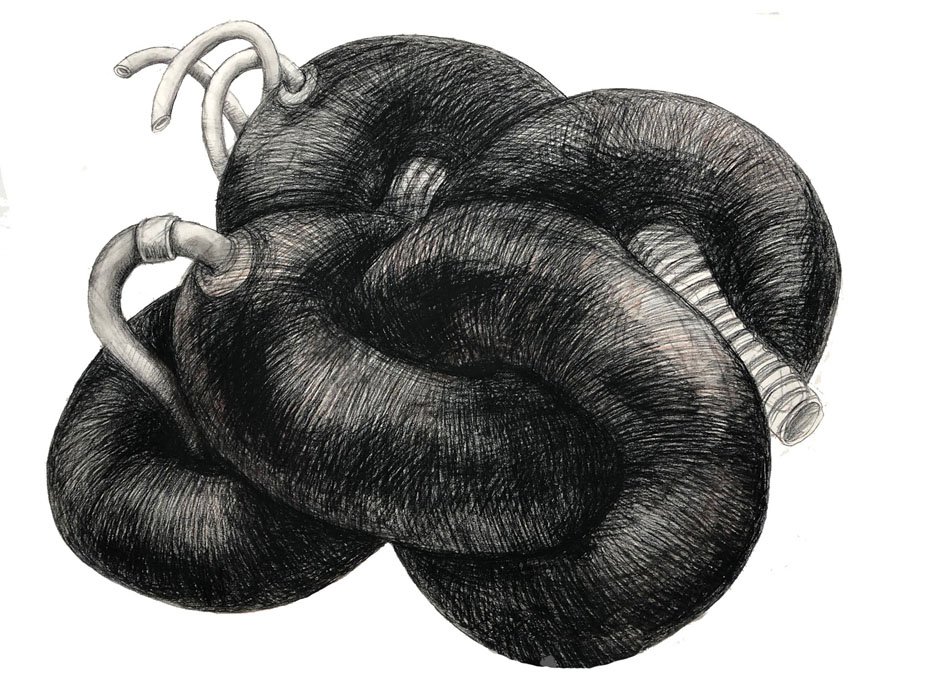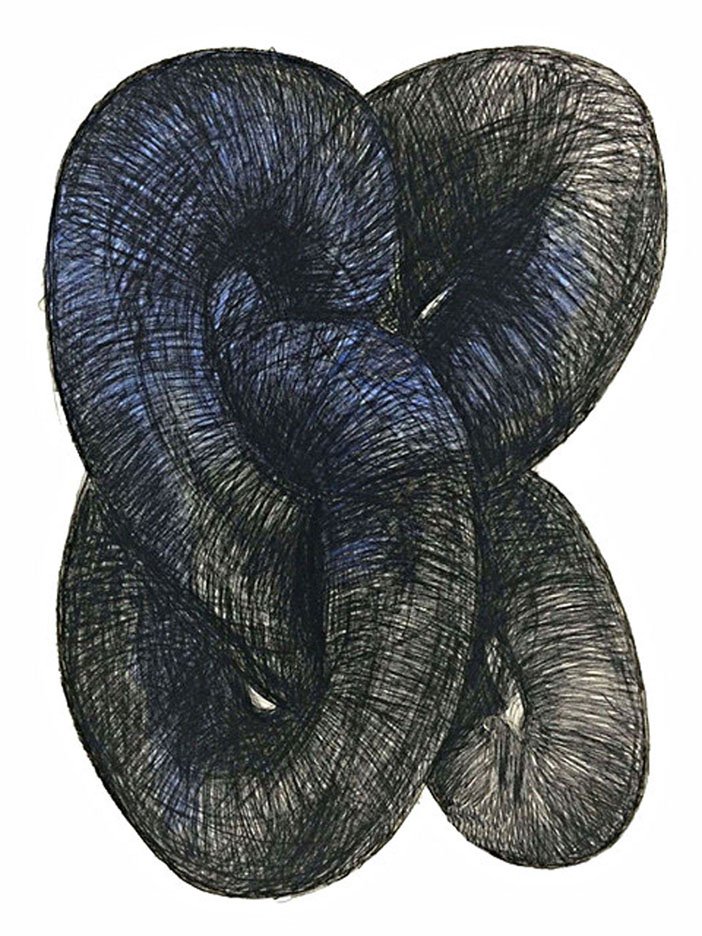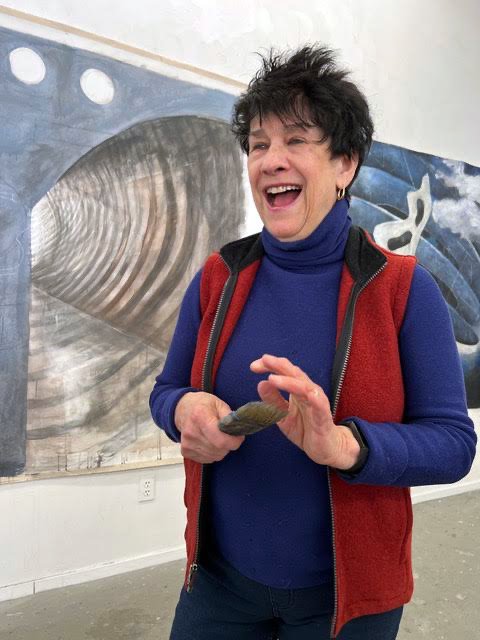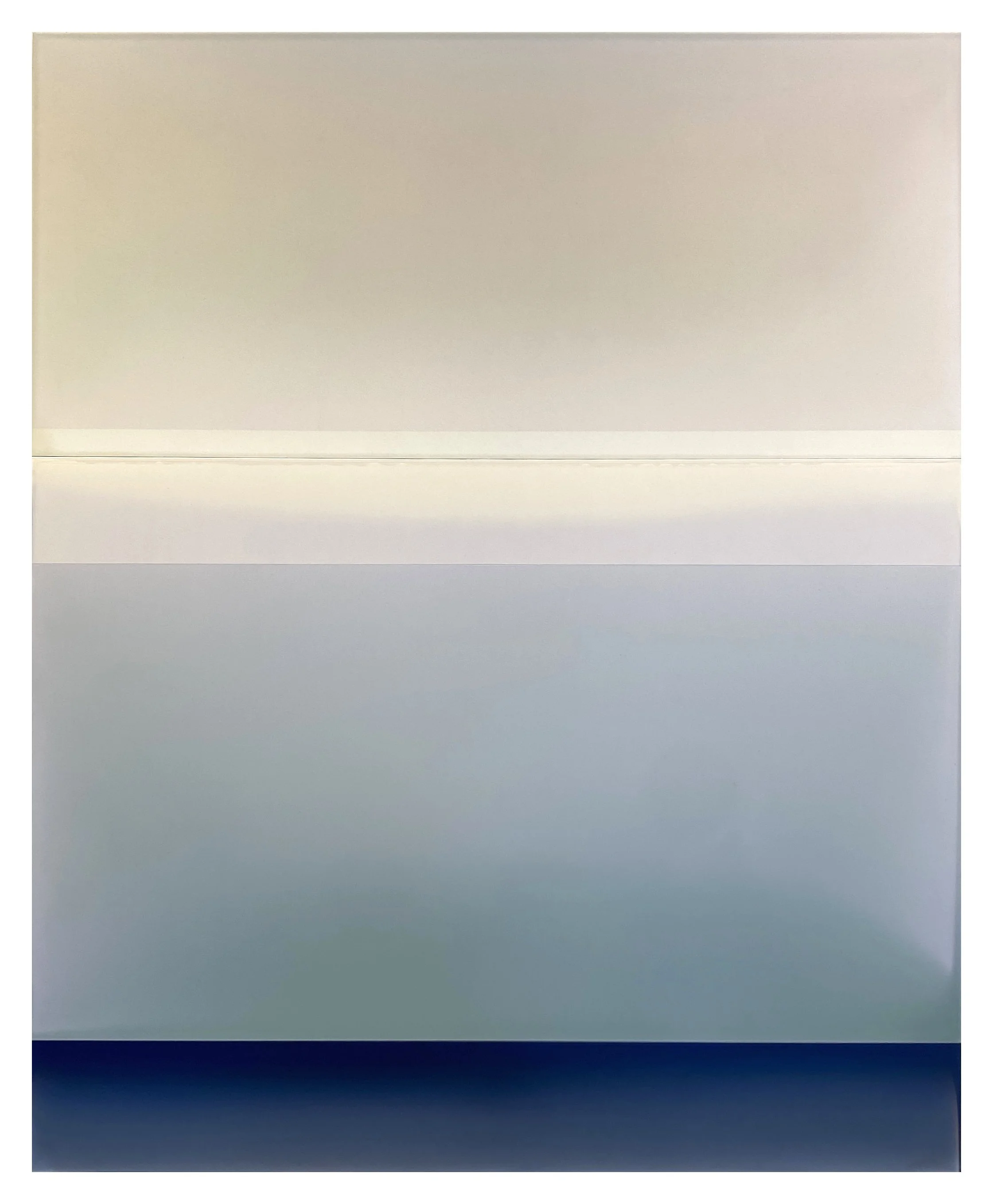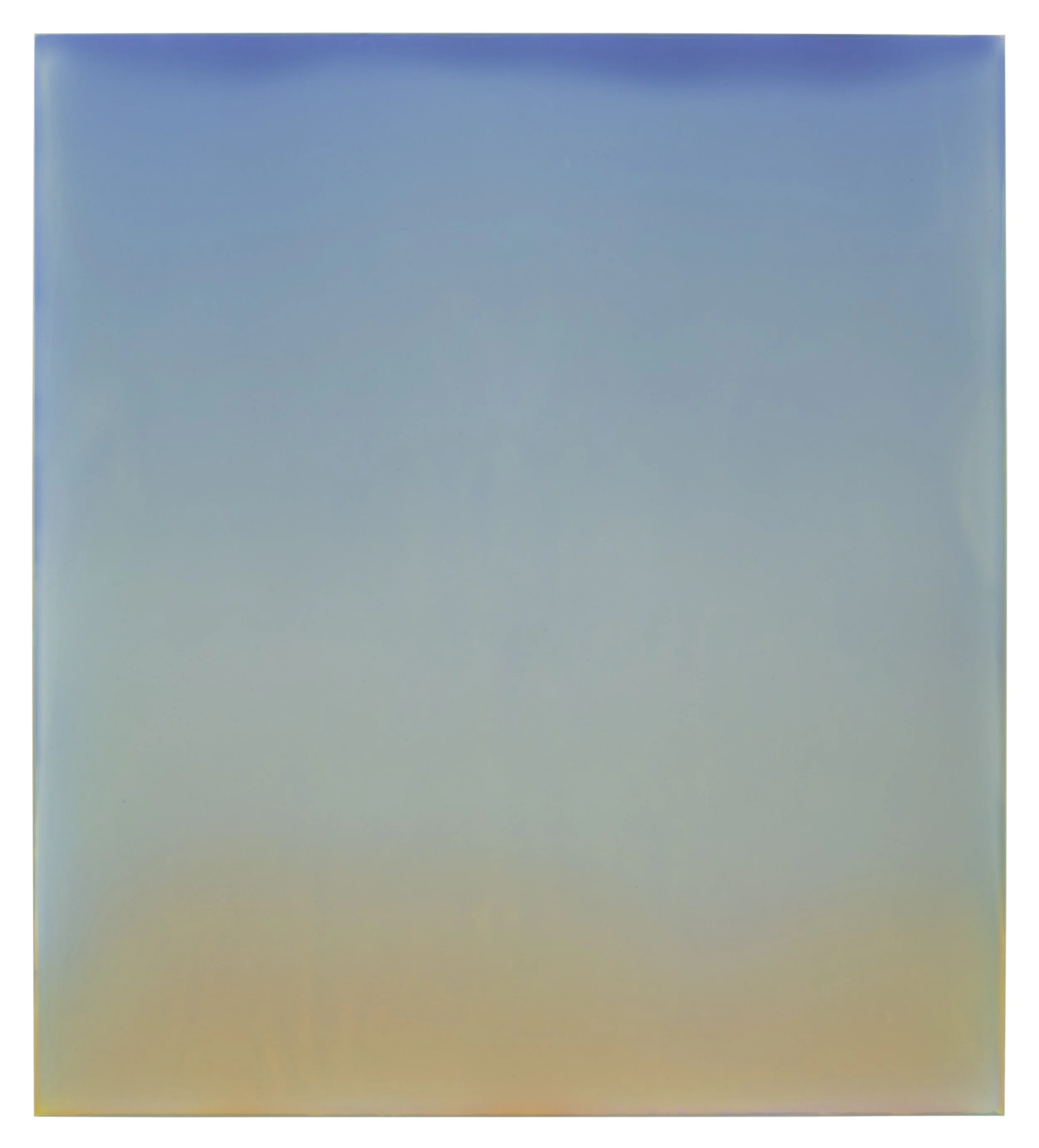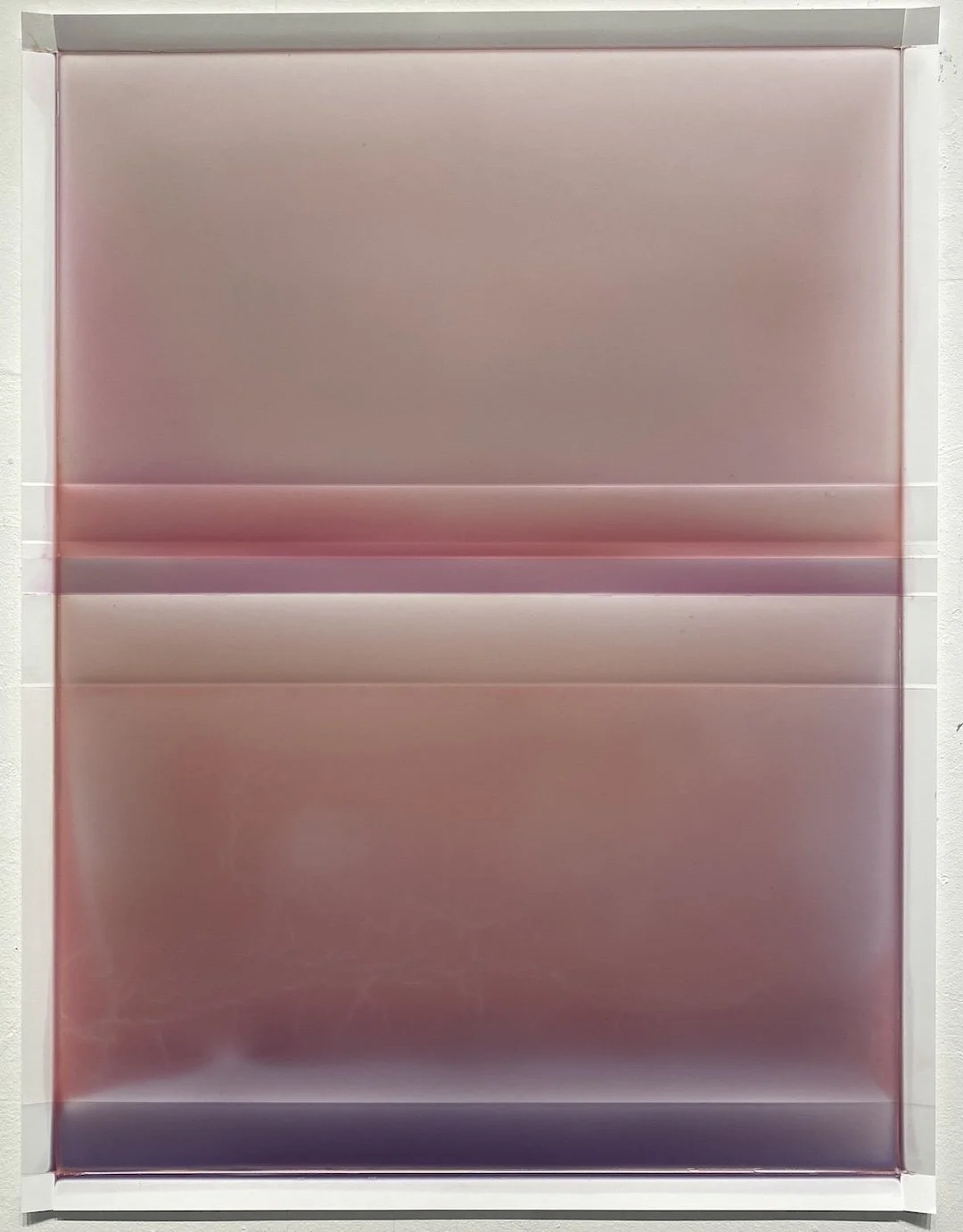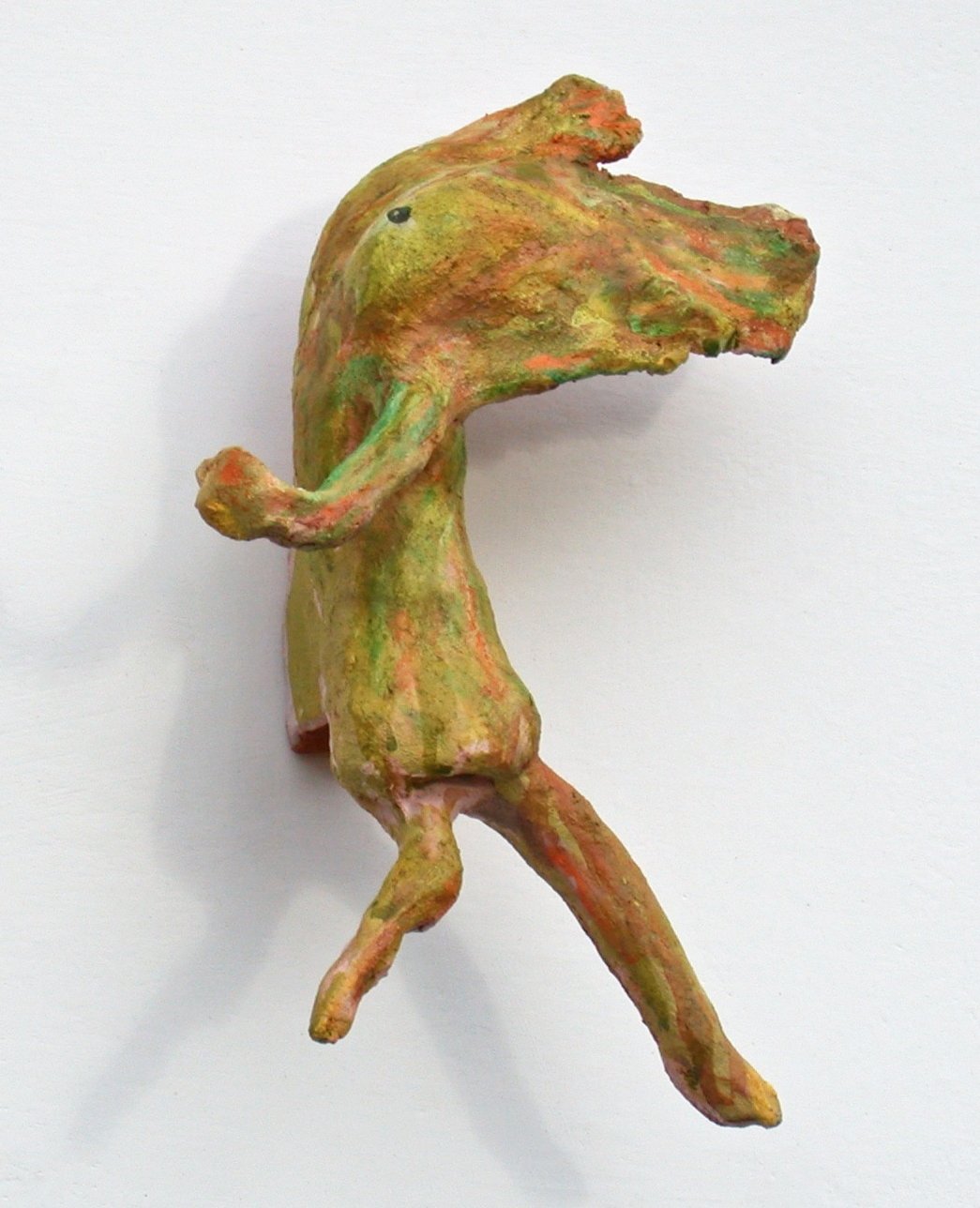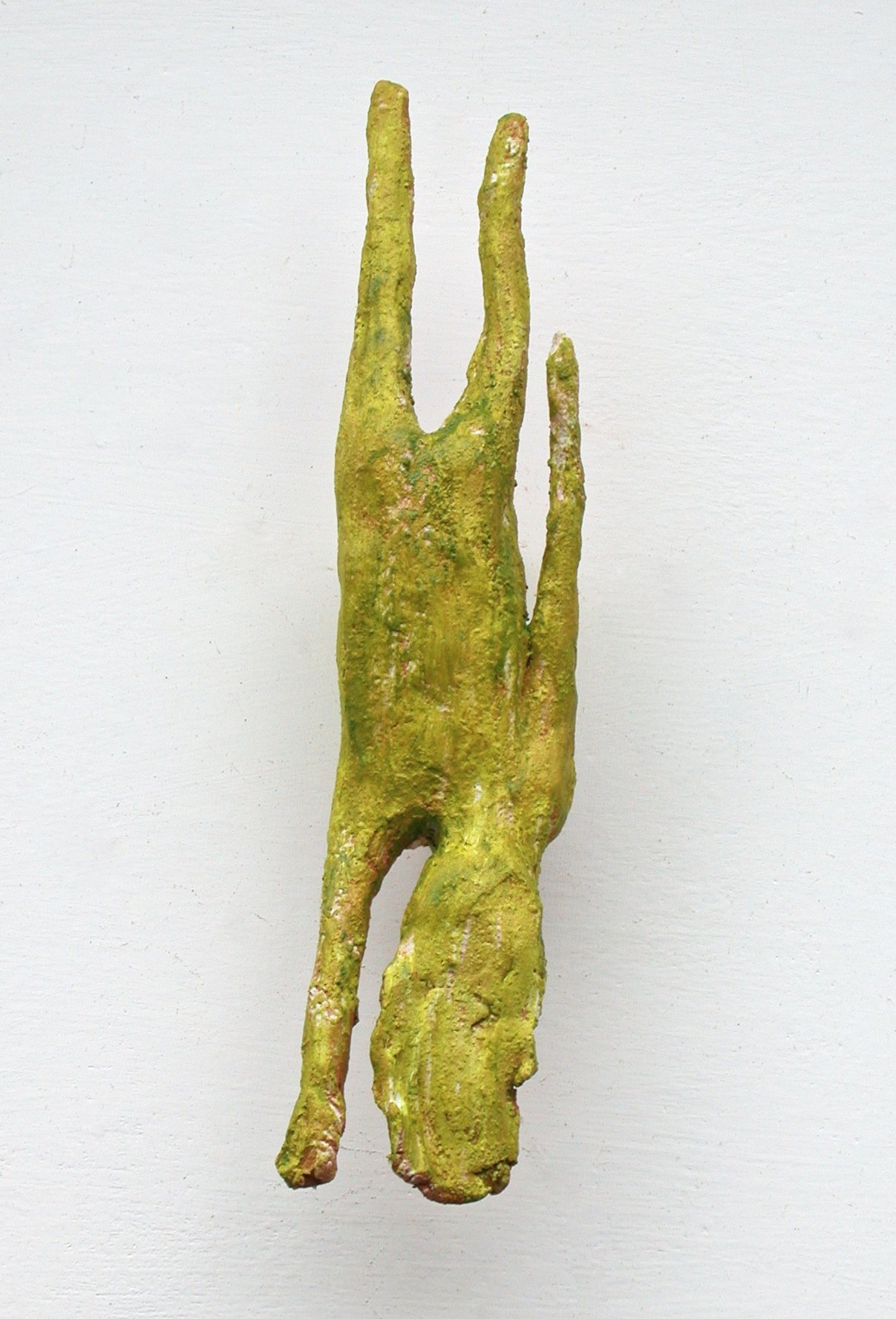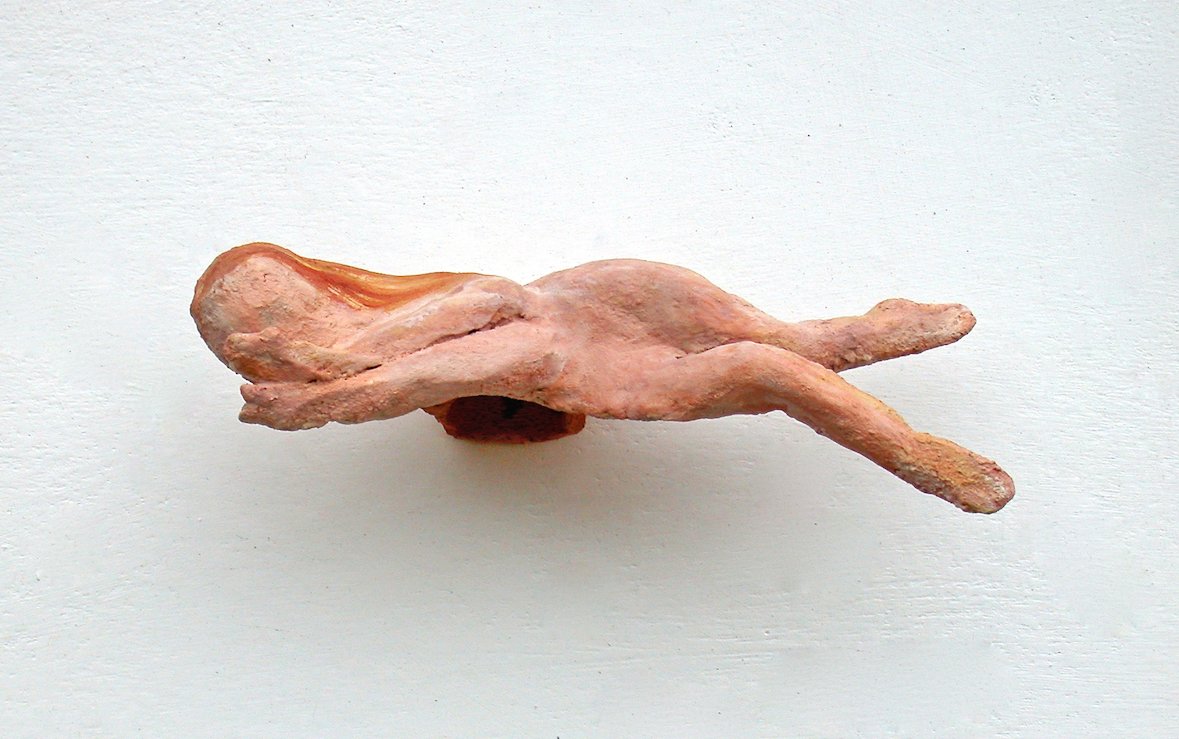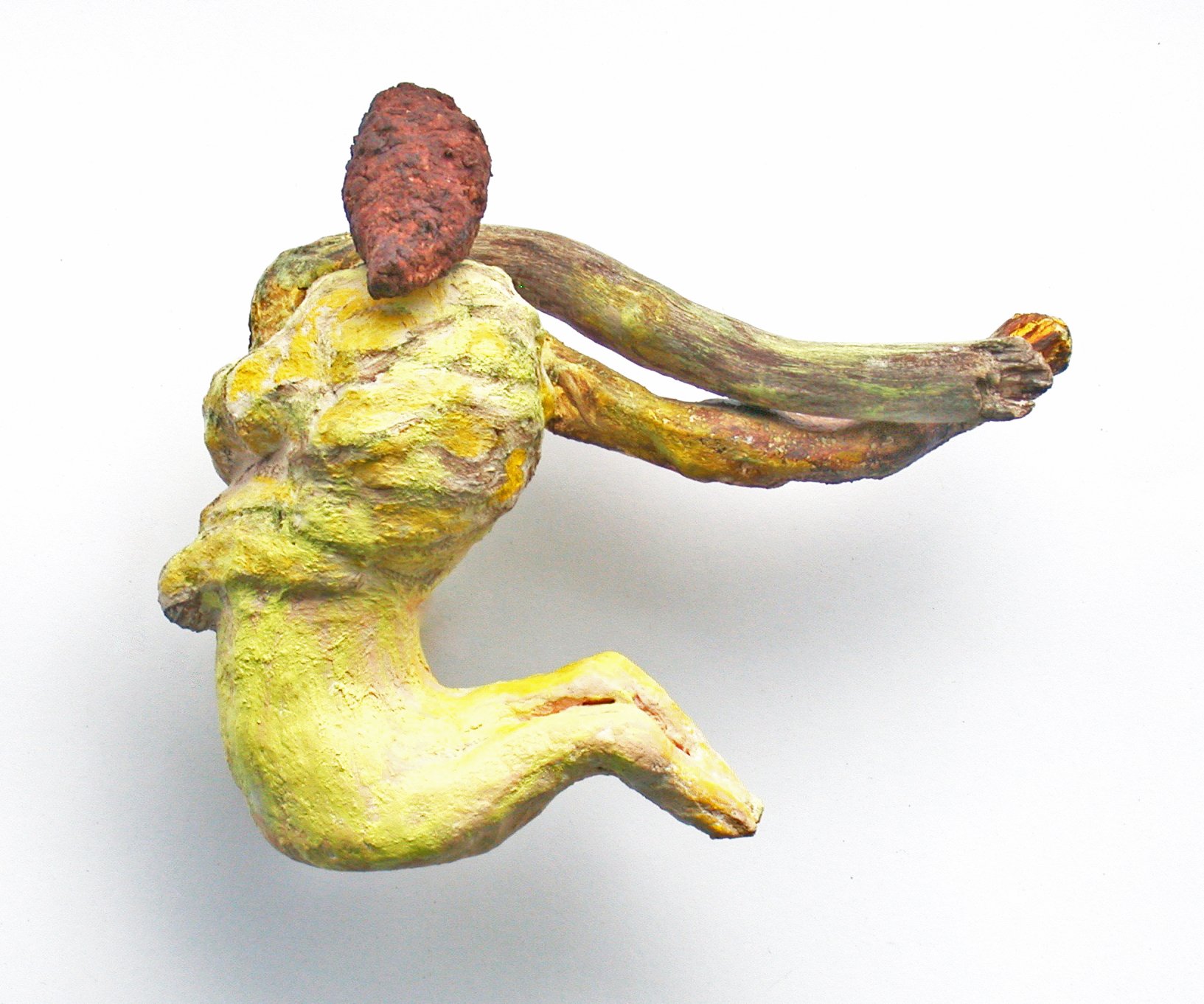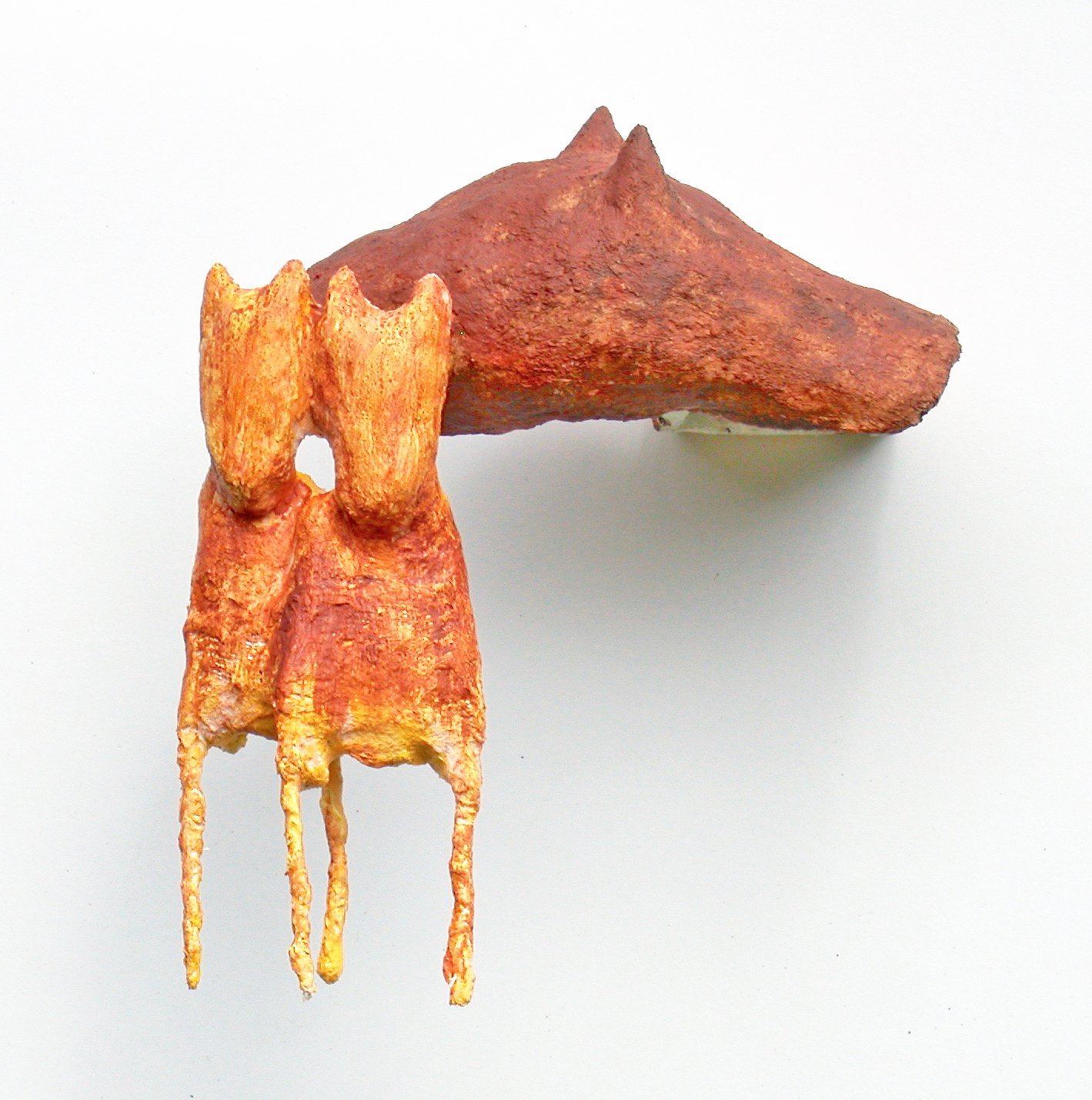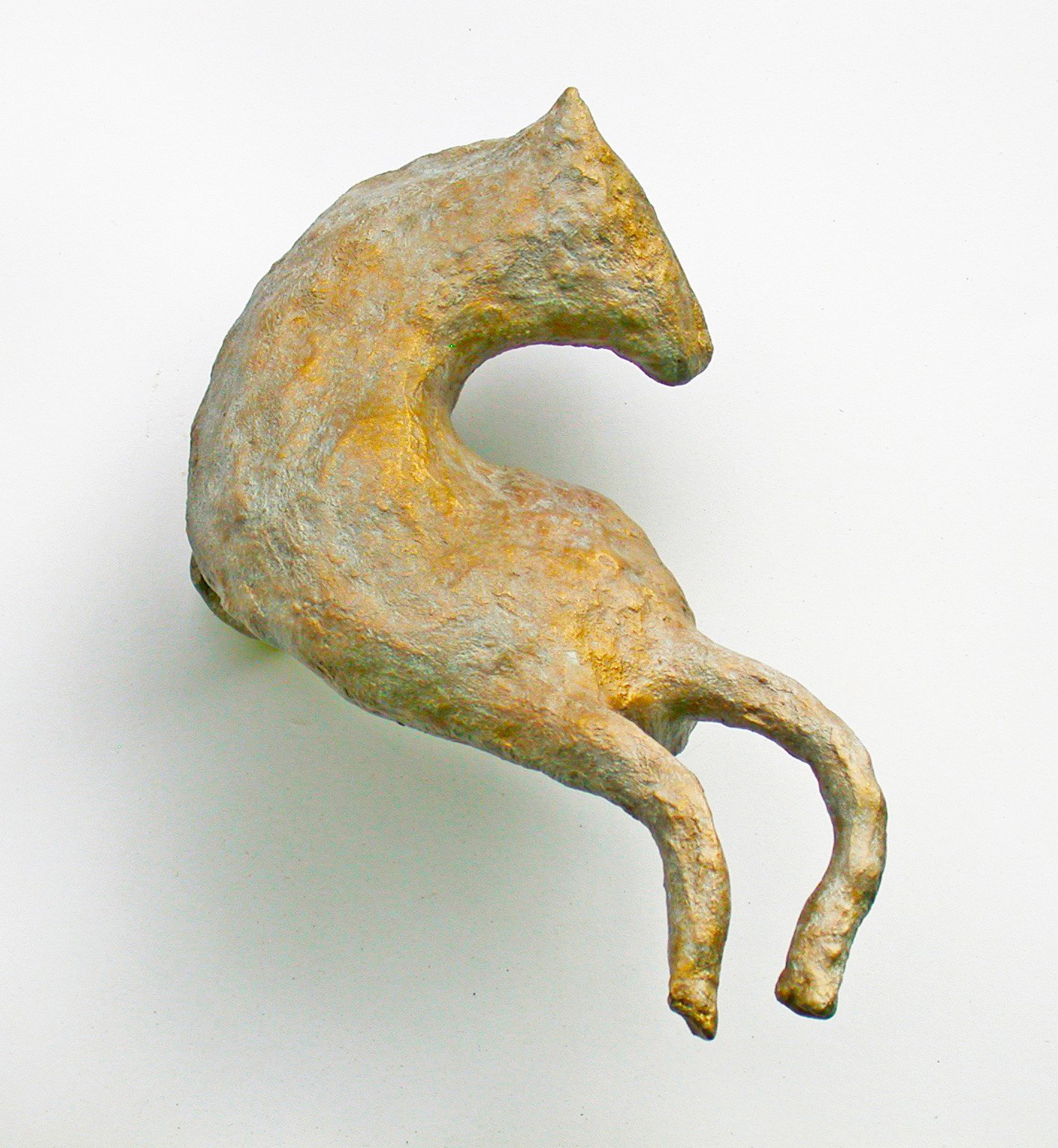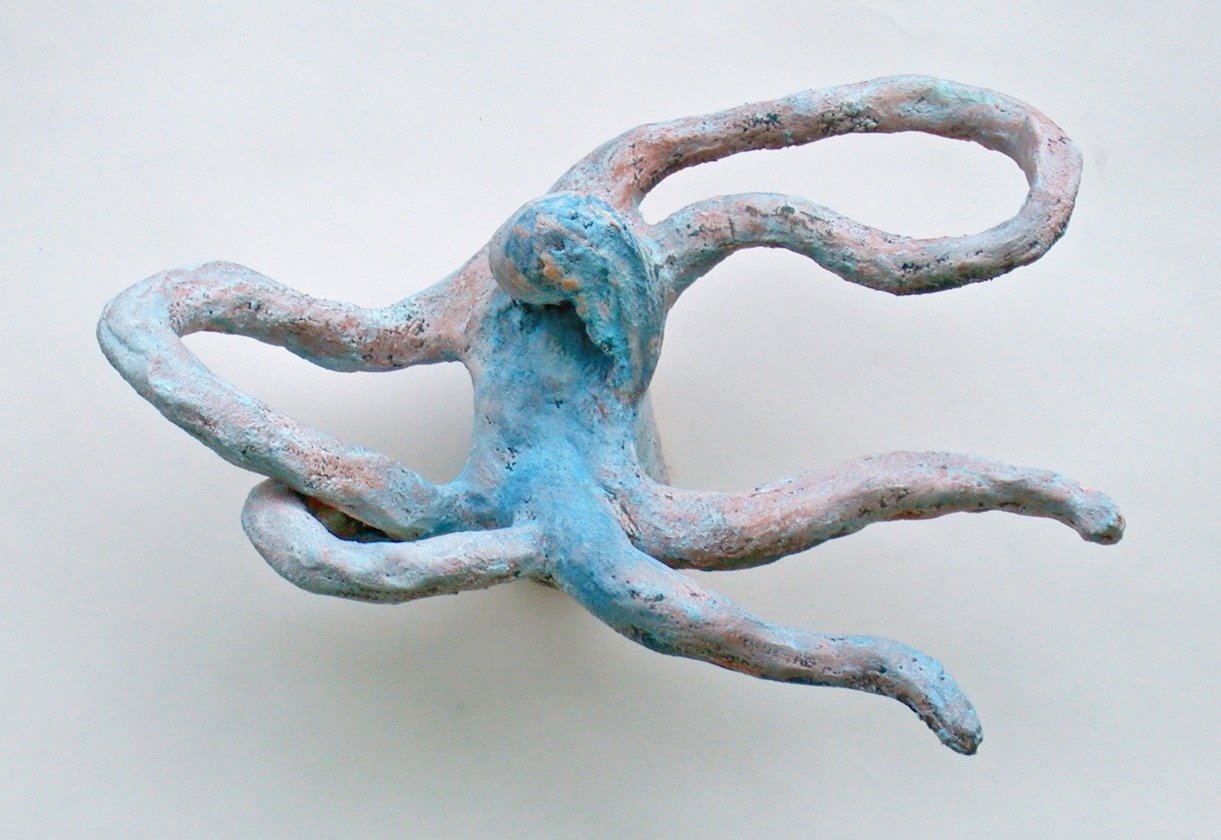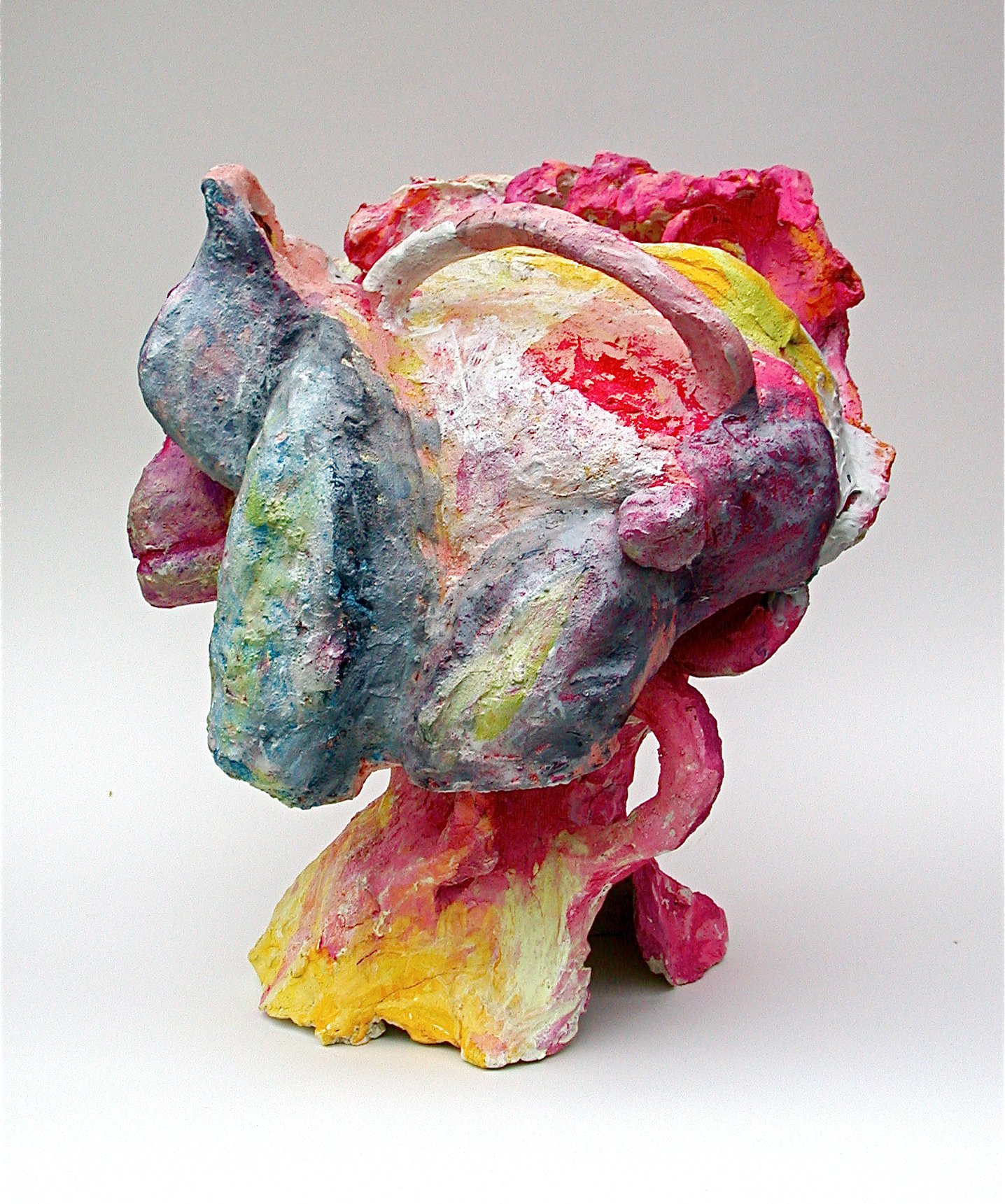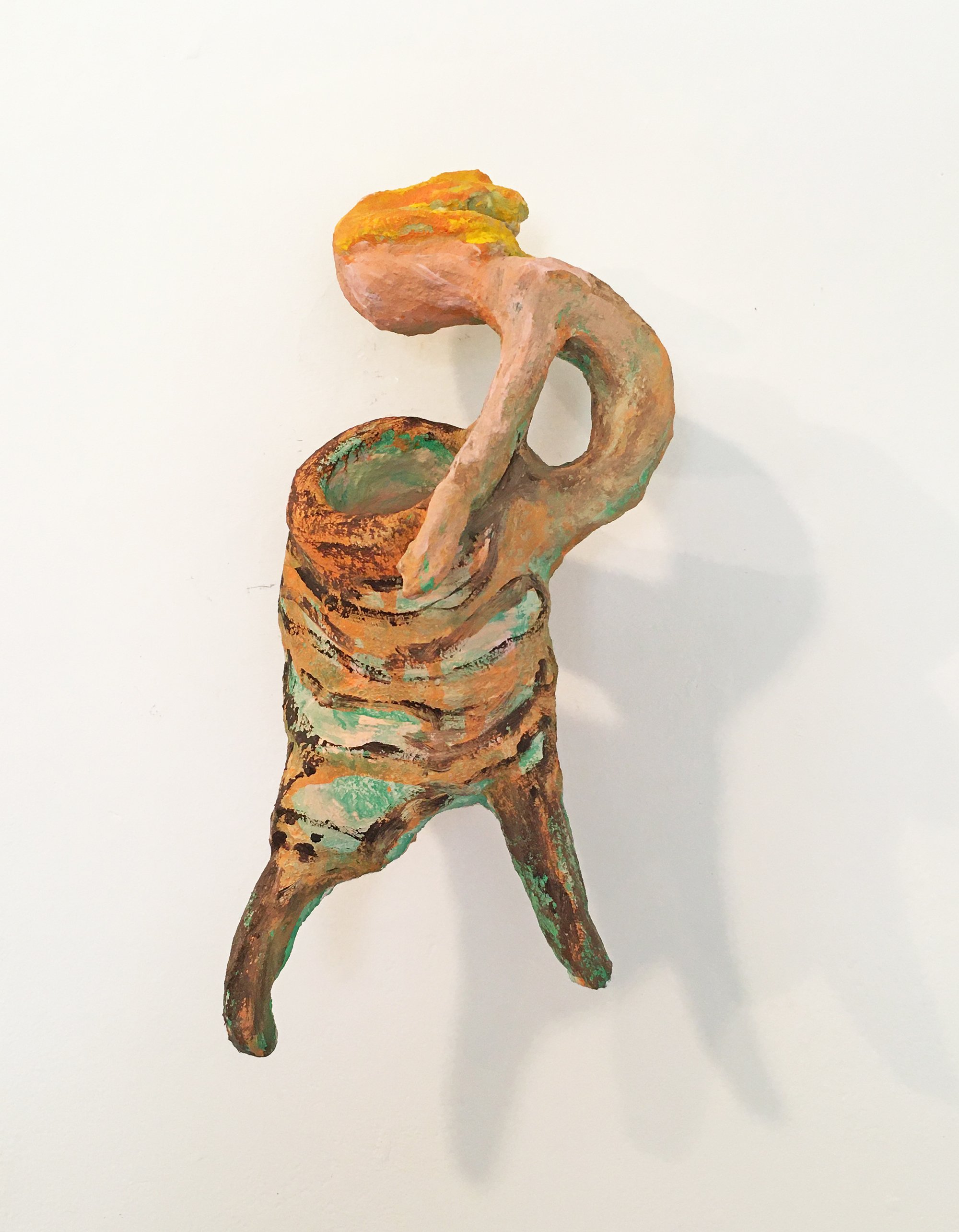Stepping into Melissa Stern’s studio is like entering a vast laboratory of anthropological research. An array of quirky artifacts covers every surface, some incorporated into sculptures and others on standby, like understudies awaiting their moment of glory. There is the ceramic bust of a fanged alien devouring the Venus de Milo, the figure of an adorable girl with the head of Winston Churchill, bodies with no arms and arms with no body, and much, much more. Everywhere you look there are works in progress, a seemingly endless collection of curiosities that will eventually be upcycled as ear, eyeball, or thumb. And that’s just one side of the studio. On the other side are her works on paper and canvas, equally diverse in imagery and emotion. This eclectic mix of found objects and skillfully crafted sculptures is the core of Stern’s studio practice. Her interests are wide-ranging (indeed, she graduated cum laude from Wesleyan with degrees in anthropology and art history), but her interest in people is the heart of her work. Specifically, Stern is interested in a person’s story: who they are, what moves them, and how her work can create meaningful connections. The figures in her sculptures and drawings also have their stories, from the quasi-liberated Clairol model to a grinning, armless waif whose feet are nailed as it were to a feminist cross. We can only guess at their histories, and this gap in the narrative creates the connection that Stern is after. When asked what her work is about, she turns the question around and asks the viewer what they think, soliciting an active role in its interpretation. Her work is at once hilarious and heartbreaking, creating an opening for us to laugh/cry over our complicated personal and collective histories. Stern’s artwork engenders a range of interpretations, and how we react to it is an indication of our personal world view, and where we are situated on an emotional grayscale.
MH: You’ve been making art for a long time, and I’m curious how and when you first knew that you wanted to be an artist?
MS: I don’t think I ever approached it as a career. I’ve been making things my whole life. I came from a middle-class background and my parents came from a poor background, so the idea was, why would we buy something if we could make it? My parents refused to let me go to art school, so I went to Wesleyan and studied anthropology, and realized that what interested me was why people make things, and how objects have the power to affect people. Then after leaving college and flailing around New York for a while, I realized that I didn’t want to study objects, I wanted to make them. So circuitously but not surprisingly, I ended up being an artist.
MH: Were you always a dedicated, “serious” artist, or did that develop over the years?
MS: By the time I started making artwork, I knew that’s what I had to do. It wasn’t really a choice. I also love teaching, and I do other things as well, but making objects is kind of the center of my life.
MH: Have you ever had a Plan B? Like, if things don’t go well with my art career, maybe I’ll explore a career in (blank)?
MS: The easy answer is no. Years ago when I was going through some rocky times as an artist, I was seeing my Jungian therapist, and she suggested that we talk about what else I could do, and the answer was nothing! I’ve had plenty of day jobs, but nothing that could have been a career.
MH: The first time I saw your work it felt lighthearted and whimsical. It seems consistent in your work that the first layer is playful, the second layer might be called humorous or satirical, both of which have a slight edge, and by the time we hit the third layer, a darker element emerges, like a contour that slowly reveals itself. Is this progression intentional?
MS: I’m not sure if it’s intentional. I’m not that strategic. It’s kind of who I am and how I see the world. I don’t make things and think this part is funny and that part is dark. It always interests me how different people see my work. The only thing that drives me crazy is when people say it’s adorable.
MH: Haha! Your work is not adorable.
MS: But it tells me something about the viewer. I’m interested in how people react, and I love it when they see that my work has many layers. Not everyone wants to see that. And that’s okay, you see what you want to see, but I like it when I can touch a person on many levels. Because life is very funny and very dark.
MH: It may be misleading to classify your work as dark. I like the term “shadow”, as it’s less foreboding, and more integrated with “light”. Psychologically speaking, I see your work as encompassing both light and shadow as it relates to your personal history, as well as our collective history. Do you see your work as an expression of both?
MS: Yes. I think life is both. People are full of ambivalence, and the world is full of mixed feelings – nothing is black and white, but many shades of gray. There’s a duality, a push and pull between light and dark that is emblematic of how complicated we are. And emotionally speaking, that’s what my work is about.
MH: One of the pieces that made me laugh/cry was a large sculpture of a woman’s feet in sandals, with an epic case of toe-verhang. It was at once hilarious and heartbreaking, hinting at the shadow that women carry about their sexuality. The power of the piece was in its vulnerability, and I think this may be one of your strong points as an artist: namely, the willingness to be open and vulnerable. Do you ever feel exposed when you put your work out in public?
MS: As a younger artist, one of the critiques that I got was that I was holding back, and I was told that I should let it rip. So I have consciously tried in the past couple of years to be more vulnerable. I make what I make and, in the words of Popeye, I yam what I yam. The one thing I have strong negative feelings about is work that hits you over the head and tells you how to feel. I want to make work that has an open-ended quality, and that lets each person interpret it and feel how they want to feel.
MH: What’s the difference between ambivalence and vulnerability?
MS: Vulnerability is a much more open state of being; it is perhaps the lack of ambivalence. I want people to respond to my work, and being vulnerable is part of that. I’ve found that the more open I am in my work, the more response I get, and the more I connect with people.
MH: Another consistent theme in your work is the feminine. Some of the figures could be of either sex, but most of them read as female. How do you regard sexual orientation in your work? Do you concern yourself with gender specificity?
MS: I’m not particularly interested in gender specificity. There are pieces that are neither and all, and then there are certain figures that are explicitly about being a woman. My work has a lot to do with my memories of being a girl and growing up in Philadelphia and exploring my own psychic past. But what I strive for is a universality, so that anyone can look at it and respond to it, even though the figure happens to be female.
MH: Do you consider yourself a feminist? How would you feel about your work being called “feminist art”?
MS: Yes, but maybe it depends on your definition of feminist. As I see women’s rights being eroded left and right, it makes me feel more politically feminist. But my work is not overtly political or feminist; it’s not going to hit you over the head. You can read a lot into the smiling girl whose feet are nailed to the ground.
MH: Women our age who came up in the 60s and 70s were deeply influenced by the 1950s, because most of us had mothers who weren’t yet liberated from their traditional roles as housewives. By the time we hit puberty, we had to make the improbable leap from June Cleaver to Cher. Do you think this compressed period in history cast a shadow over our liberation? Were we simply too young to understand the immensity of the freedom we were being given? I see in your work the expectations of what it means to be feminine and liberated, and the ways that we may have failed.
MS: That’s a big, juicy question. I think what you’re saying is true, but the difference for me is that I had a working mother. She imbued in me the idea that I should always have my own money, and I should be able to make a living. So I grew up with the idea of self-determination and empowerment more so than my friends whose mothers never worked. But it wasn’t a totally liberated, modern household: my mom worked all day, then came home and made dinner. And she always wore makeup. No one ever saw her without makeup, because, as she put it, she had to put her face on. I love this idea of putting one’s face on, putting on foundation – it has so many levels of meaning, right? I’ve used this kind of imagery a lot in my work, because it connects to vulnerability, ambivalence, the whole psychological aspect of being a woman.
MH: Some of your figures wear the fashions of the conservative 1950s, and you often include figures cut from vintage magazines. These caricatures inhabit your work like relics from a bygone age. What draws you to that era? What does it represent to you?
MS: I’m fascinated by how women were portrayed in magazines after the war, in the 40s and 50s. Life magazine reinforced the idea of women being moms and housewives, and they began to be filled with ads for stockings and bras. Then later into the 60s there was a whole series of ads about Maidenform bras, like “I dreamt I was in the circus in my Maidenform bra!” and there was a picture of a woman in a bra taming lions. They’re so absurd! It acknowledges a certain type of liberation but reminds us that we need to dress a certain way and be sexy.
MH: So liberation was available, but had all kinds of strings attached. And maybe it still does.
MS: Yes, and it ties back to the idea of ambivalence. You can be liberated as long as you make sure you get home and cook dinner every night. In my series “Does She or Doesn’t She?”, I talk about that ad campaign, which depicts successful, gorgeous ladies with perfectly coiffed hair, and the question is, does she or doesn’t she dye her hair? And in the ads, she almost always has a child next to her. So we’ve been sent these mixed messages our whole lives, and we still are. The hyper-sexualized messages that are sent to young women now are horrifying to me.
MH: Some of your female figures seem confused or paralyzed, as if uncertain of who they are or what their place is in the world. My read is that they were enjoined to go forth and be feminists but weren’t given any useful instructions. How do you think about these figures, some of whom are on the verge of a meltdown?
MS: Haha! I sometimes feel paralyzed as an artist. I work between genres; I am neither this nor that. I’m a contemporary artist but I work in the vein of other traditions and sometimes that puts me in a funny limbo land, and this is reflected in my artwork. The fact that they are women and girls is yet another layer of meaning.
MH: And then in some of your works, the female figure is liberated and empowered, without regard to the male gaze. Do you think that your journey toward liberation is reflected in your work? And if so, has your creative process contributed to that?
MS: Oh, I certainly hope so! I try to make work that embodies what’s on my mind and in my heart, as well as things that I’m not thinking about, that are in my subconscious. Sometimes I’m surprised by my own work, and I think, wow! How did I do that? So if the work feels more liberated or like I’m tapping into purer veins of emotion, that’s great! One can only hope, right? For me there’s also the technical aspect of taking a found object, like a funnel, and integrating it so completely into a fabricated object that it feels like there’s no other way that this figure could have existed but with a funnel for her head. So in addition to the emotional and psychological growth, there’s a technical evolution of my skills as an artist.
MH: Yes, and there’s also the development of an aesthetic, because you need to have a certain refinement of aesthetic to see that the funnel is the only possible solution for this head.
MS: Absolutely. And experience. The more things you make, the more you experiment, the more the encyclopedia in your mind grows.
MH: I’d like to return to the concept of light and shadow in your work. It’s said that the further you go into the light, the deeper you go into darkness; there will always be equal amounts of both. Do you find that as you move toward greater freedom as an artist and as a woman, that your work becomes deeper and more resonant? Does the darker aspect of your work stabilize the light in a kind of emotional chiaroscuro?
MS: I have trouble answering the question because I don’t think that analytically, and it’s hard for me to be objective about my own work. What I see when I look at it is very different than what other people see. The work is more deeply felt than when I was younger, and it’s more difficult as well.
MH: Why do you think this is?
MS: Because I’m more honest and vulnerable, and I allow my feelings to come out in a more naked way. Making figurative work is different than abstract work. You’re making people! That’s different on every single level. The subtleties are very important because they’re more noticeable. As my work has gotten richer and more resonant, those subtle inflections and small gestures create the entire personality of the piece.
MH: Have you noticed that the works that express the light/shadow energy are the ones that people most react to?
MS: Yes, but it depends on context. Seeing the work in my studio is very different than seeing it in a gallery, where someone else controls the narrative. Curation plays a big part: the works they choose and how they hang the show creates a different universe than someone coming into my studio and plunging into my brain.
MH: What do you think of this: The stronger the presence of a shadow, the richer and more interesting the art. Am I being too reductive to suggest that the shadow is what makes great art great?
MS: I would agree with you, but I think the tension between one thing and another is what makes great art great. I can look at work that is beautiful but has no oomph behind it, and it won’t stay with me. On the other hand, I can look at work that’s all oomph, or all emotion, and it doesn’t touch me at all.
MH: What’s missing for you in those pieces?
MS: The dance! The dance between beauty and content. I happen to think that beauty is underrated in artwork, and by beauty I don’t necessarily mean something that’s conventionally pretty. There’s beauty in austerity, and in reduced, simple work as well as work that’s ornate and baroque. It’s an elusive quality, and sometimes the beauty comes from pure content.
MH: Do you think what makes great art great is the tension of a polarity?
MS: No, I see it as a dance. Polarity implies opposites and a different kind of tension, whereas a dance is when two things come together and make a third. Like two conflicting emotions melding together in a dance to create a beautiful work of art that touches you so deeply.
MH: That sounds like Hegelian dialectic. Do you think great art is a type of synthesis? Something new that emerges when overused ideas react with opposing elements?
MS: Yes, or with all the elements. It’s a moment of magic! If you try to take it apart and analyze it, you lose the magic.
MH: I like the idea of an artist creating on an emotional grayscale. We’re not the same from day to day, so it follows that our work is sublime one day and psychotic the next. The emotional range of an artist’s work can only be seen in her larger body of work, as in your show at Lockwood Gallery that was so extensive.
MS: Absolutely. And the show that you’re referring to was a twenty-year retrospective, so you saw the evolution of work from 2000-2020. One can only hope that you’re seeing growth and change in the work!
MH: What would you like people to take away from your work, if you could control such things? Do you want them to laugh? Cry? Run for the exit?
MS: All the above! Although if they run for the exit, I would hope that they’d come back again to see what it was that touched them.
MH: What’s the best part of being an artist?
MS: The magic that comes when I step away from a piece and think, how did I do that? When everything comes together, whether there’s been a struggle or no struggle, and there’s the sense of wonderment and joy – that’s the best part. The second part is when someone sees that piece that I’ve made and connects with it emotionally. They laugh, they shudder, it triggers a story – whatever. The ability to make something and through that magical object, to make a human connection will never cease to amaze and thrill me.
